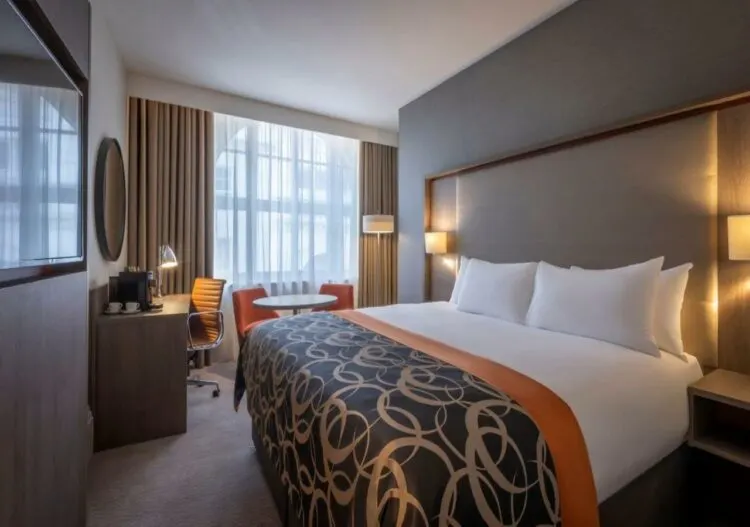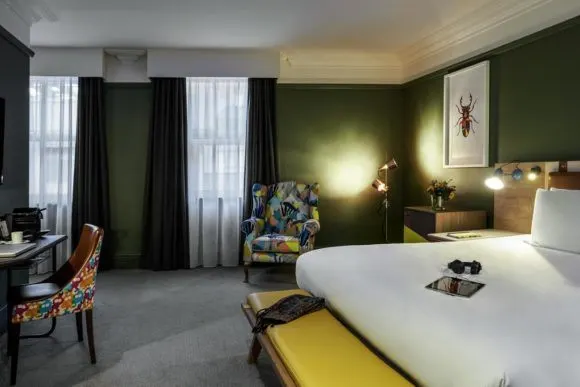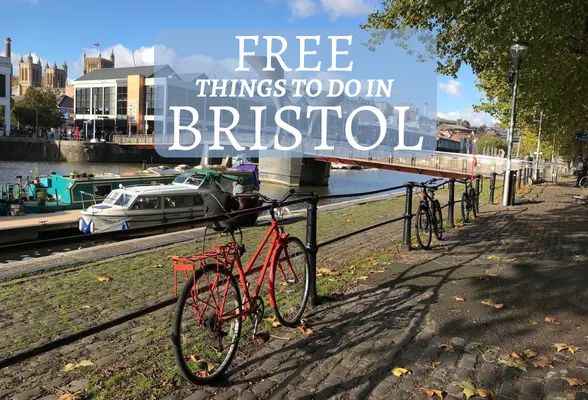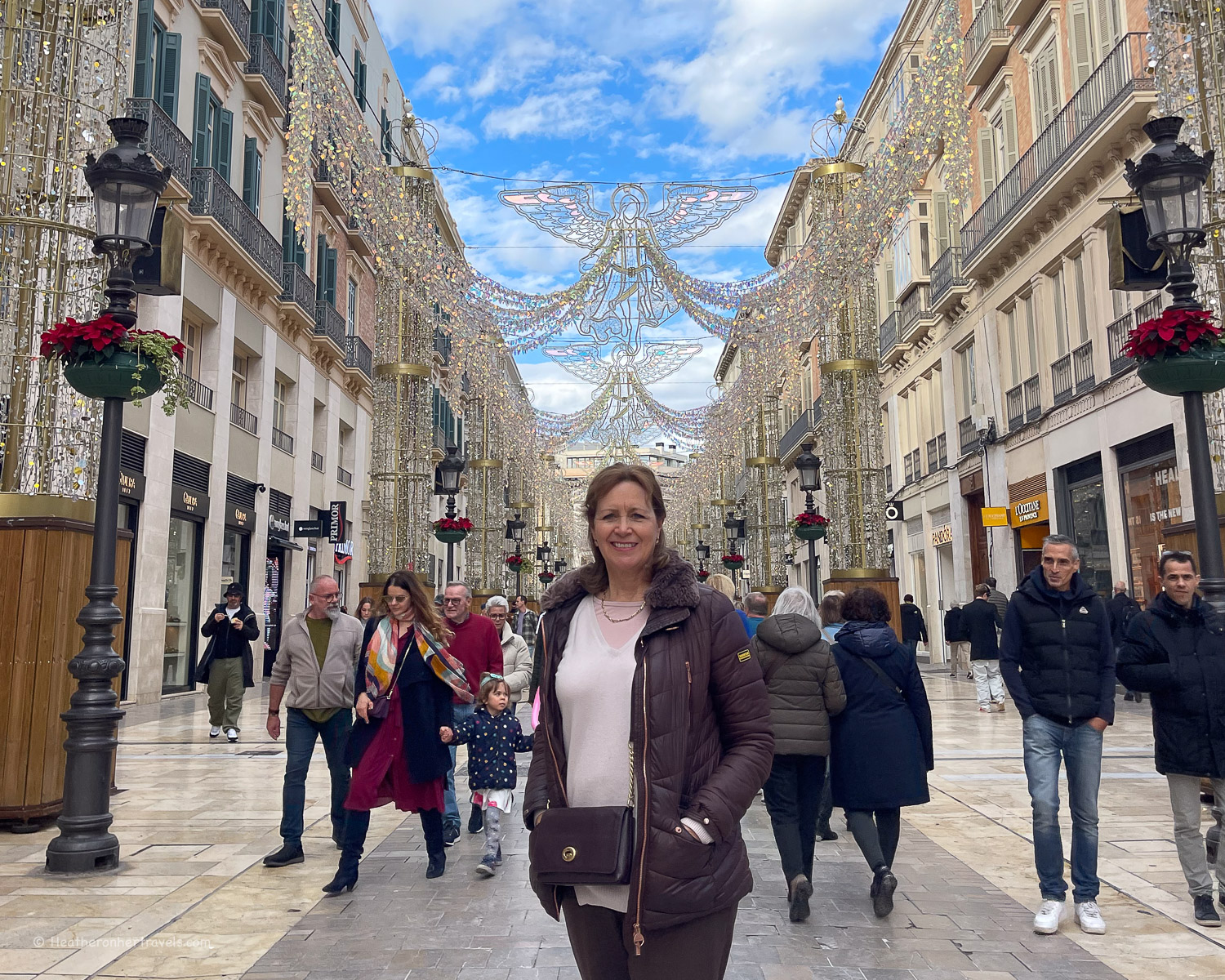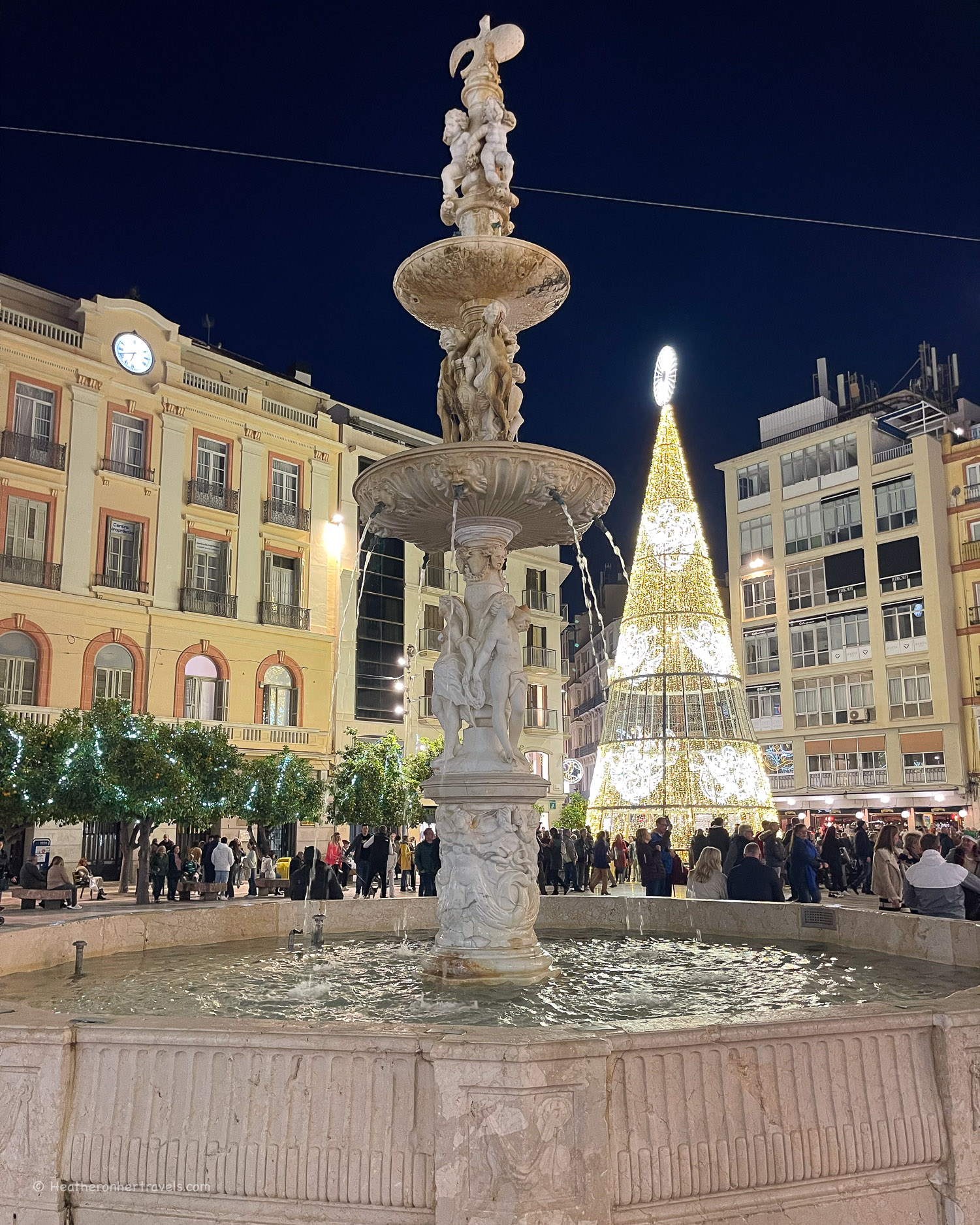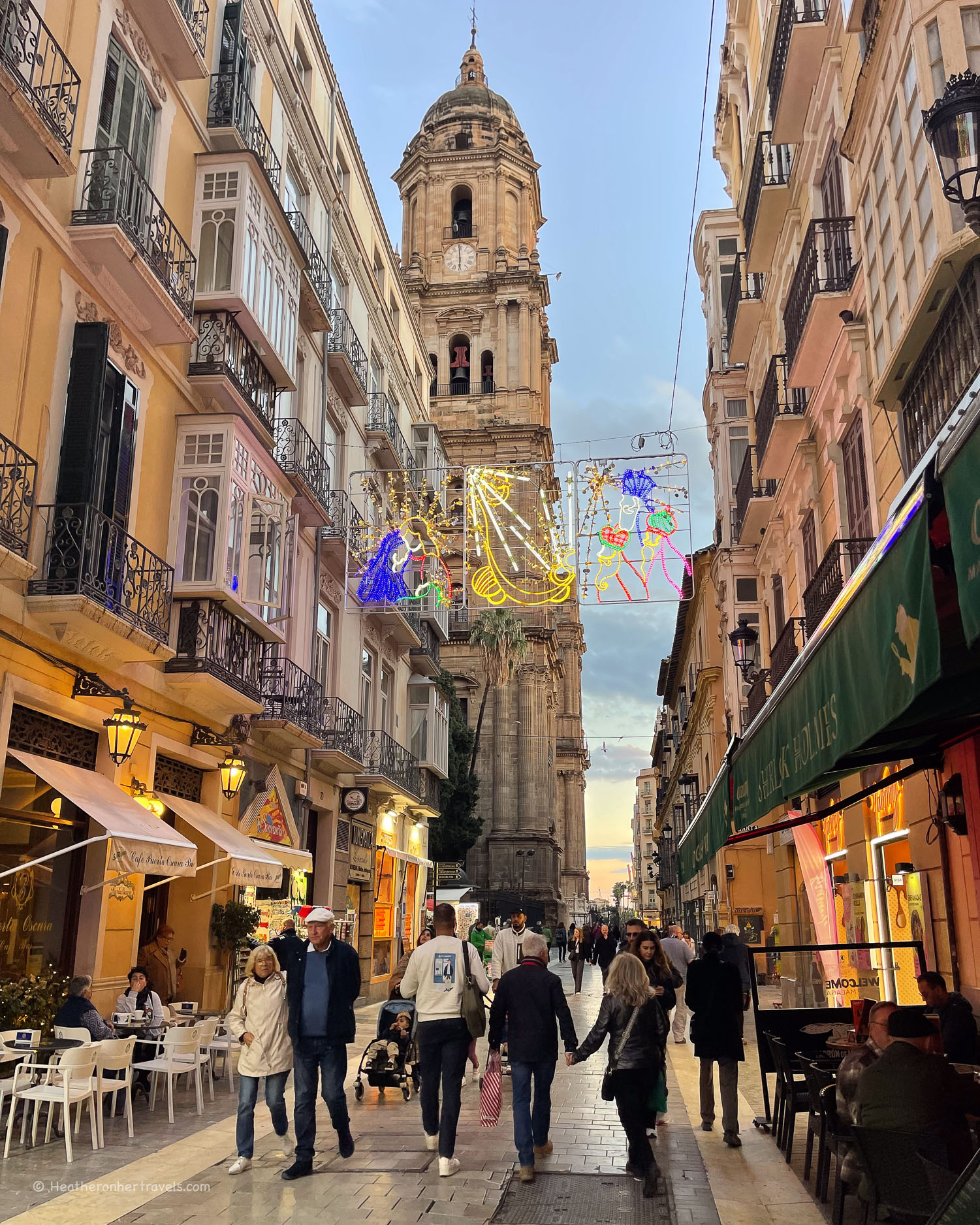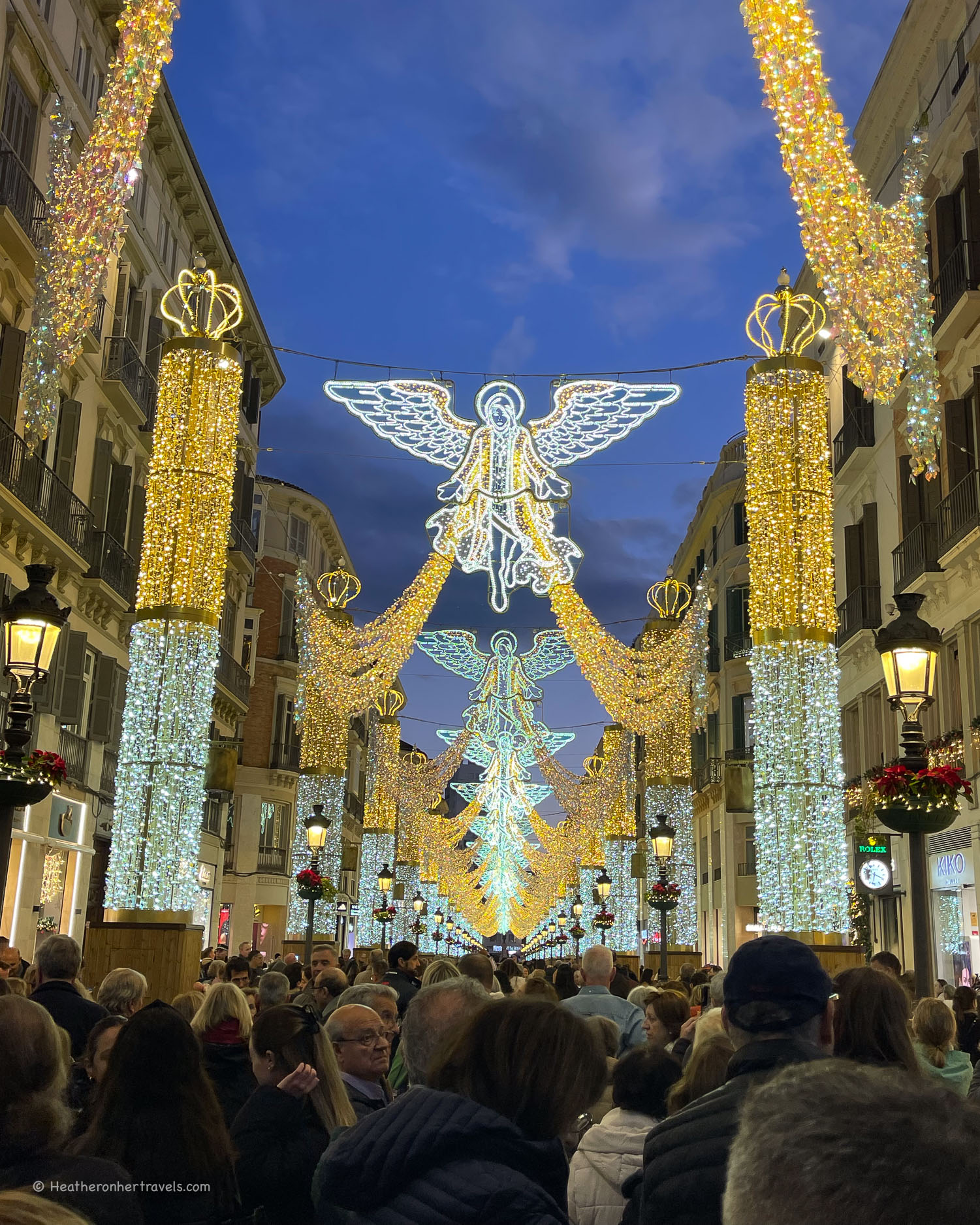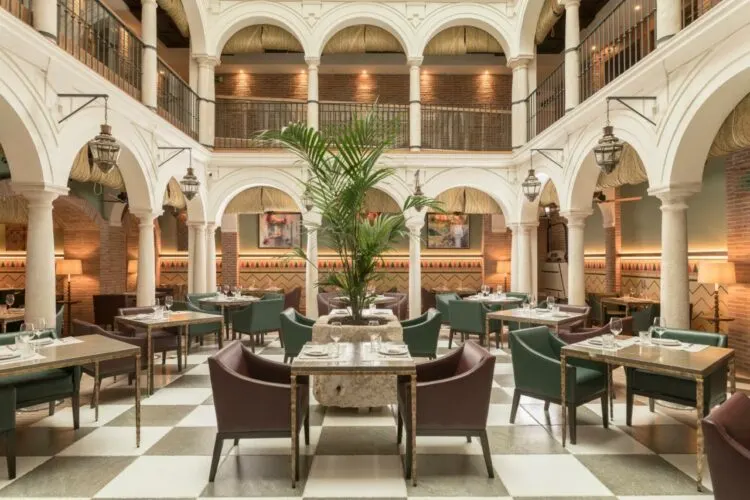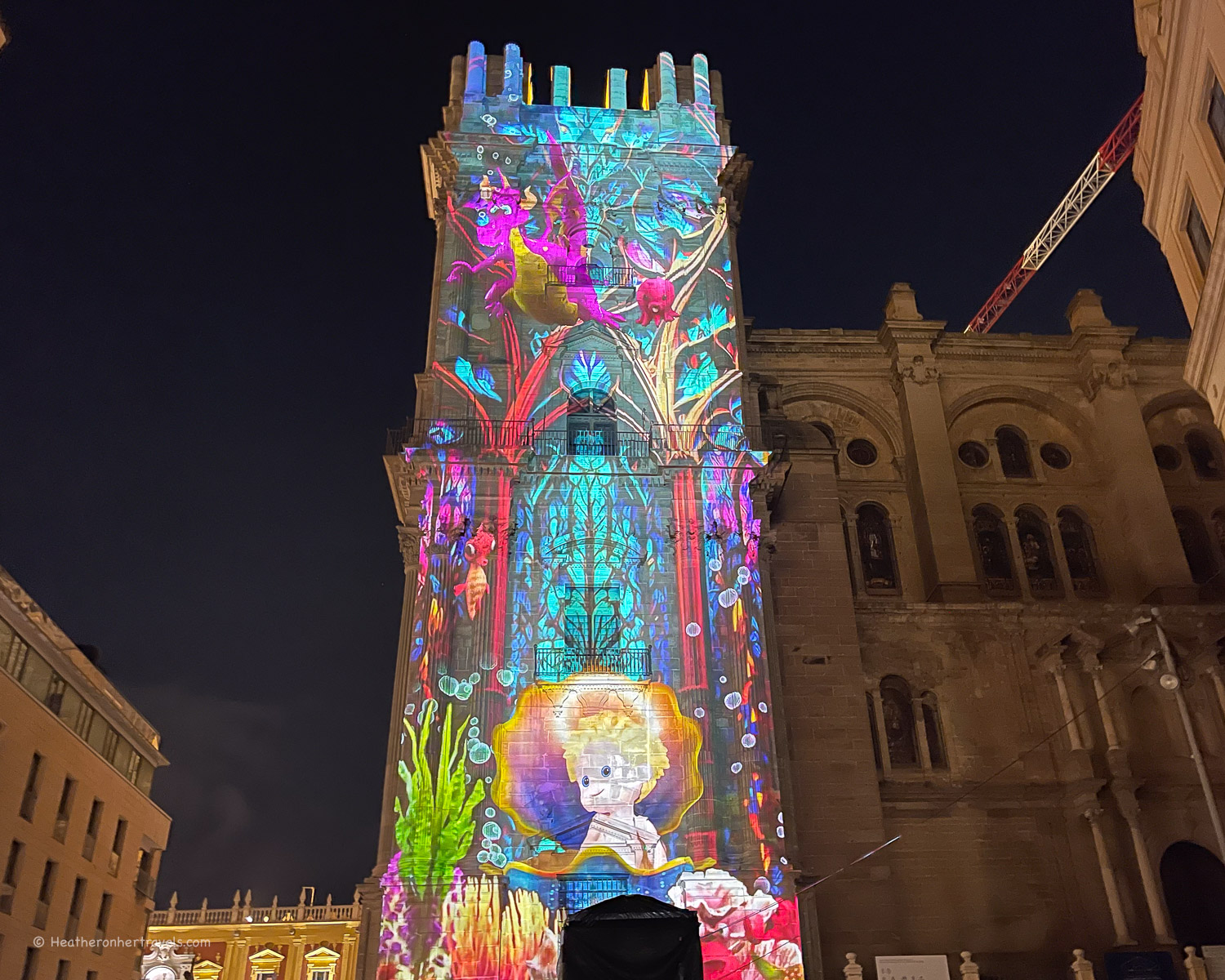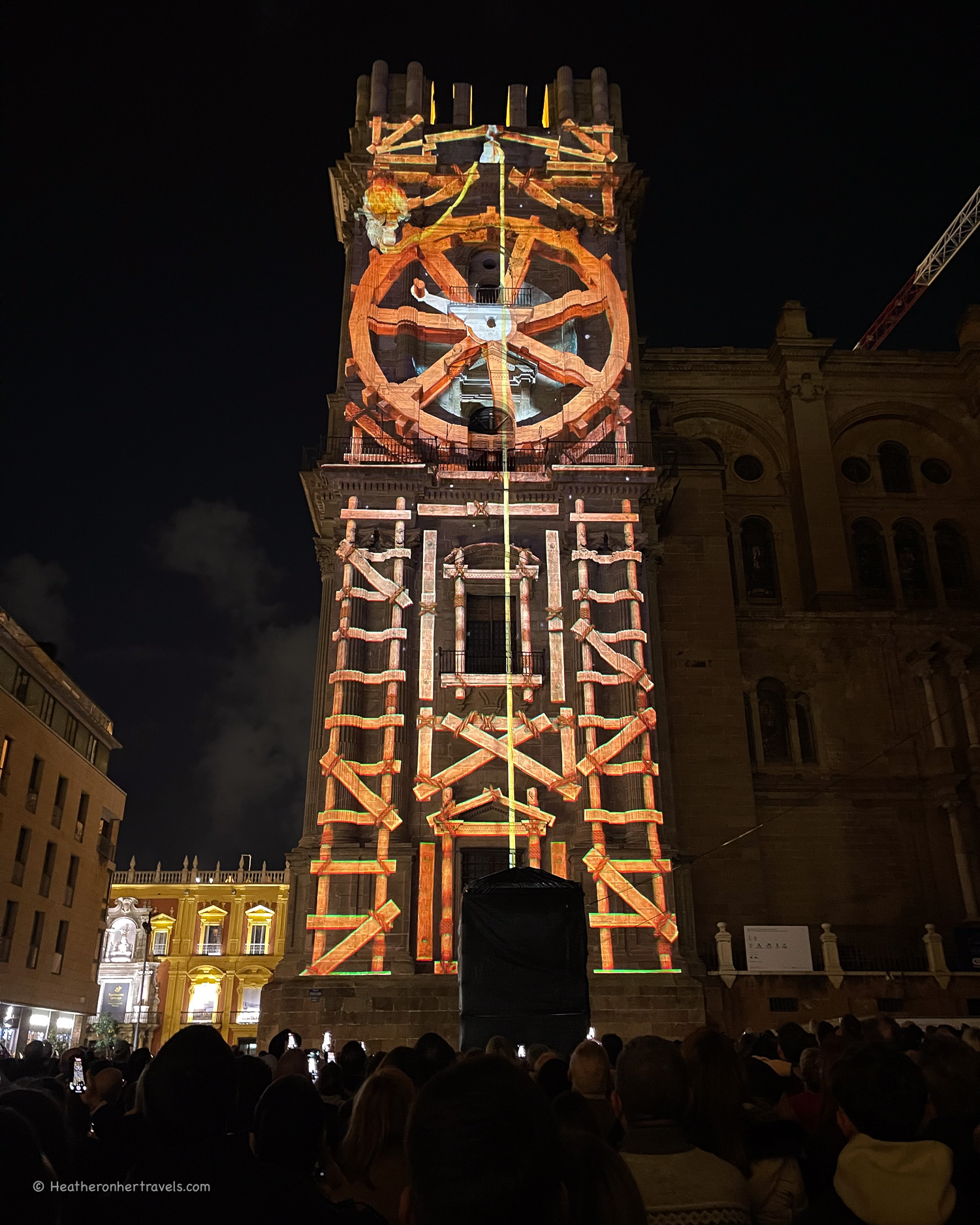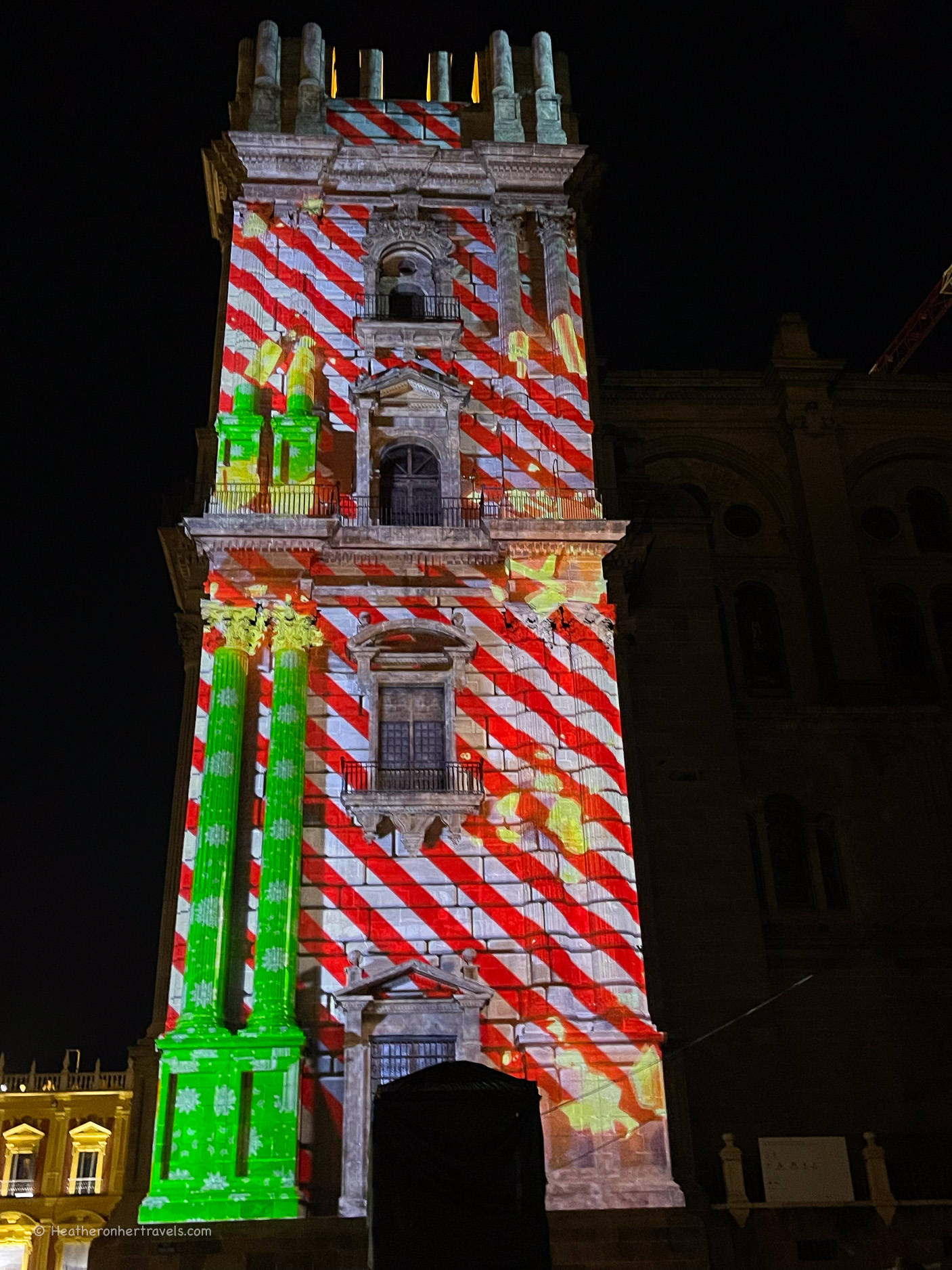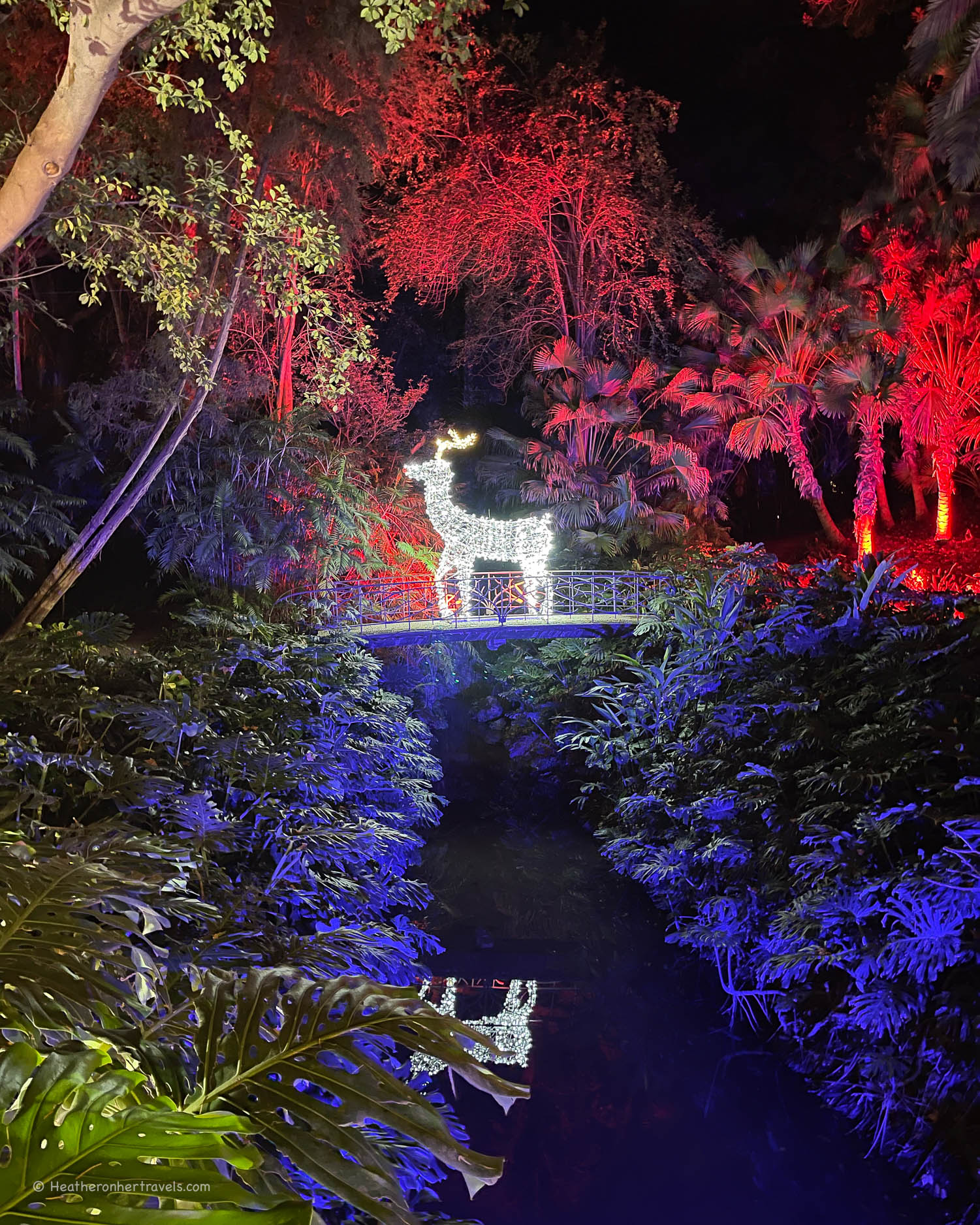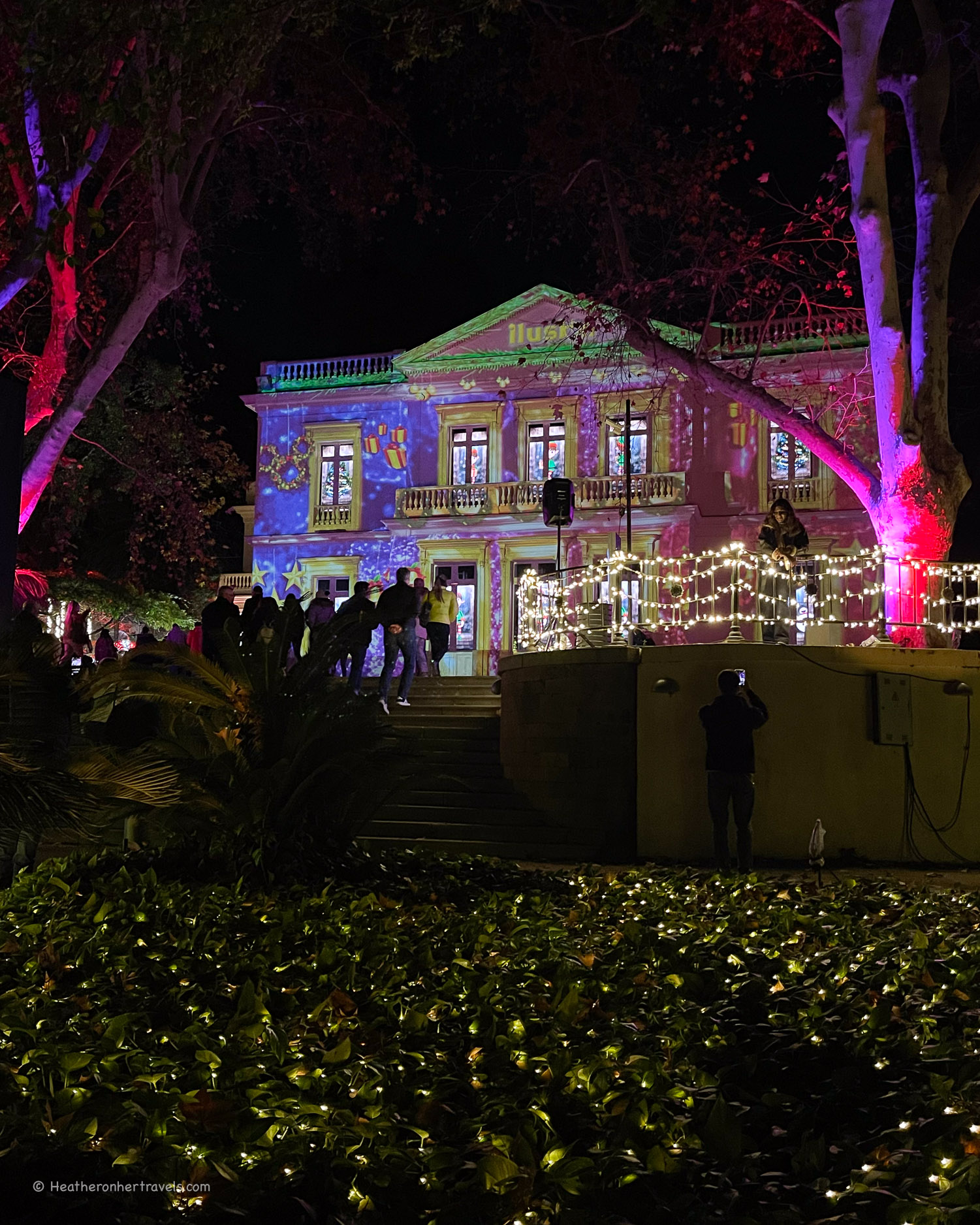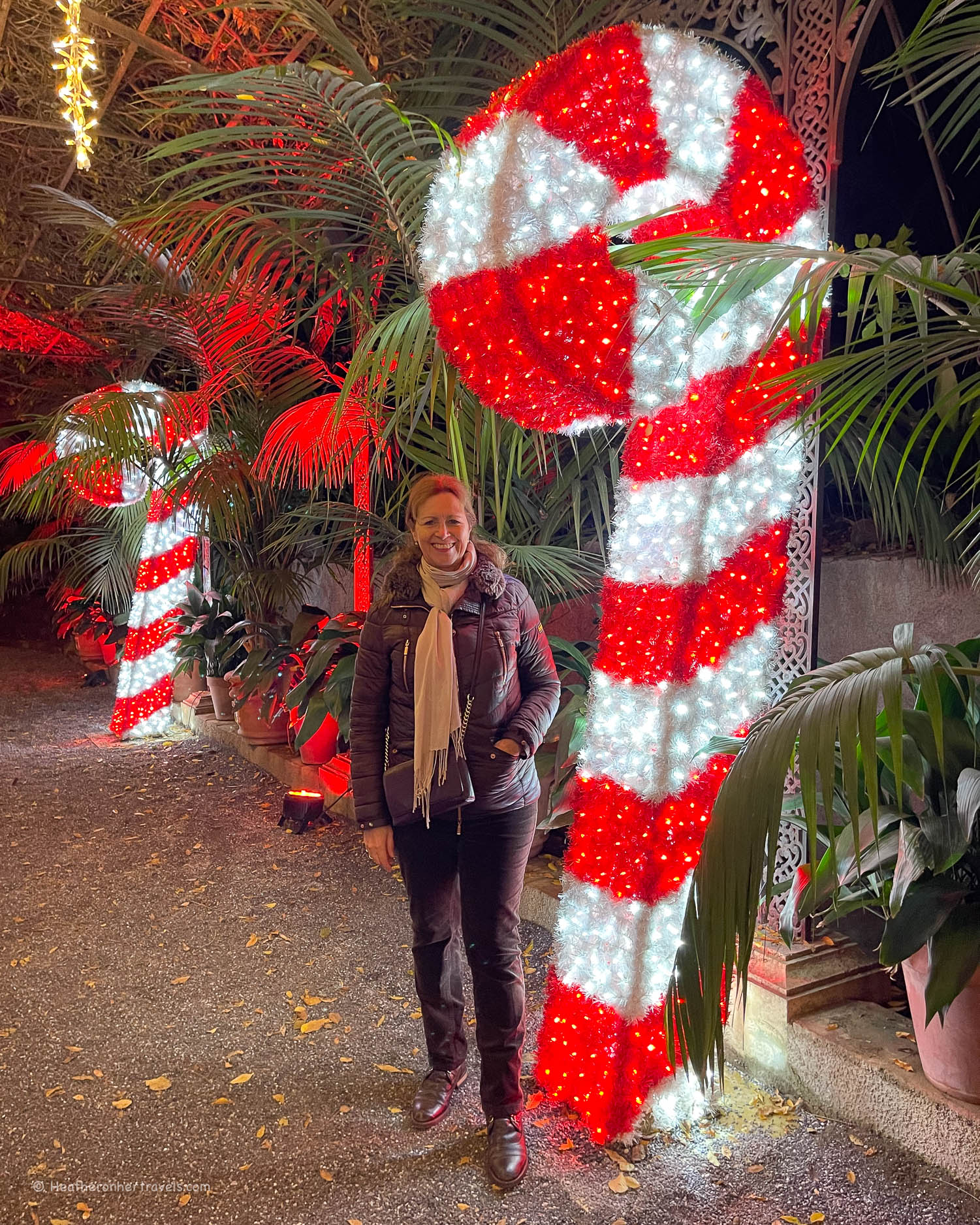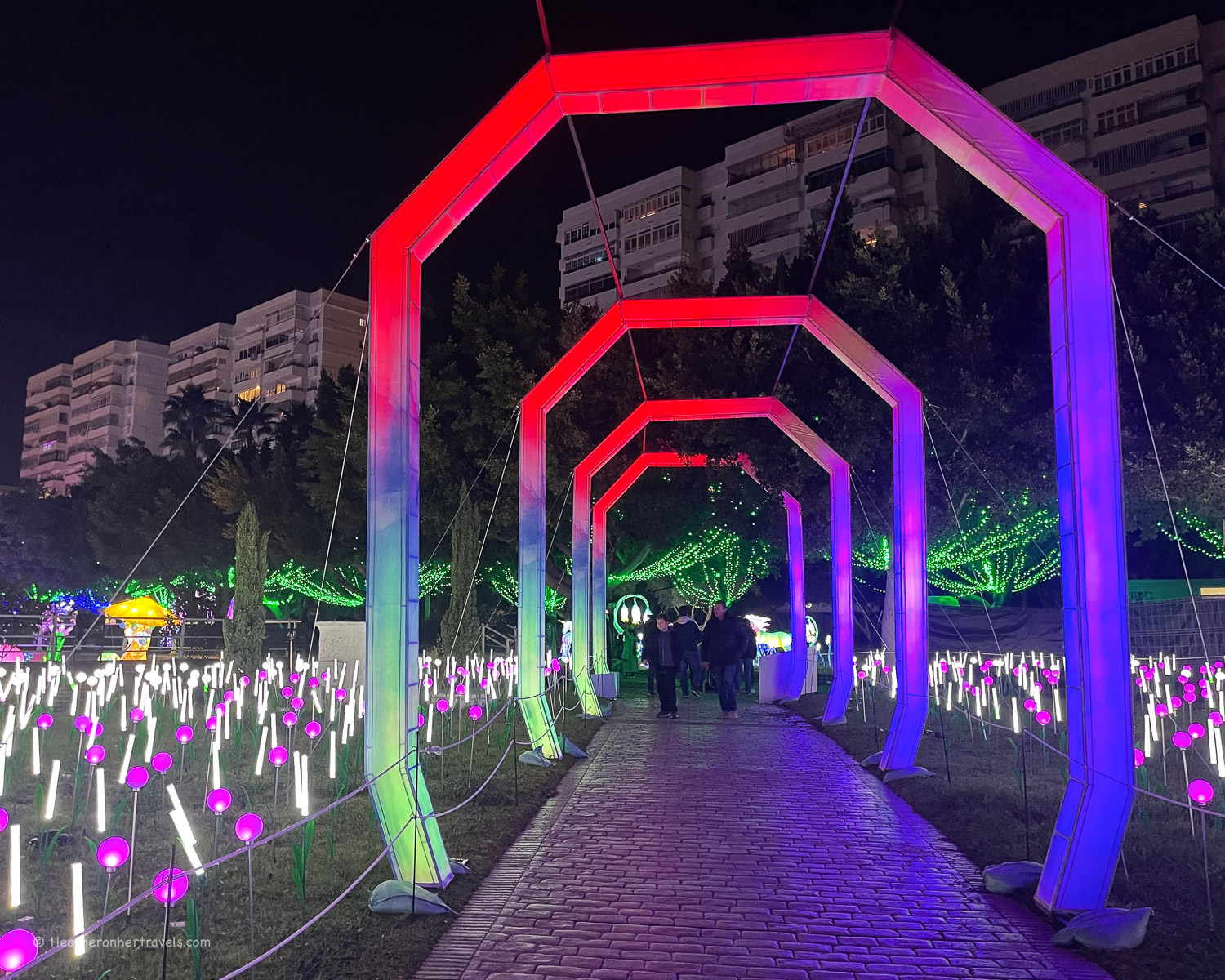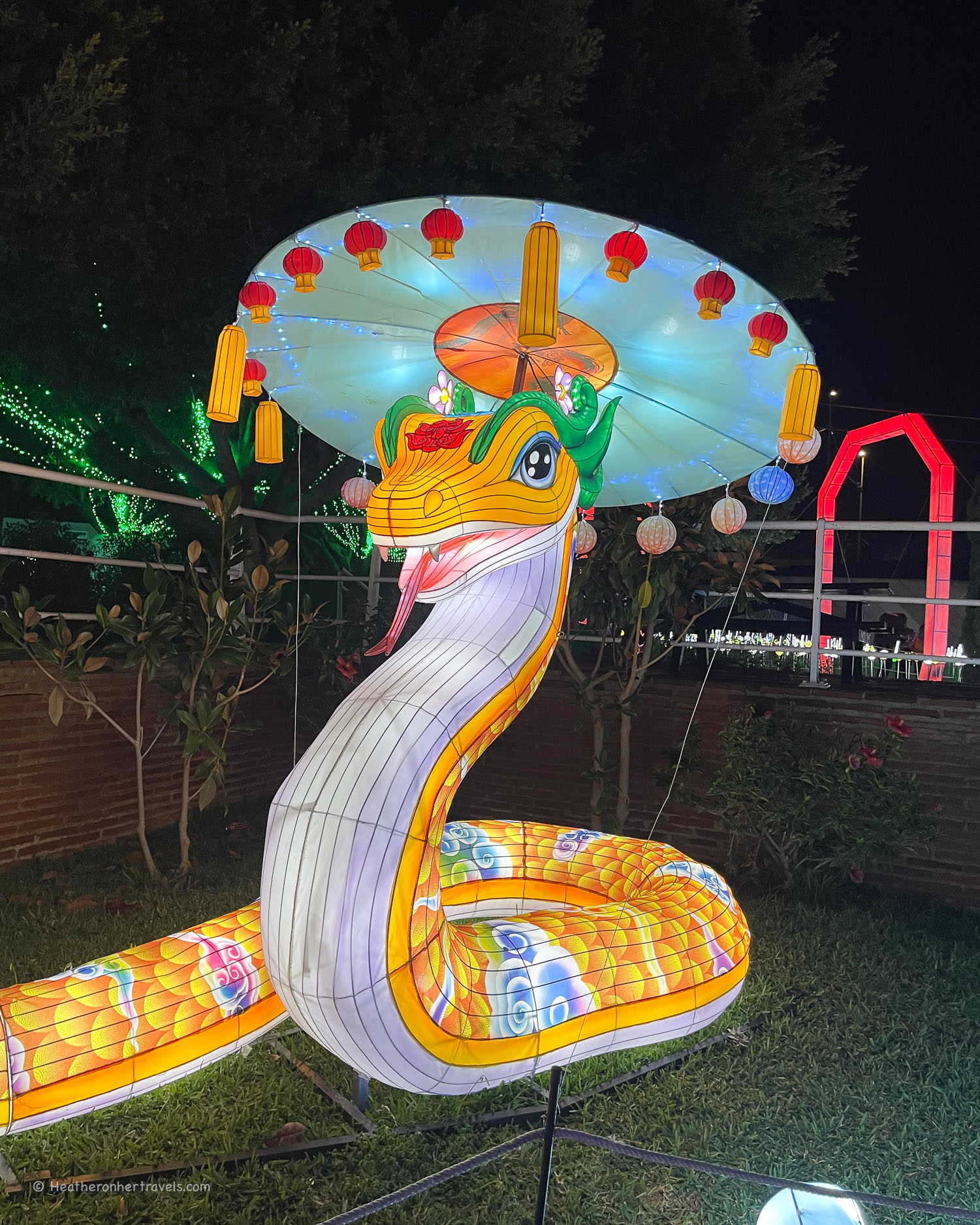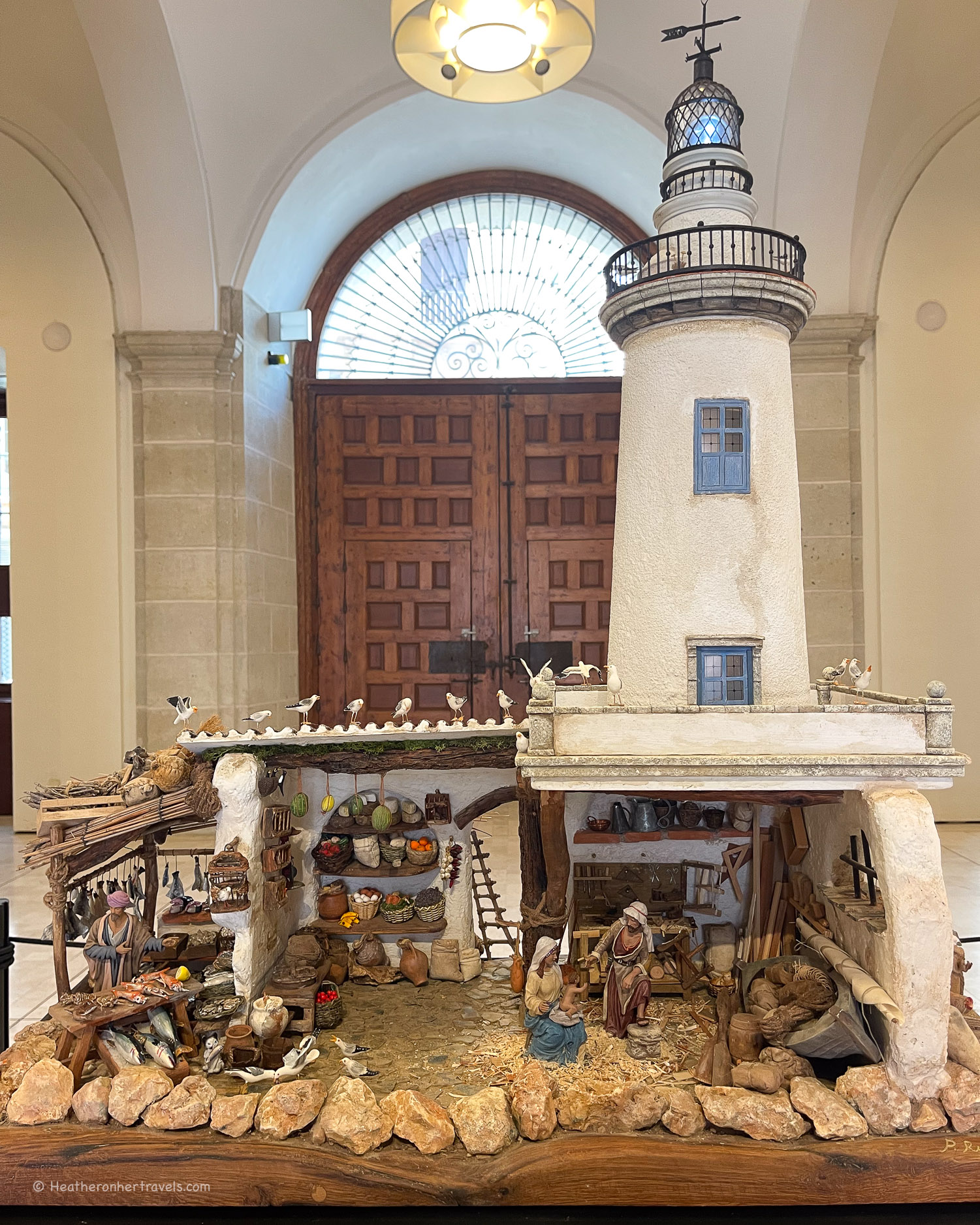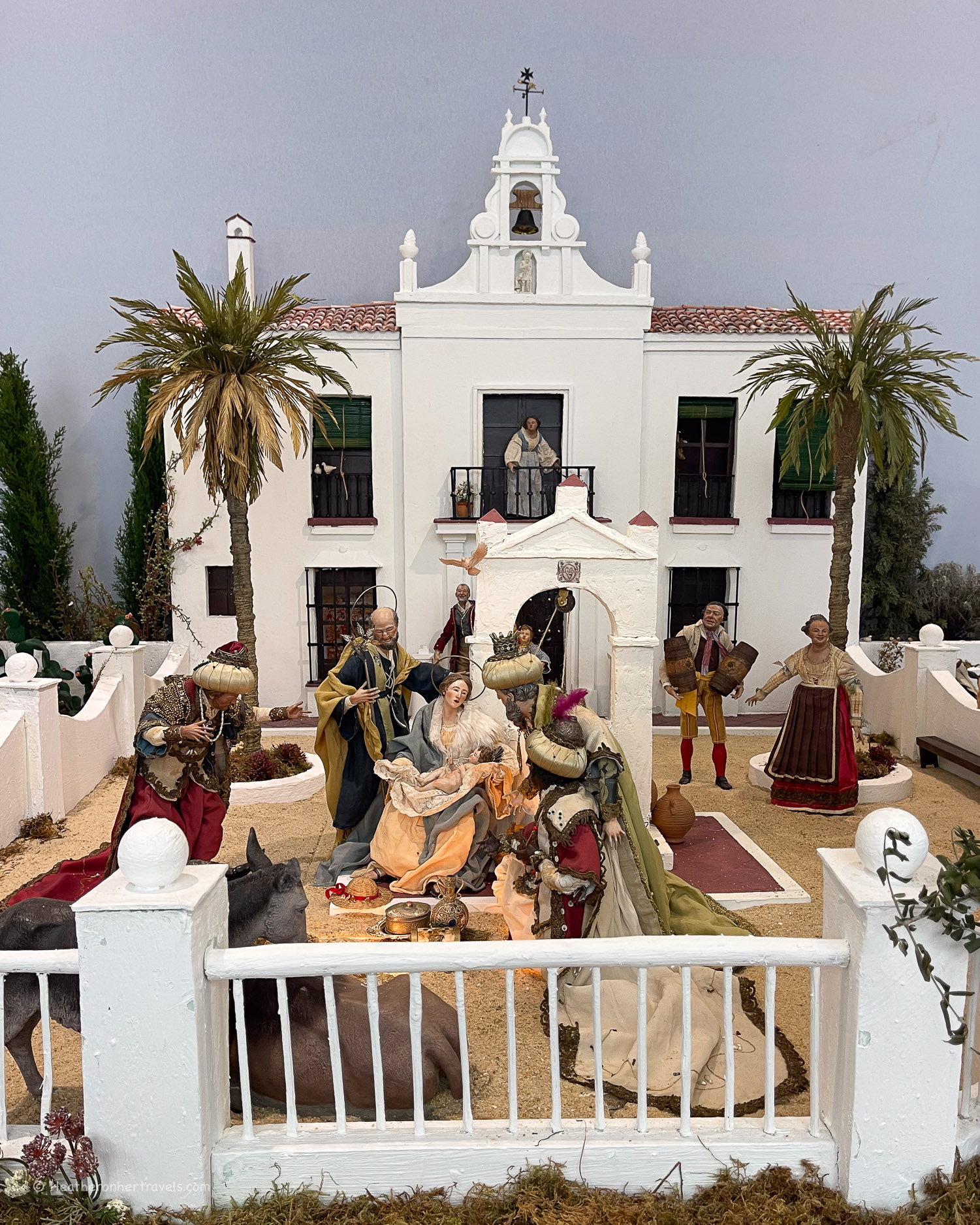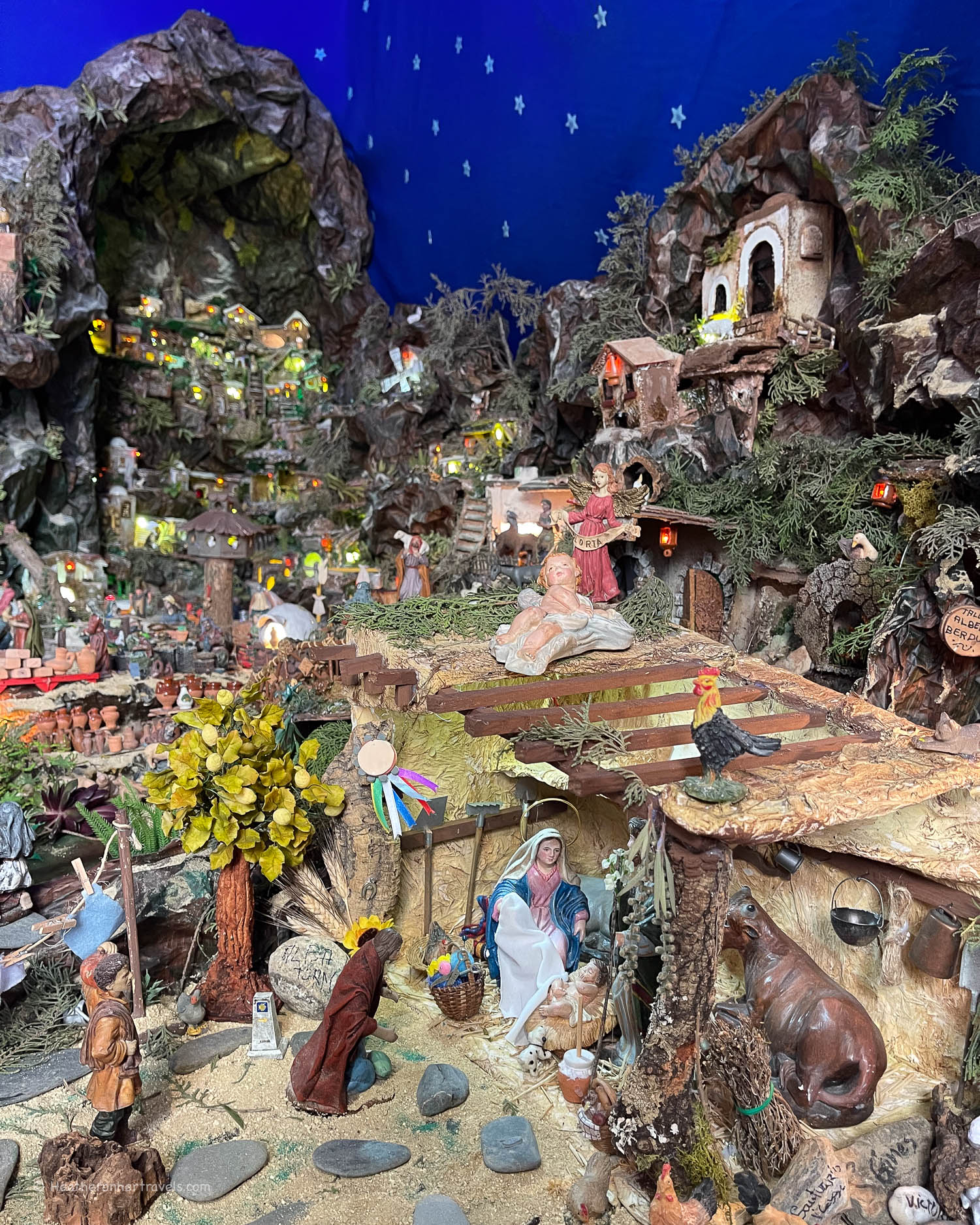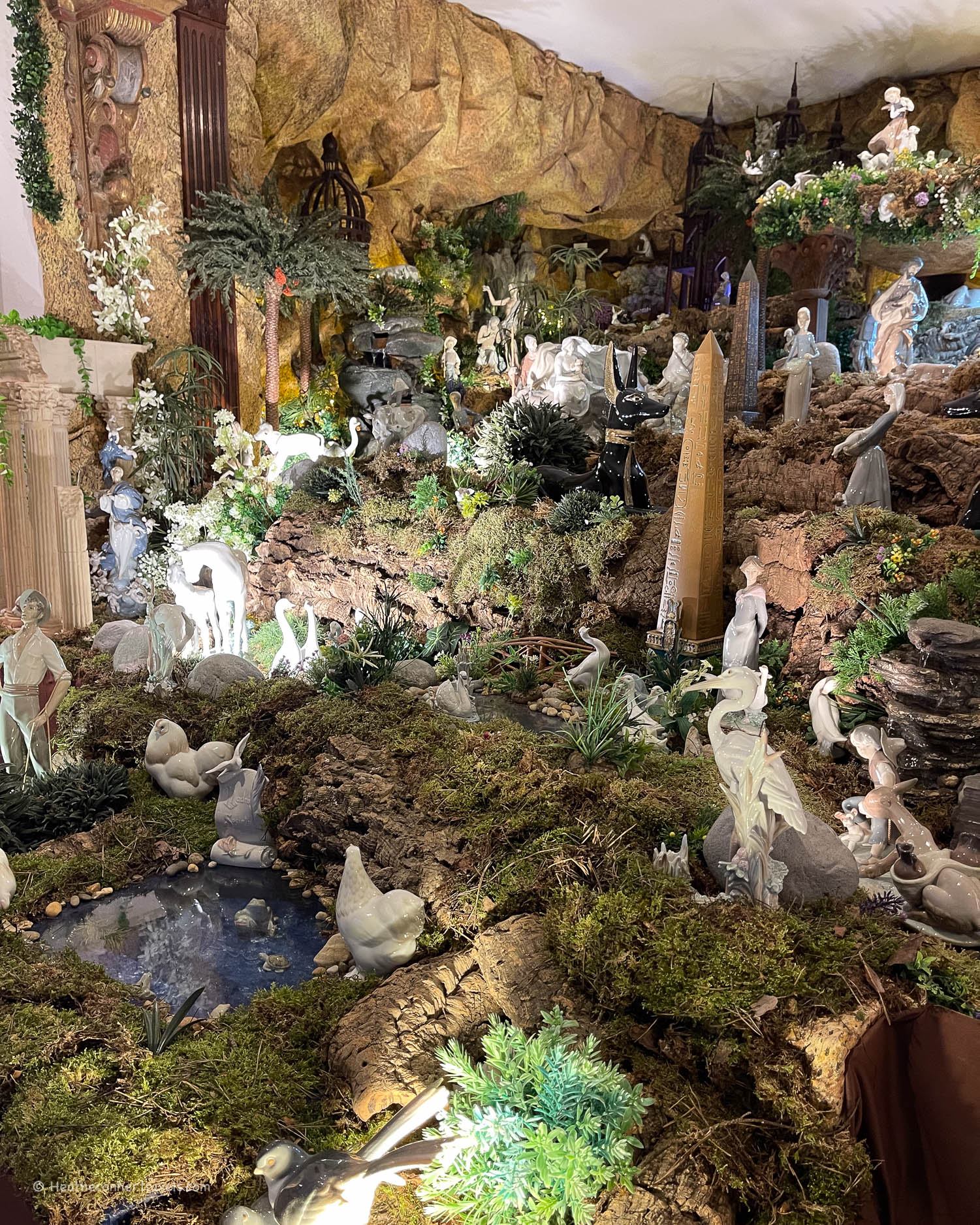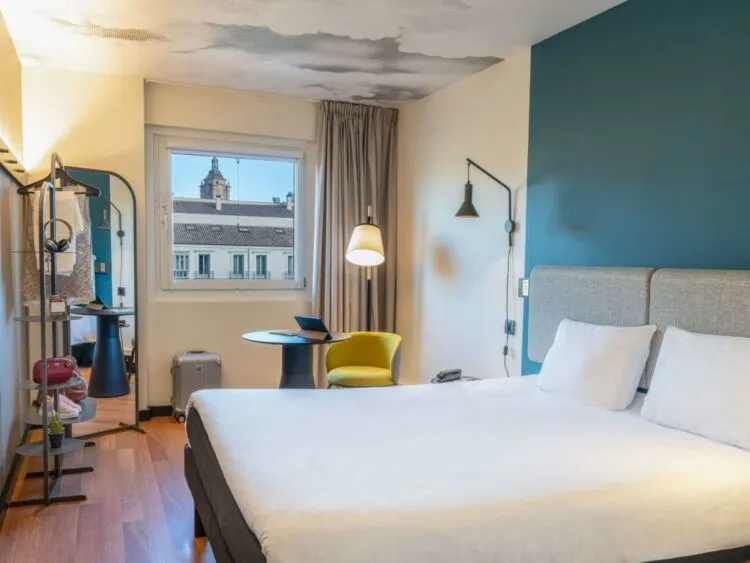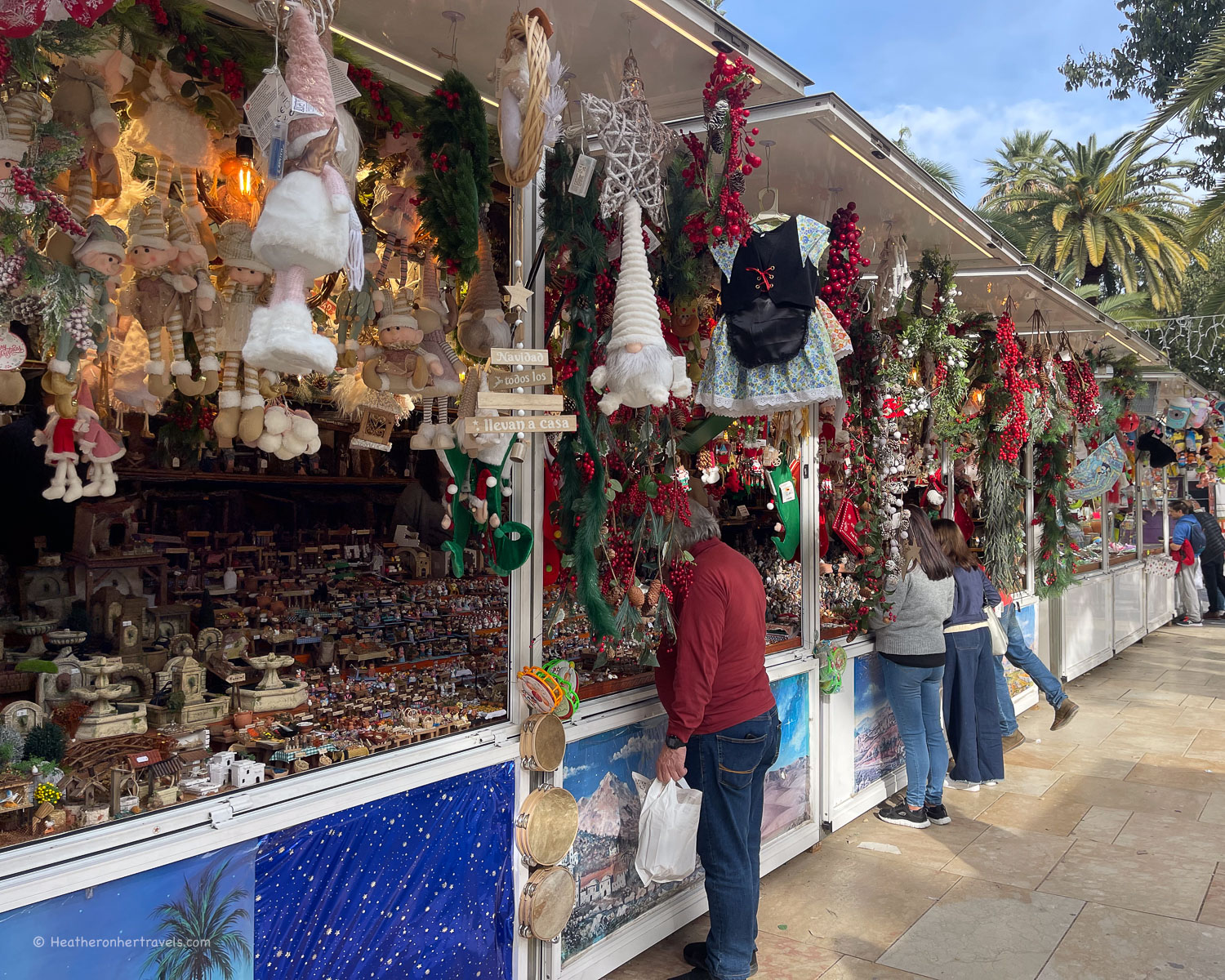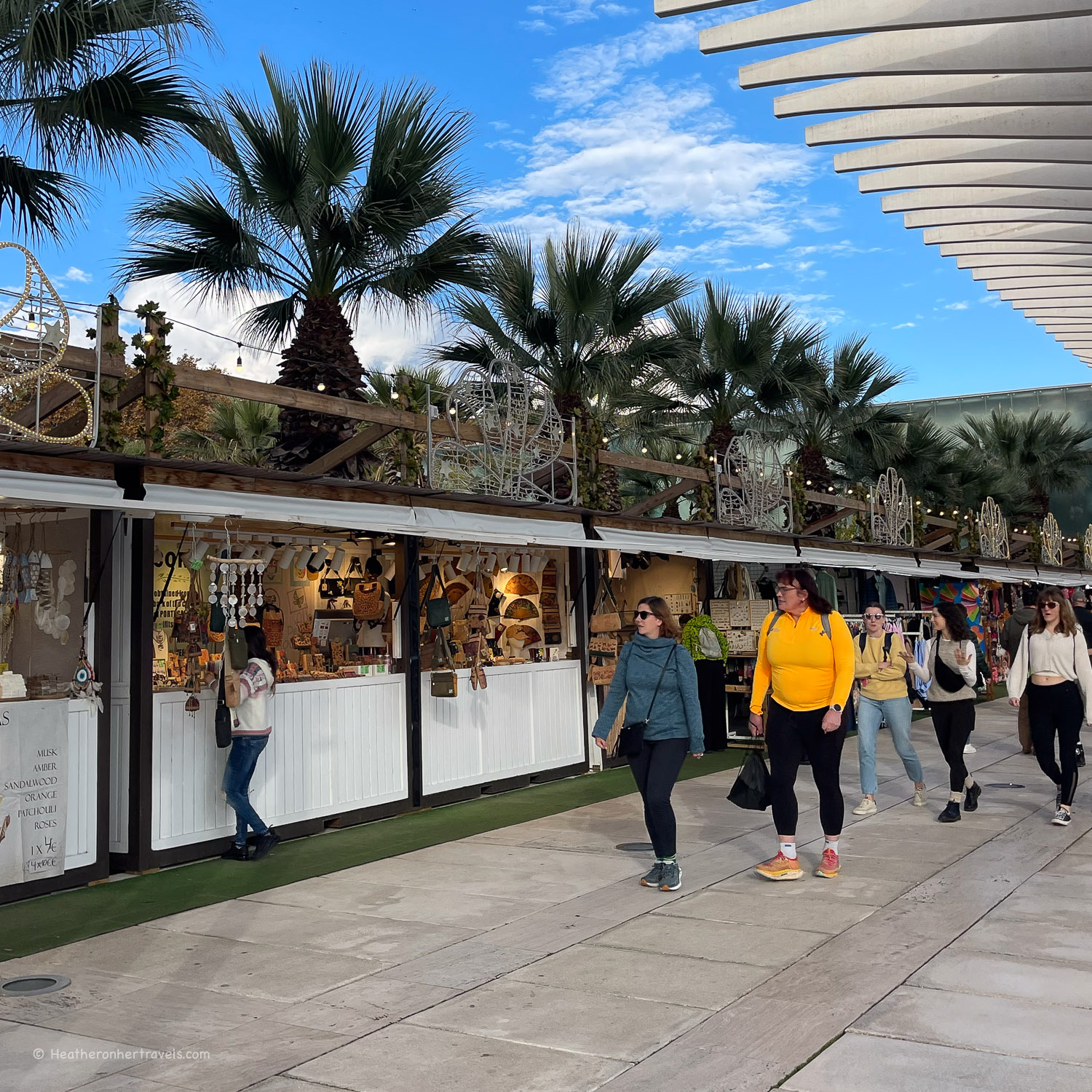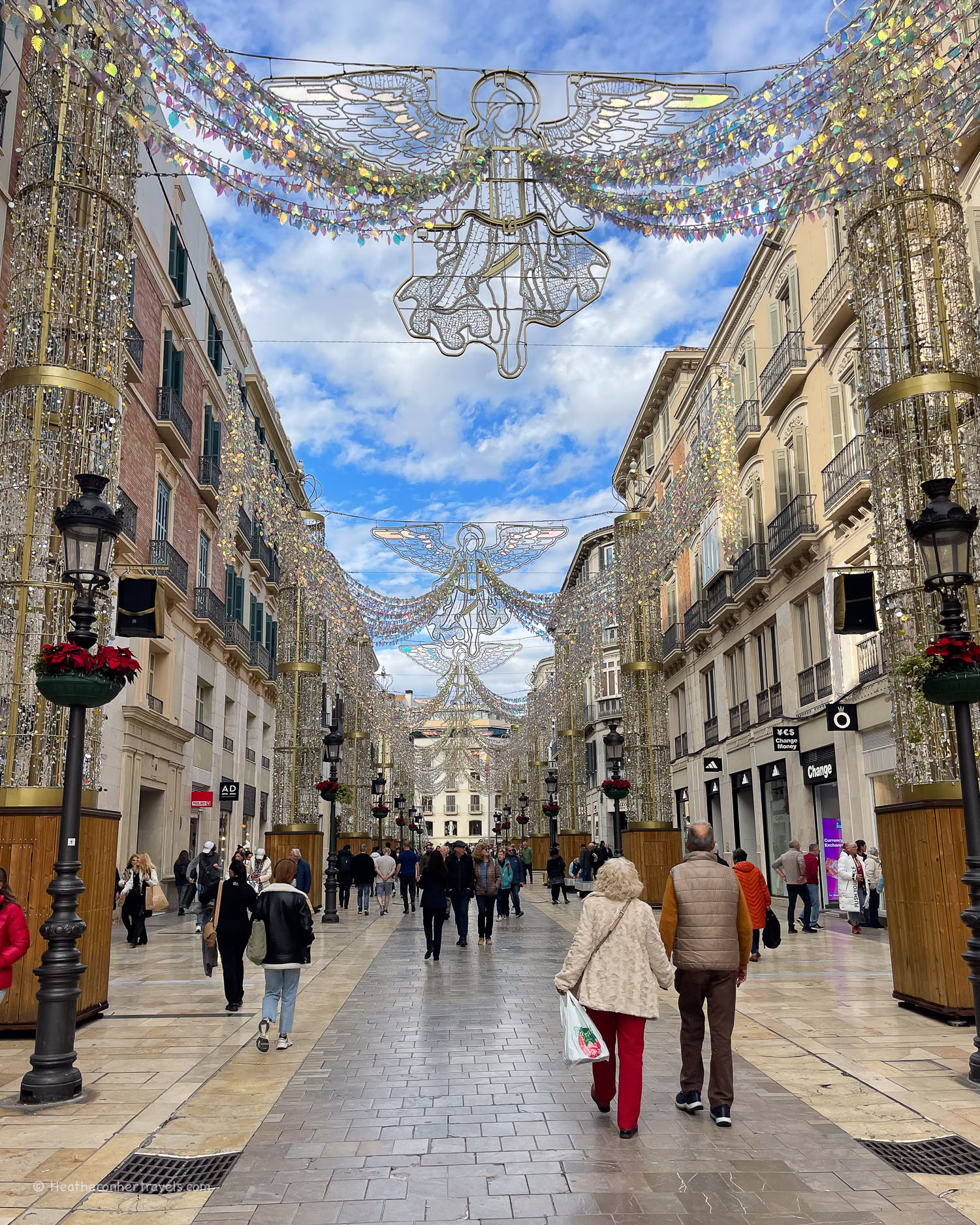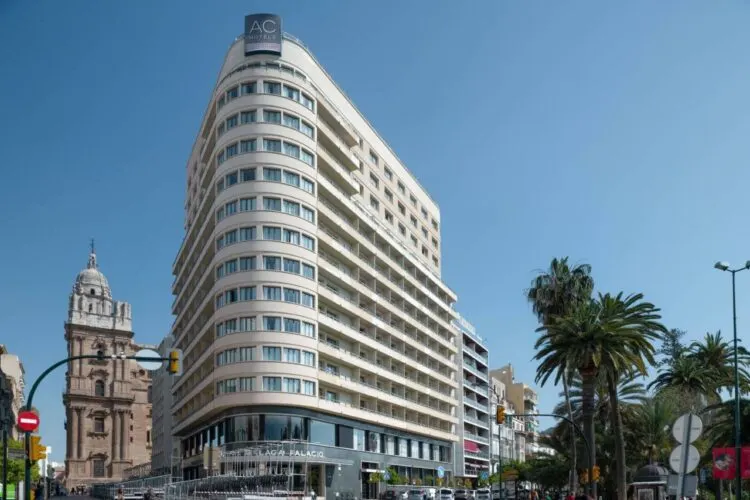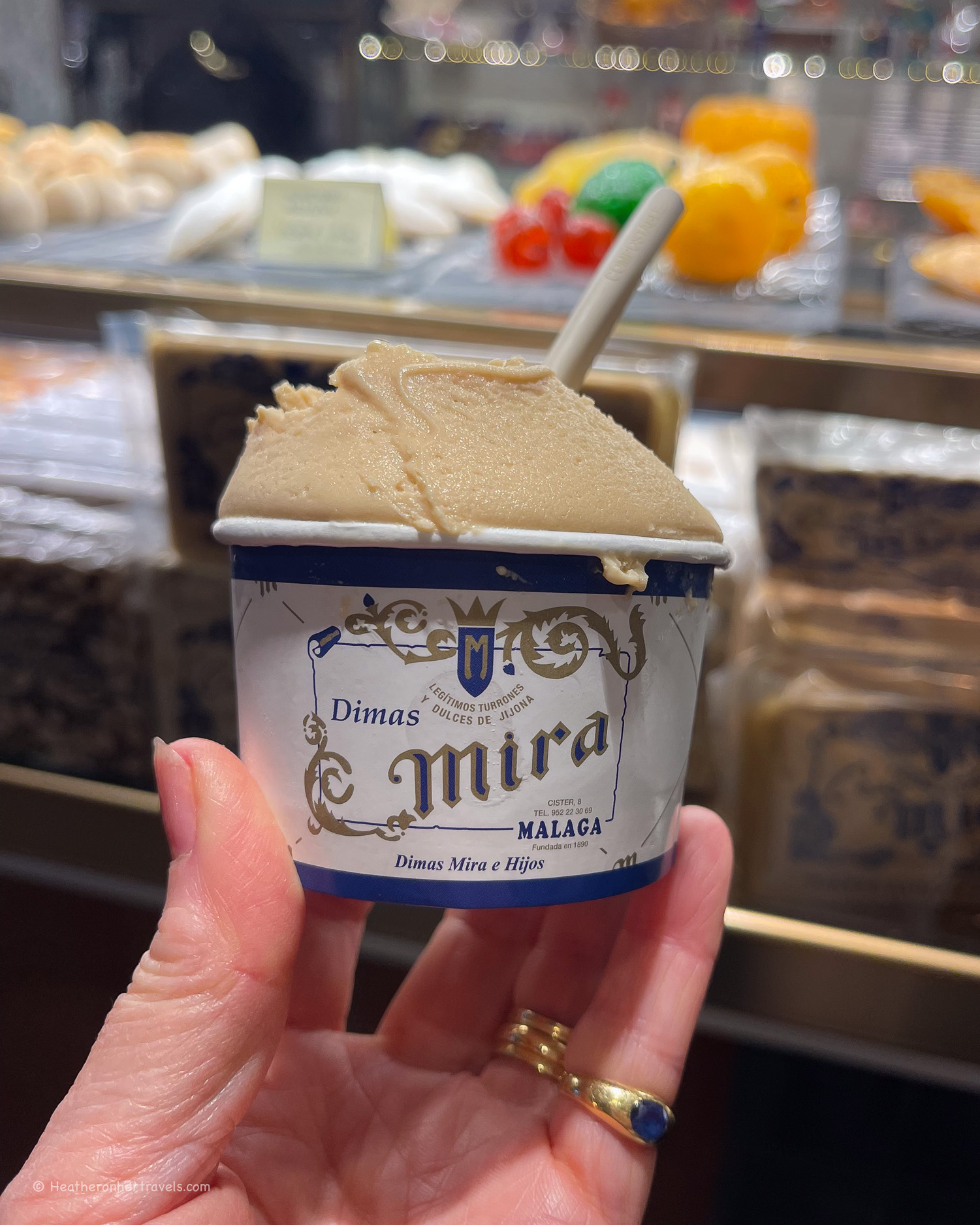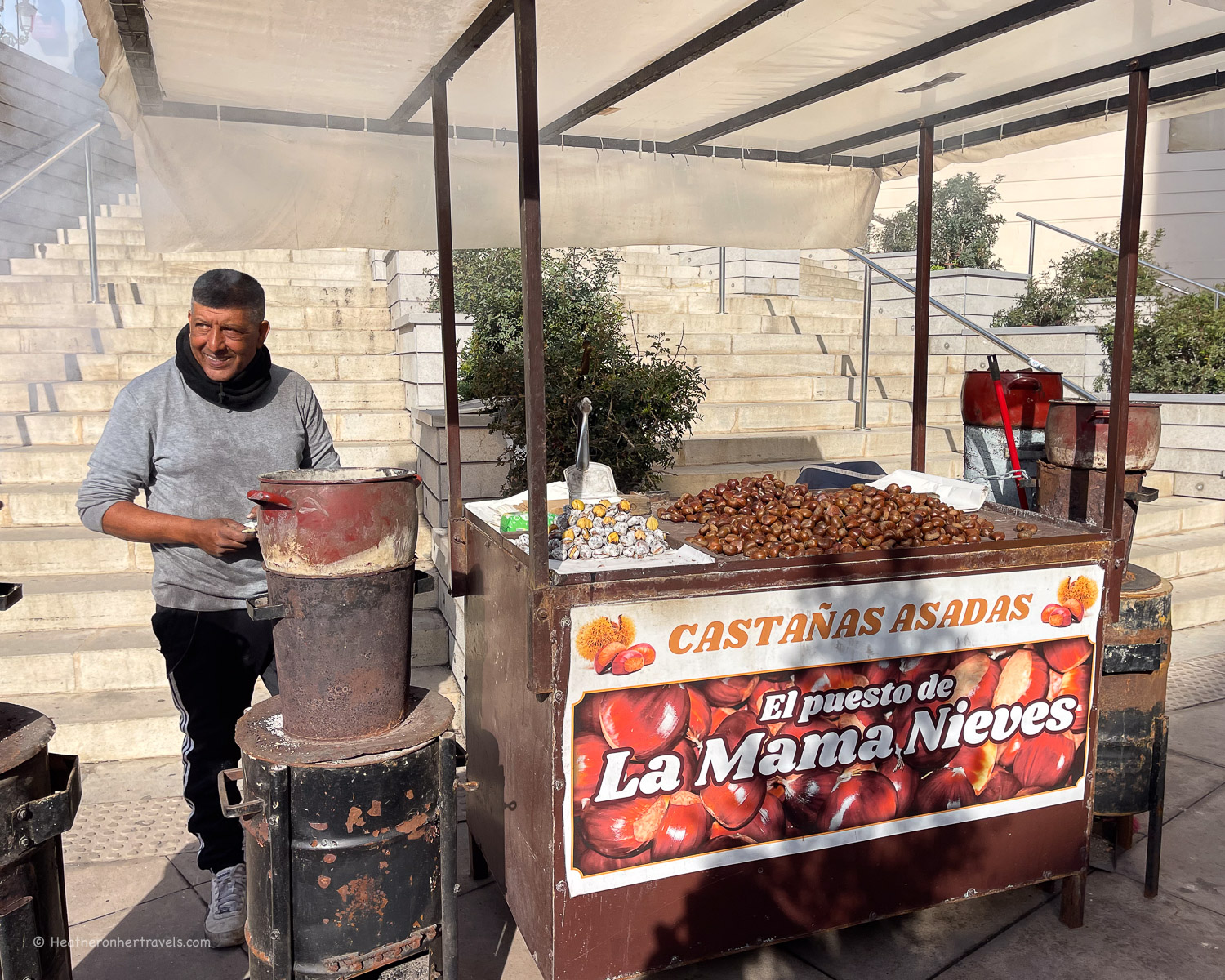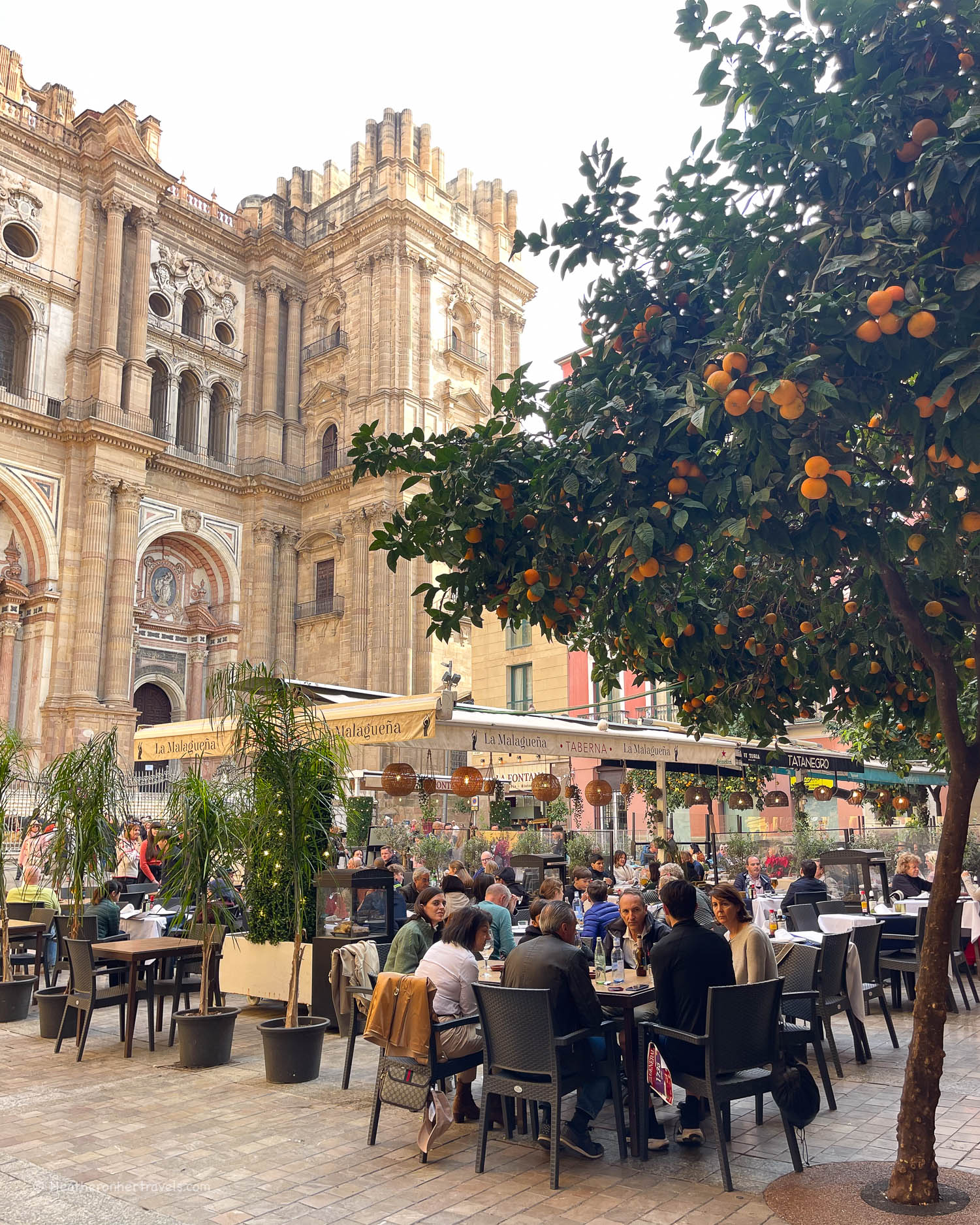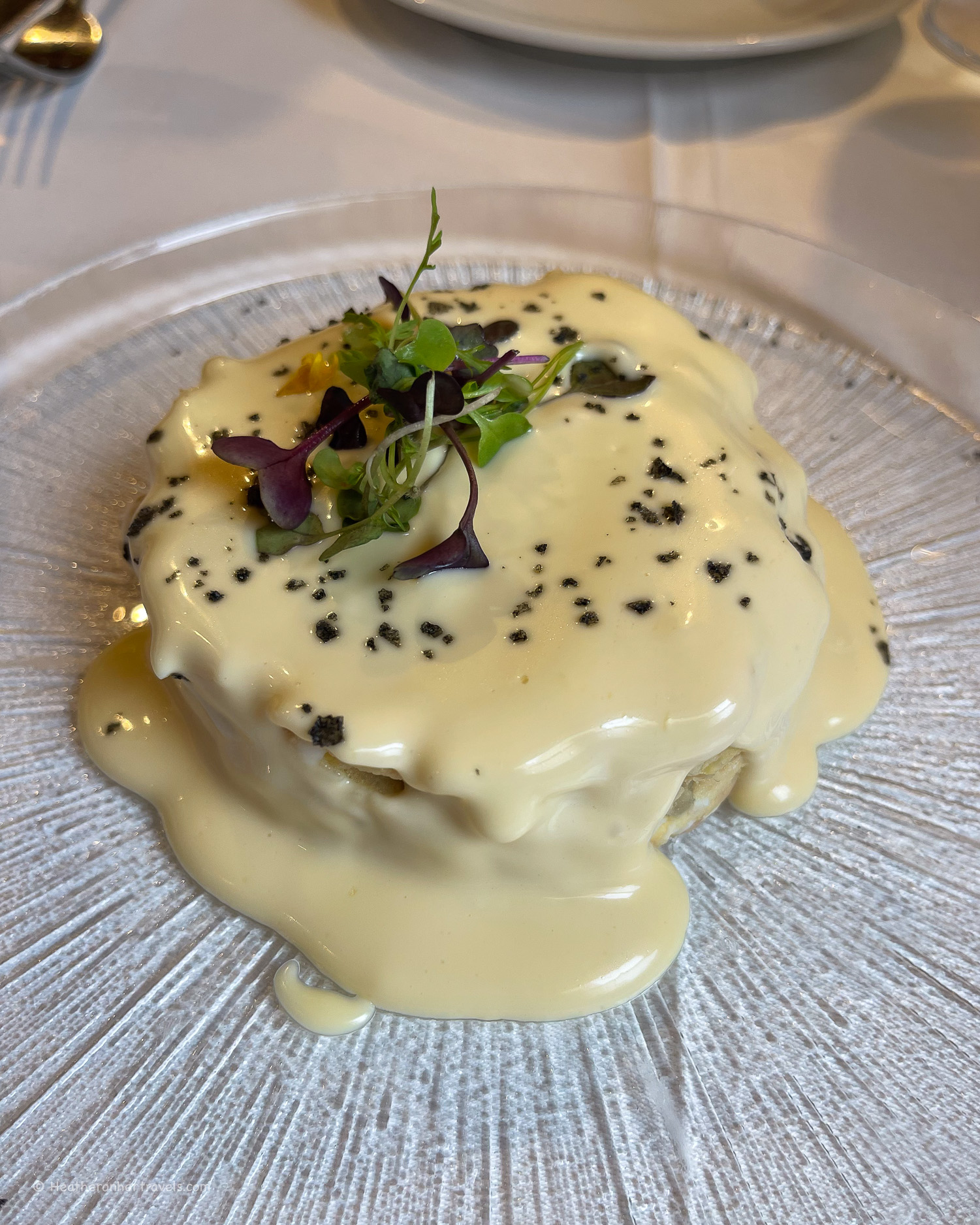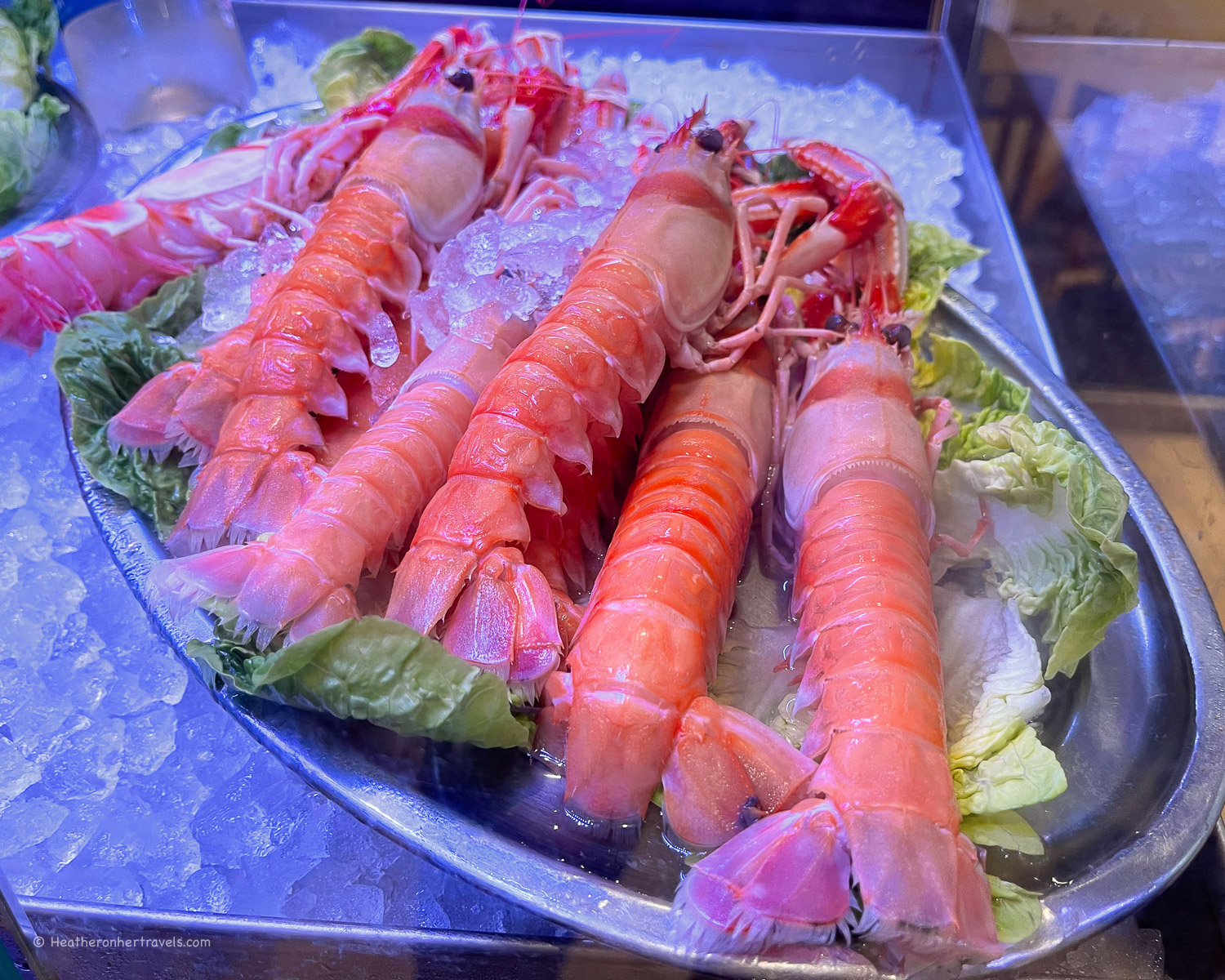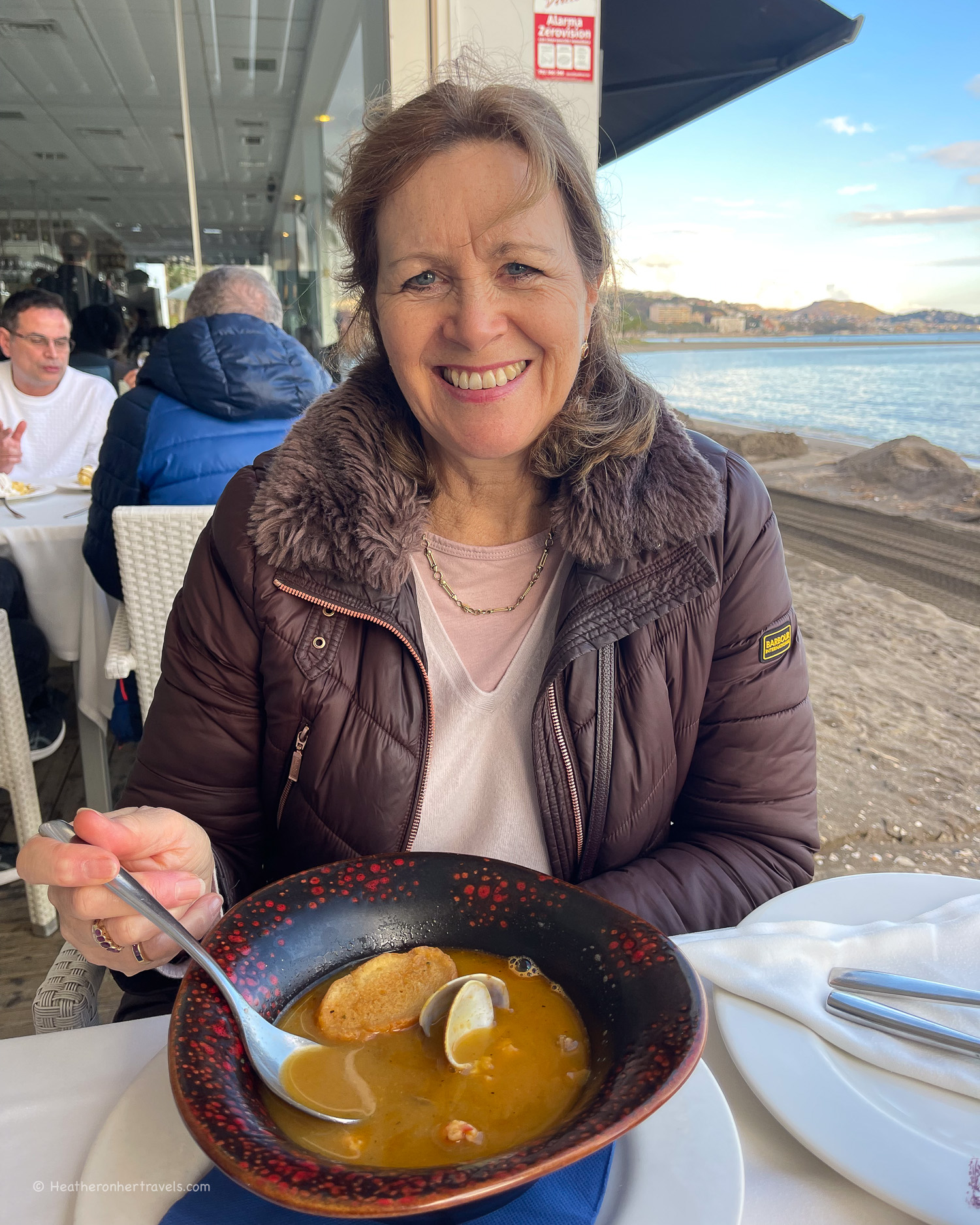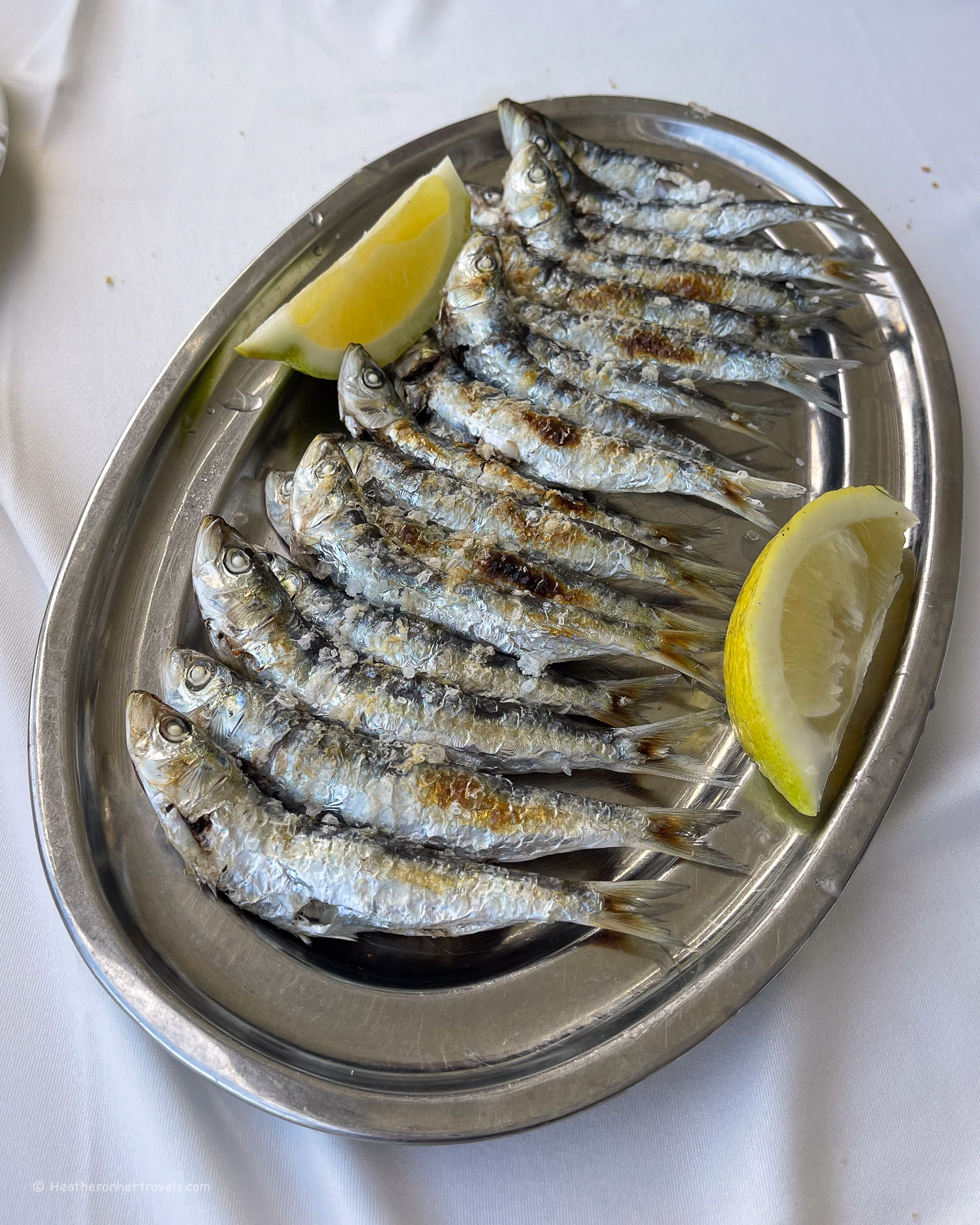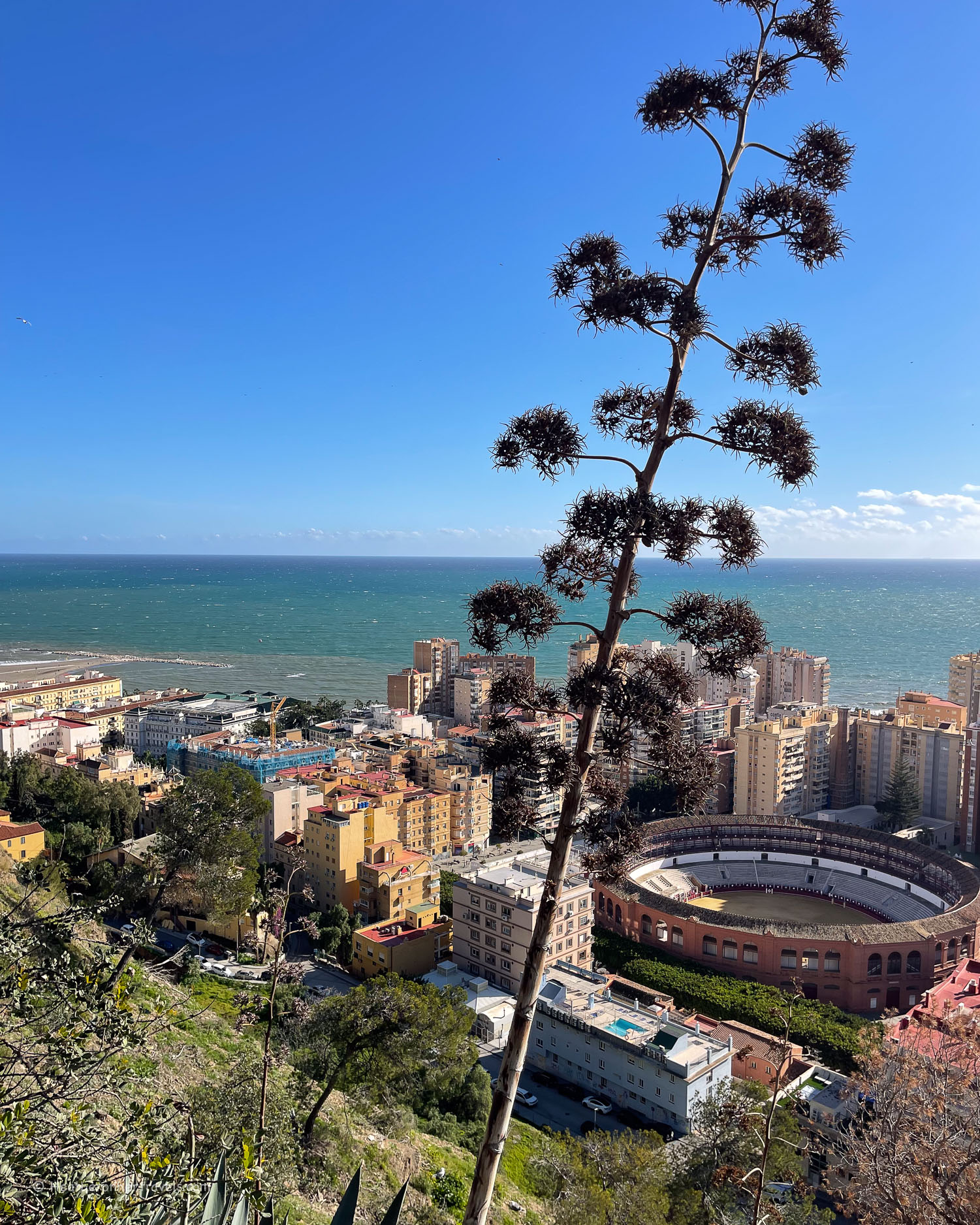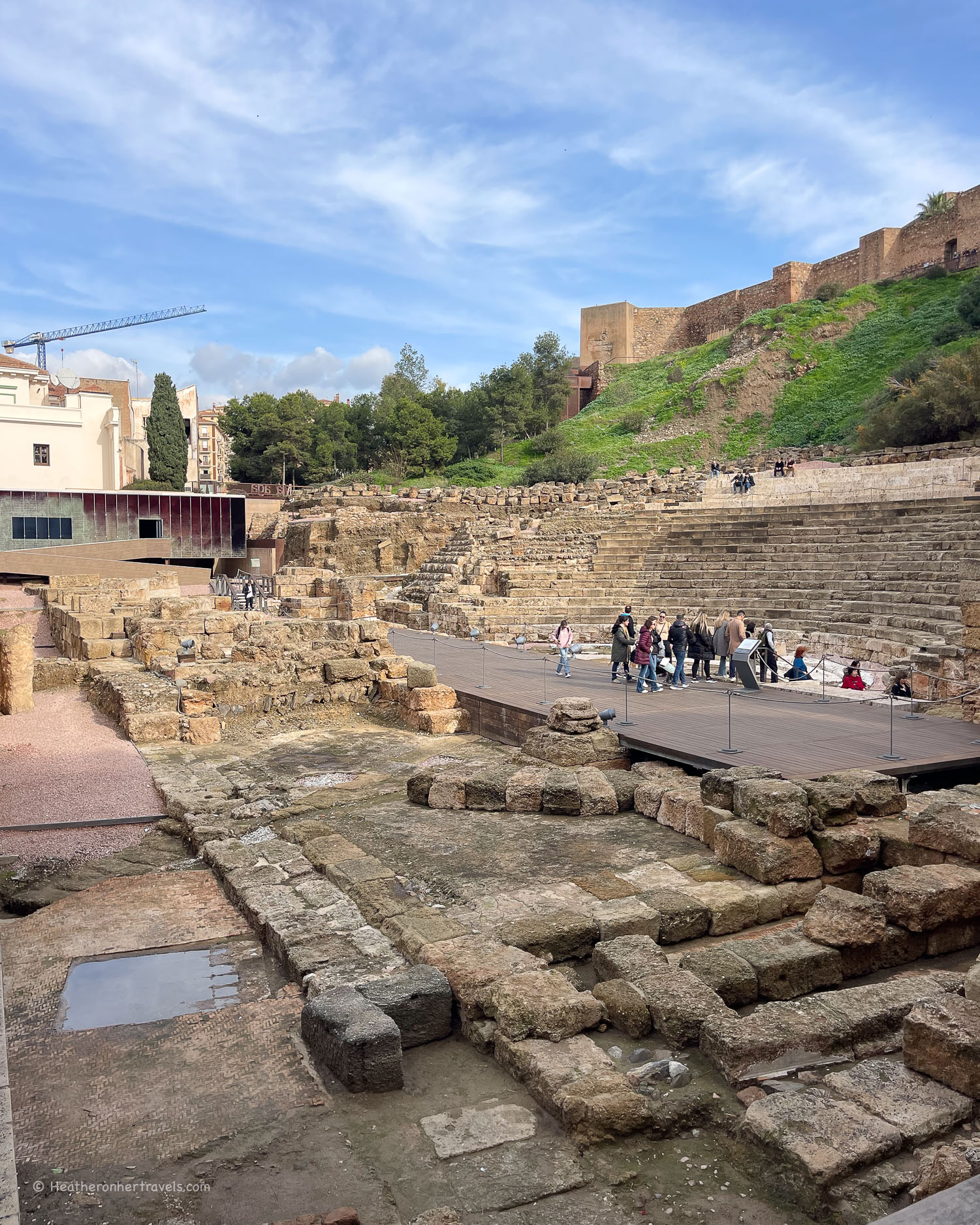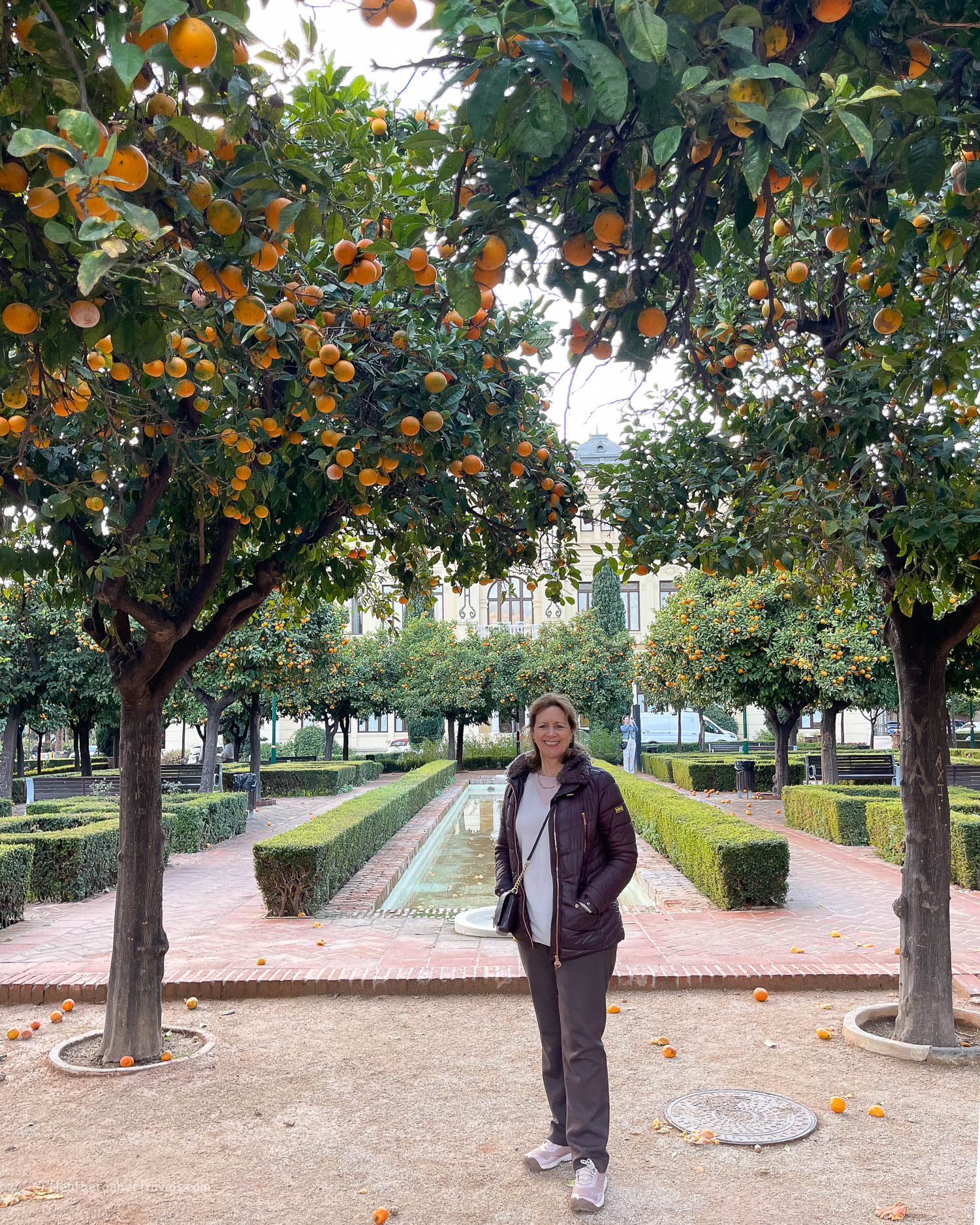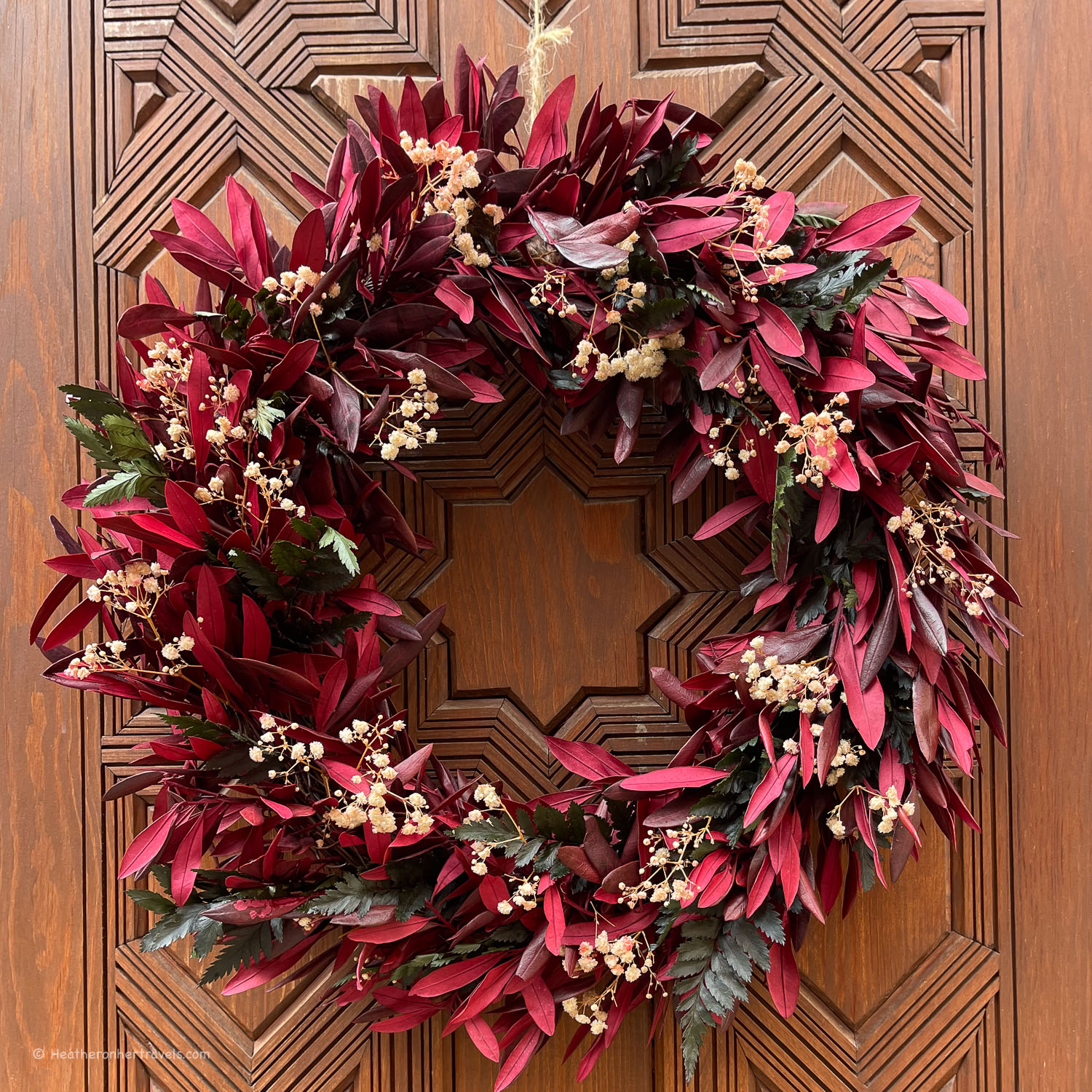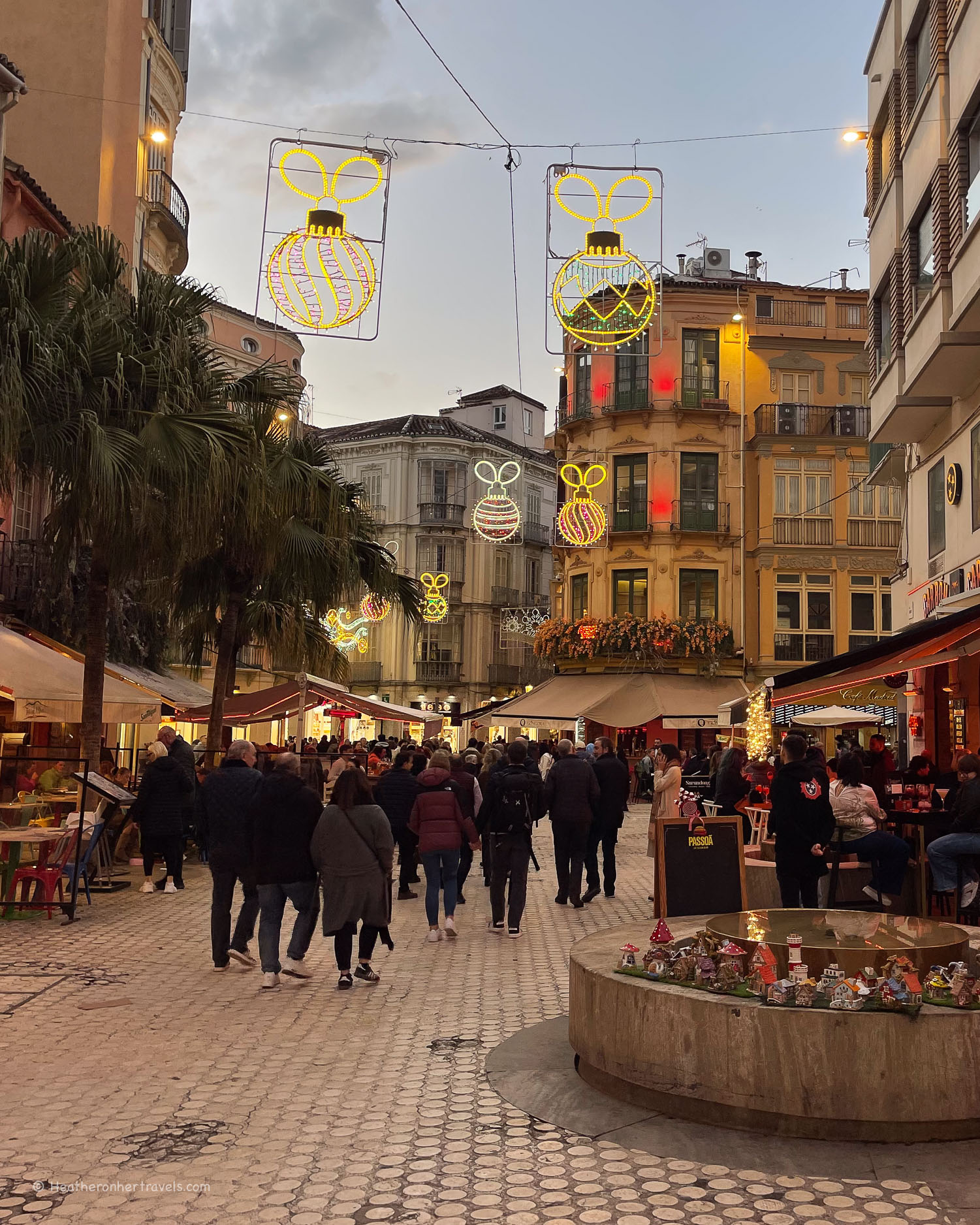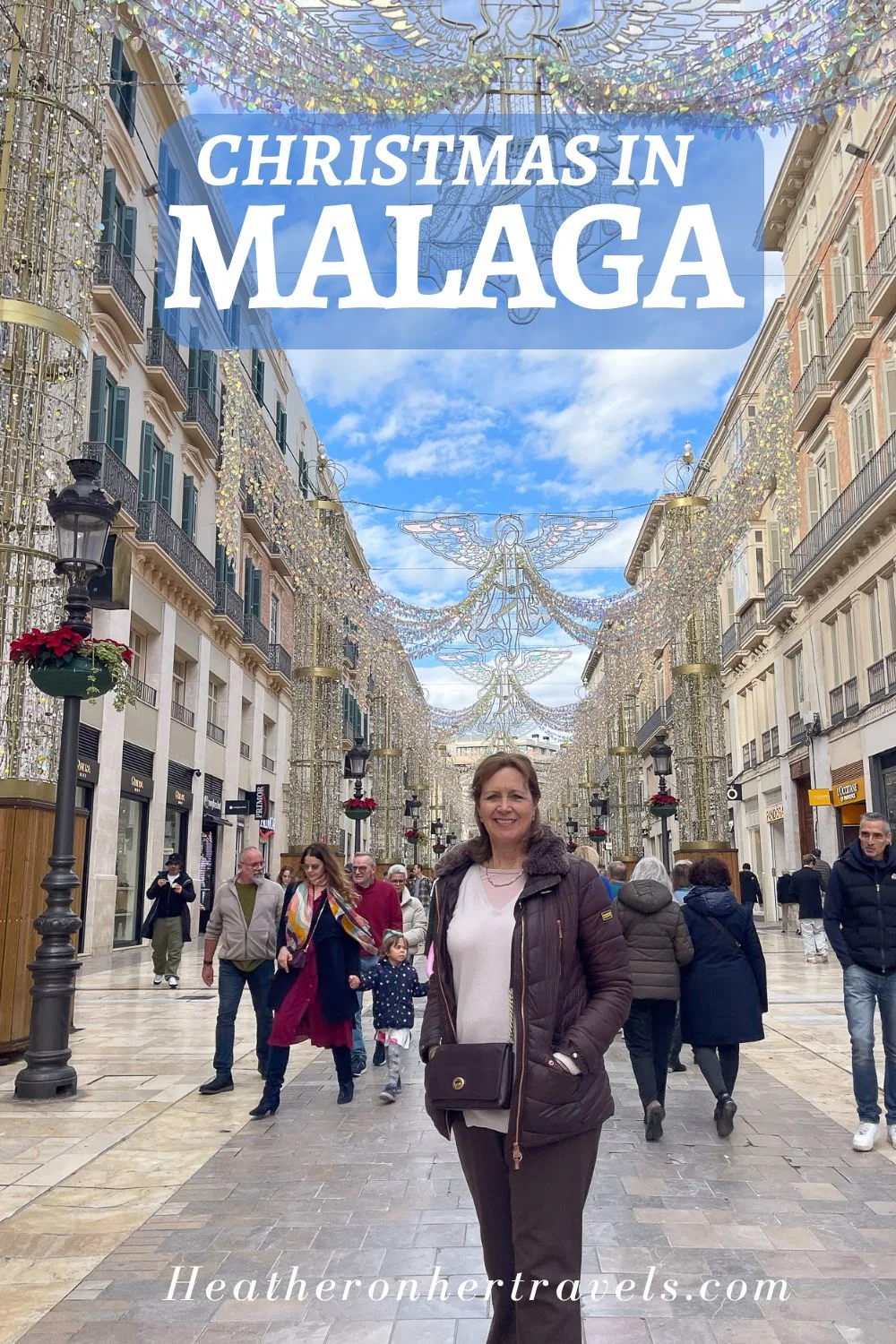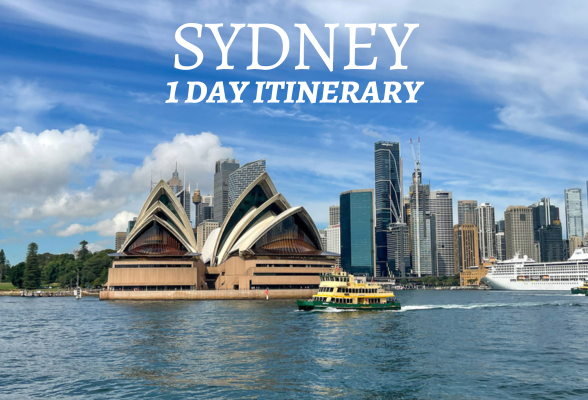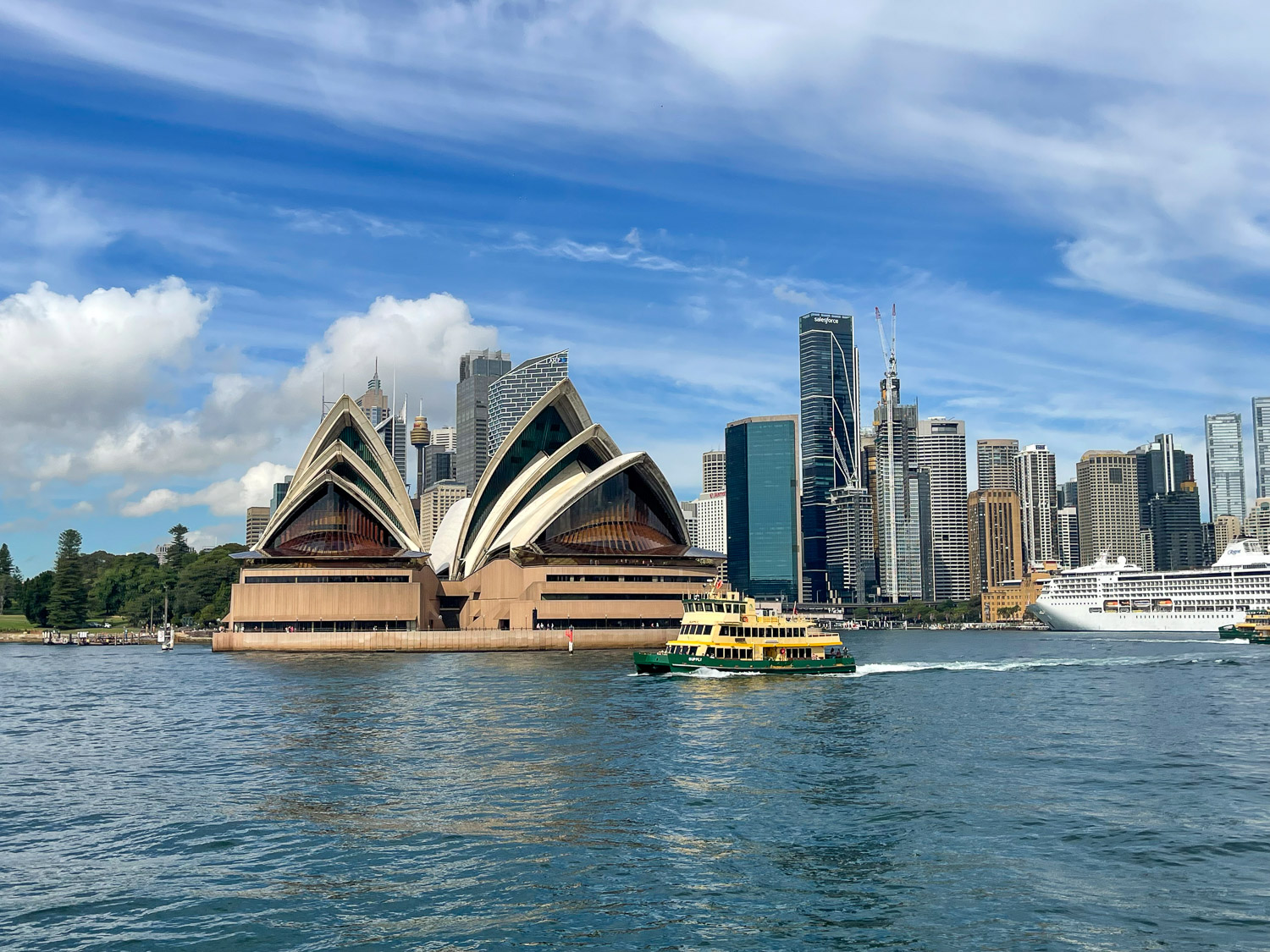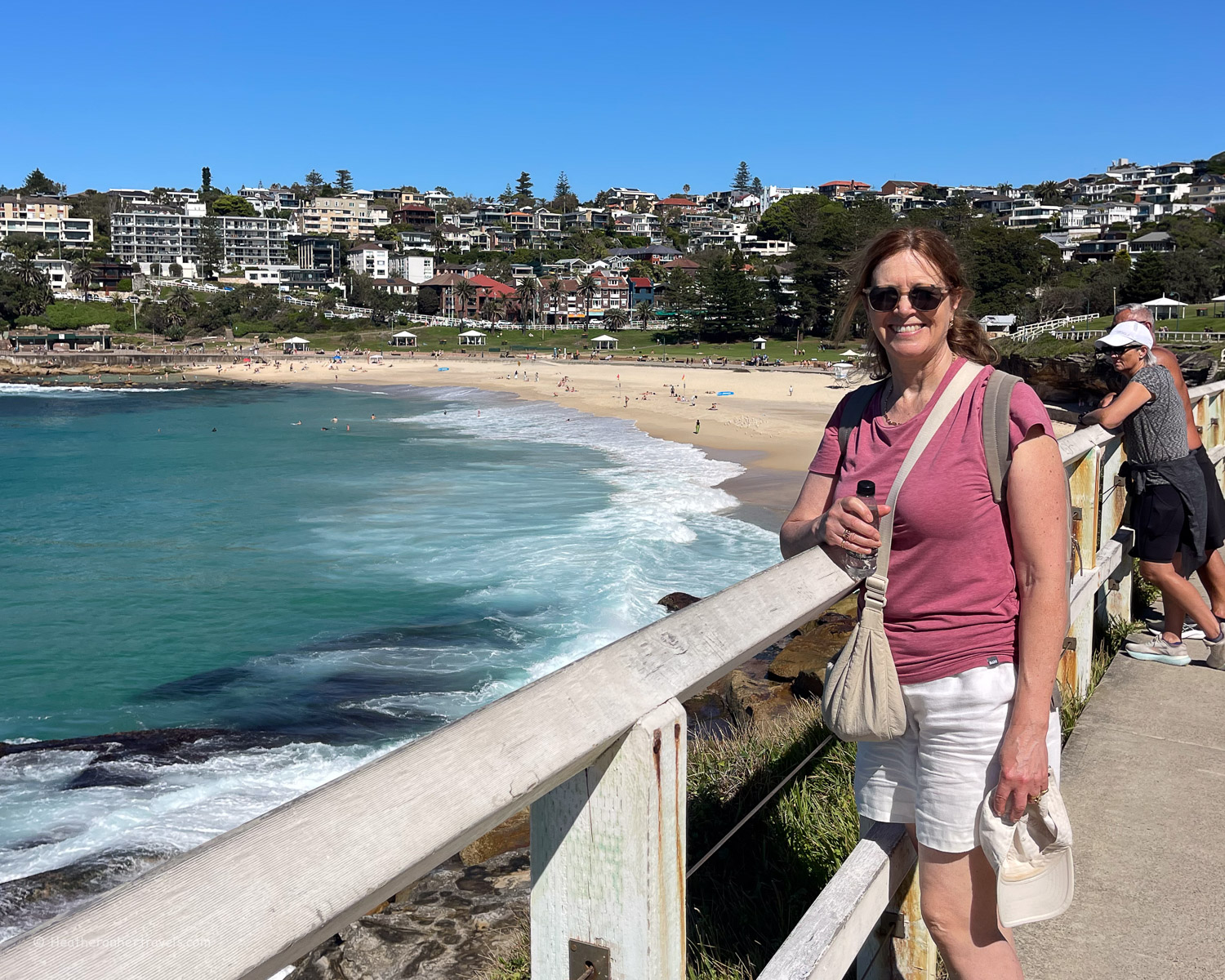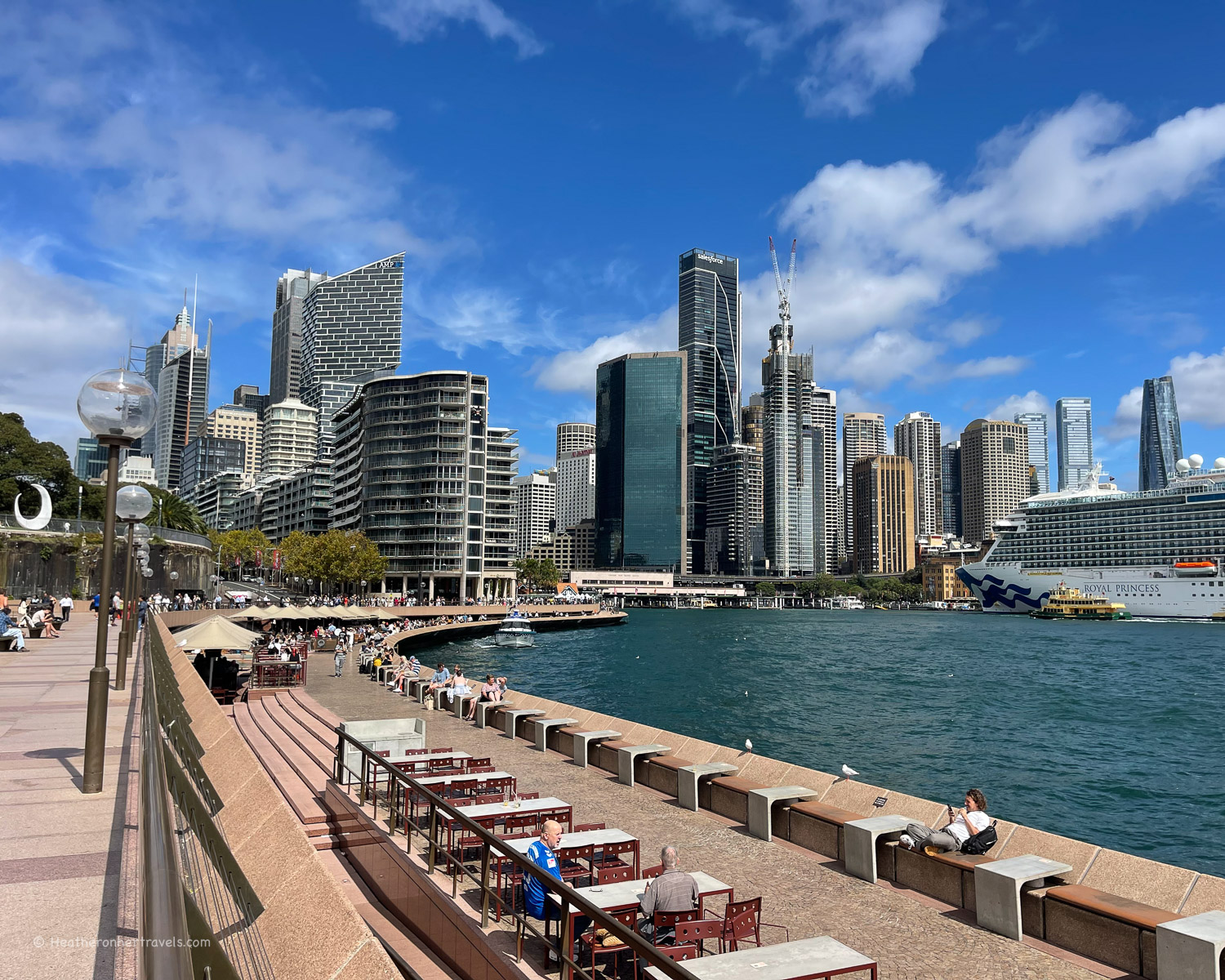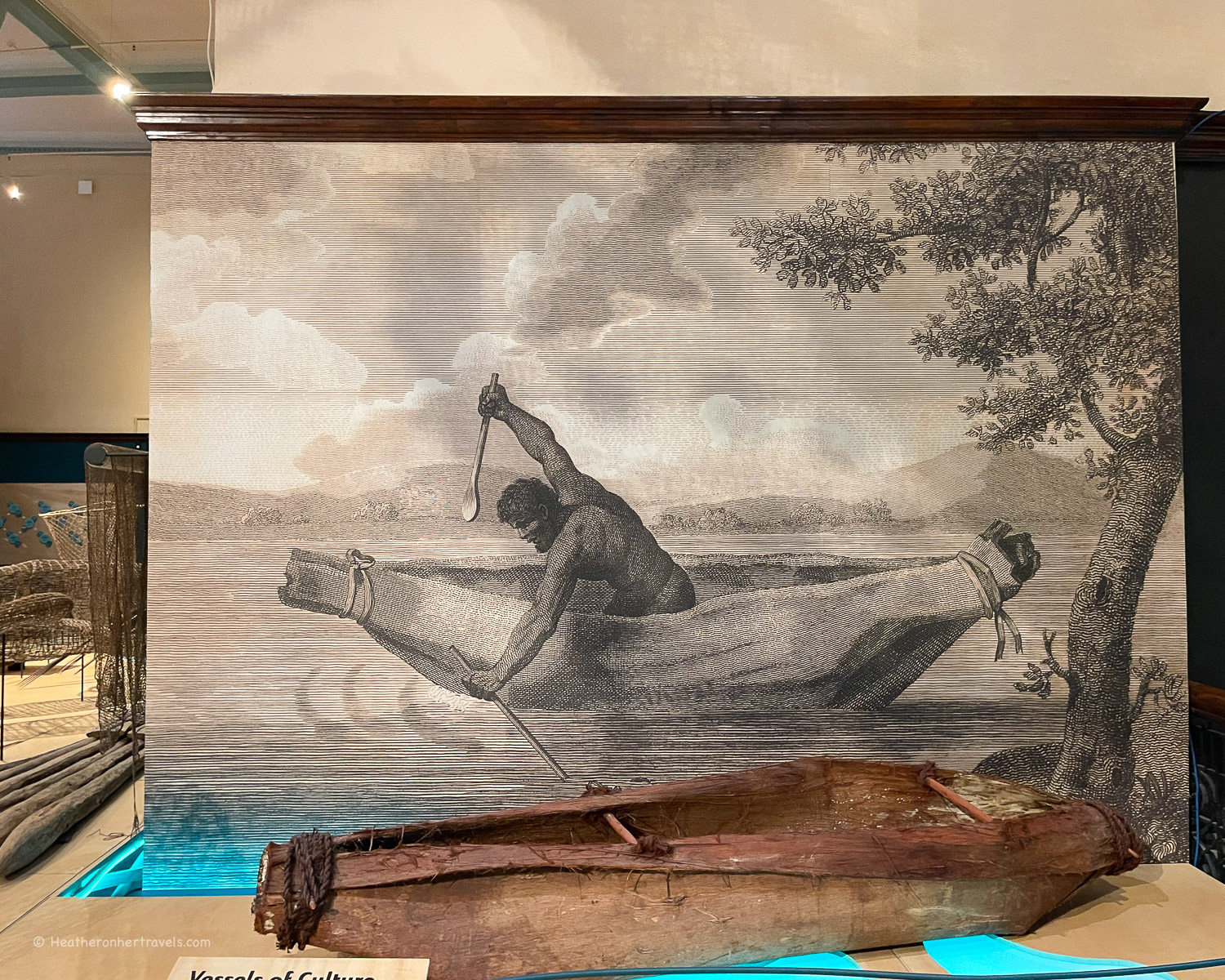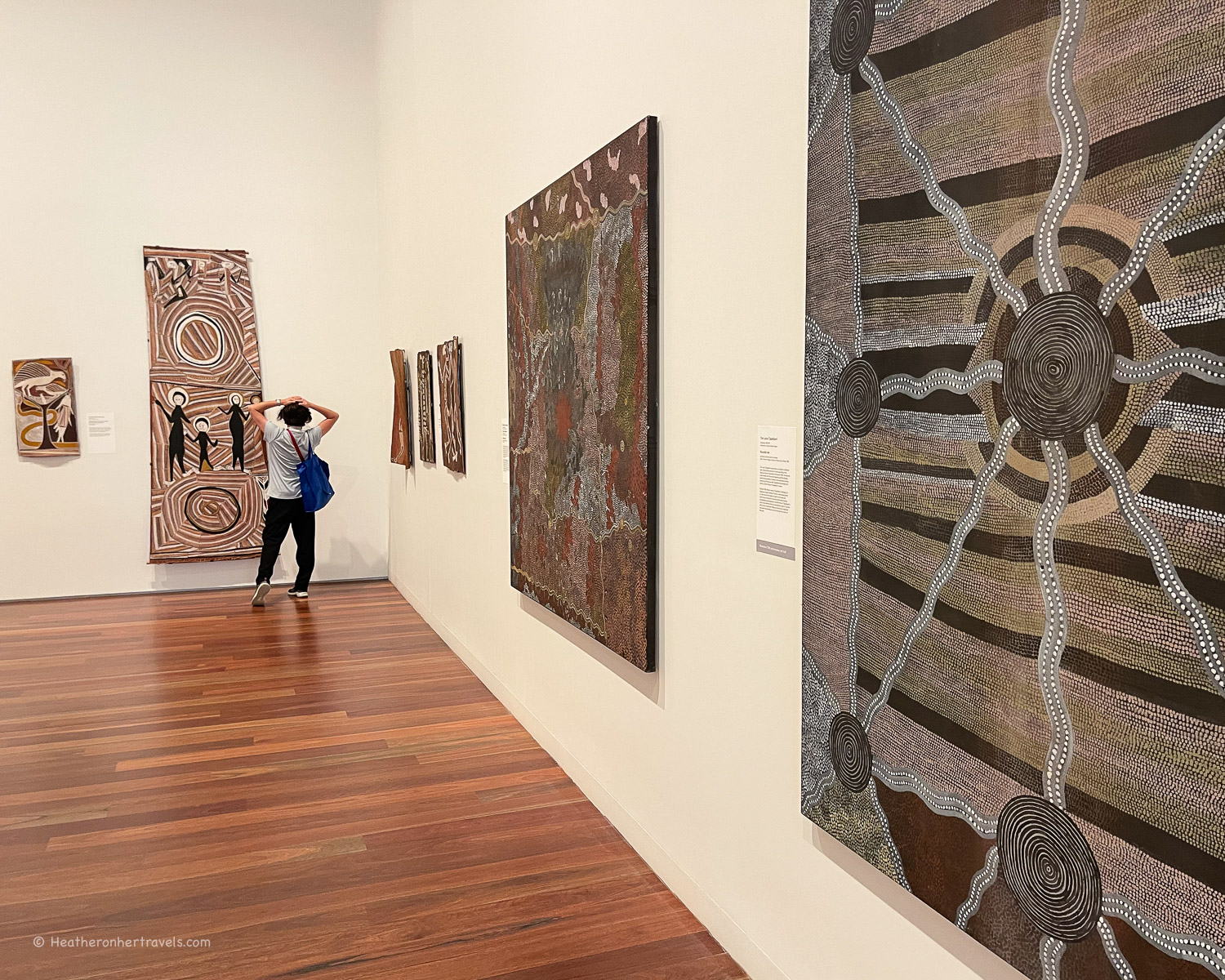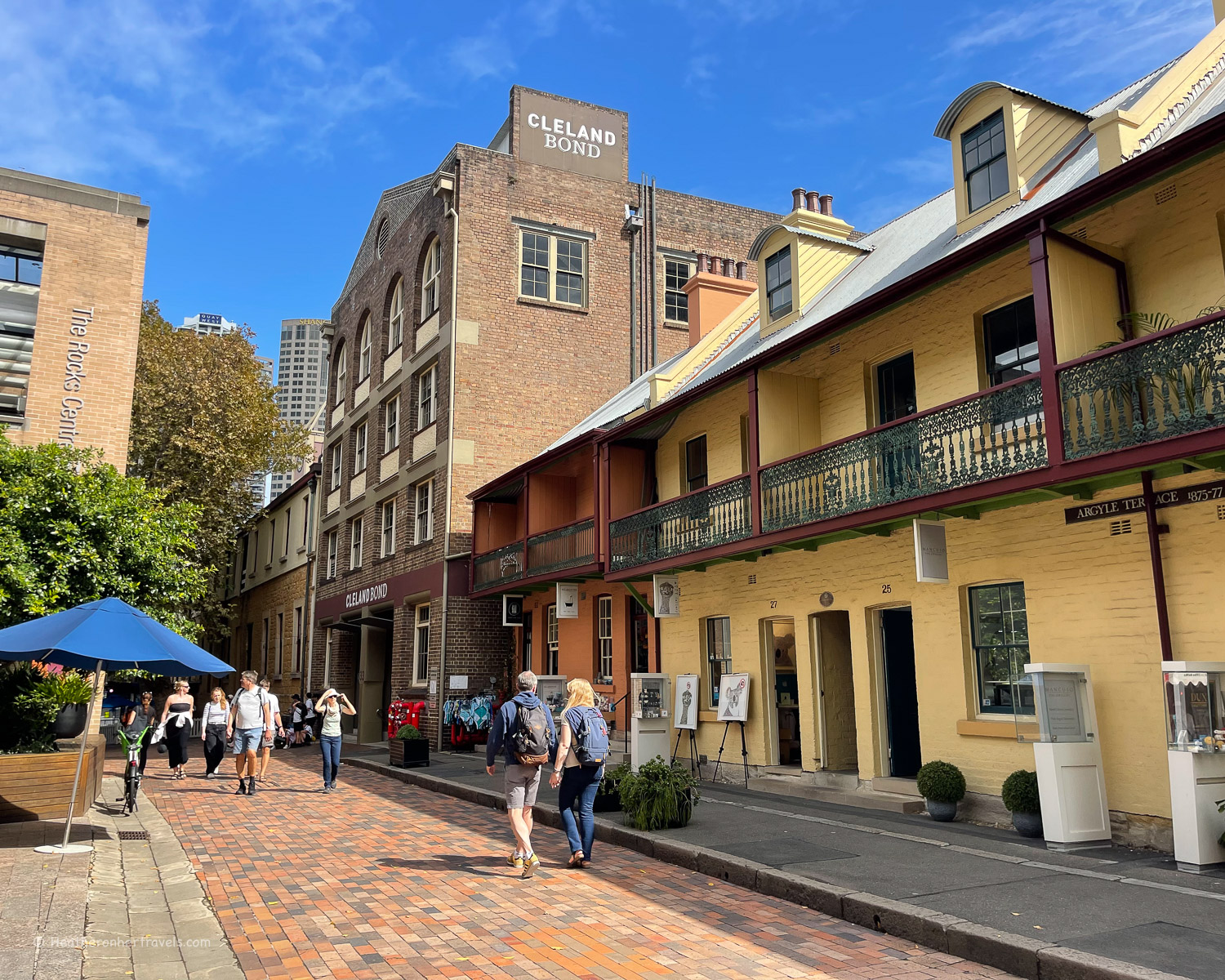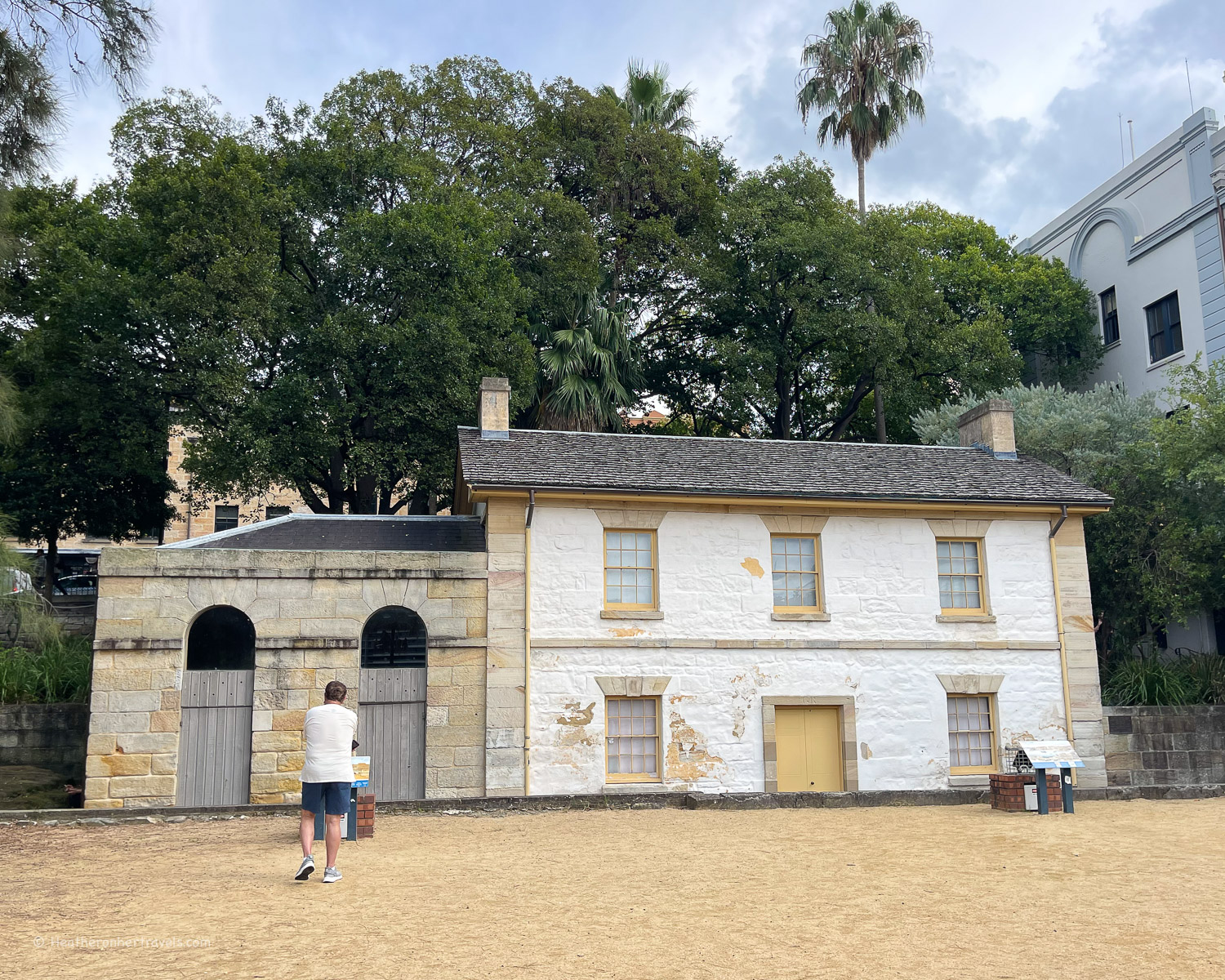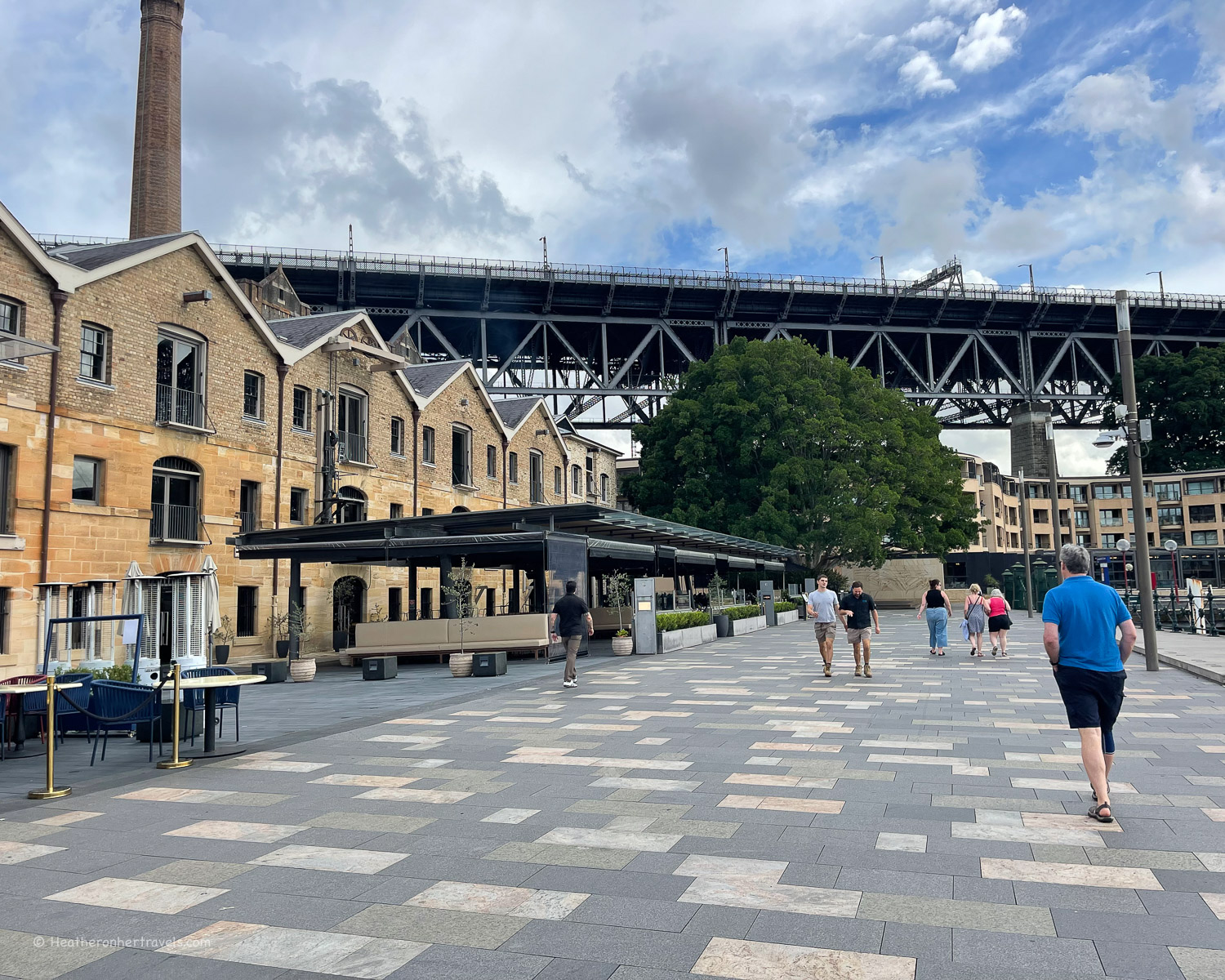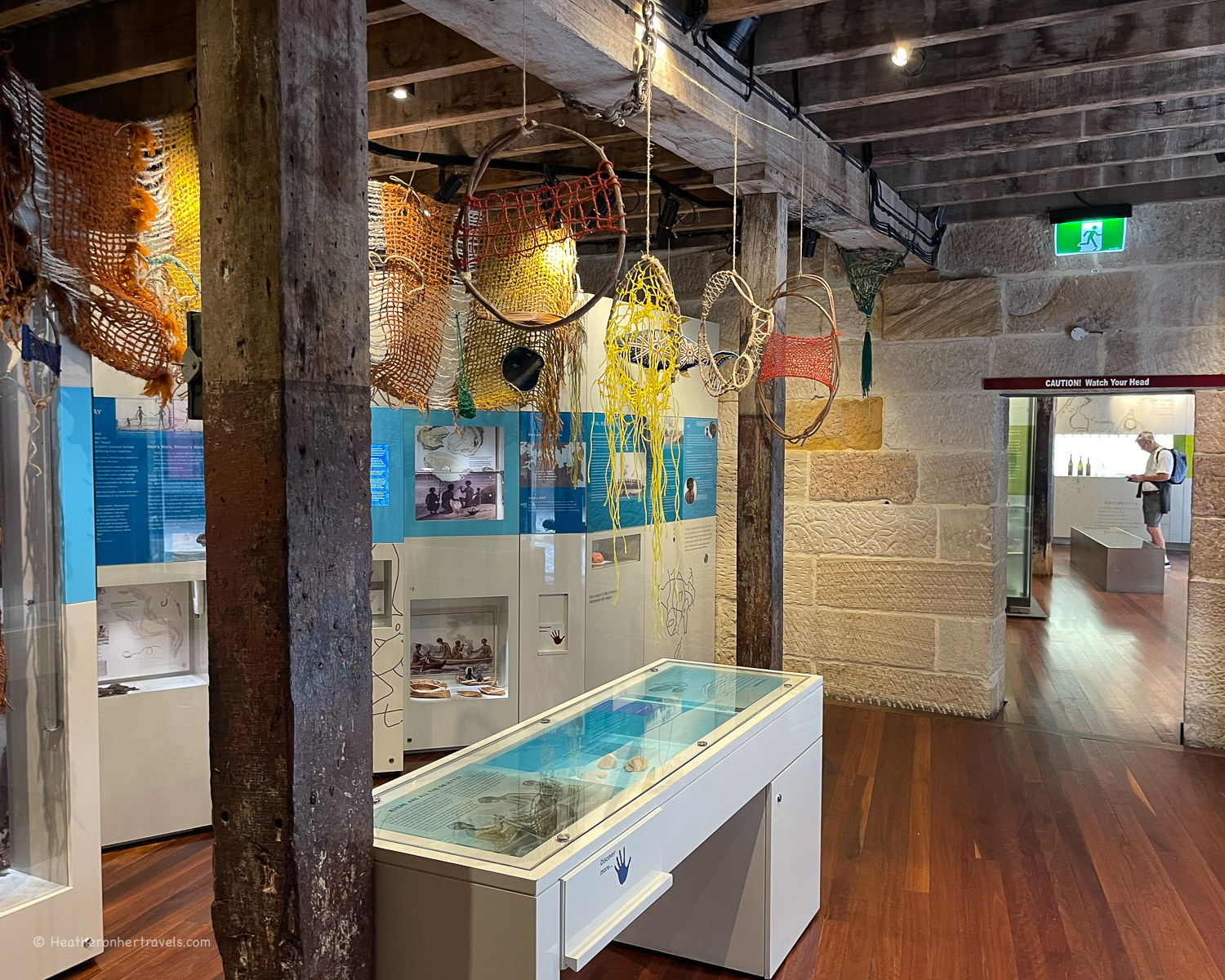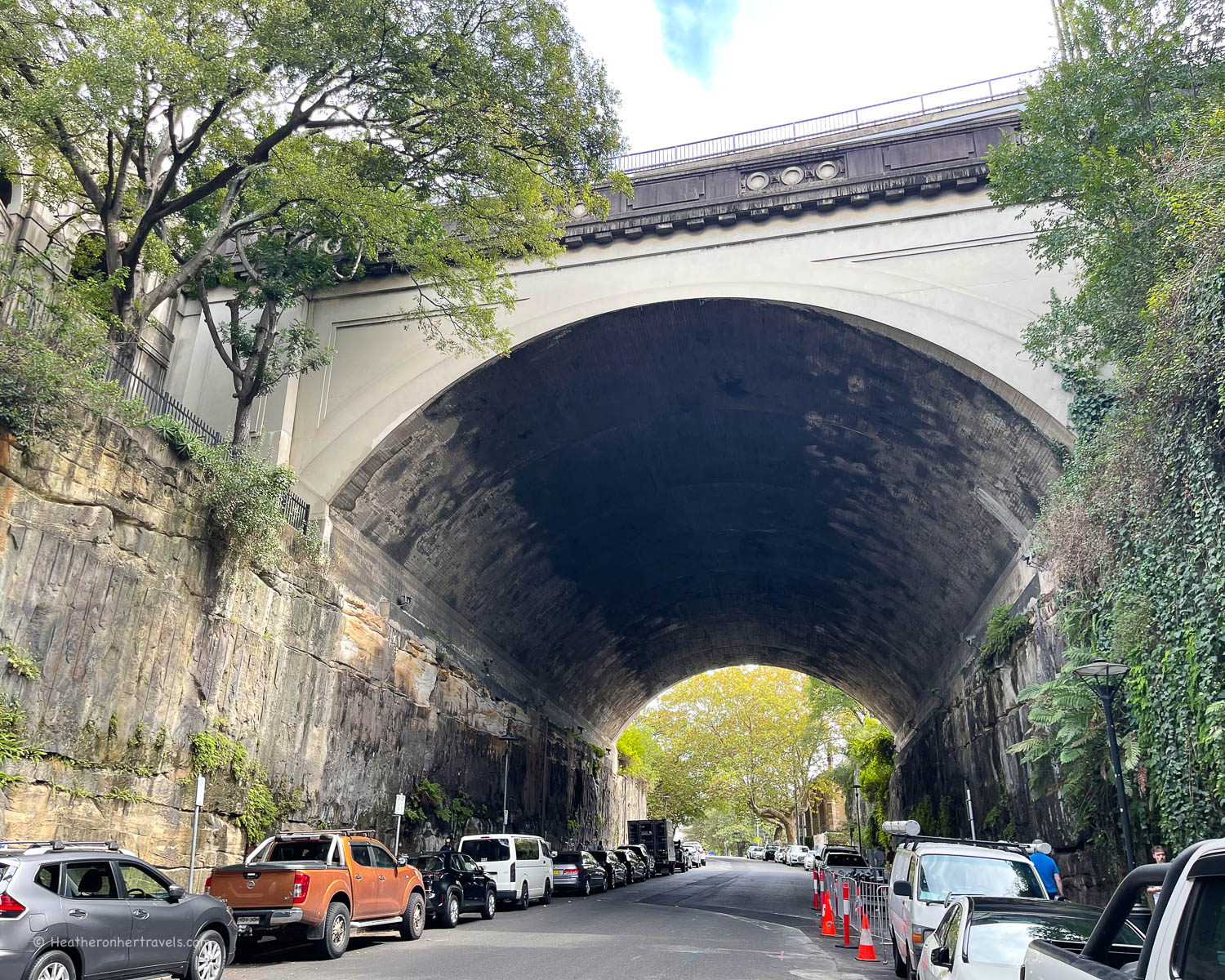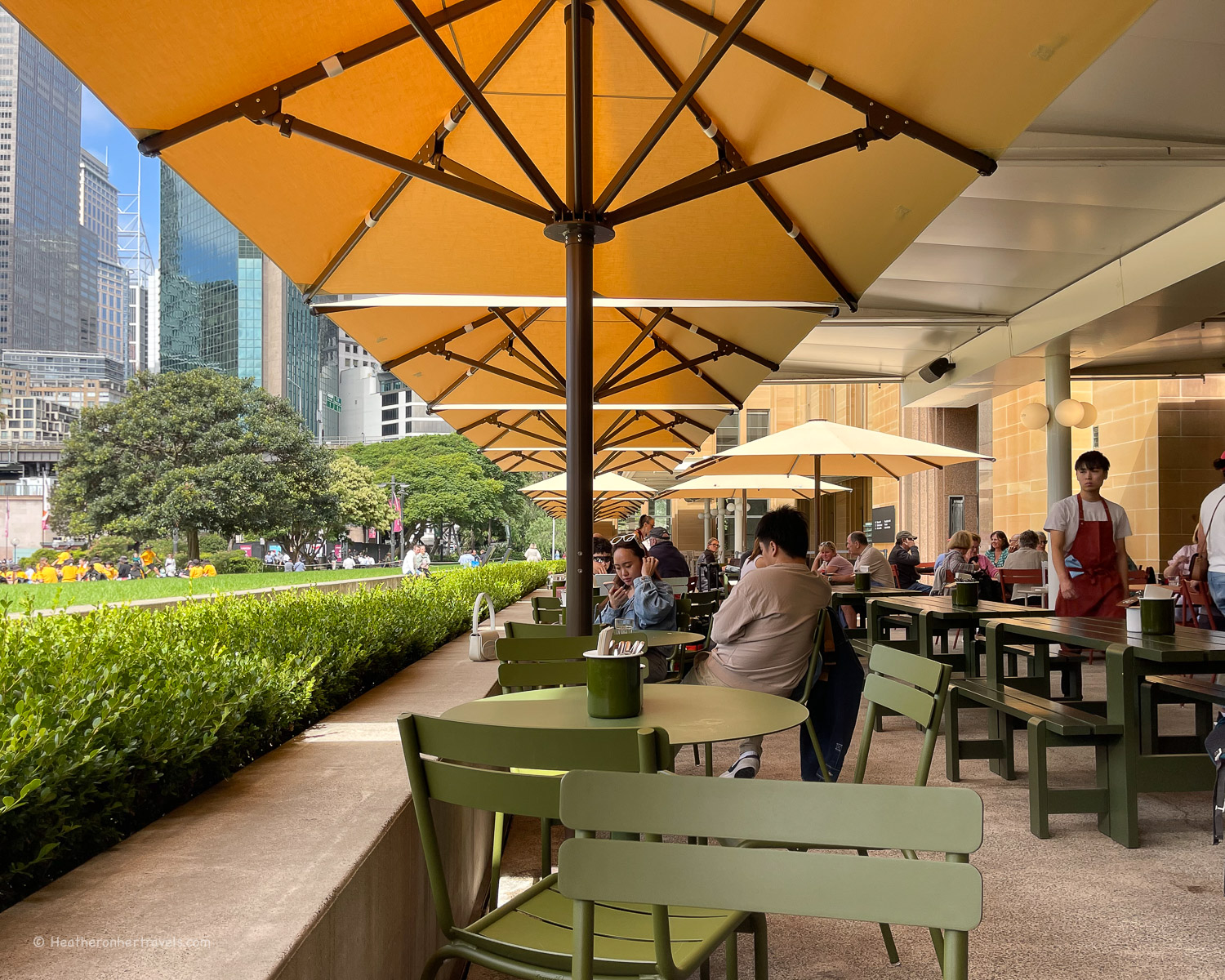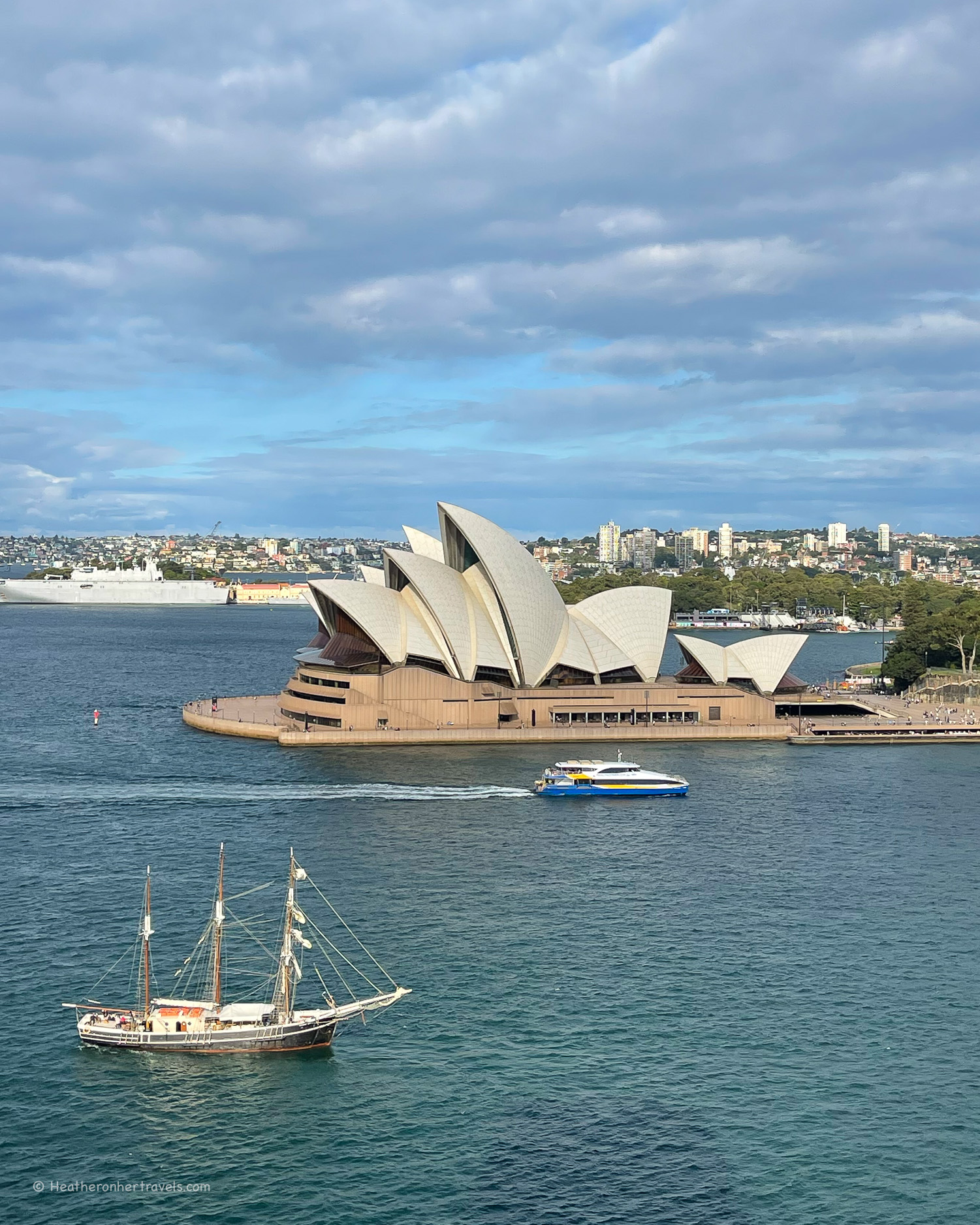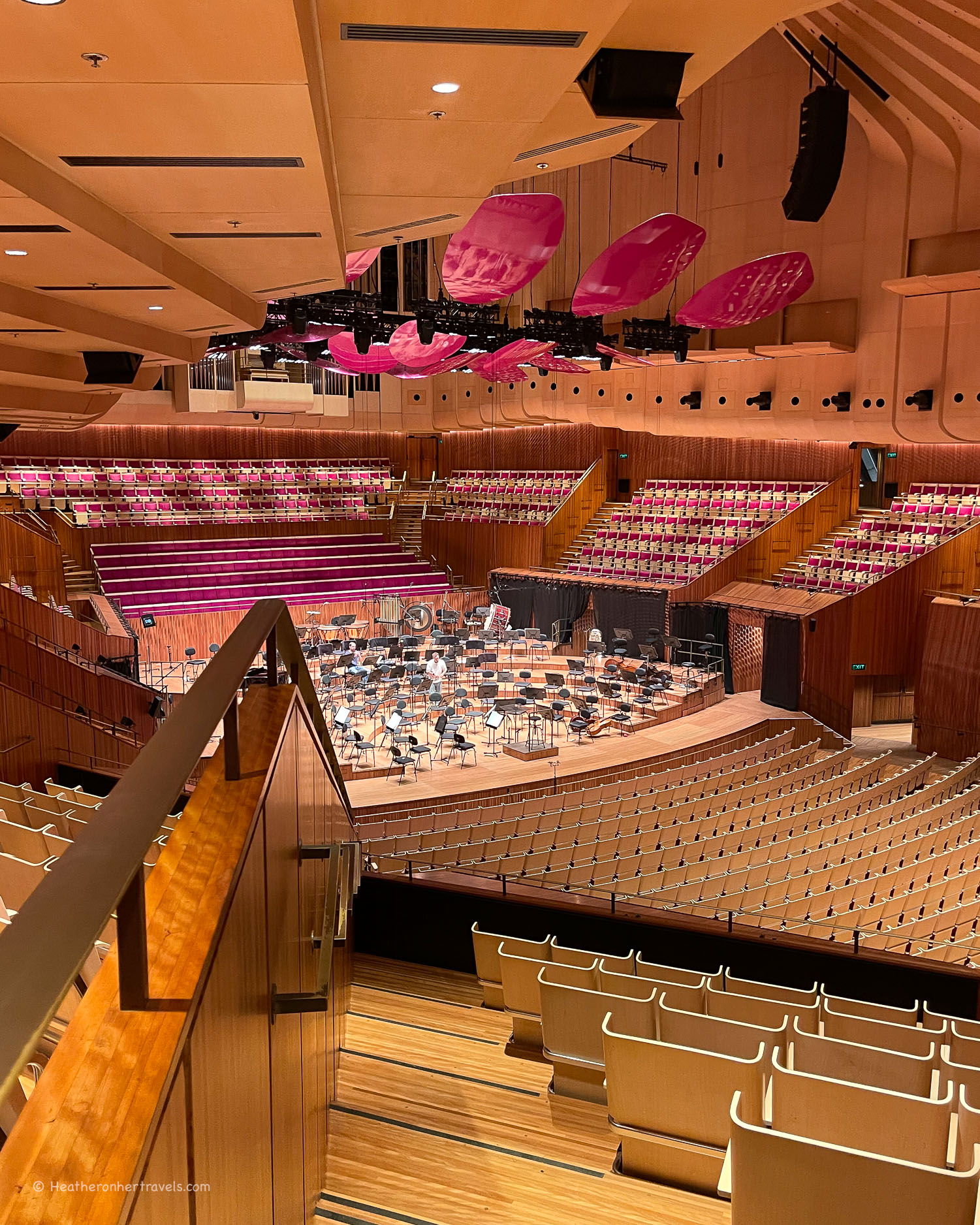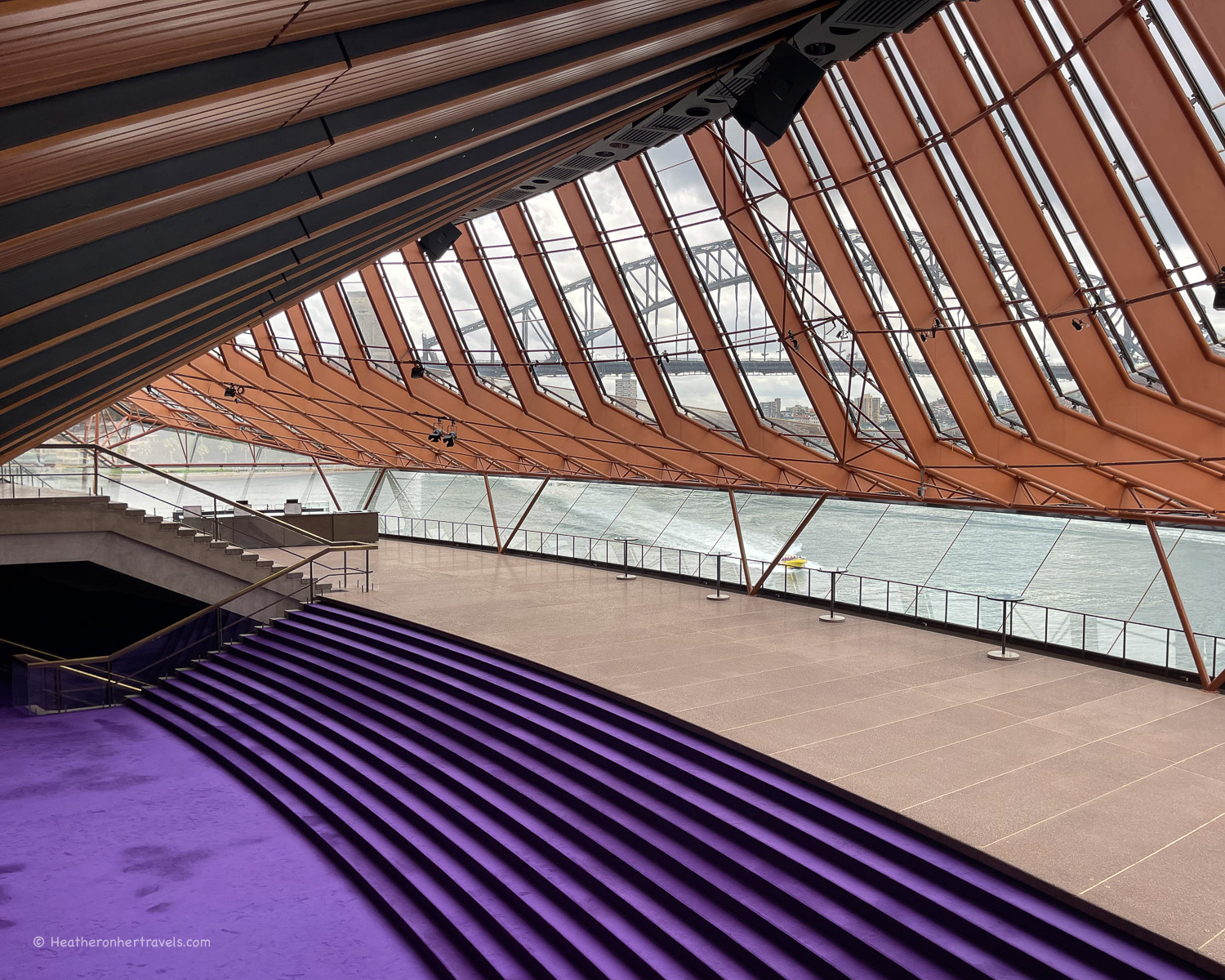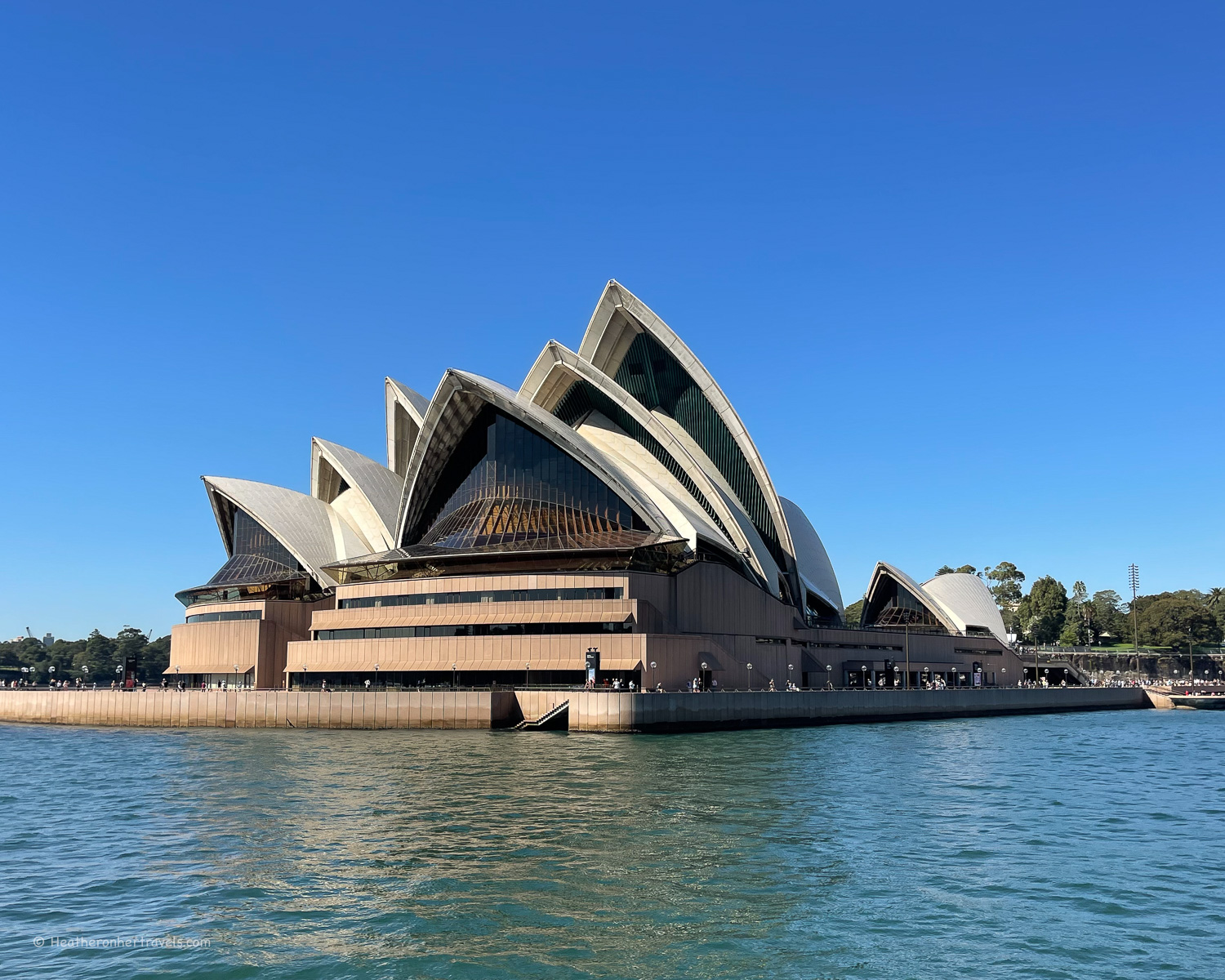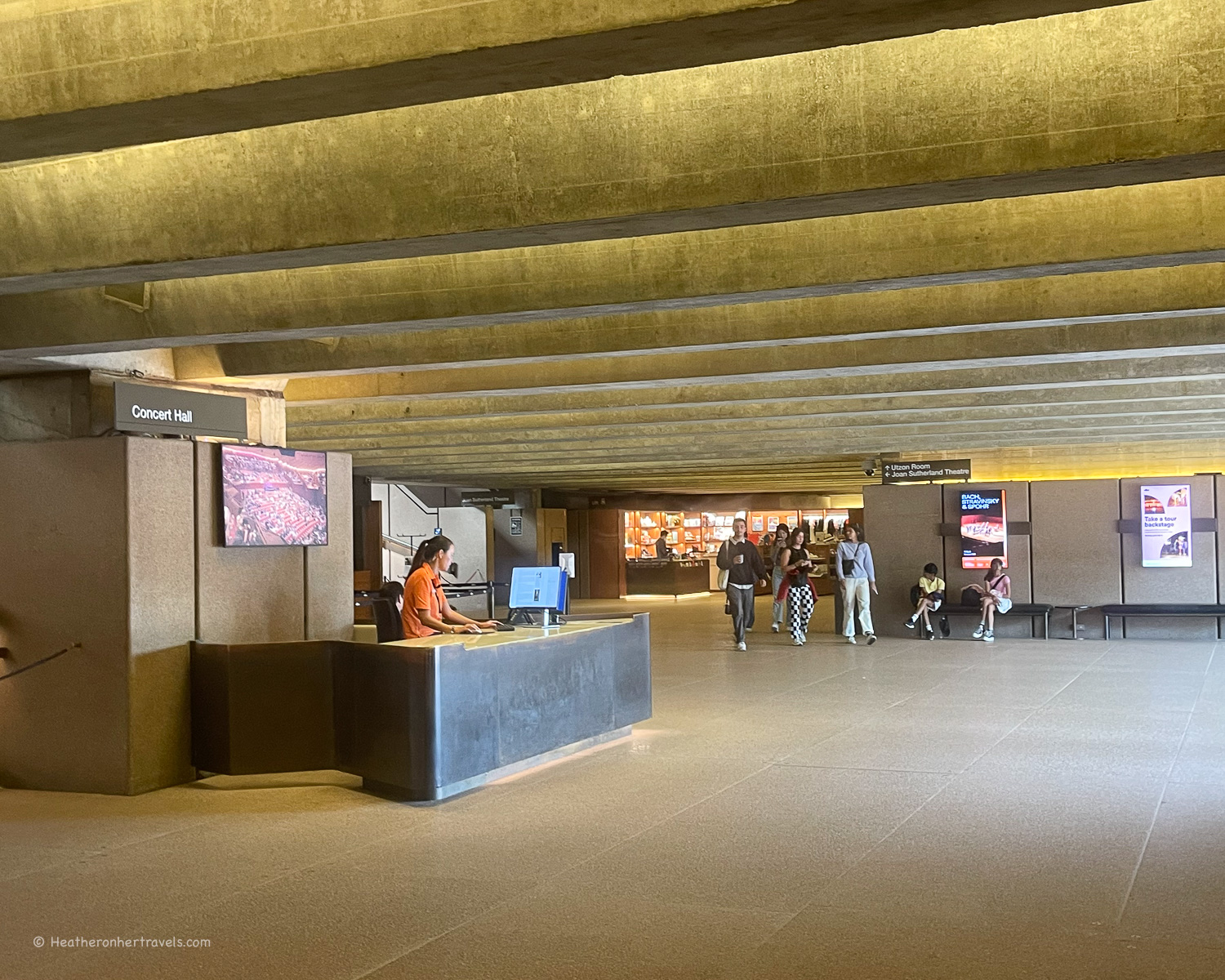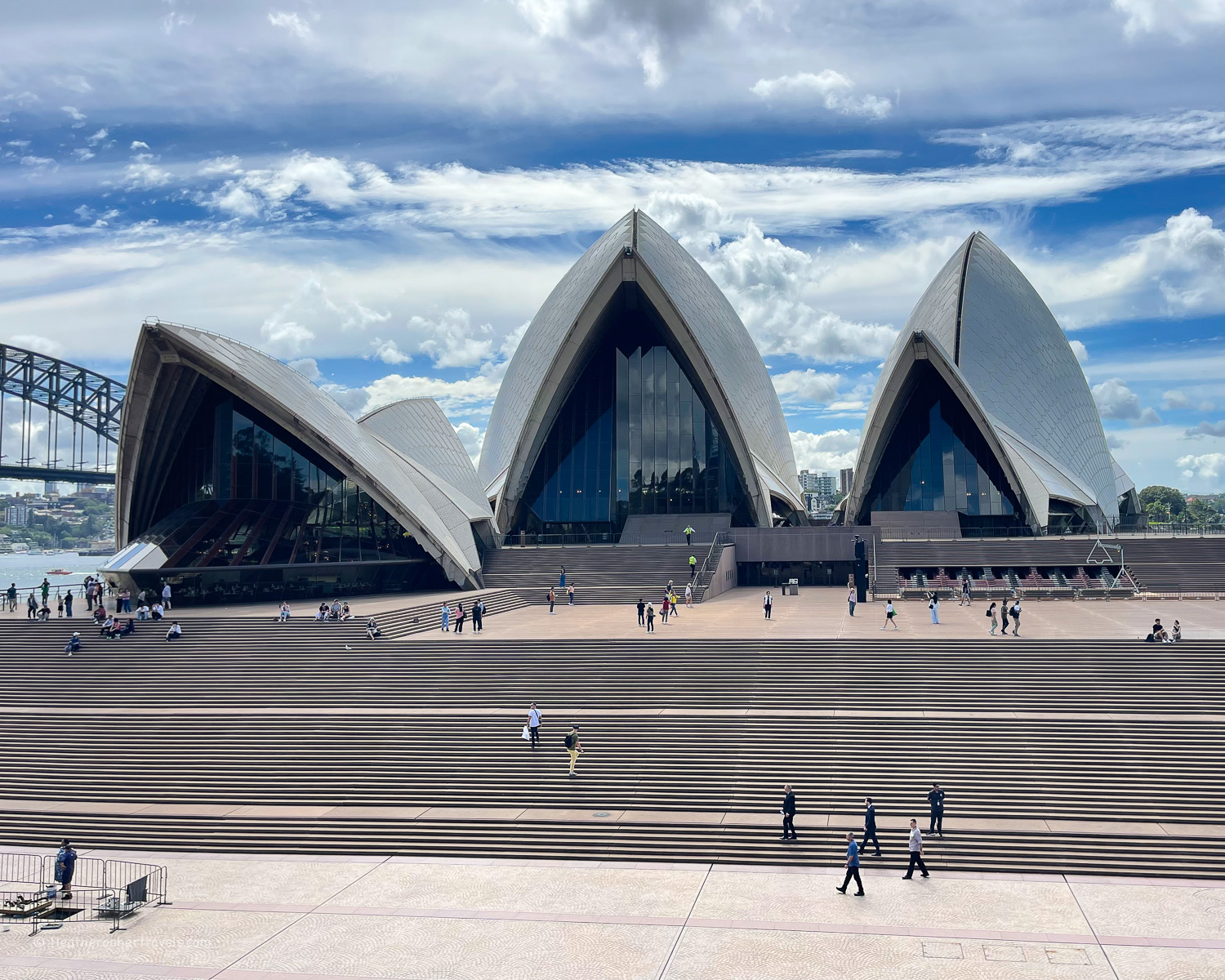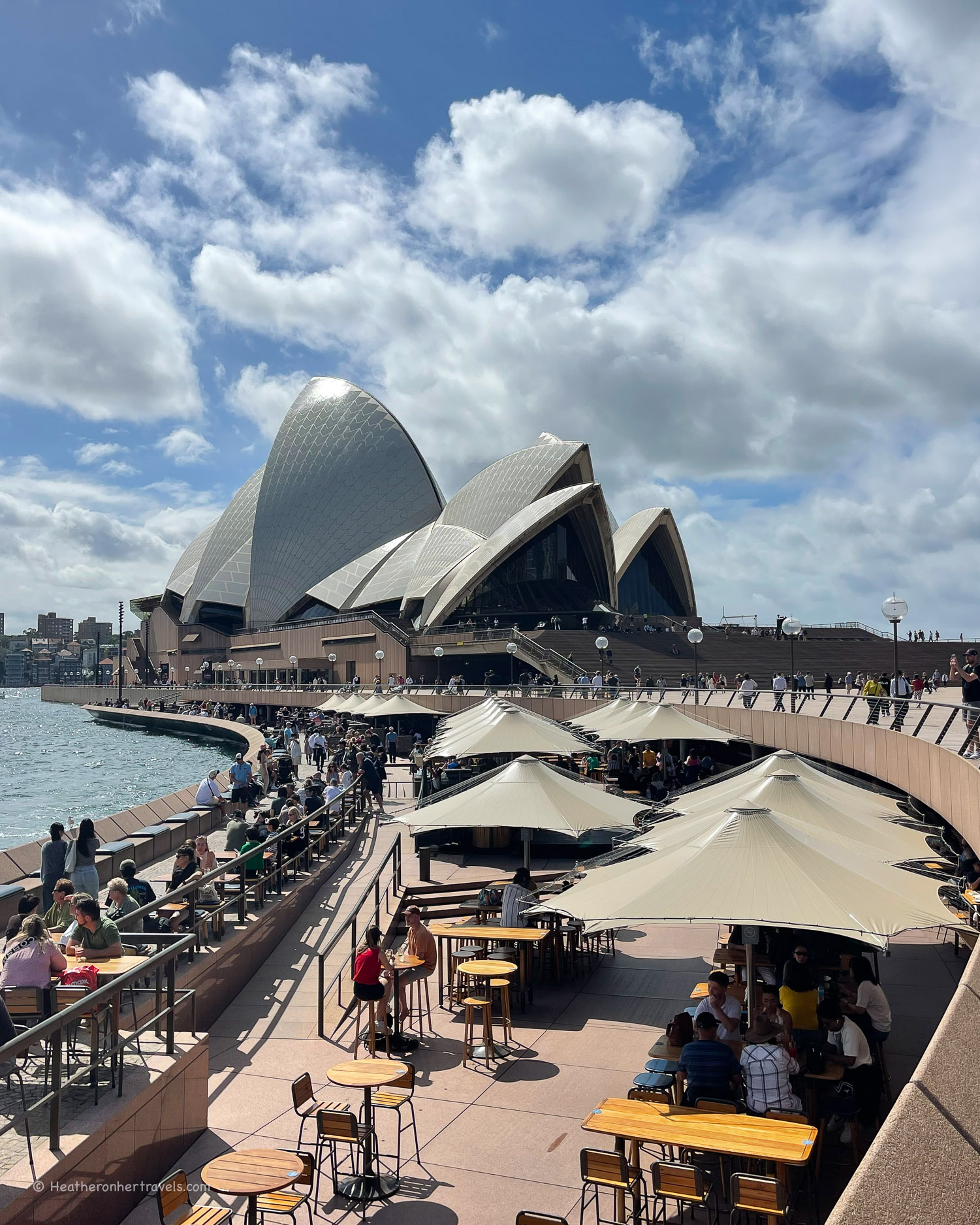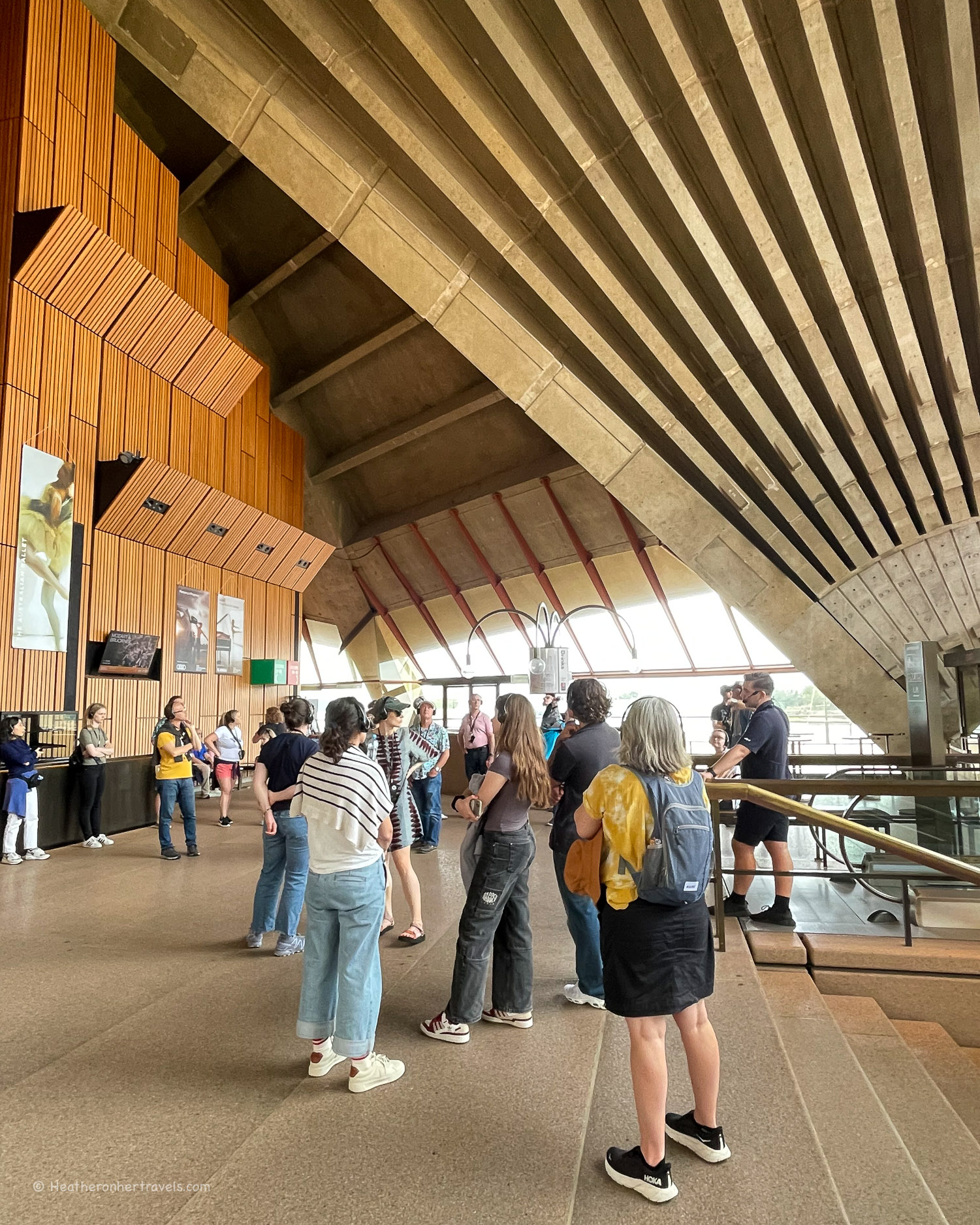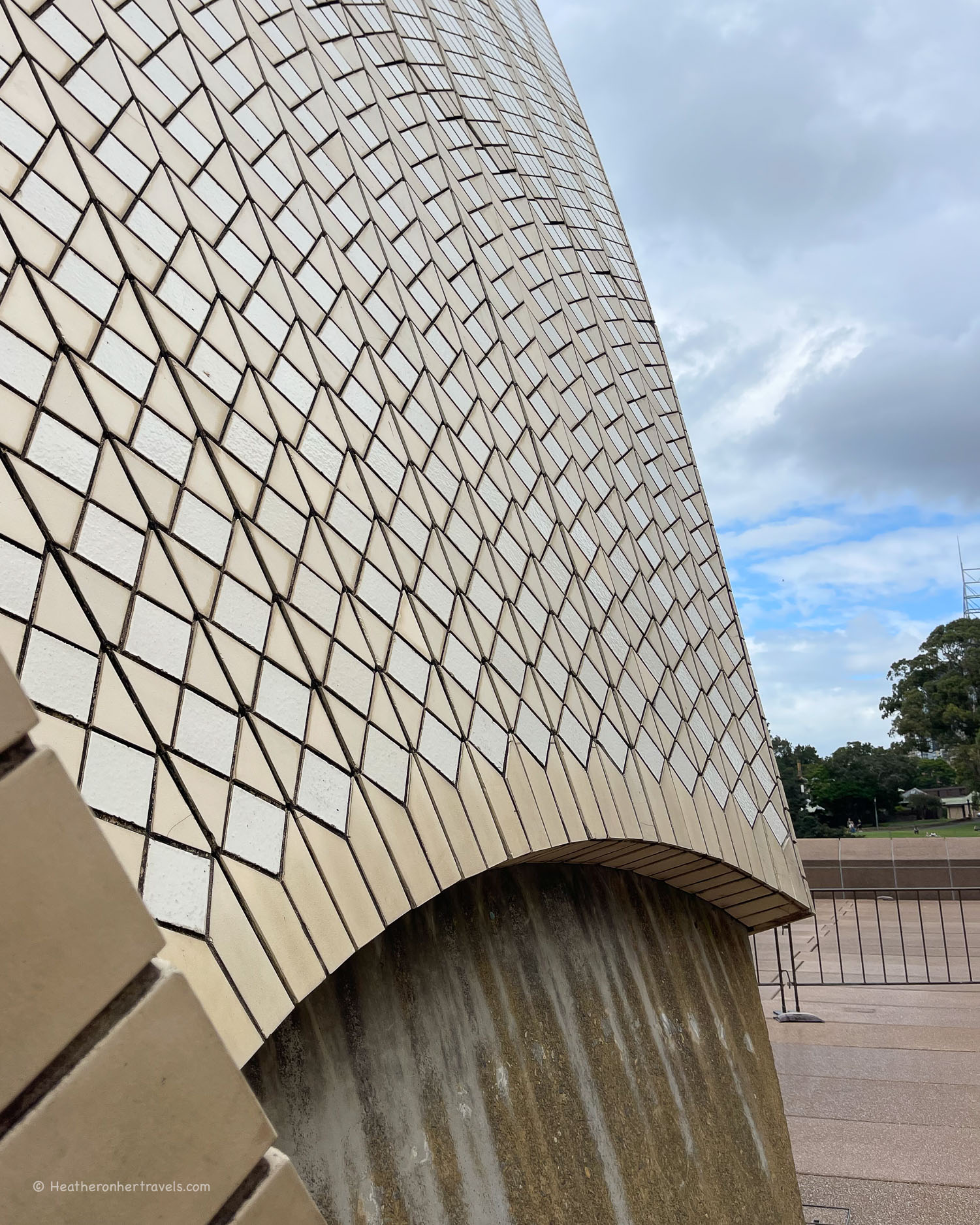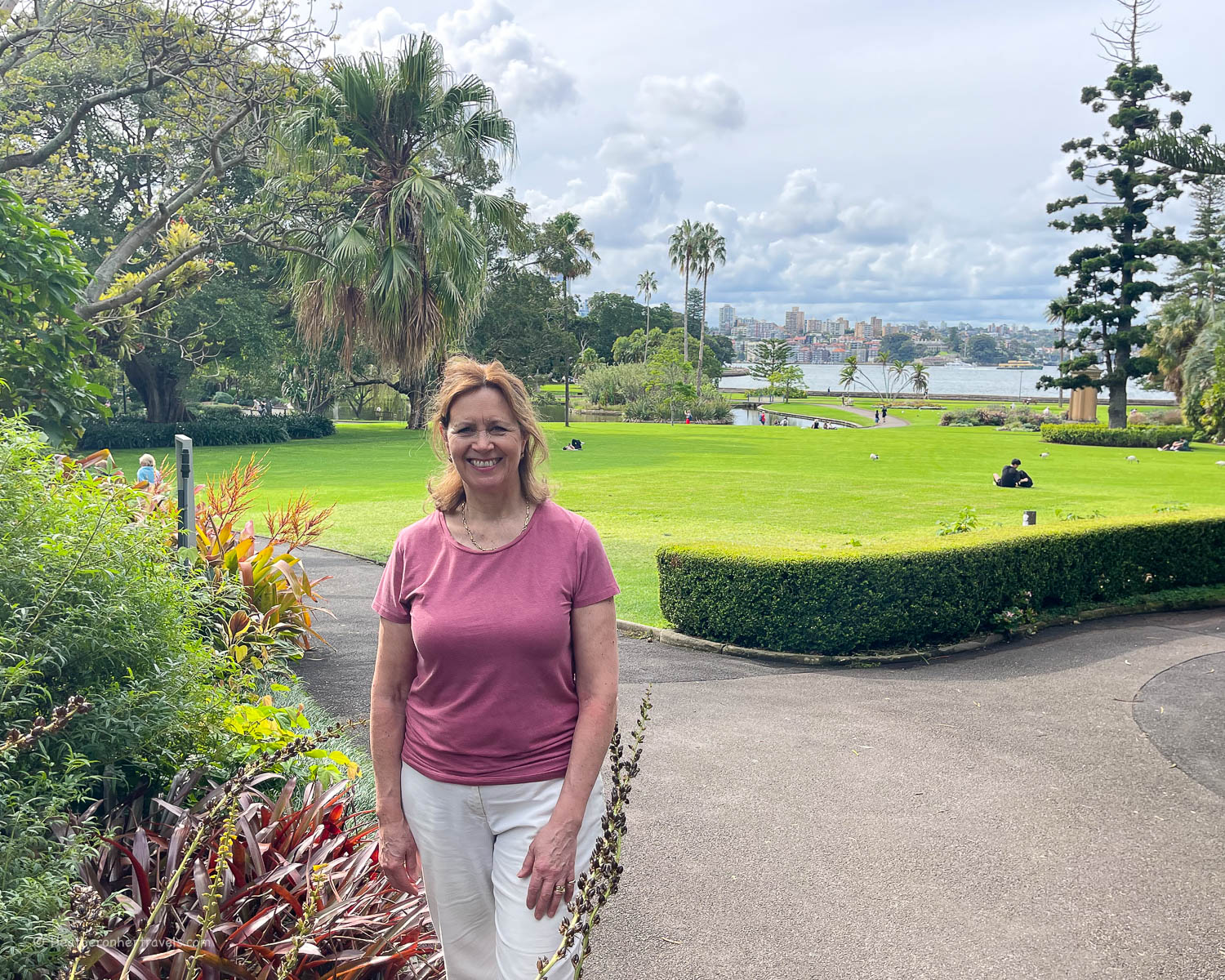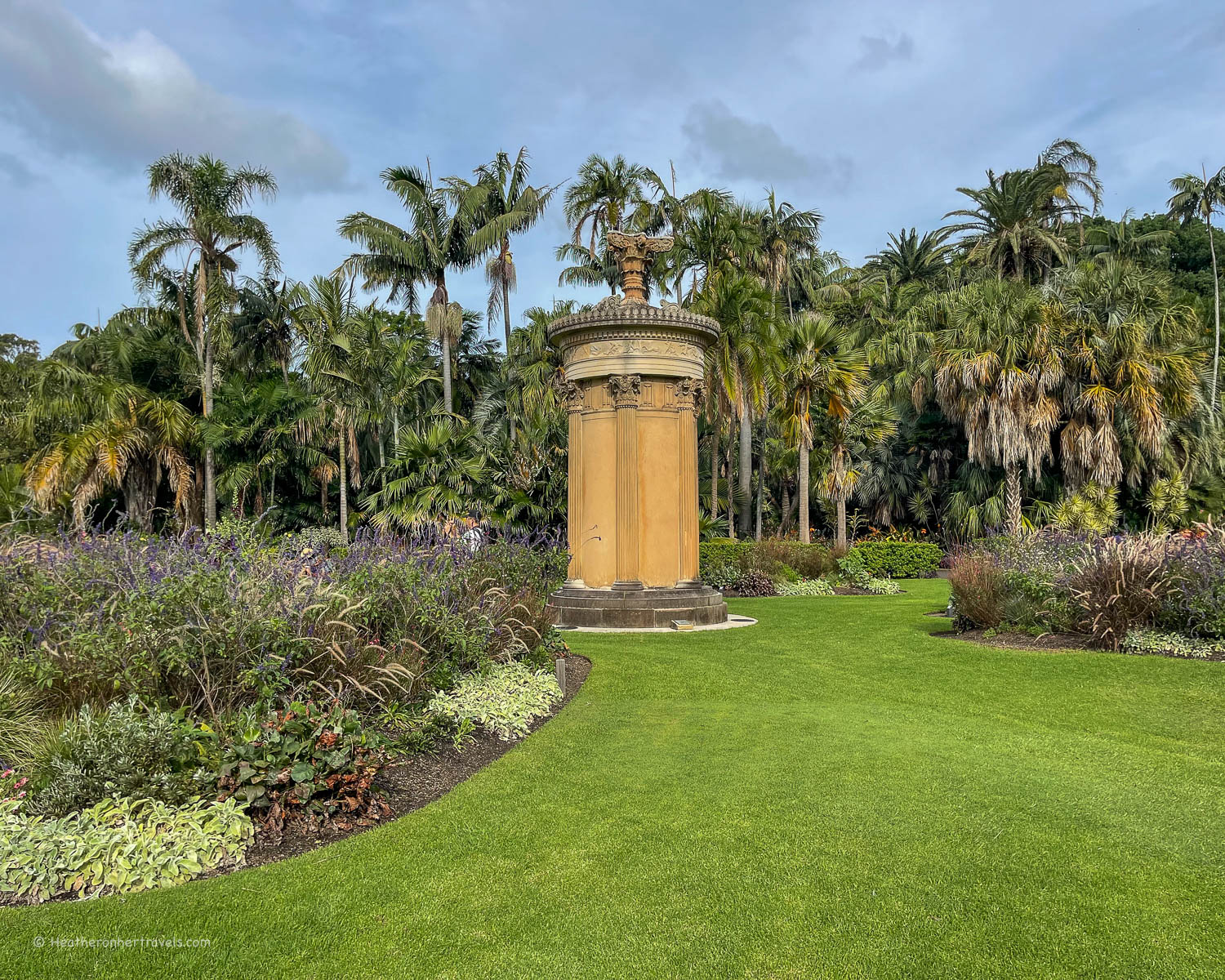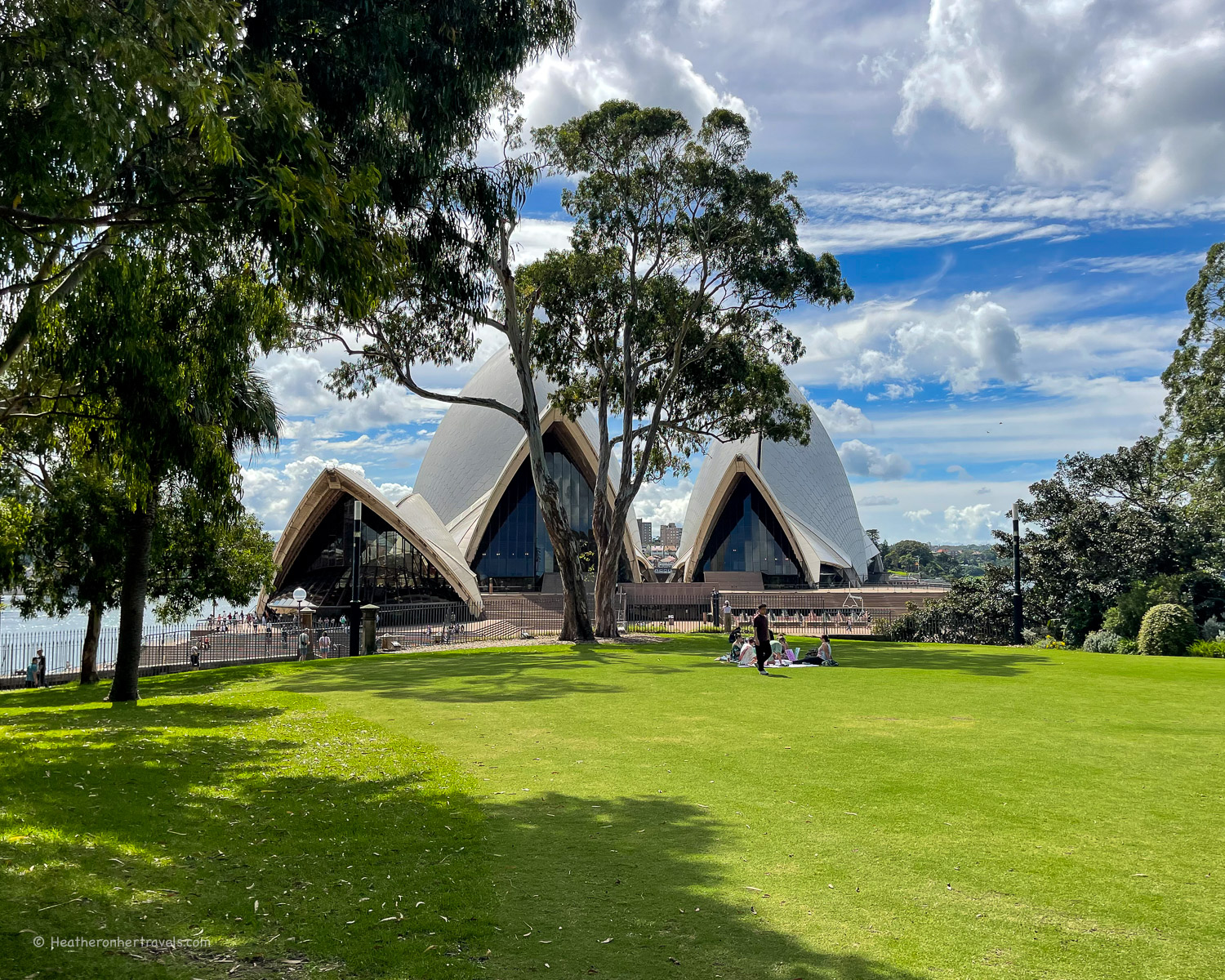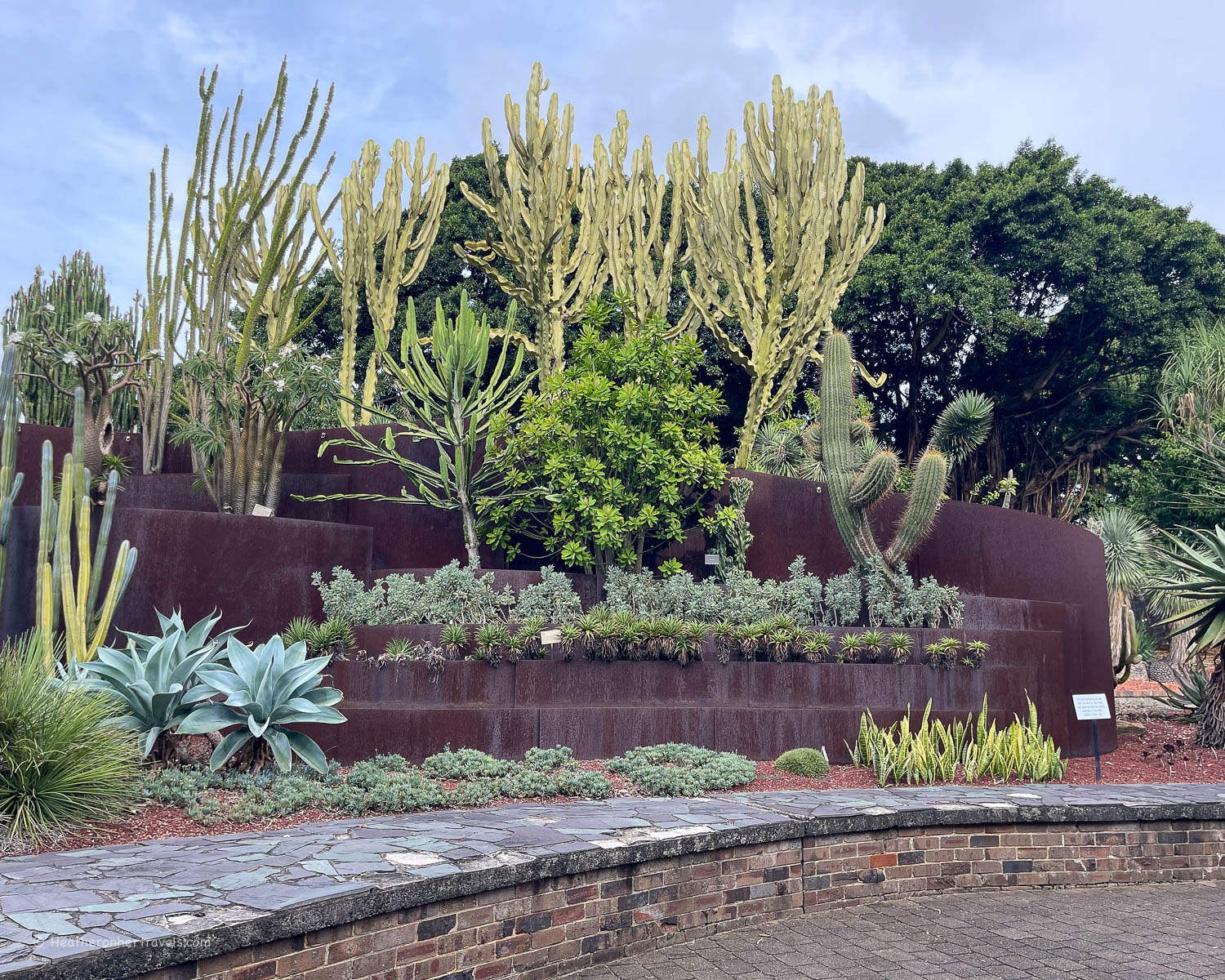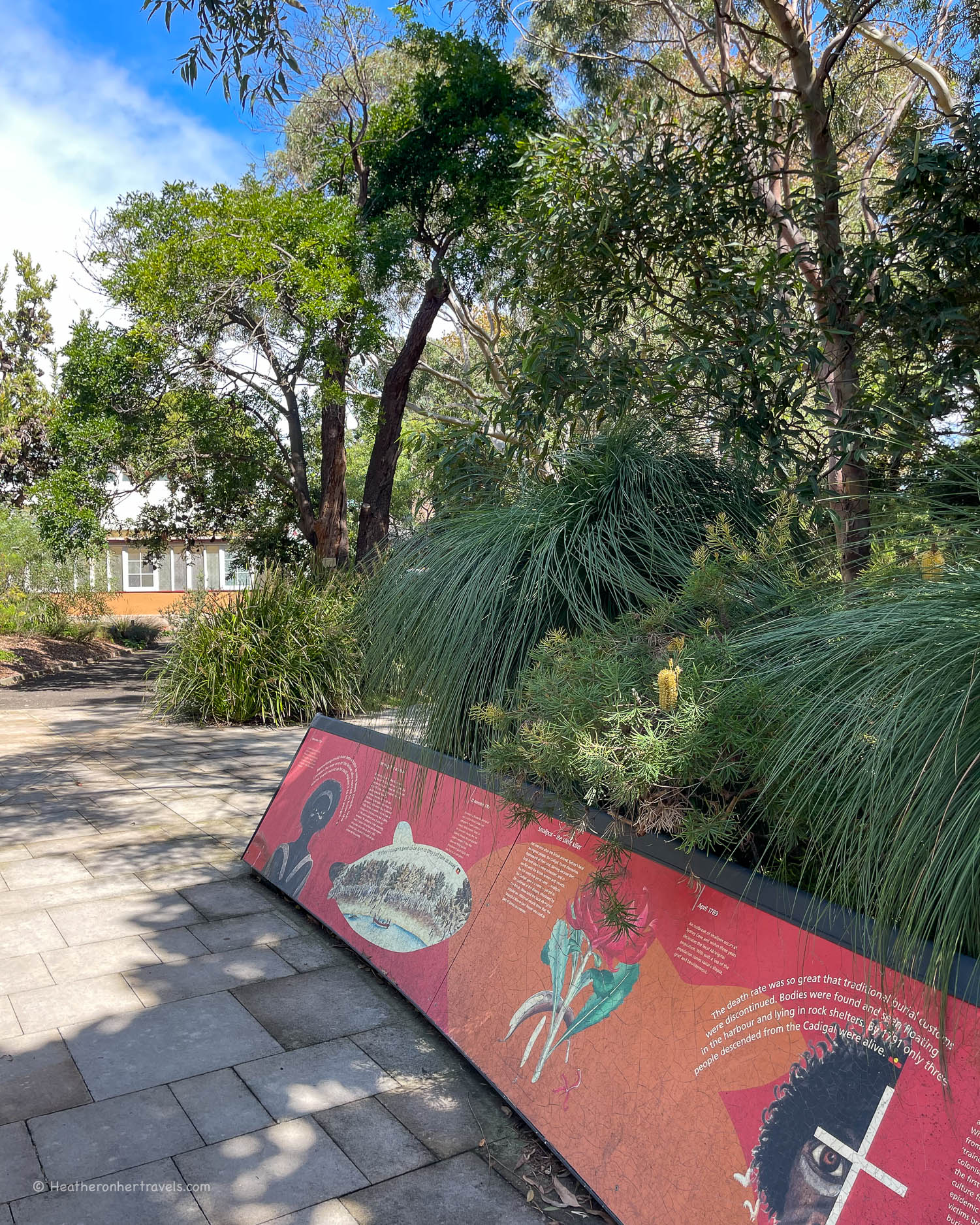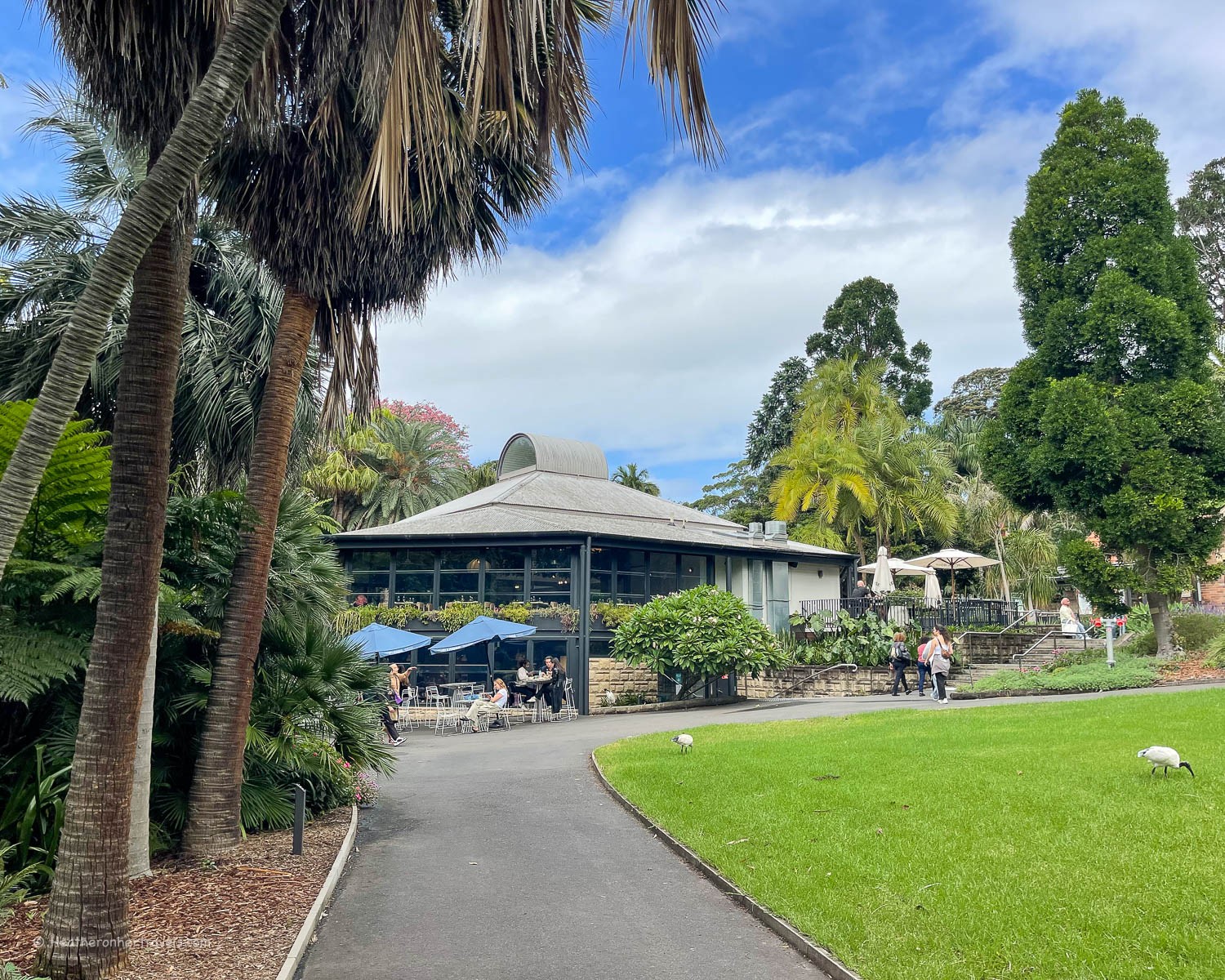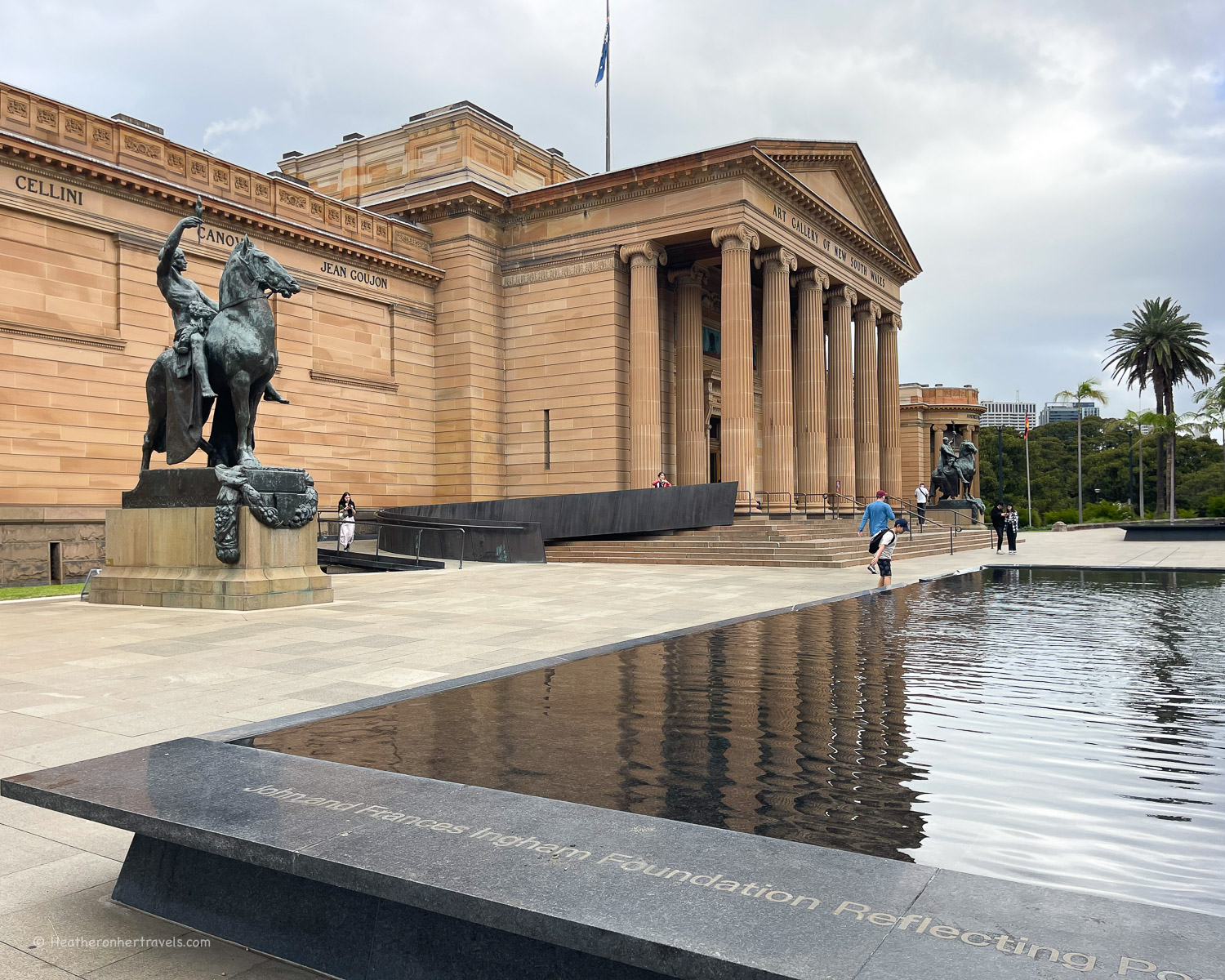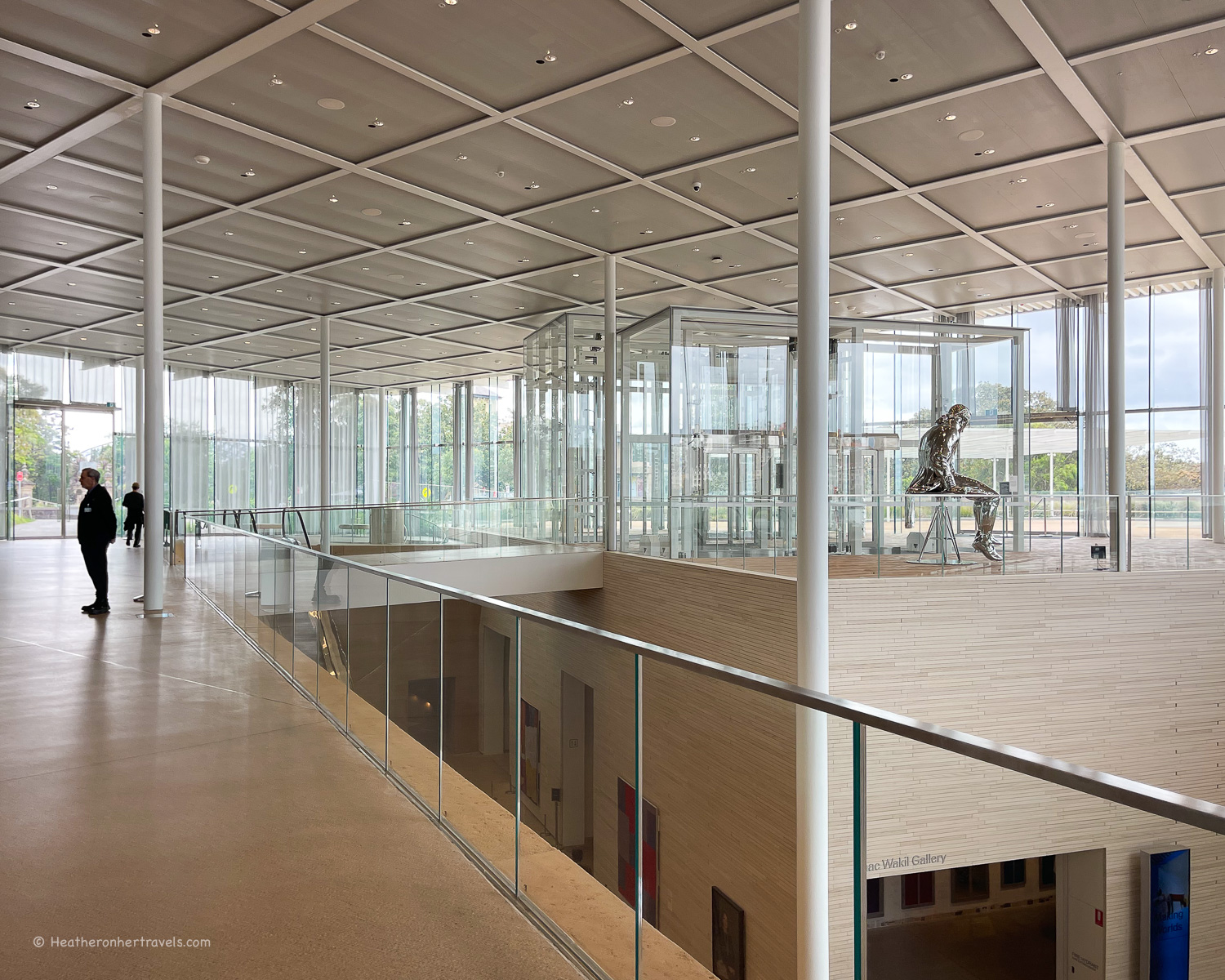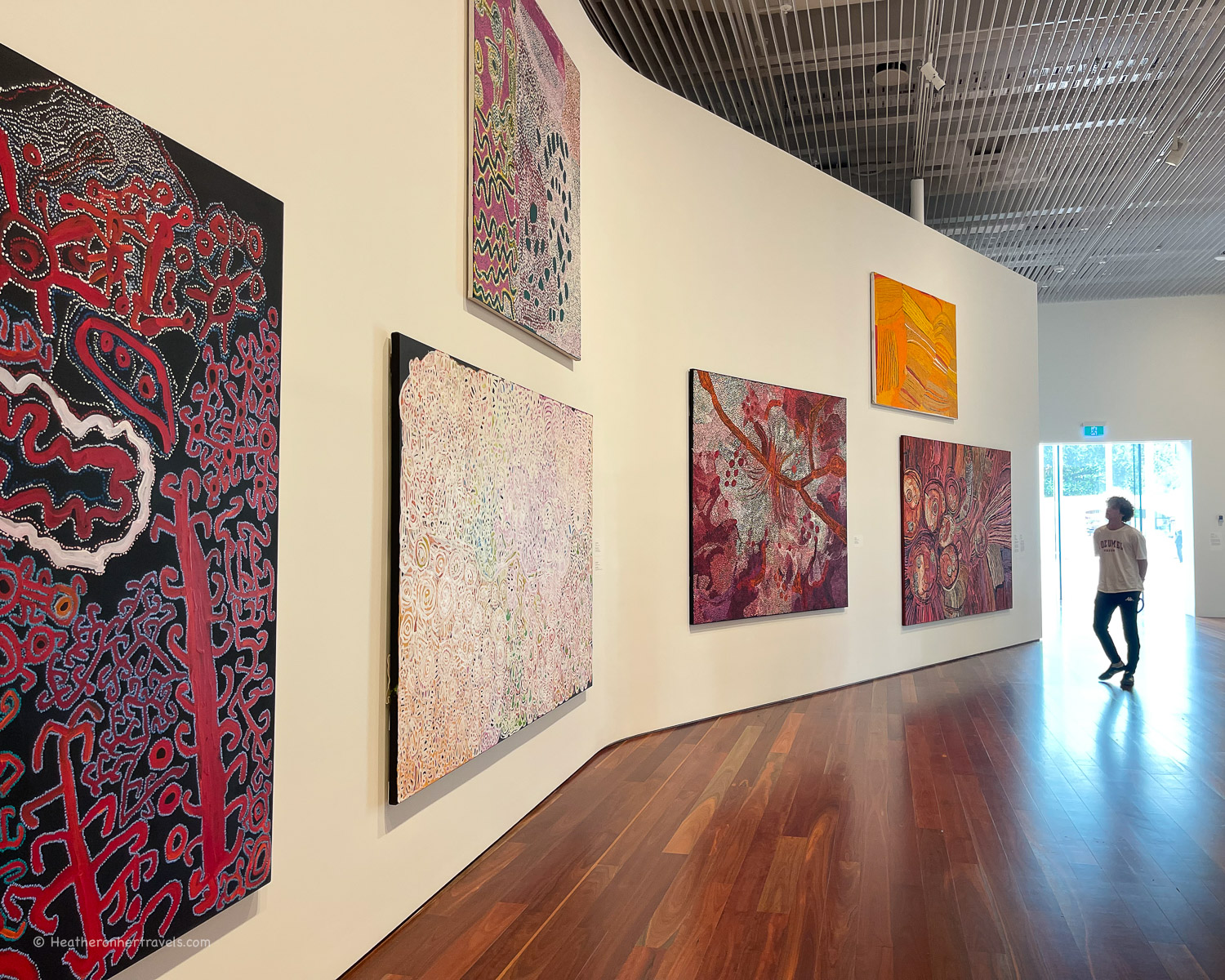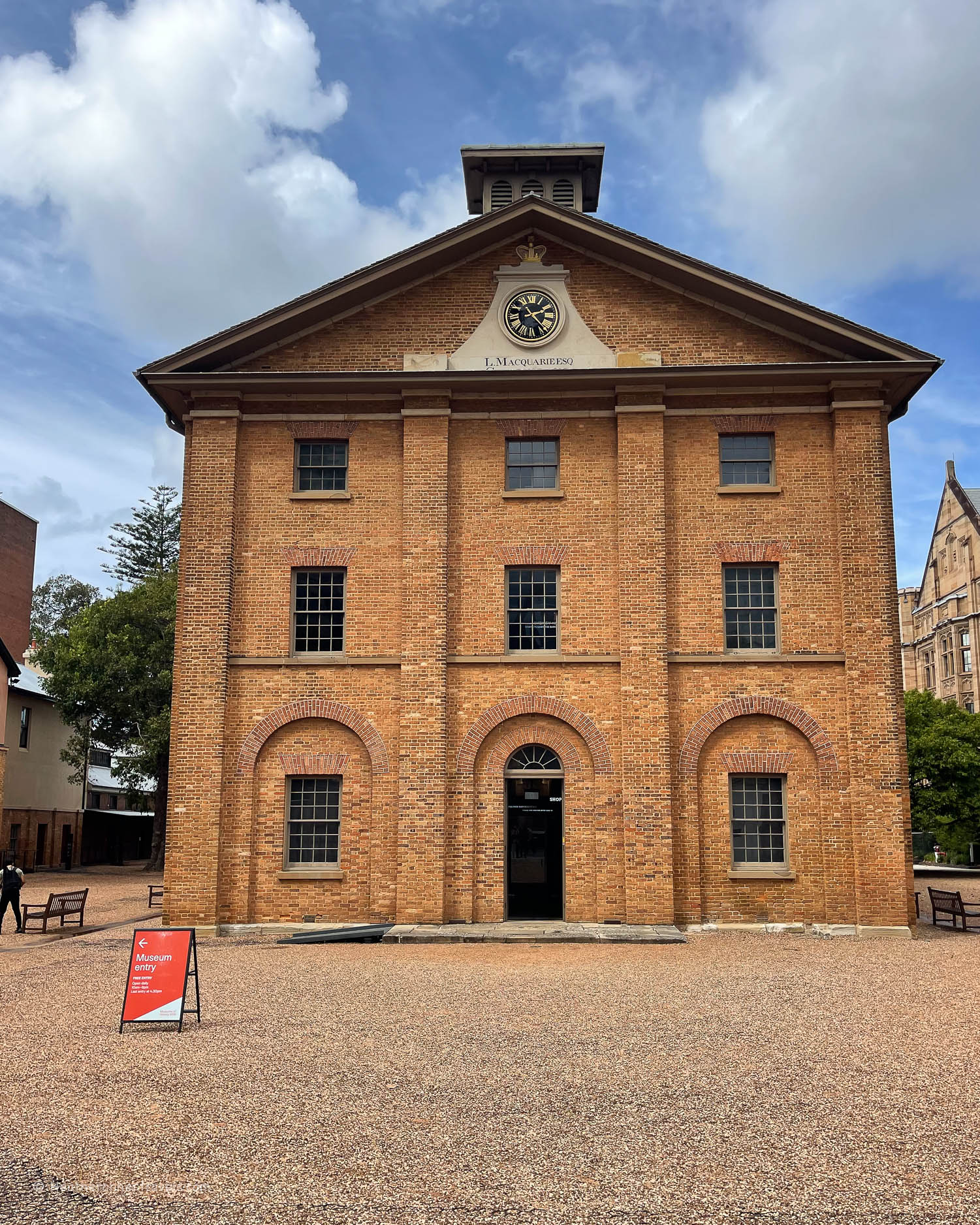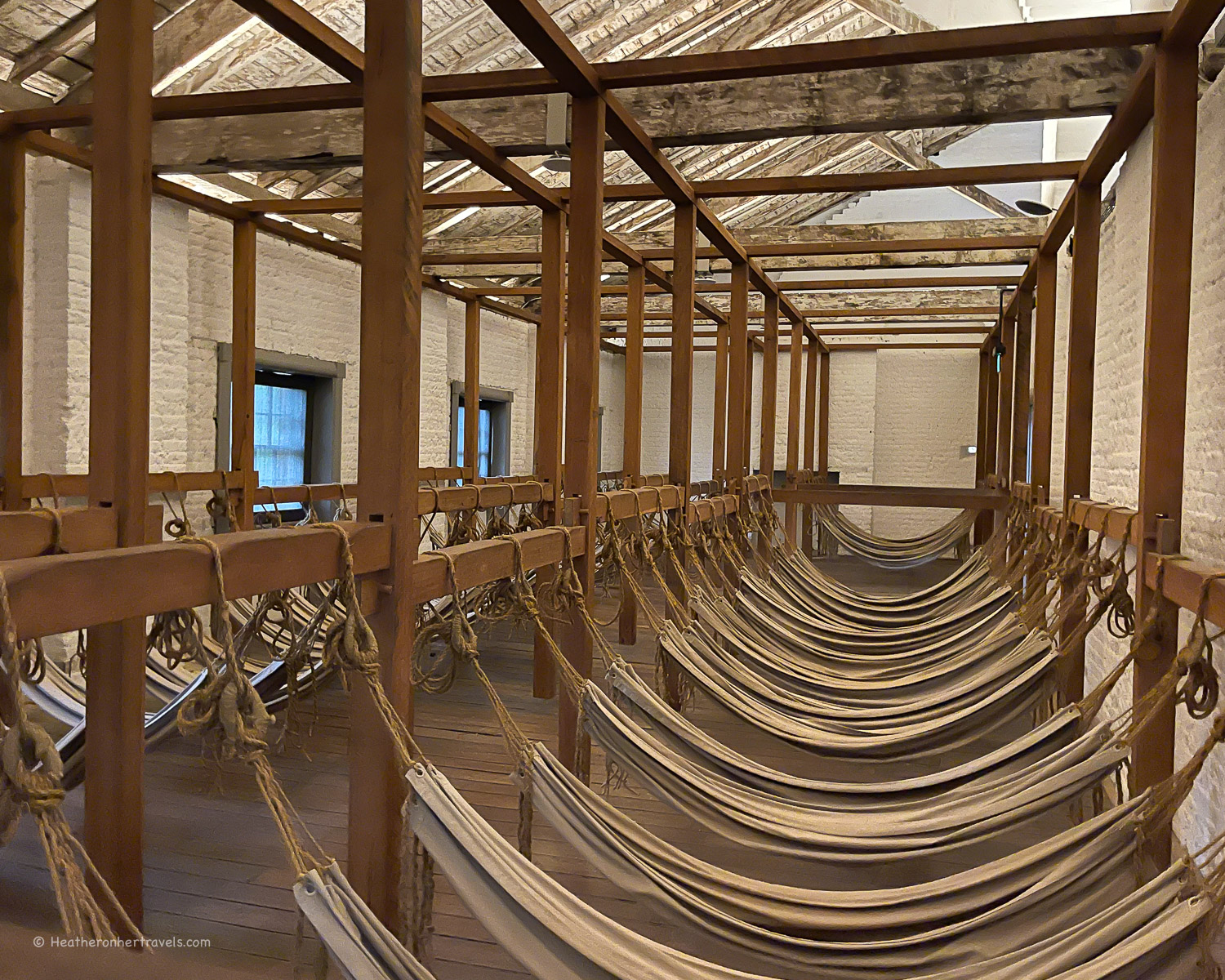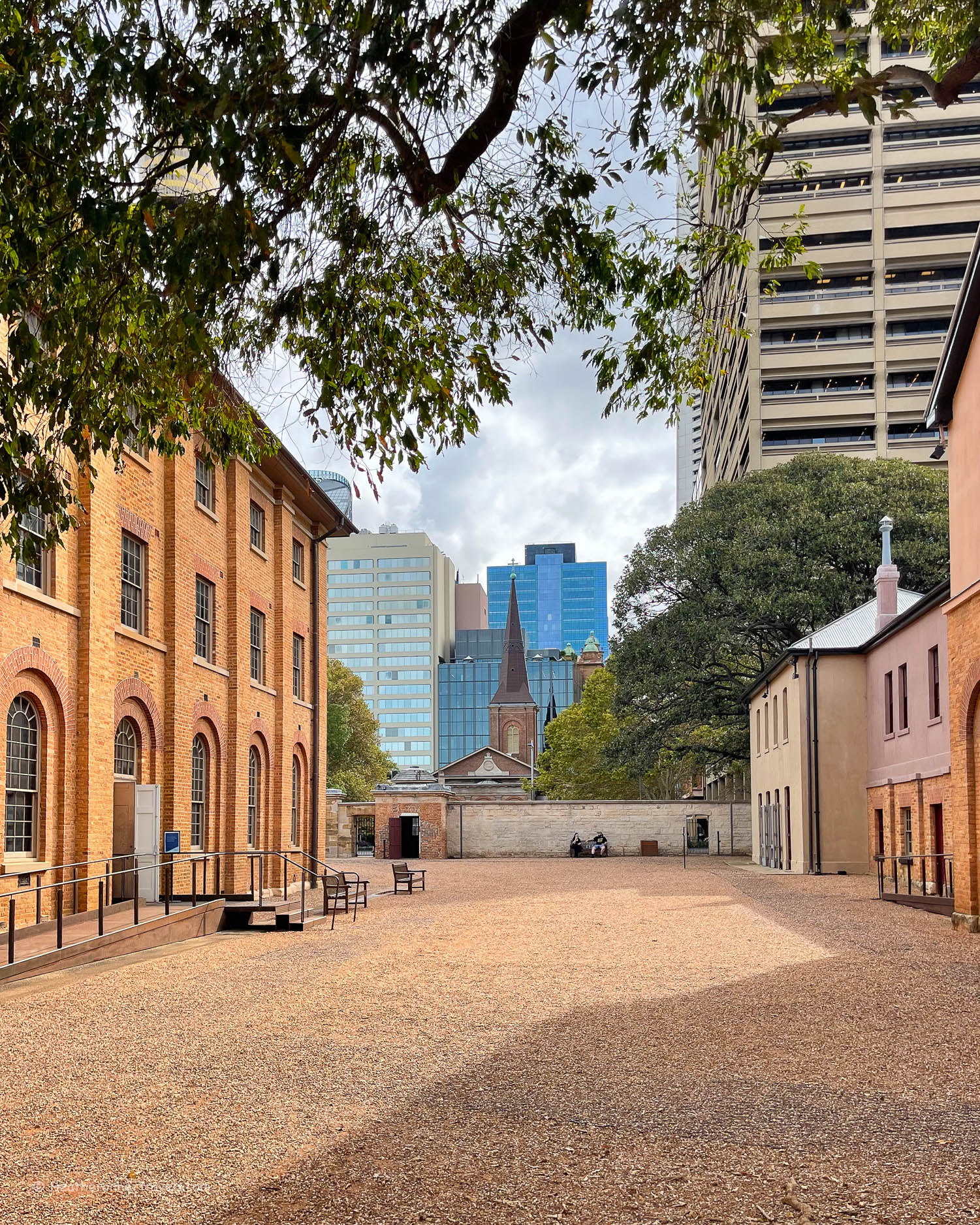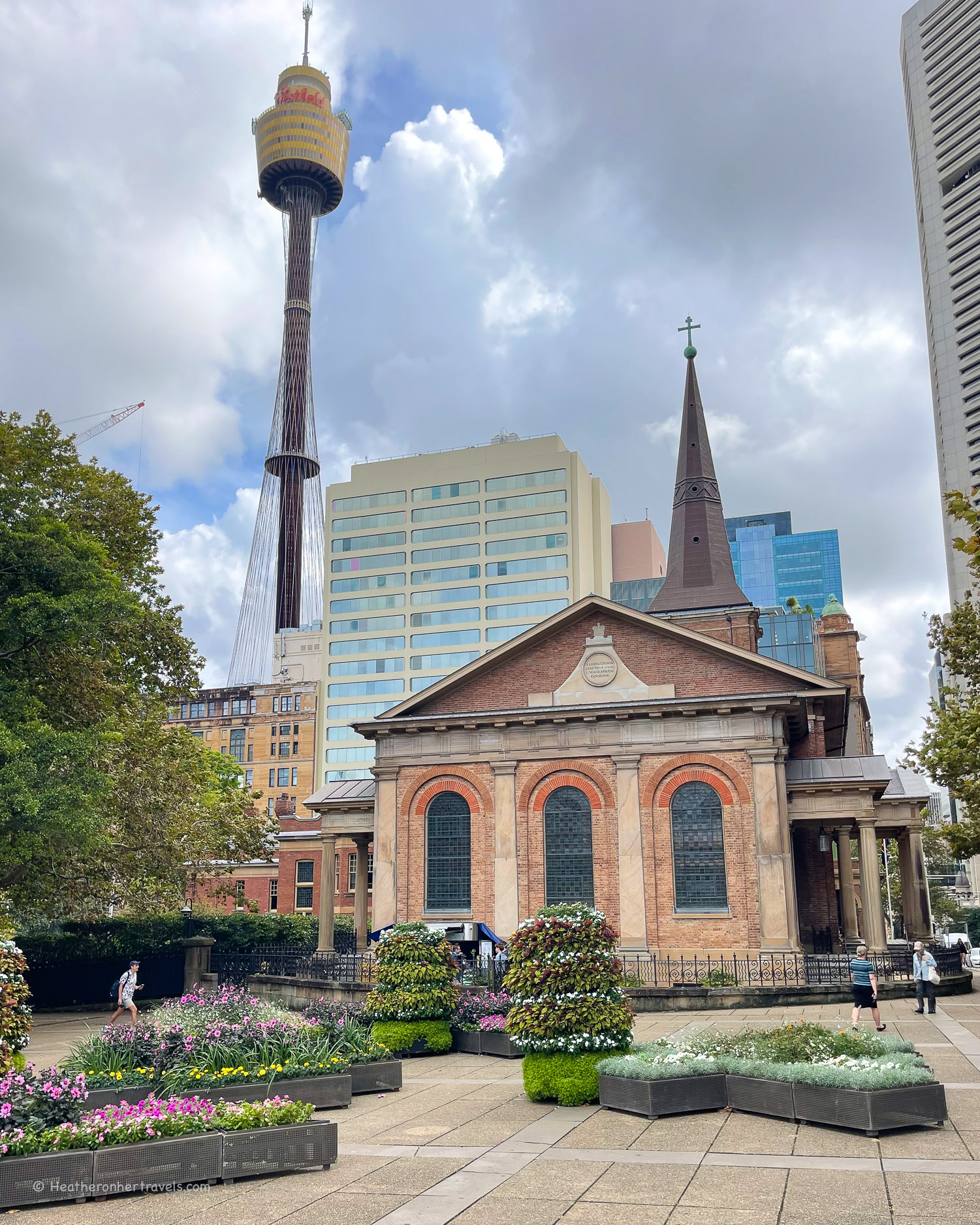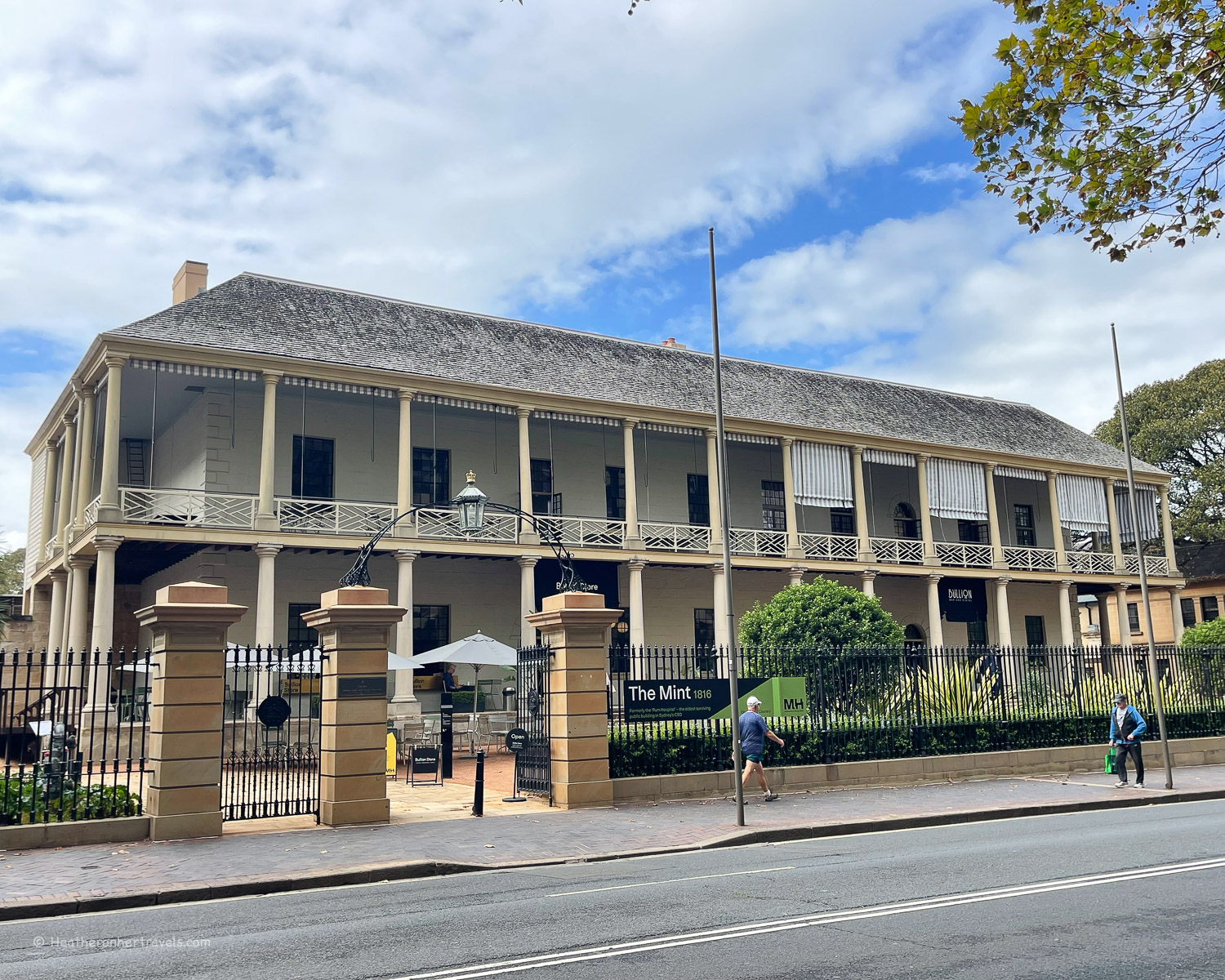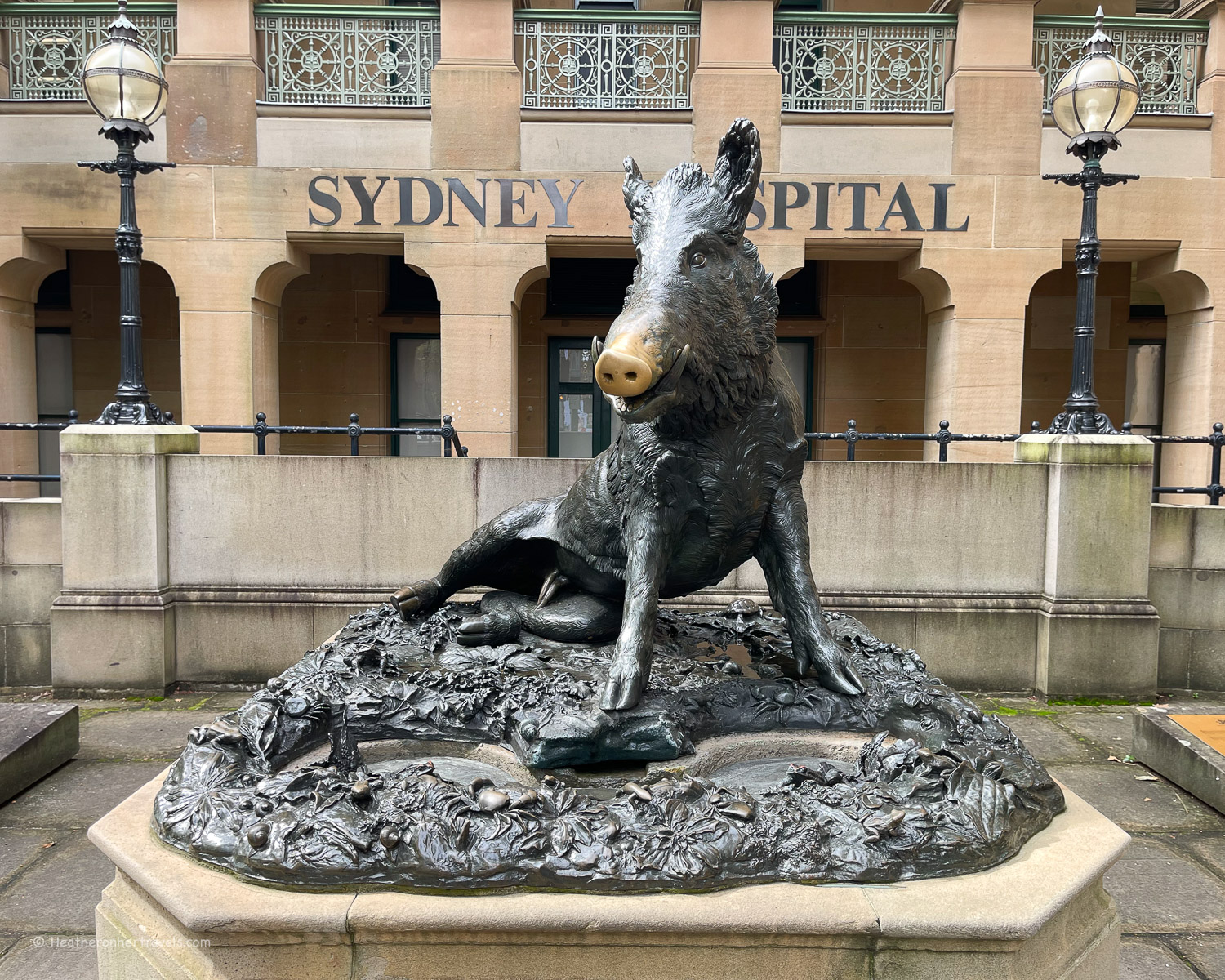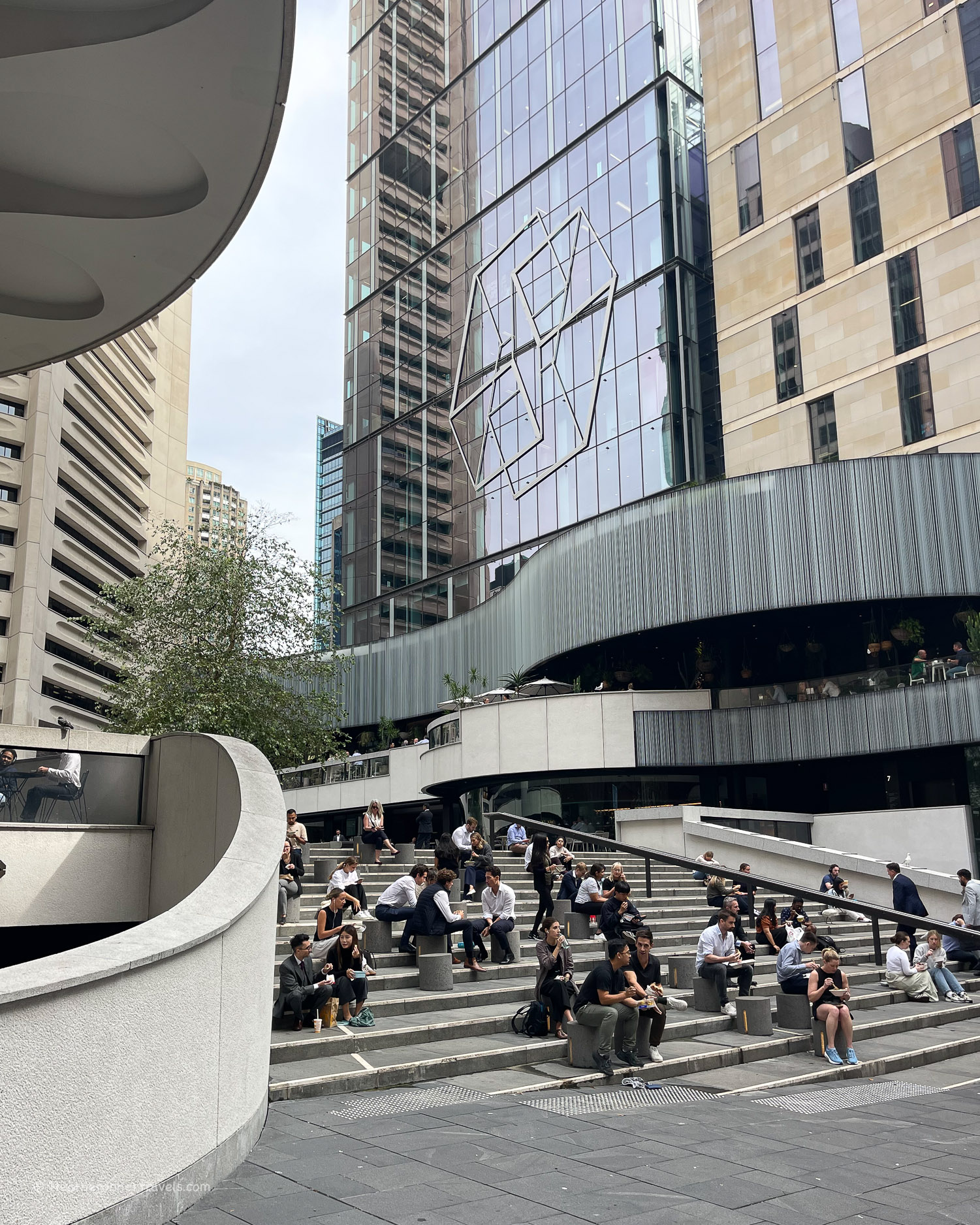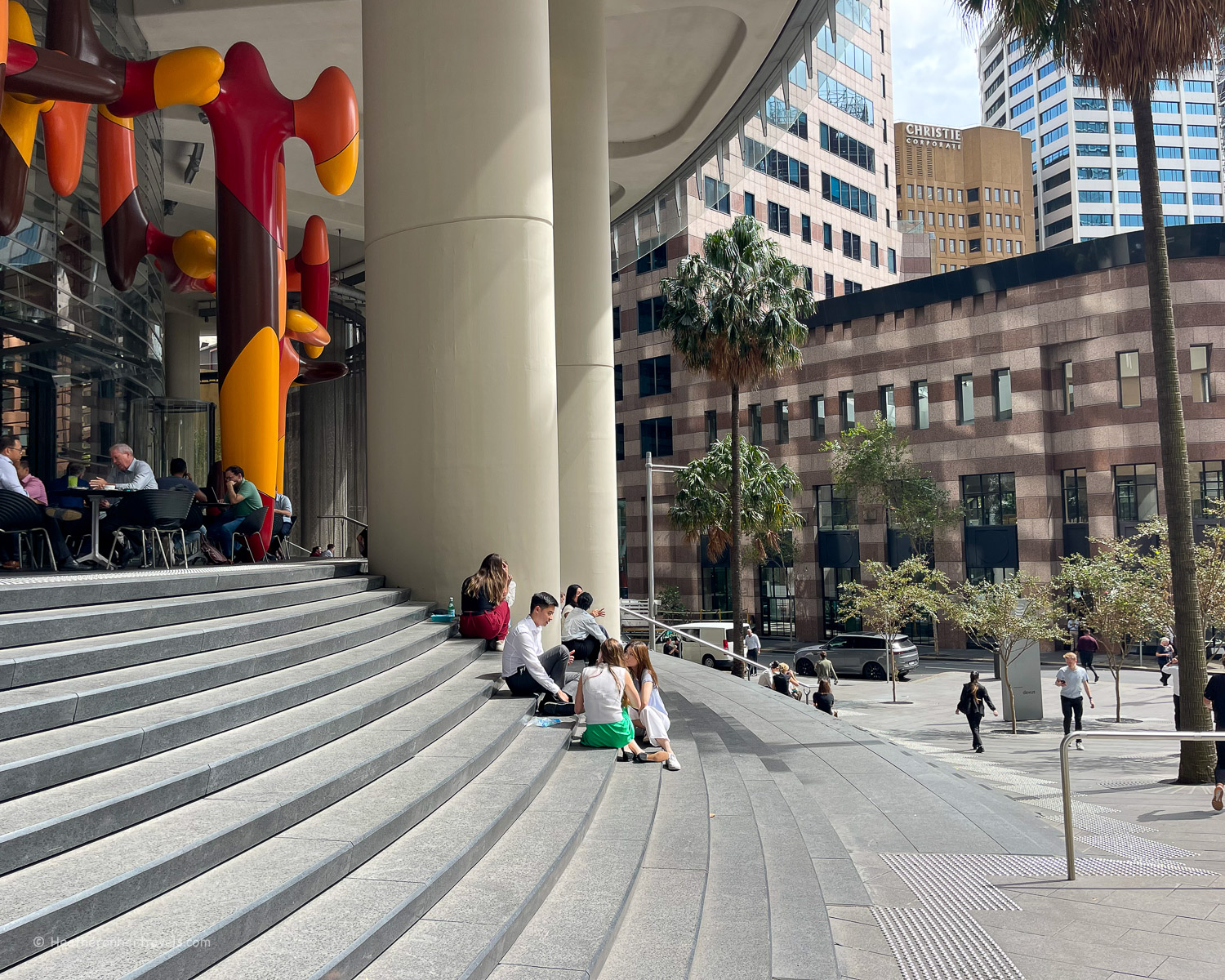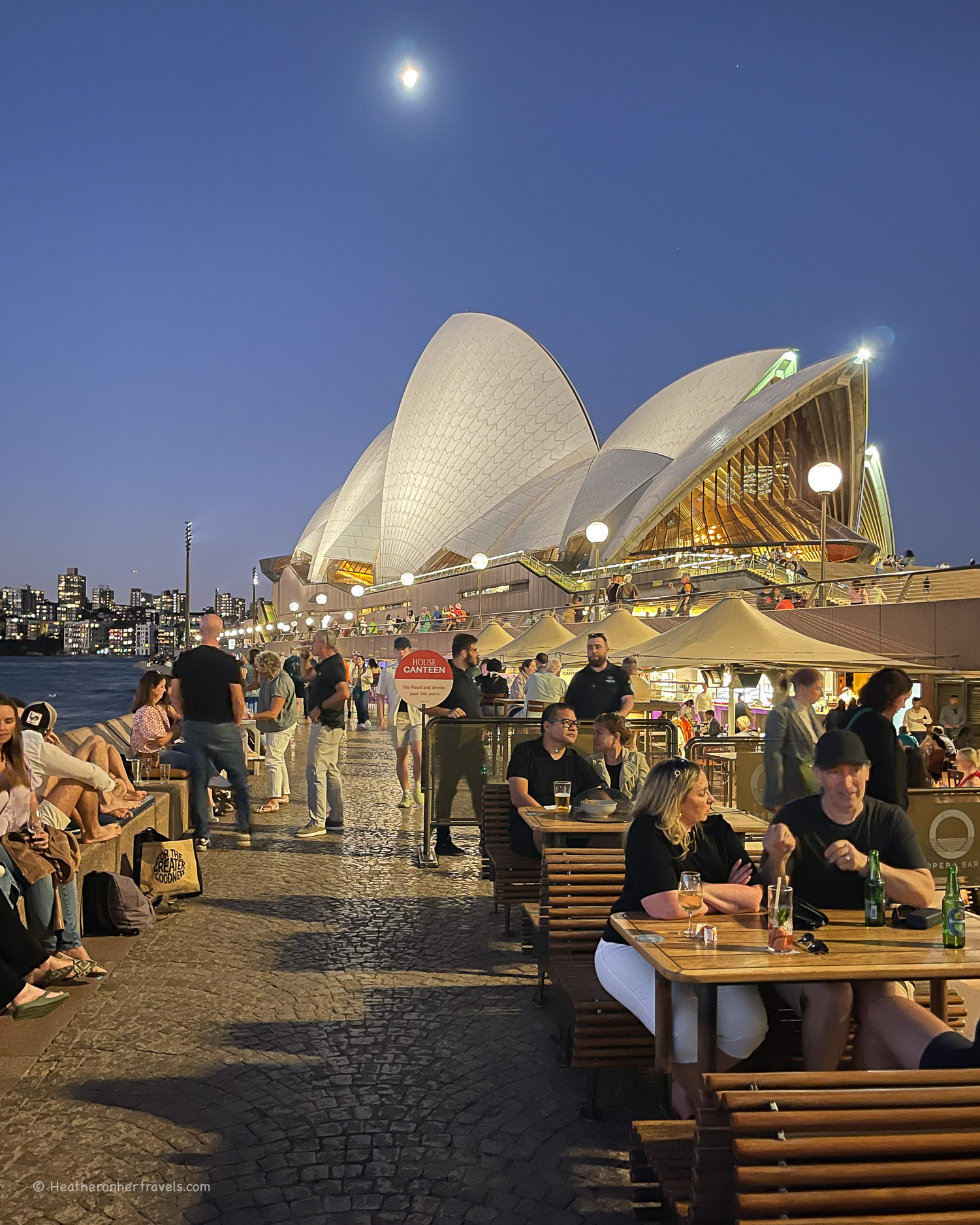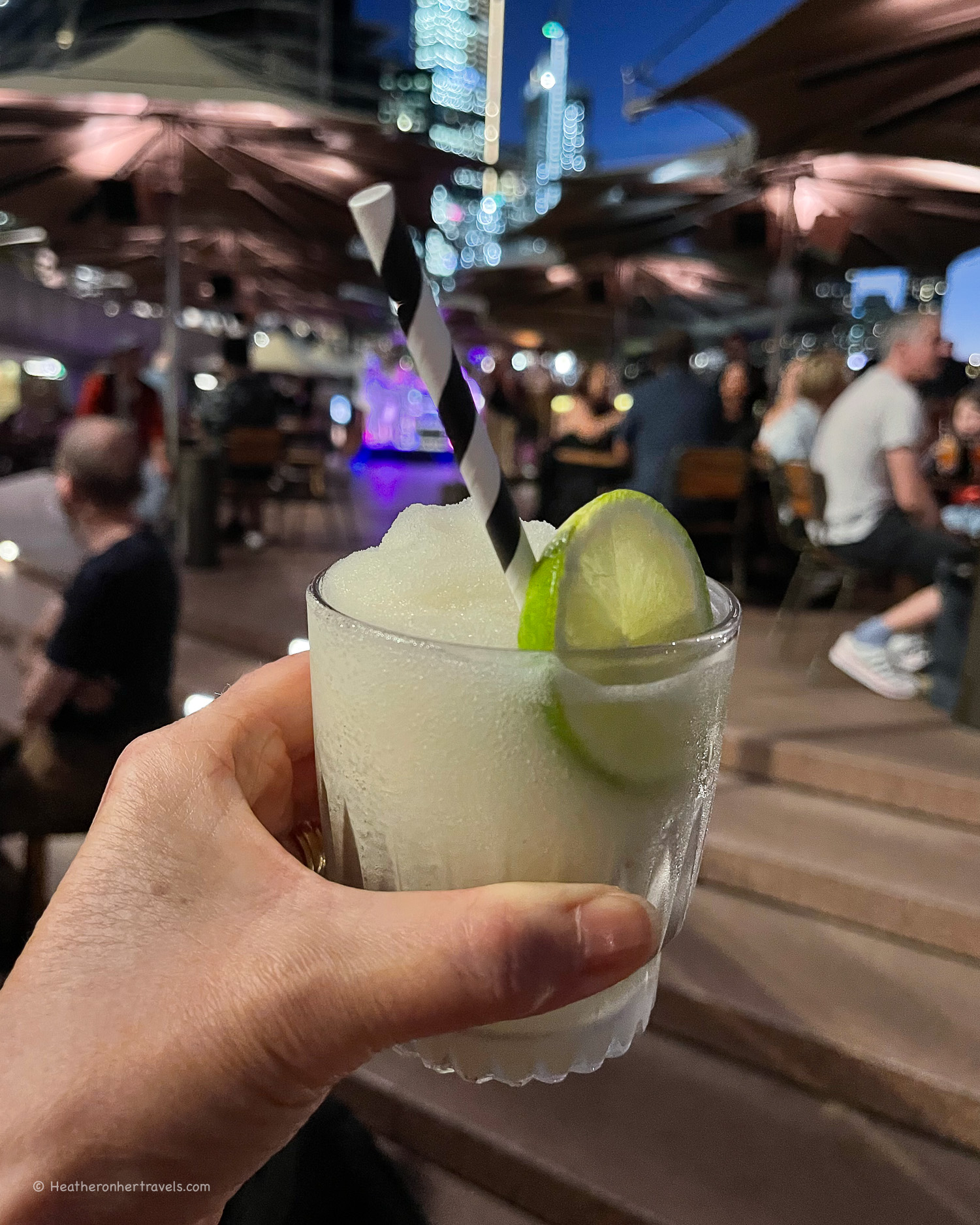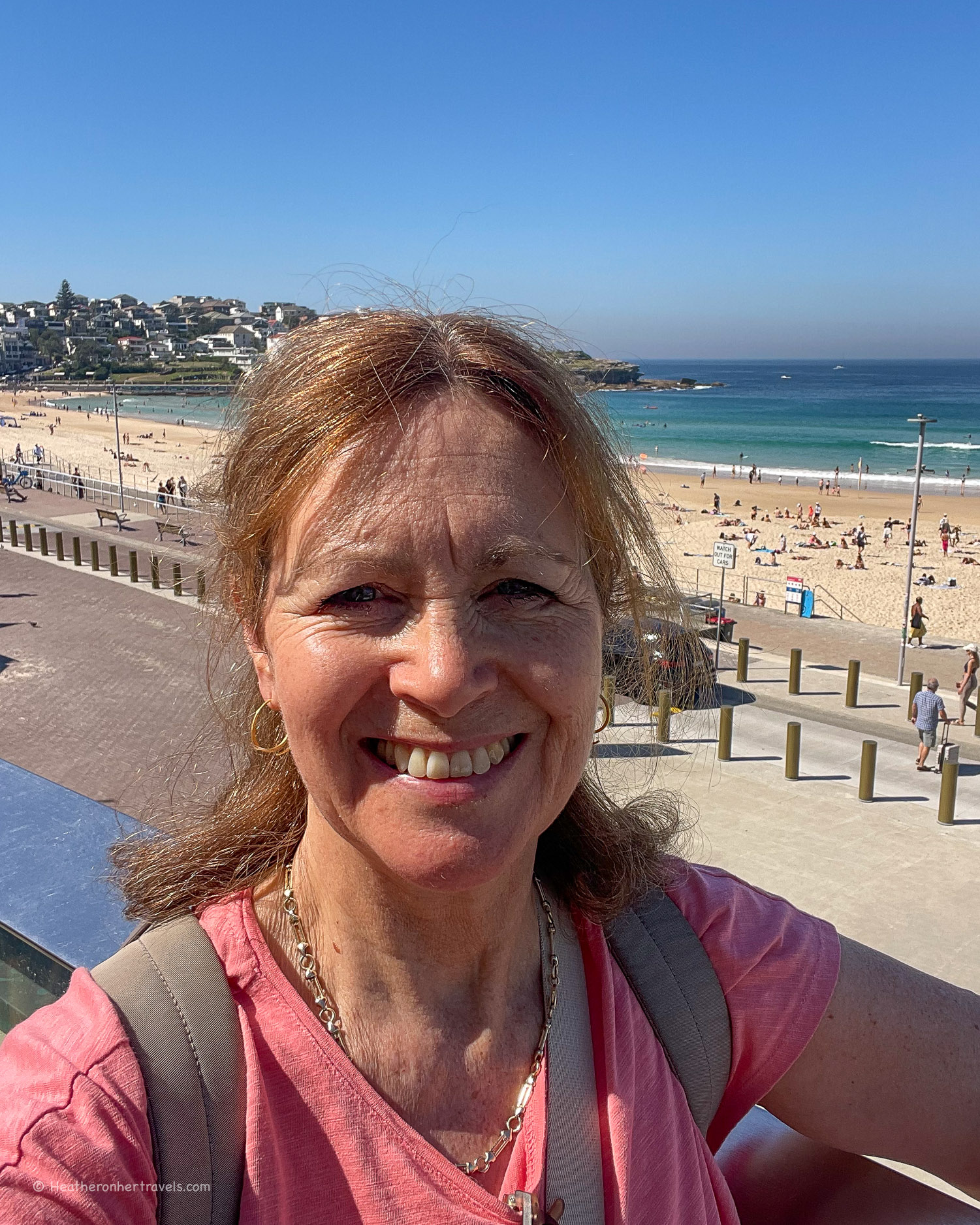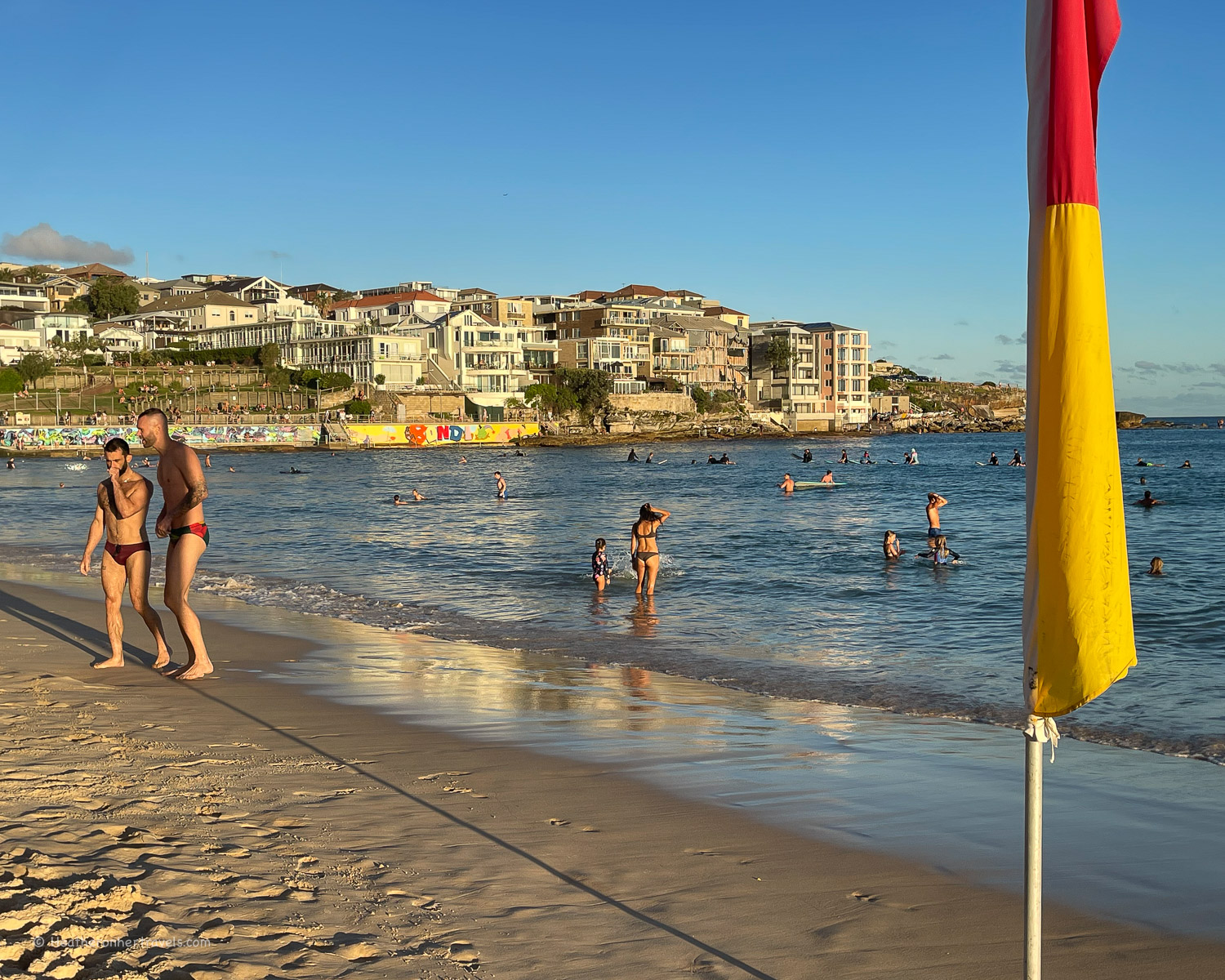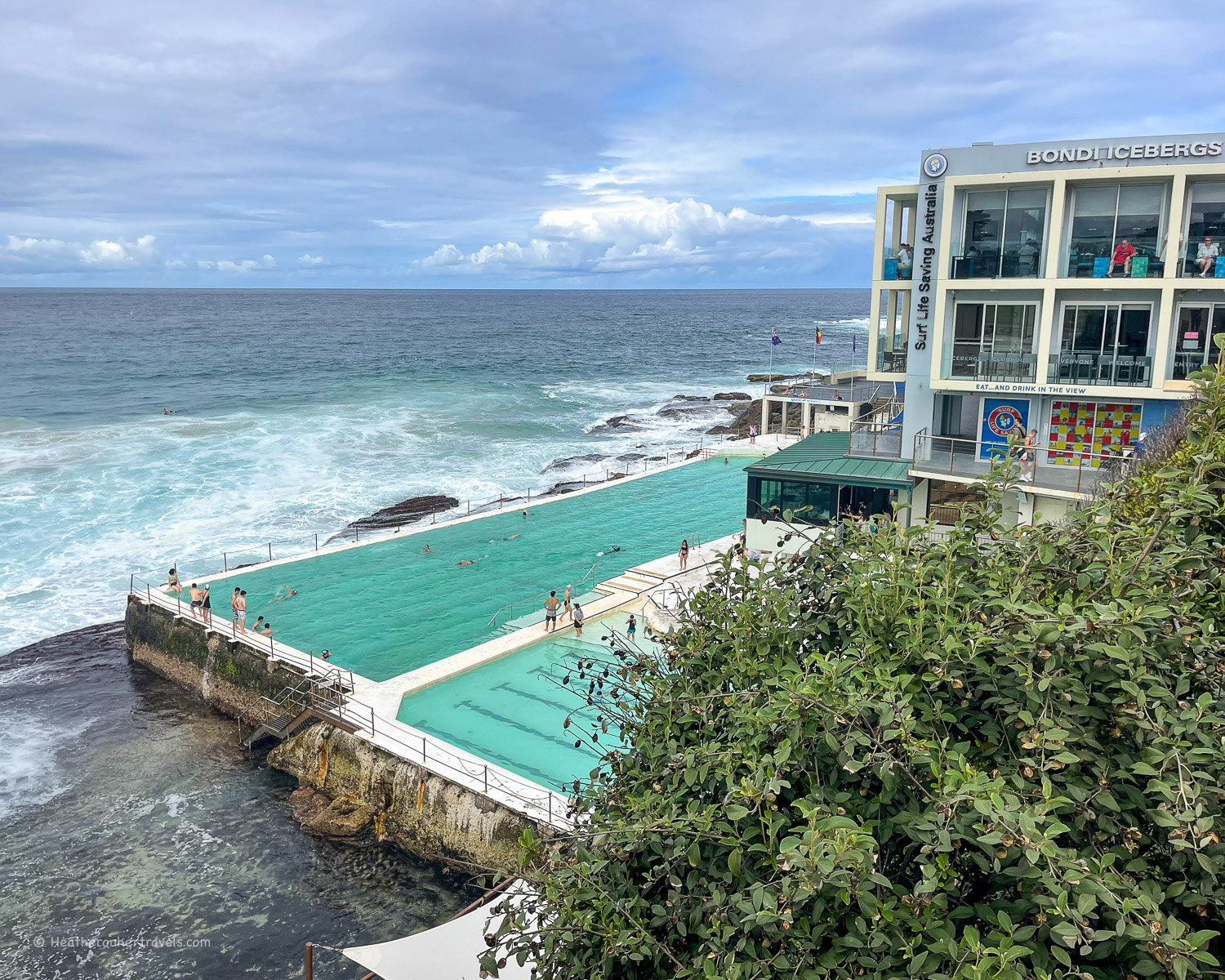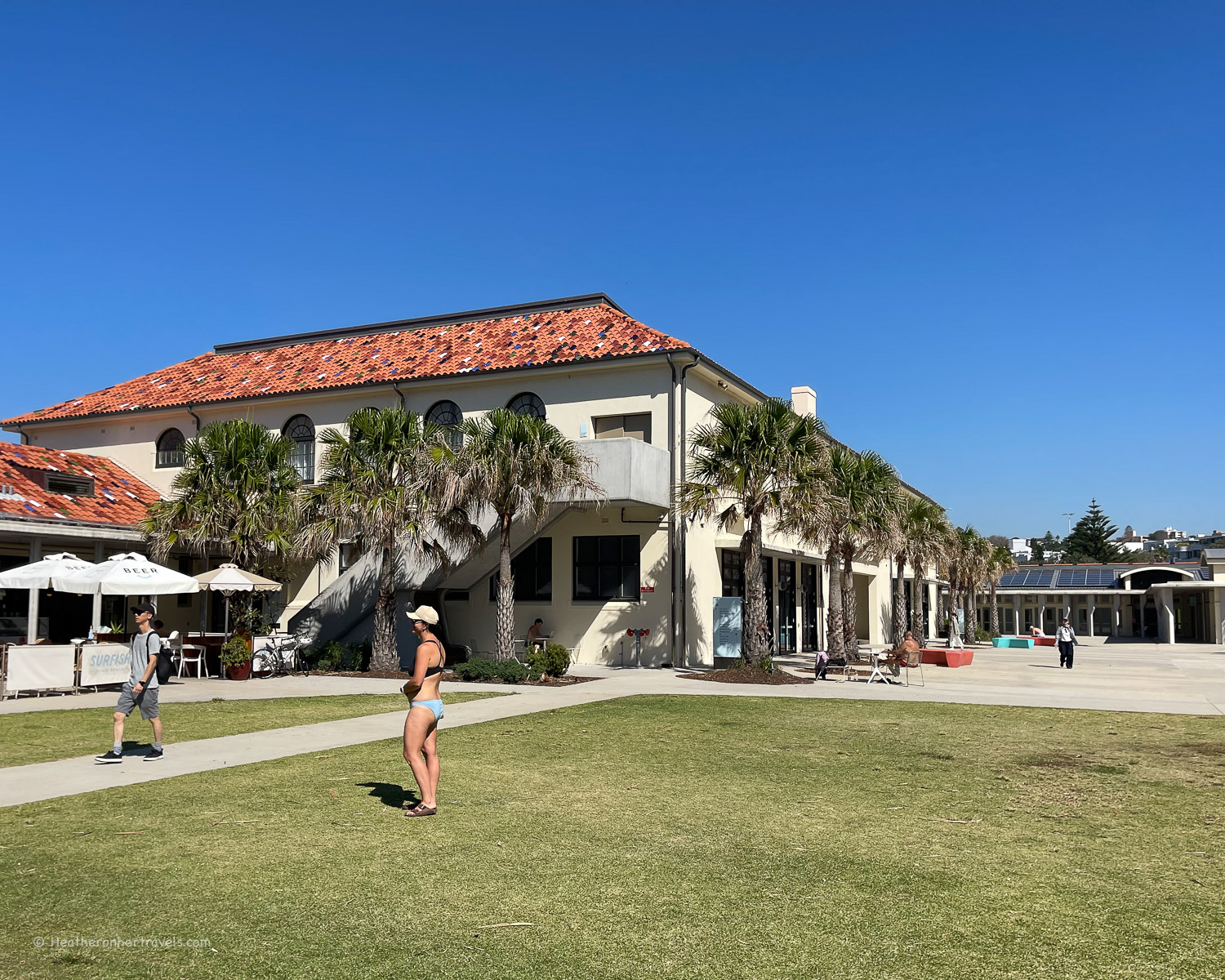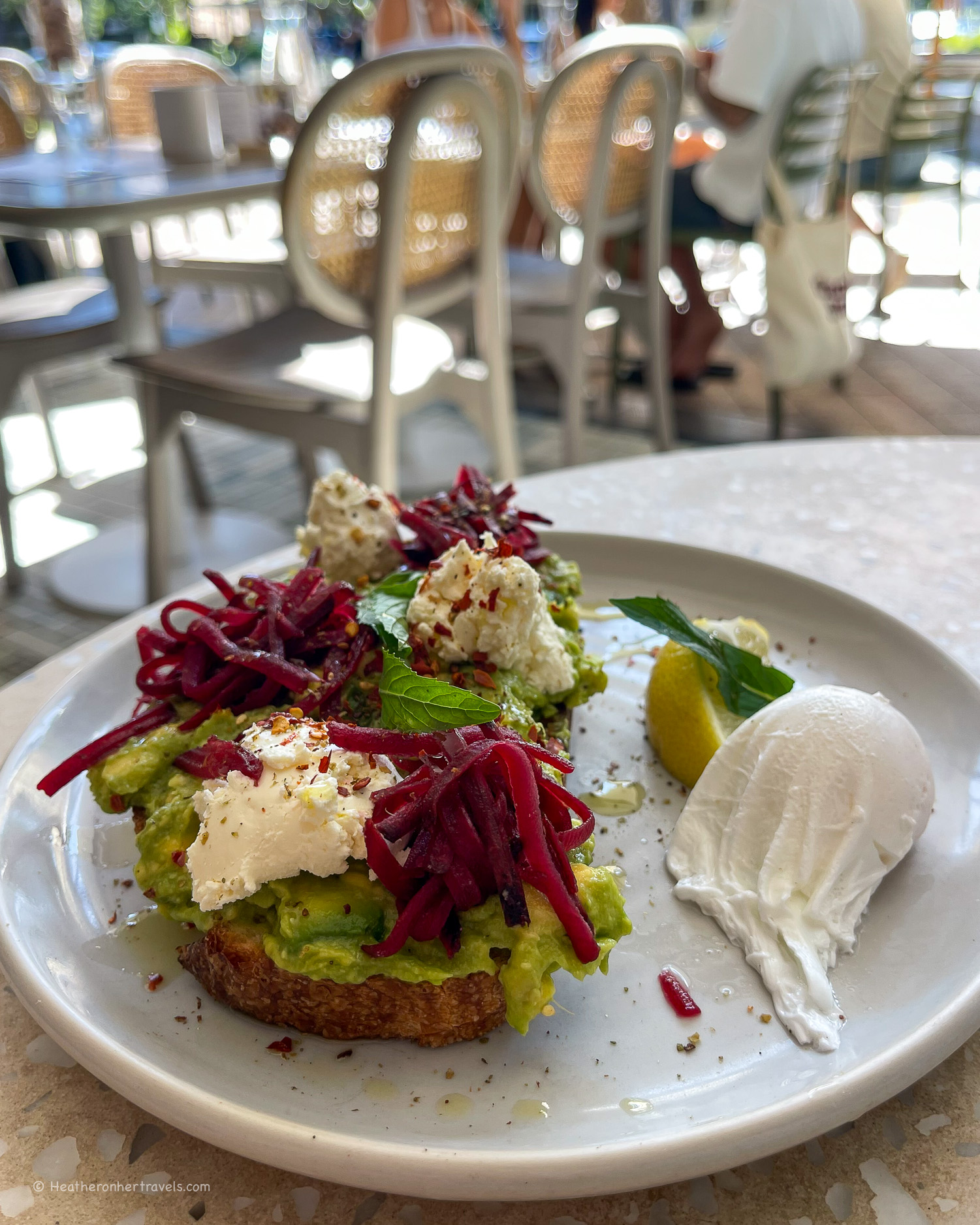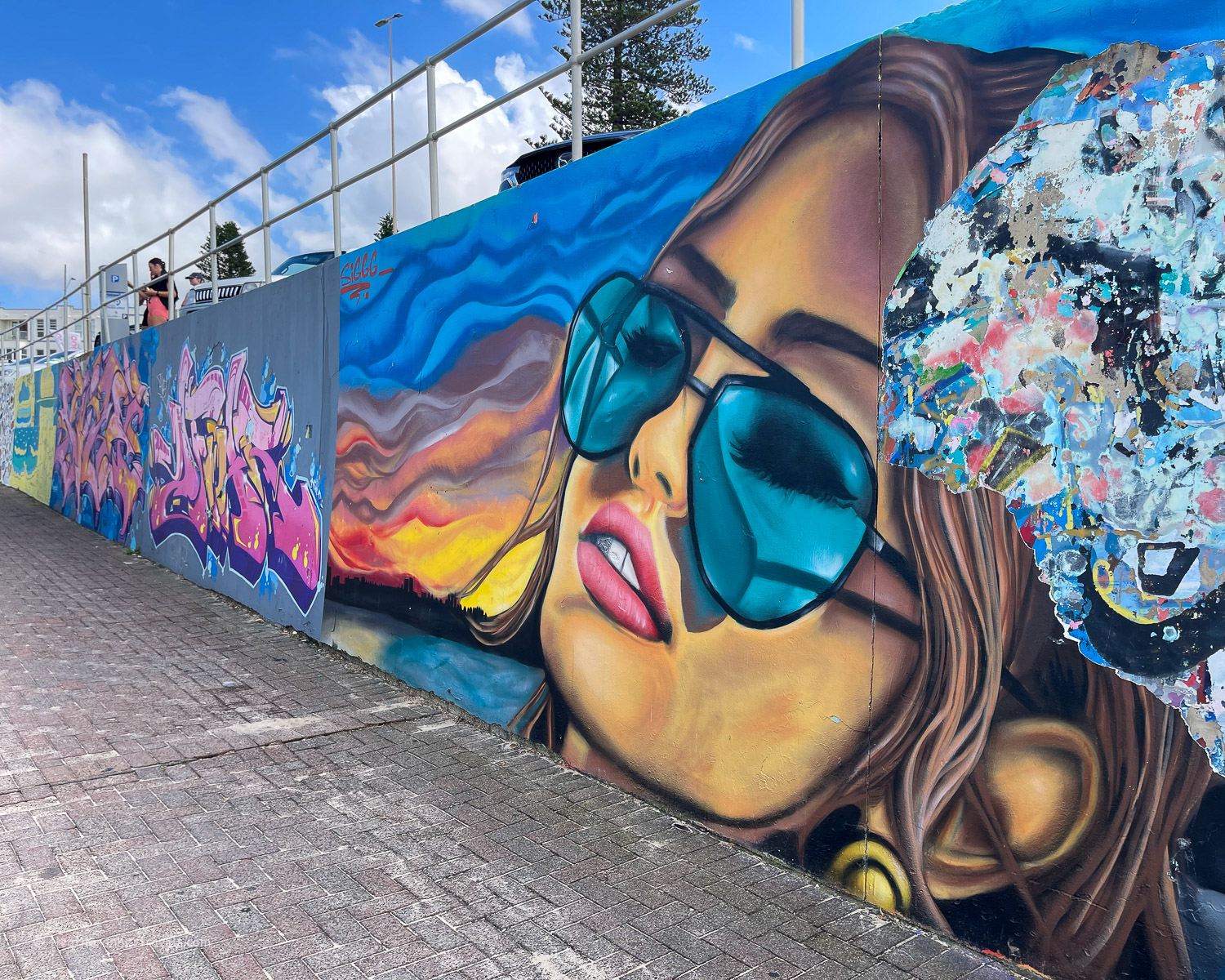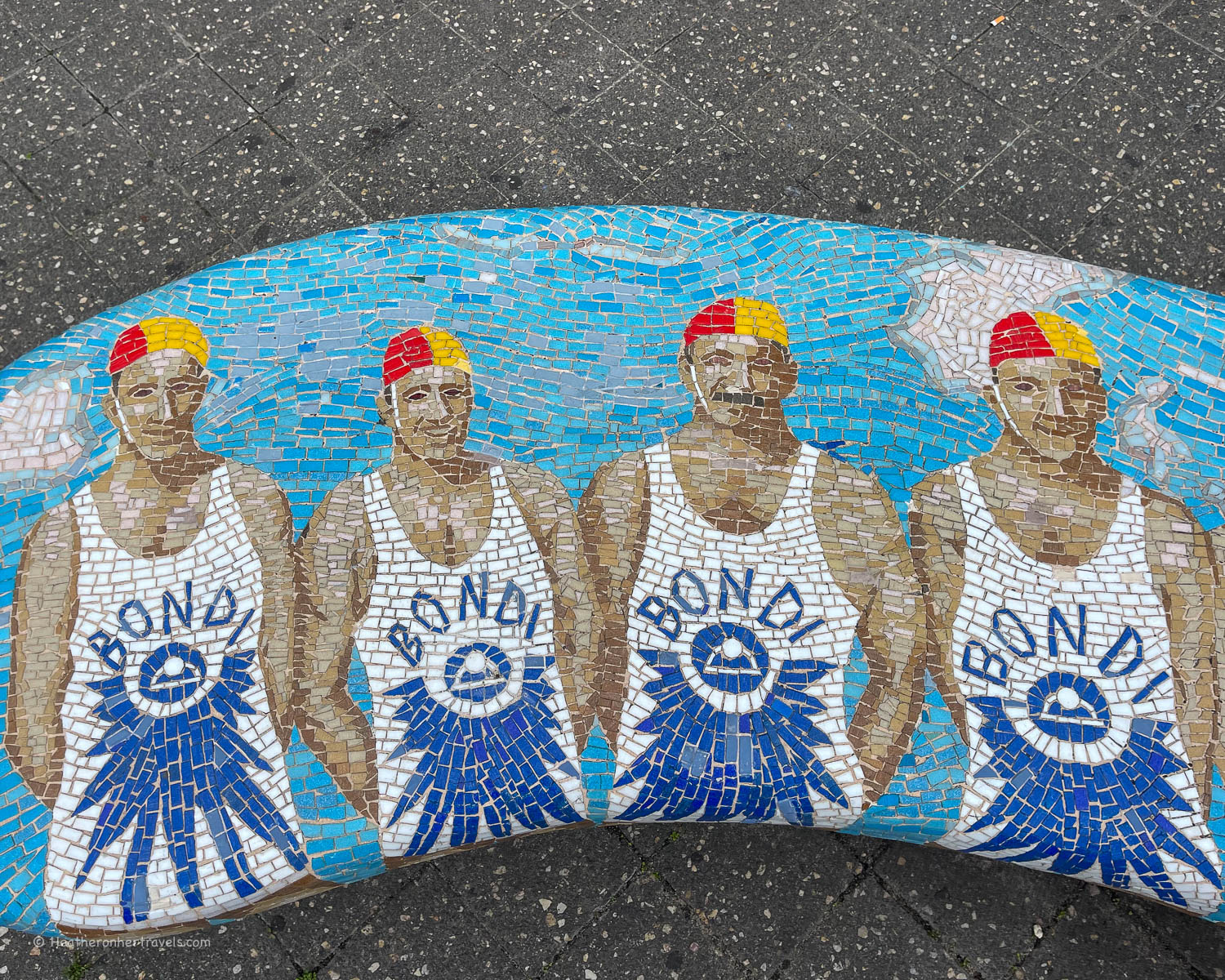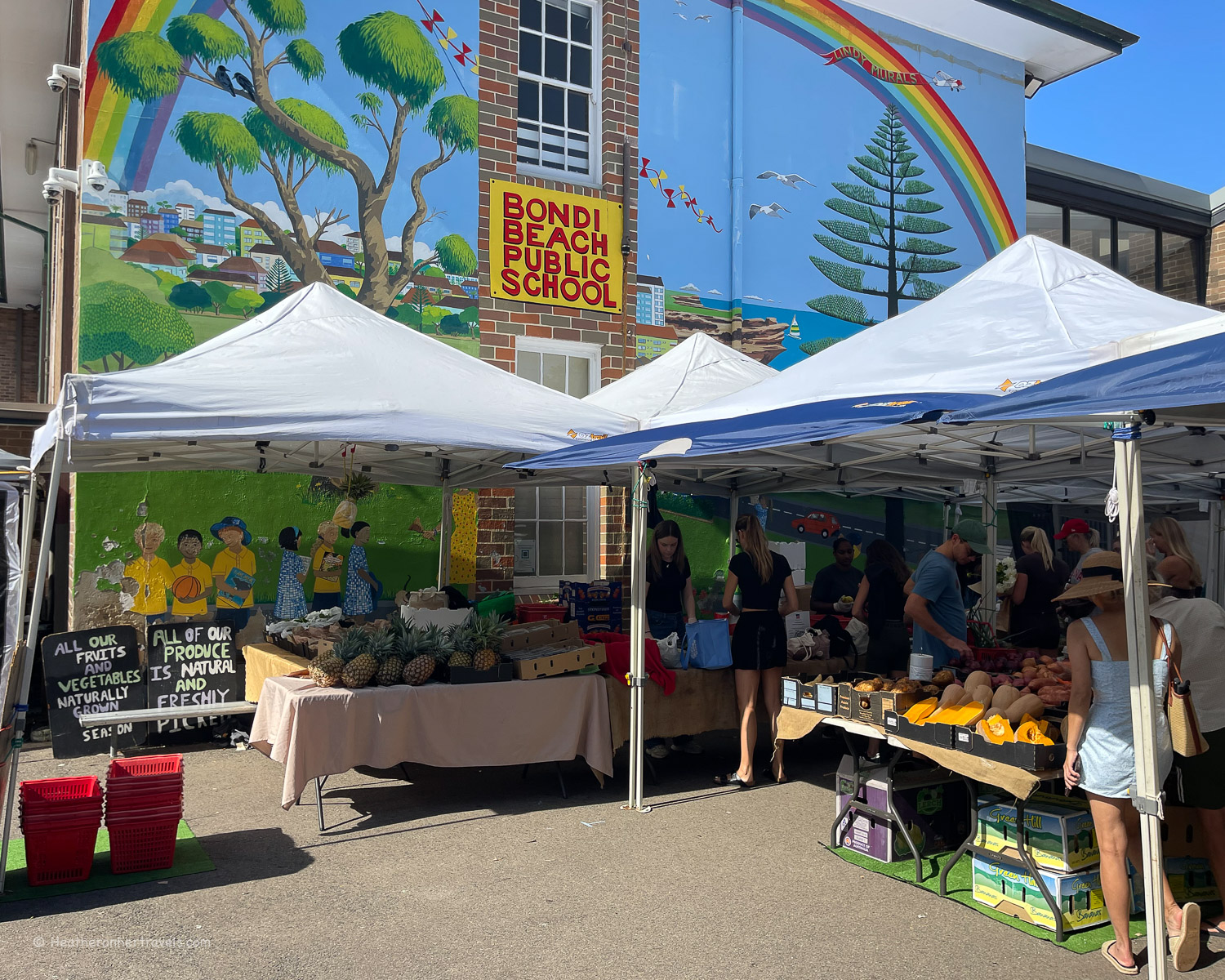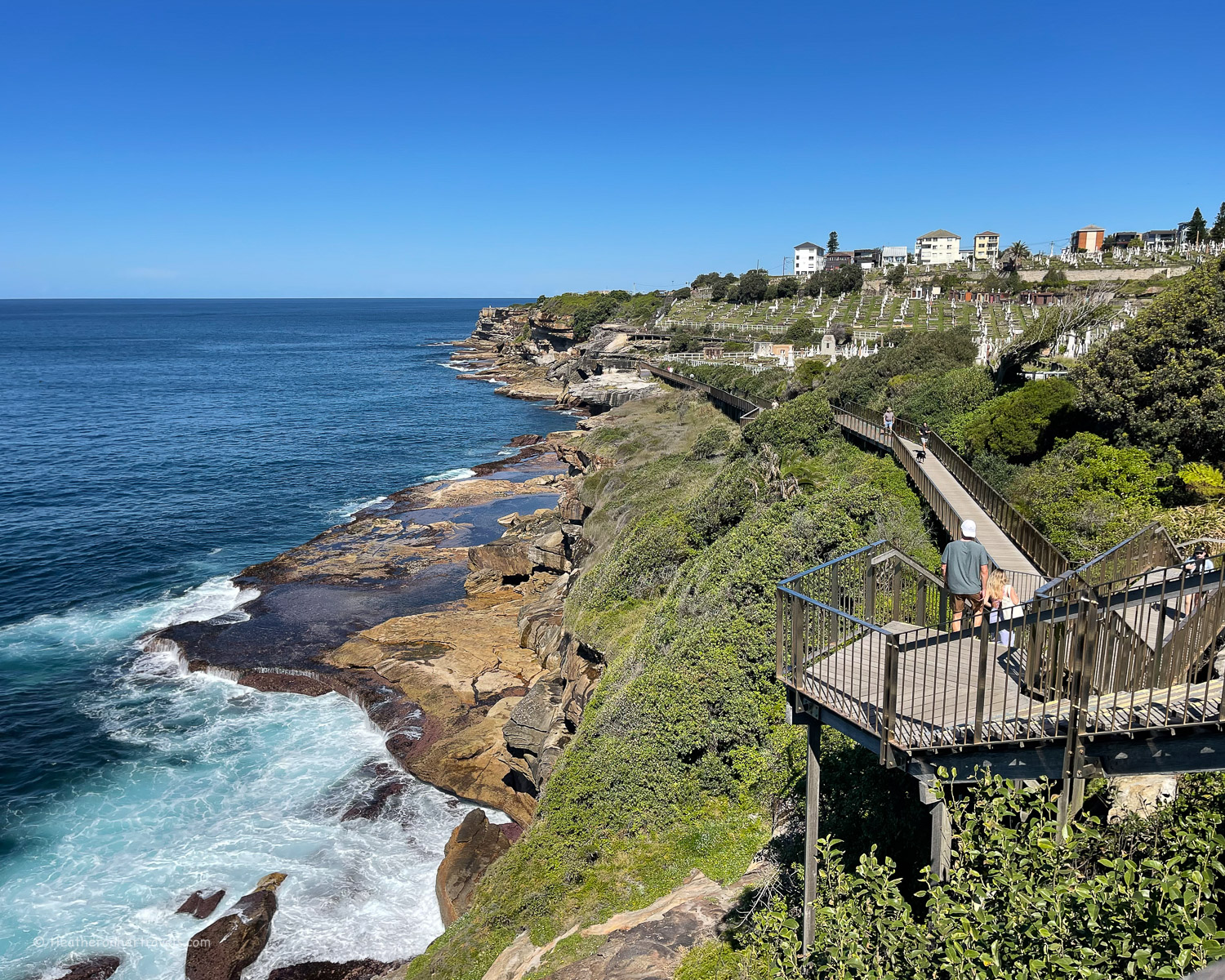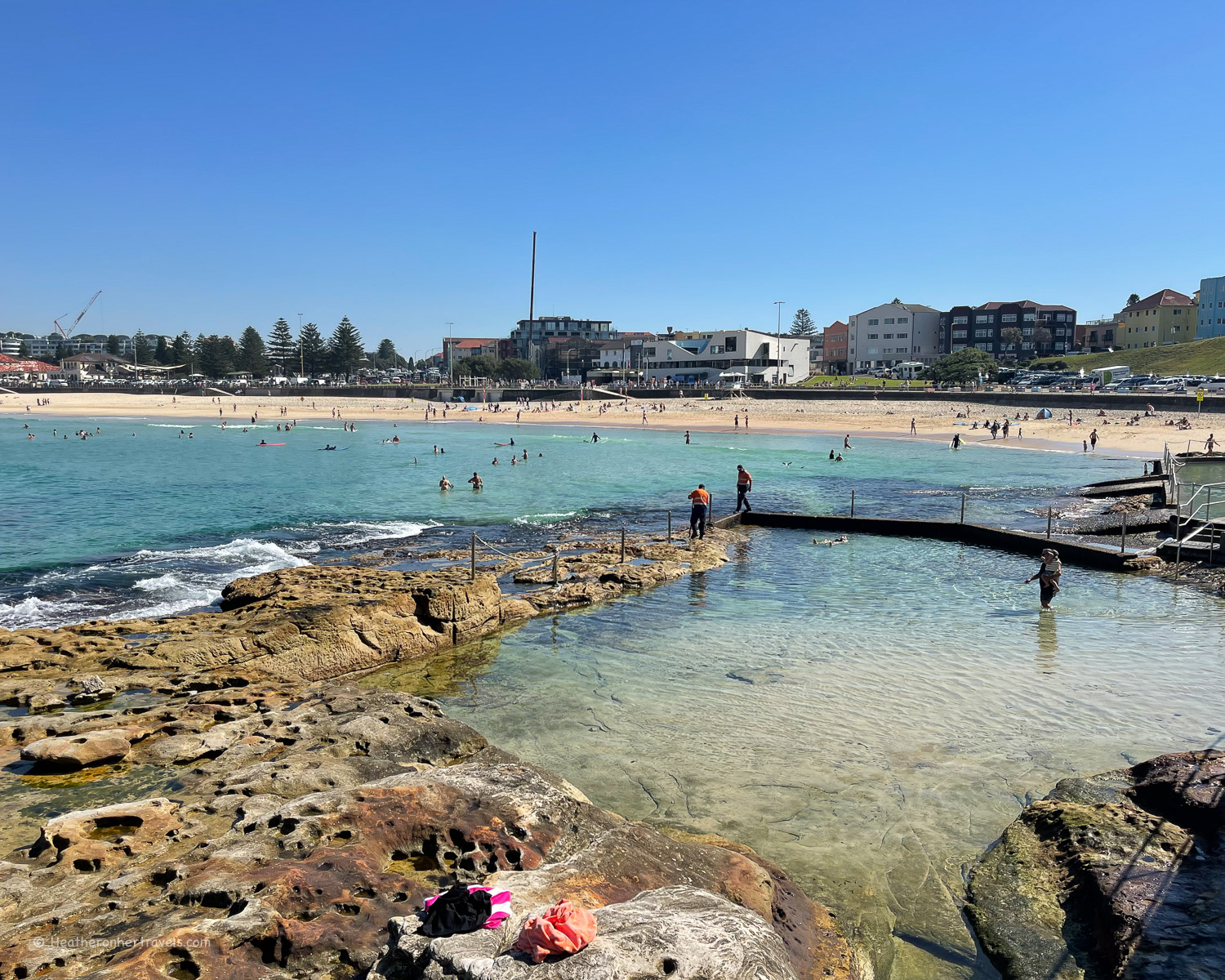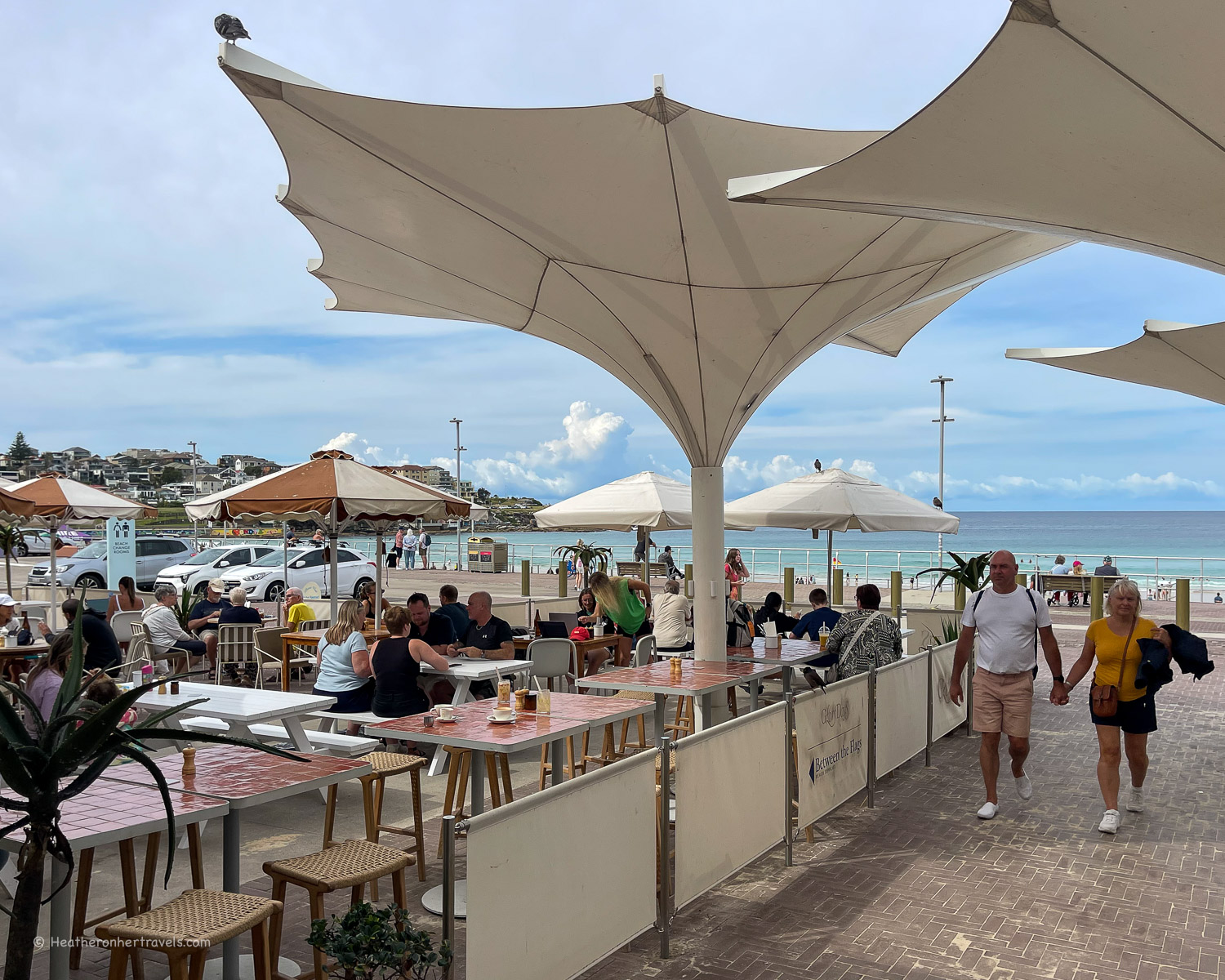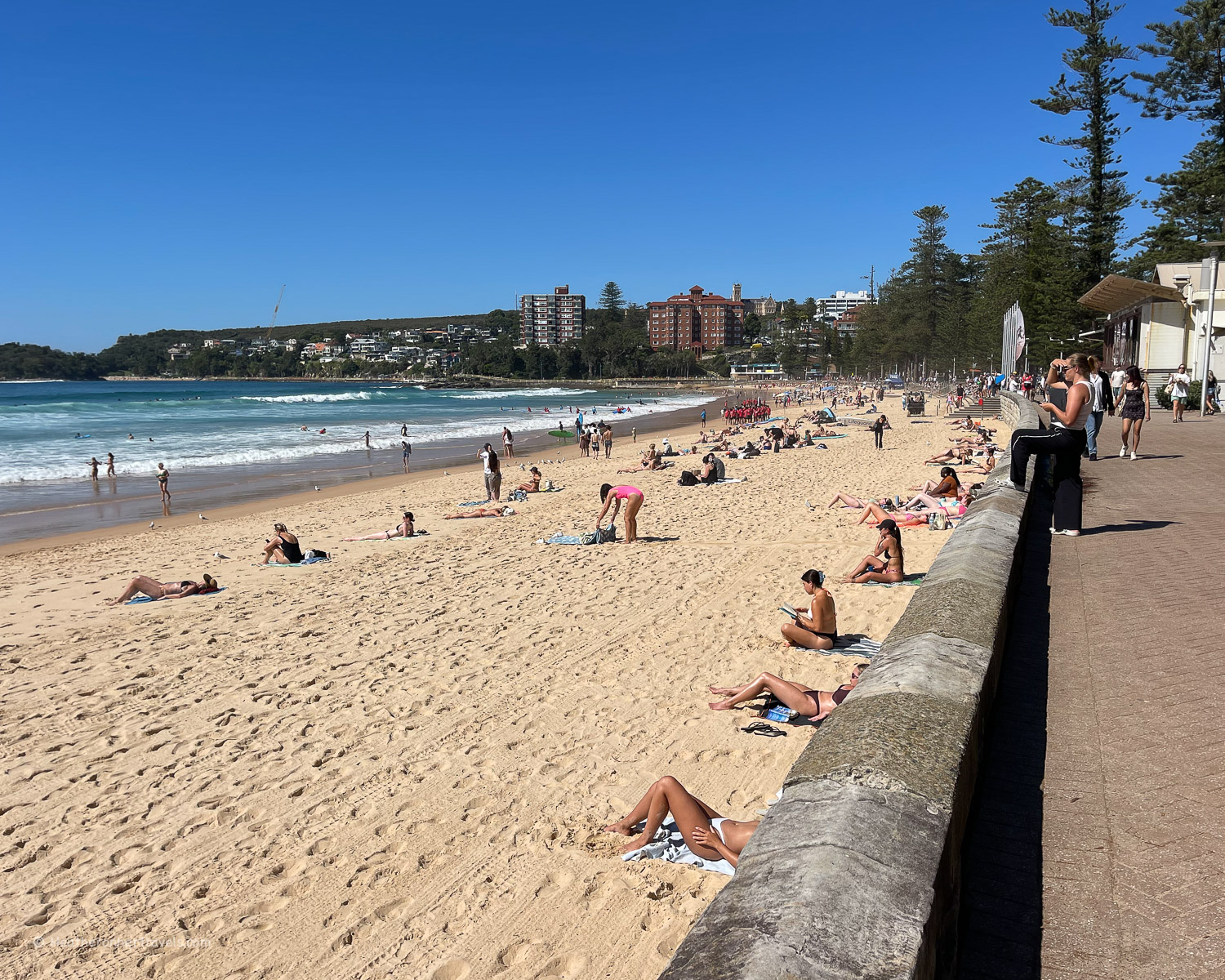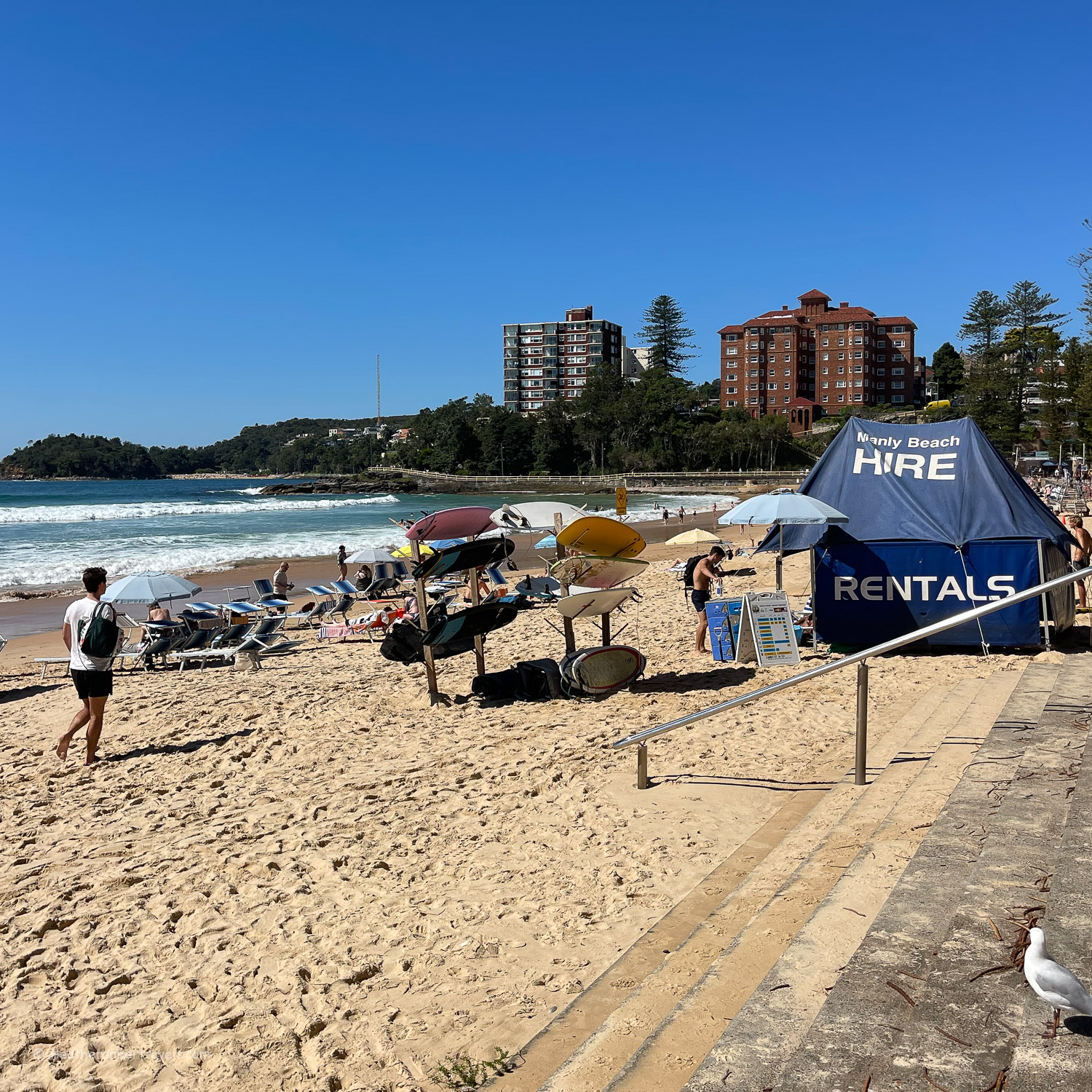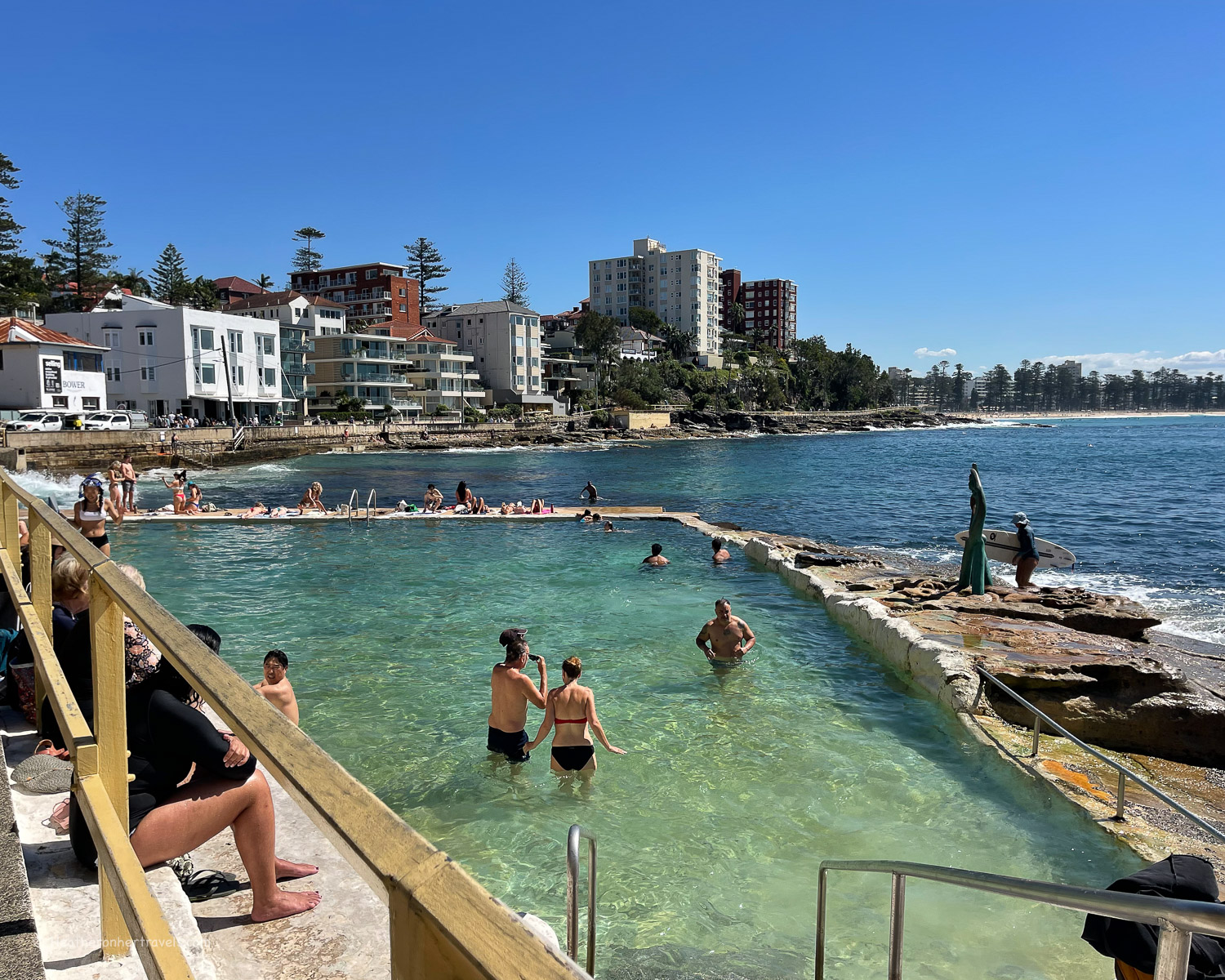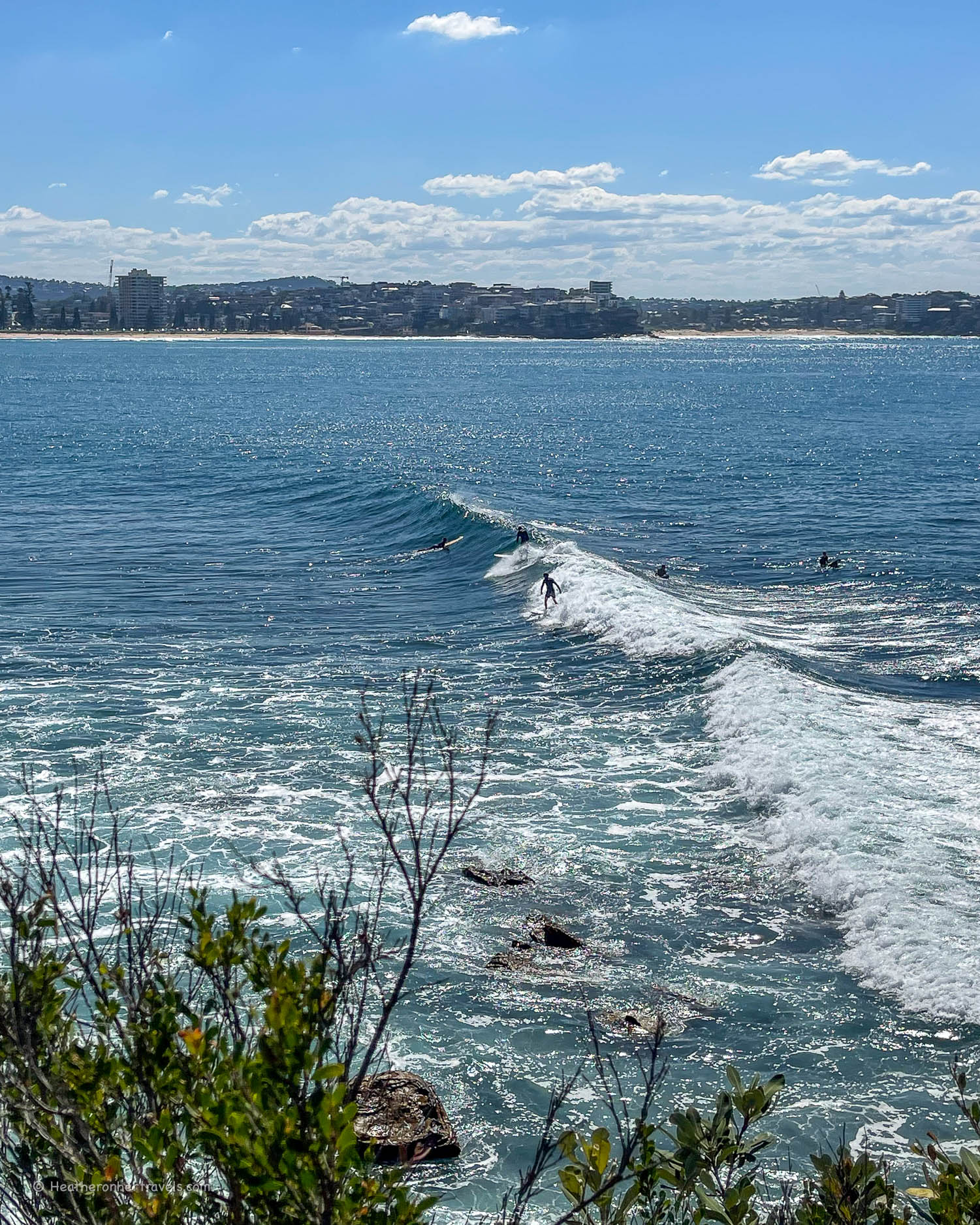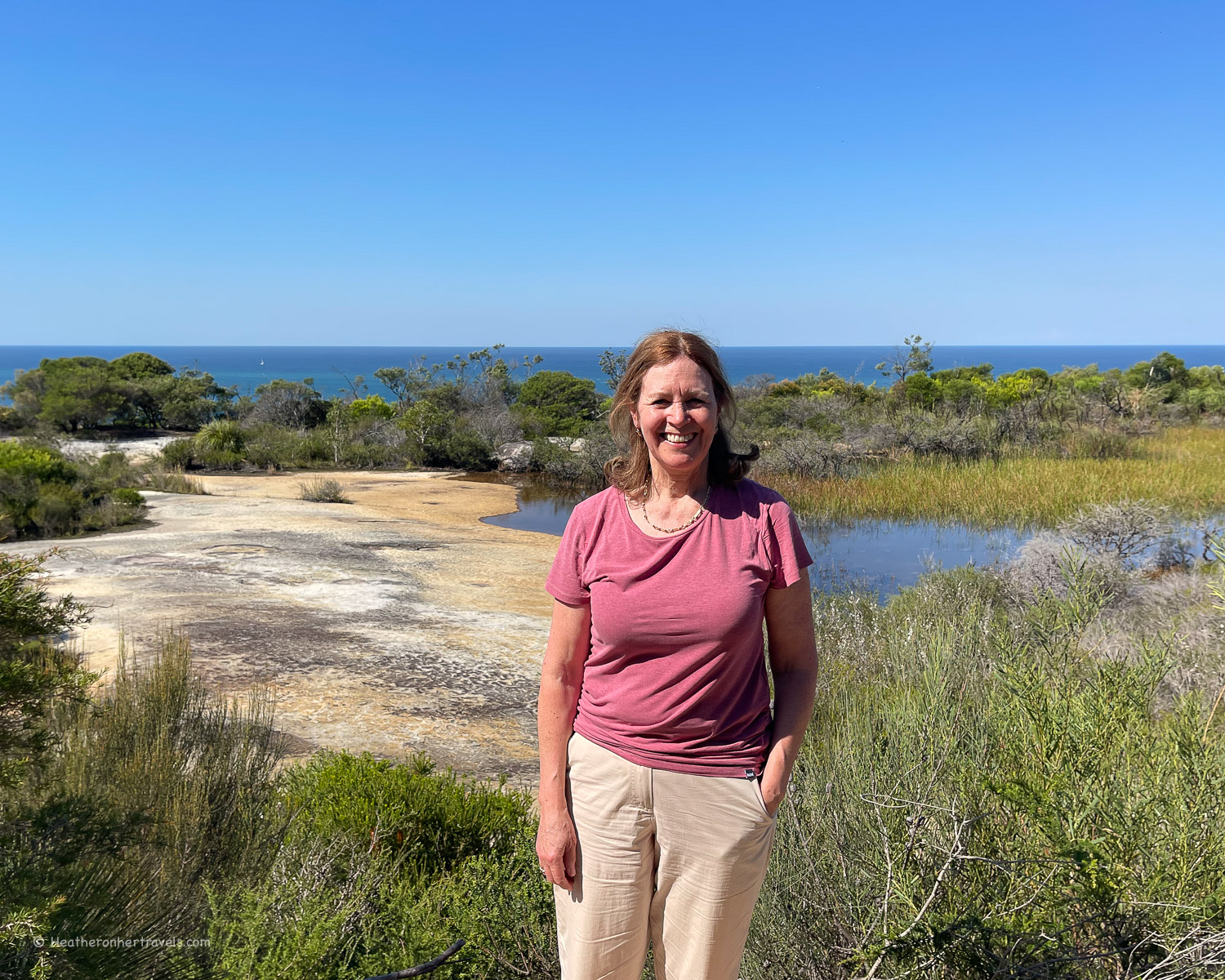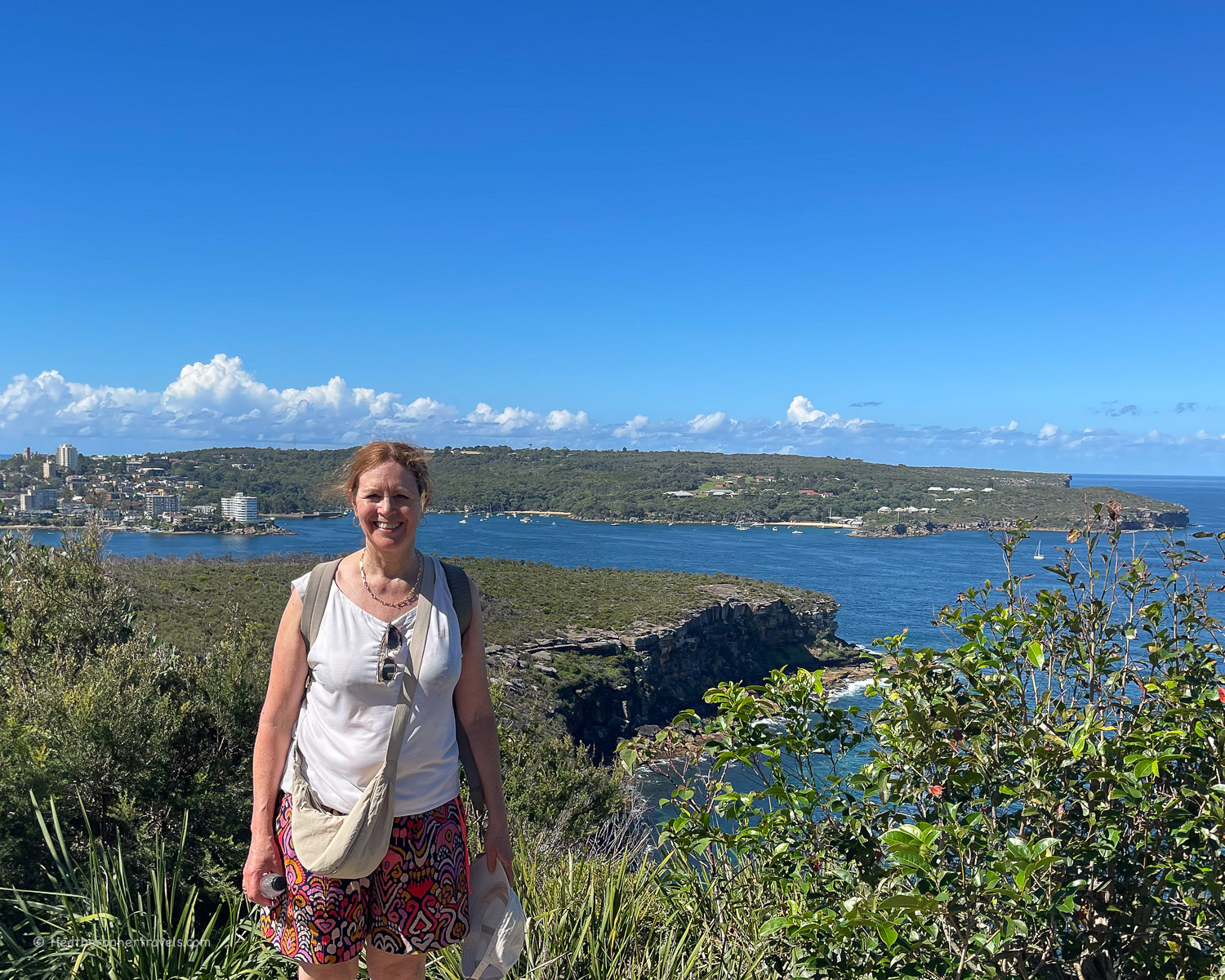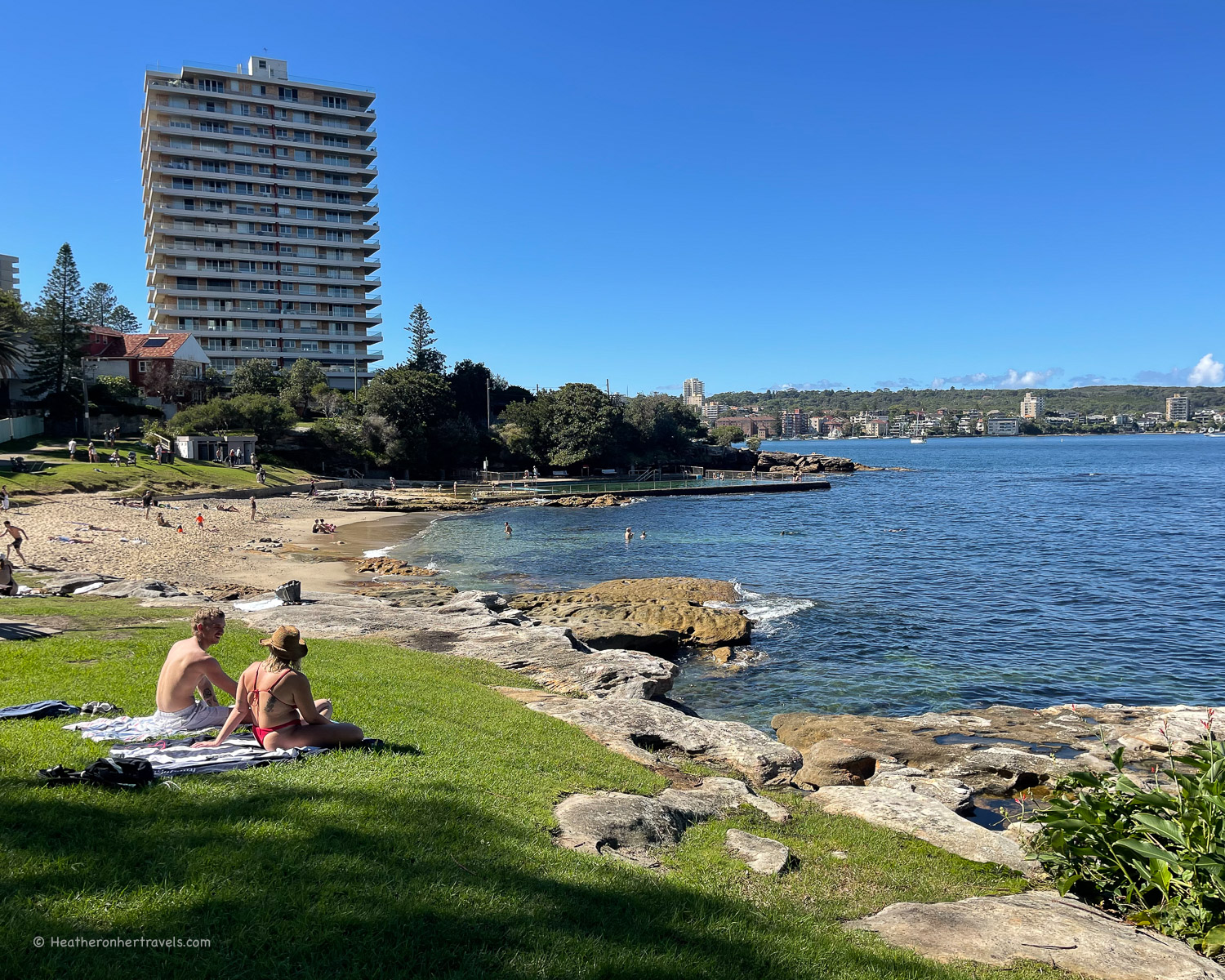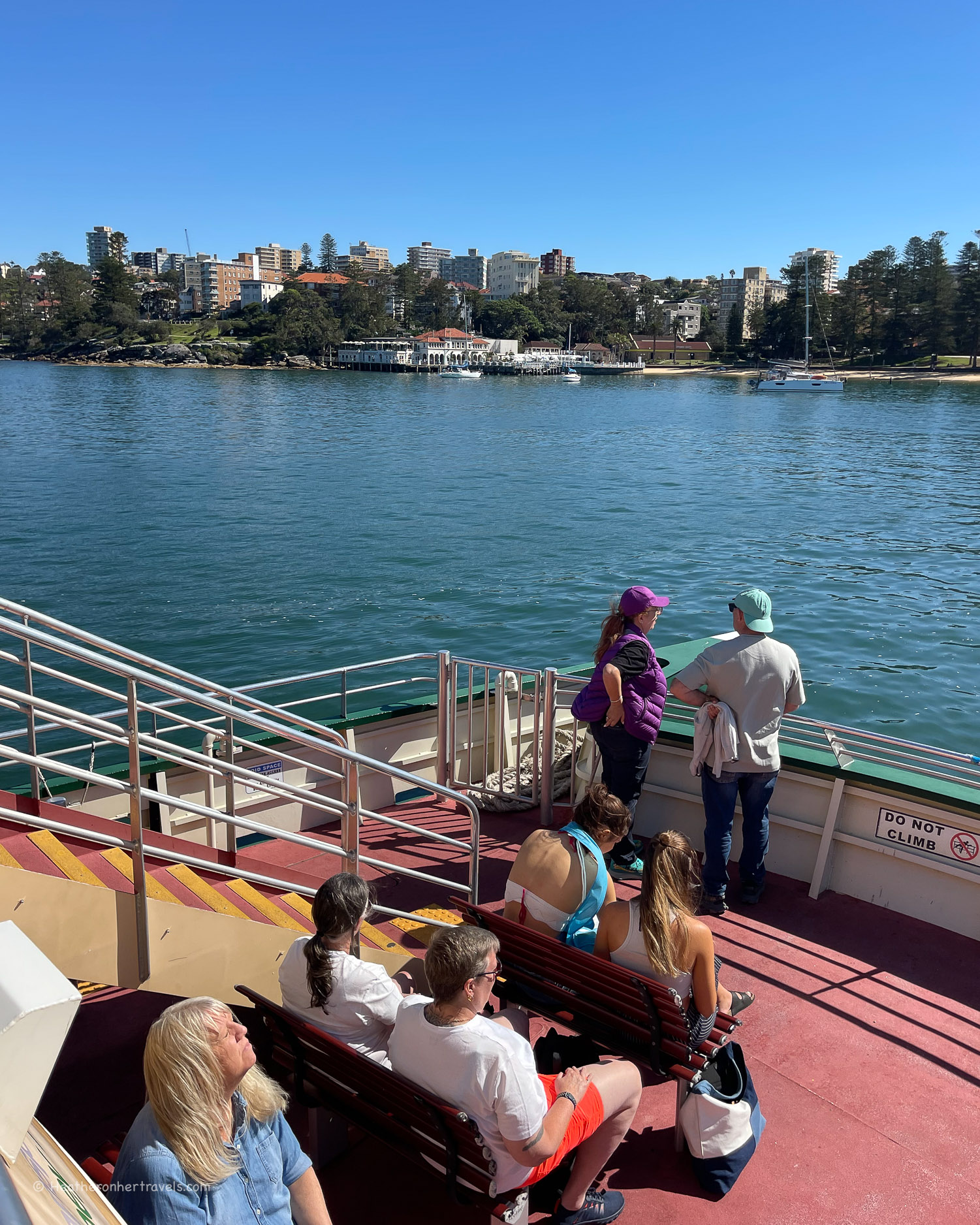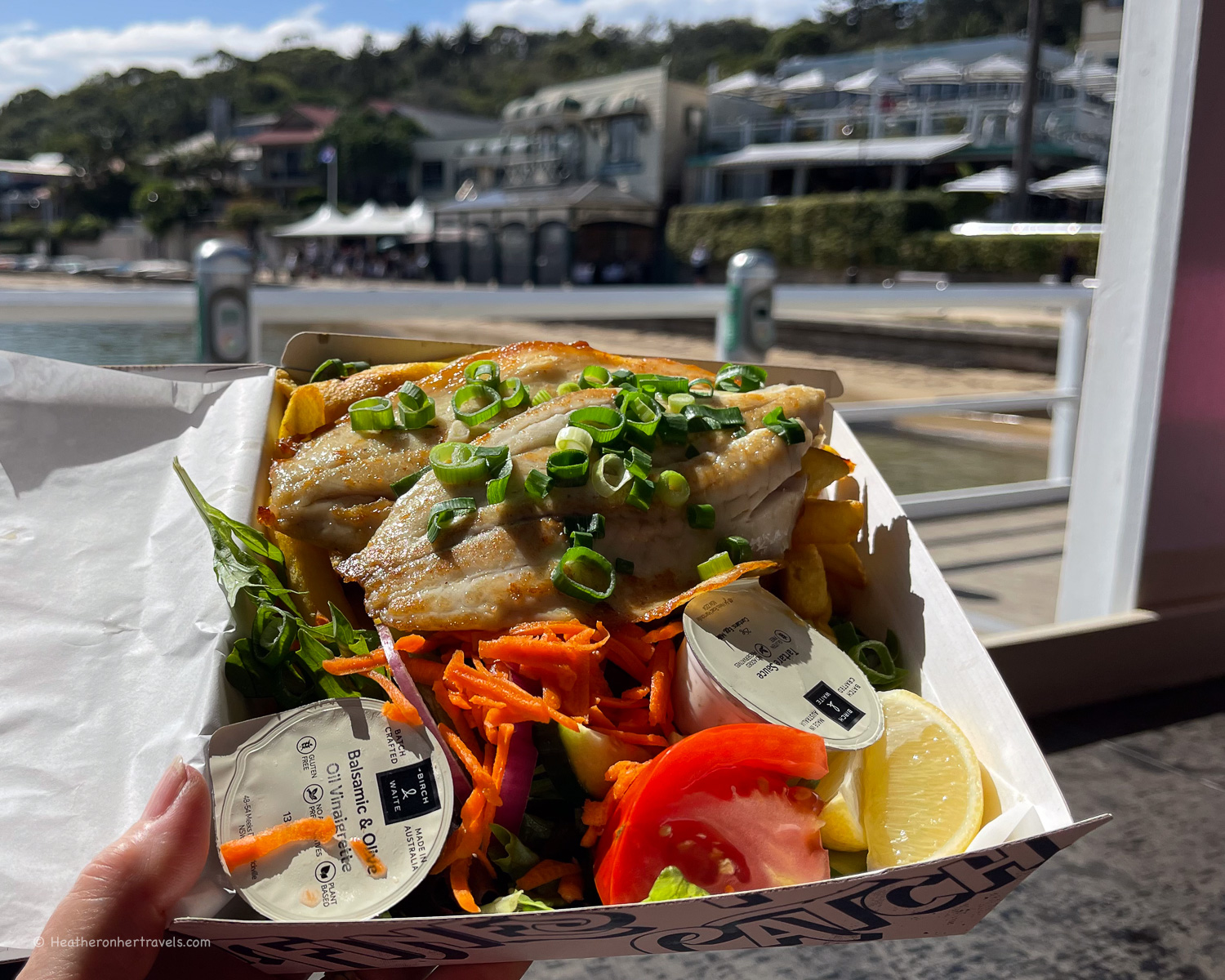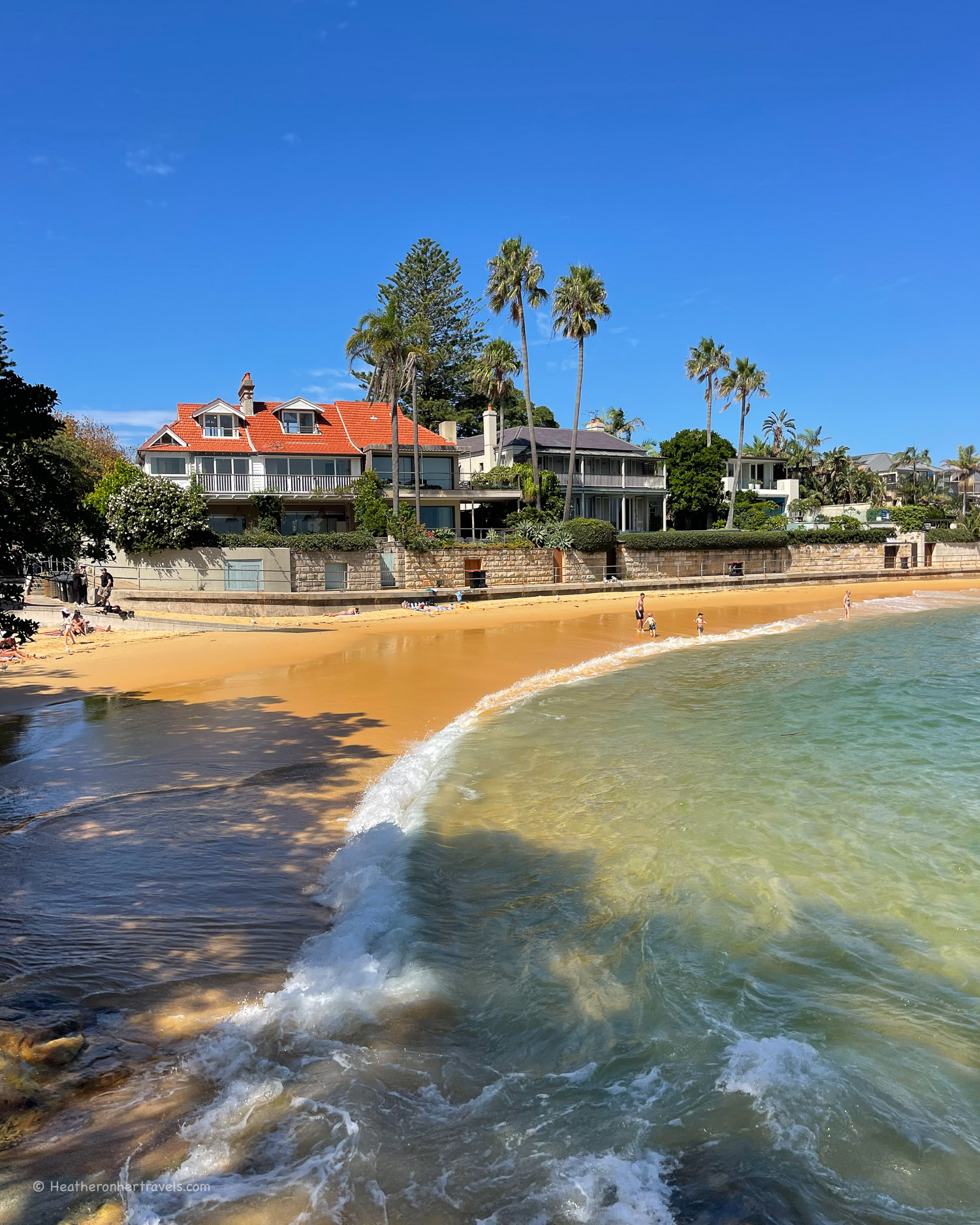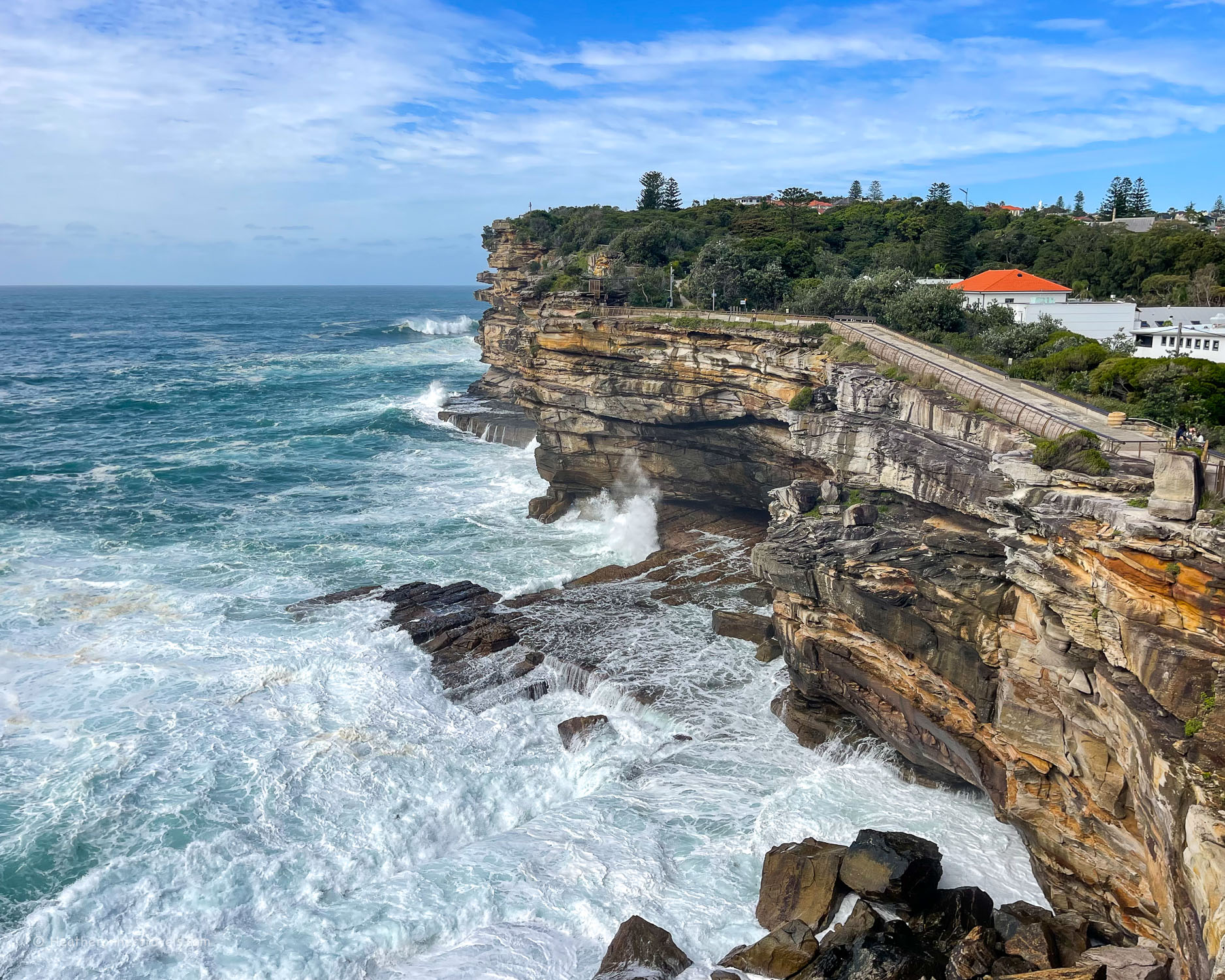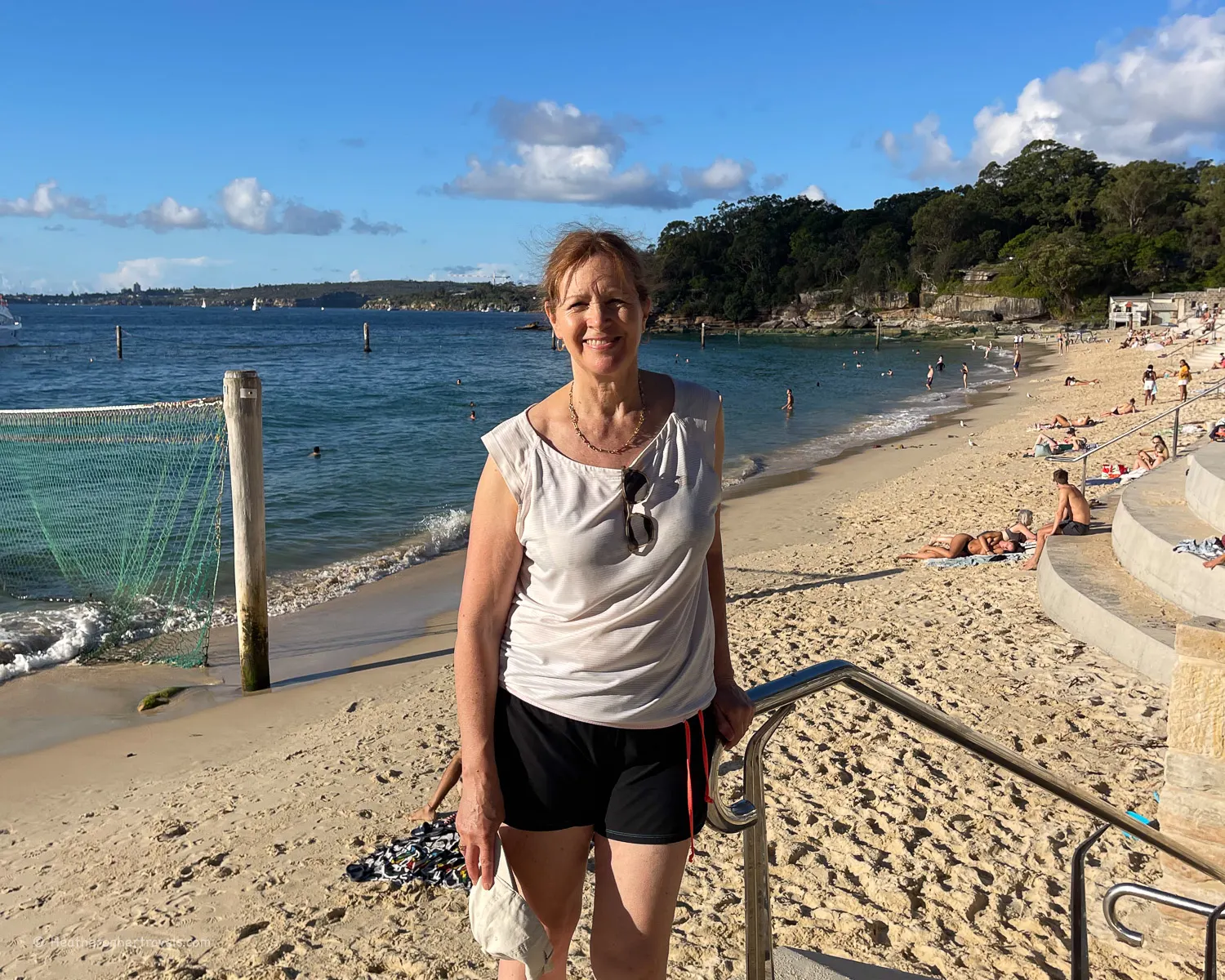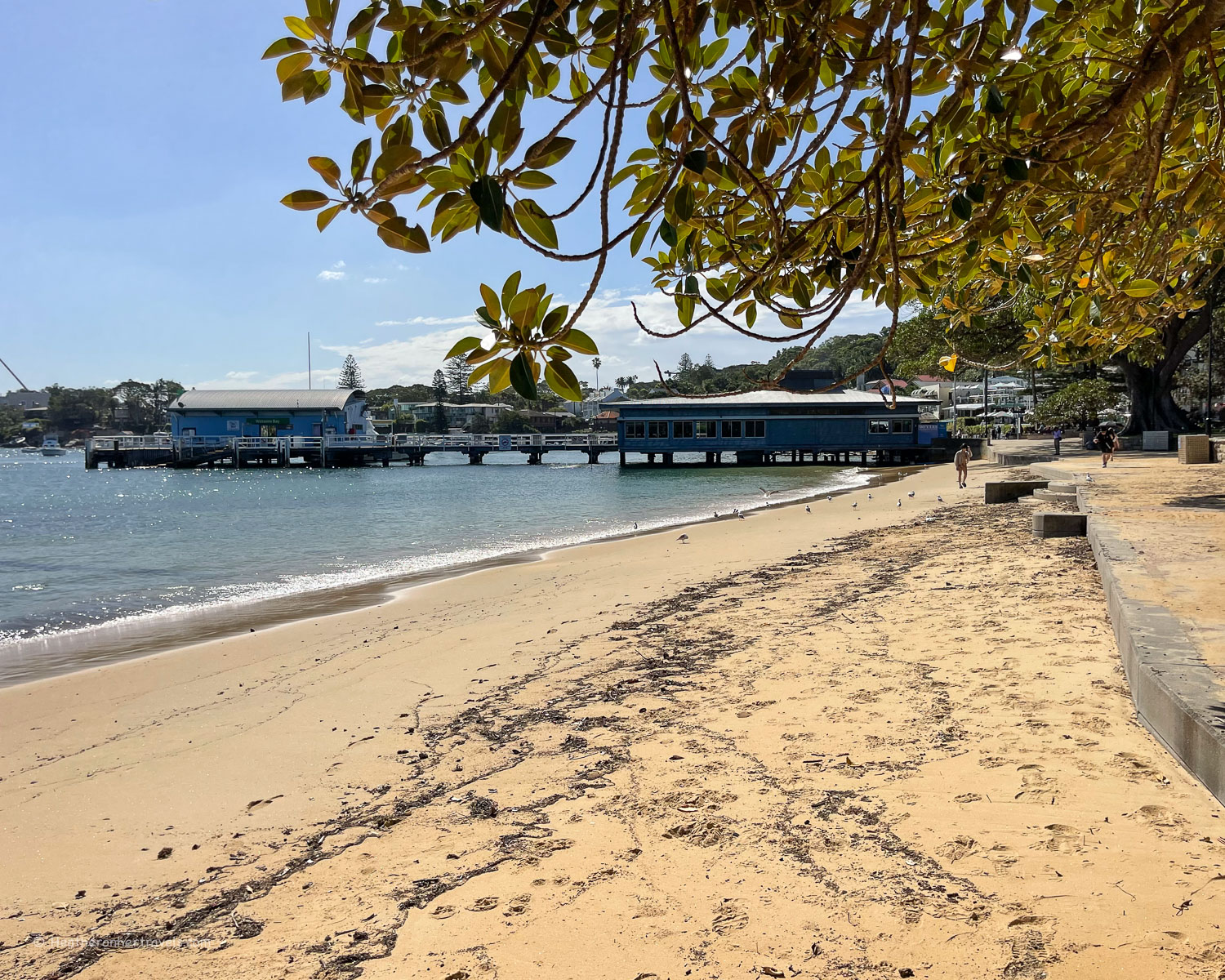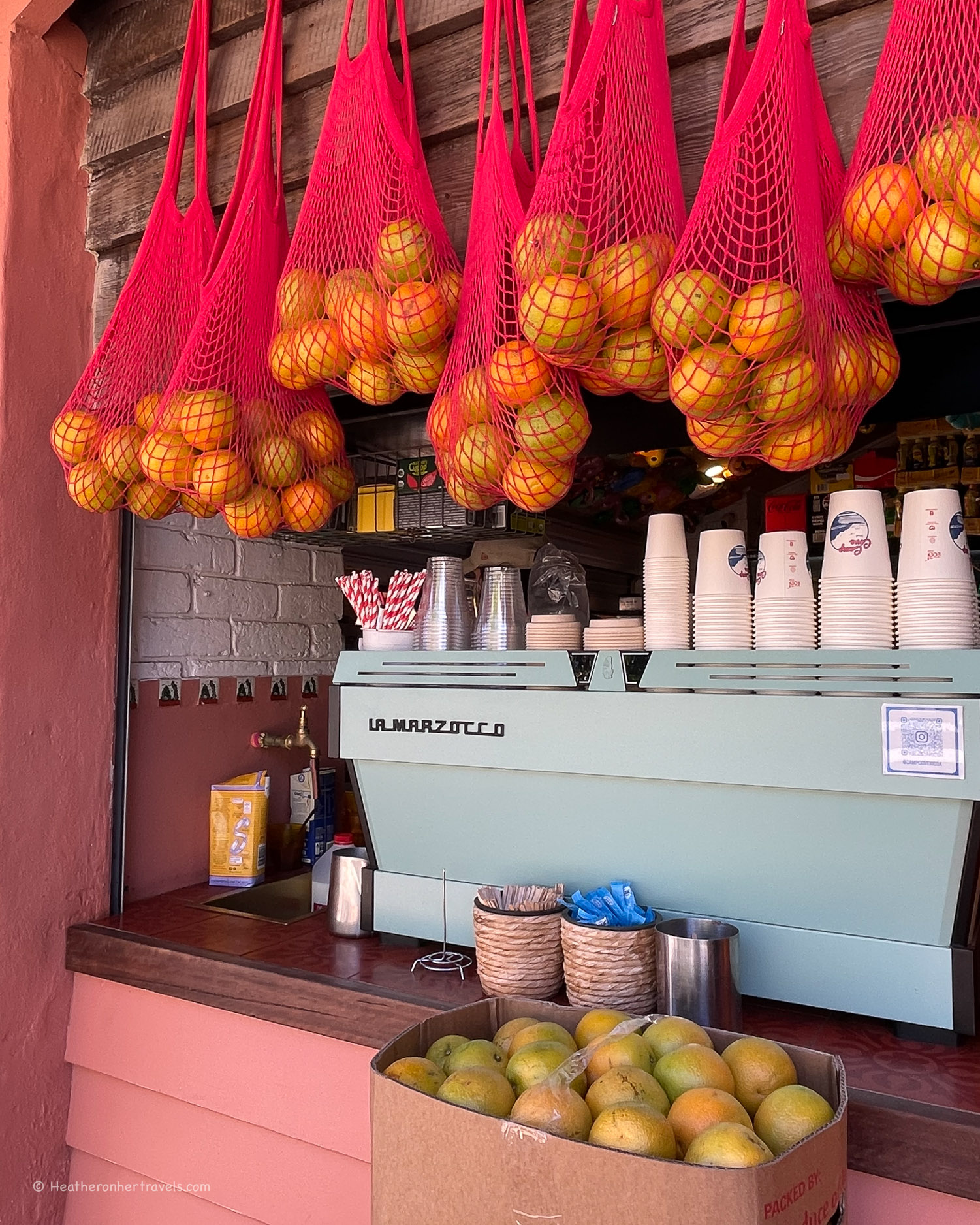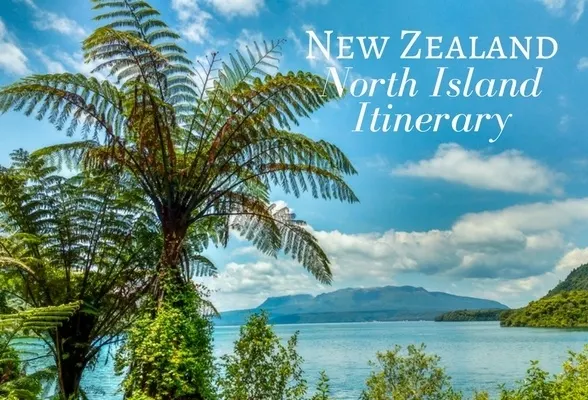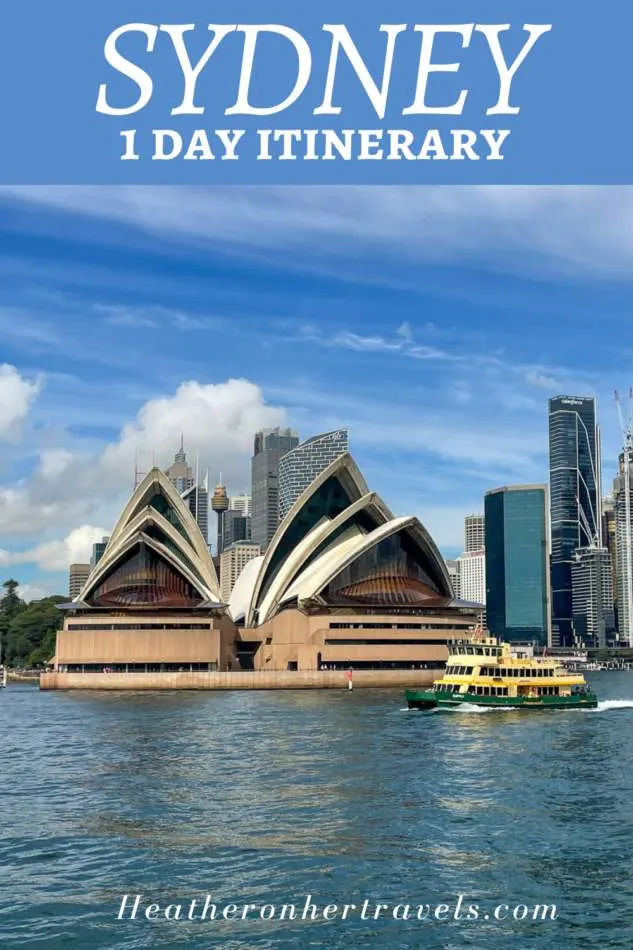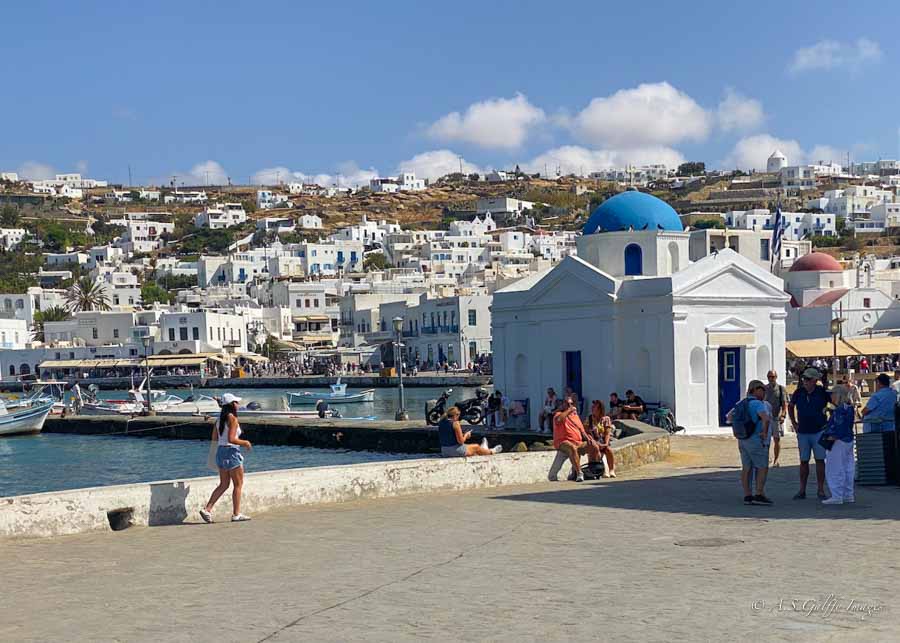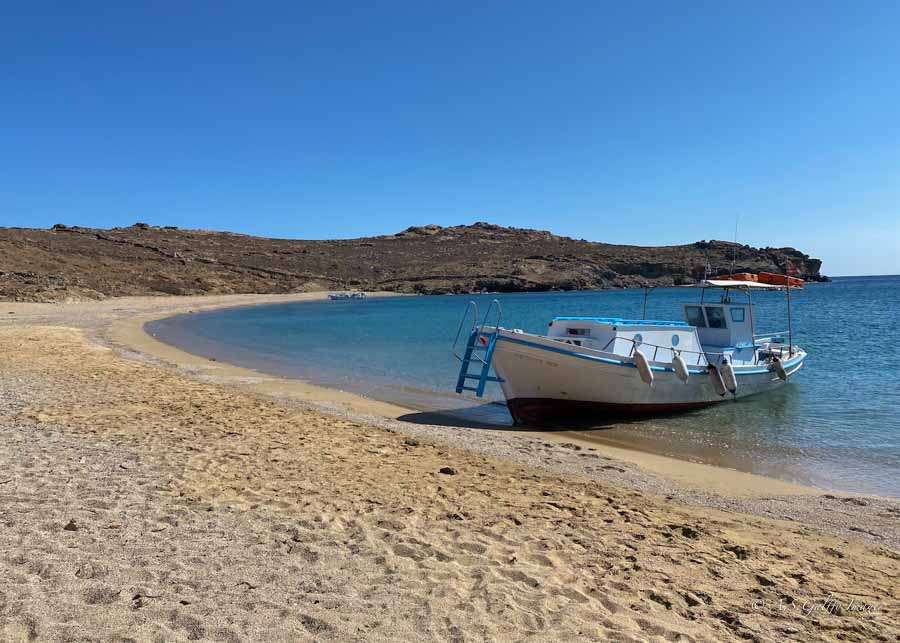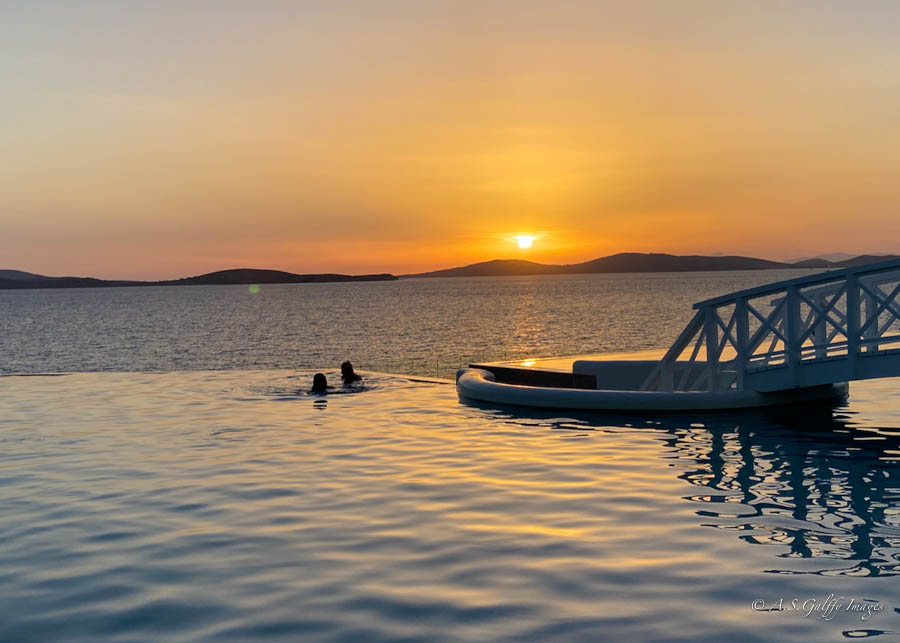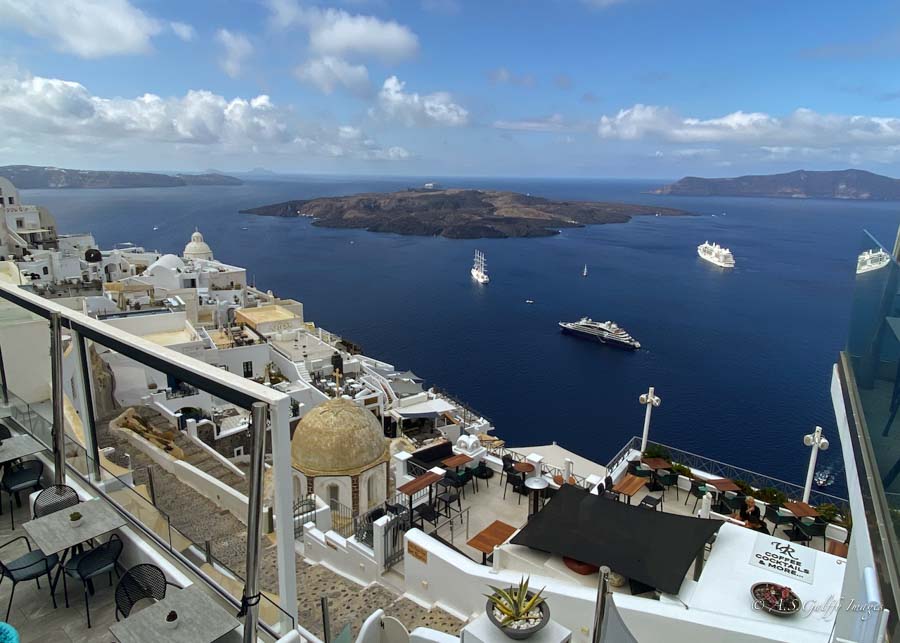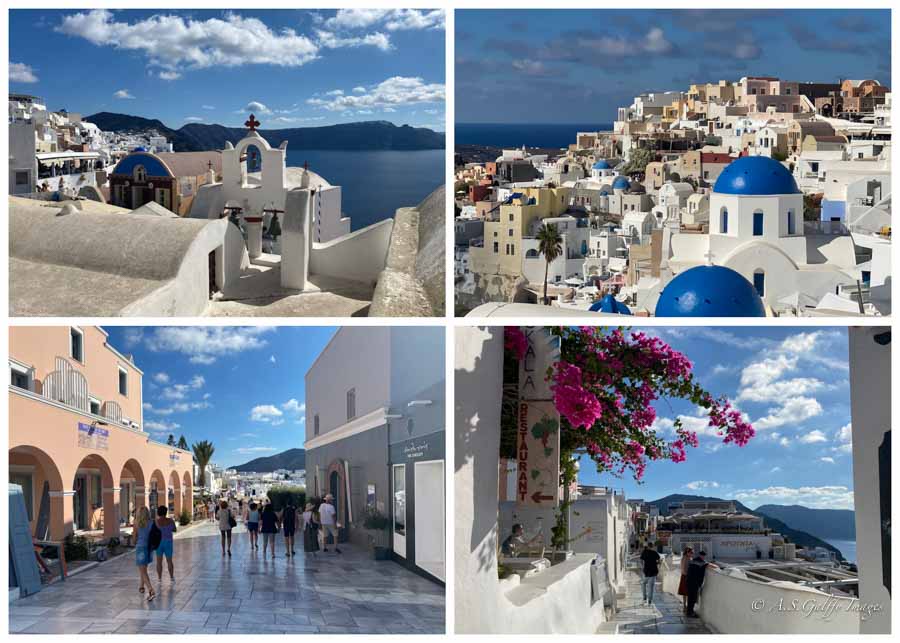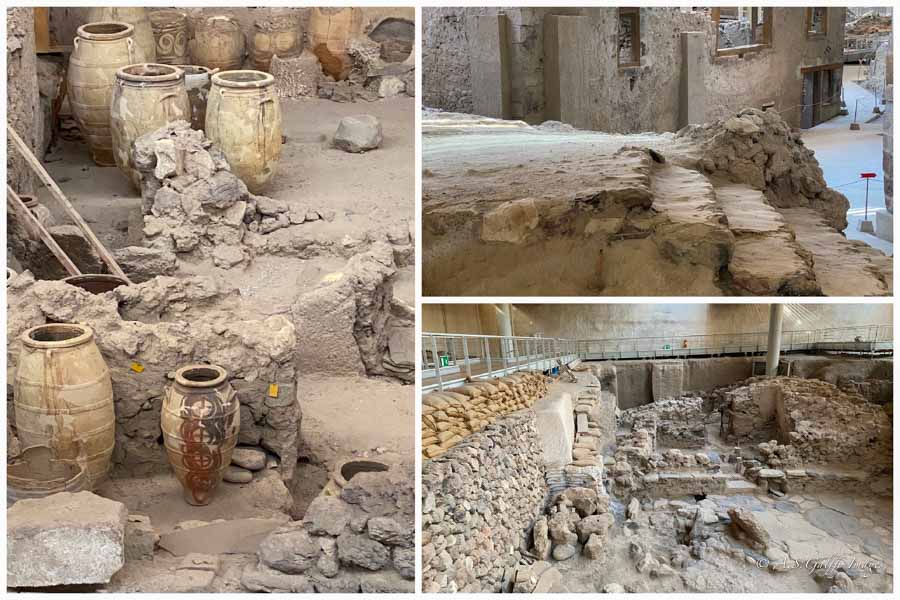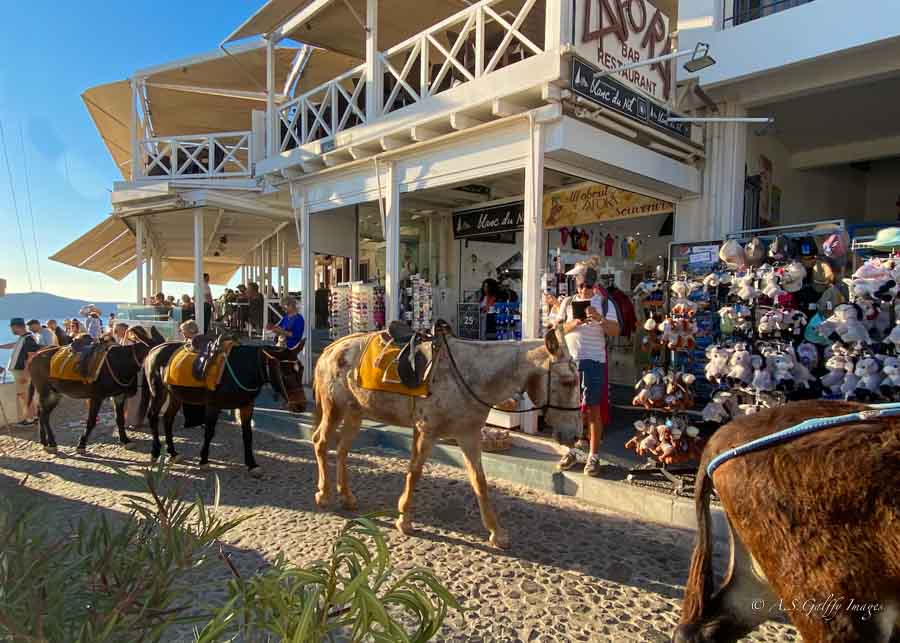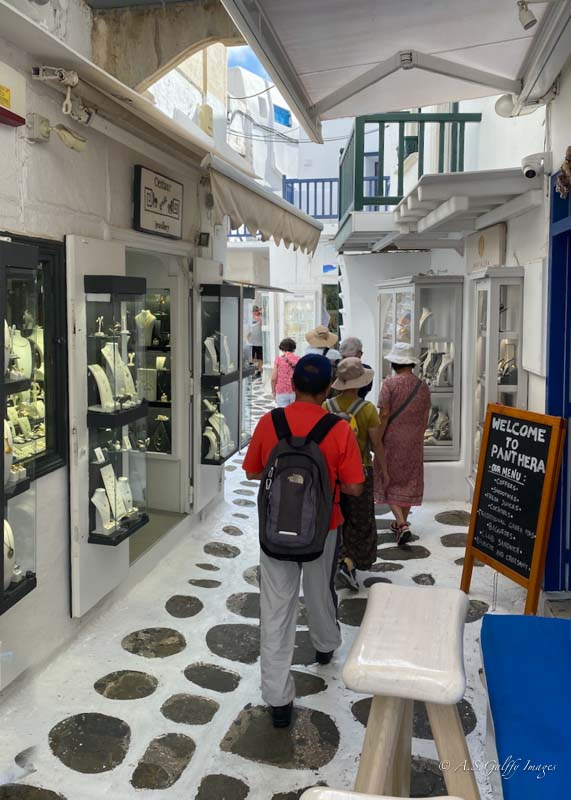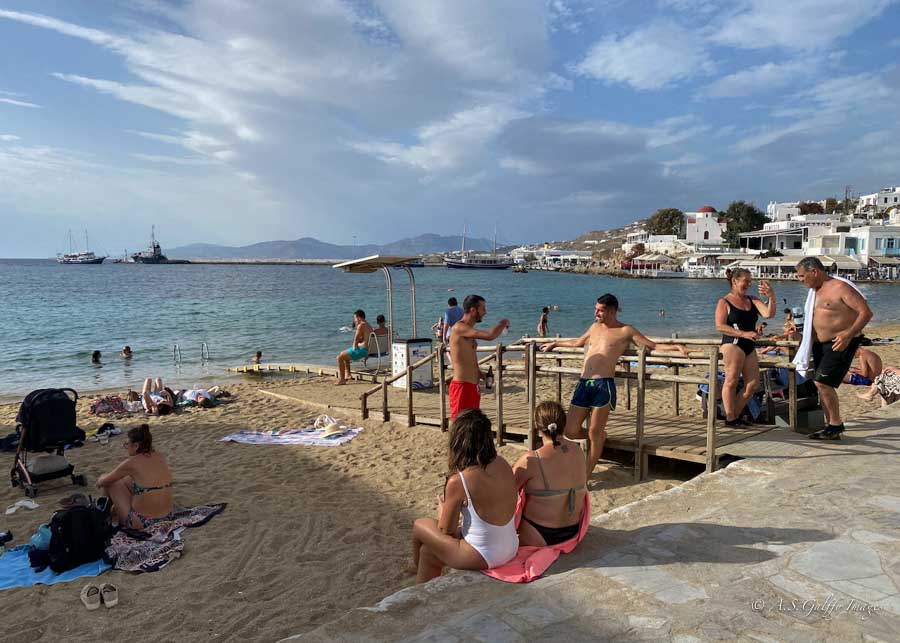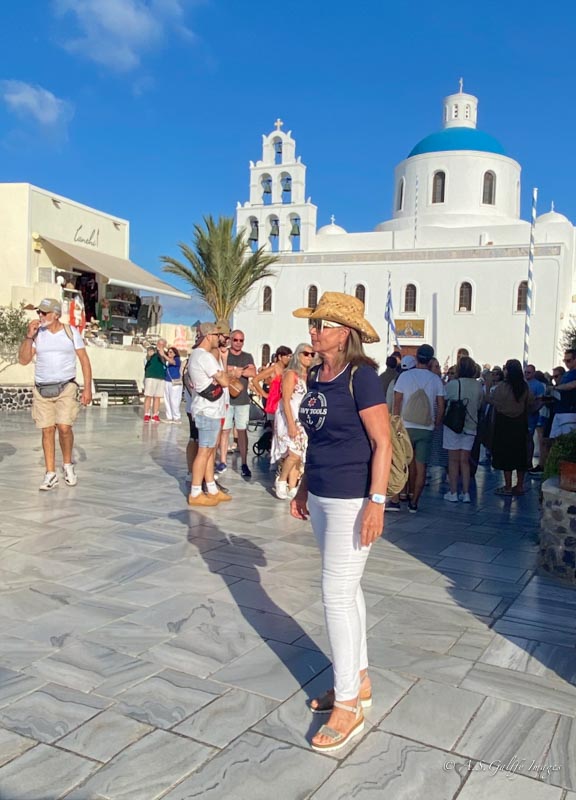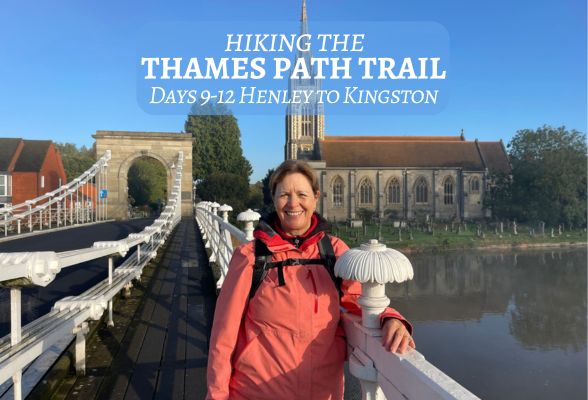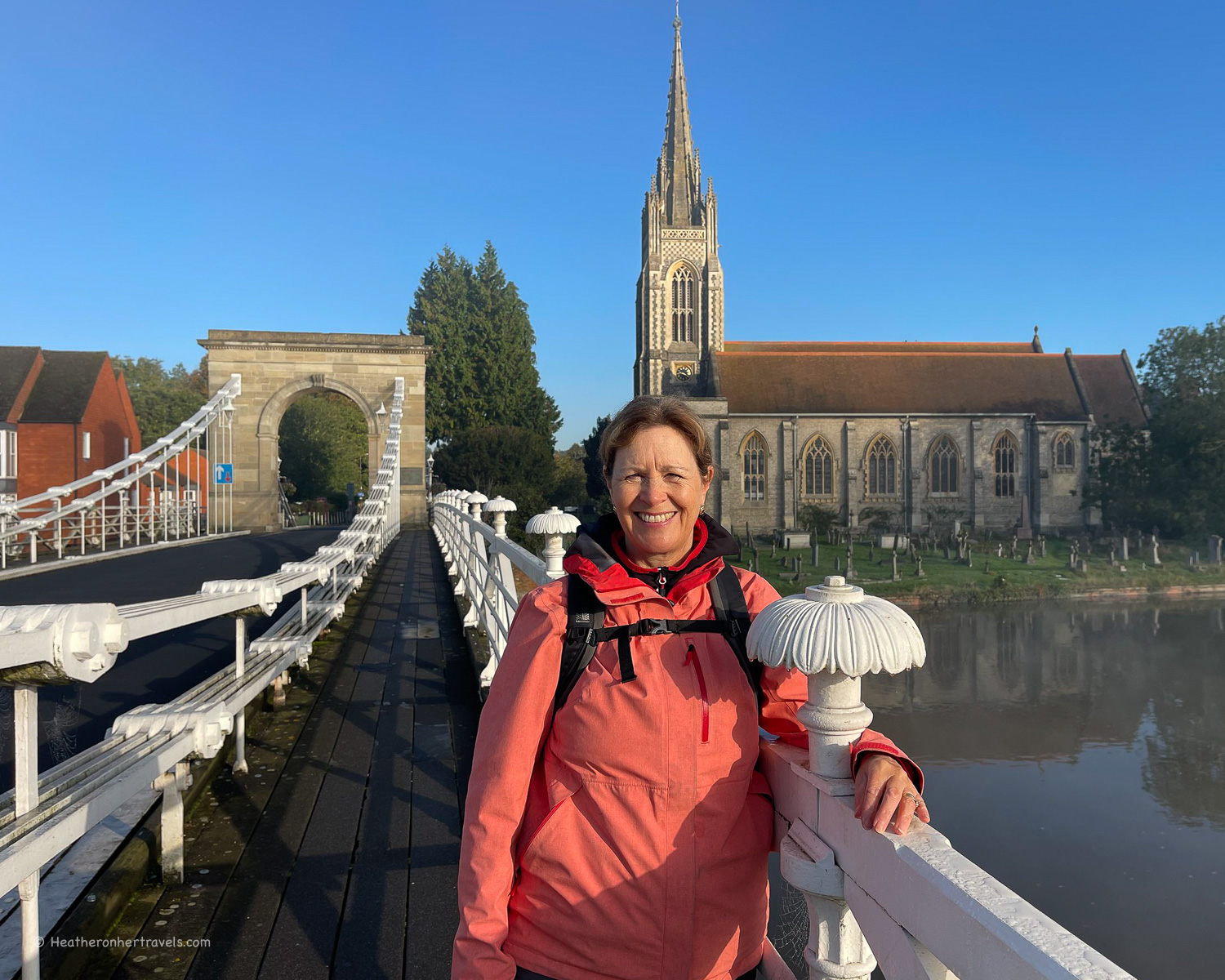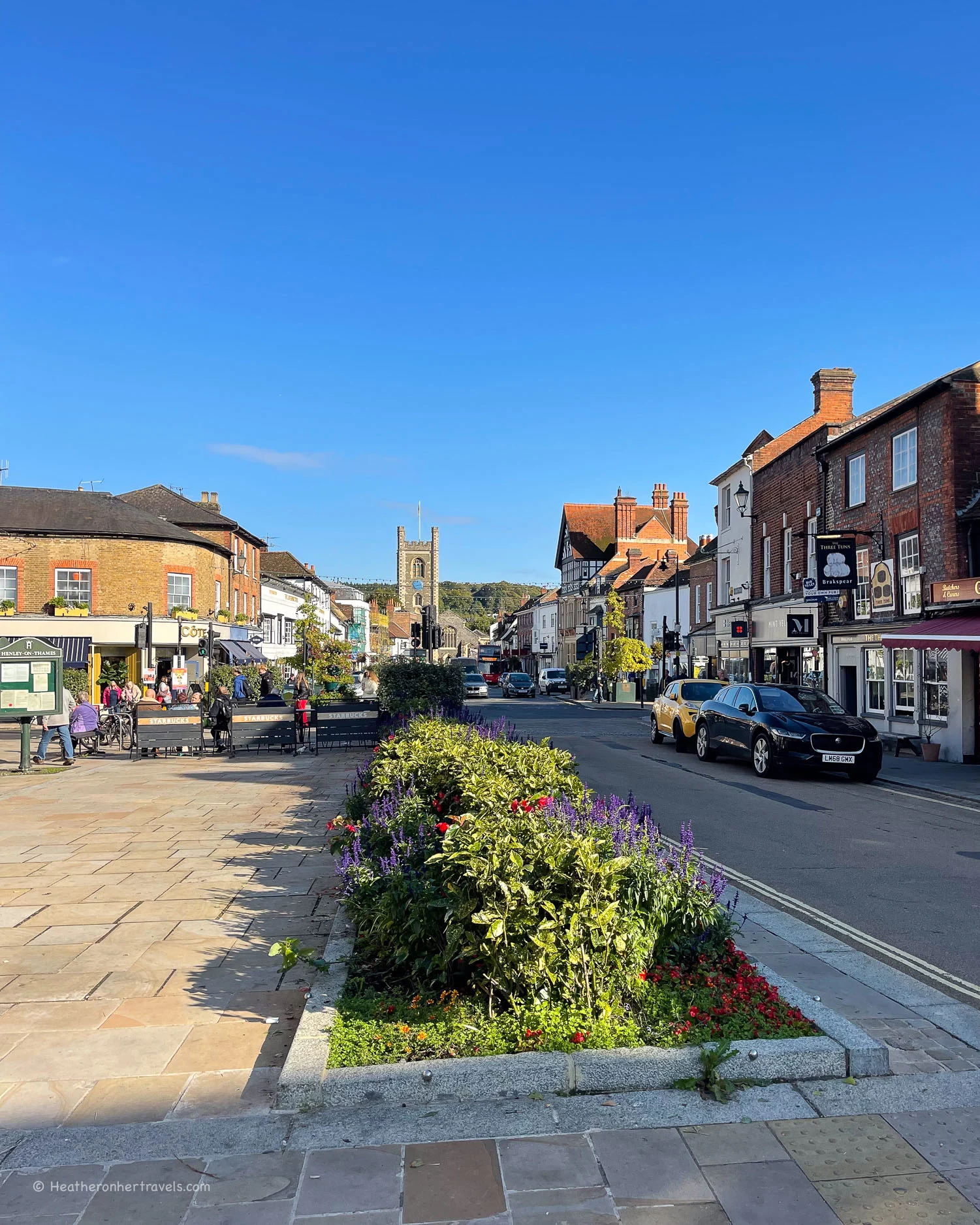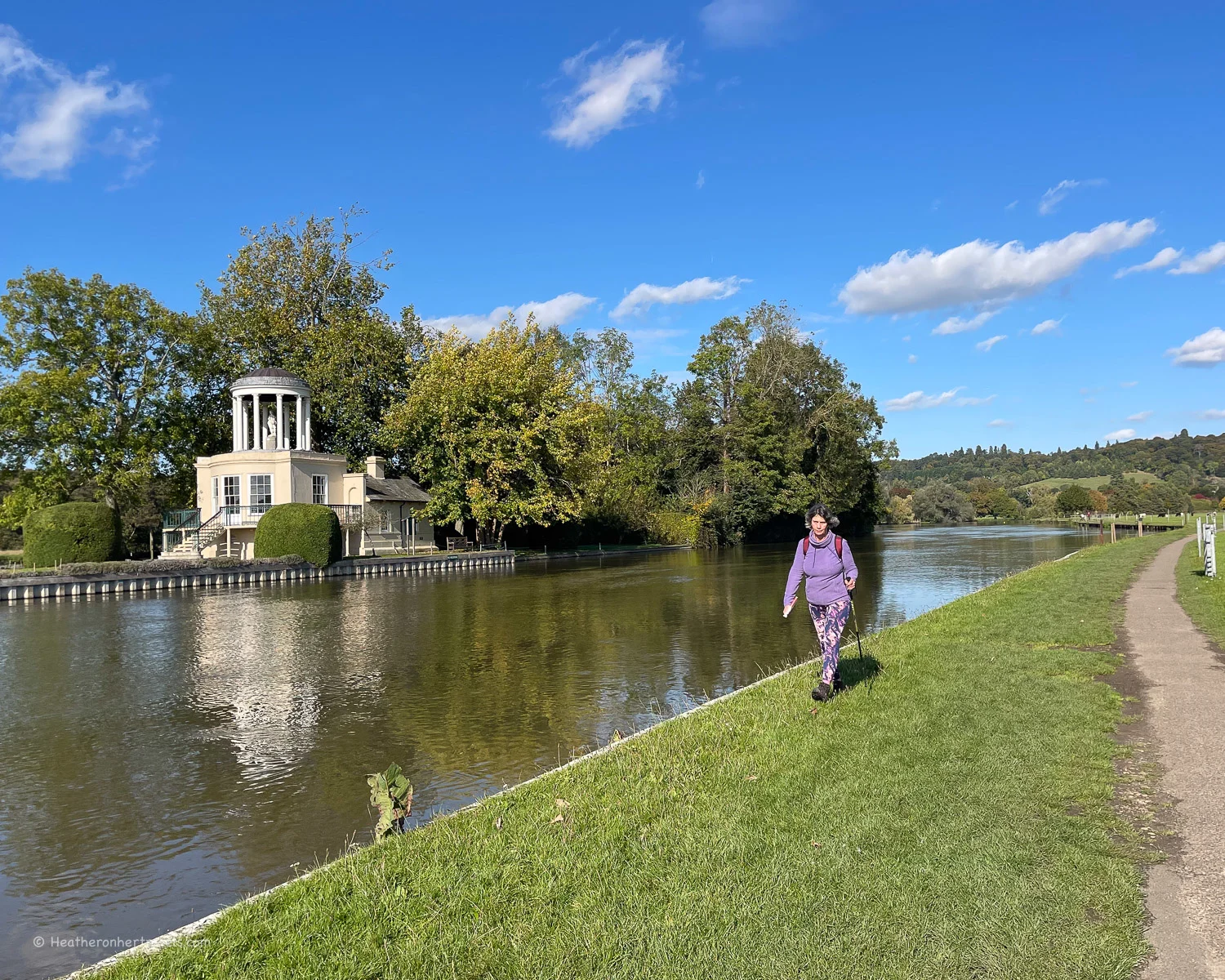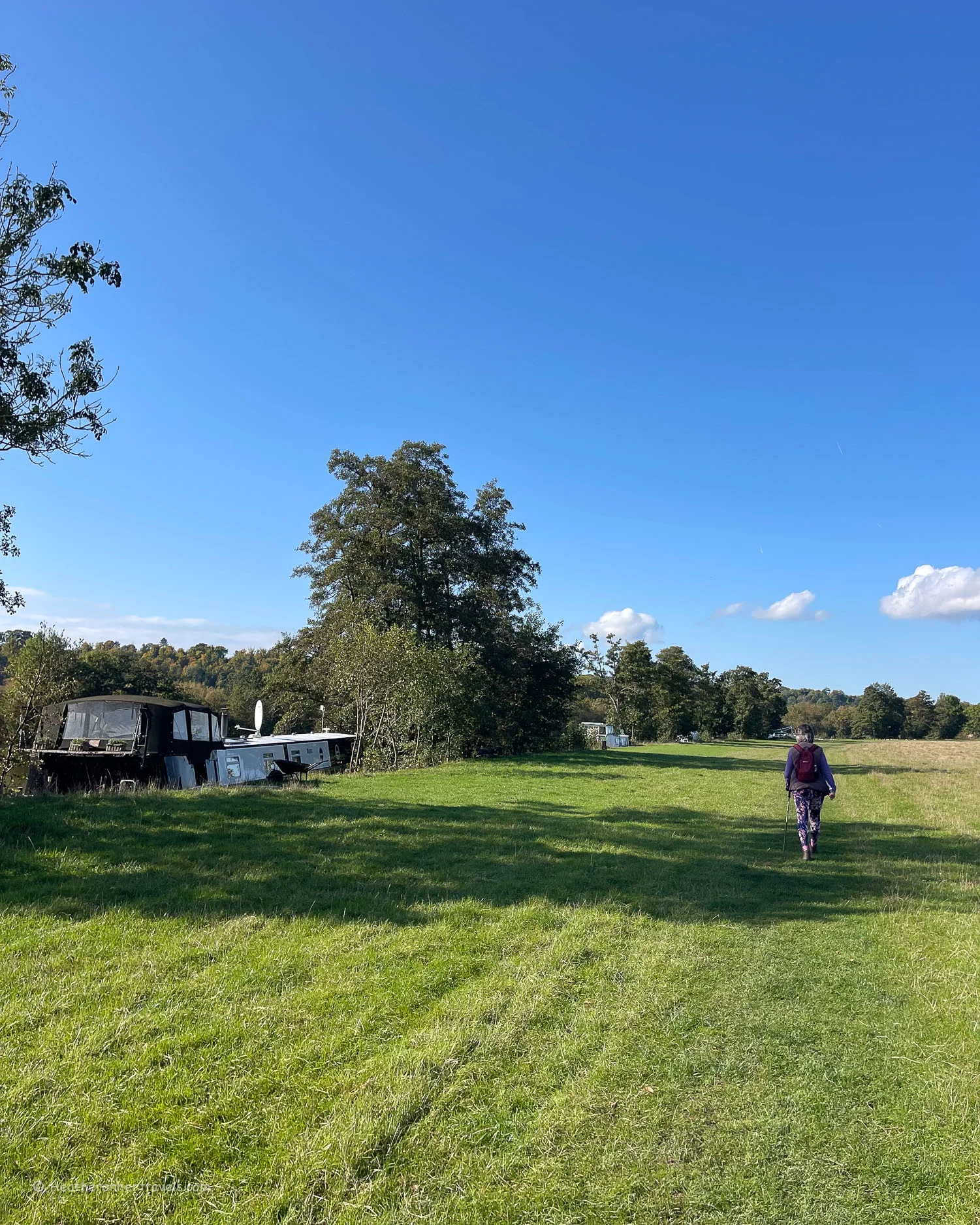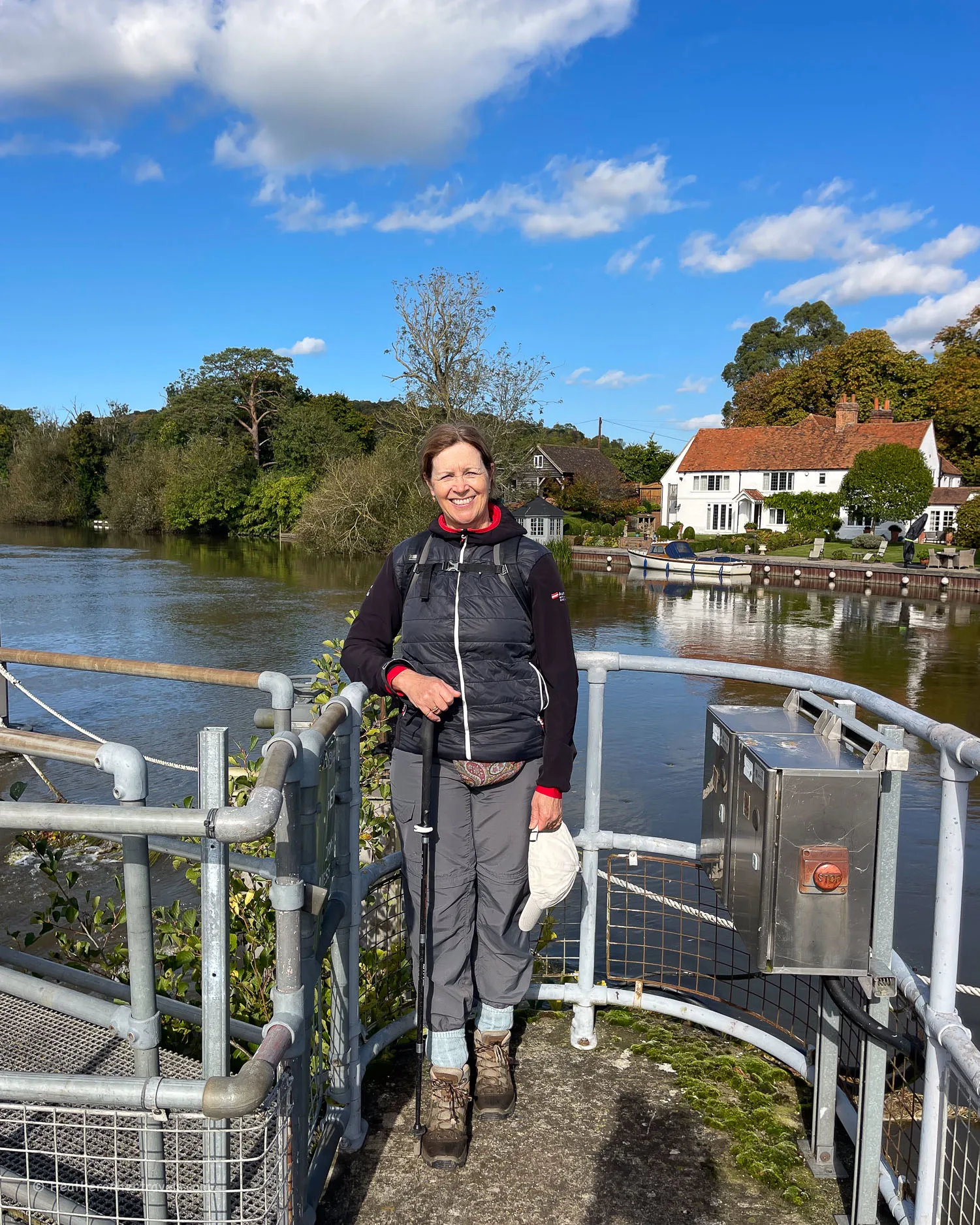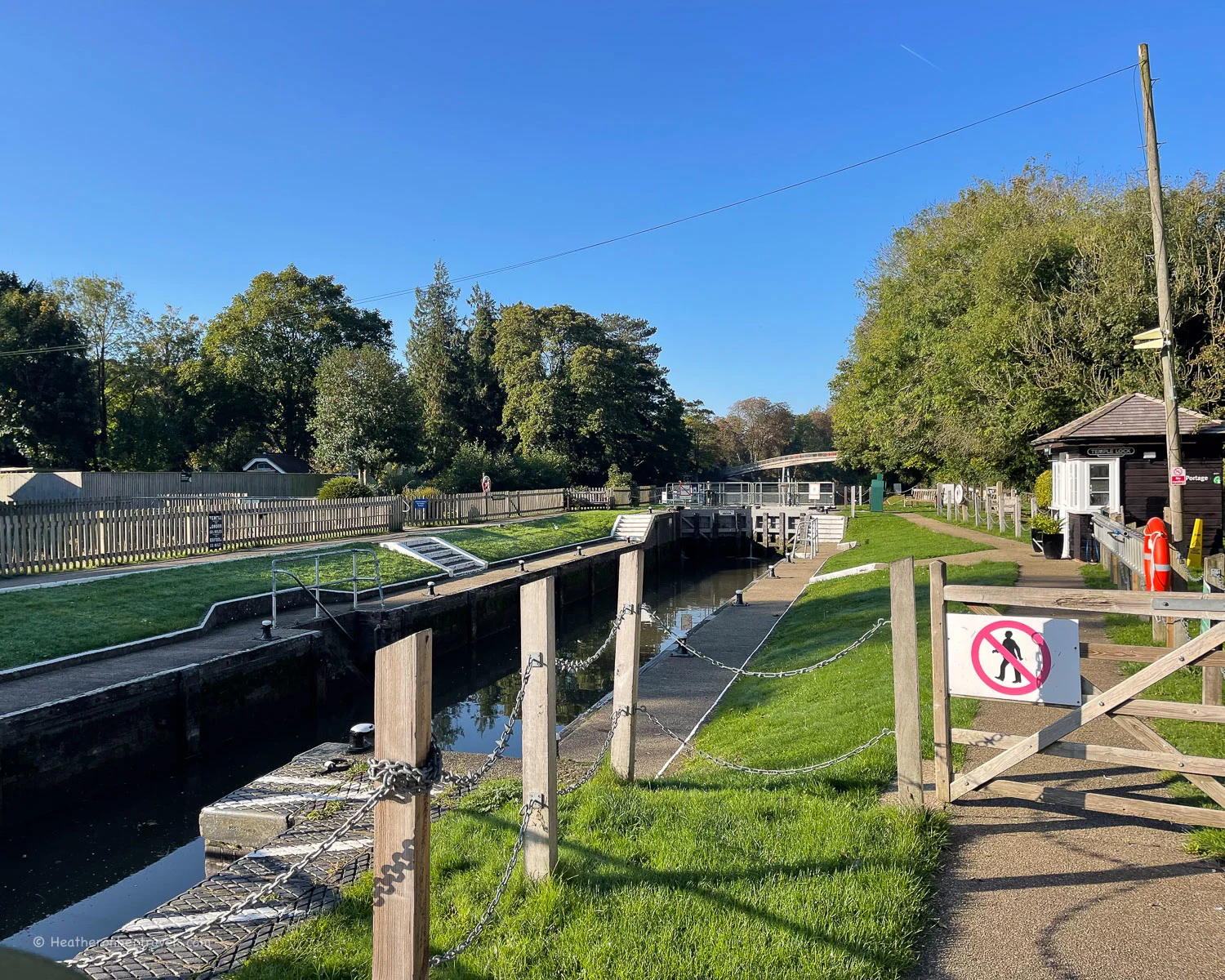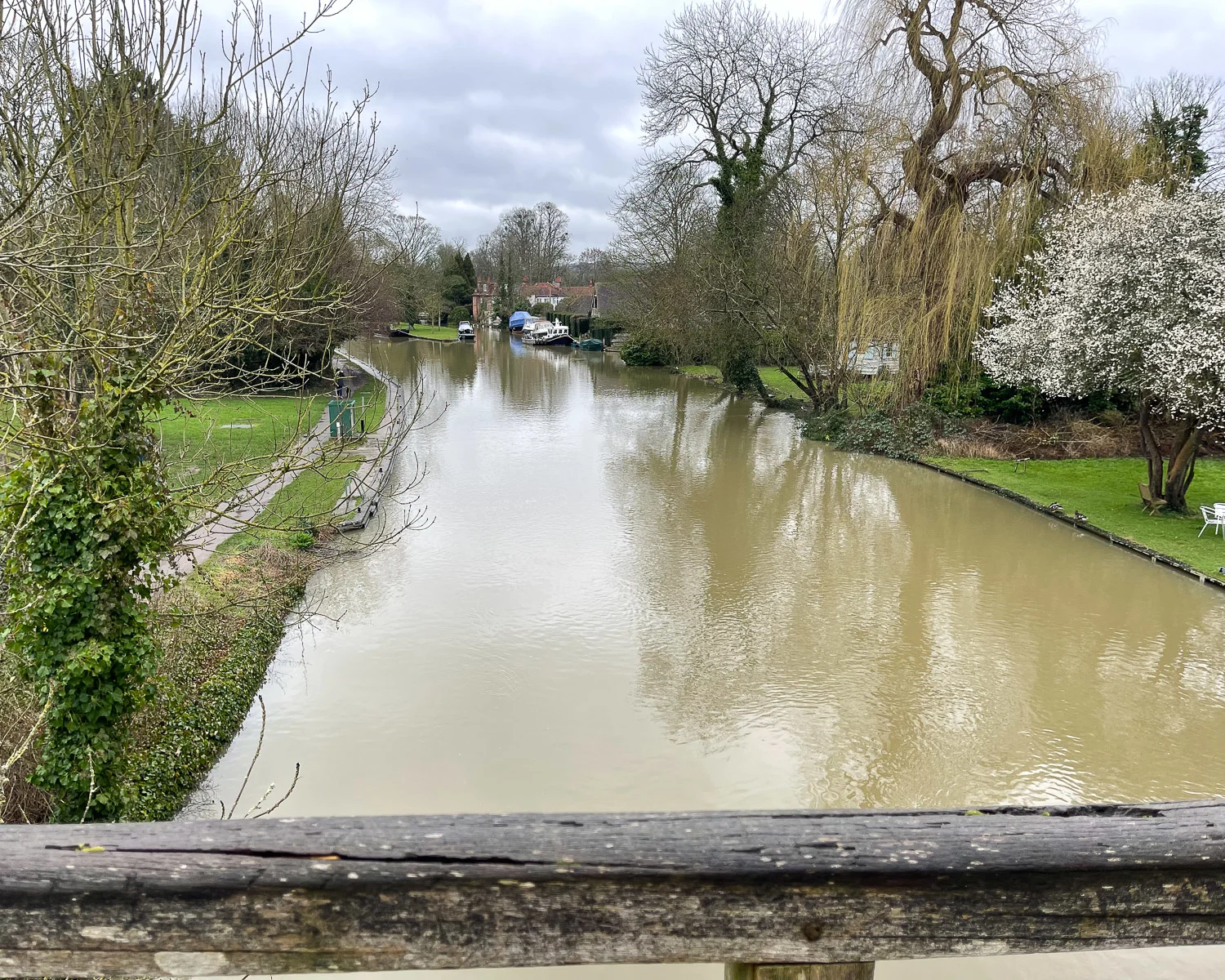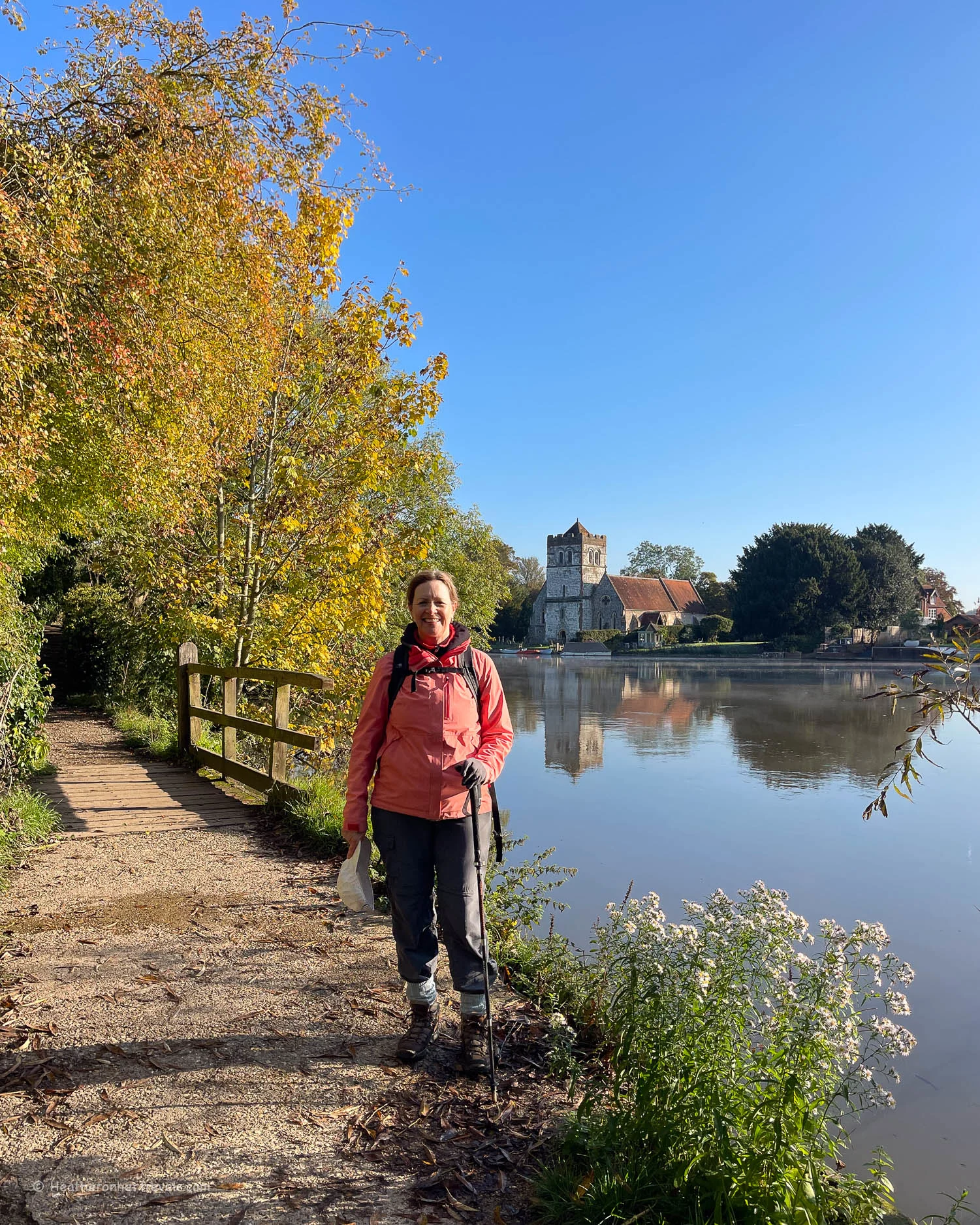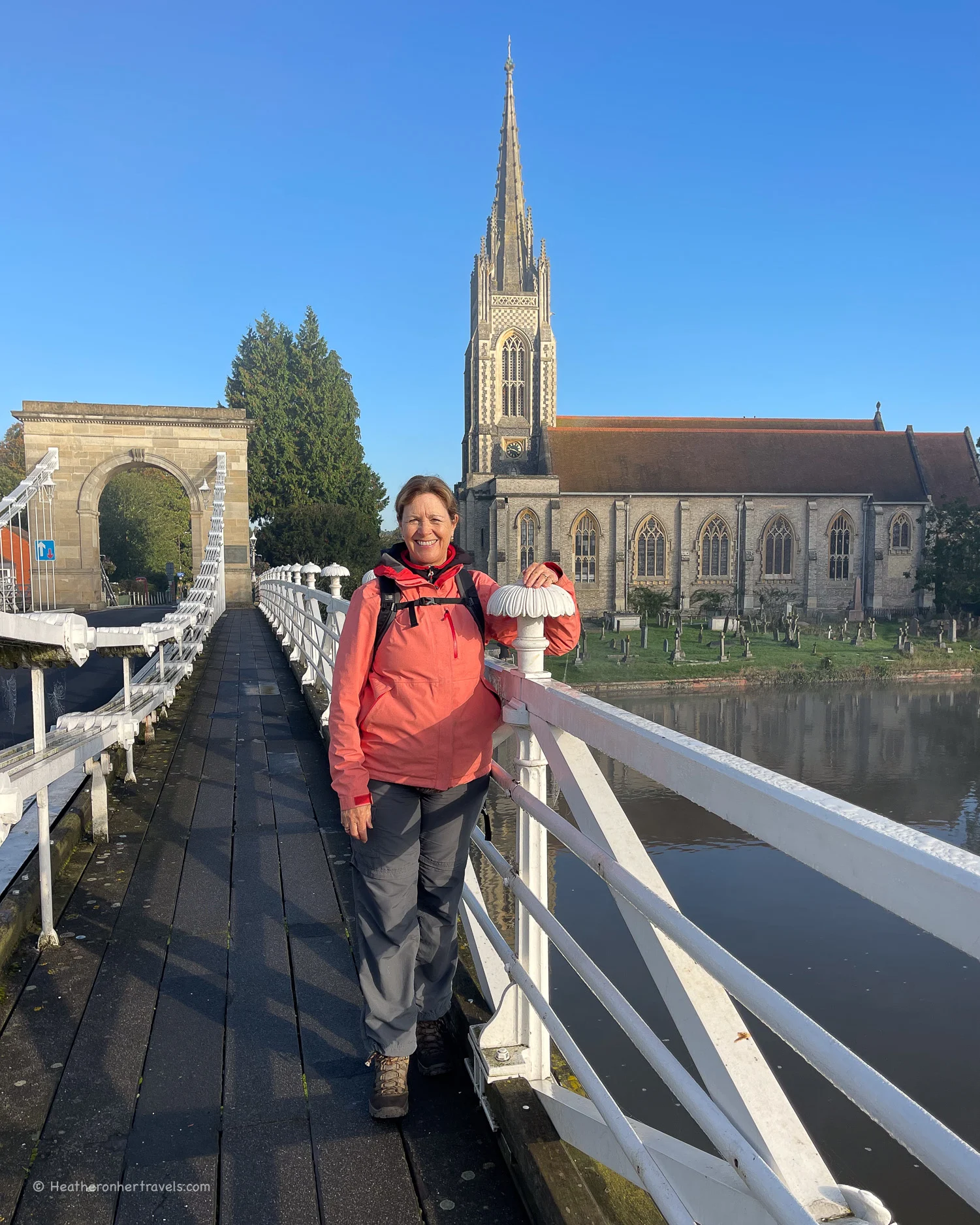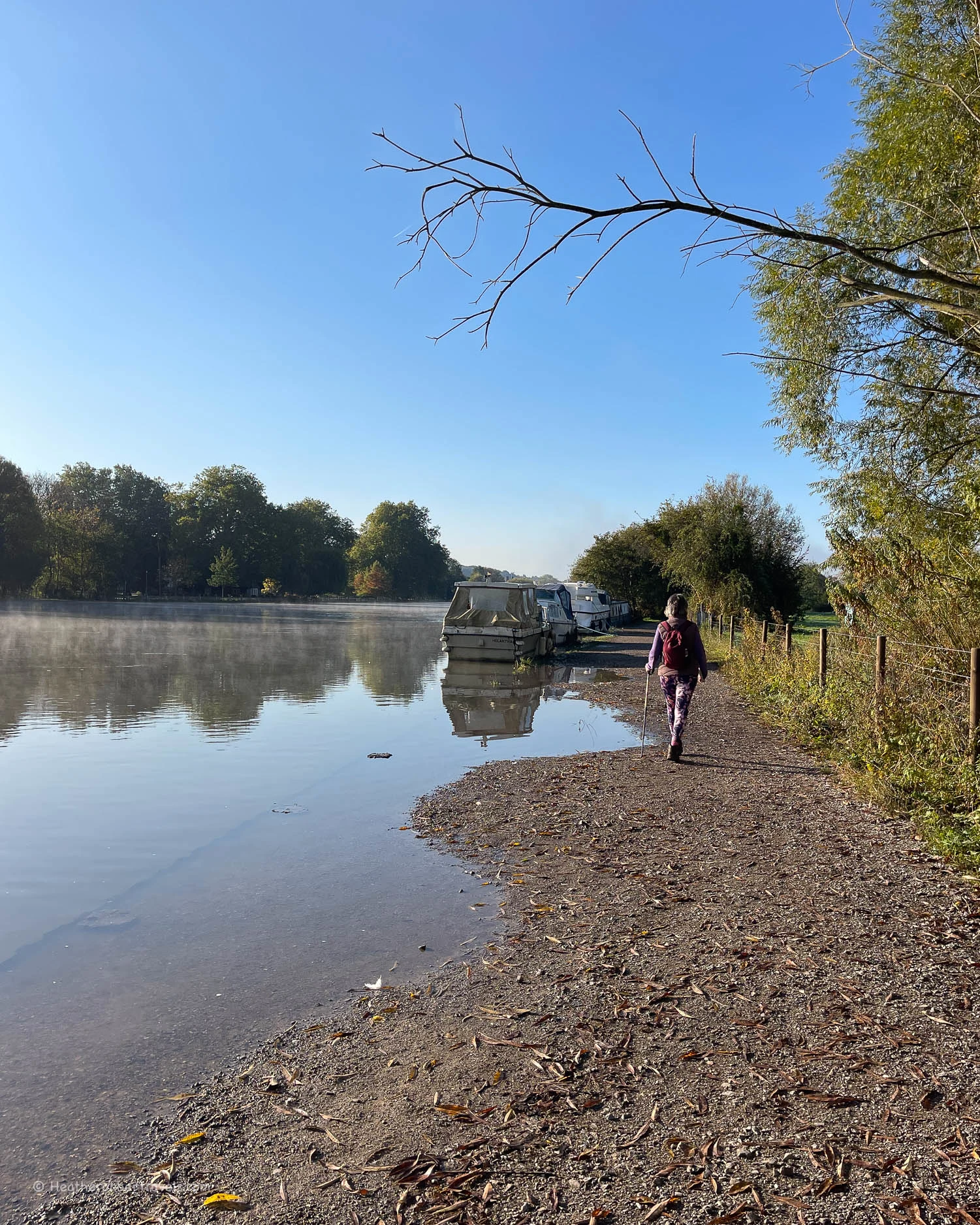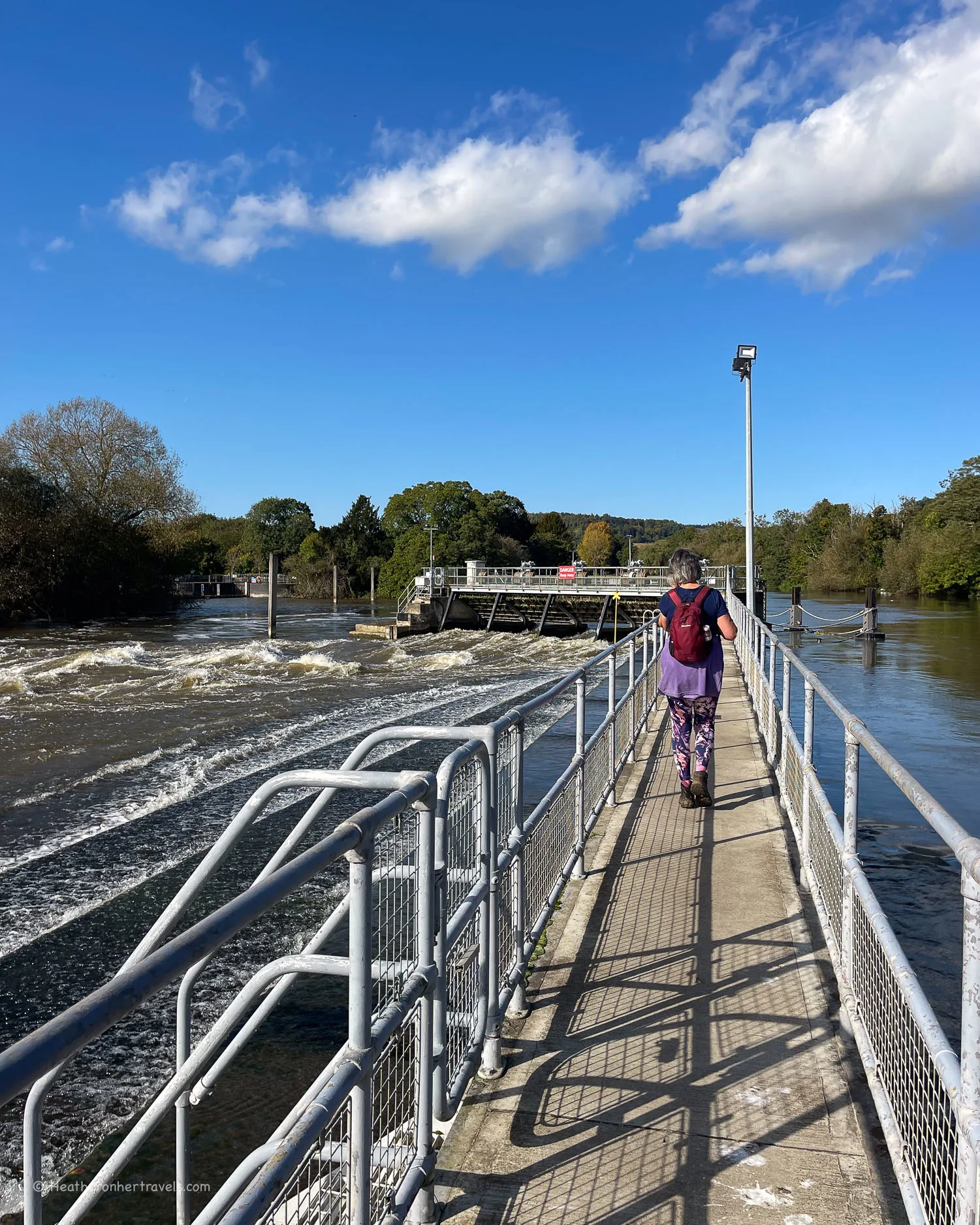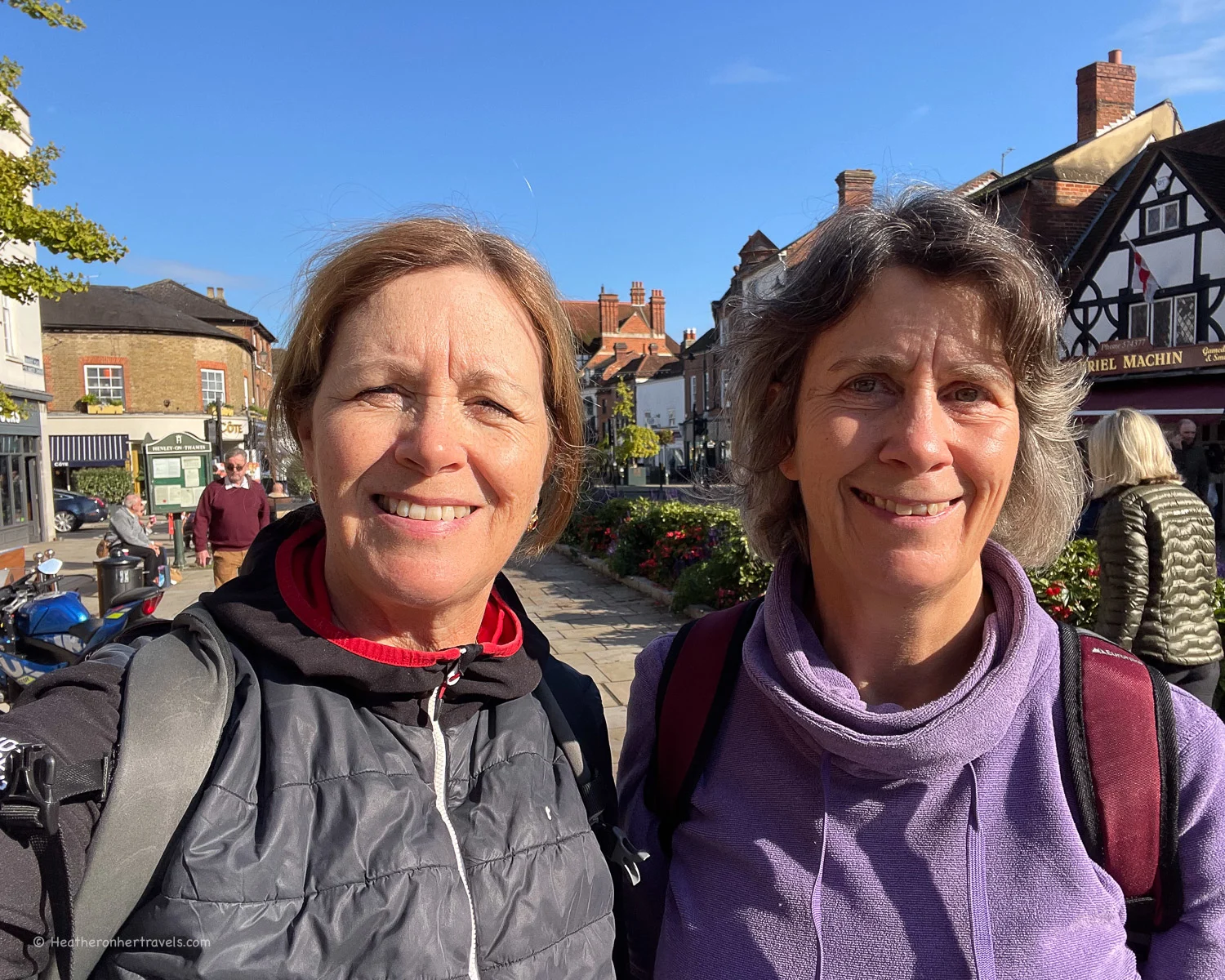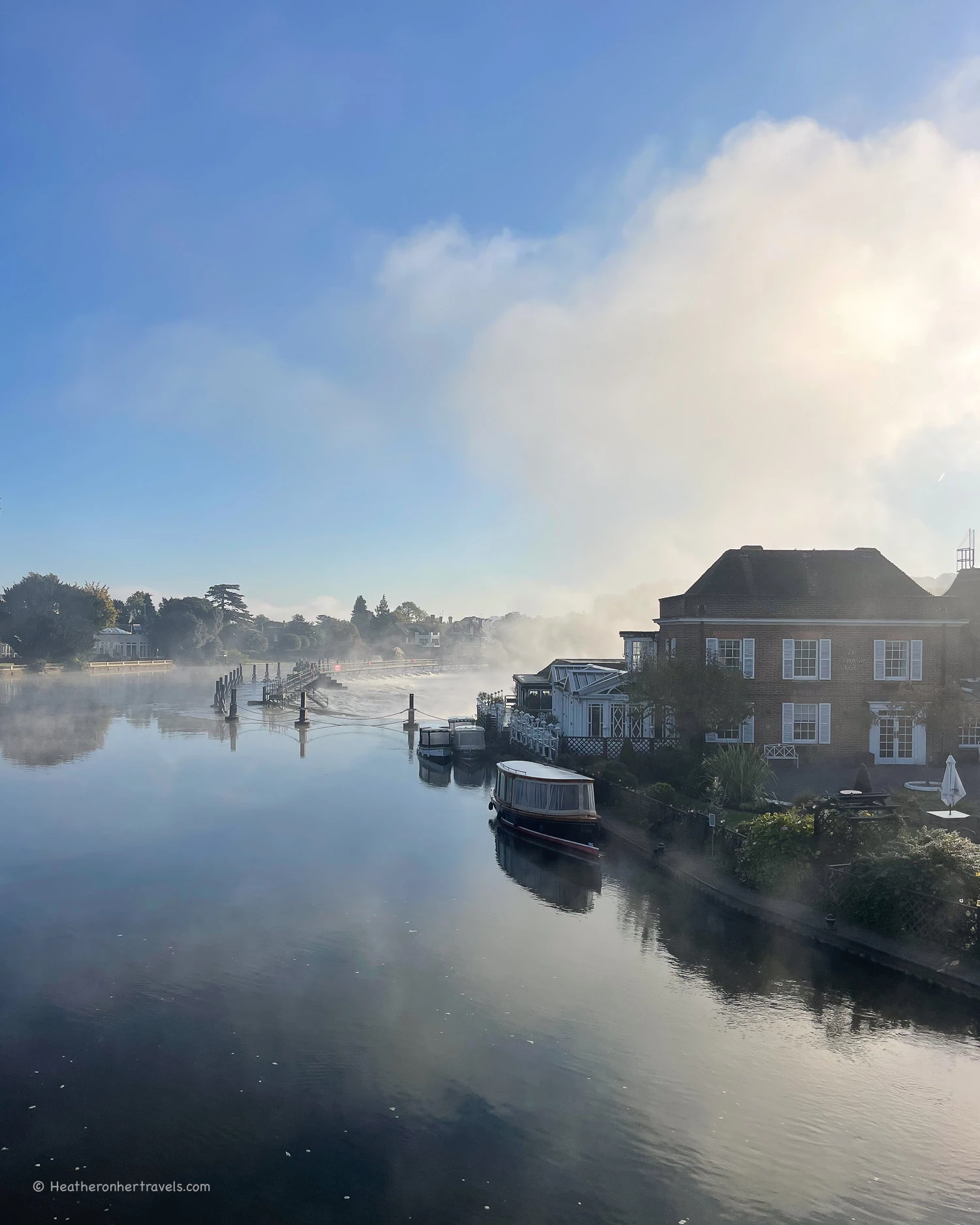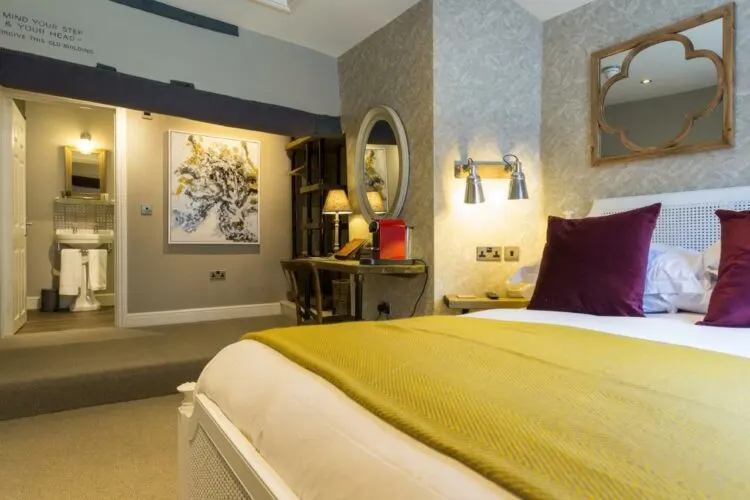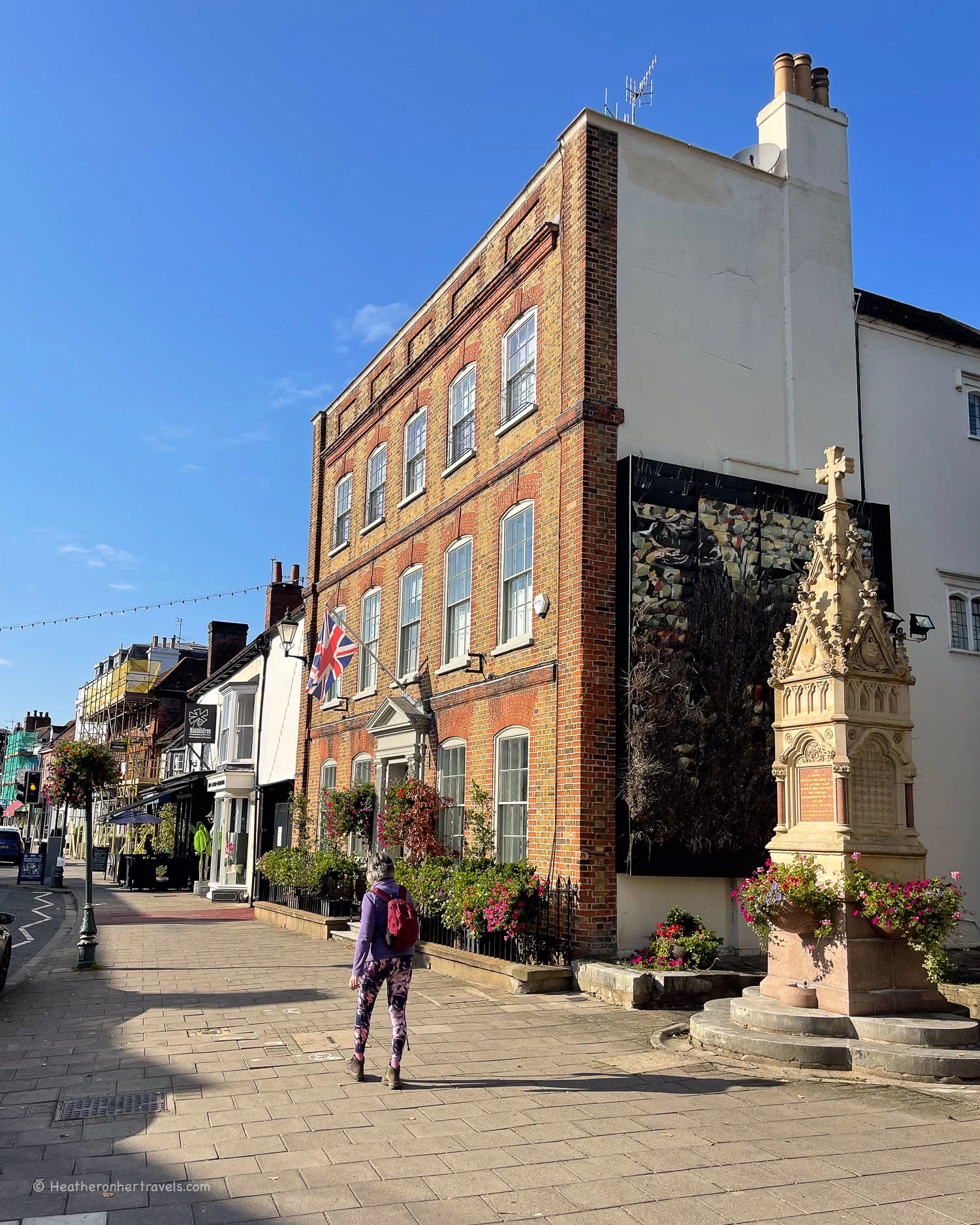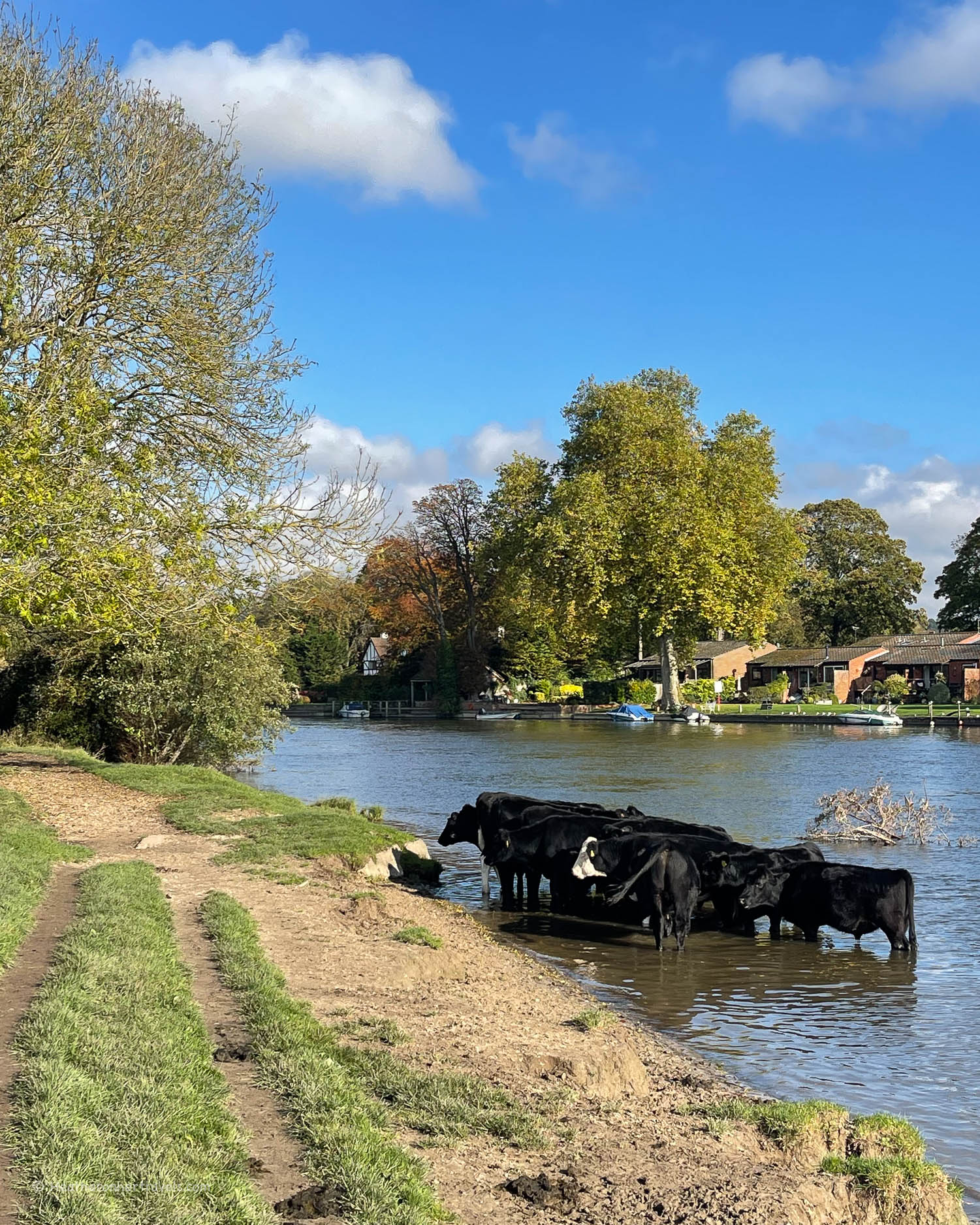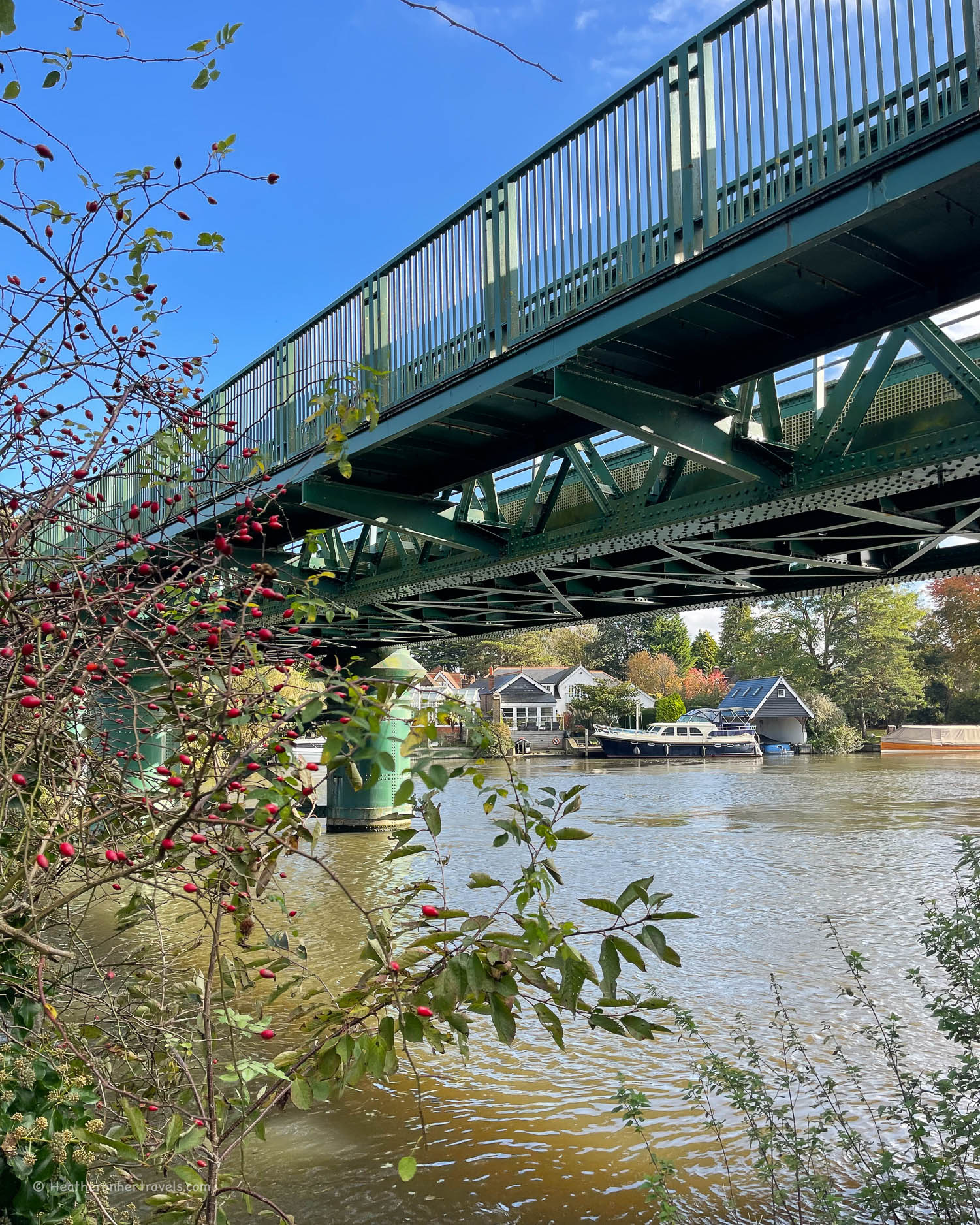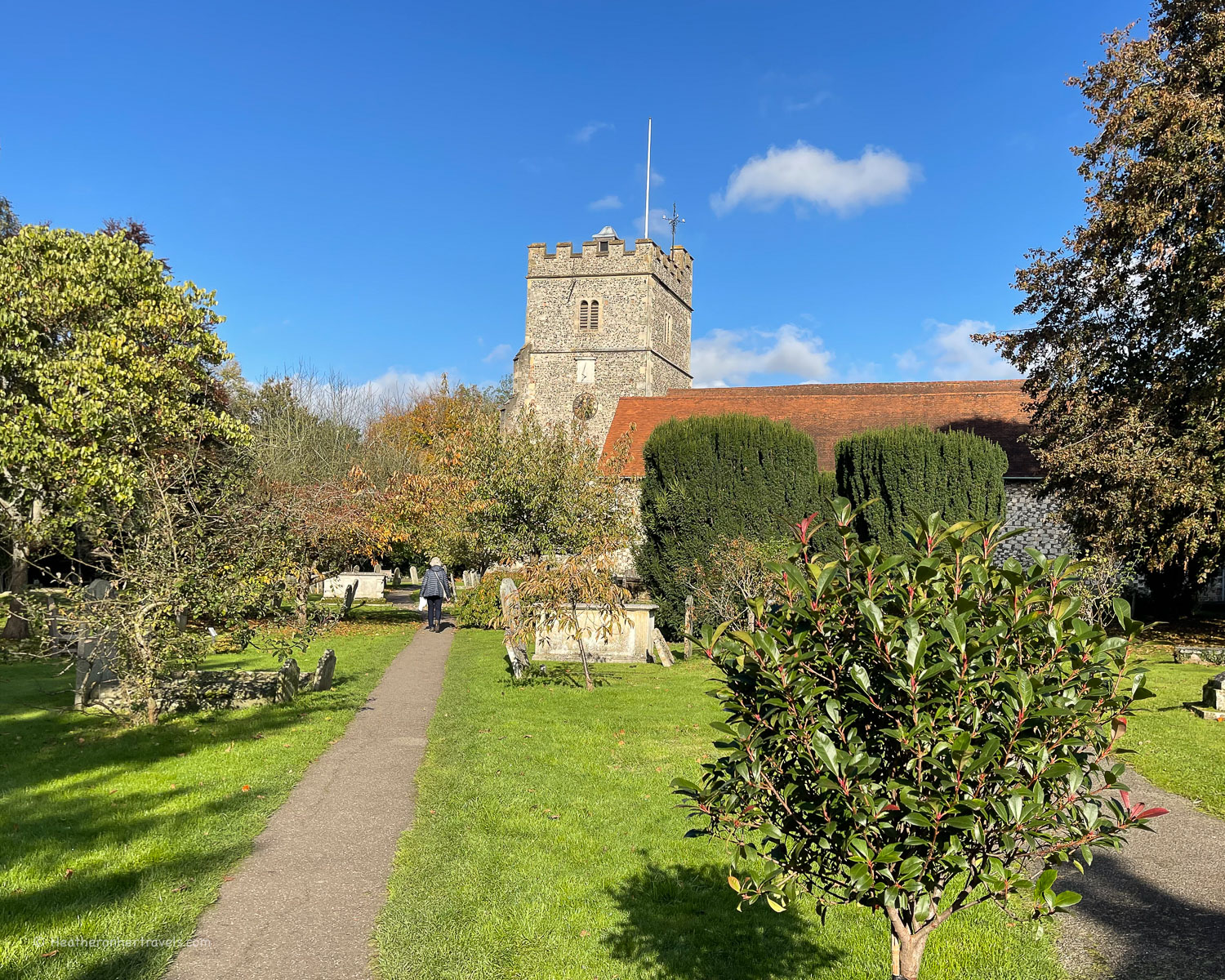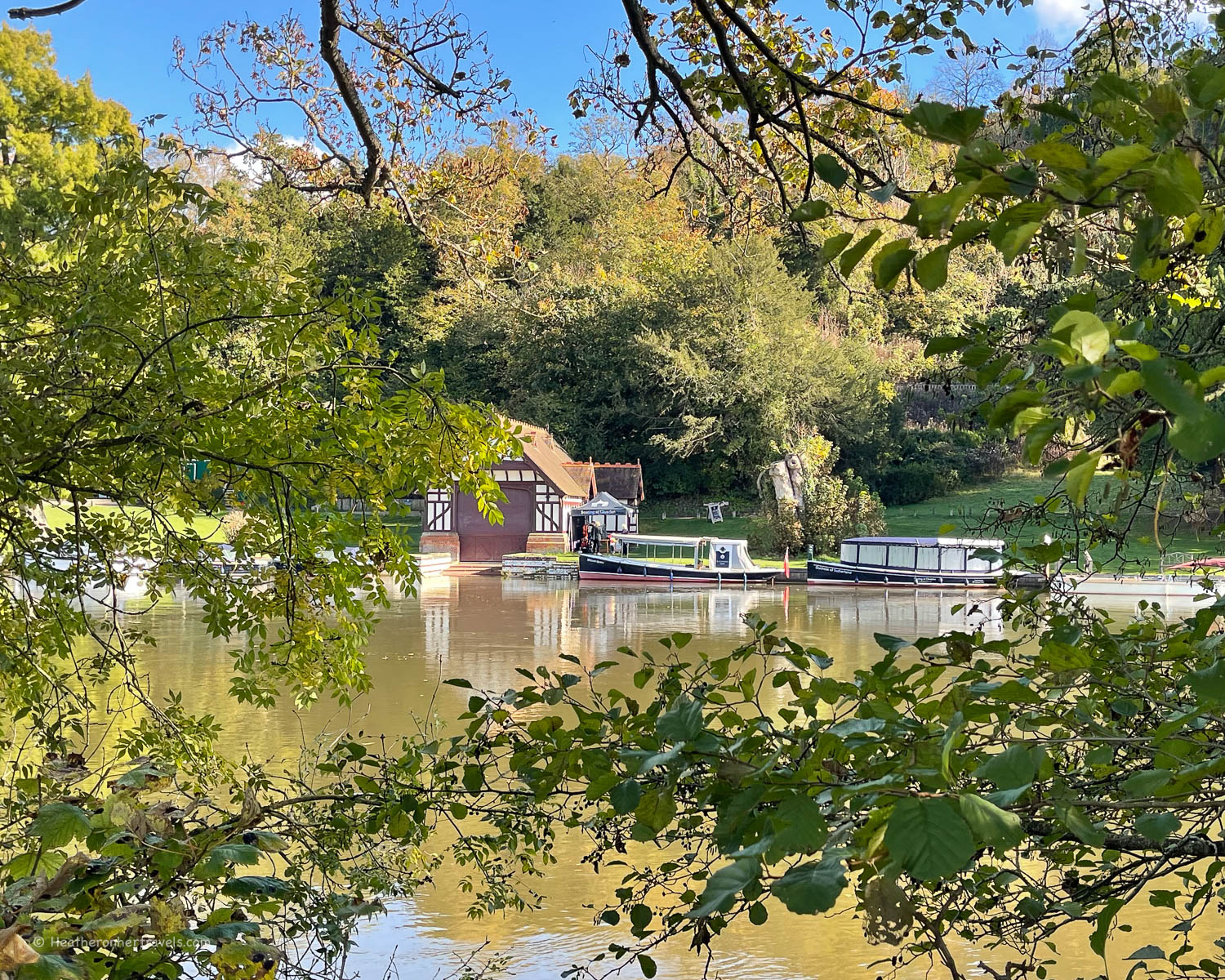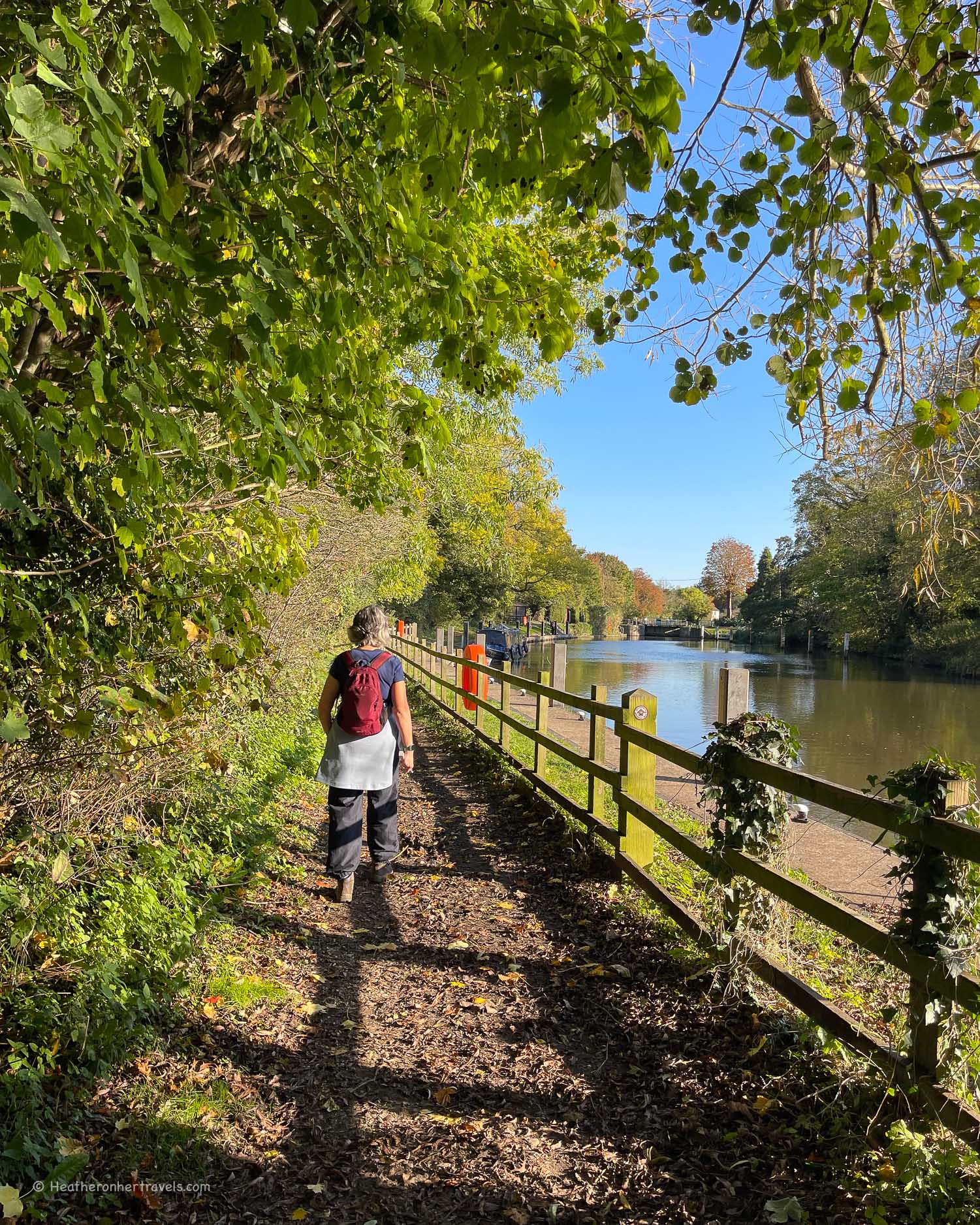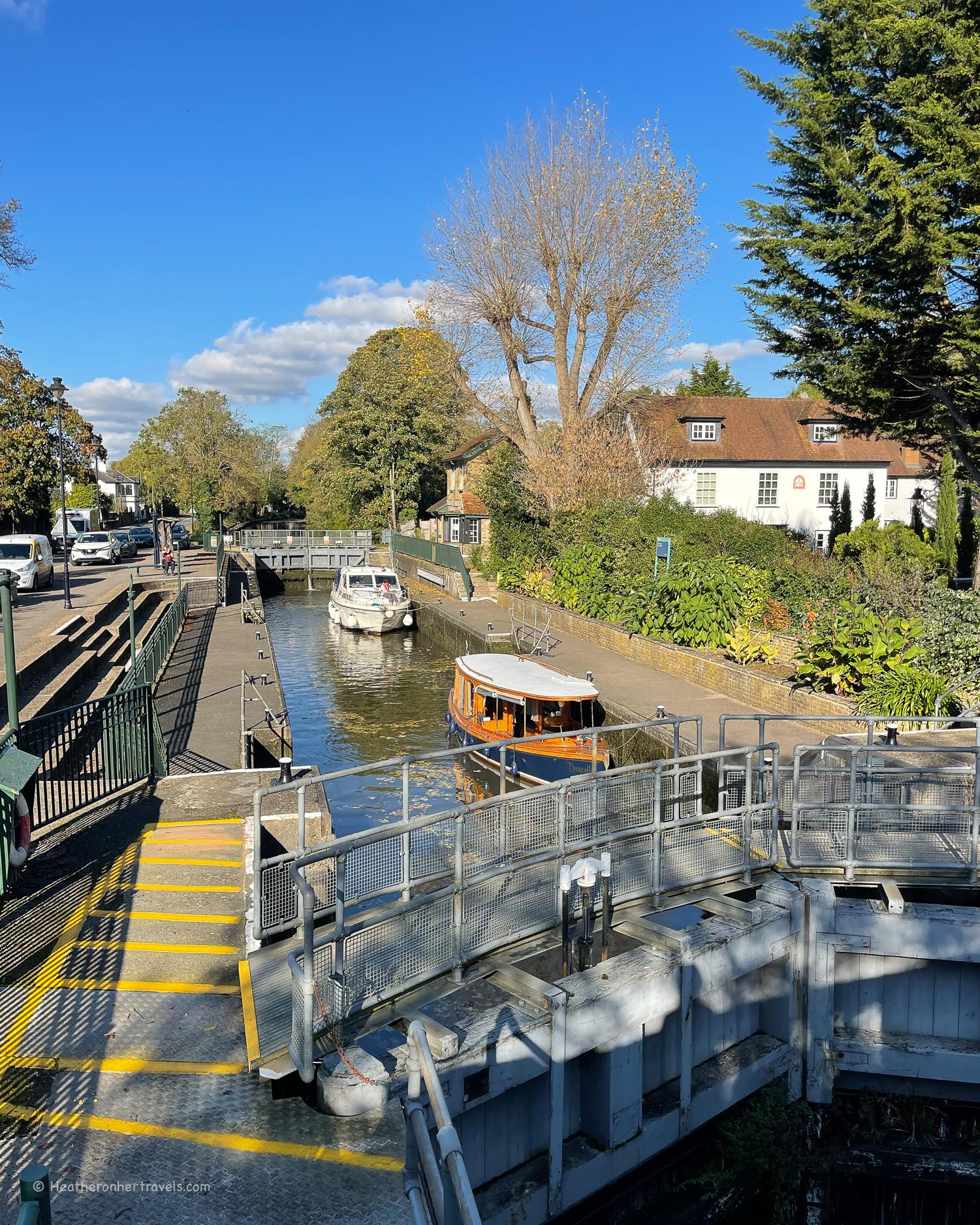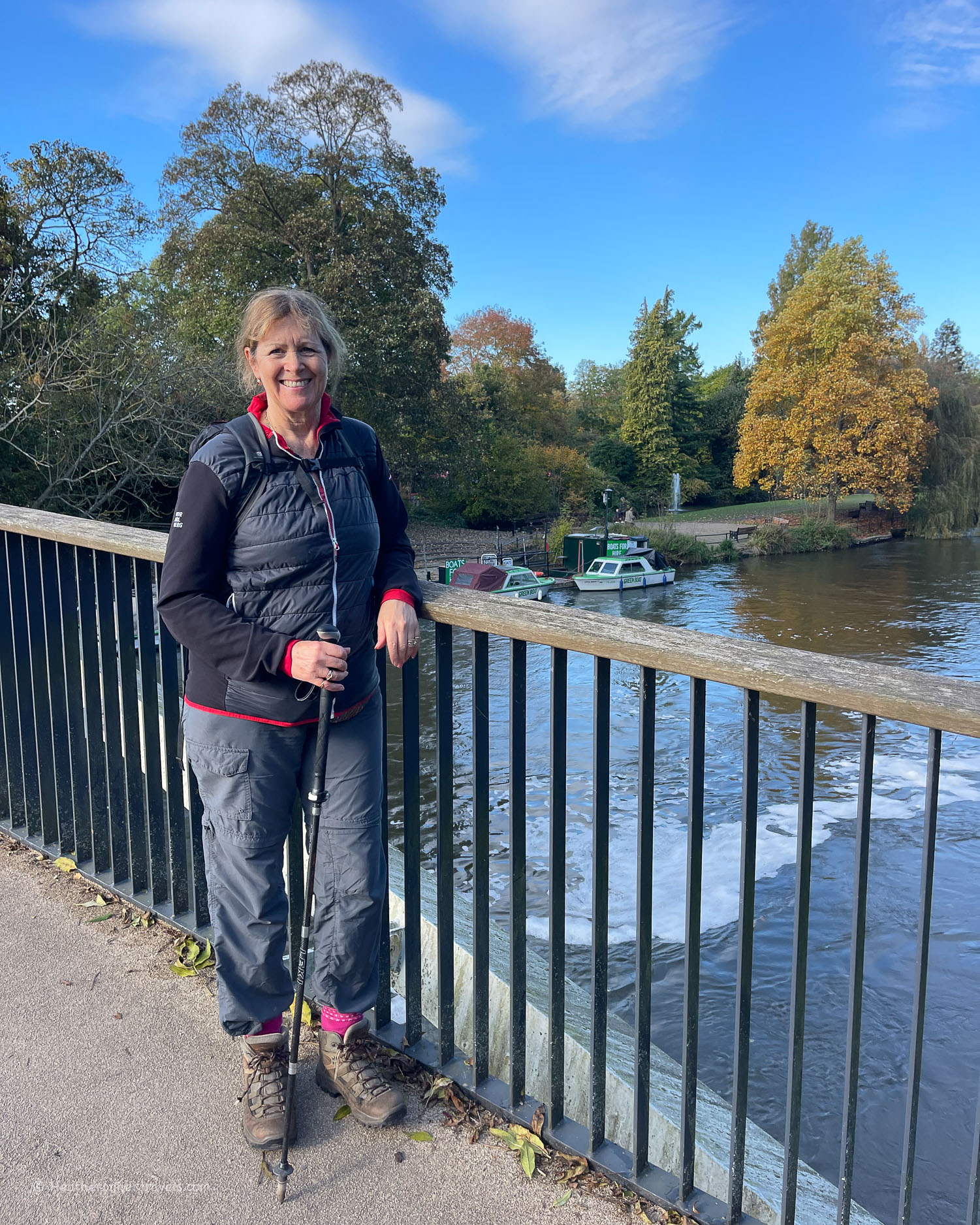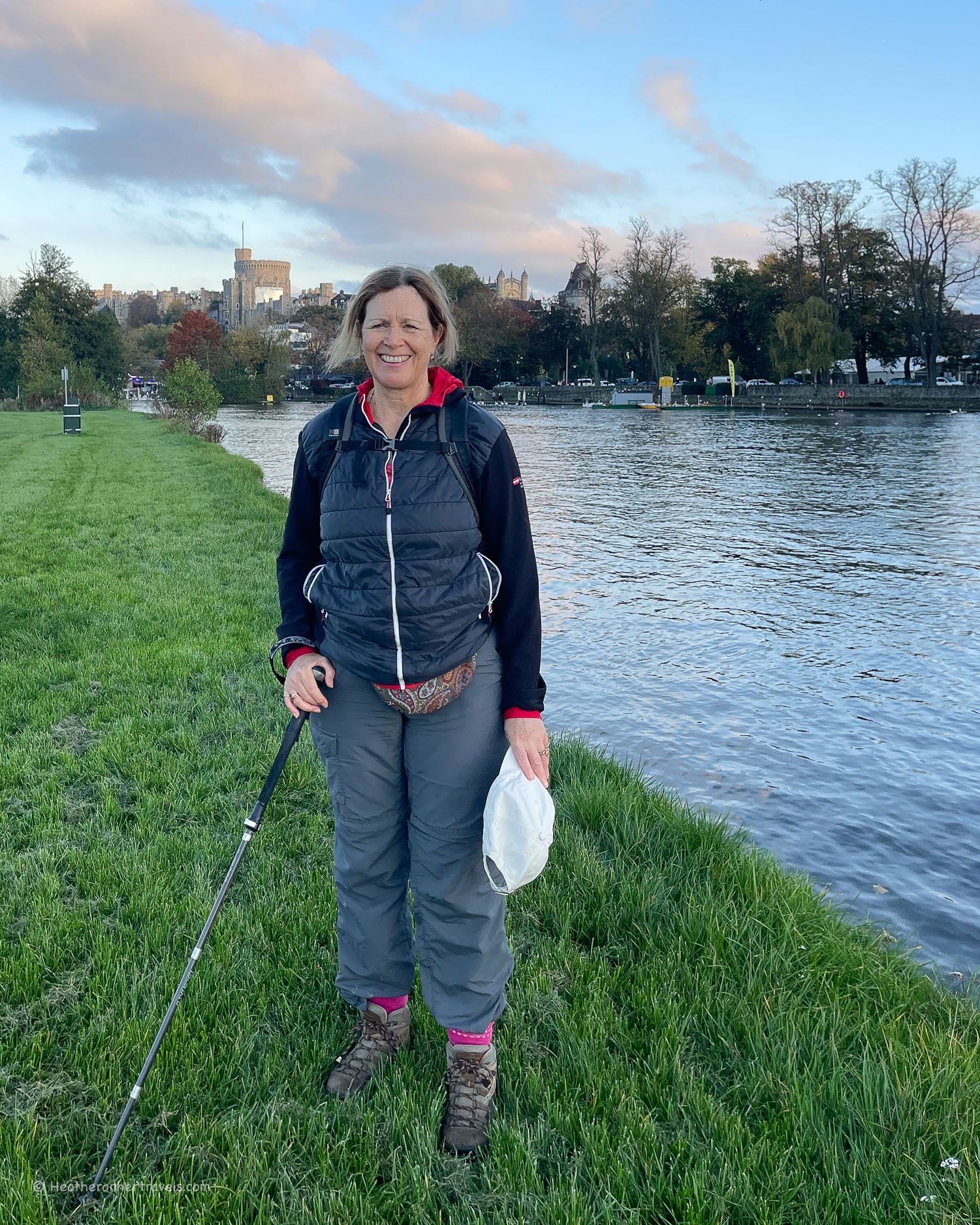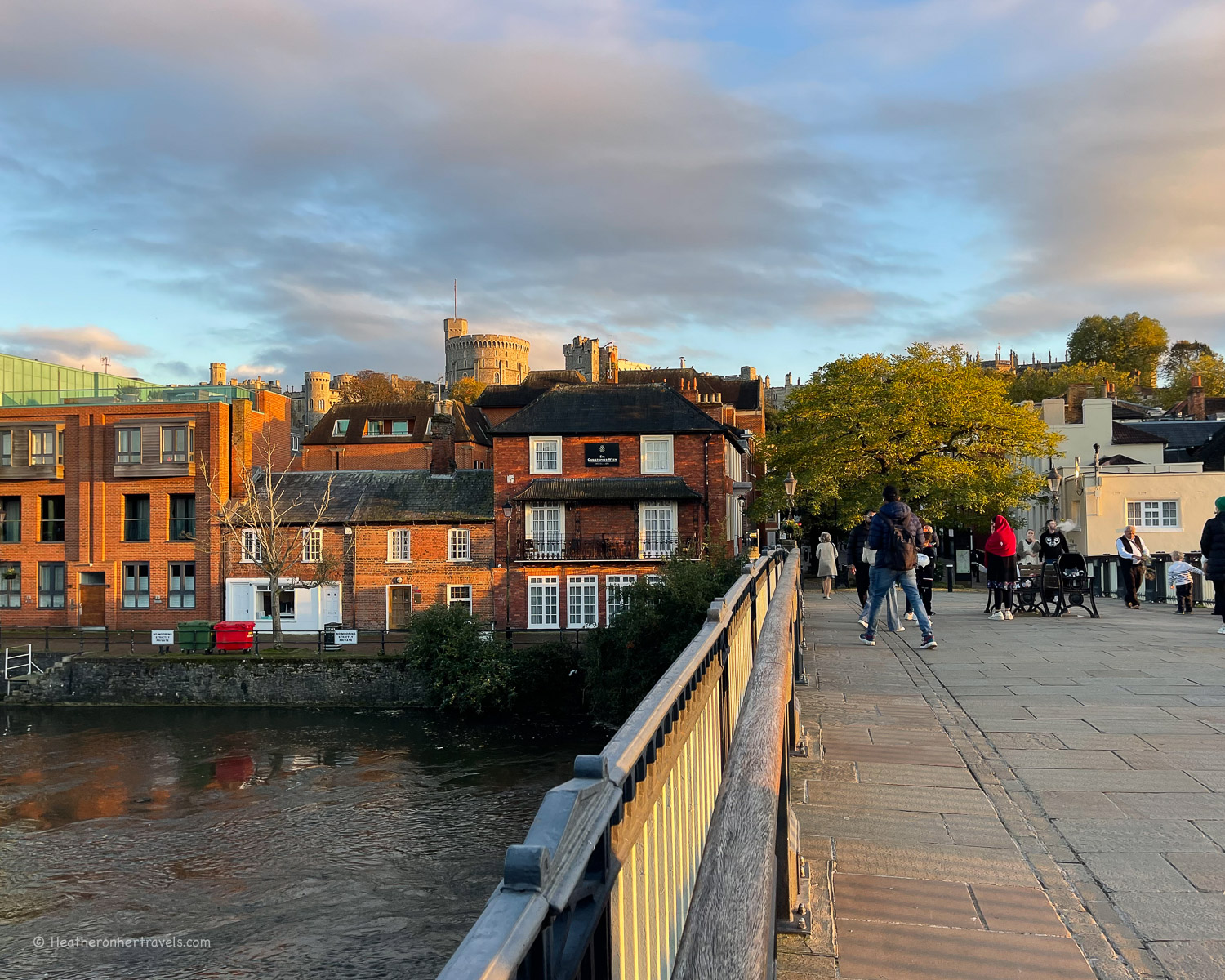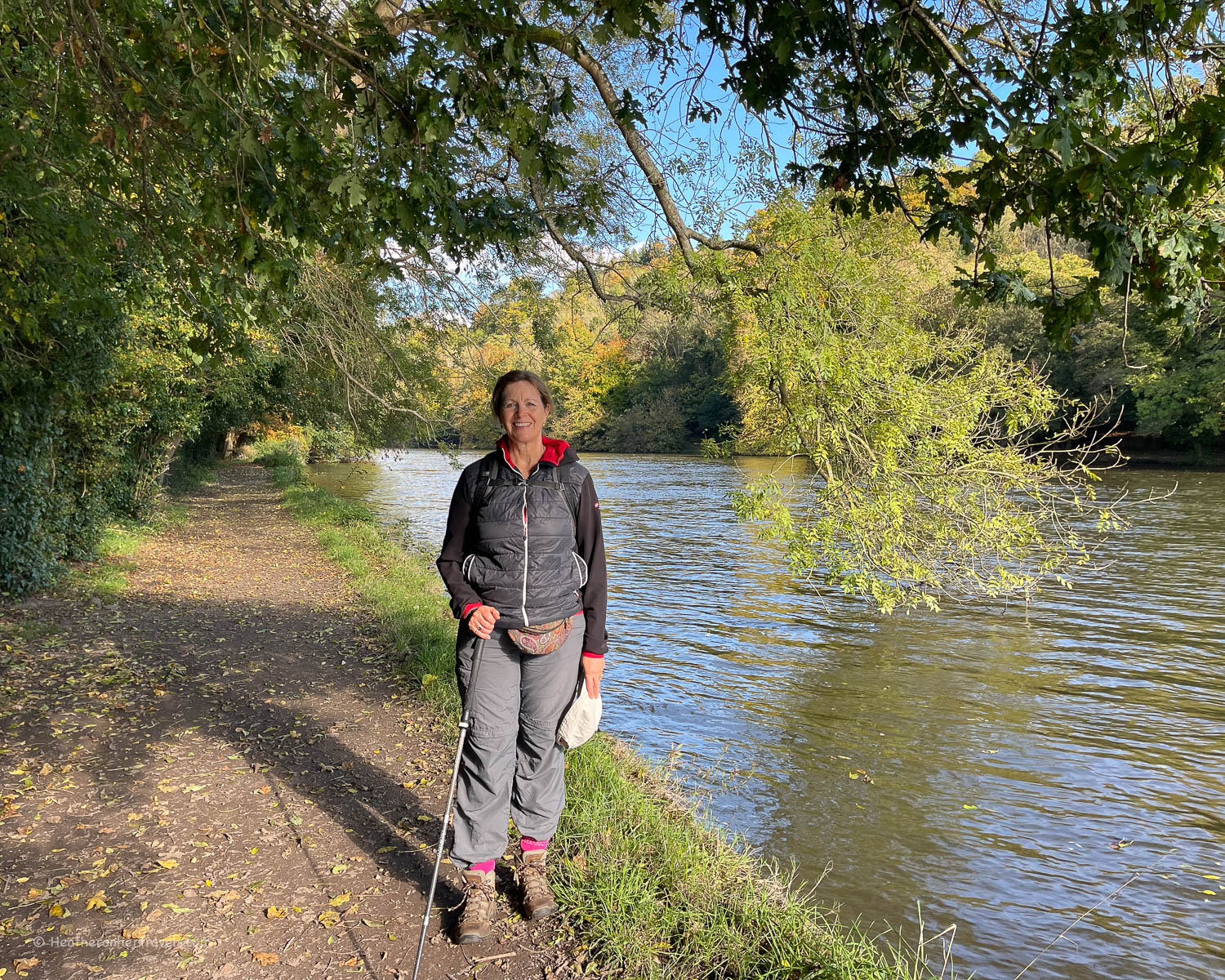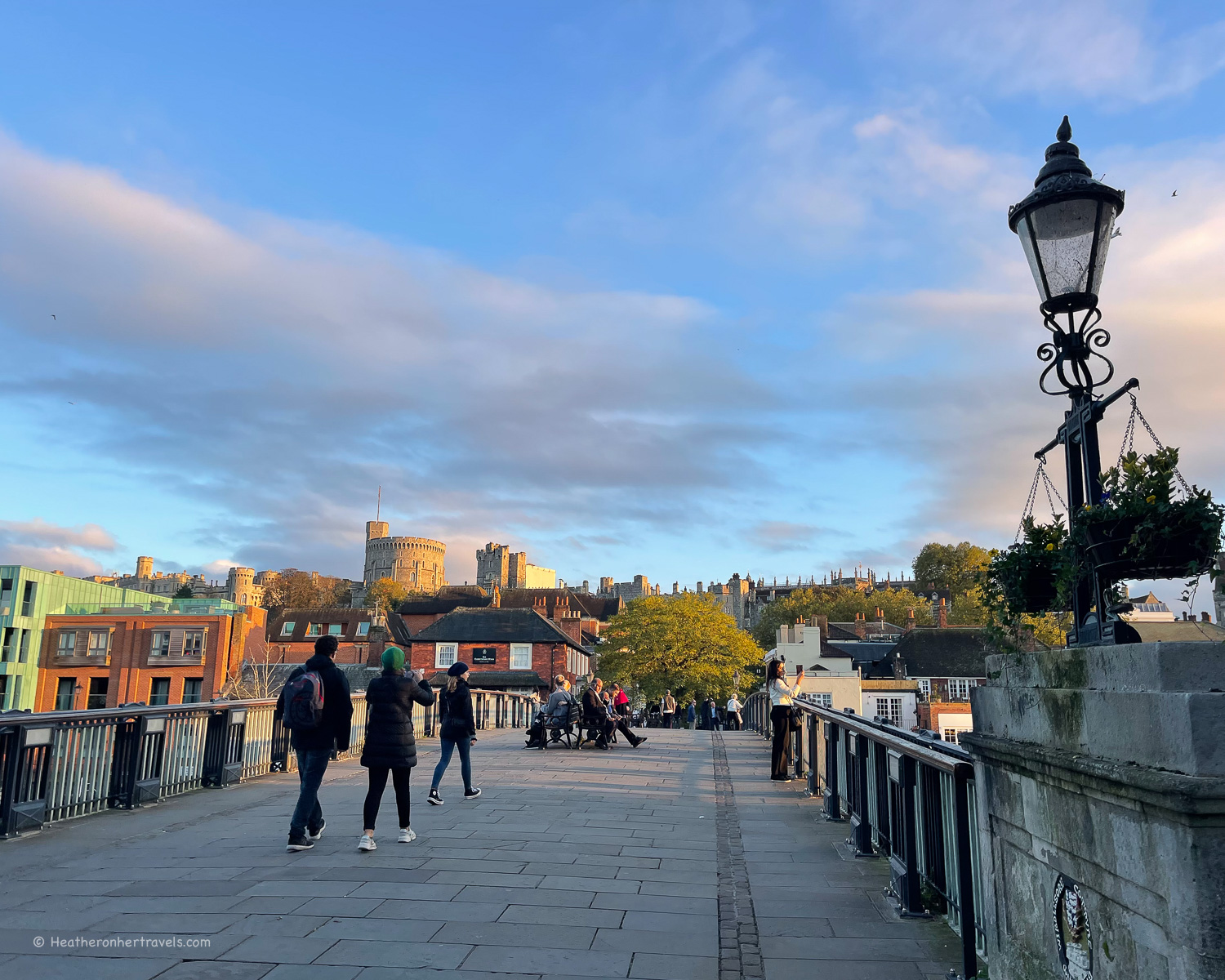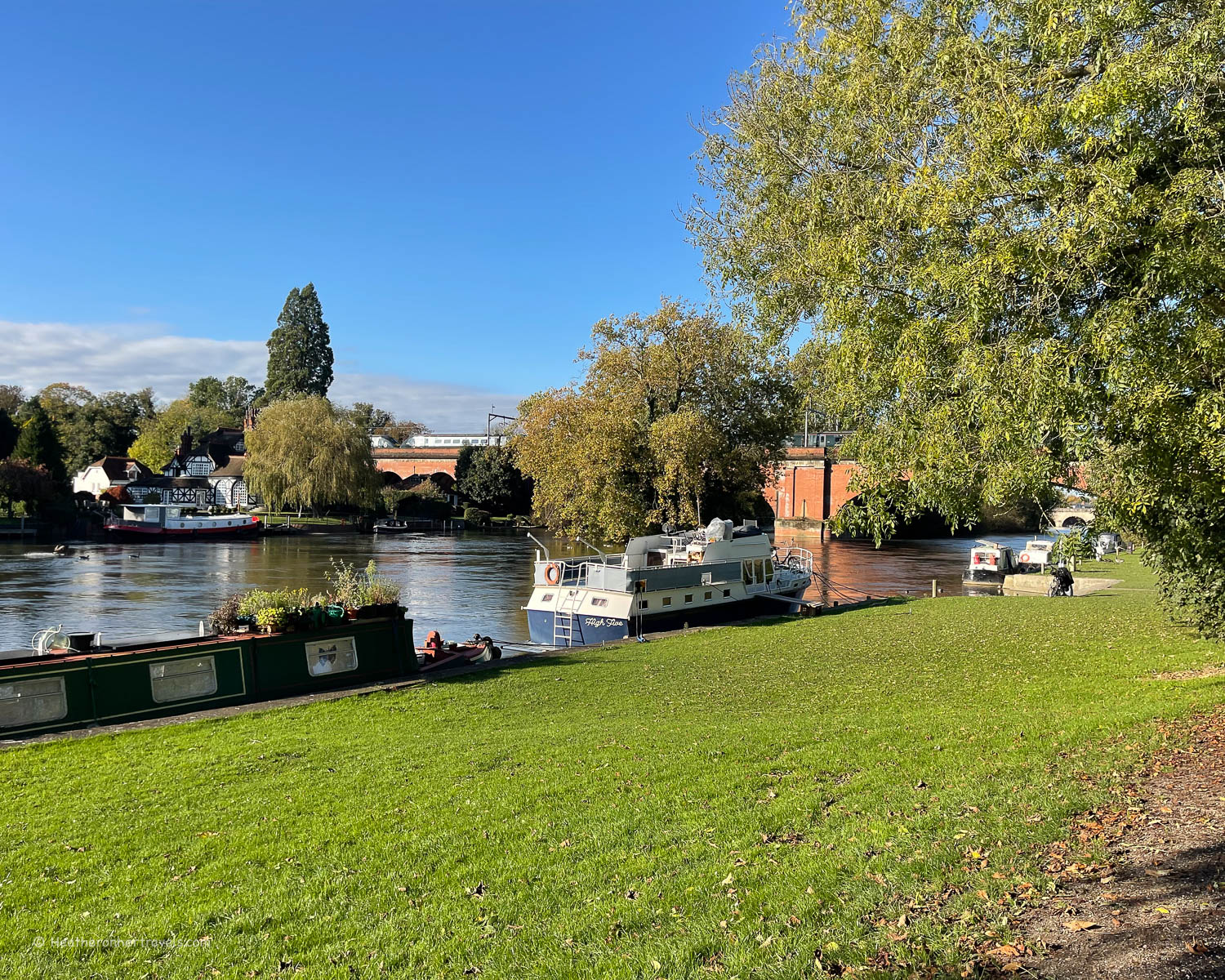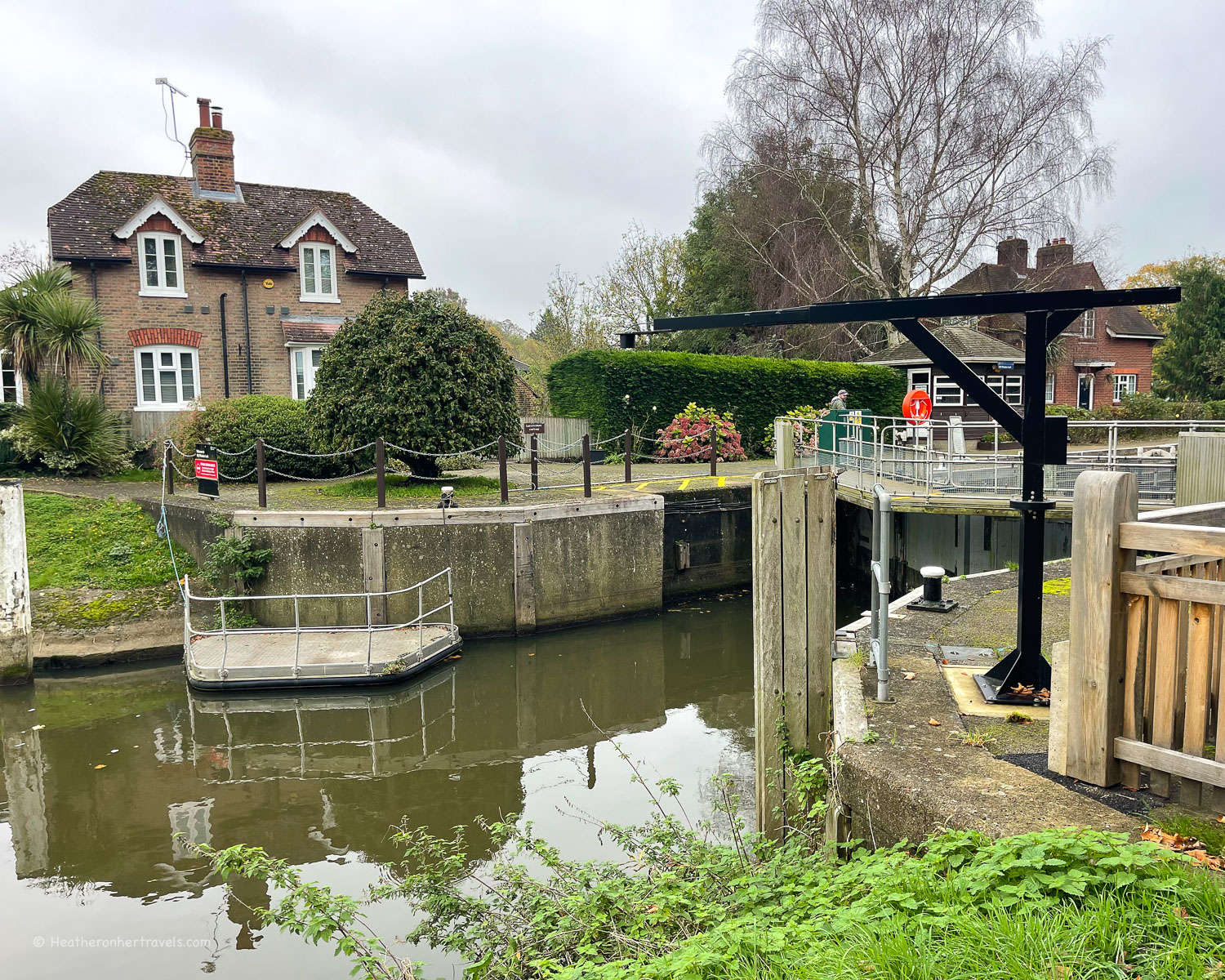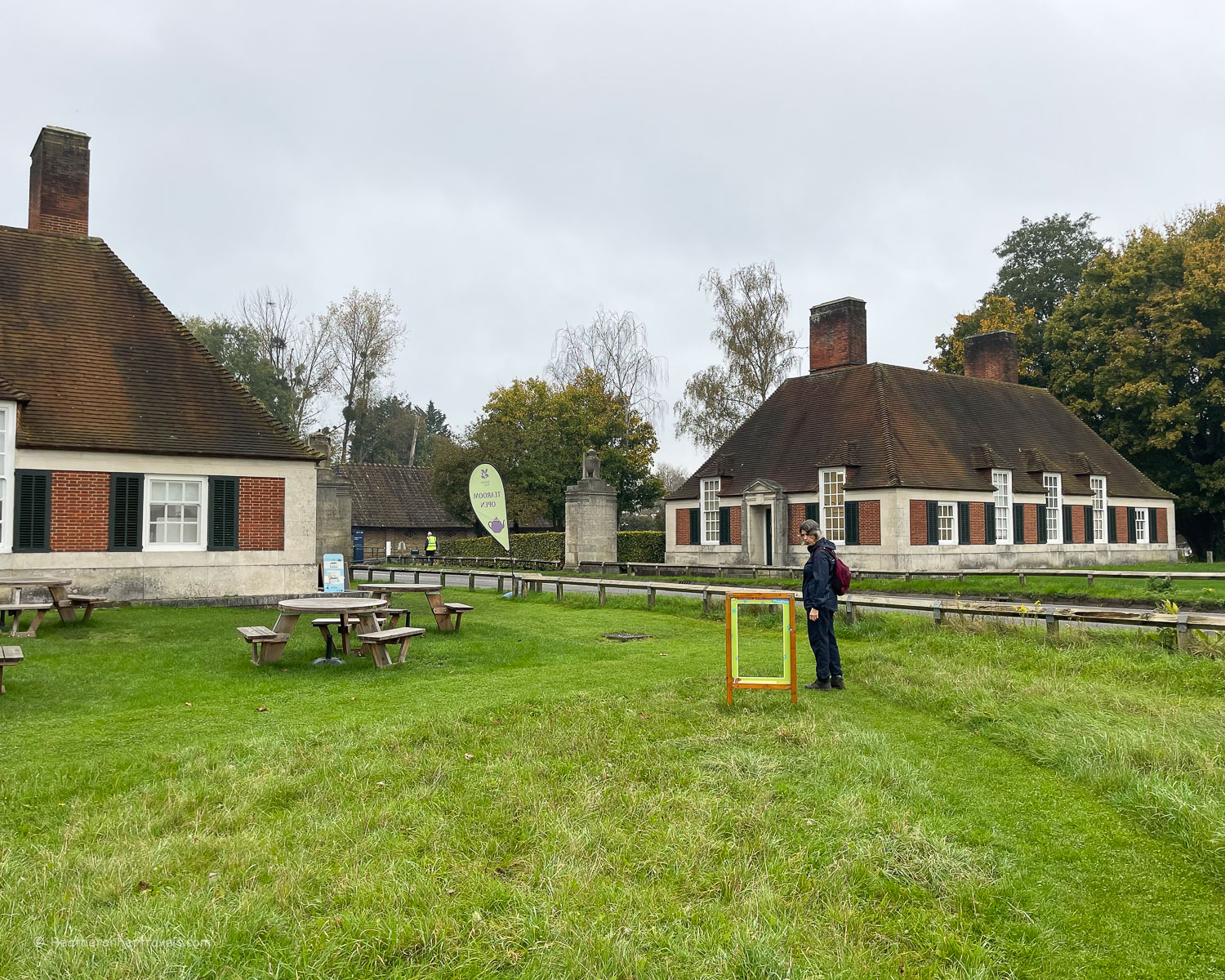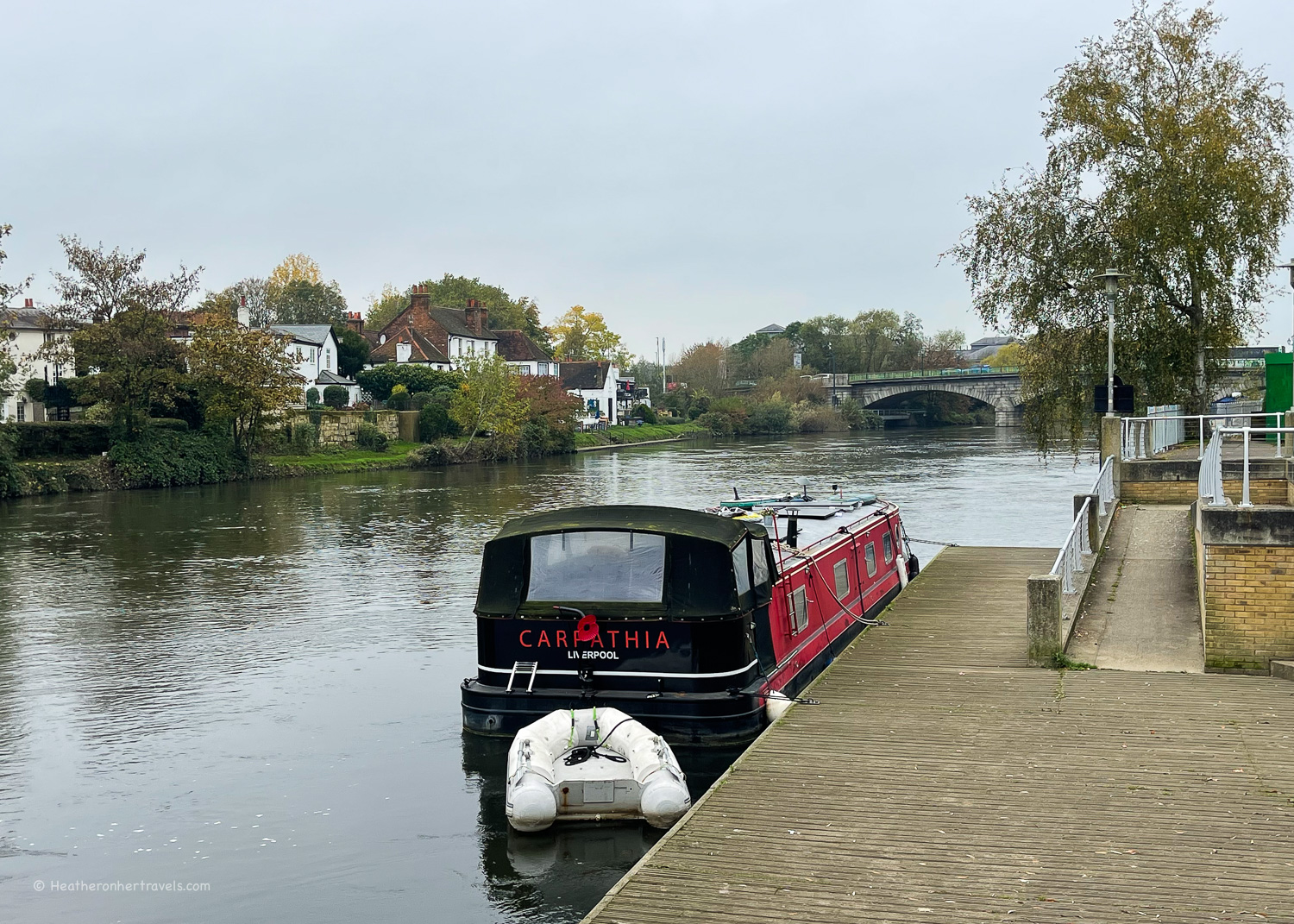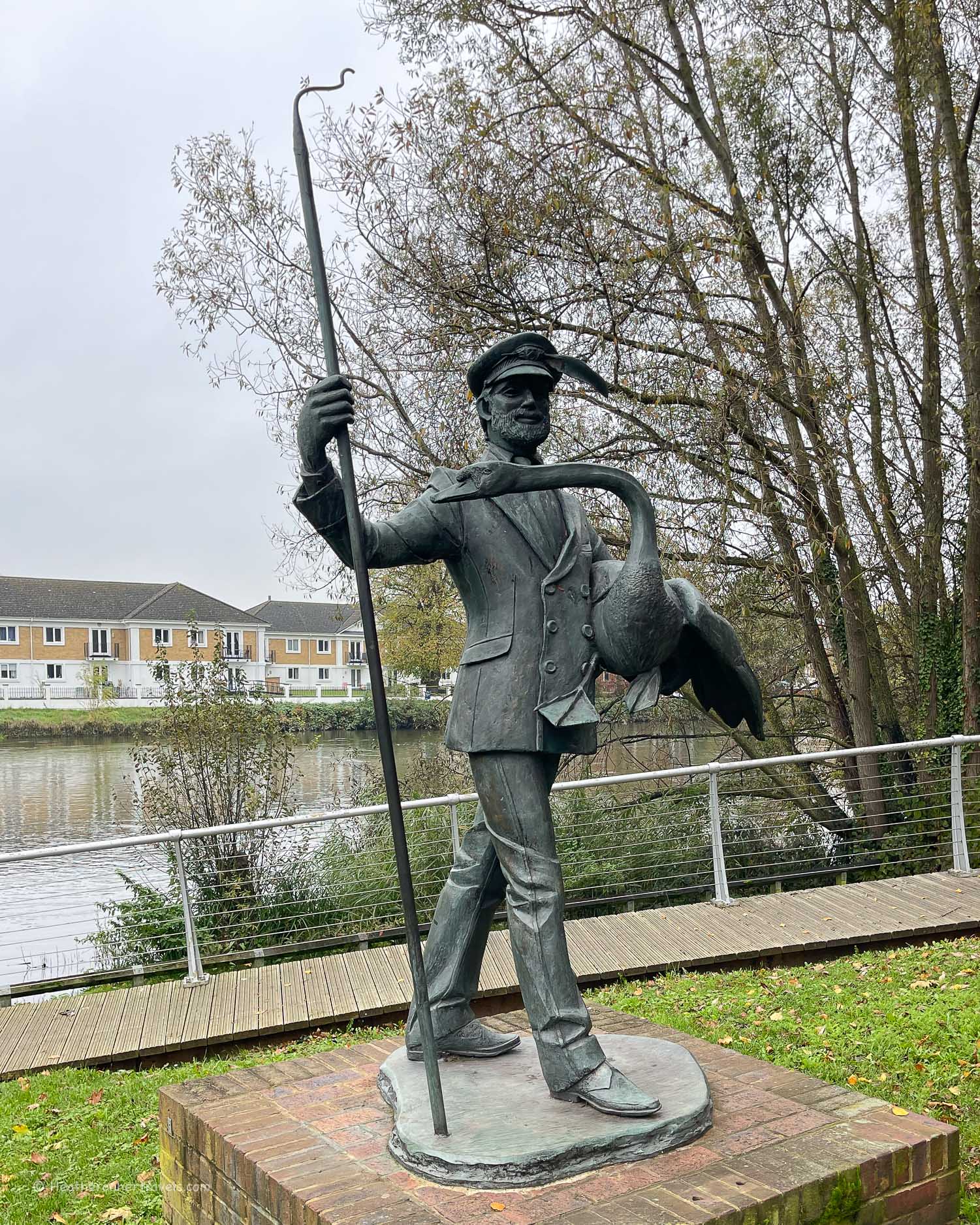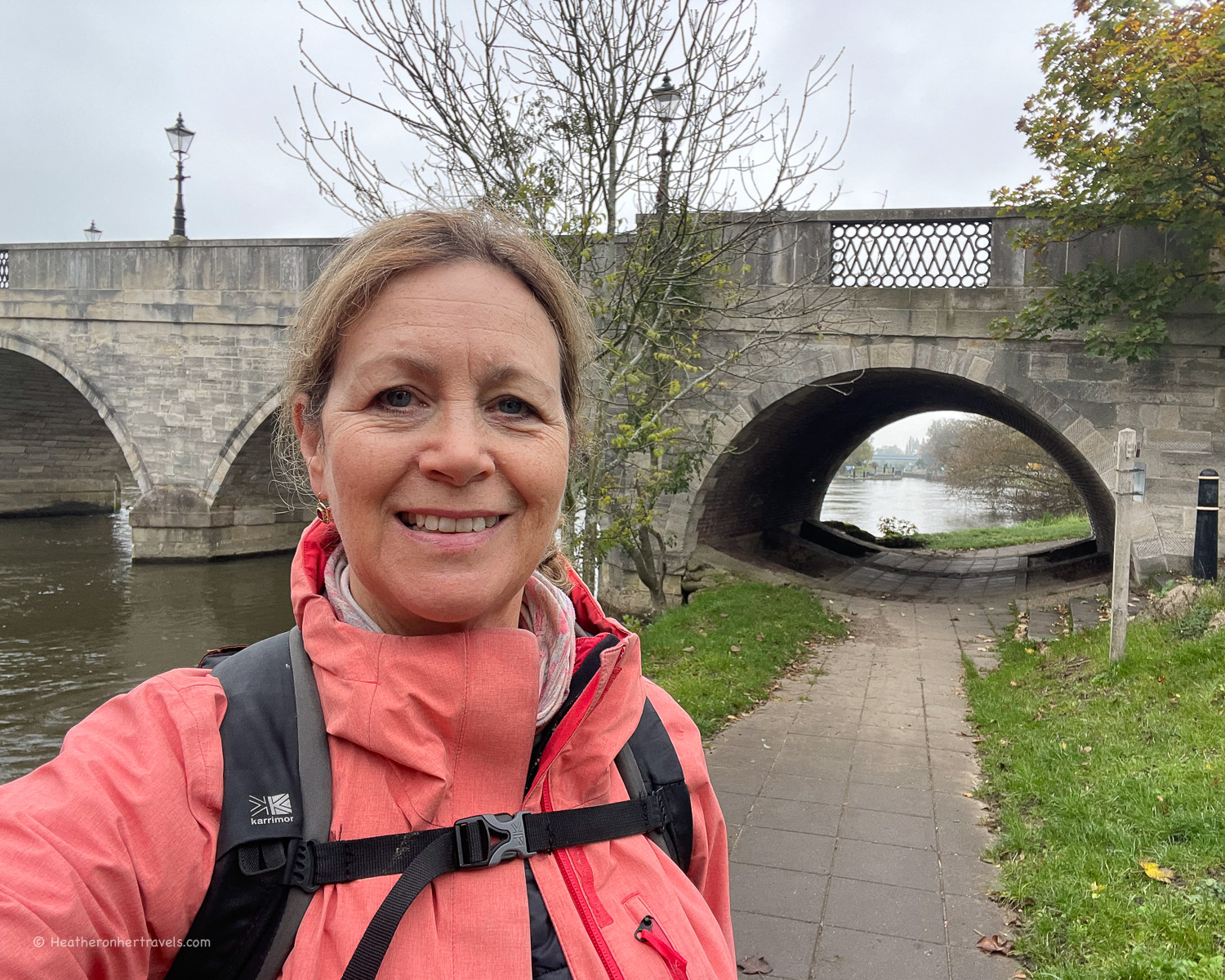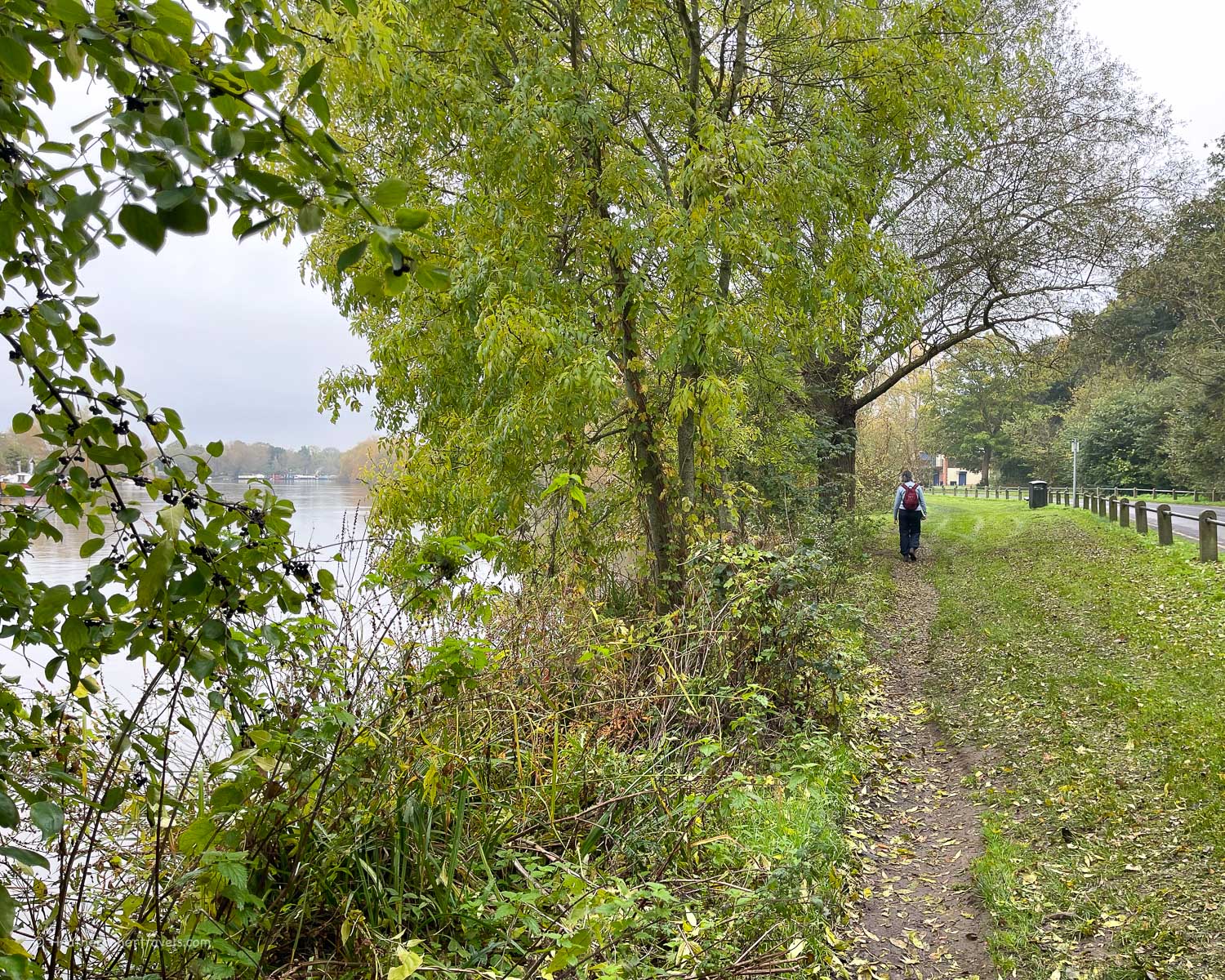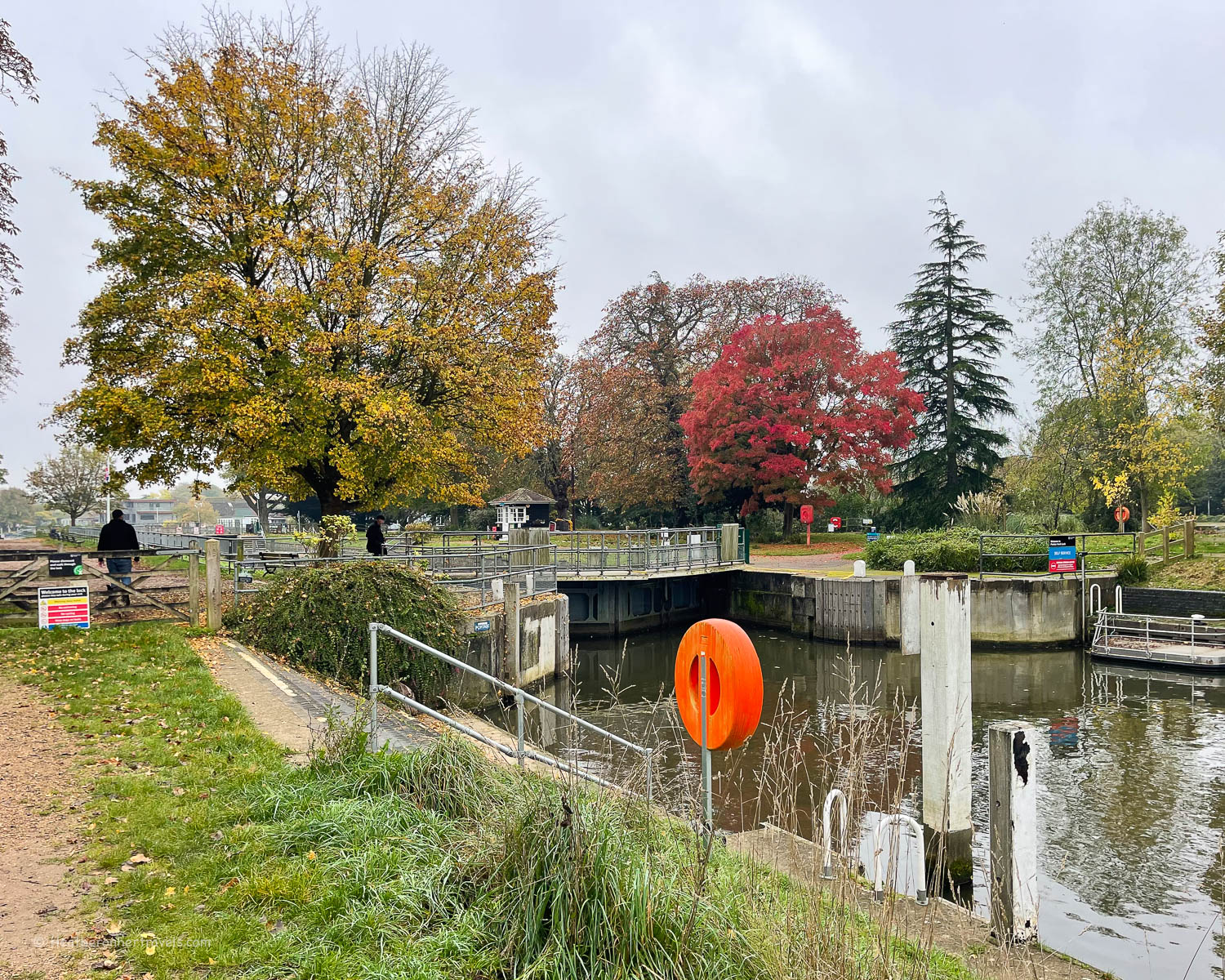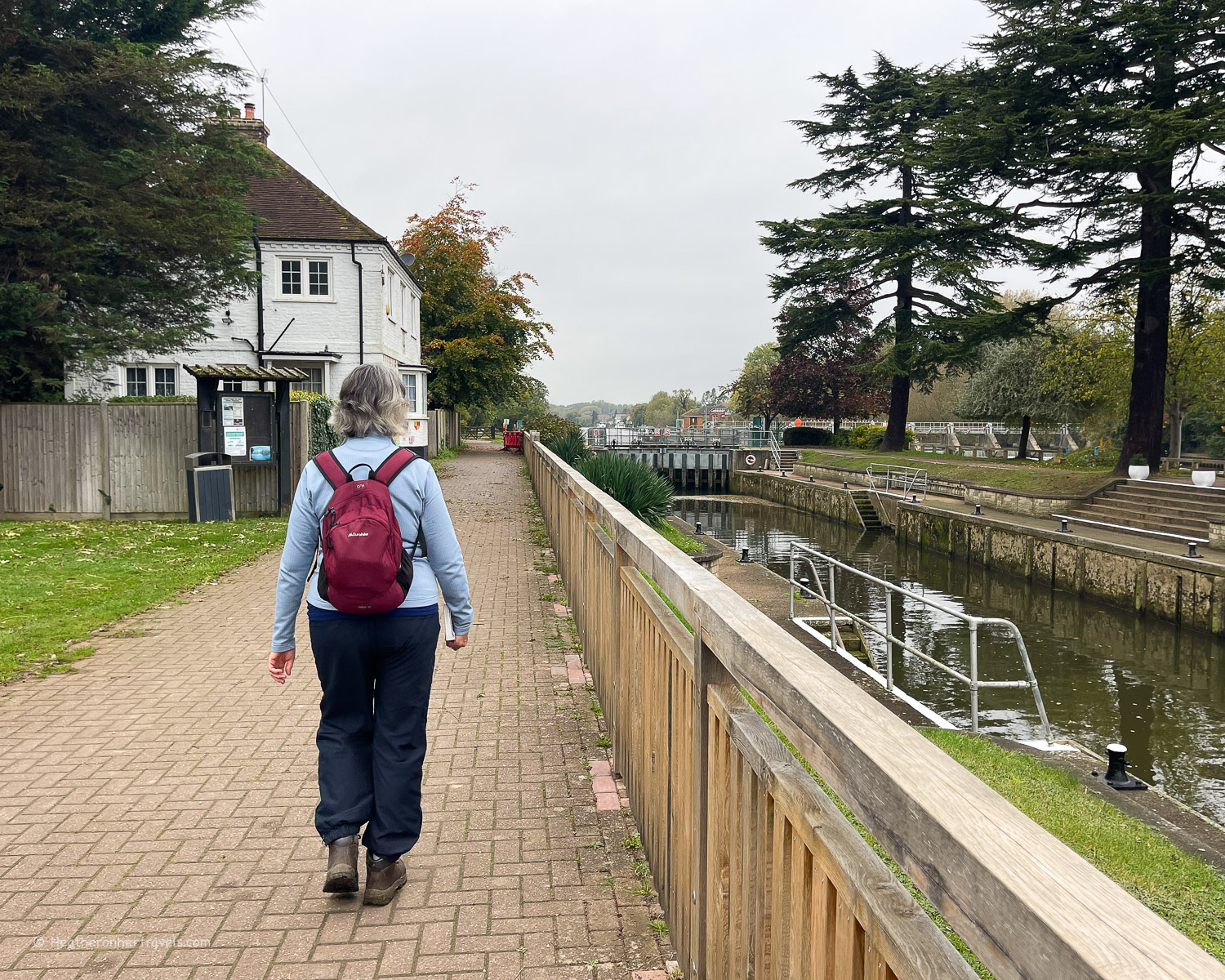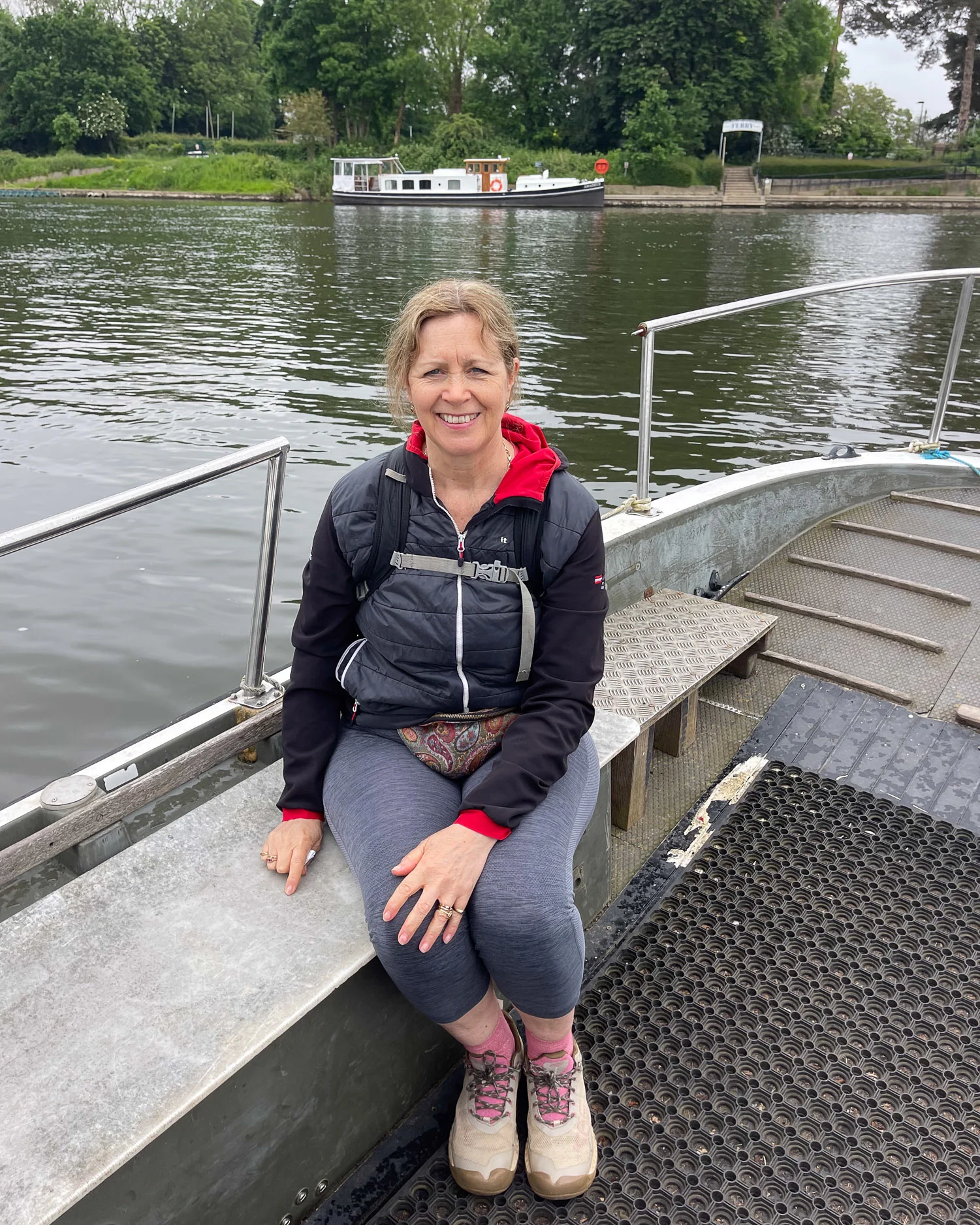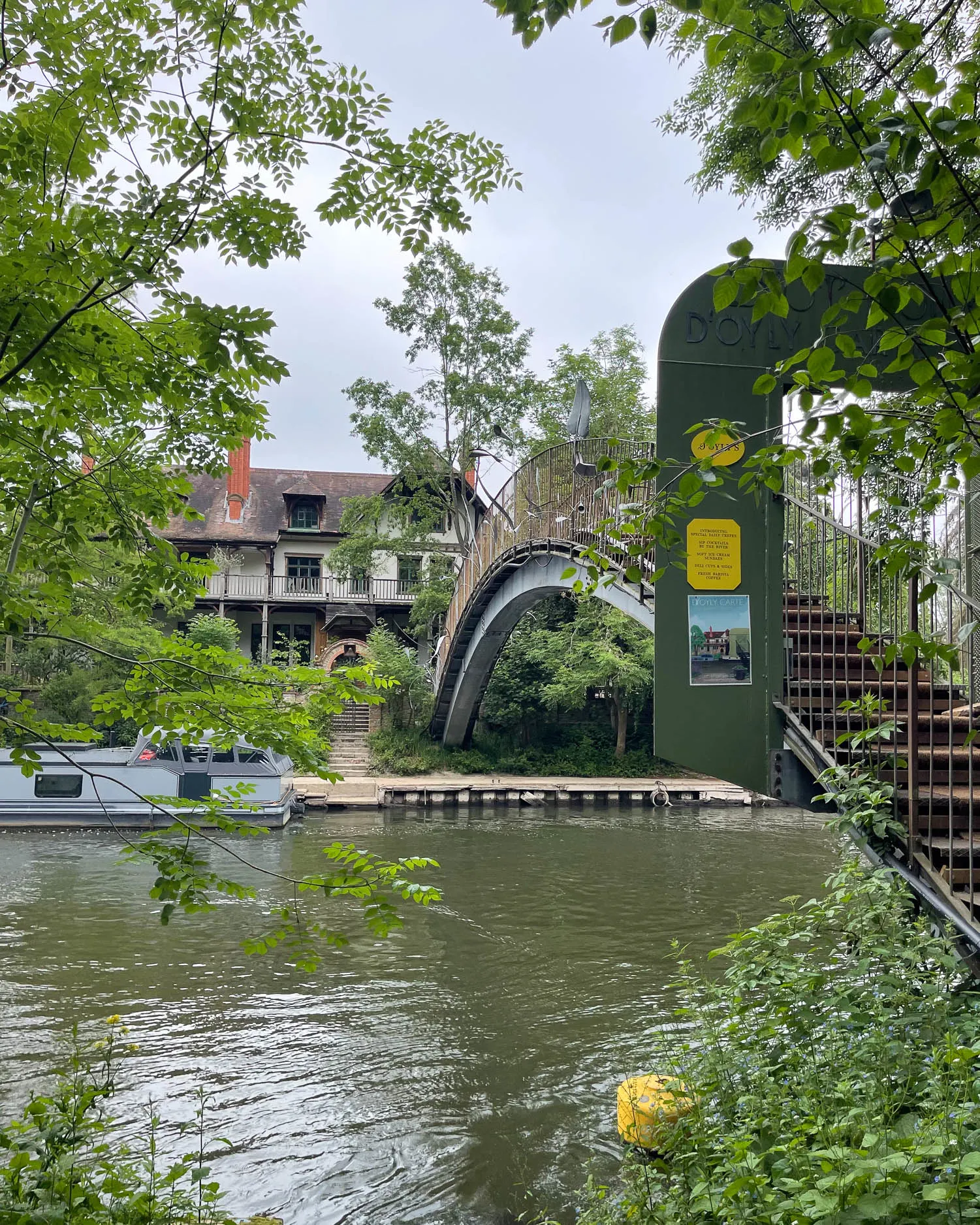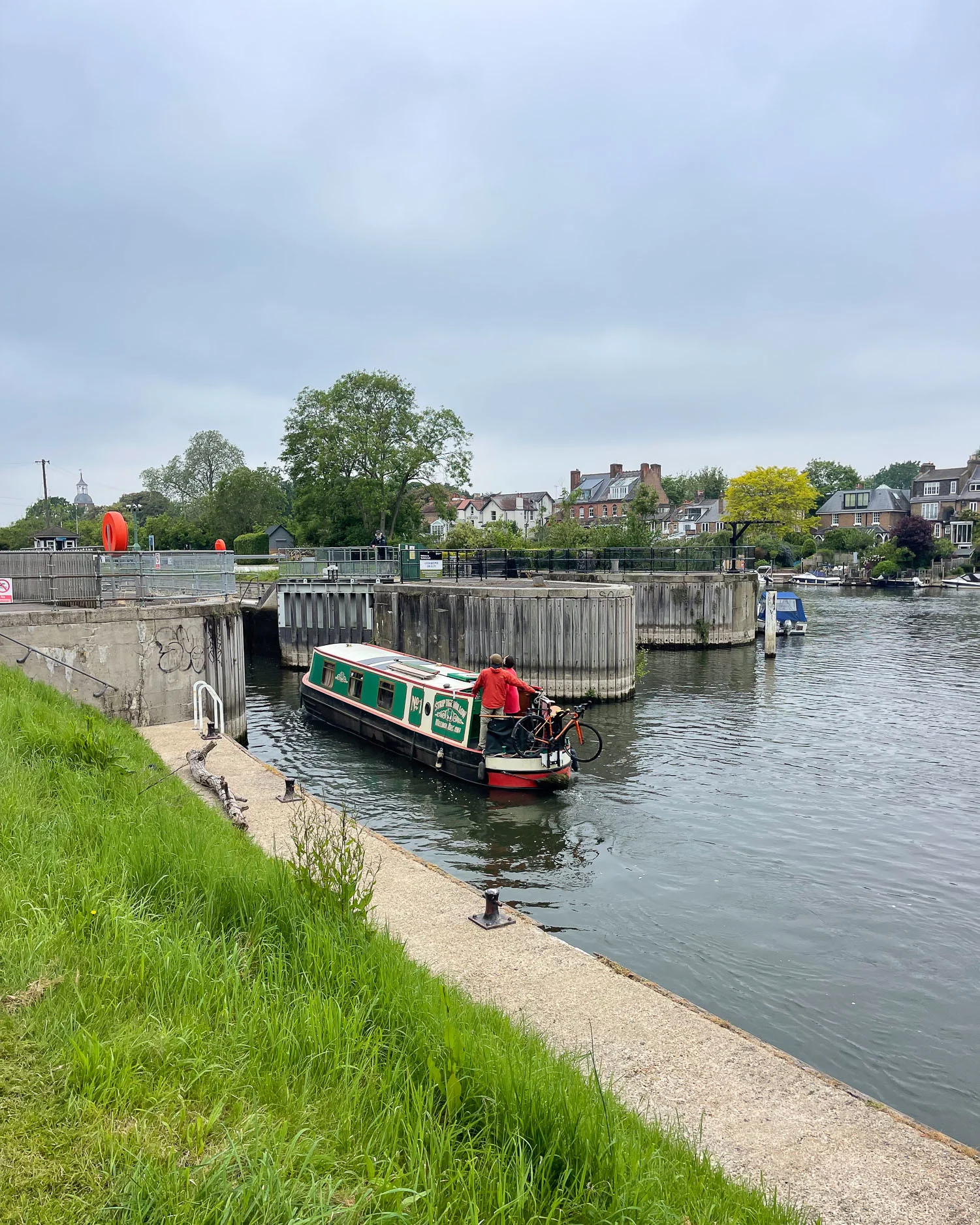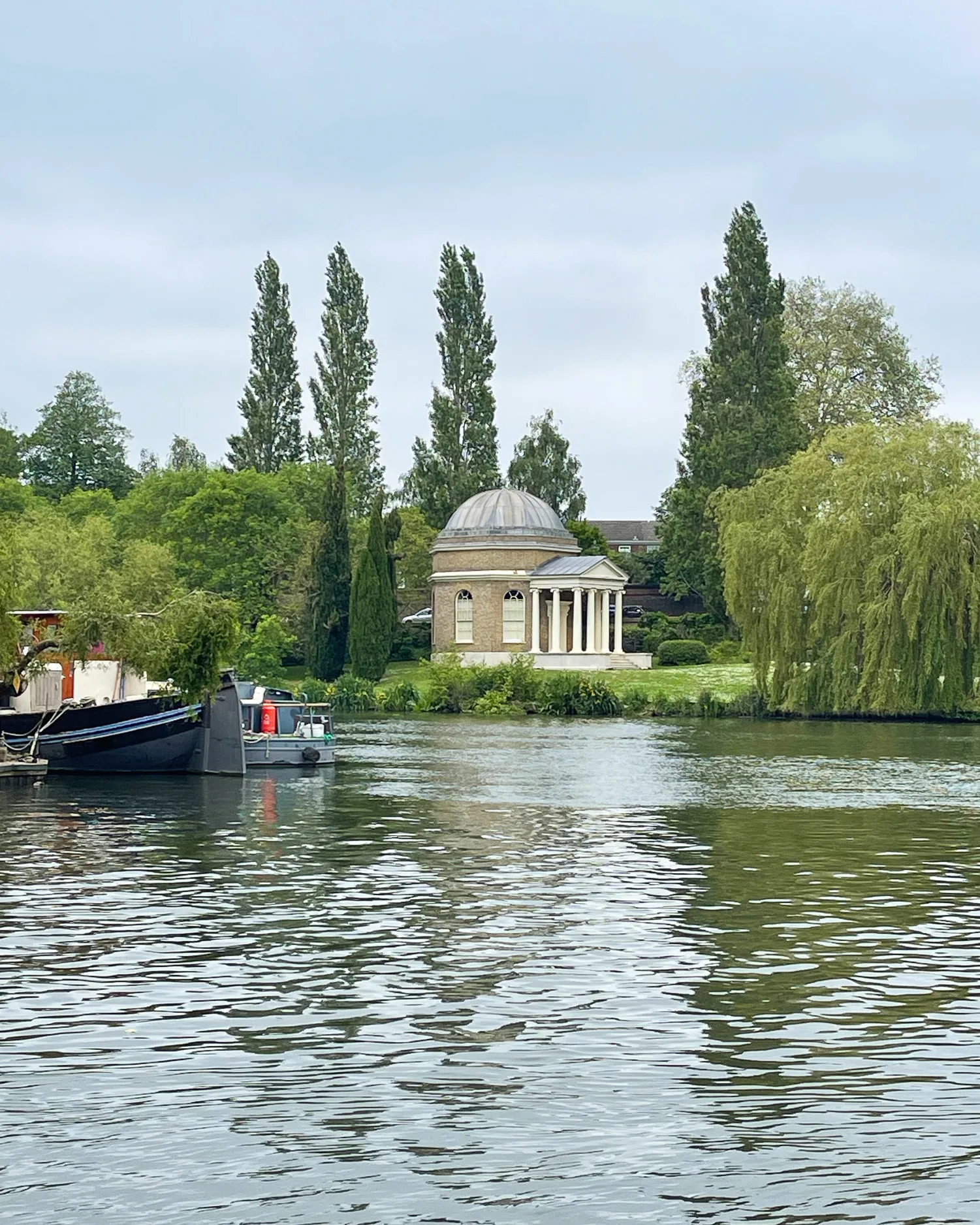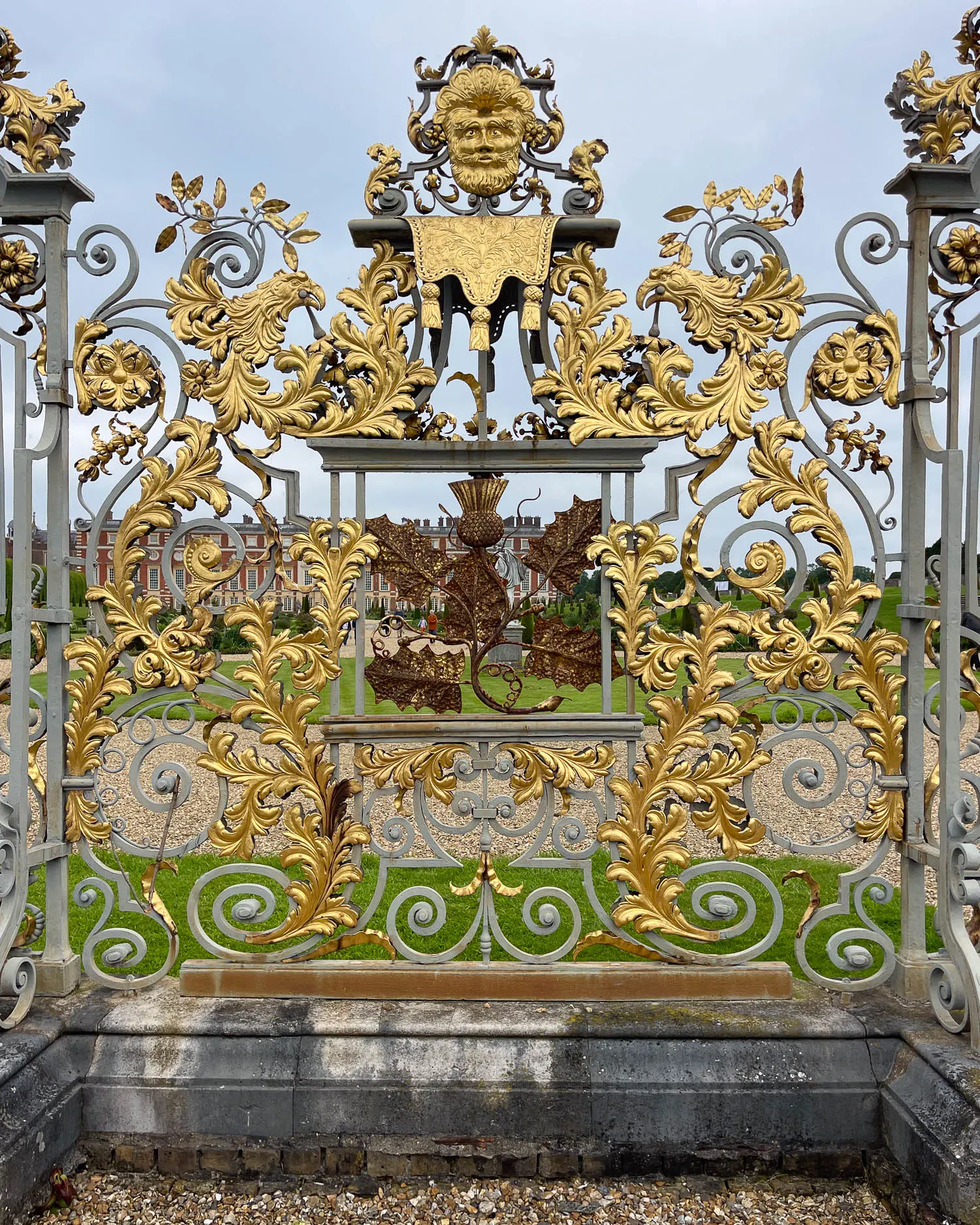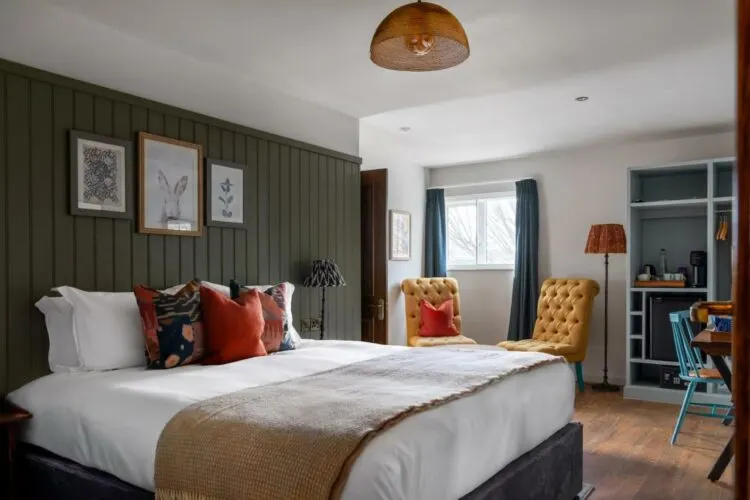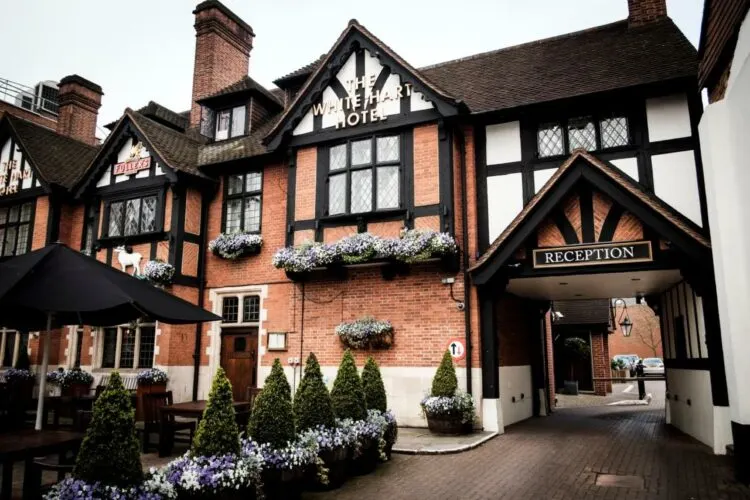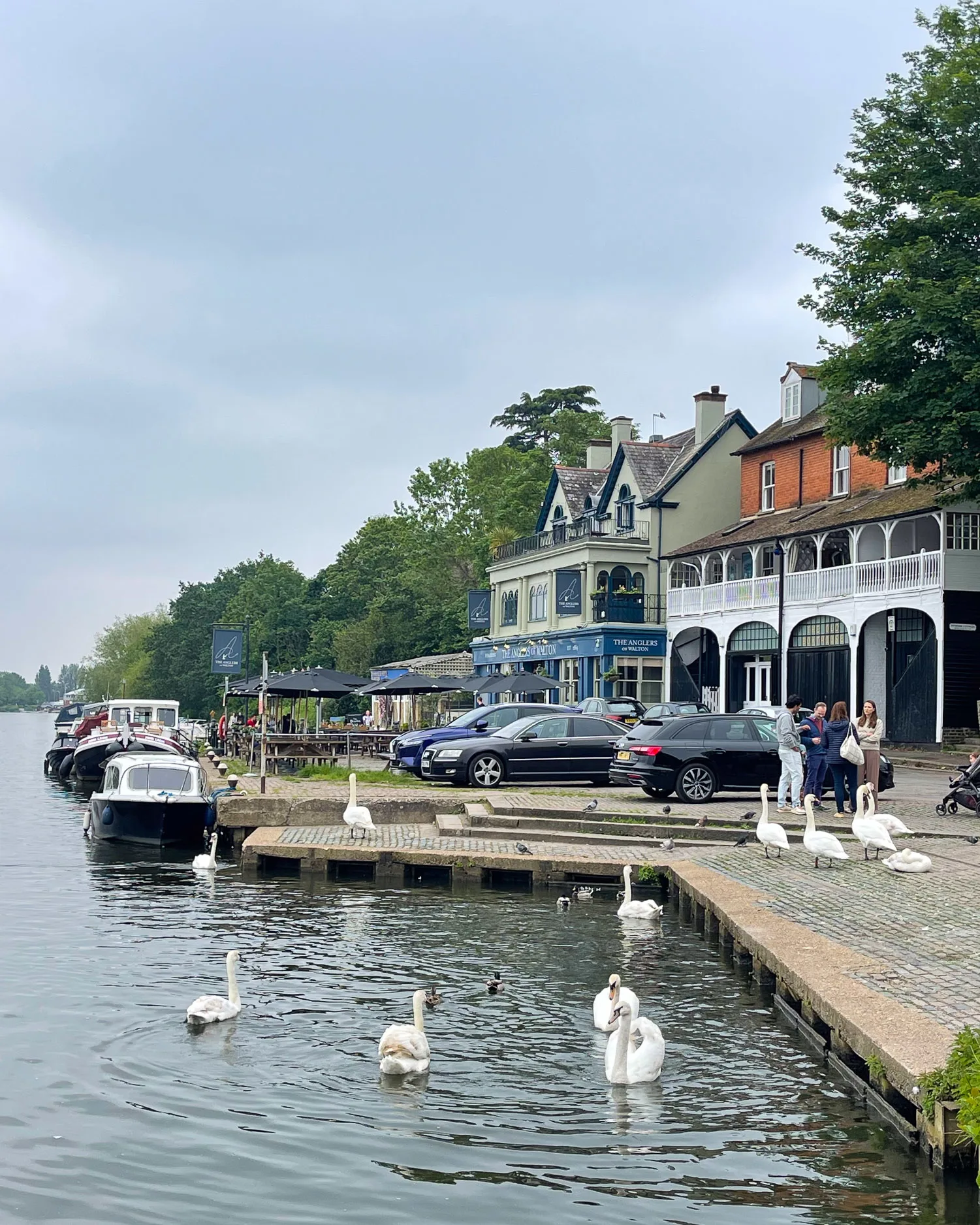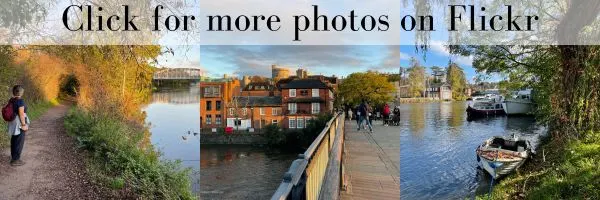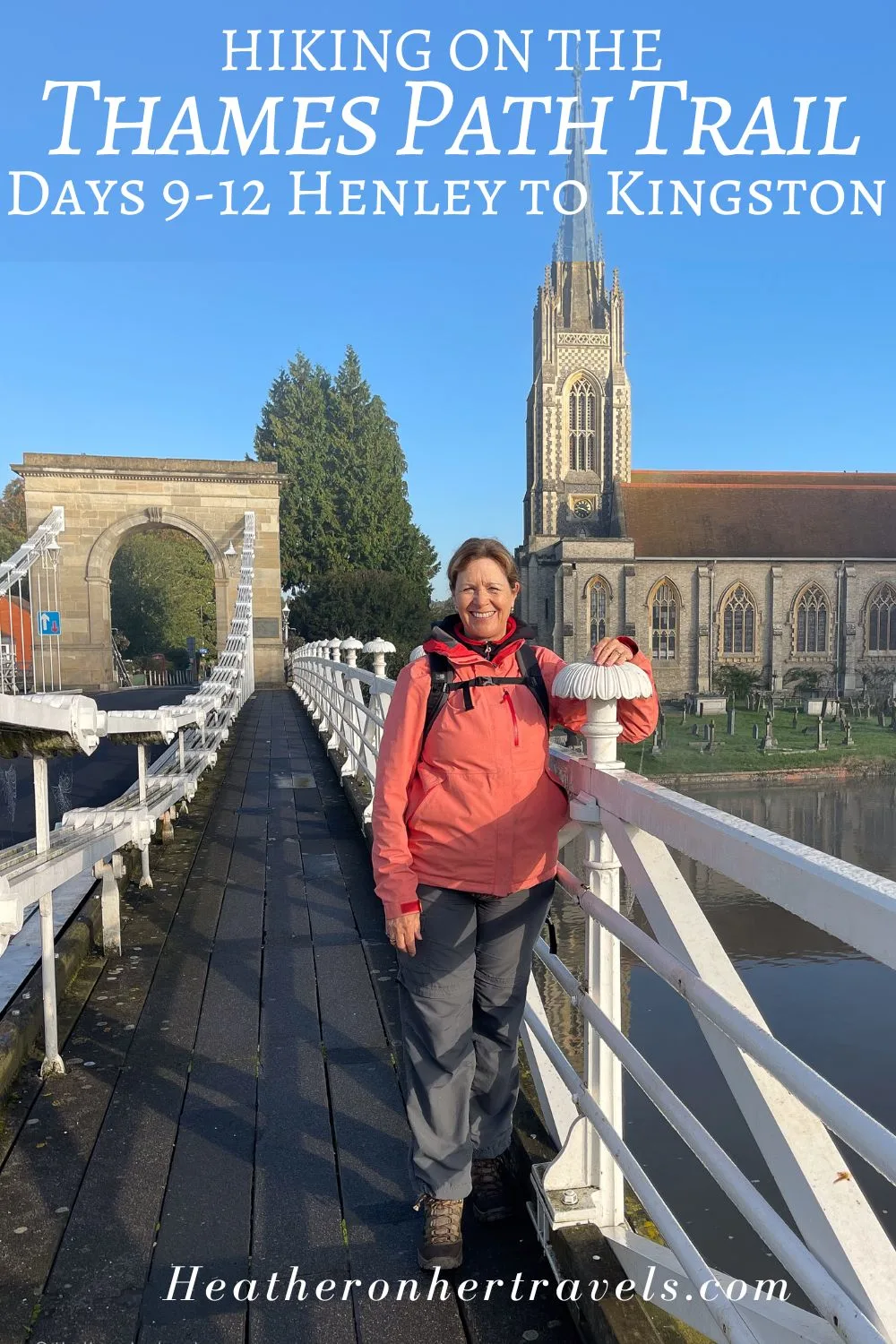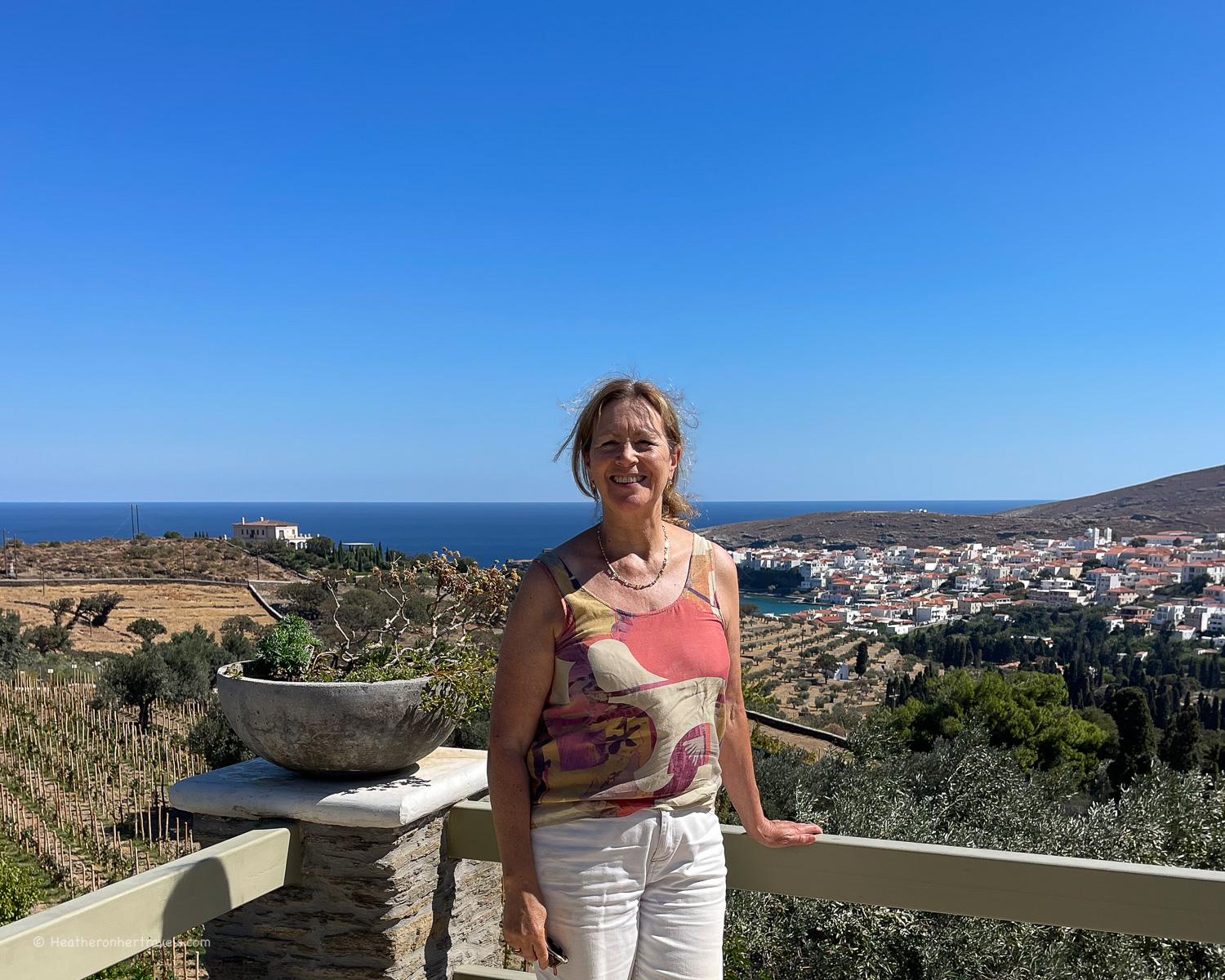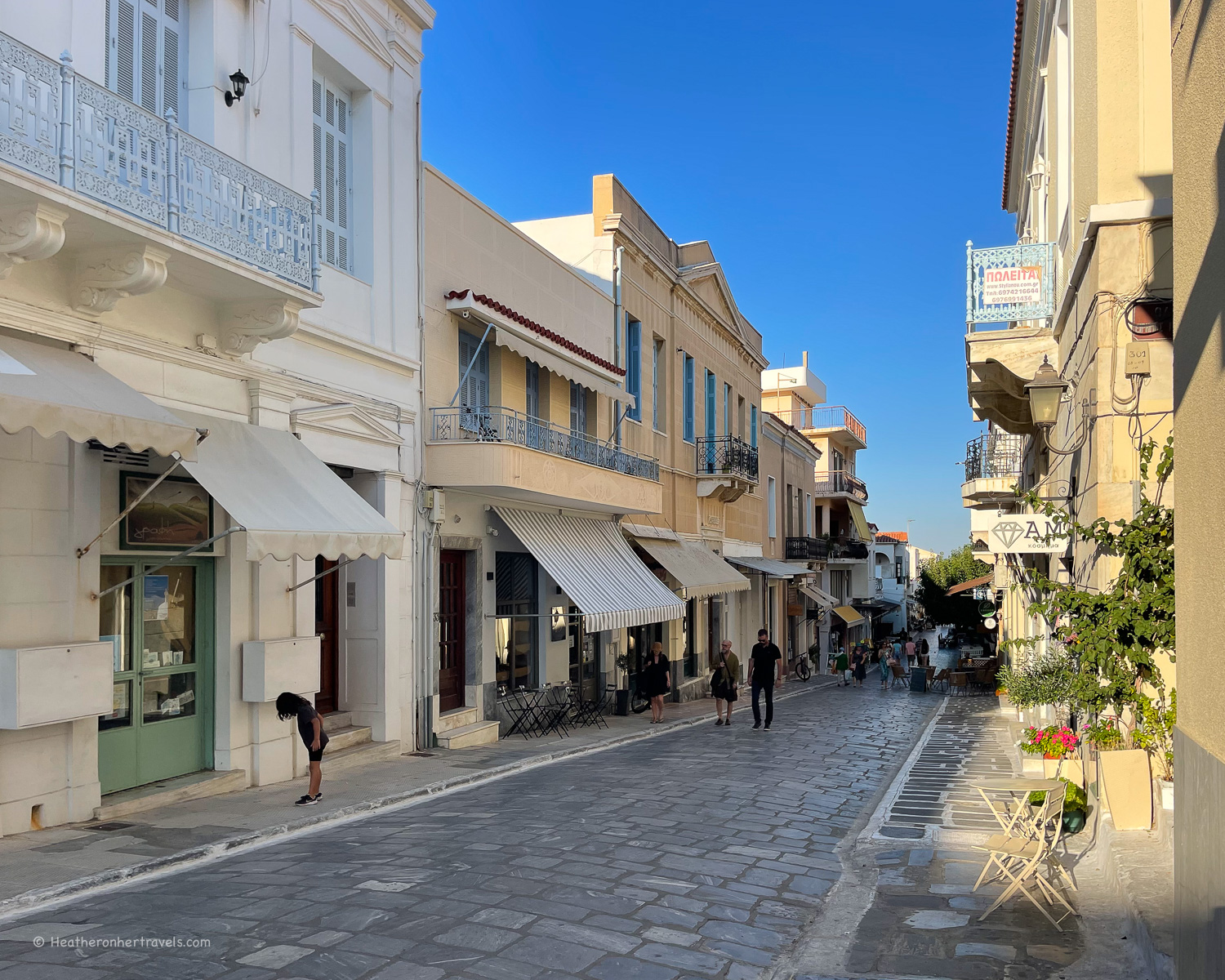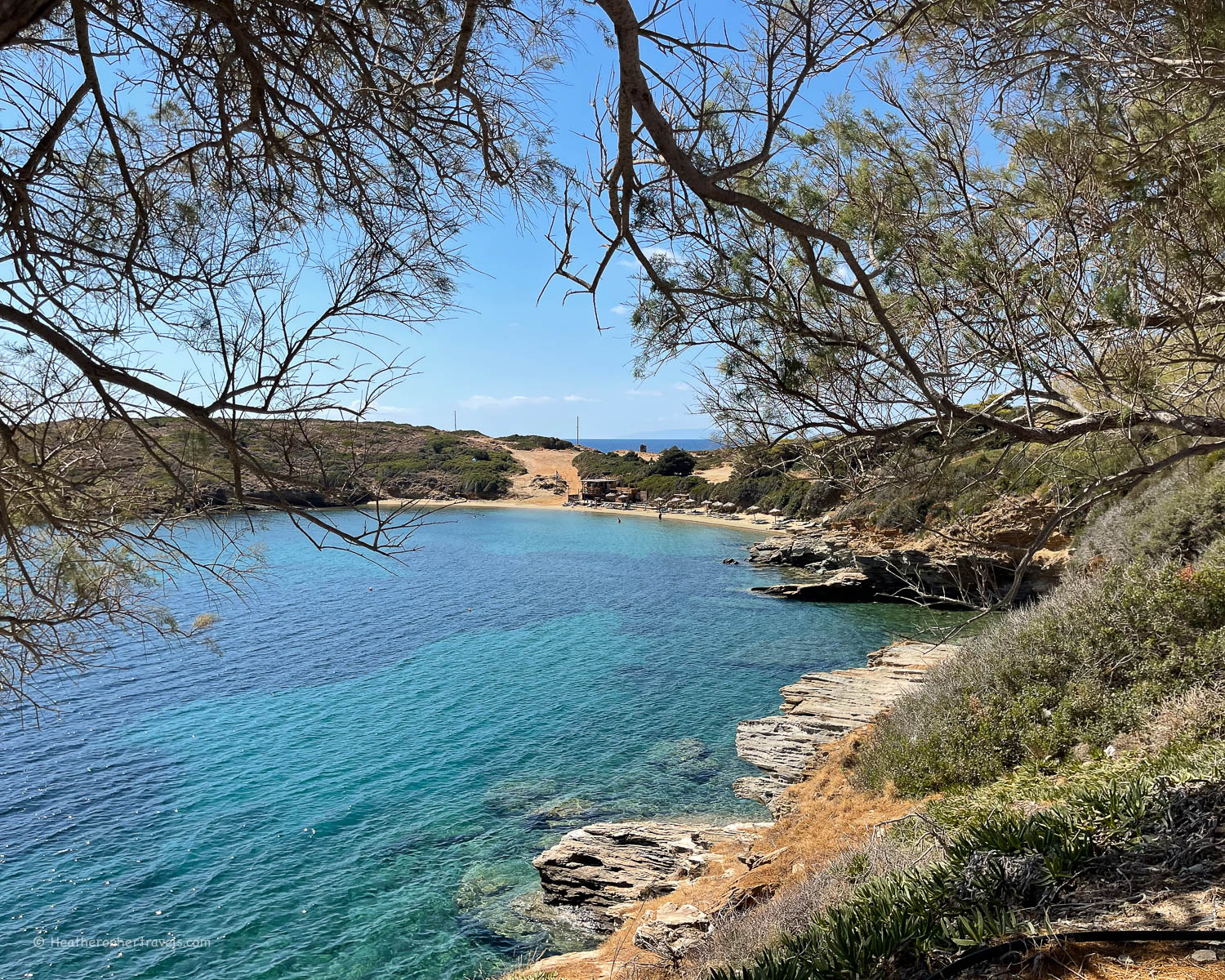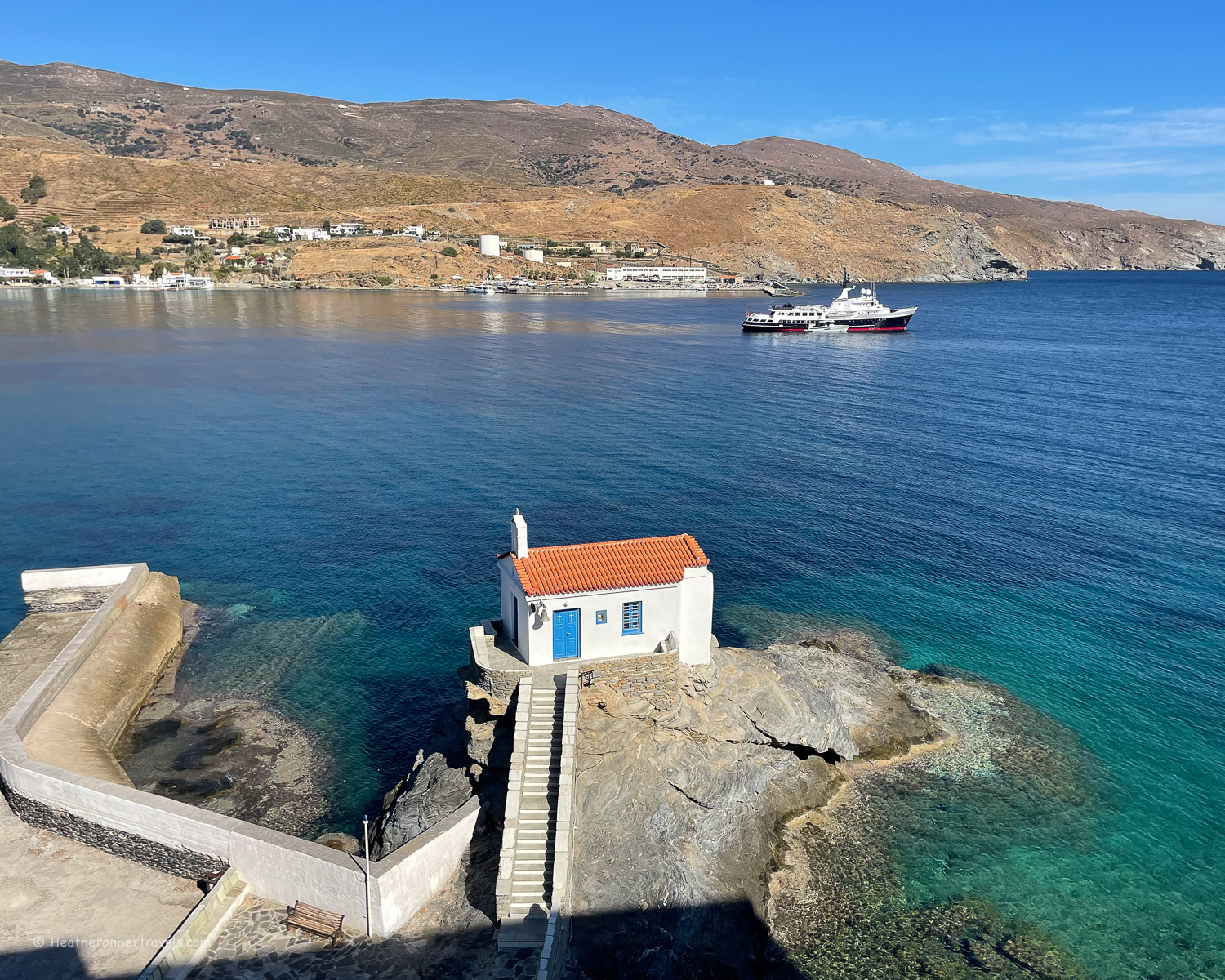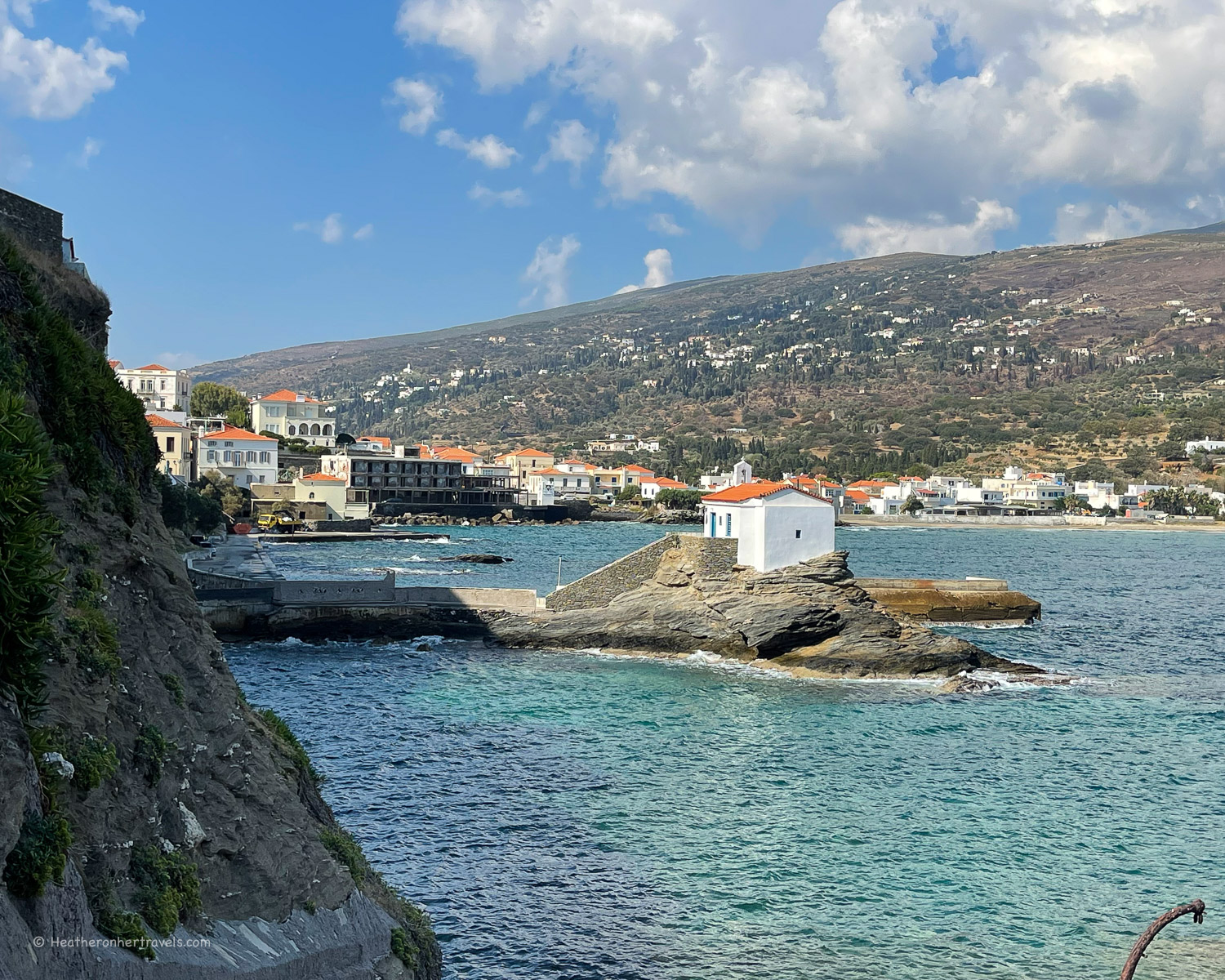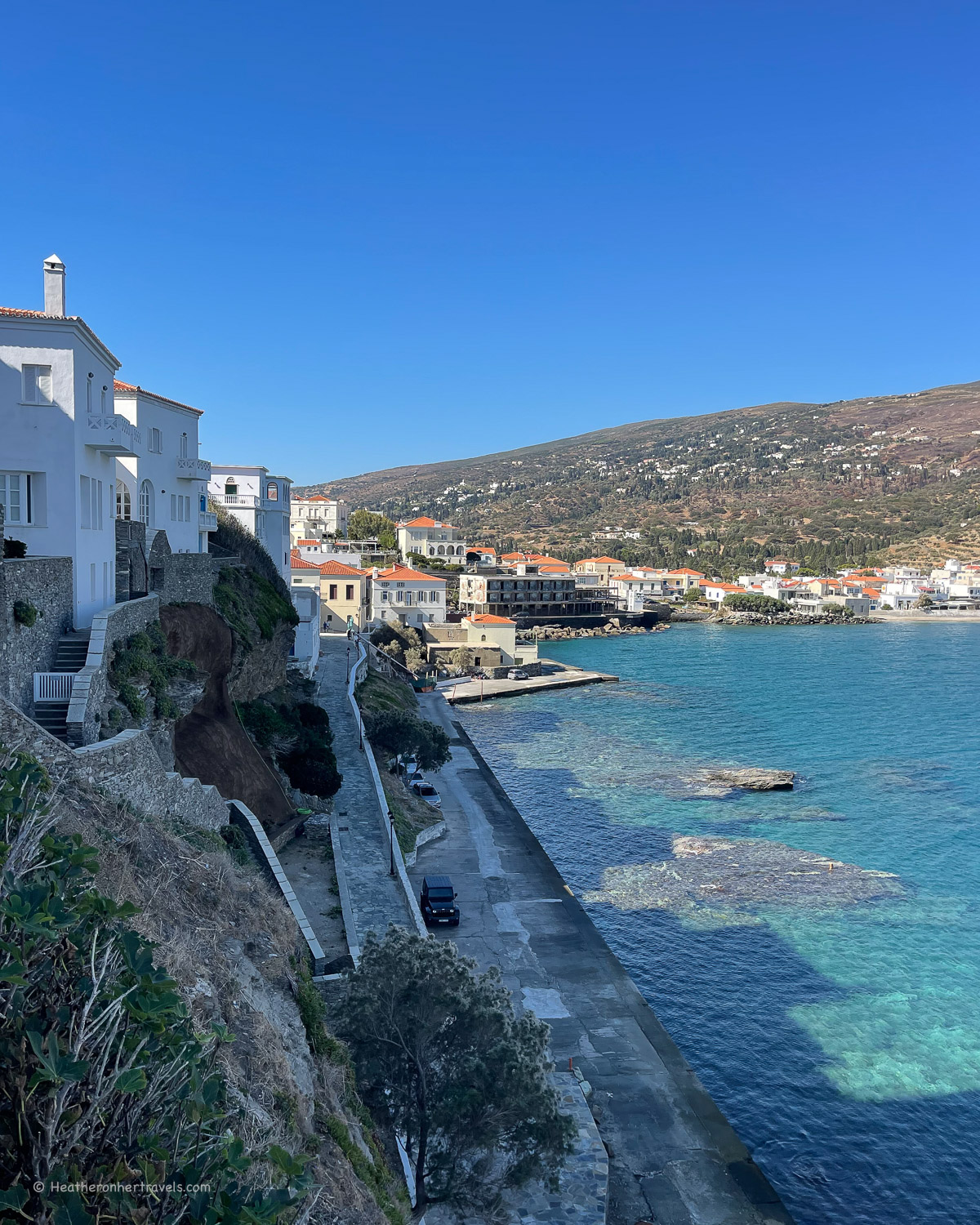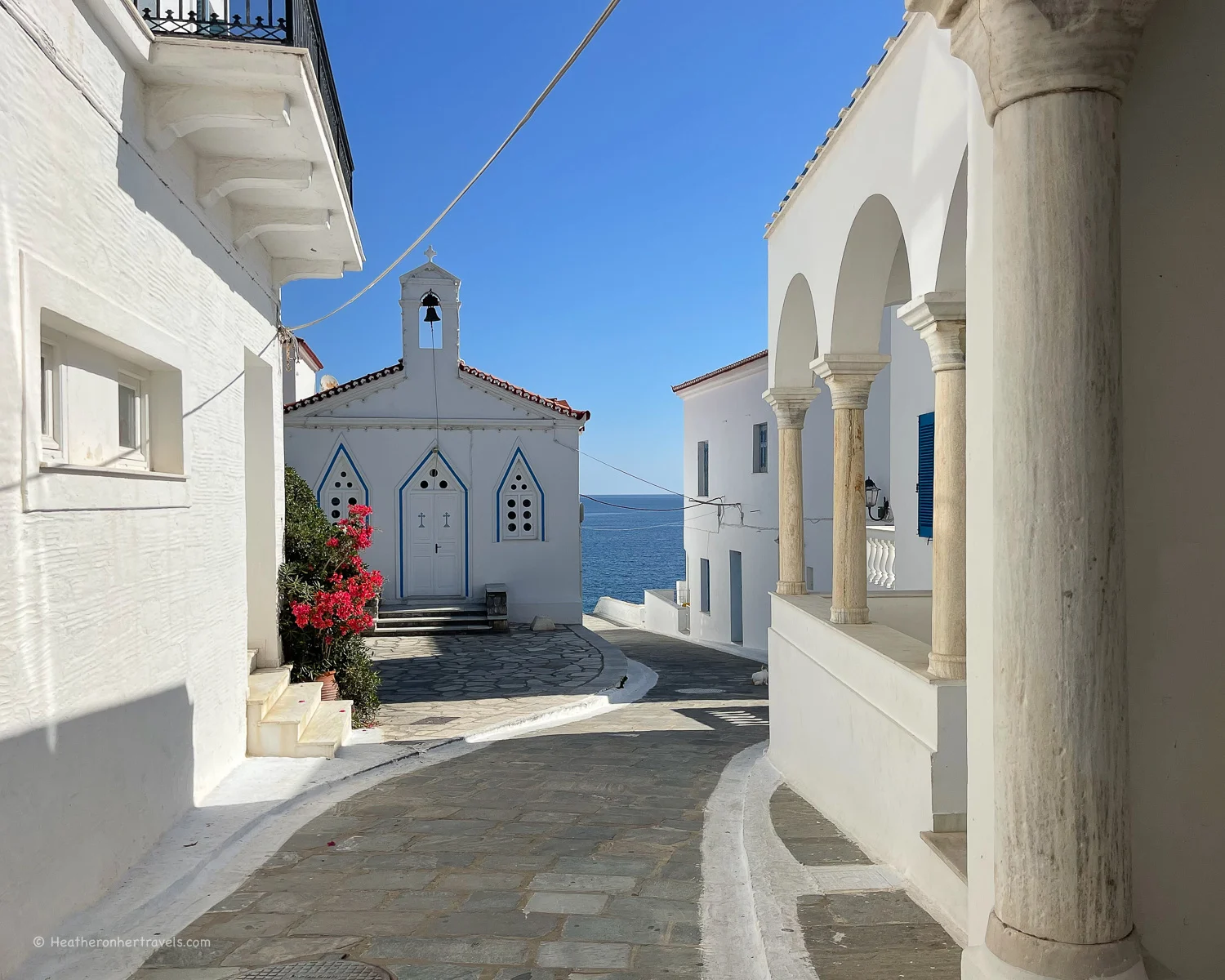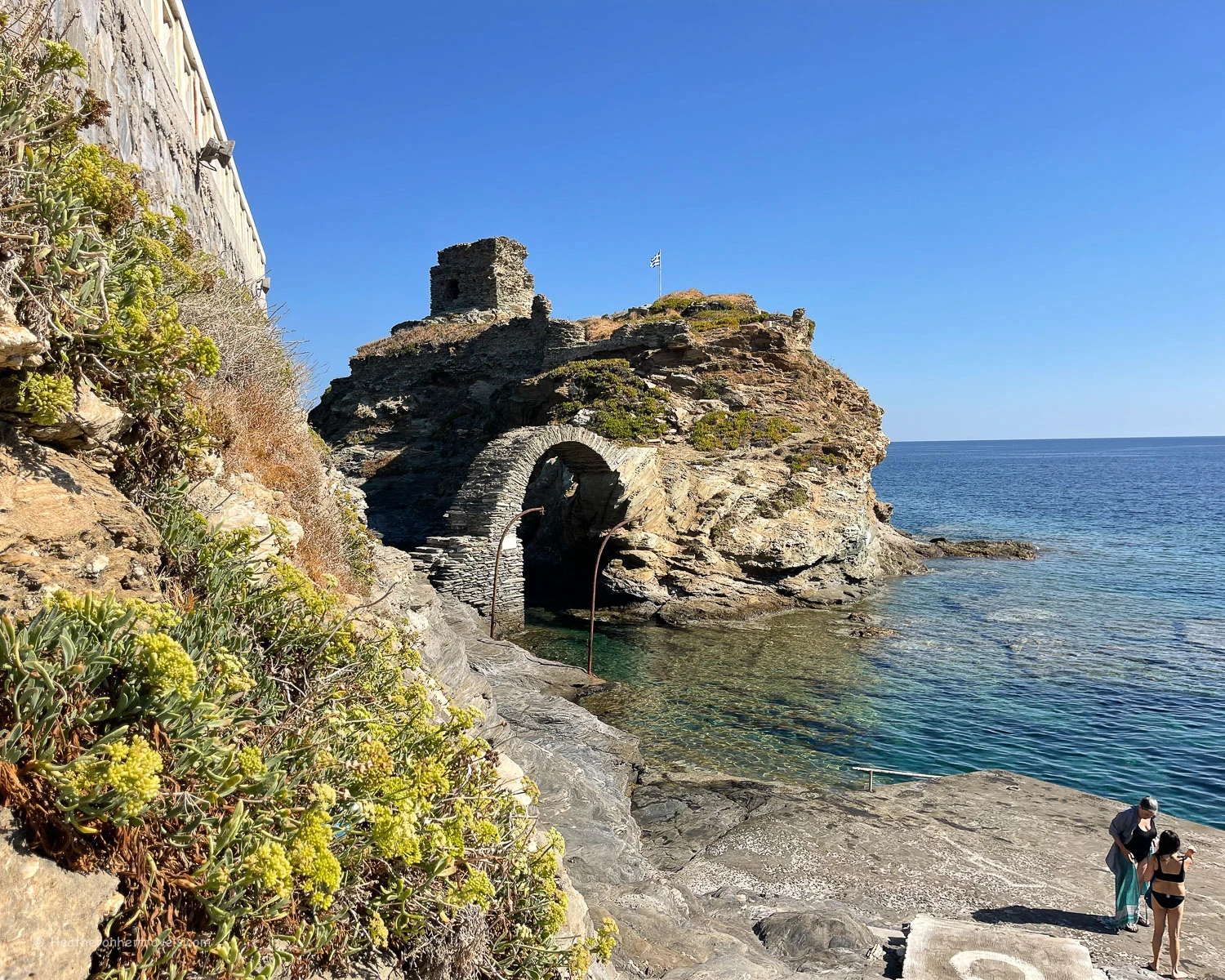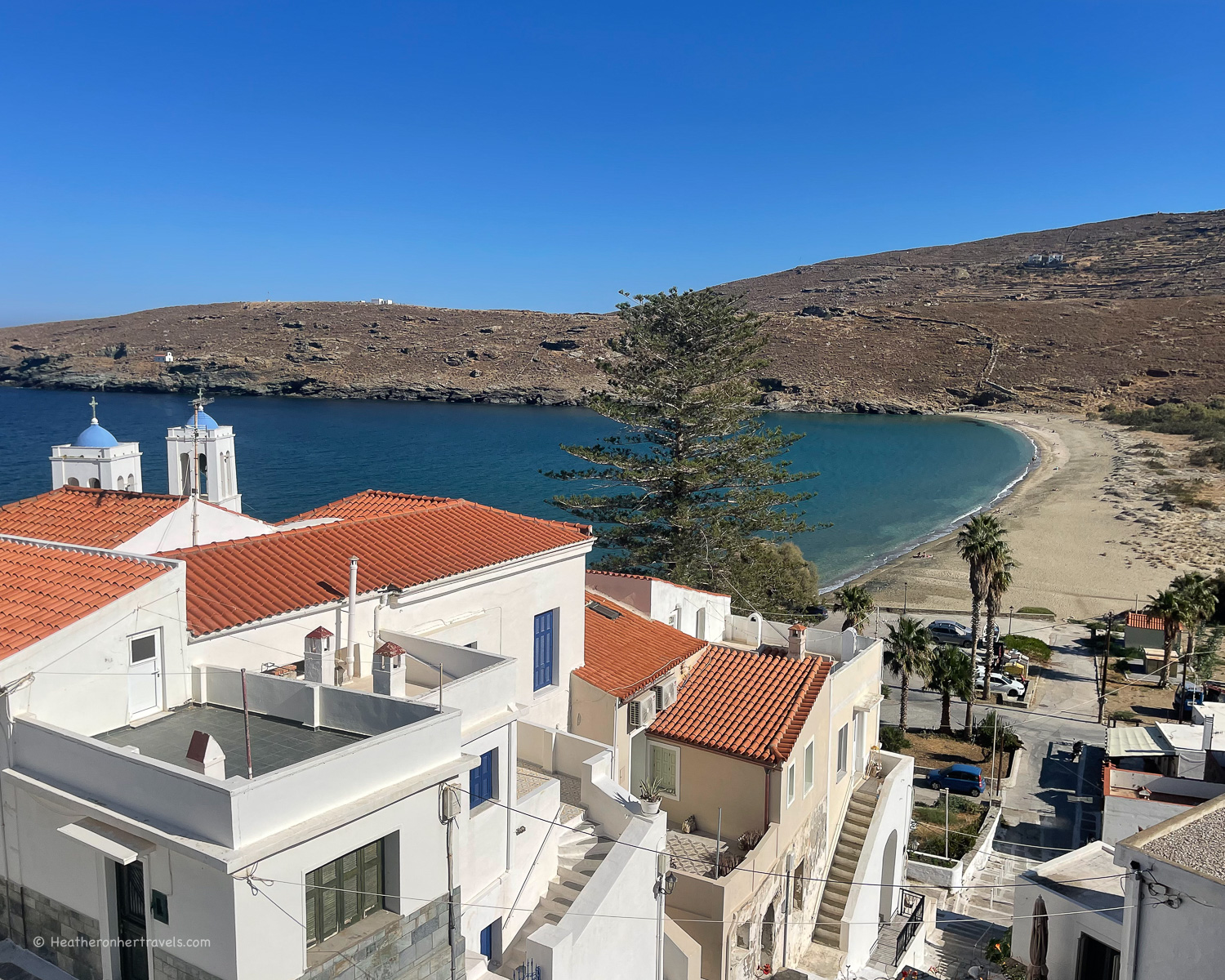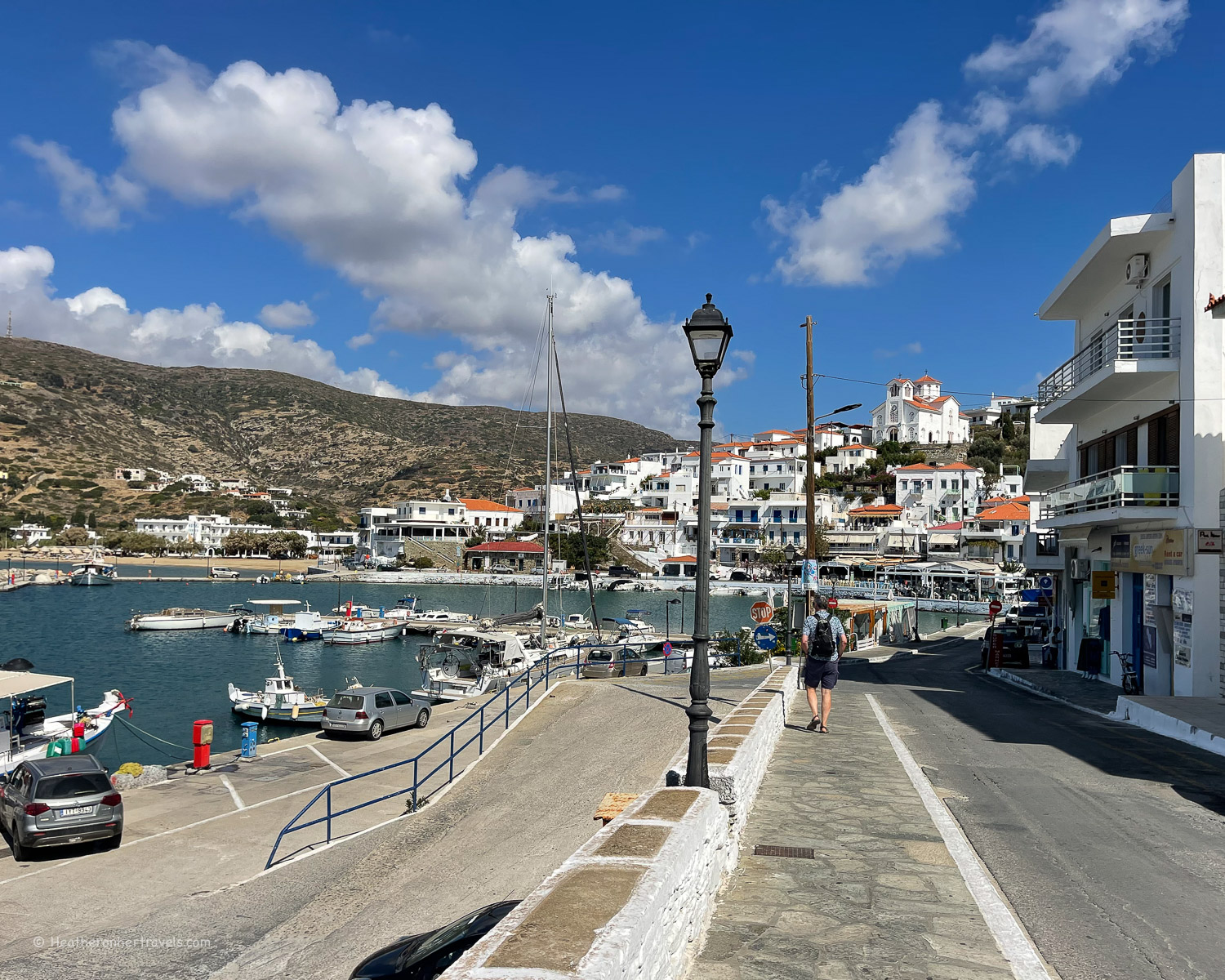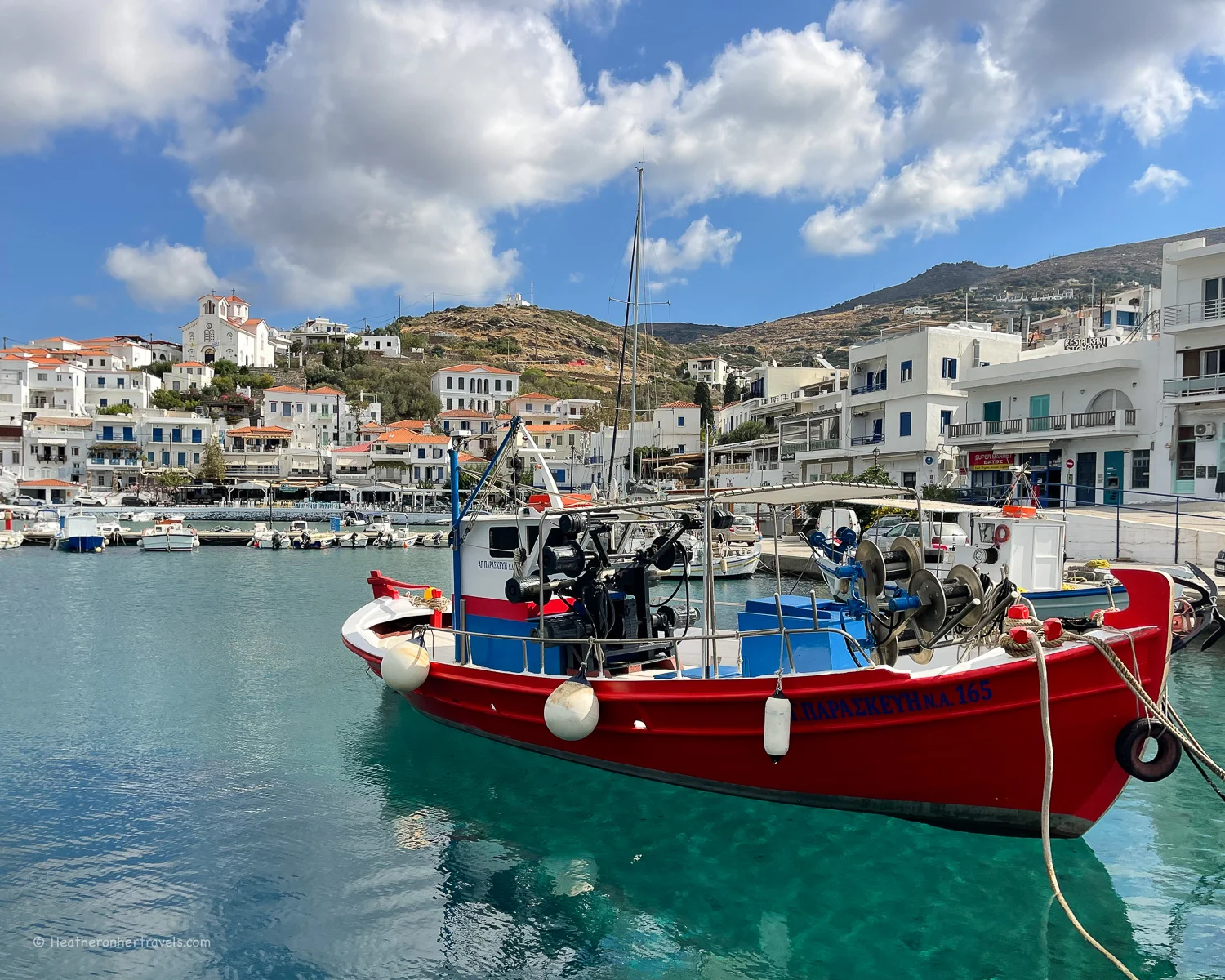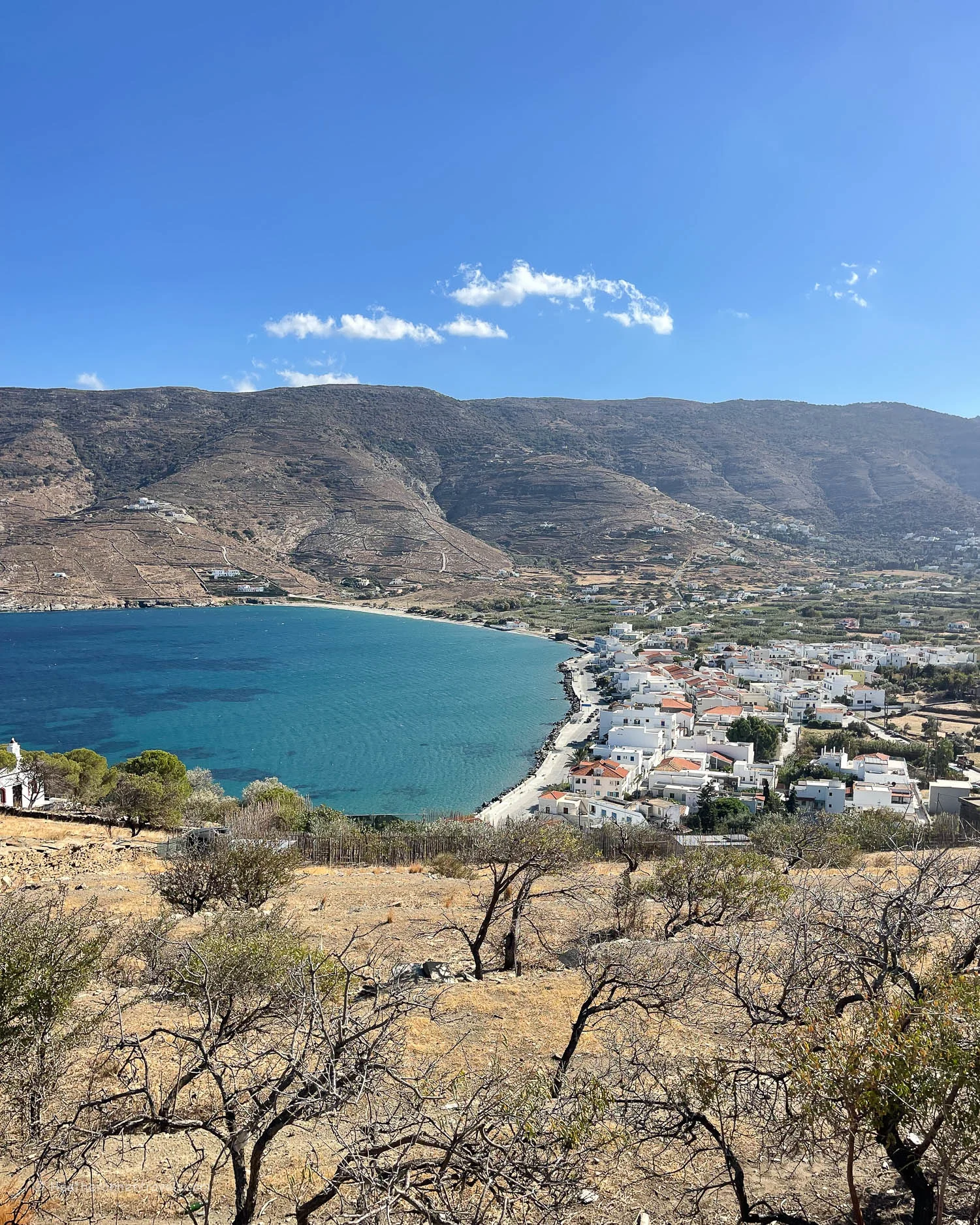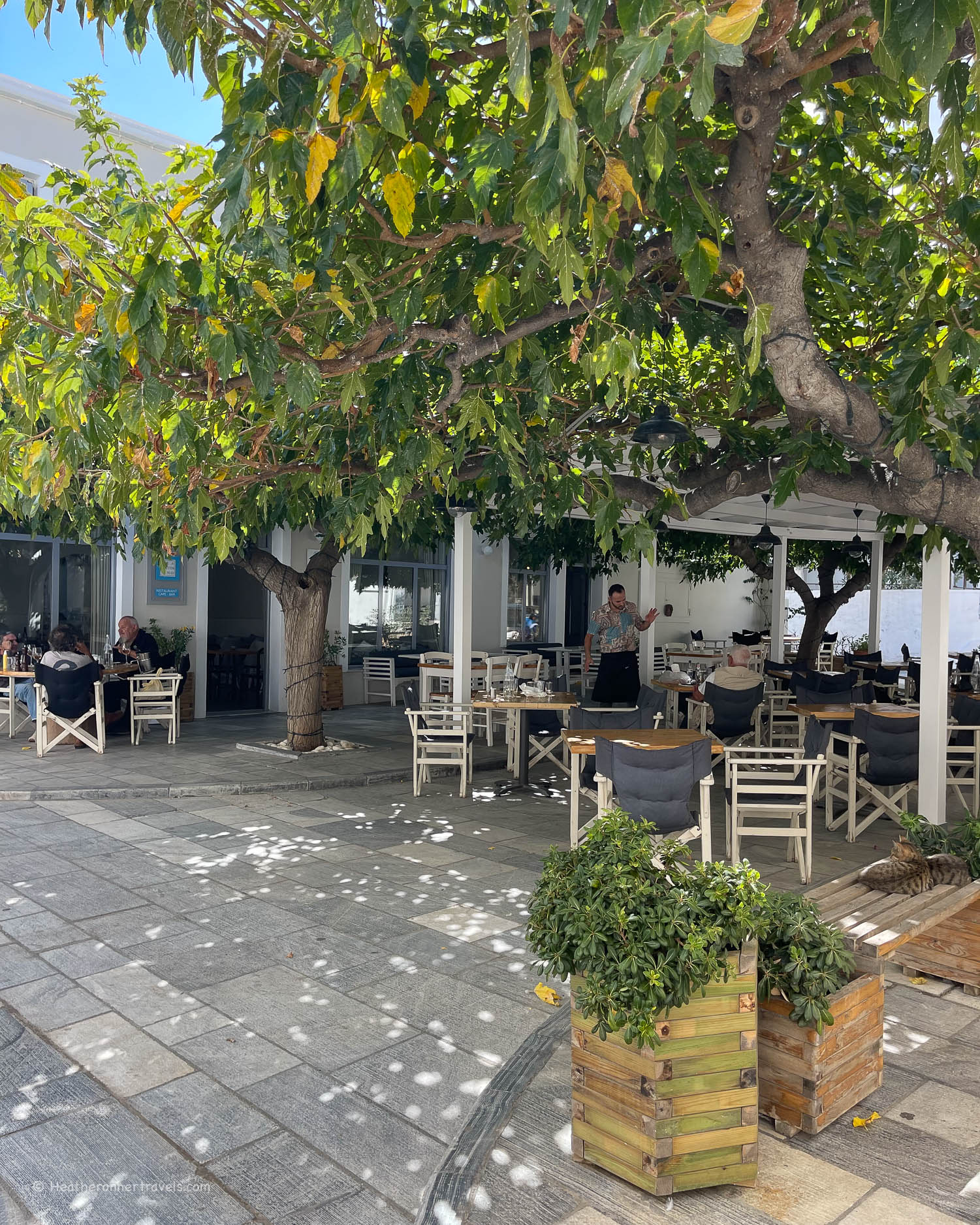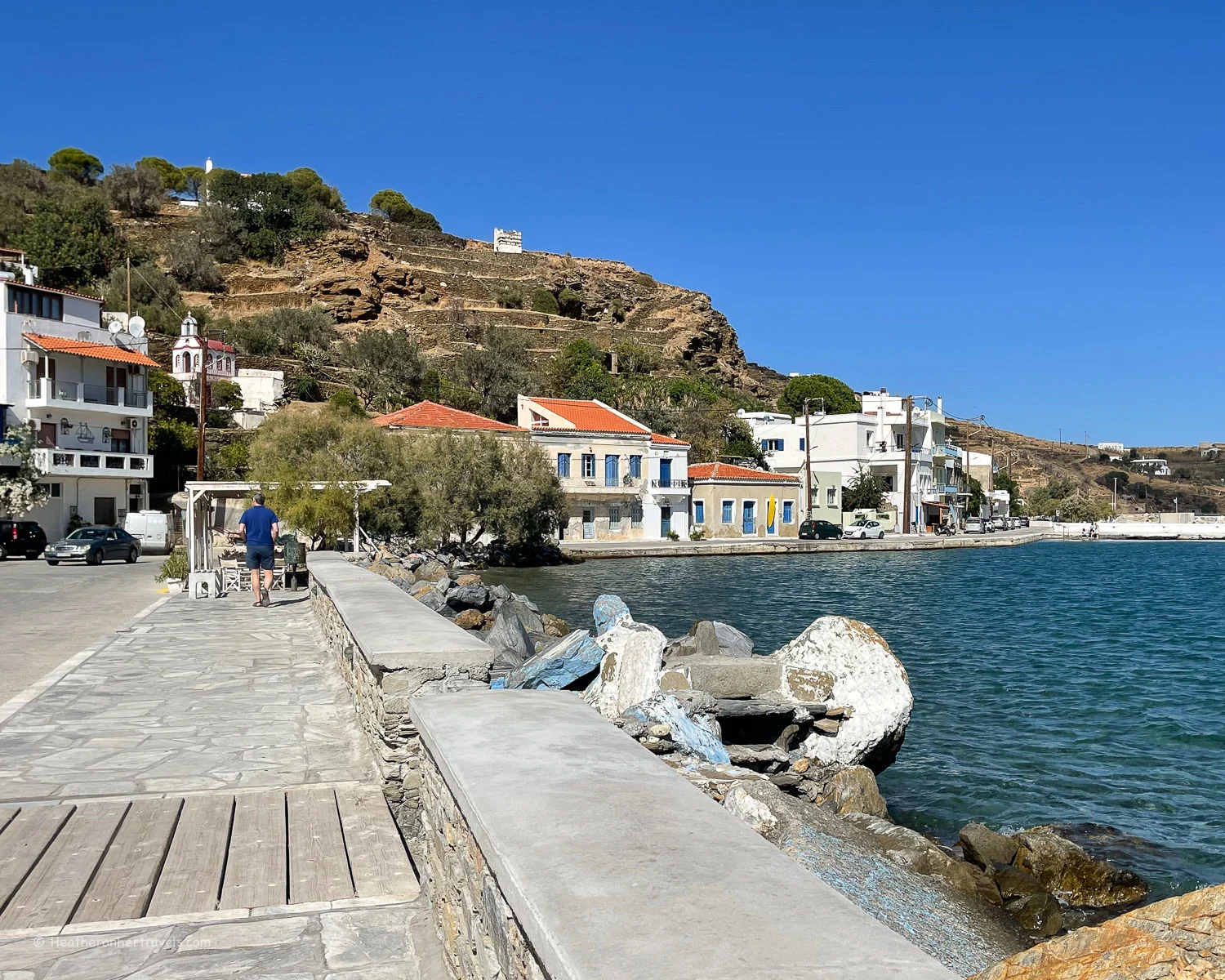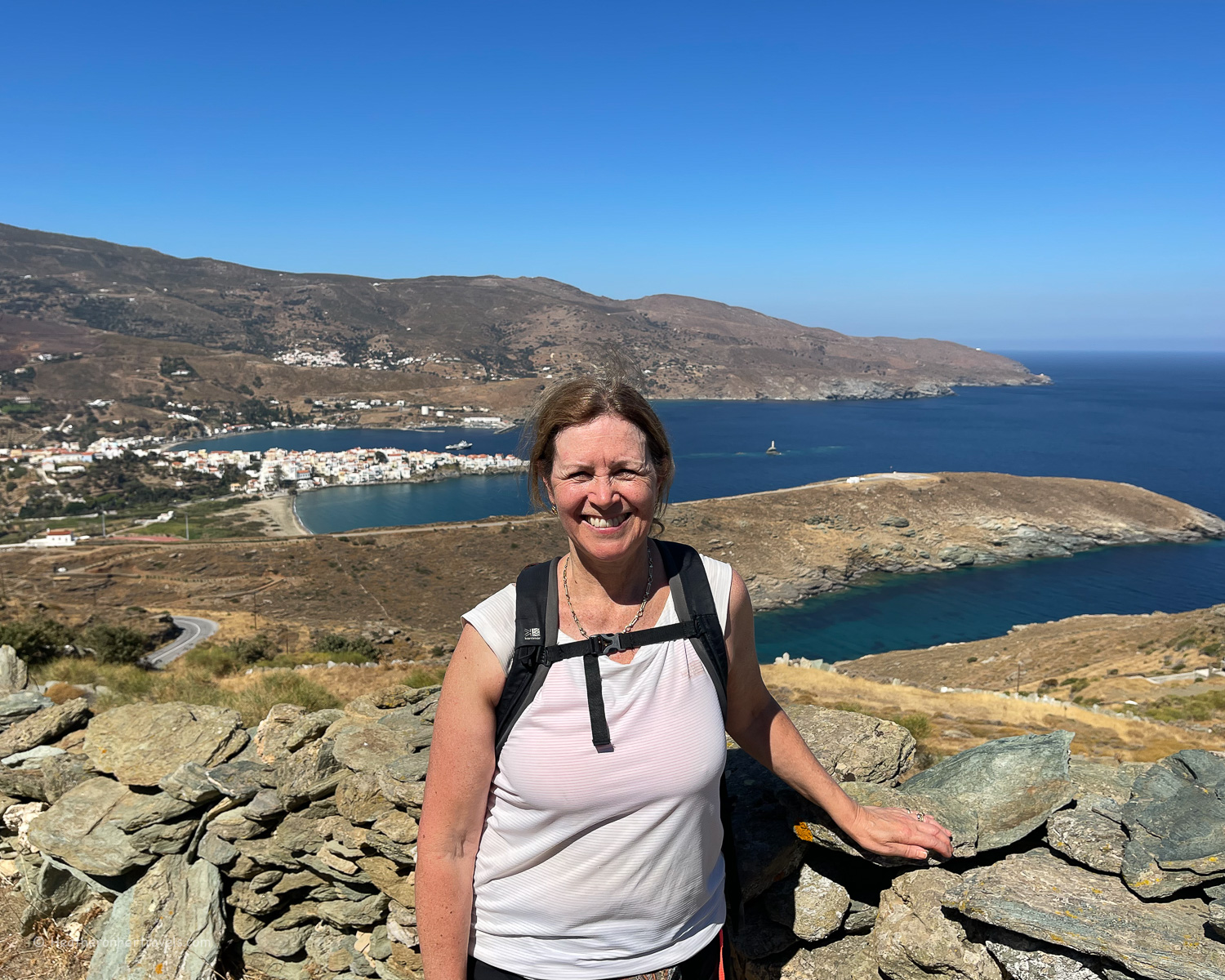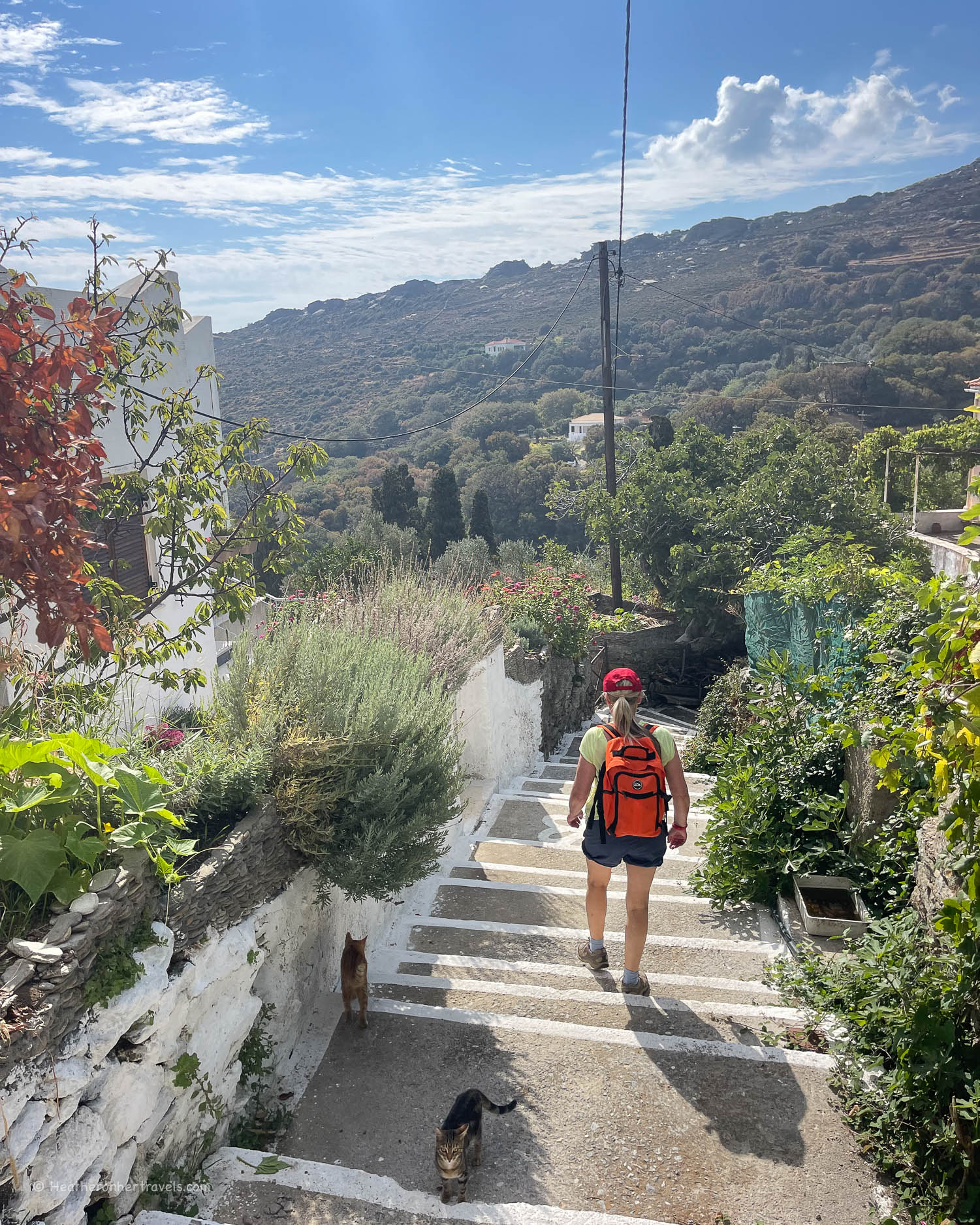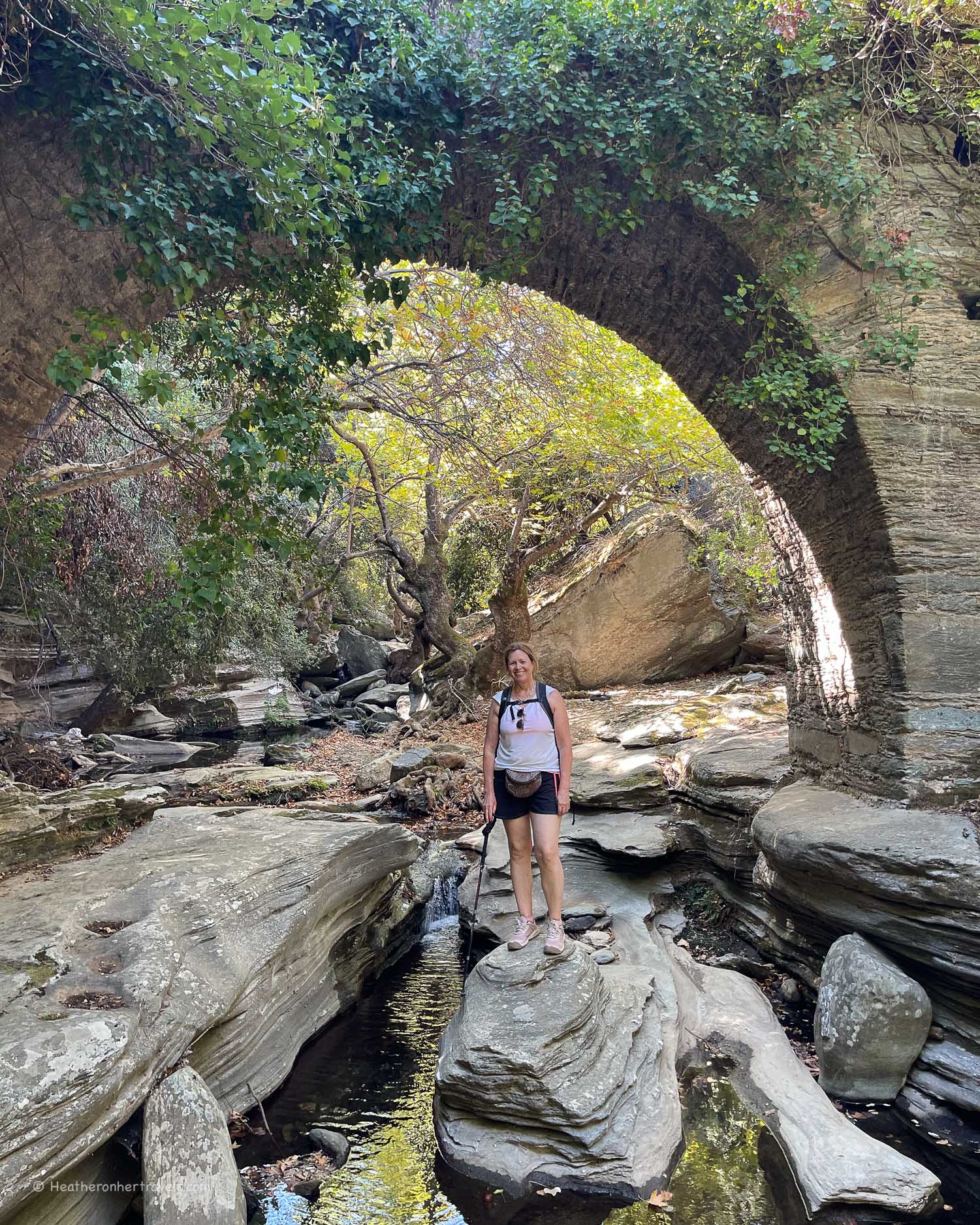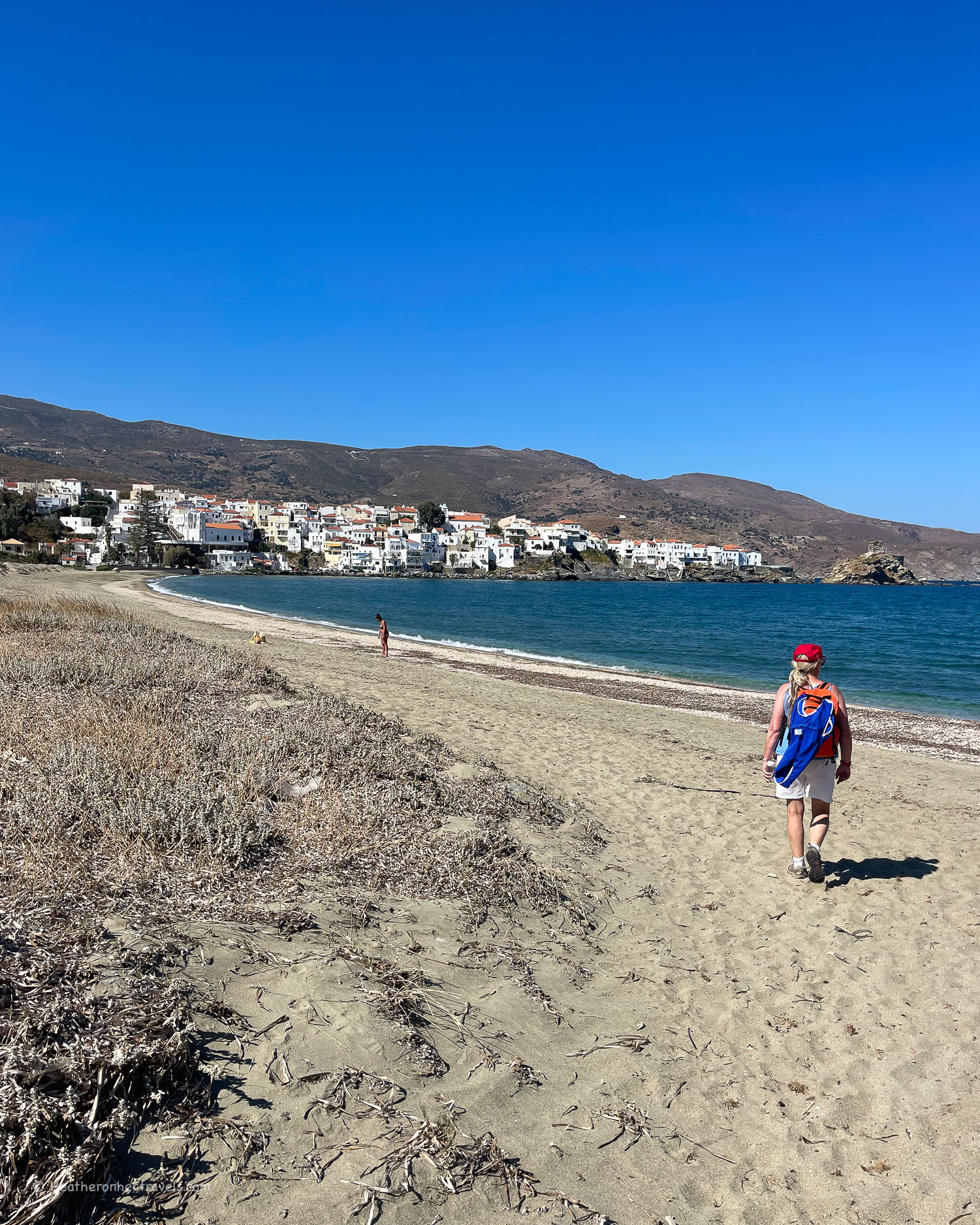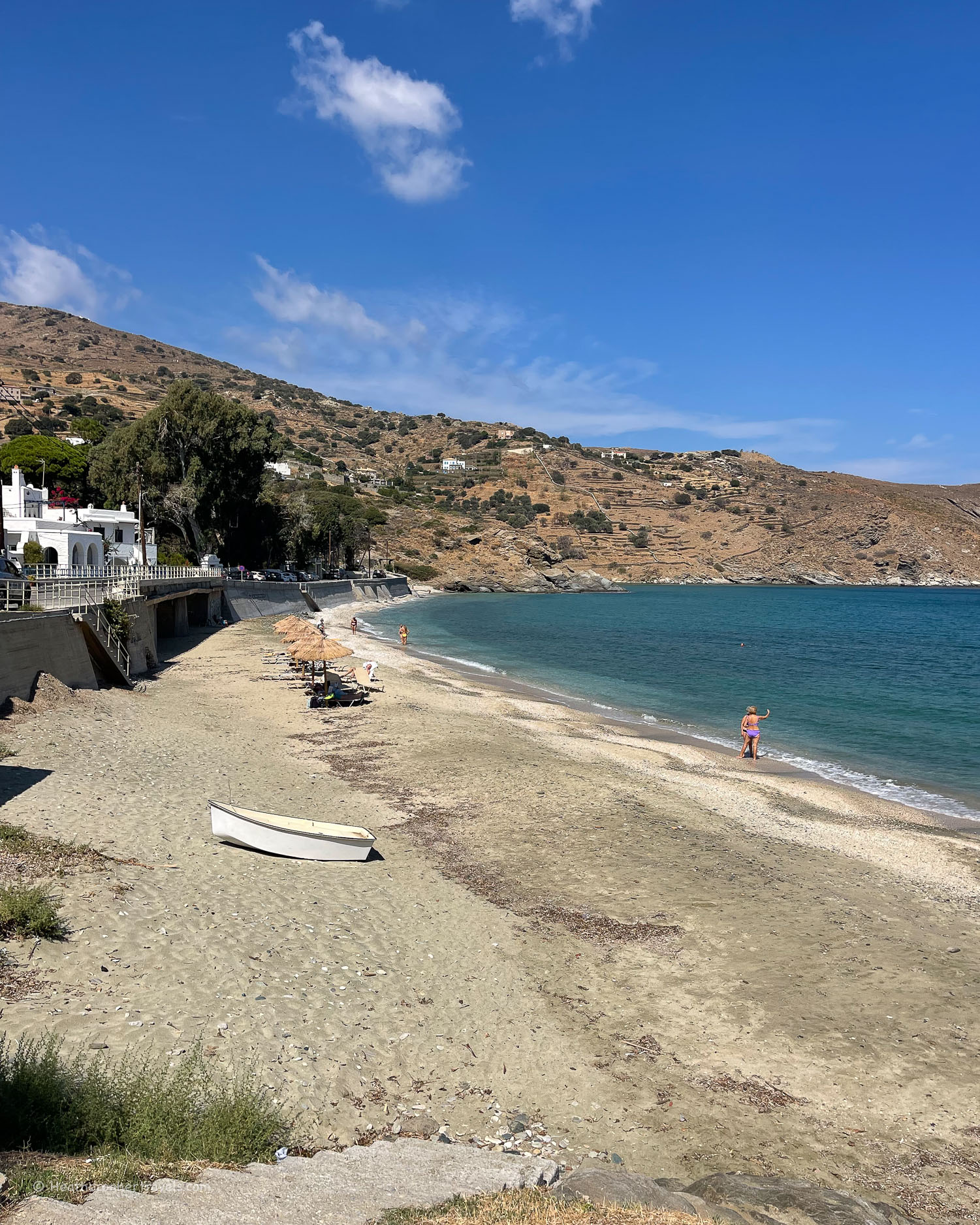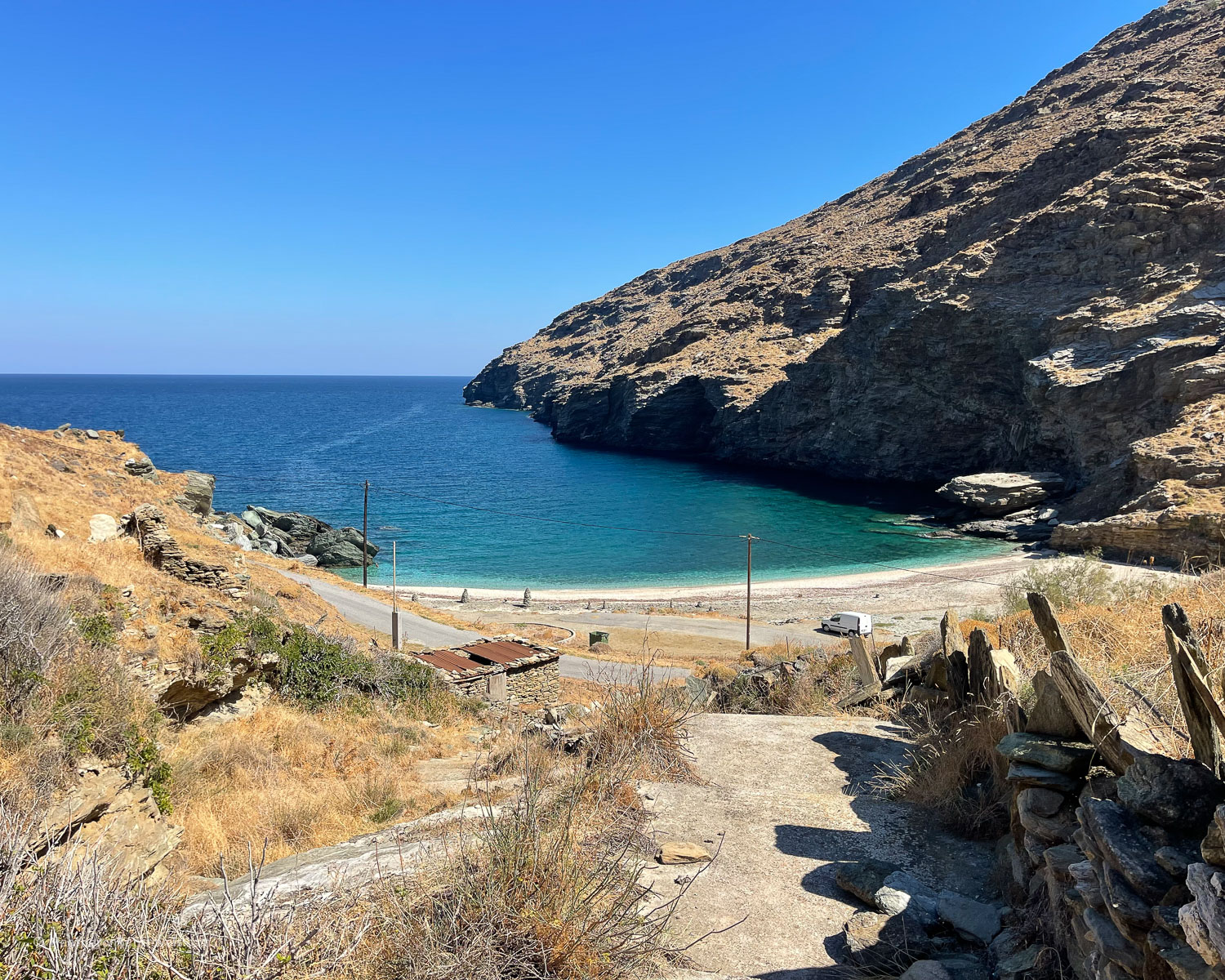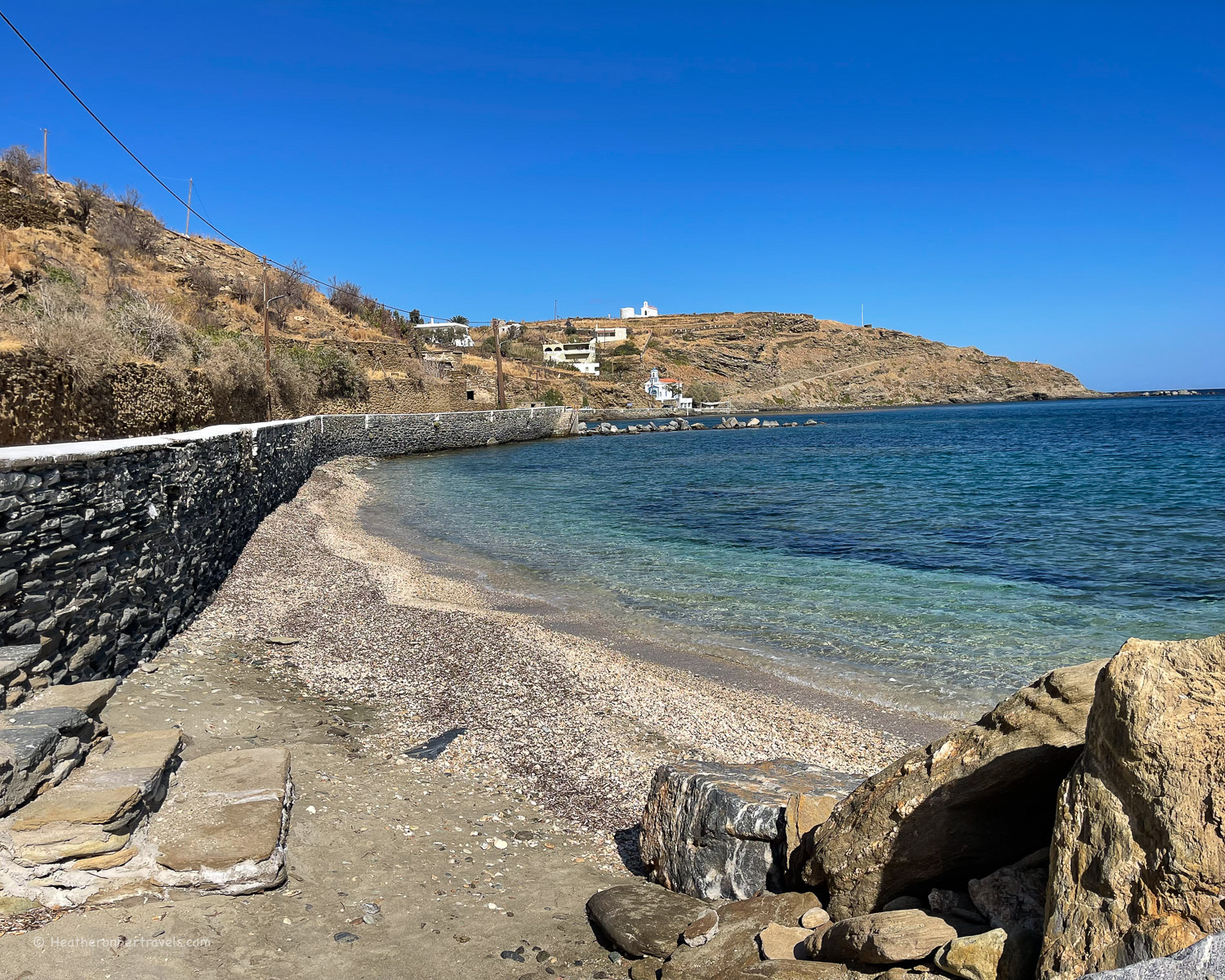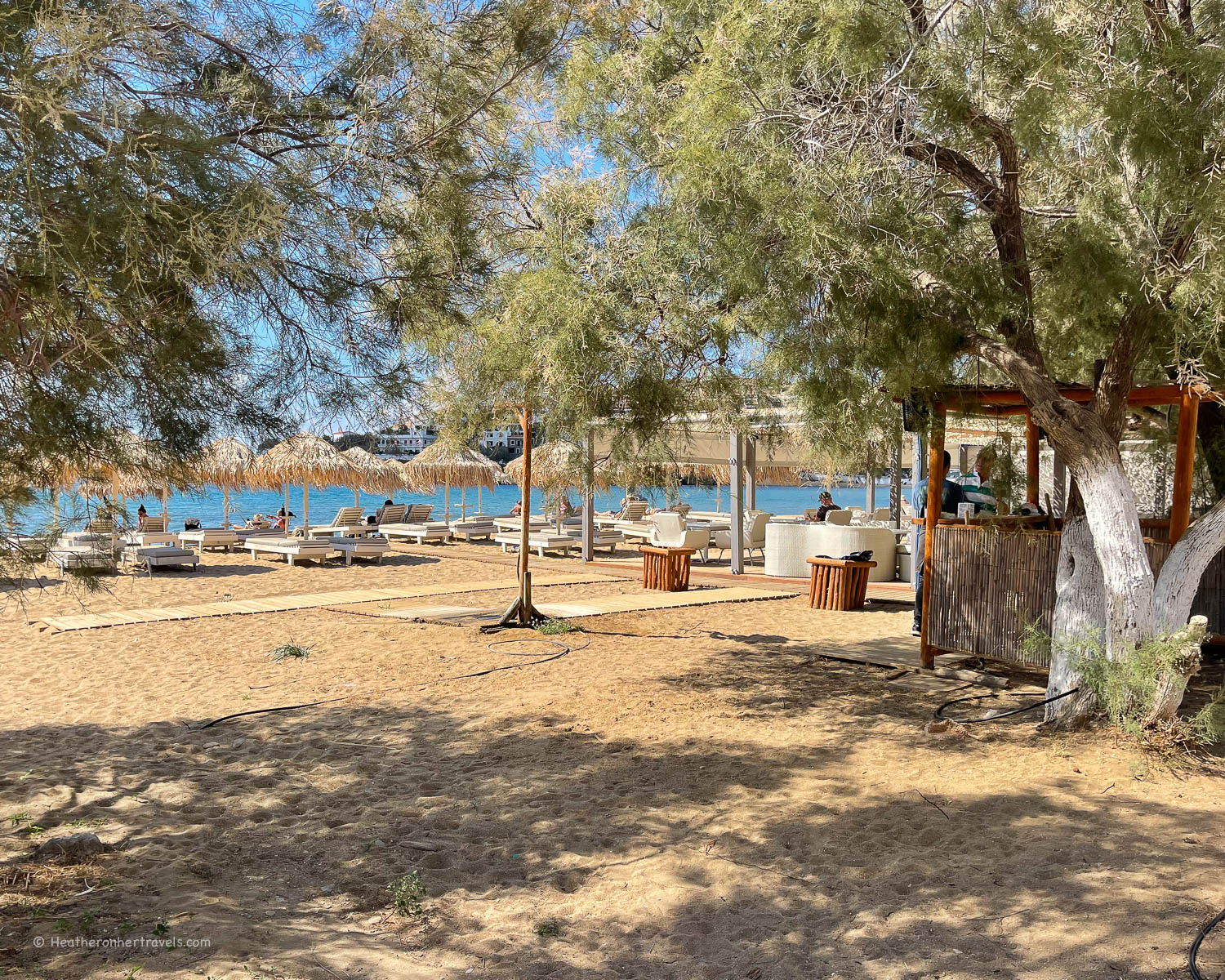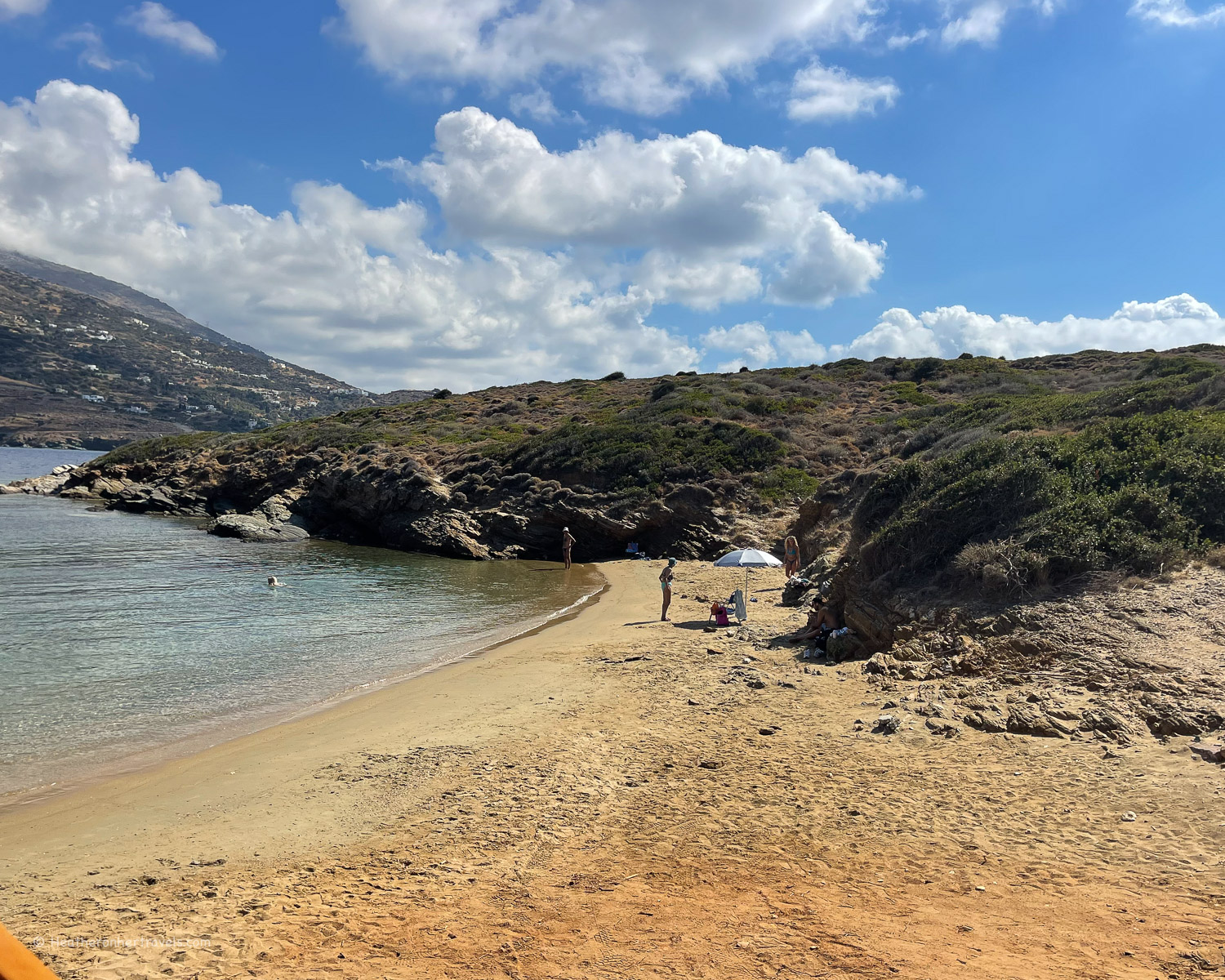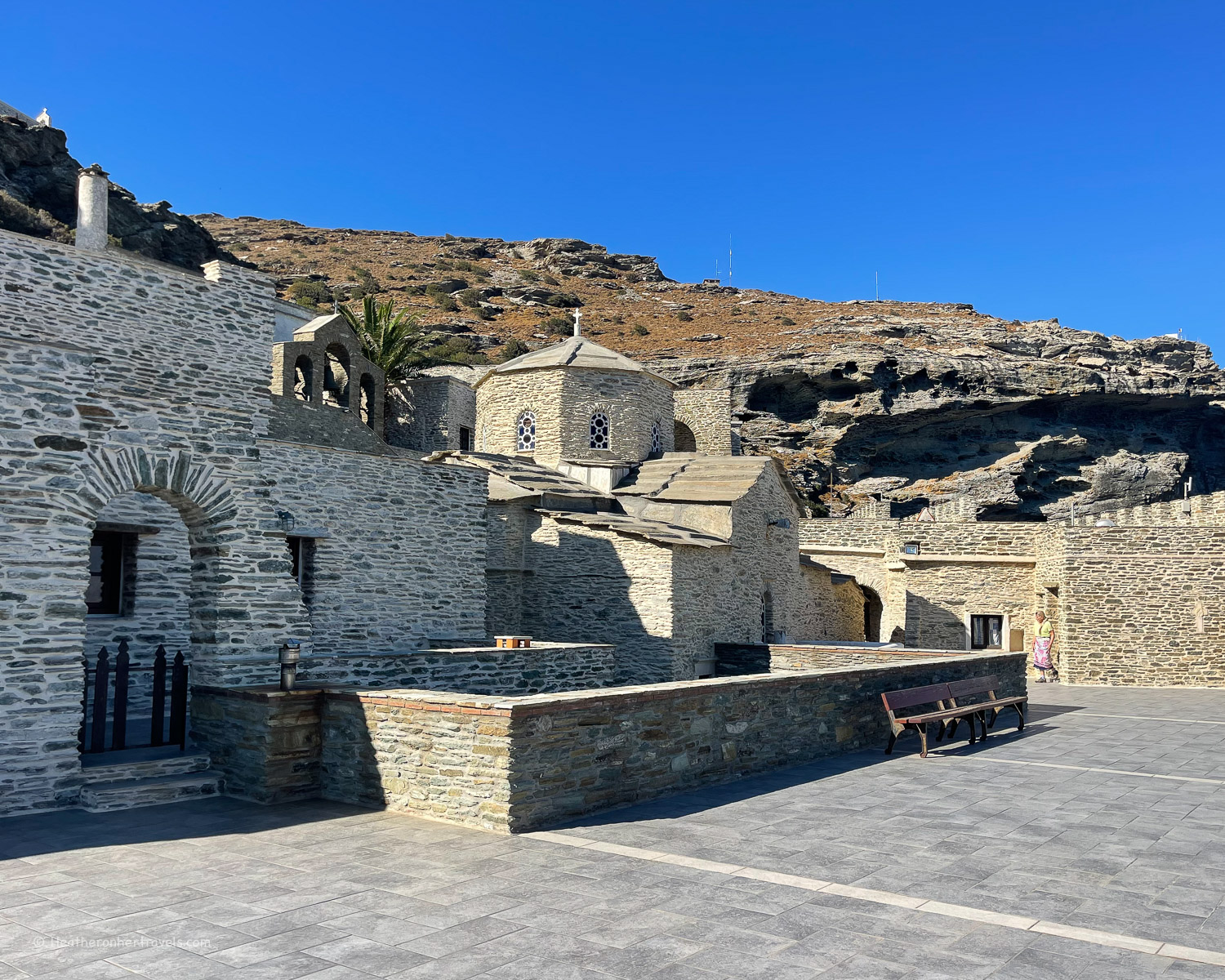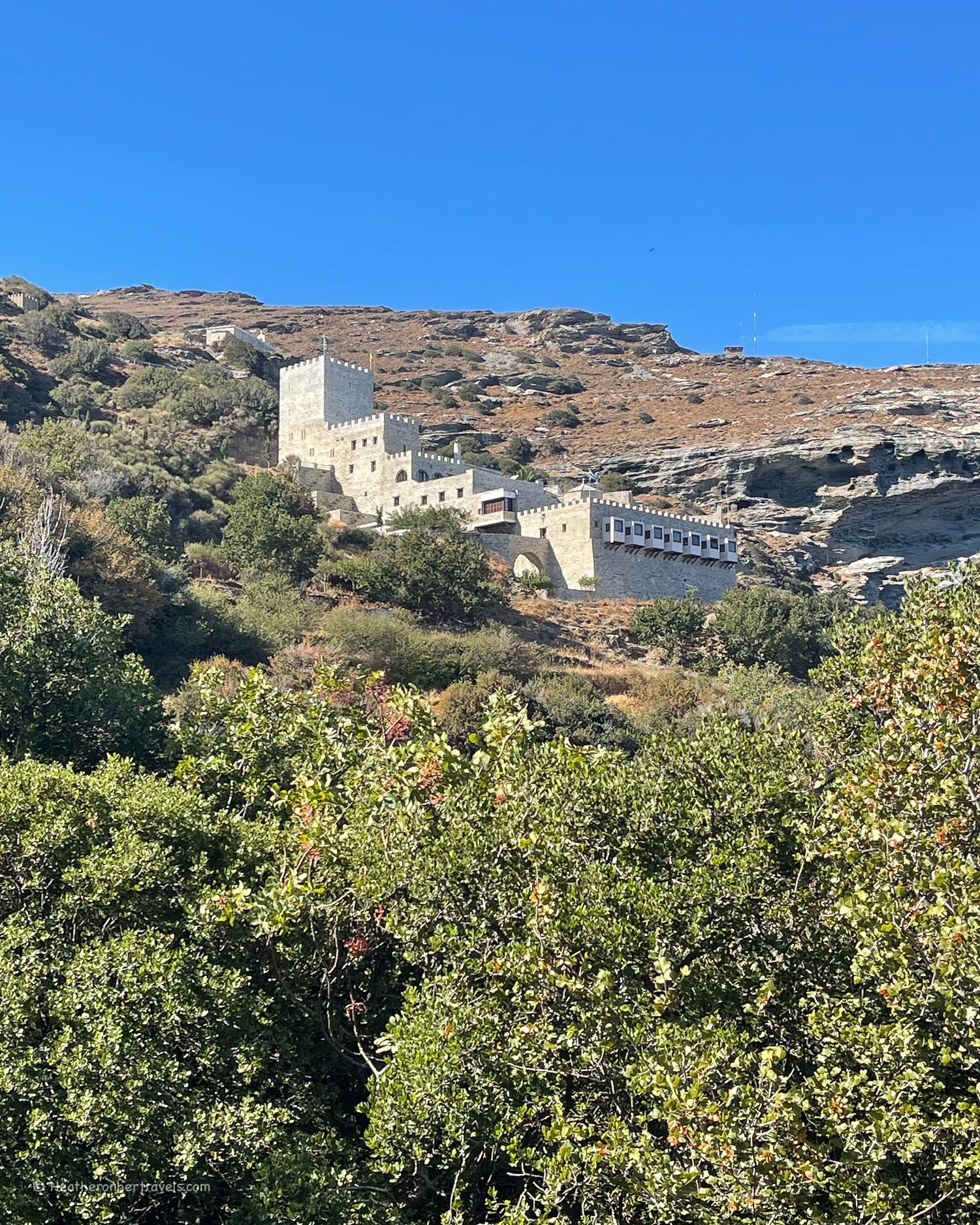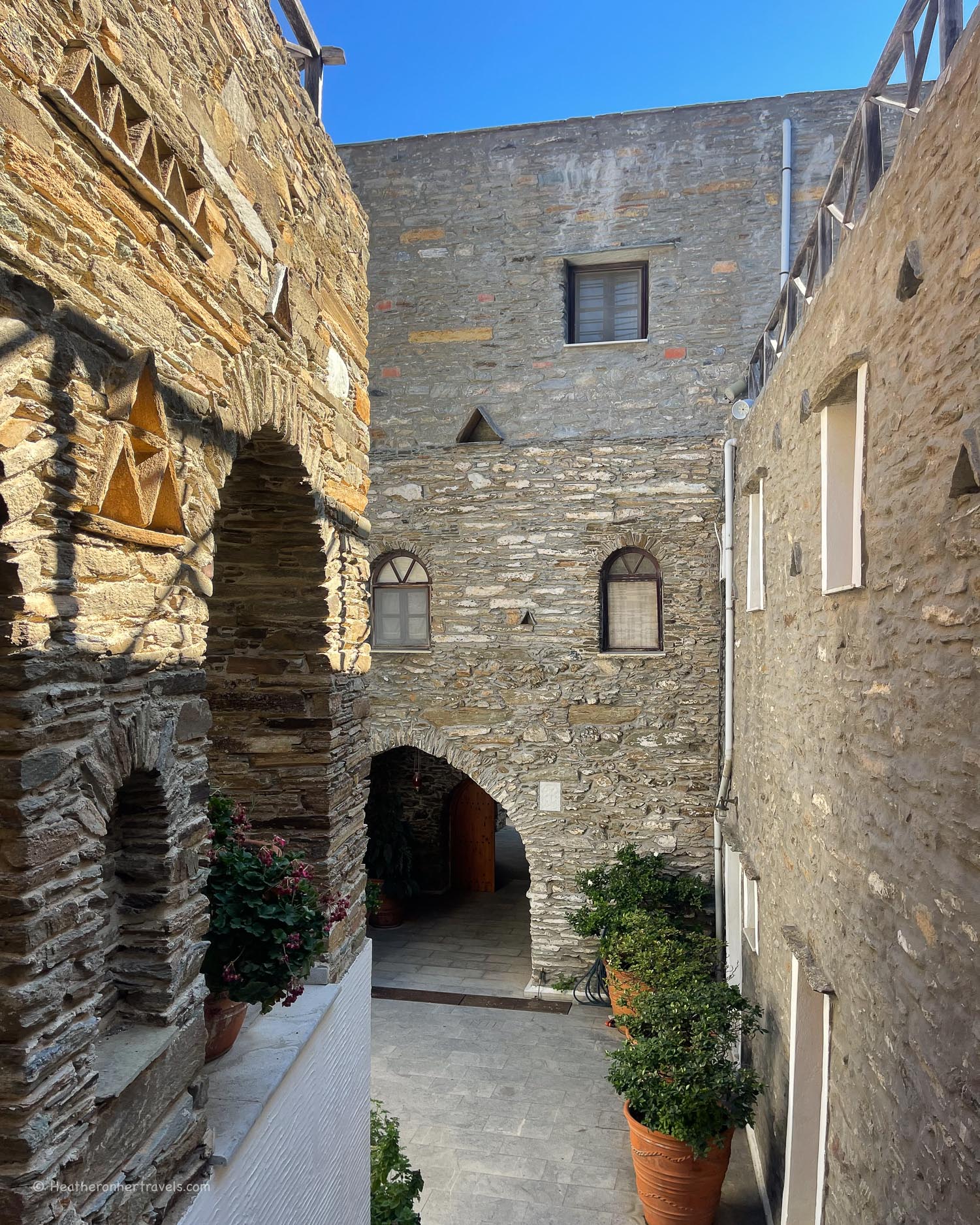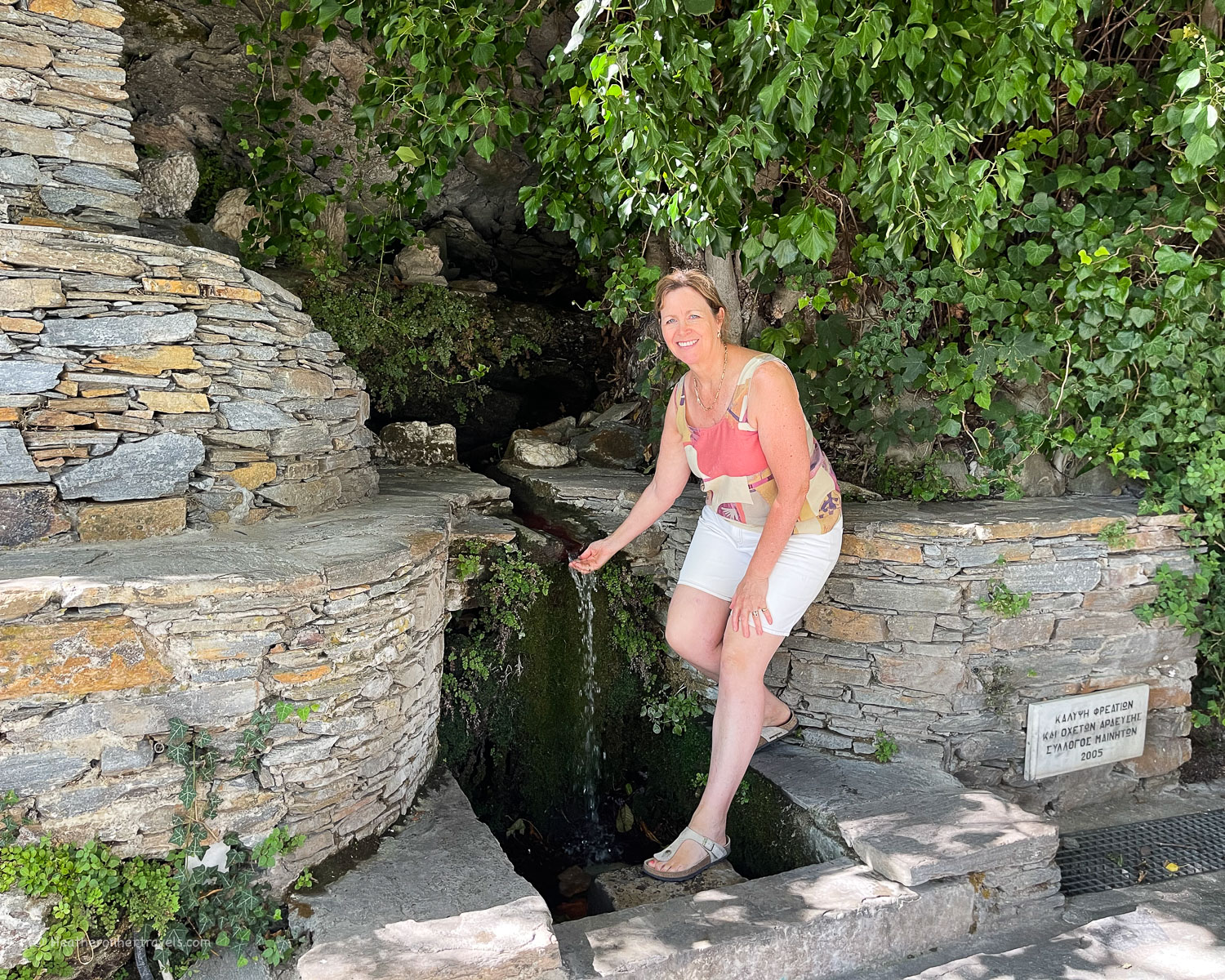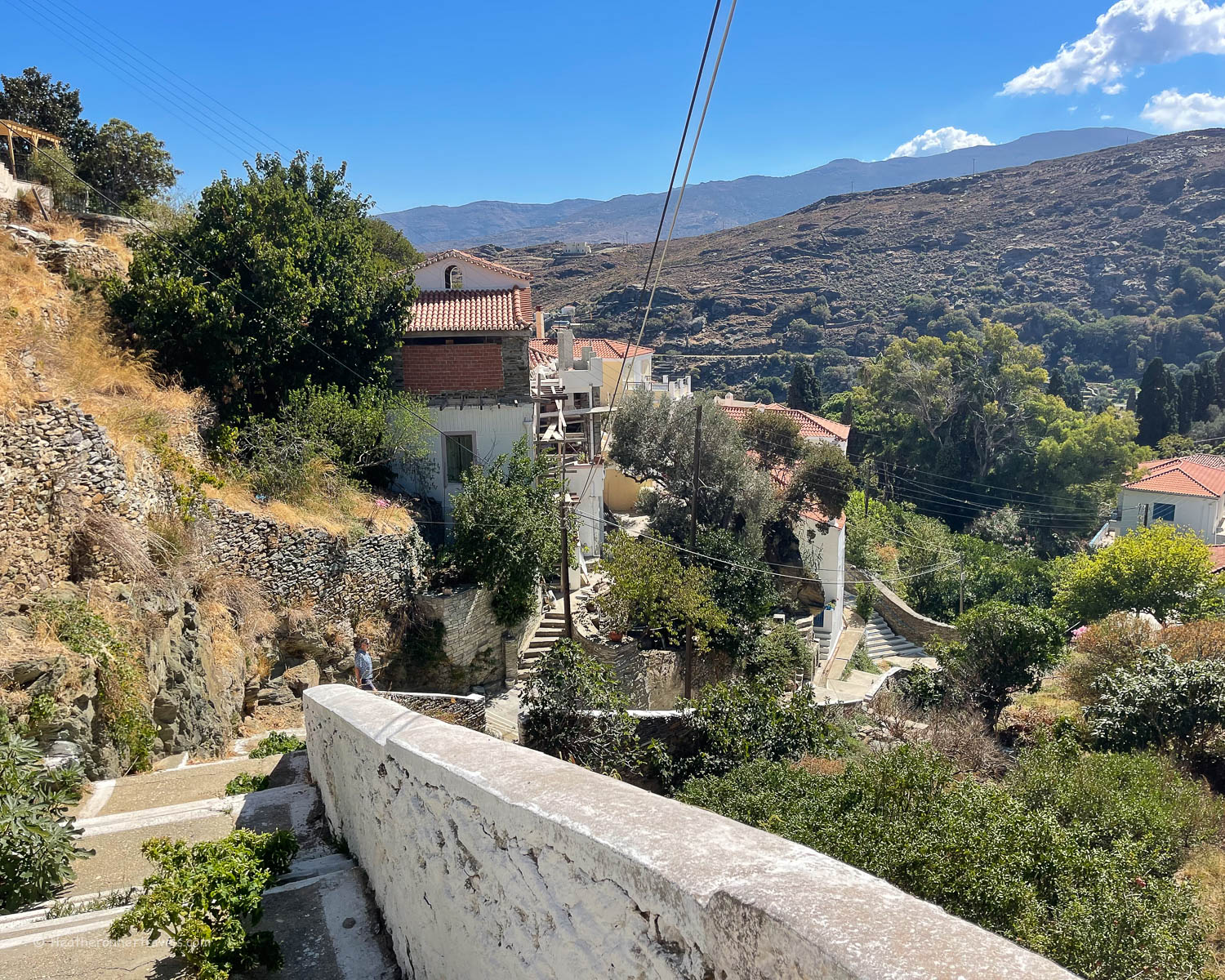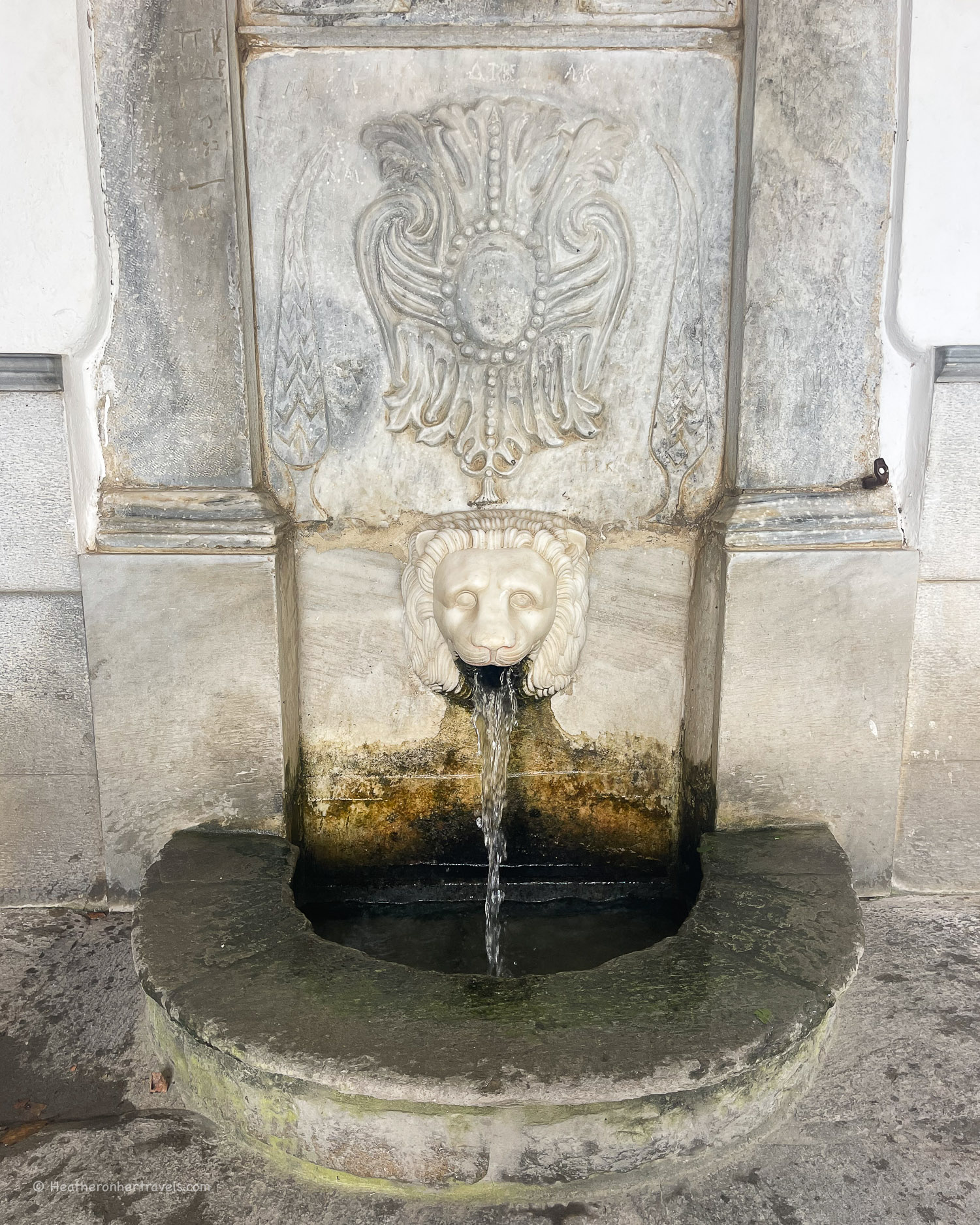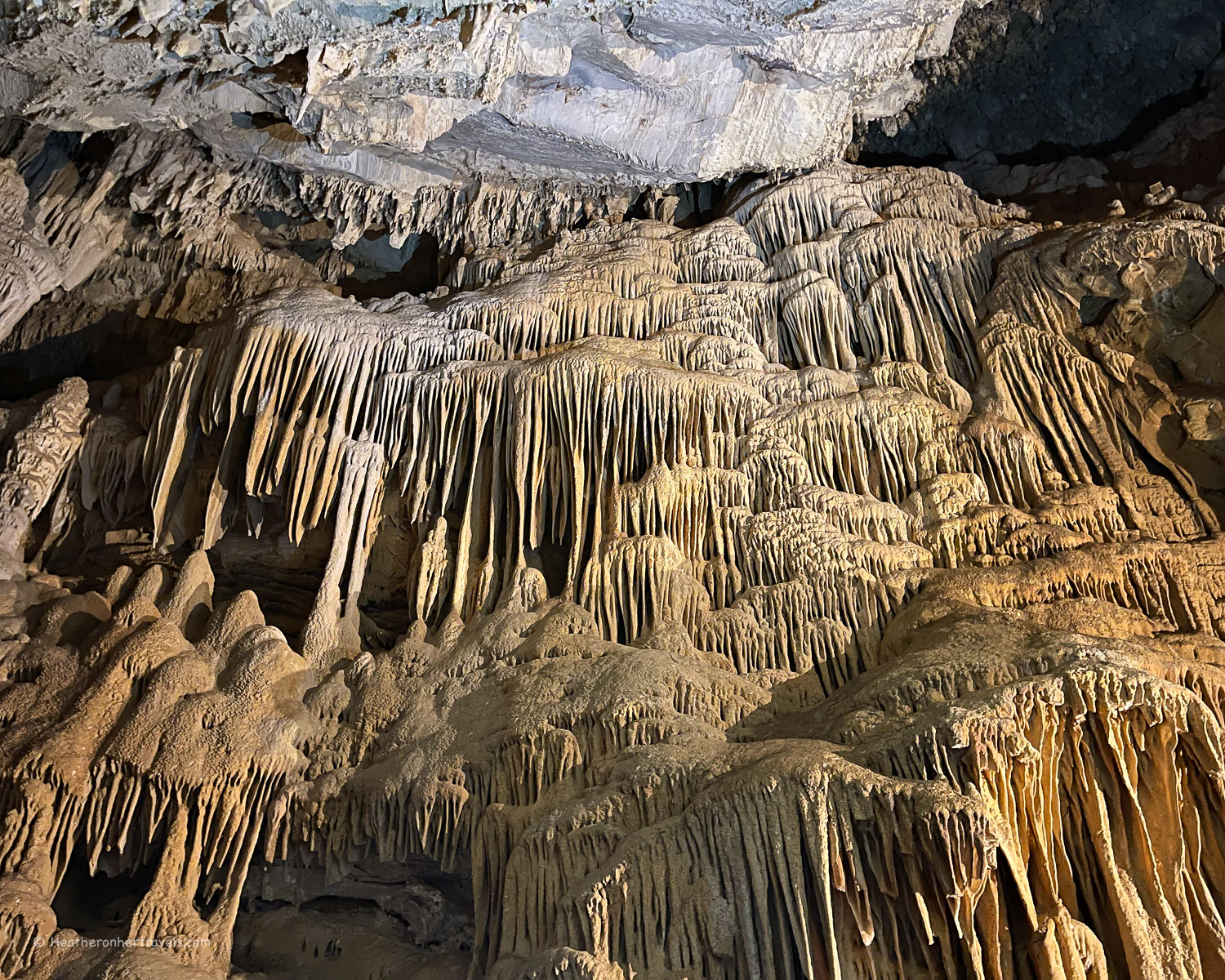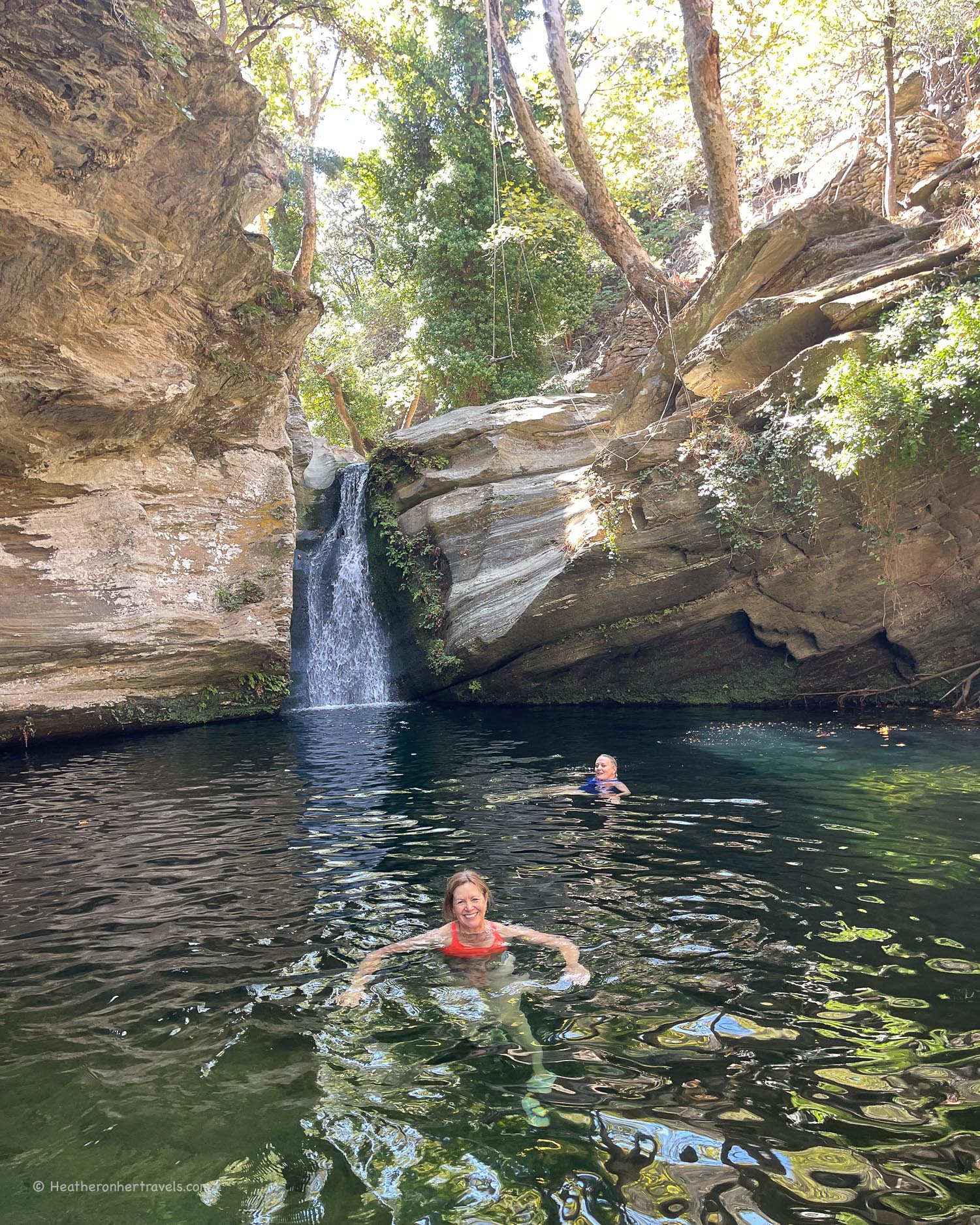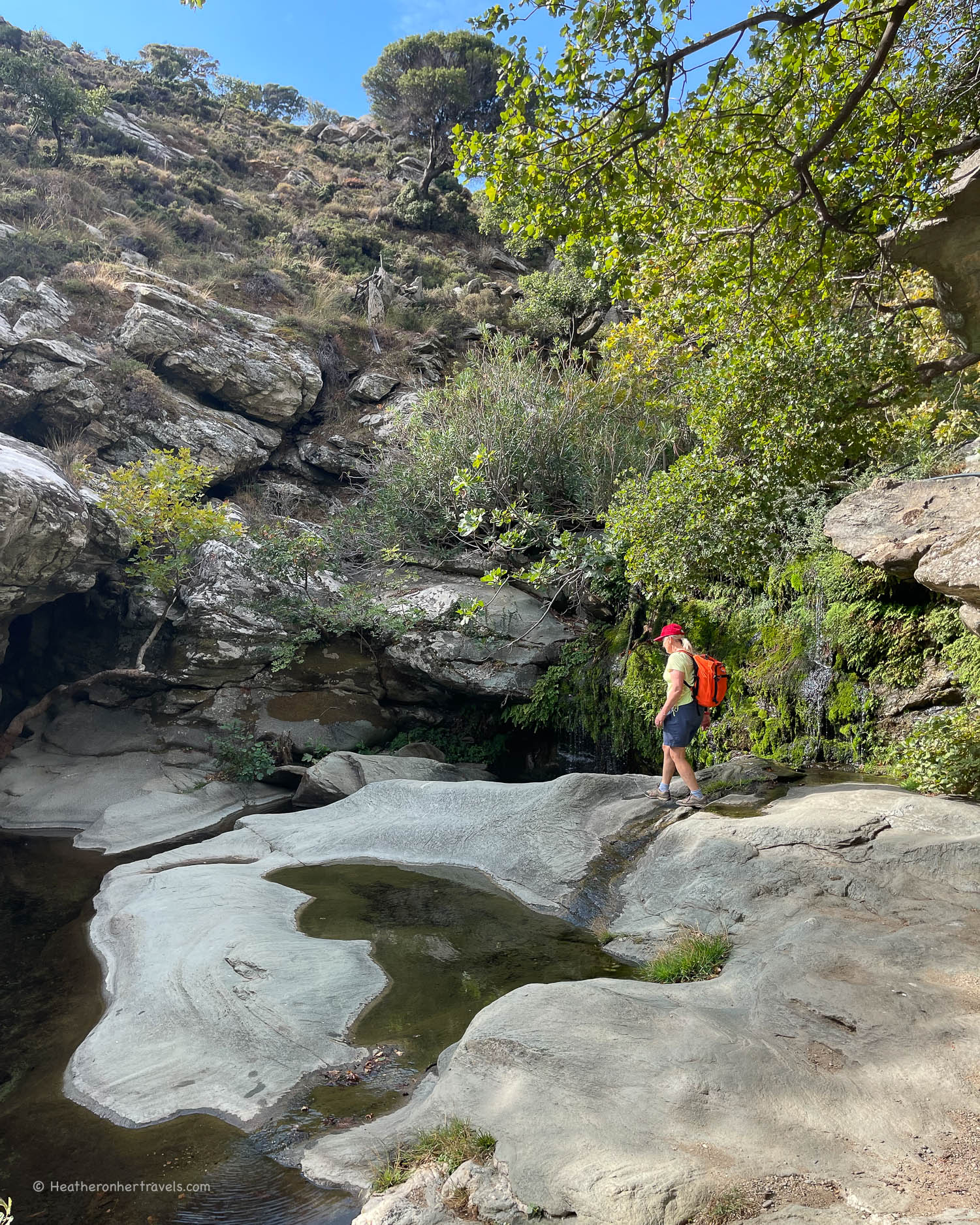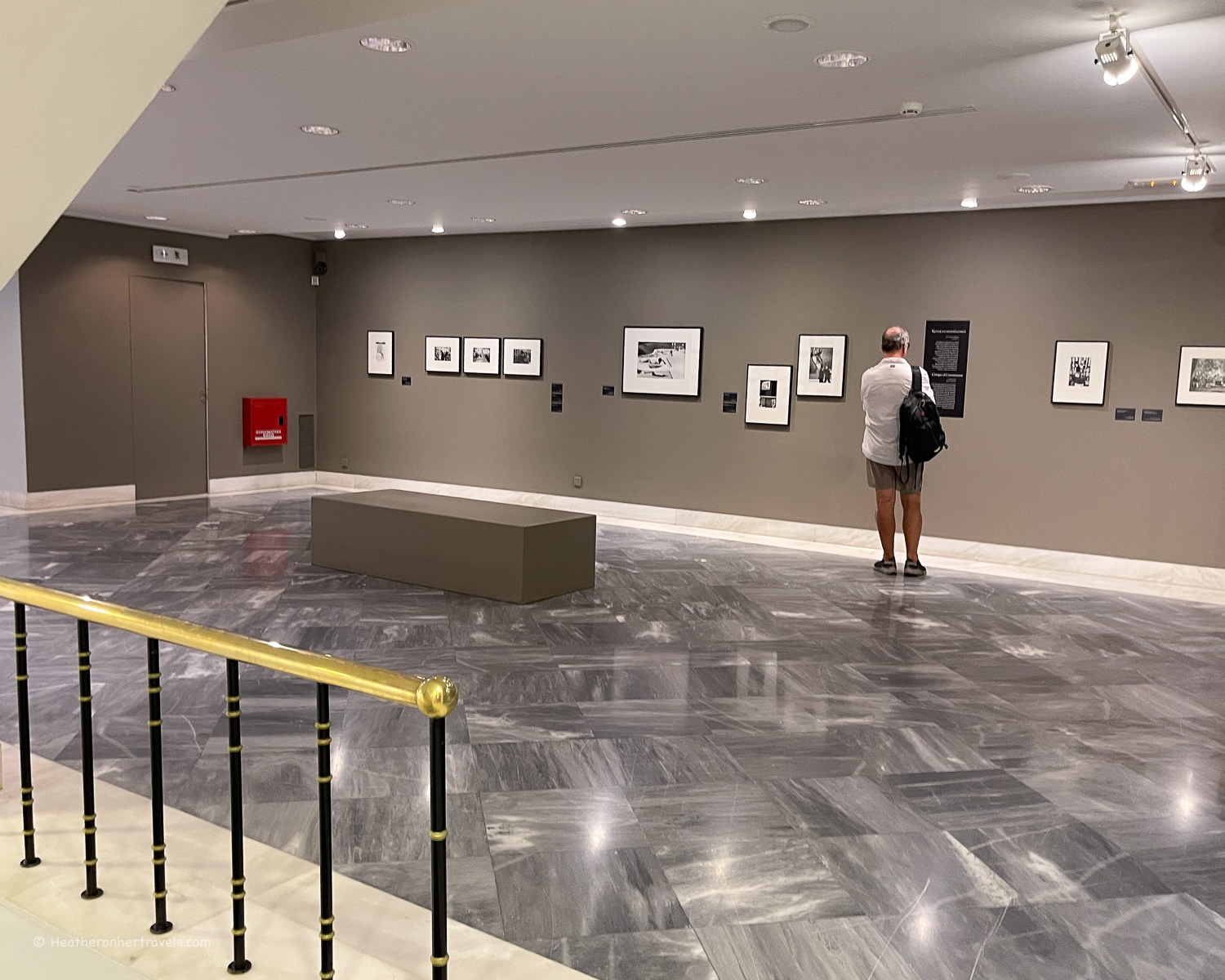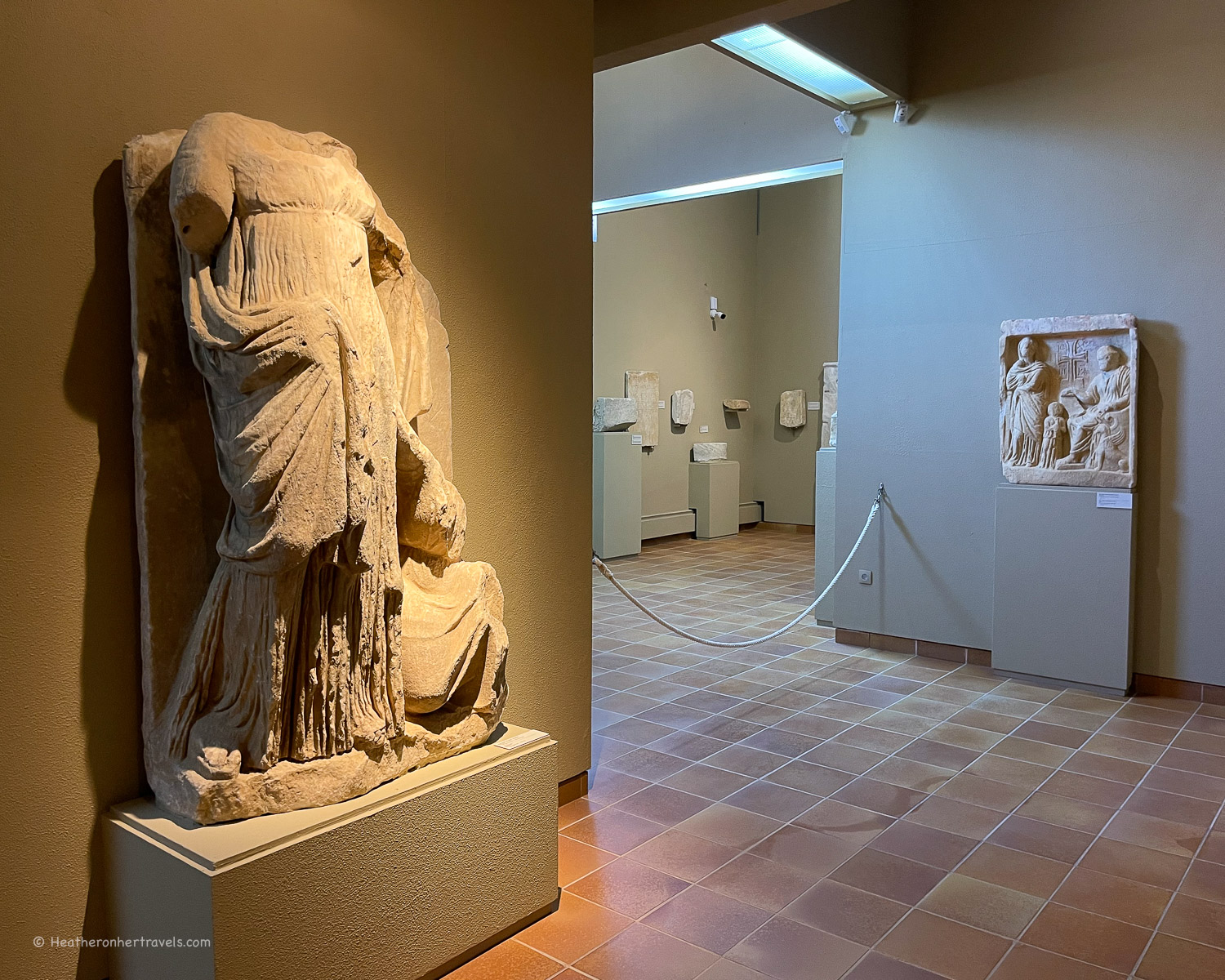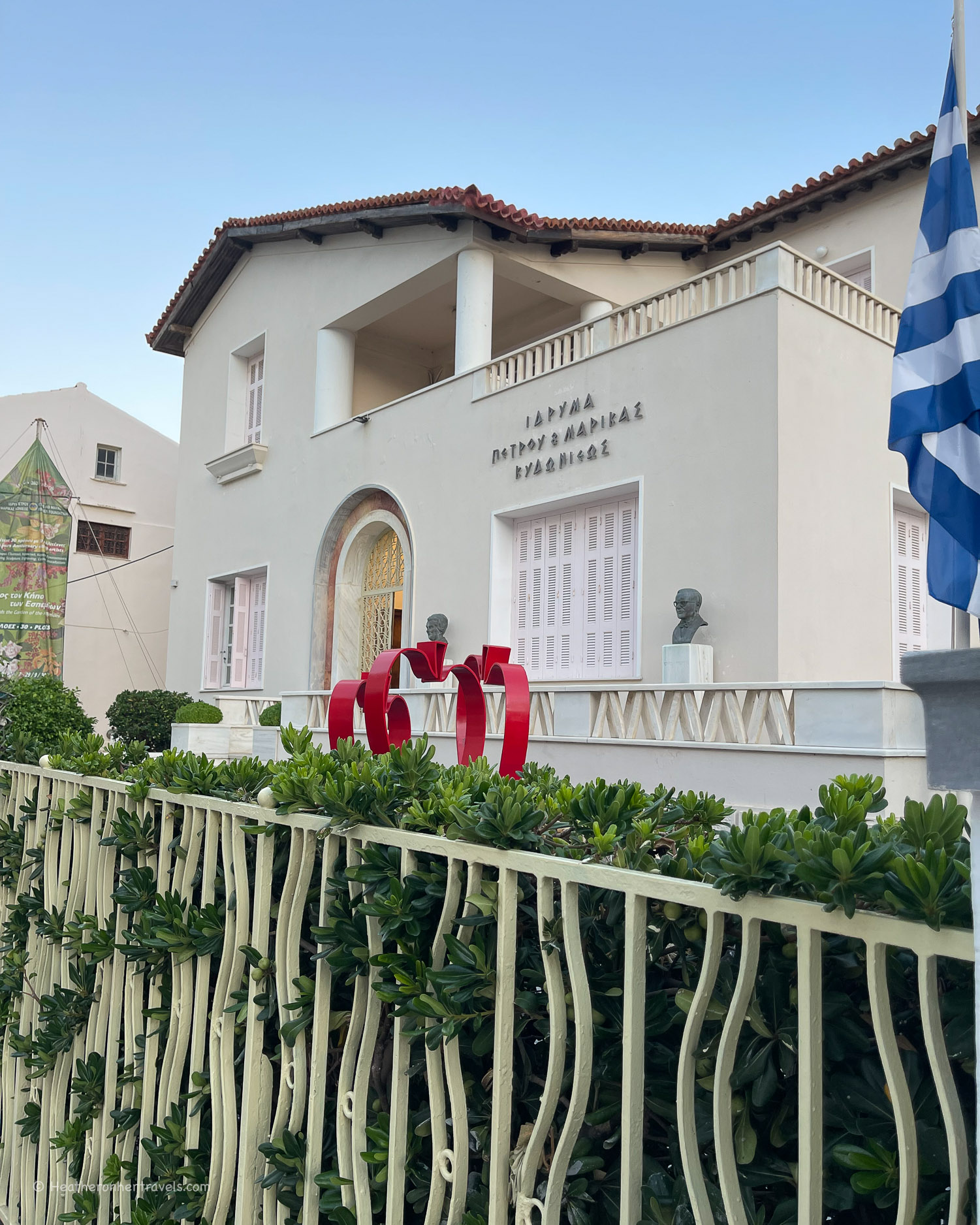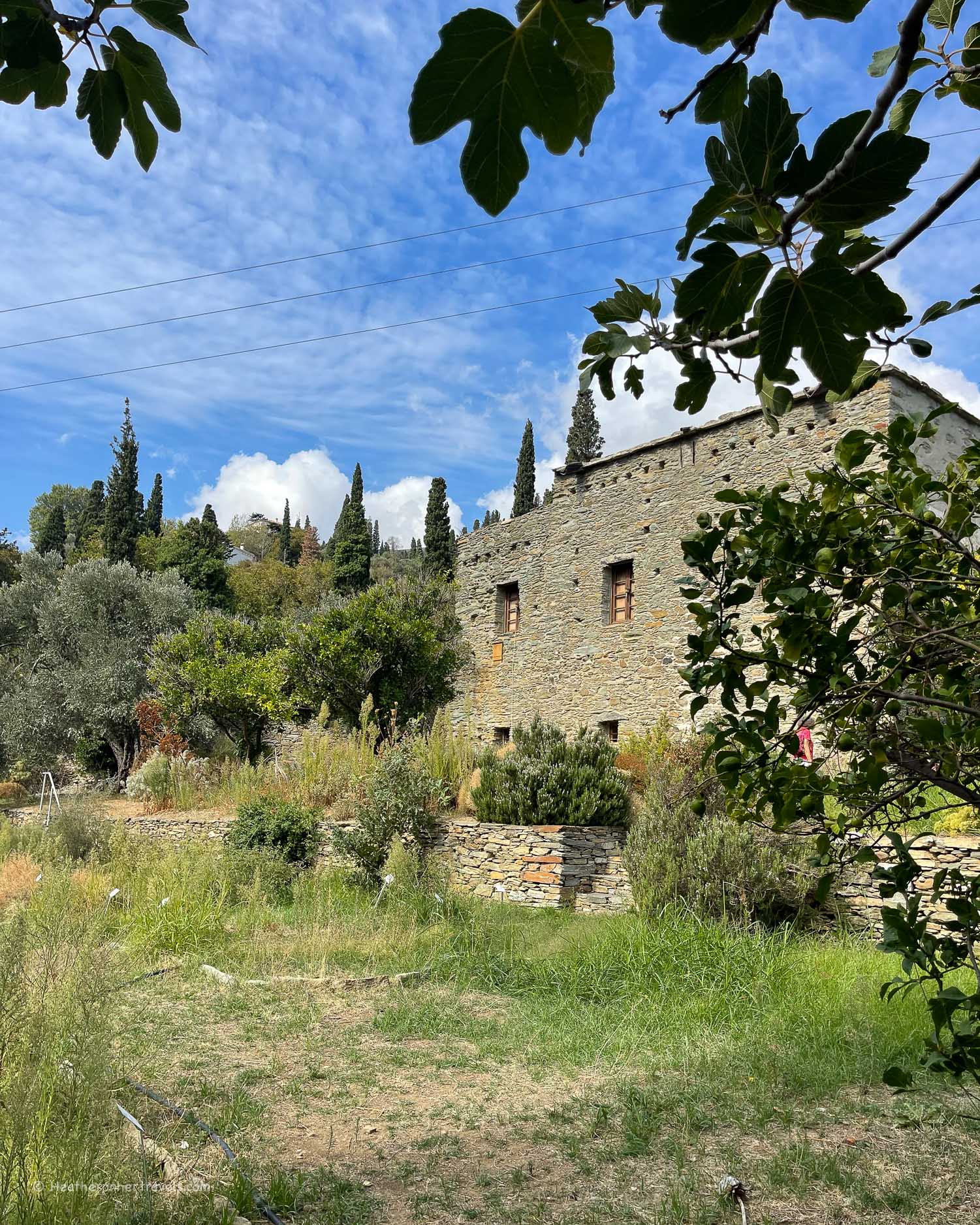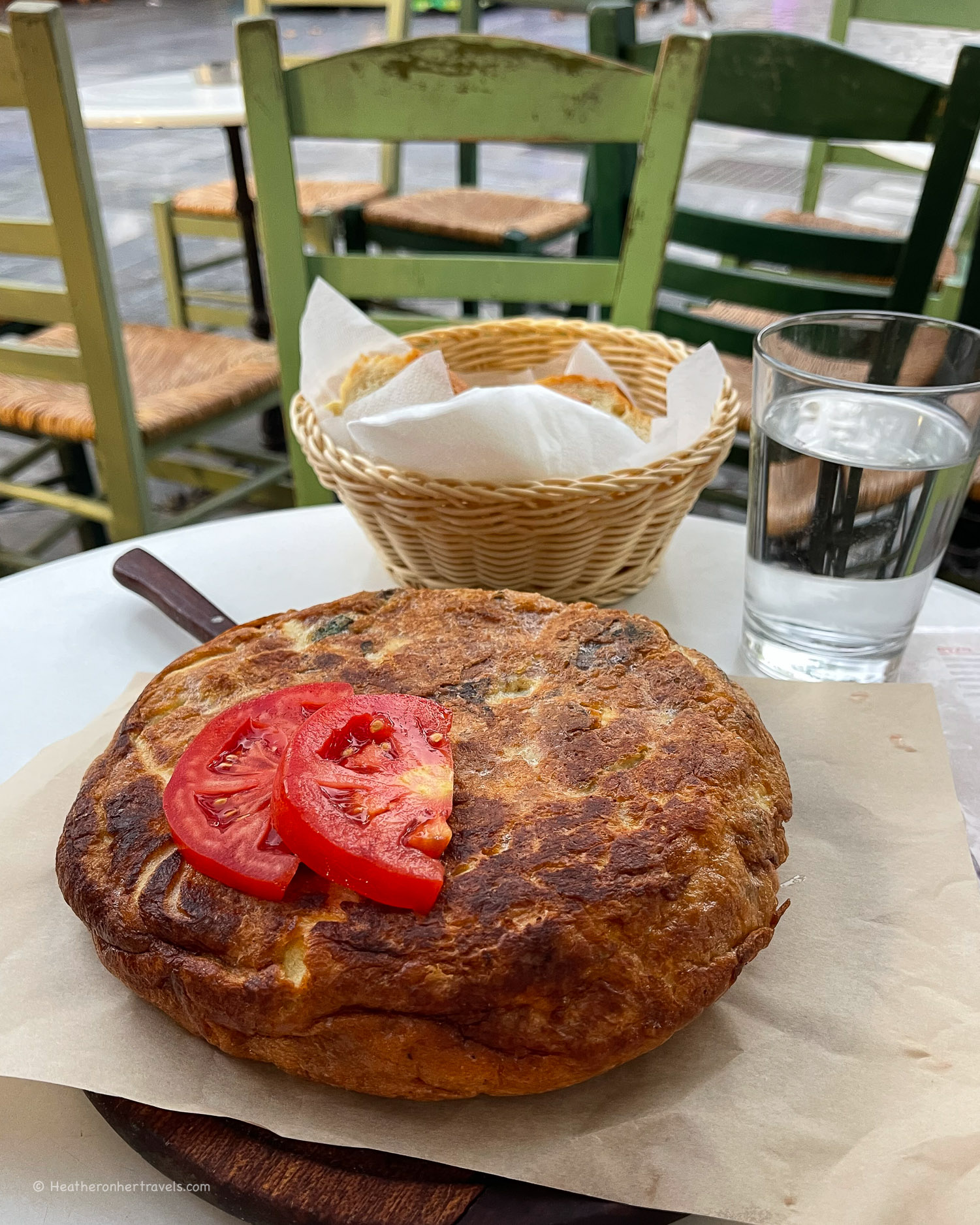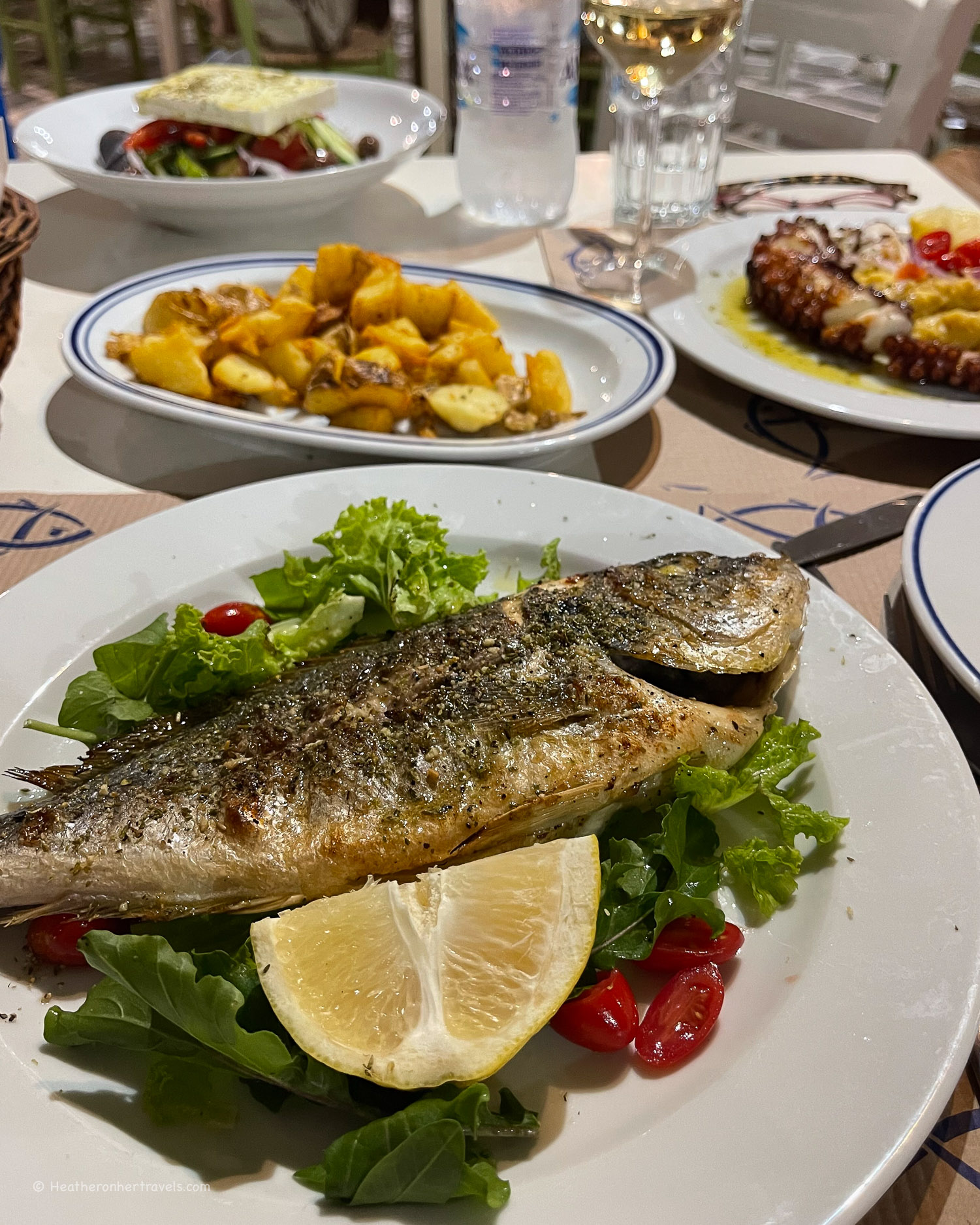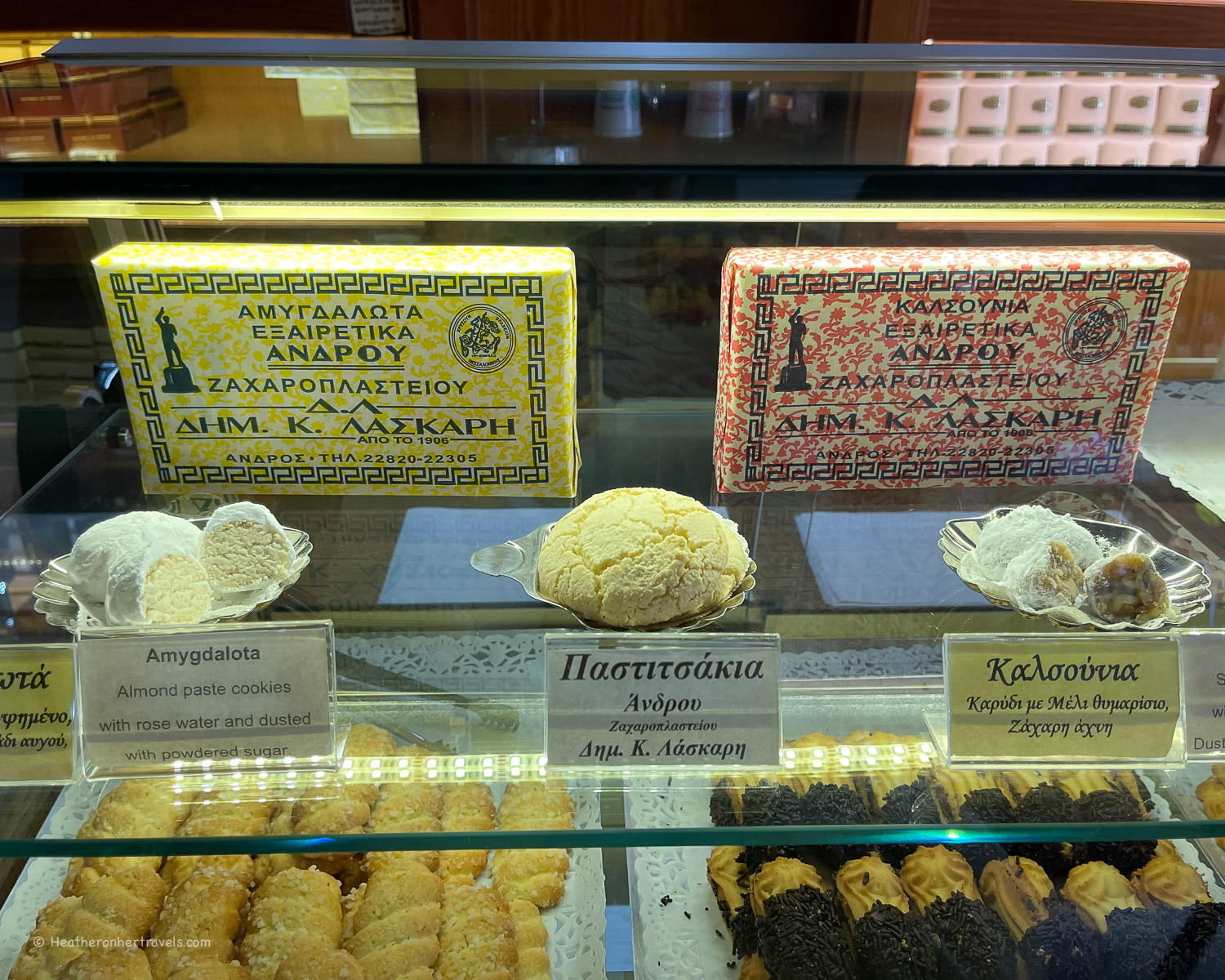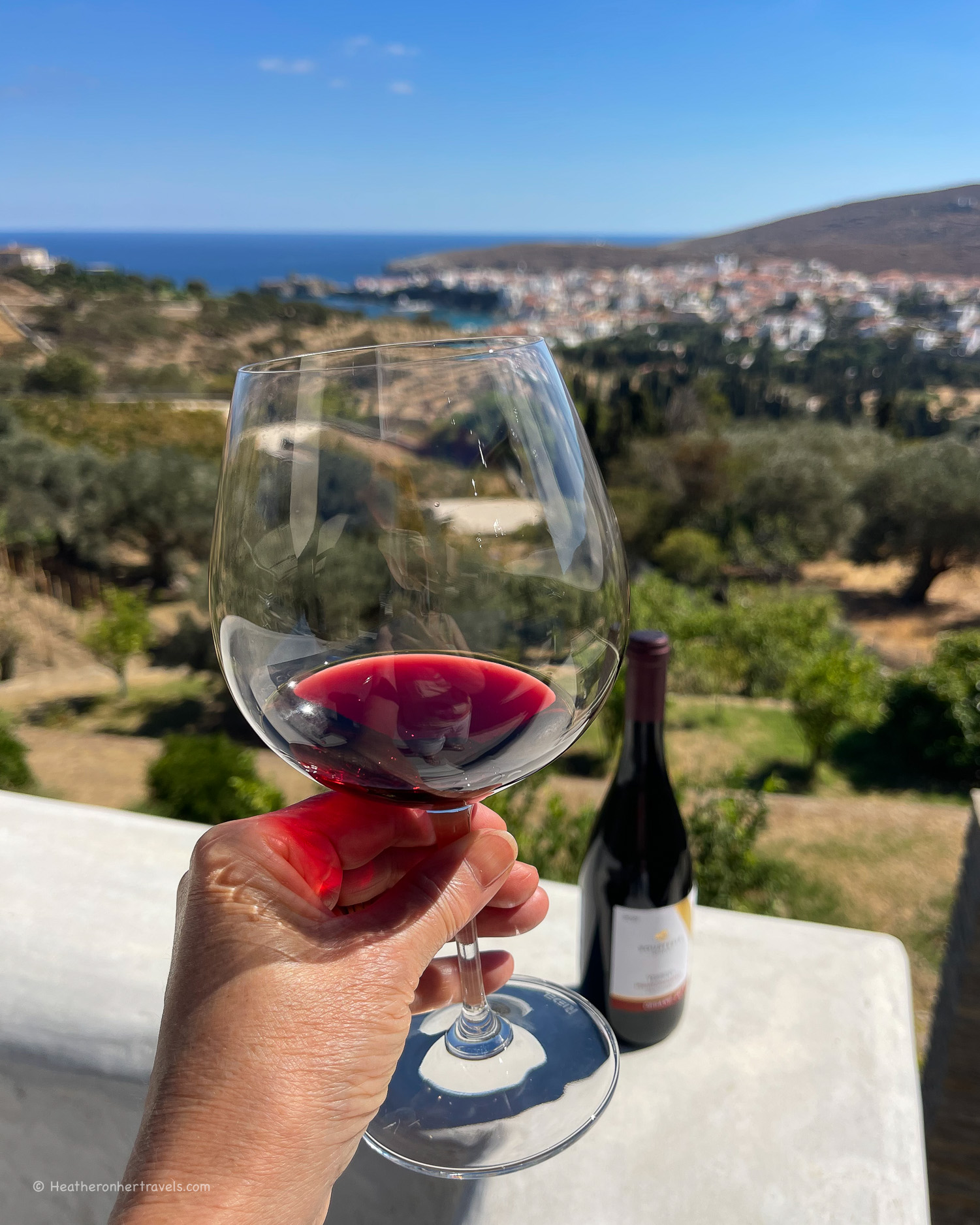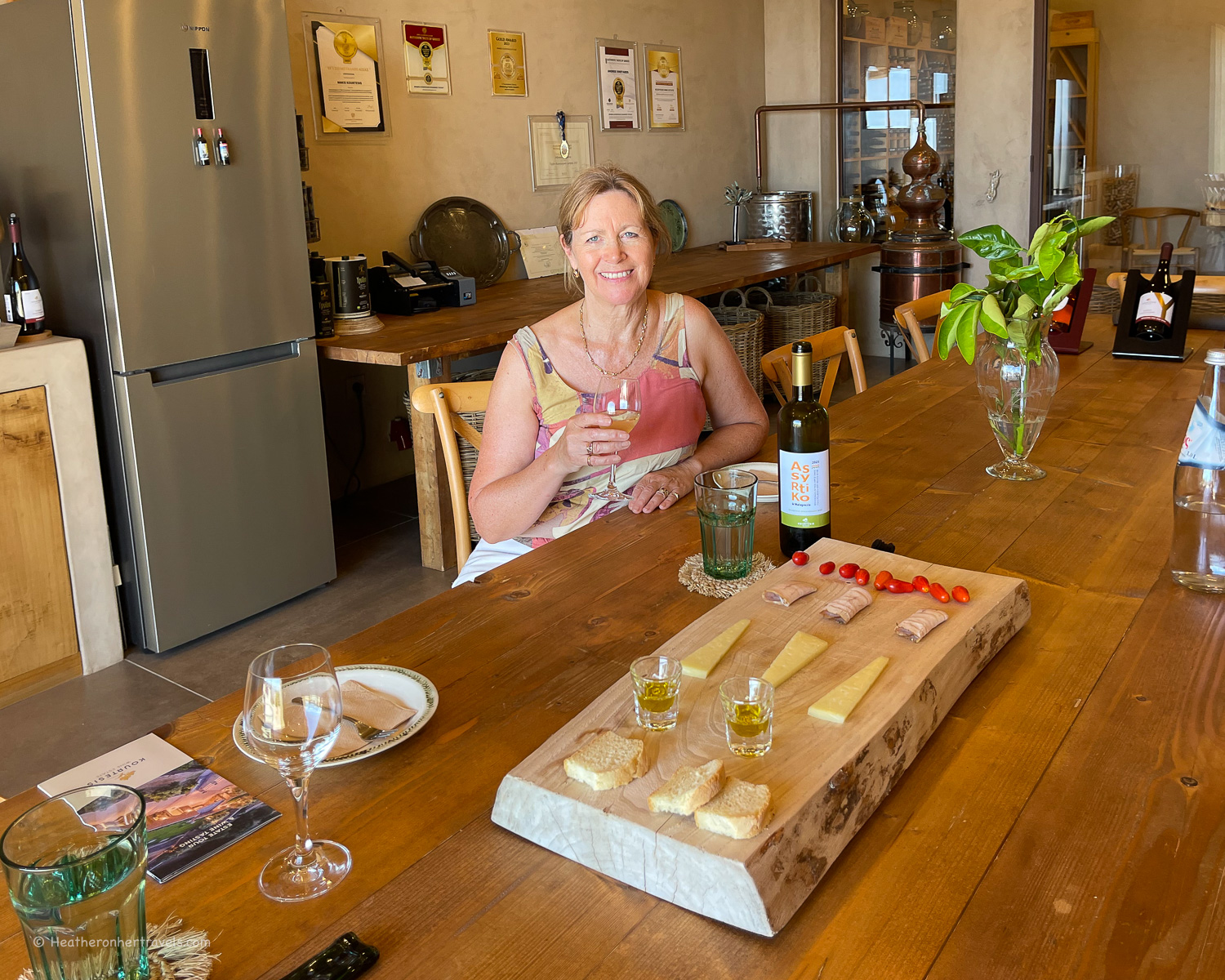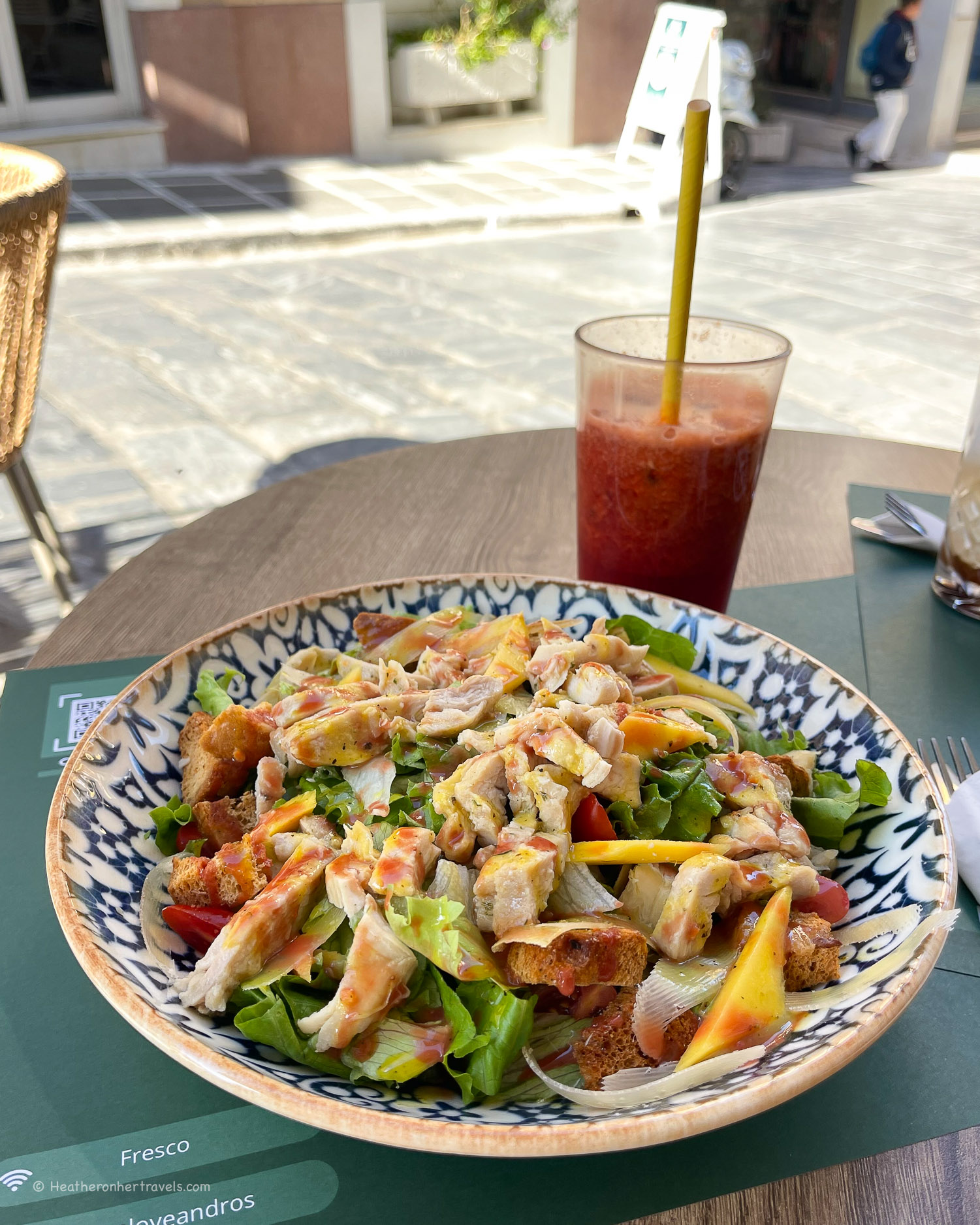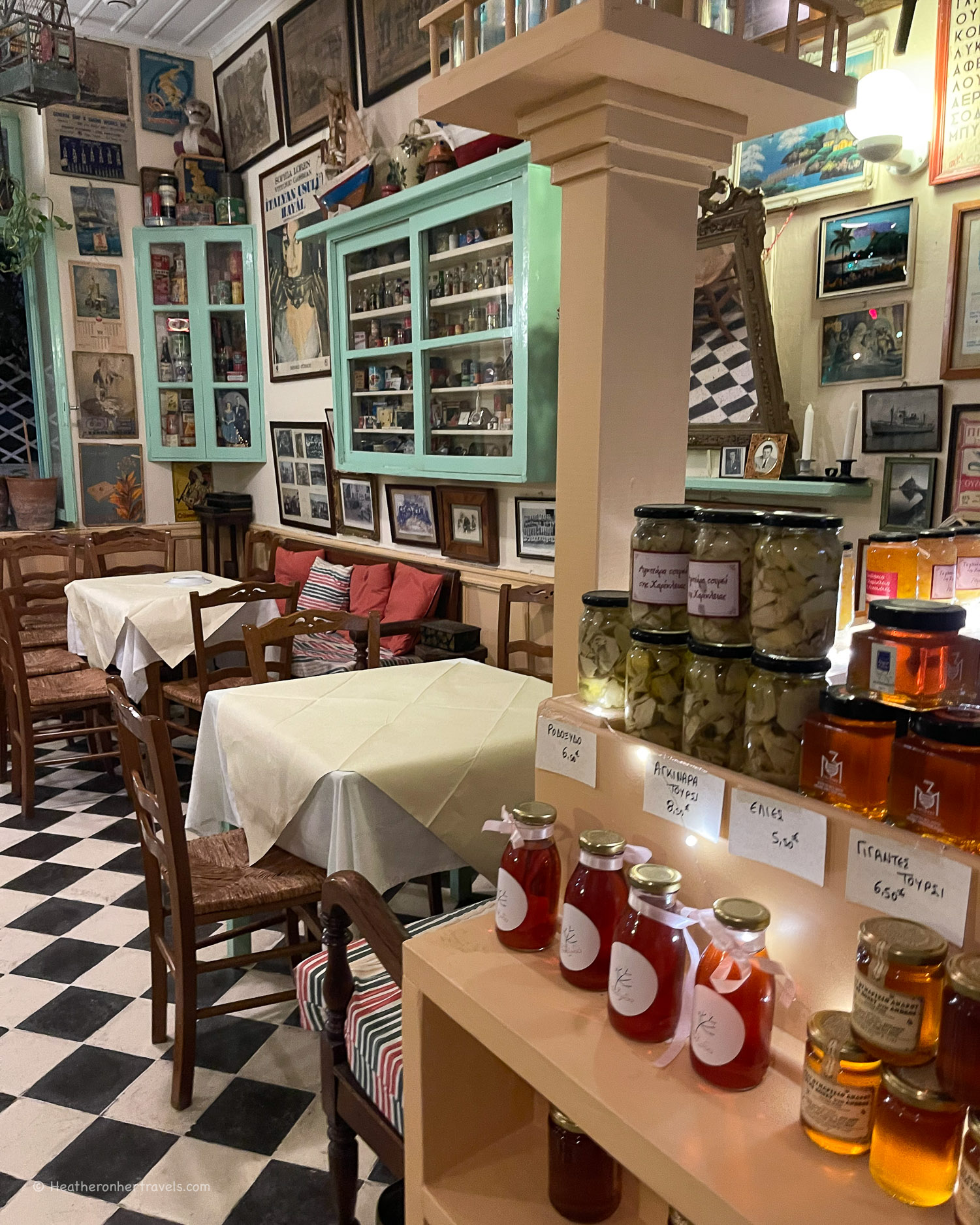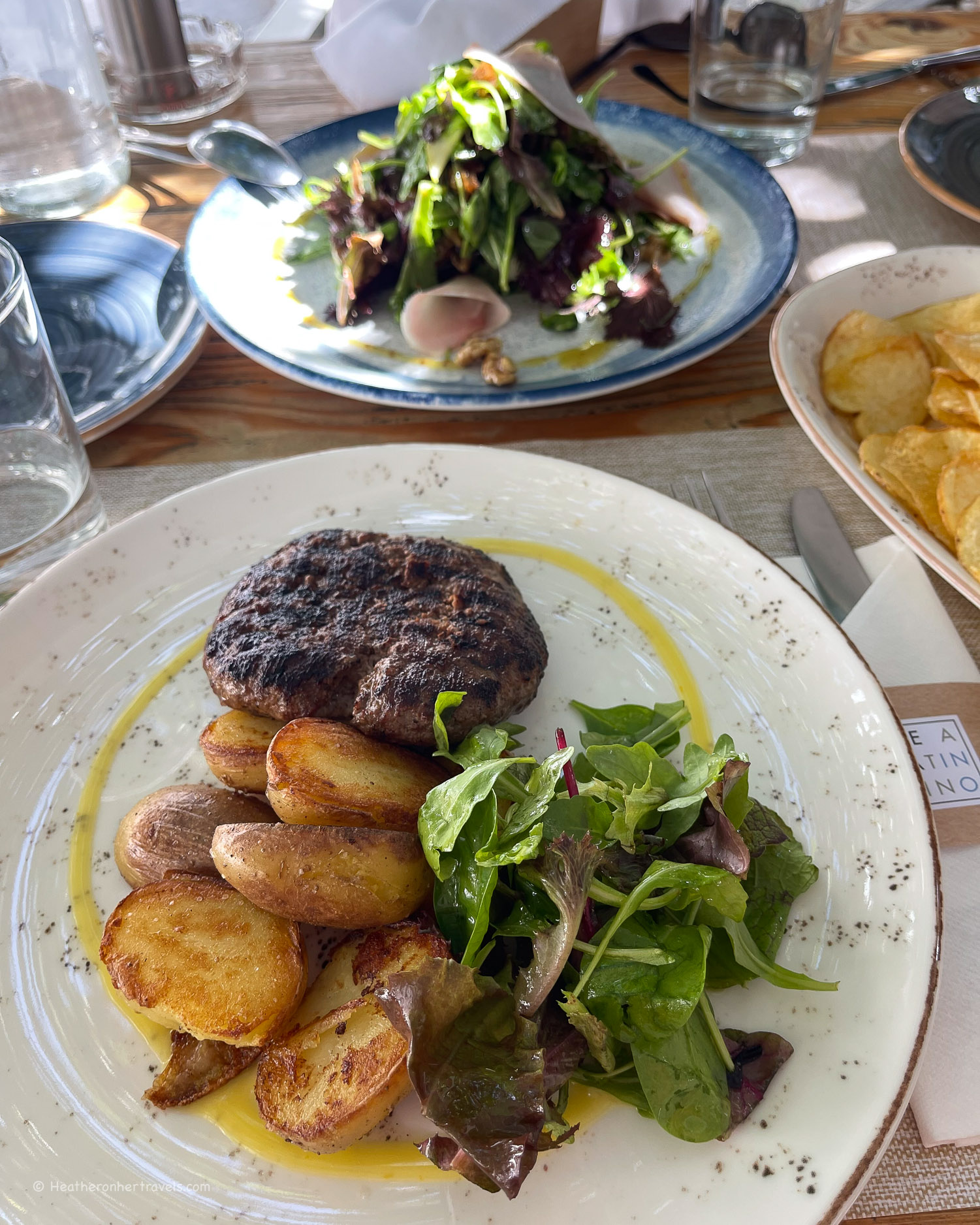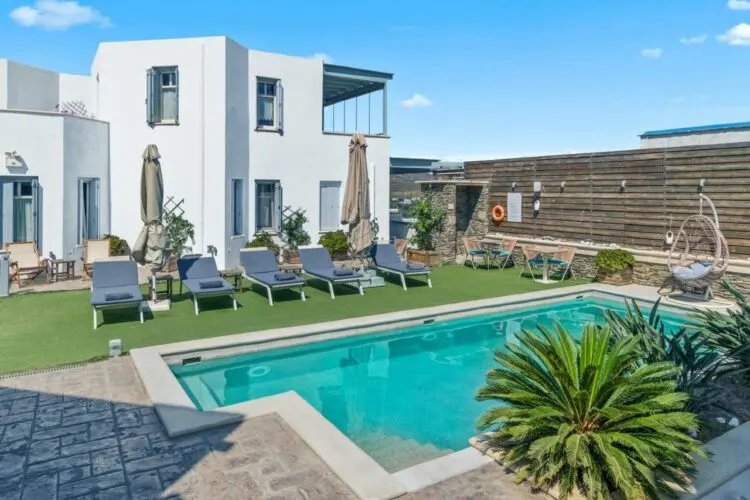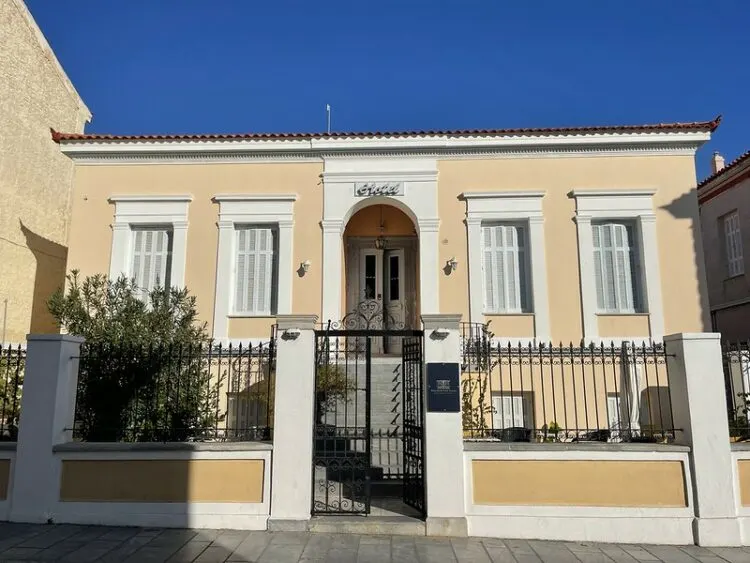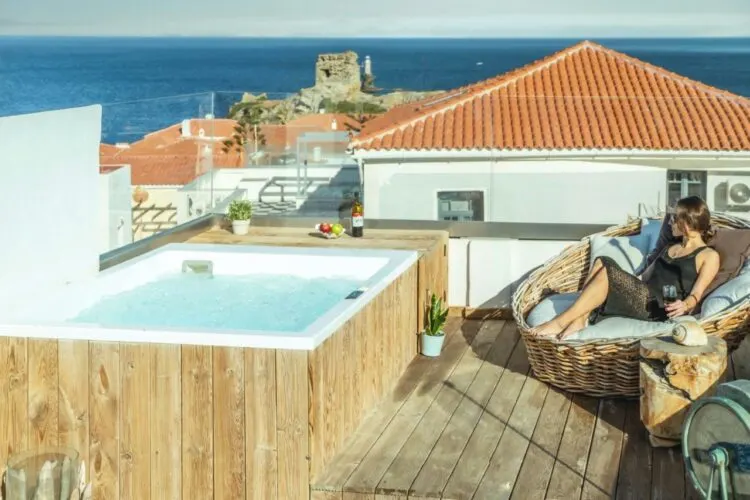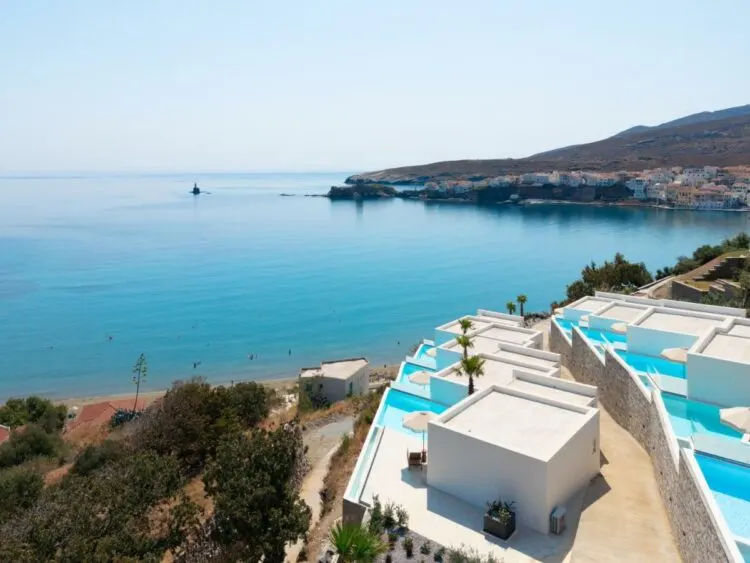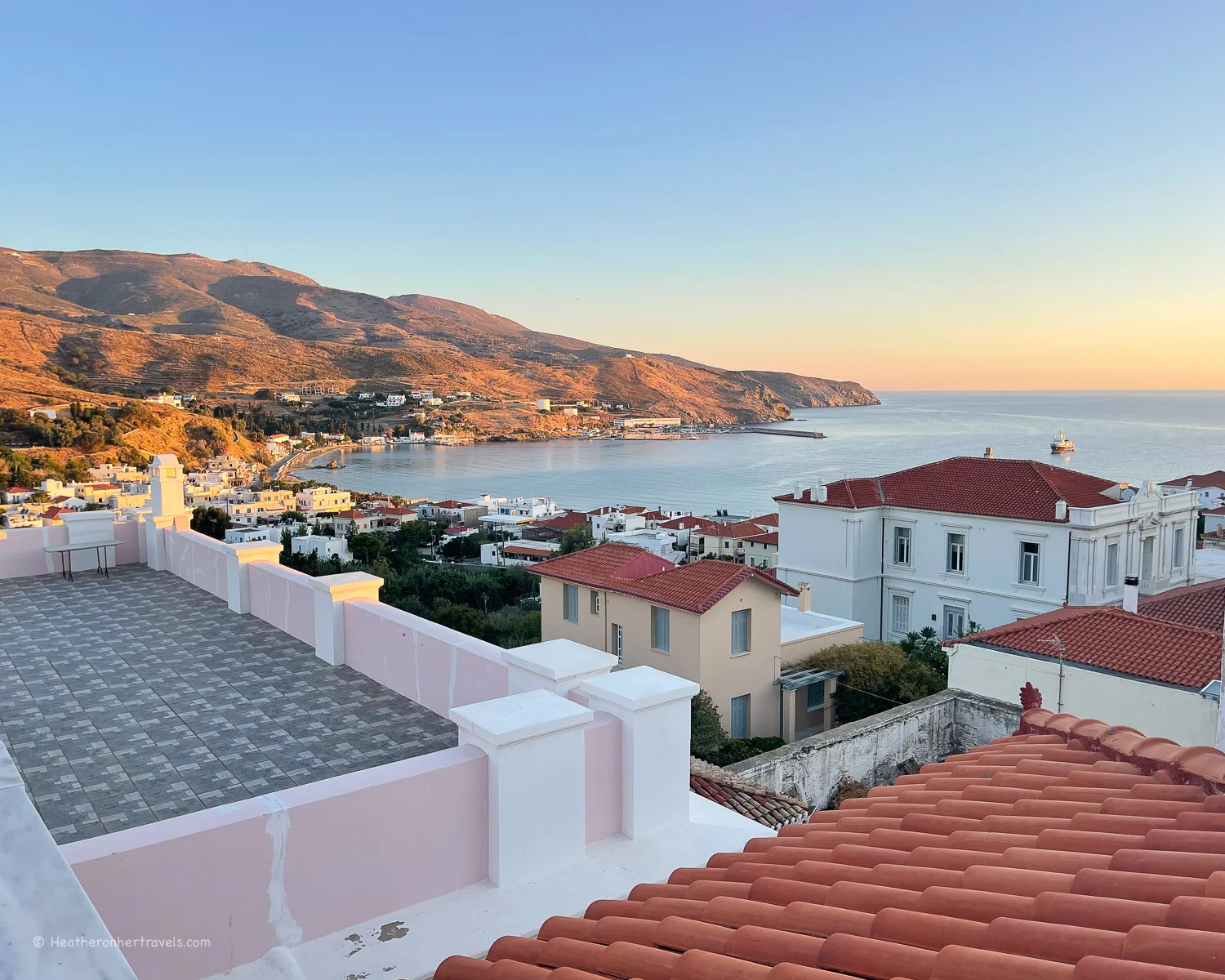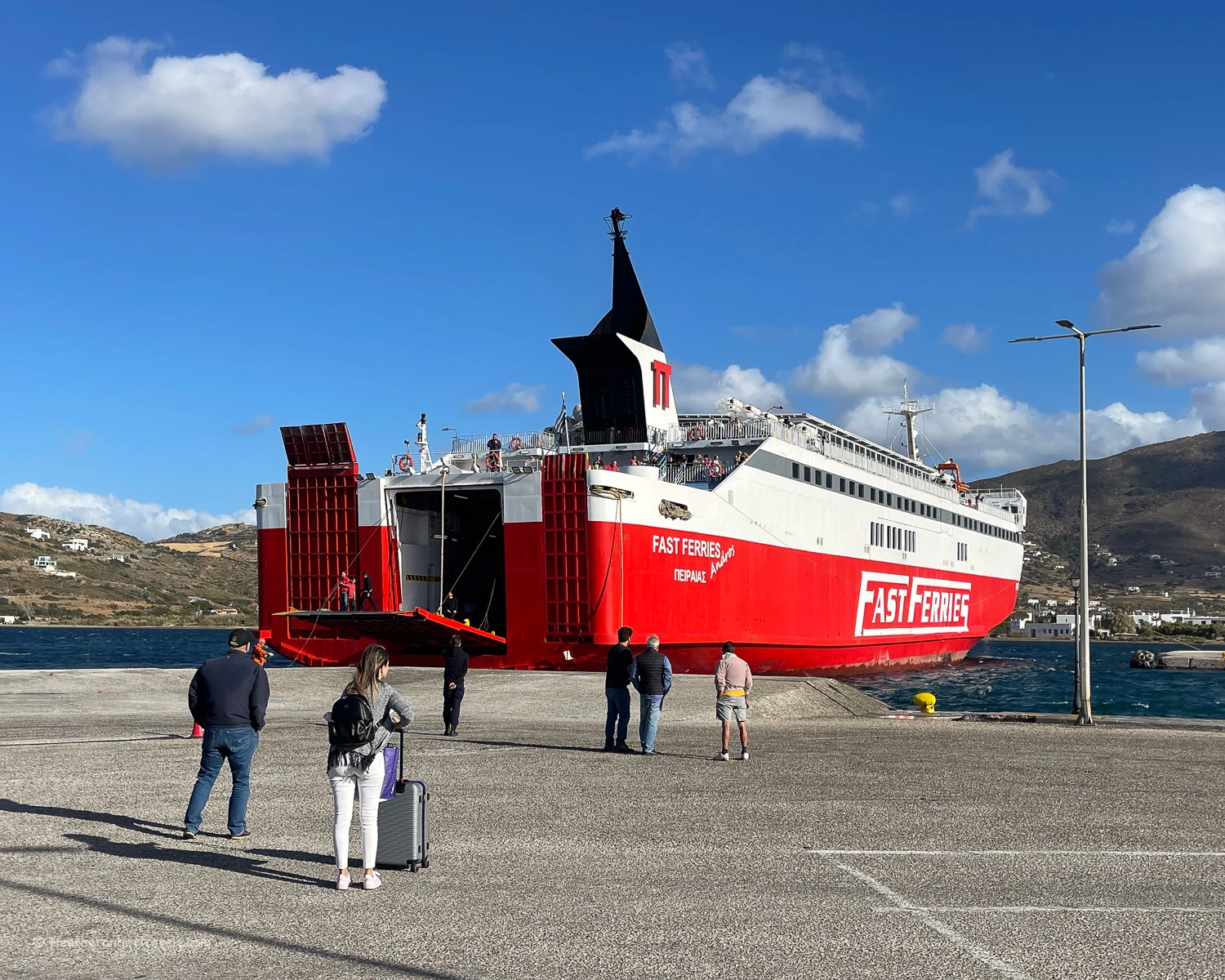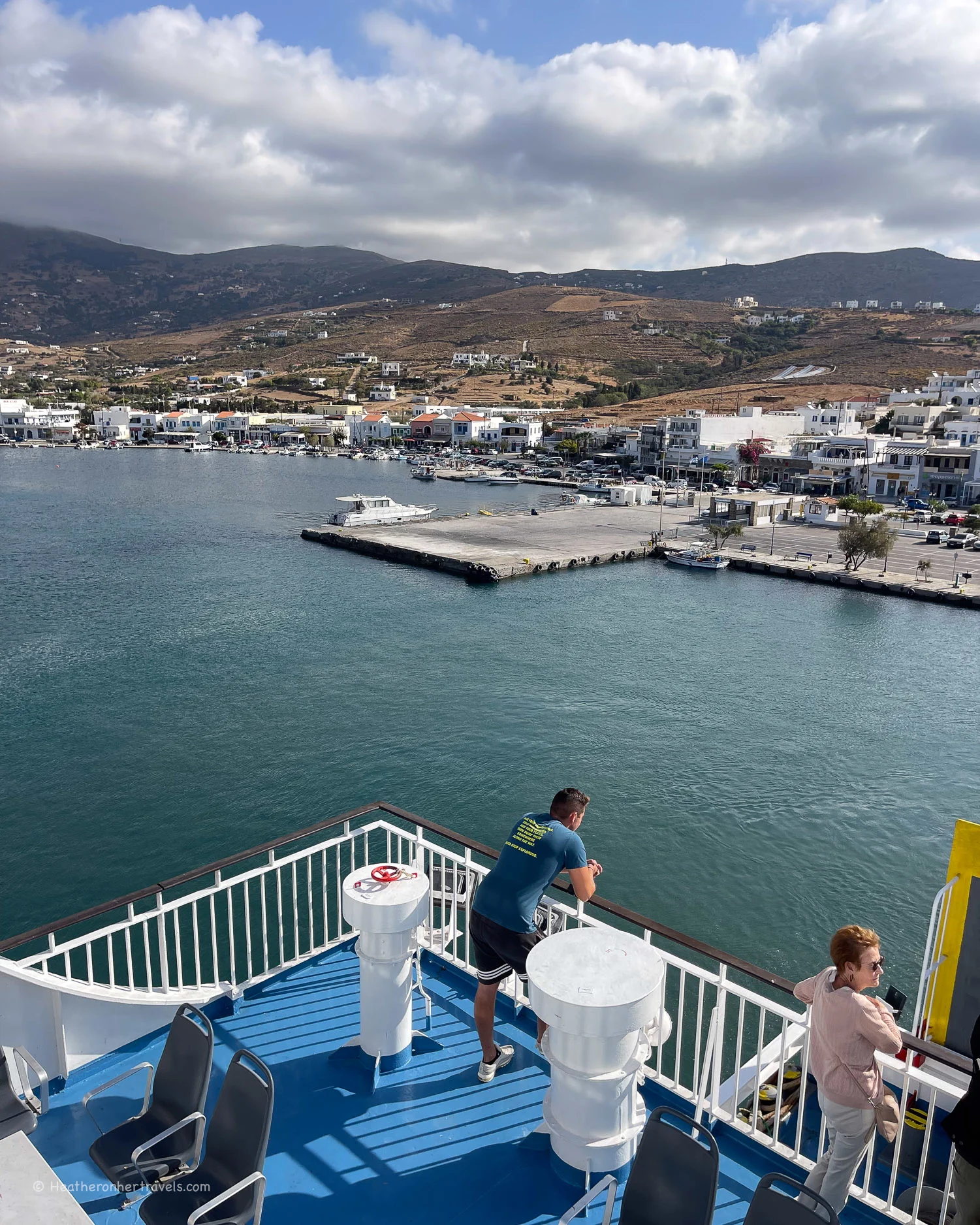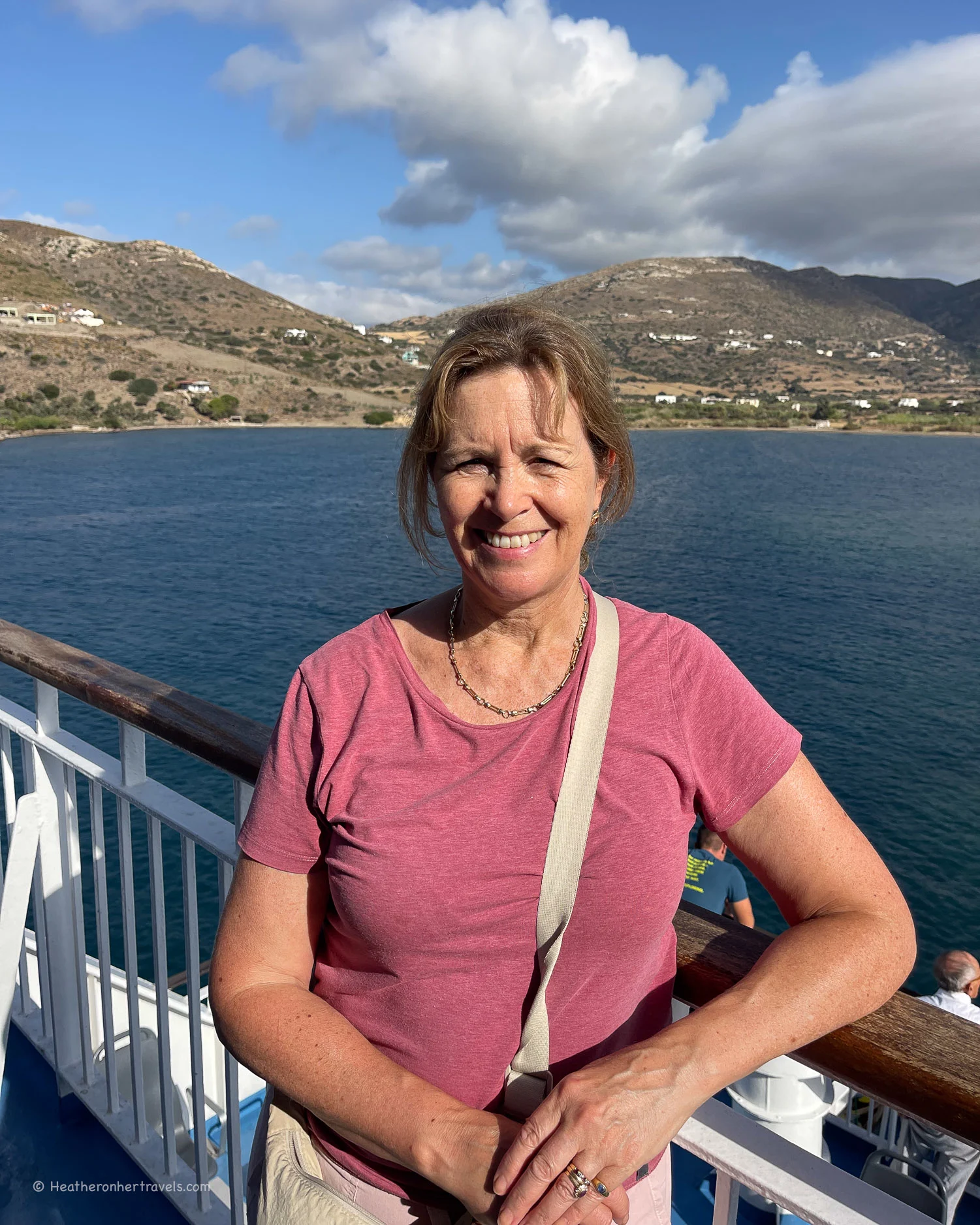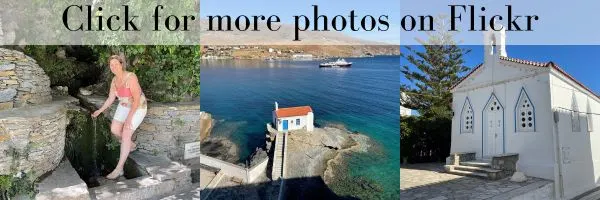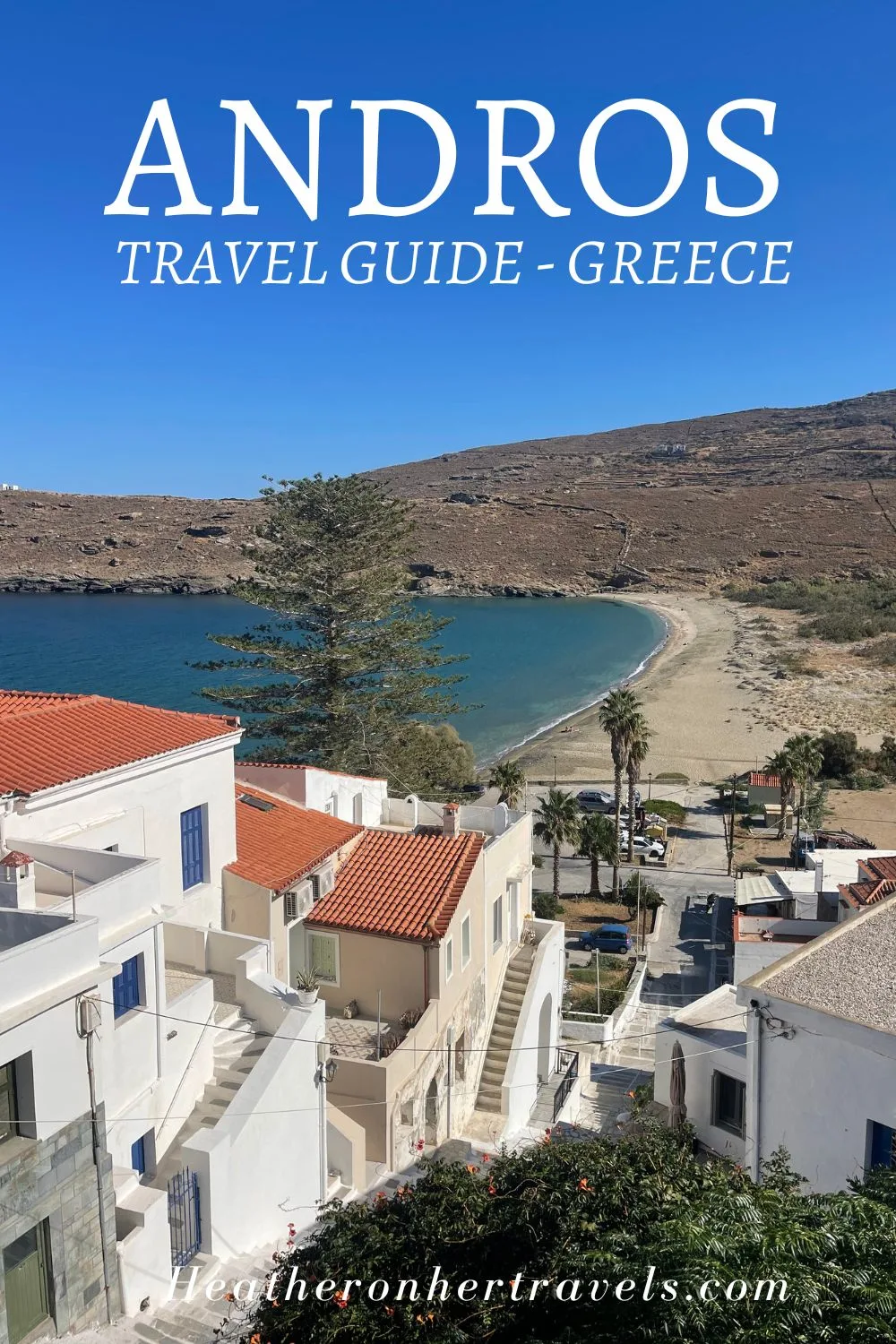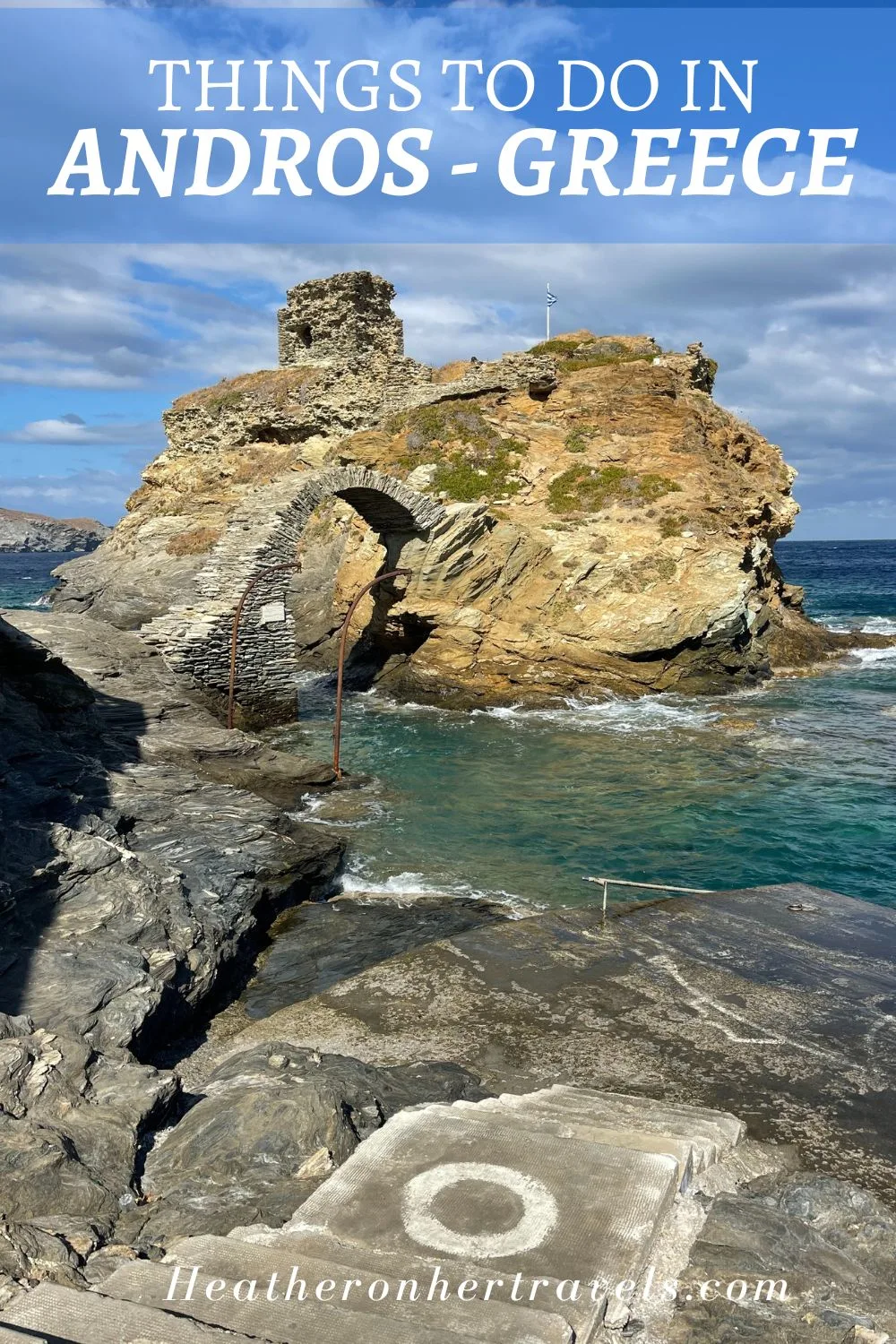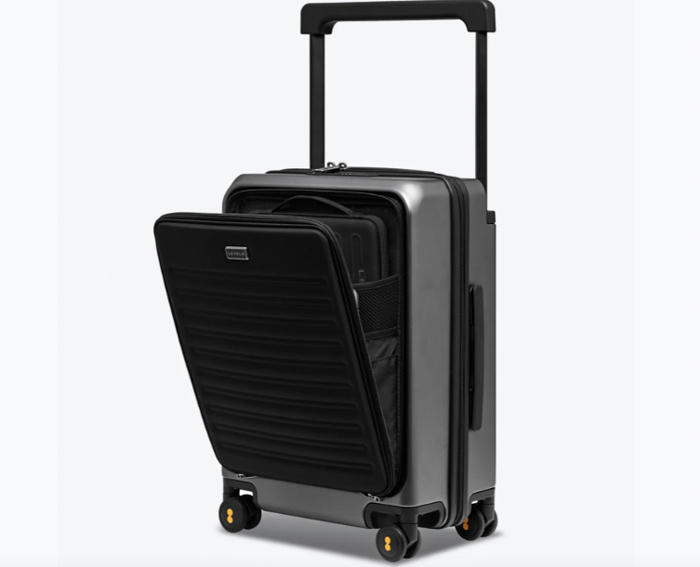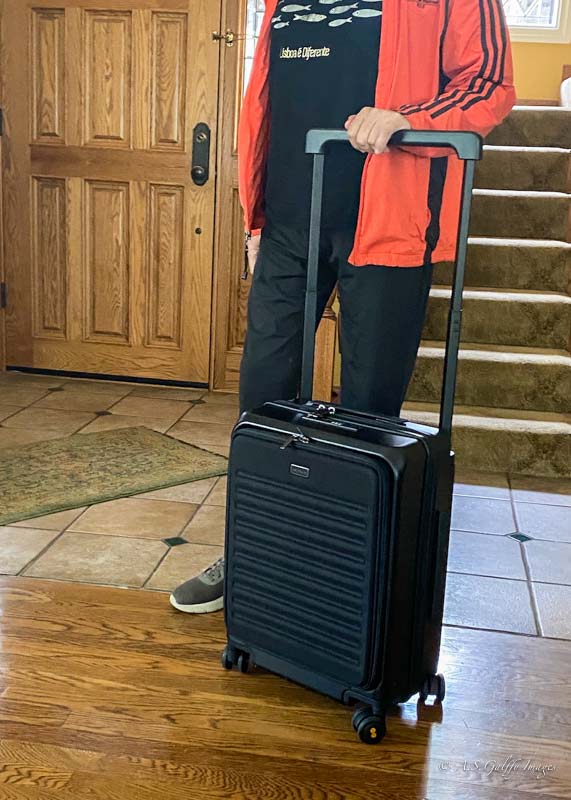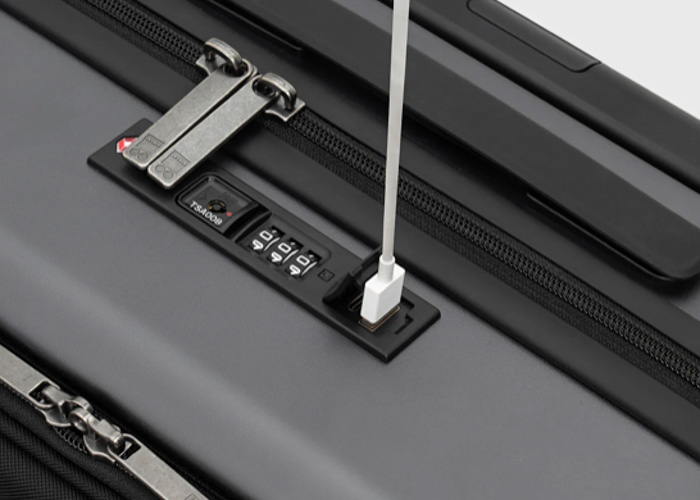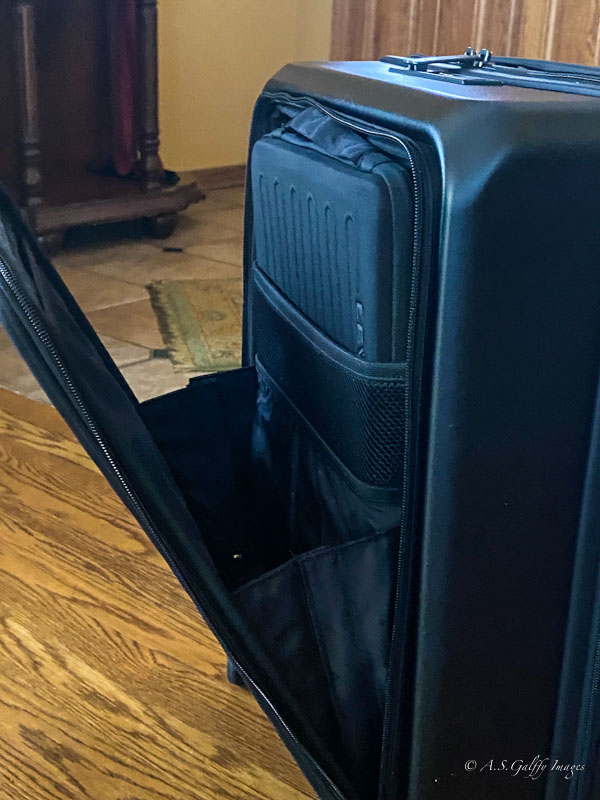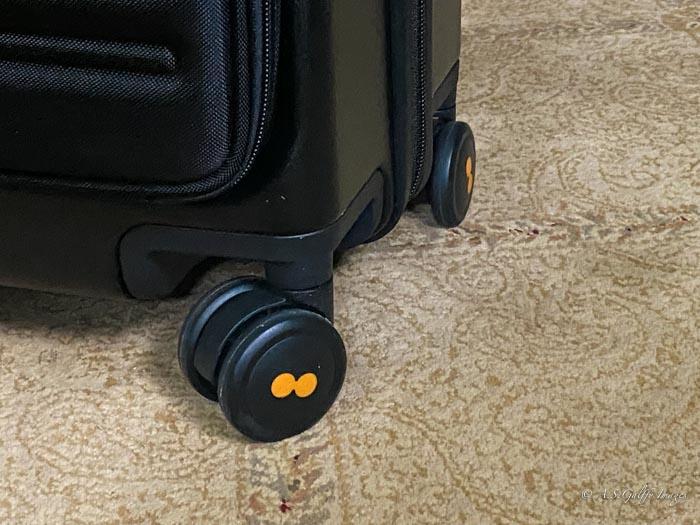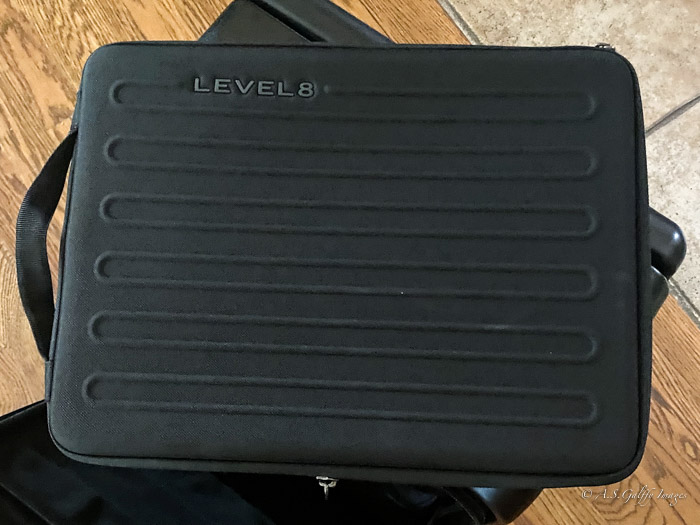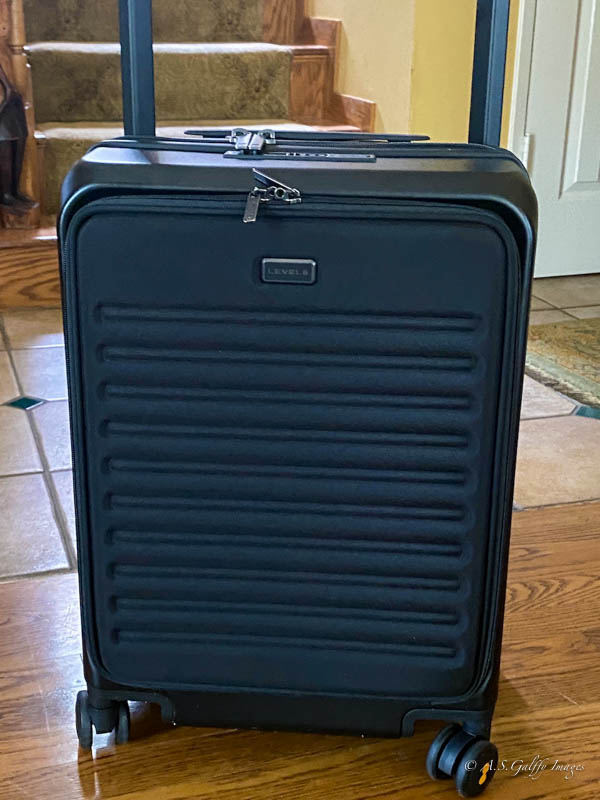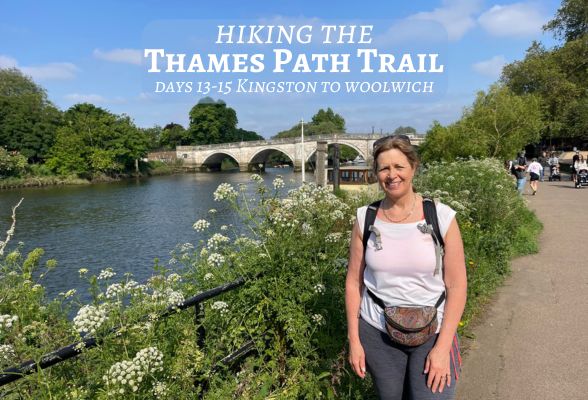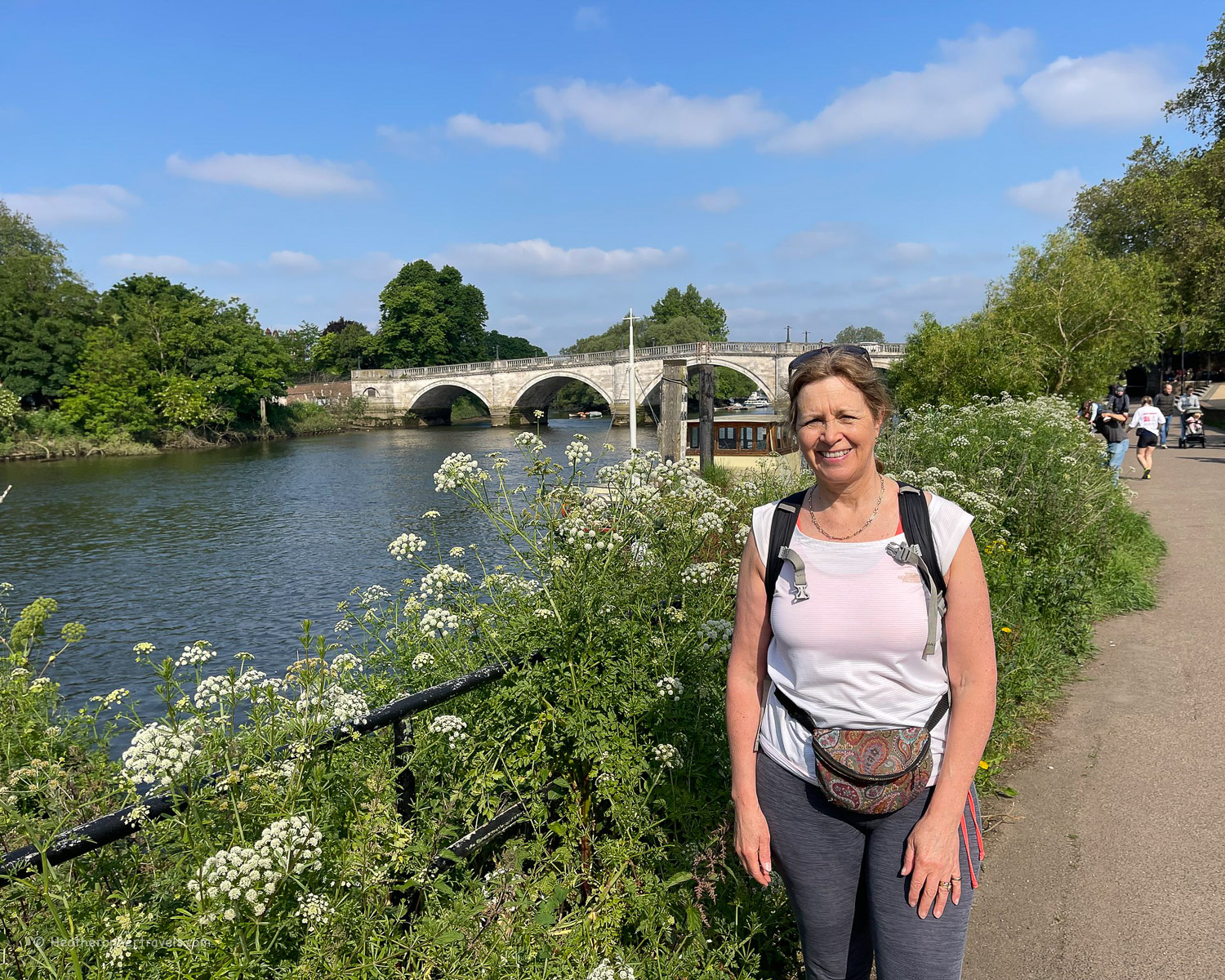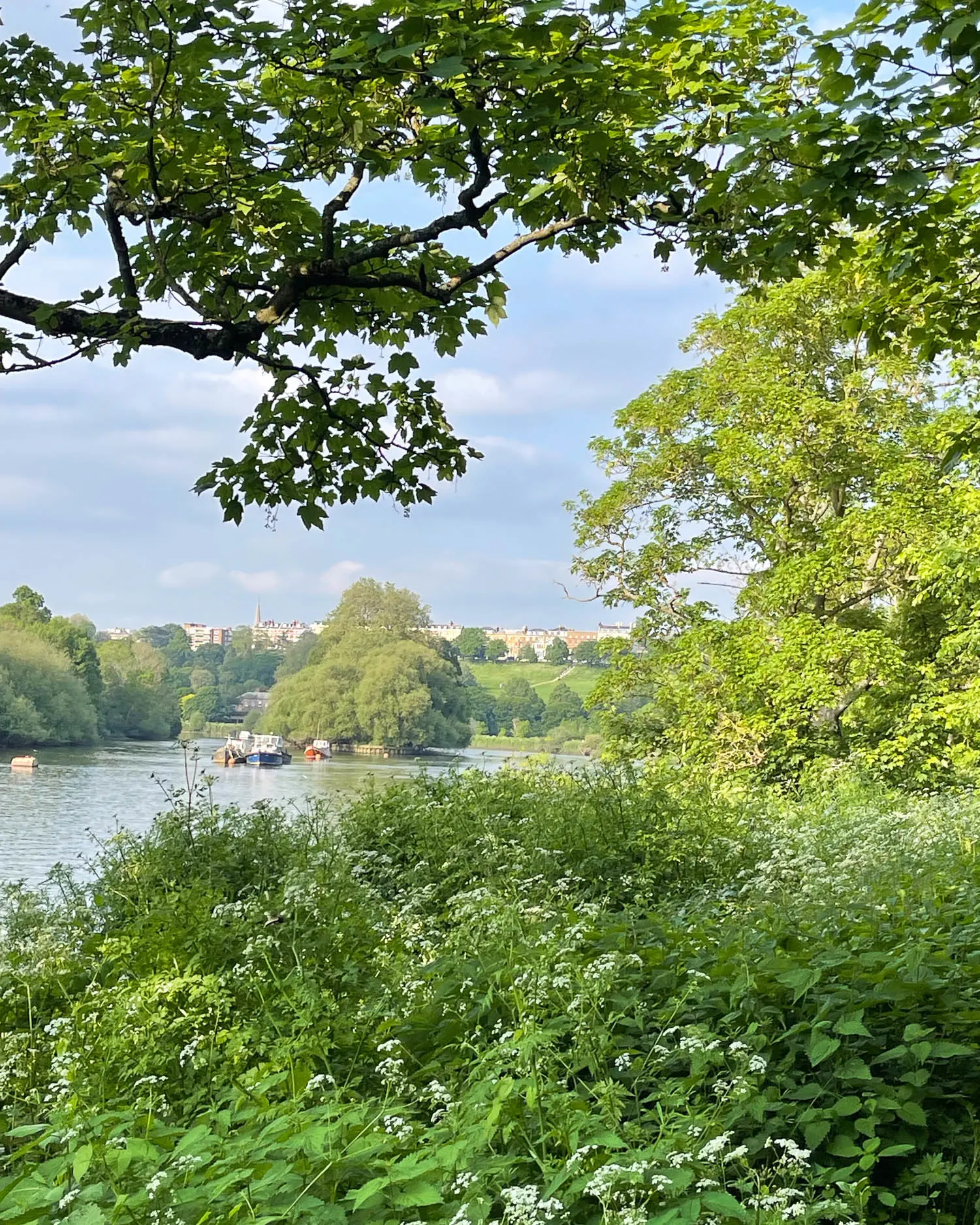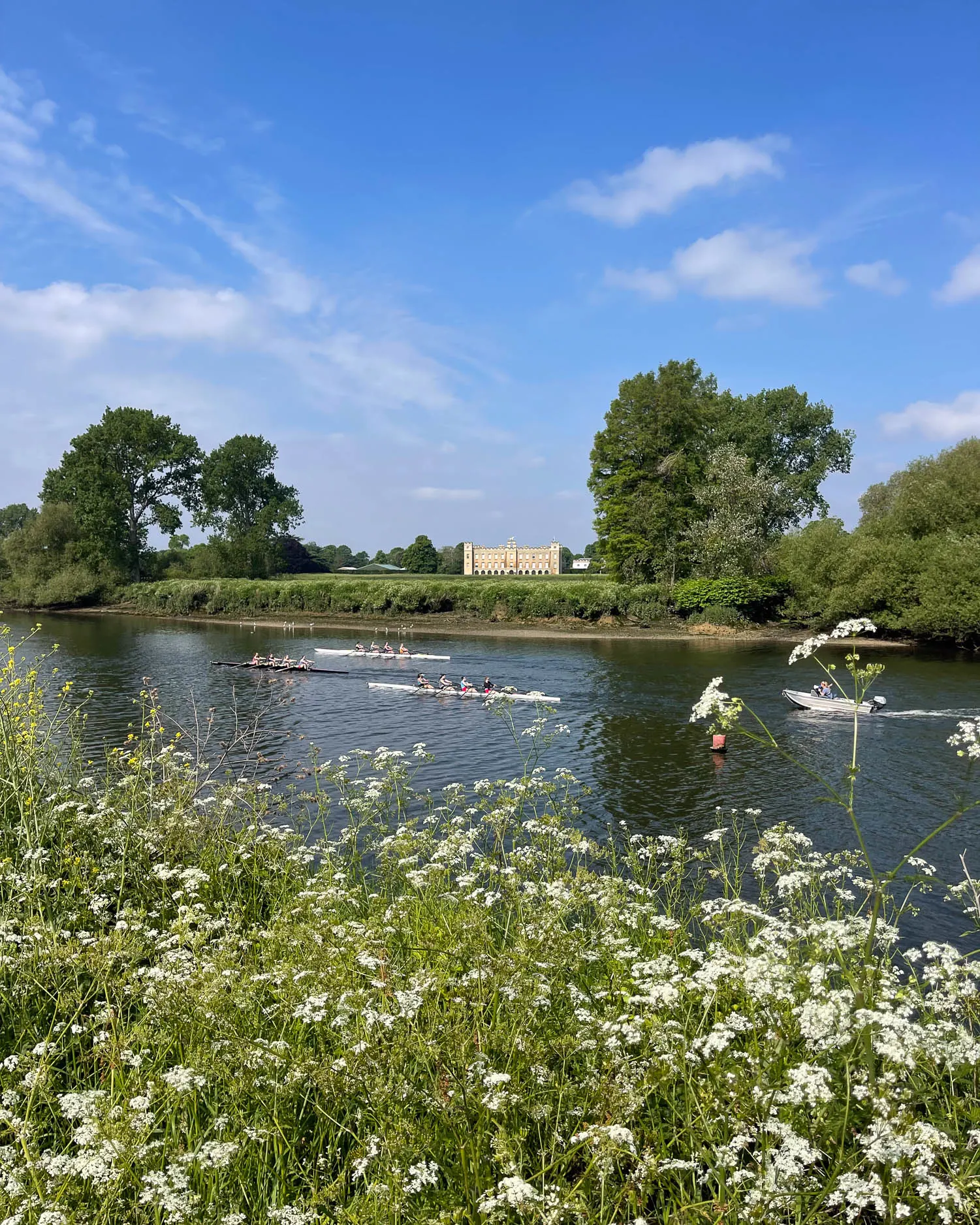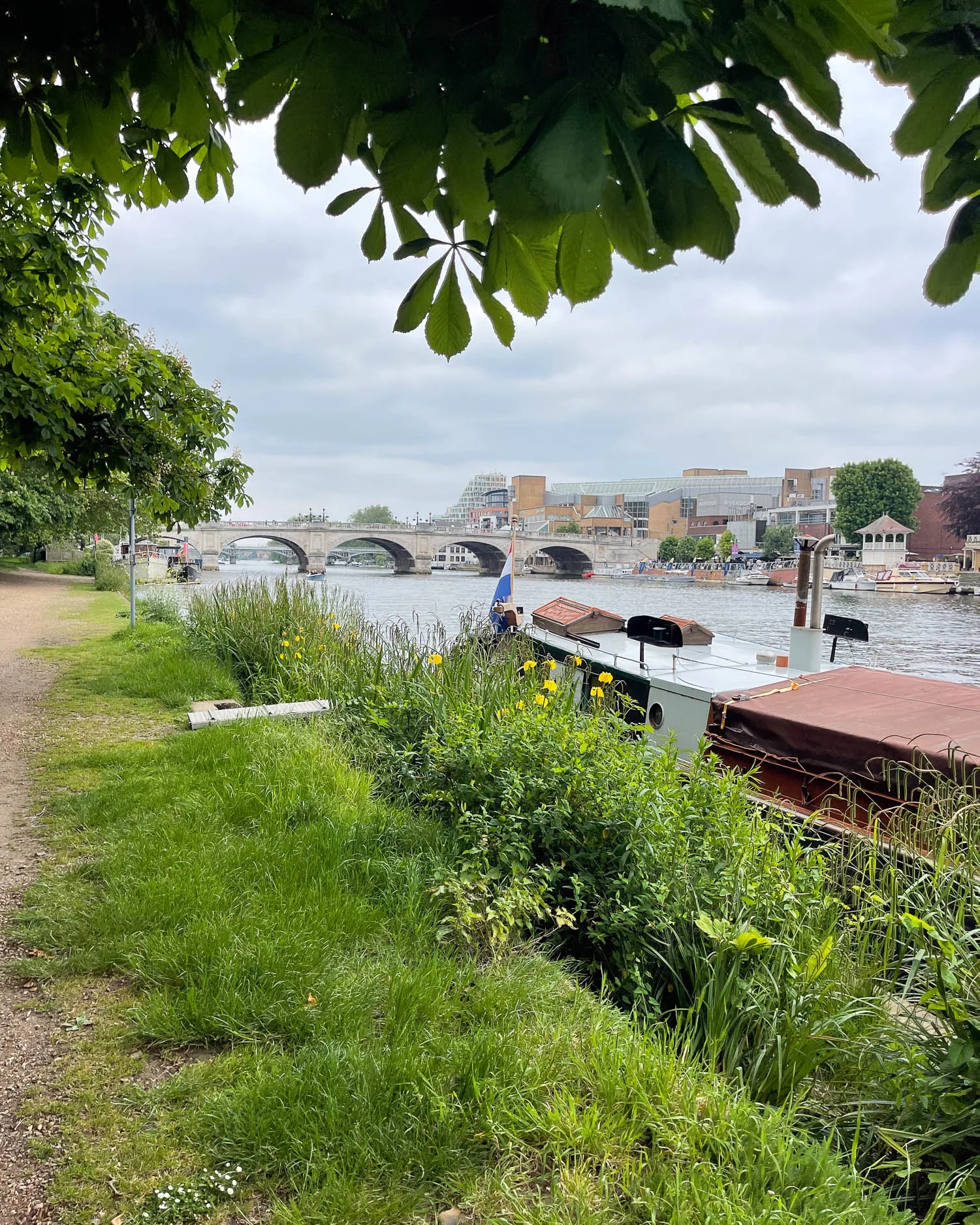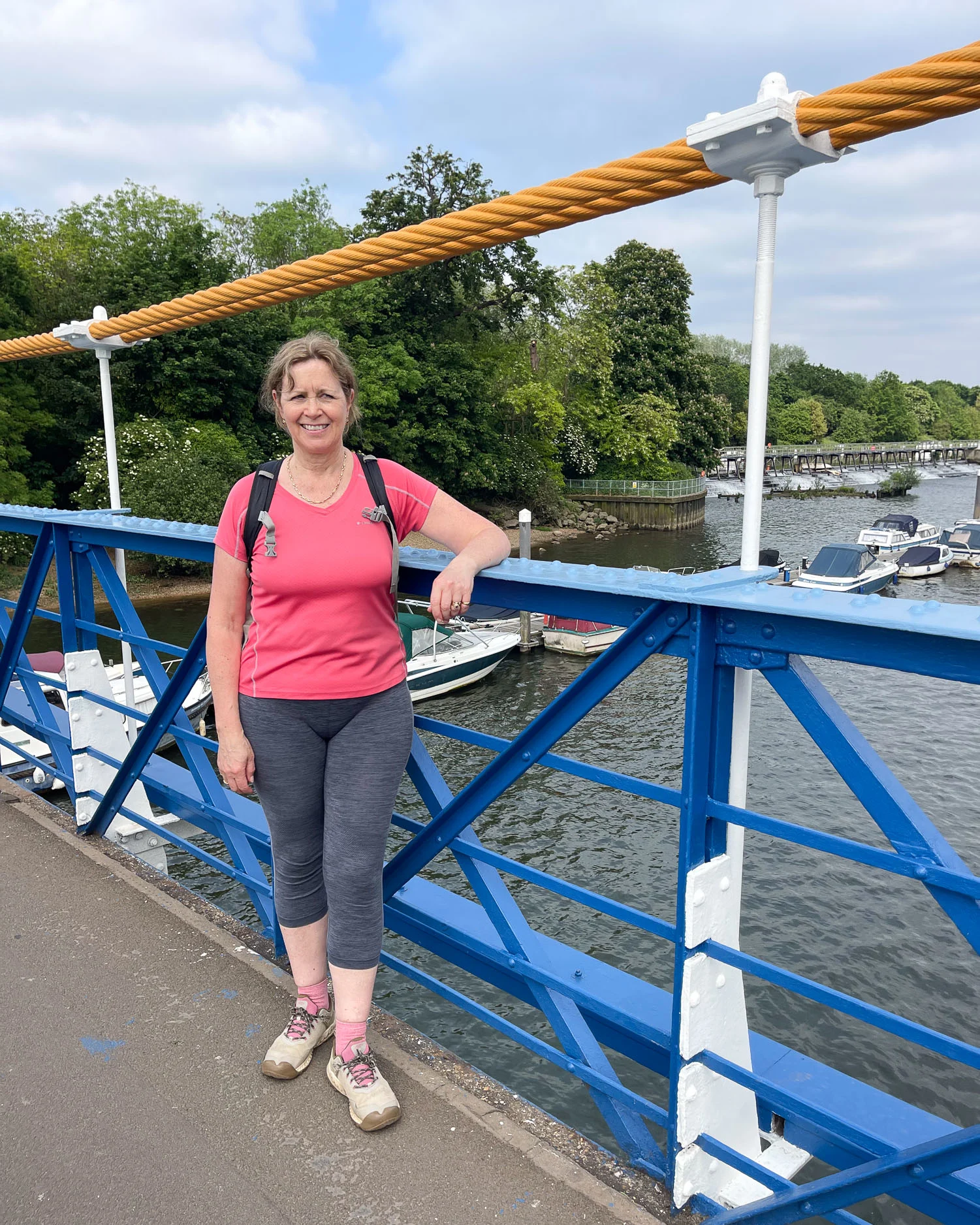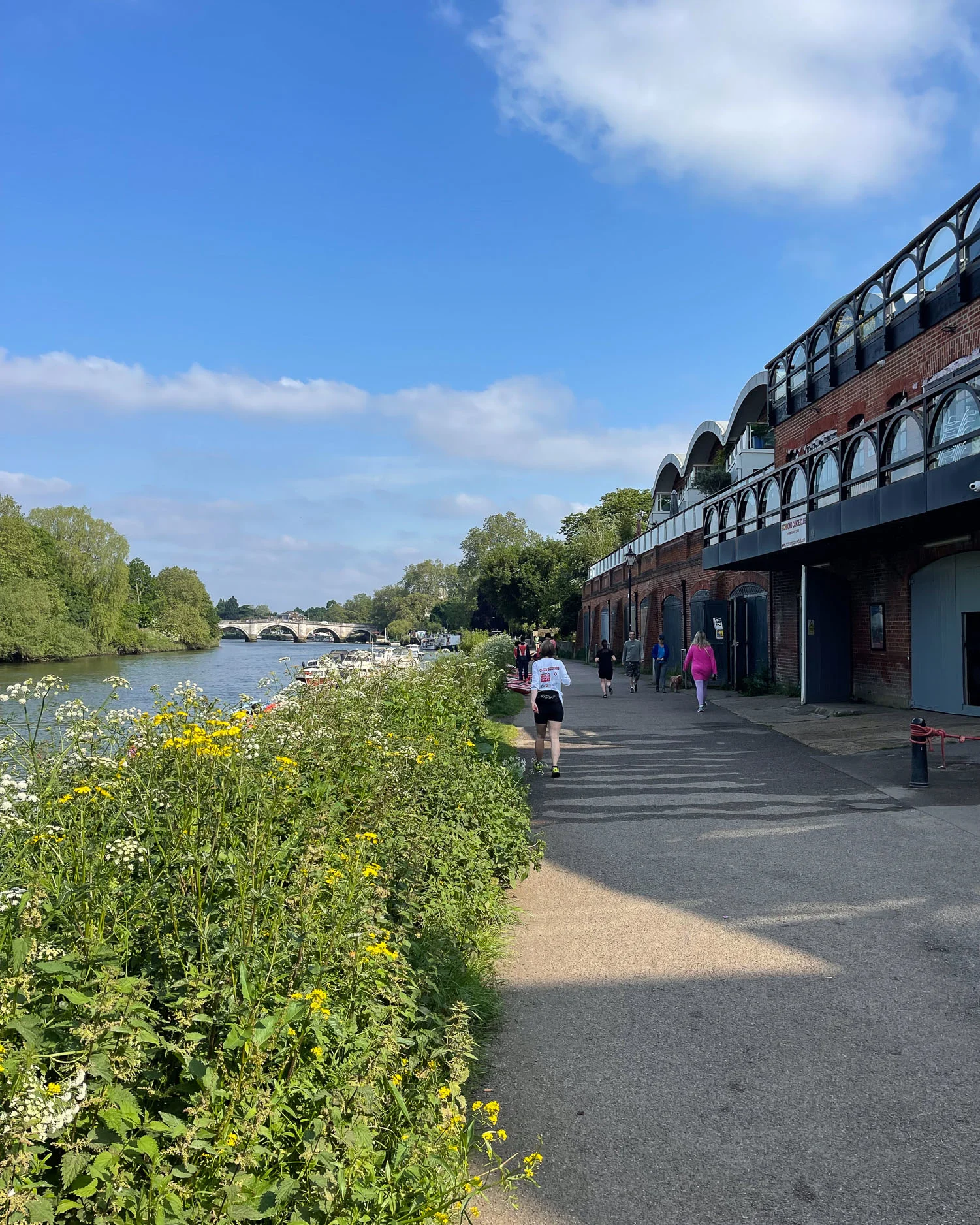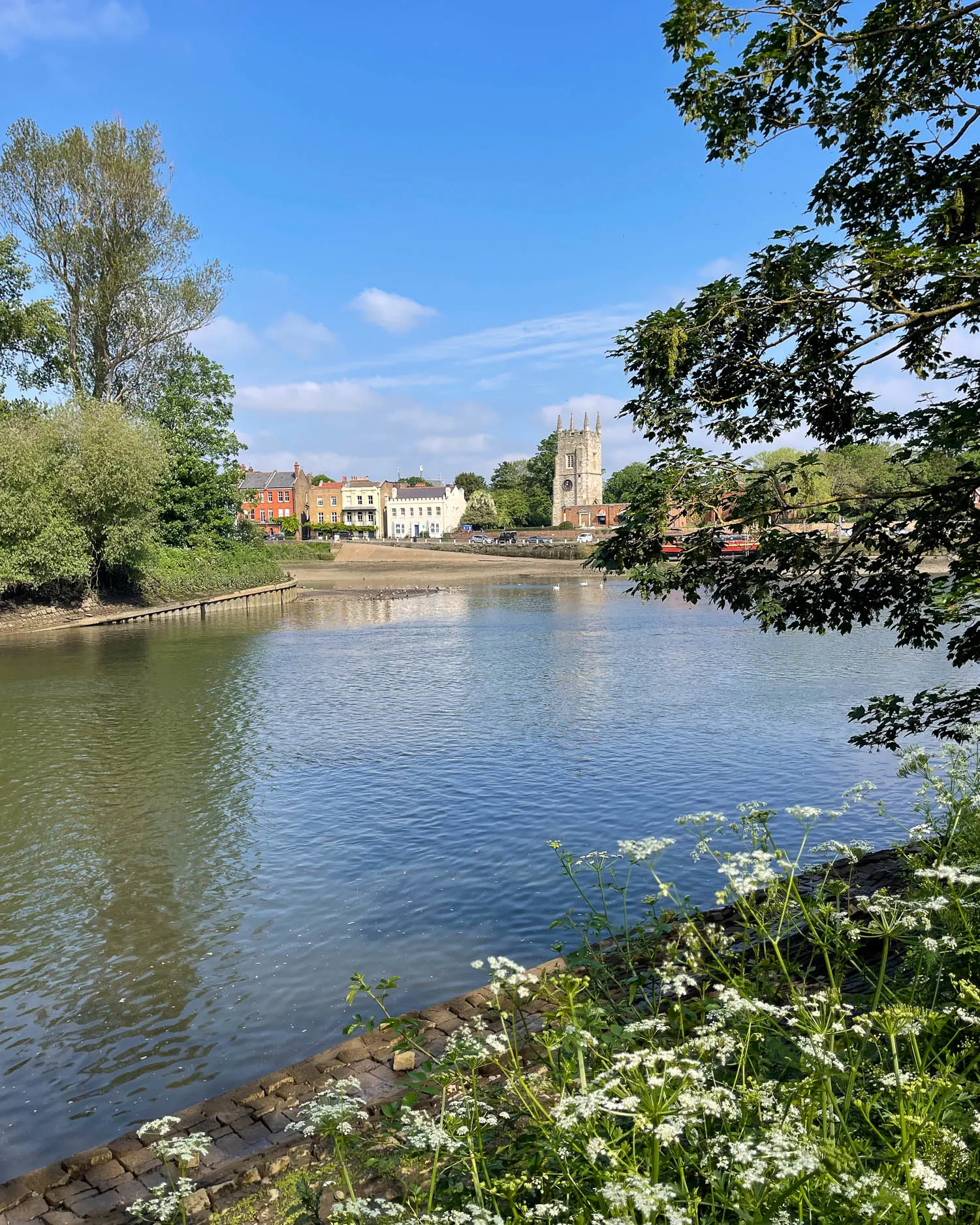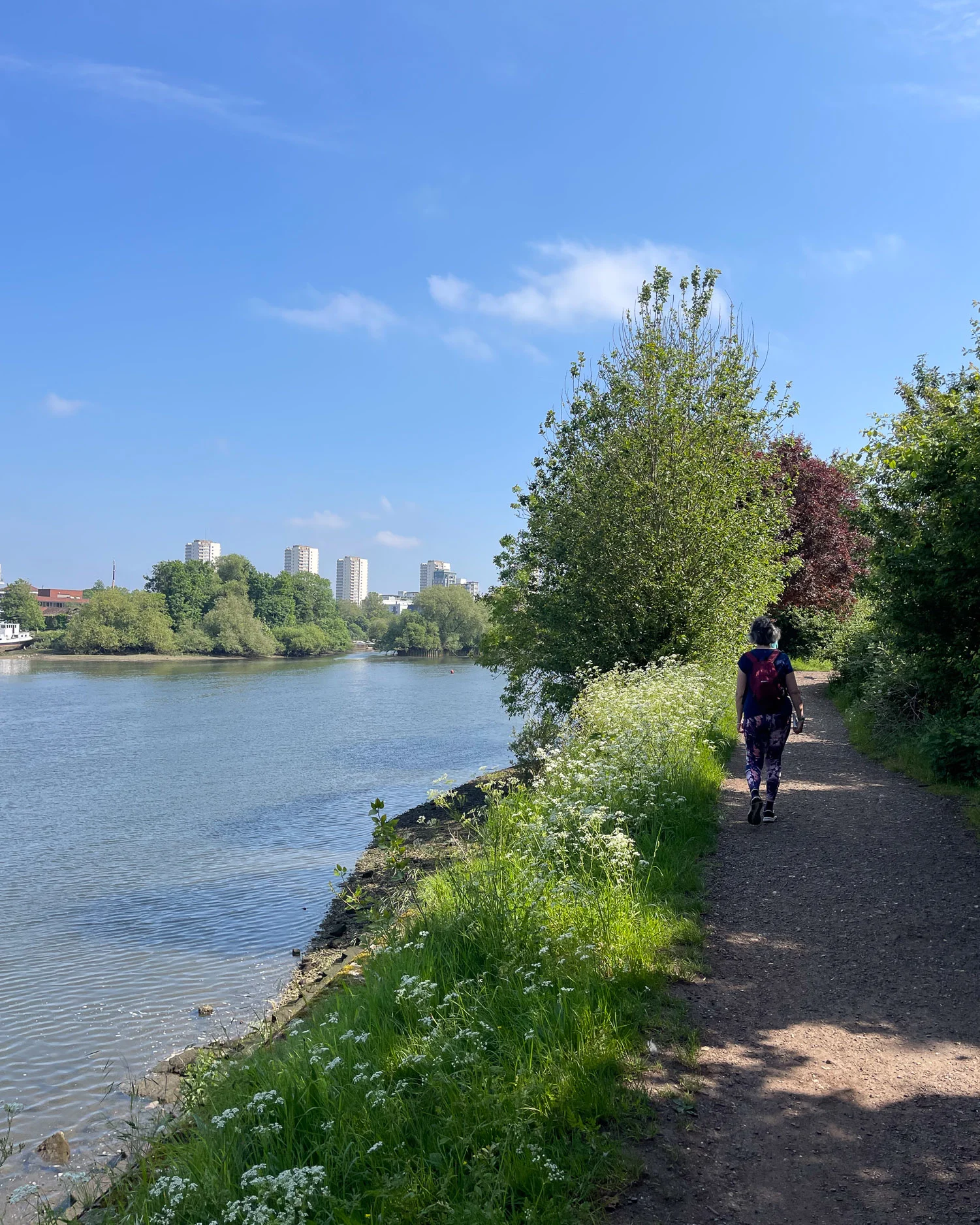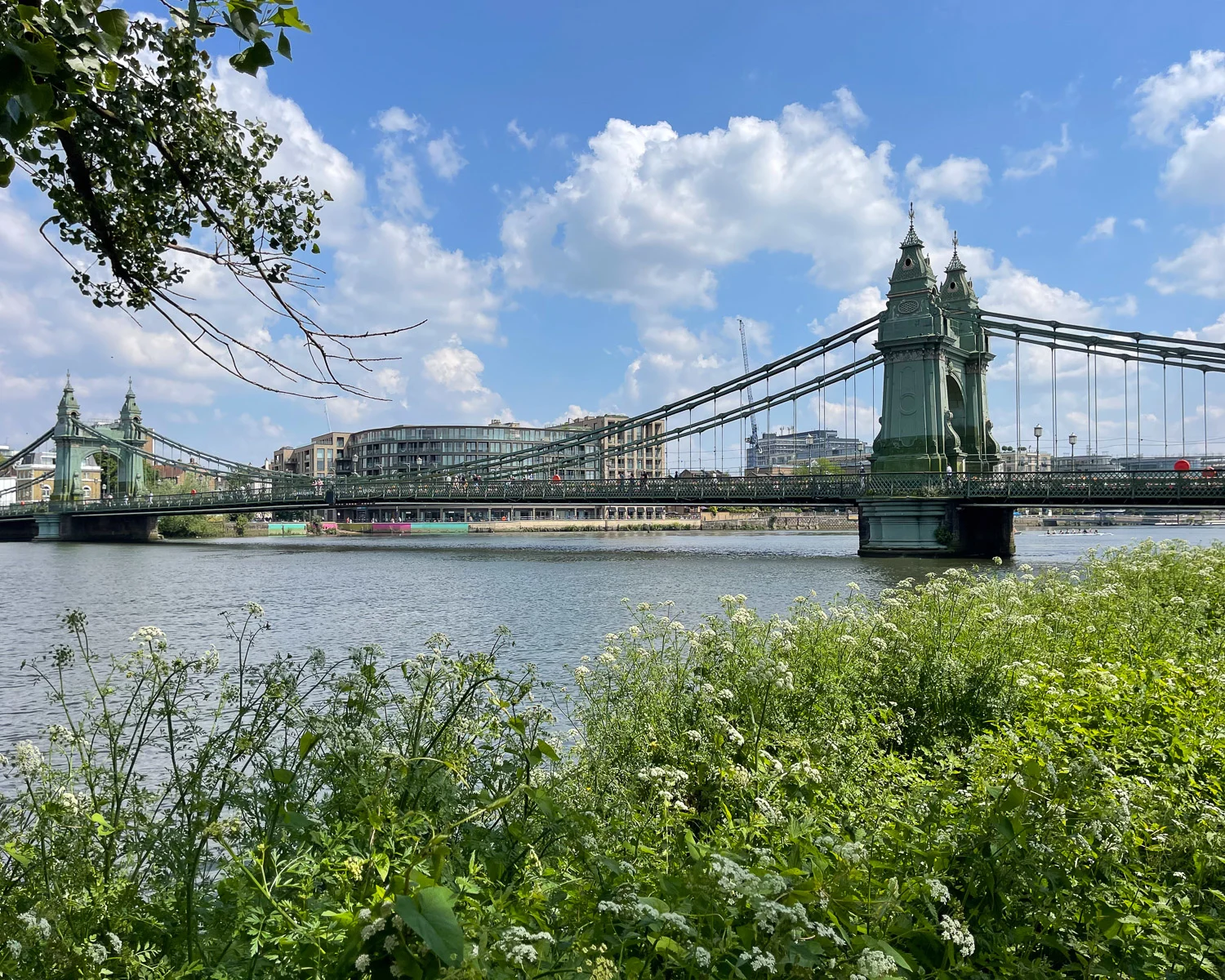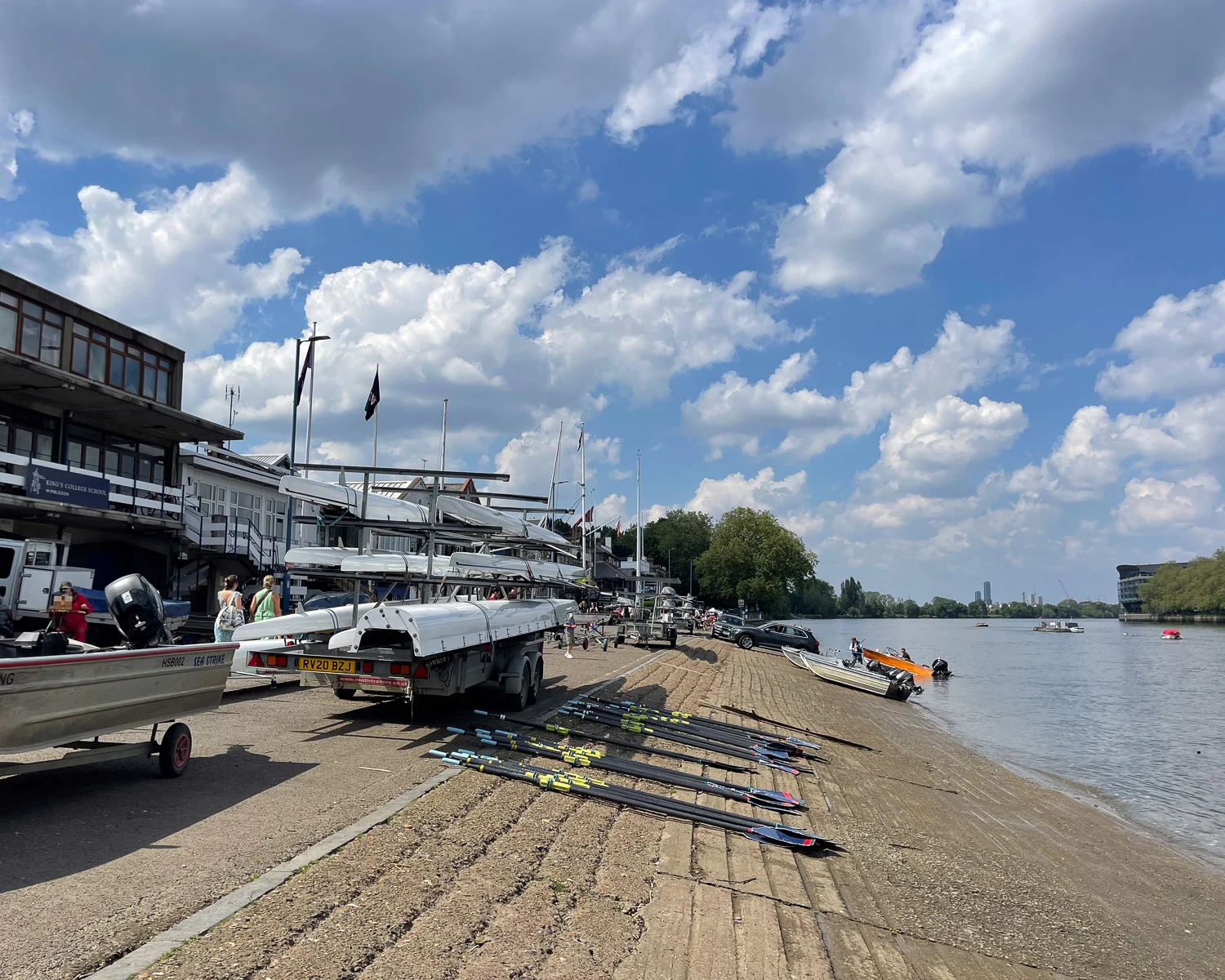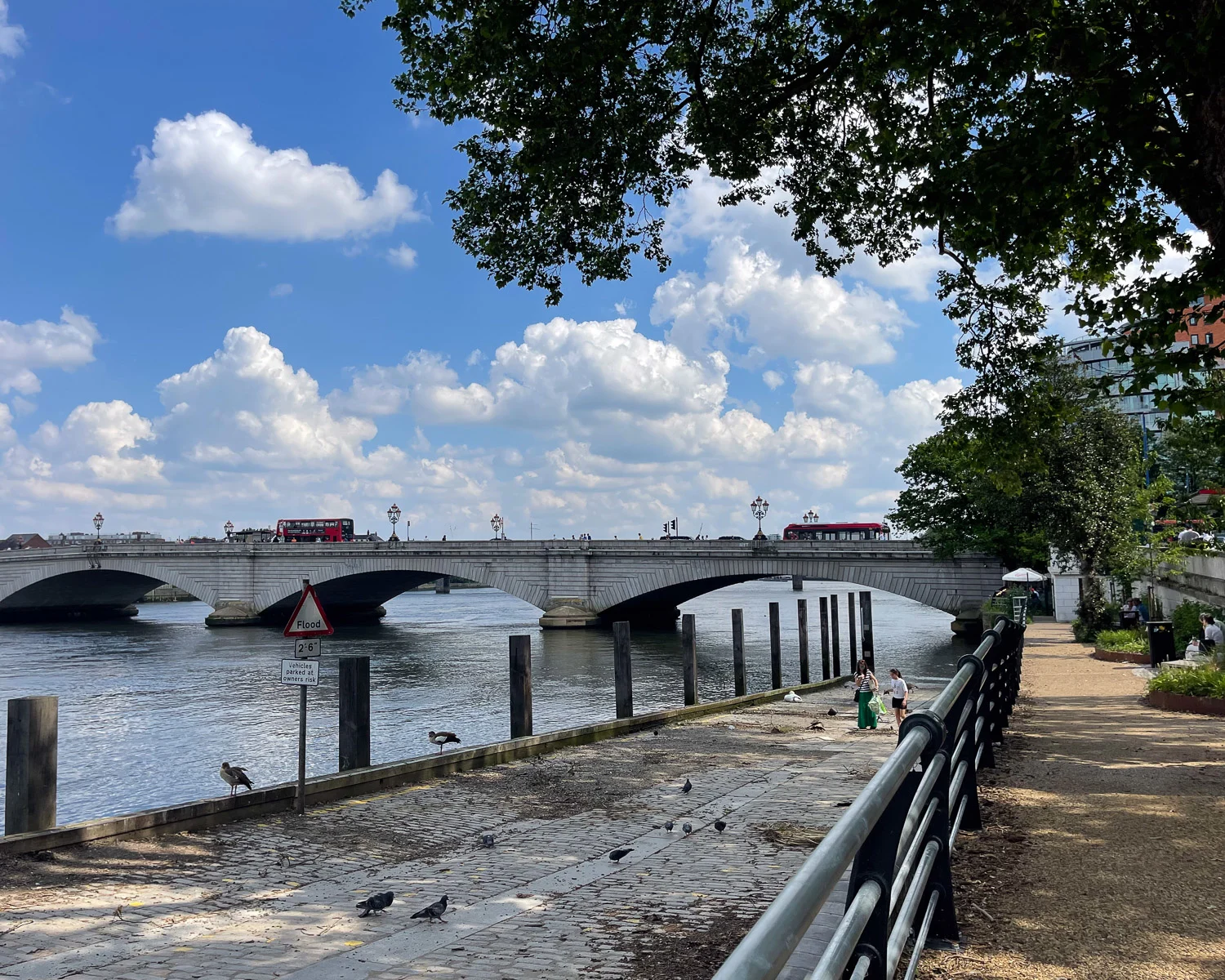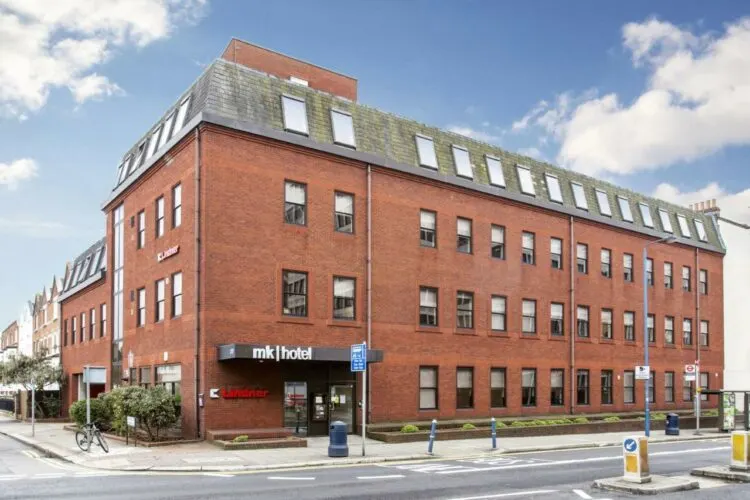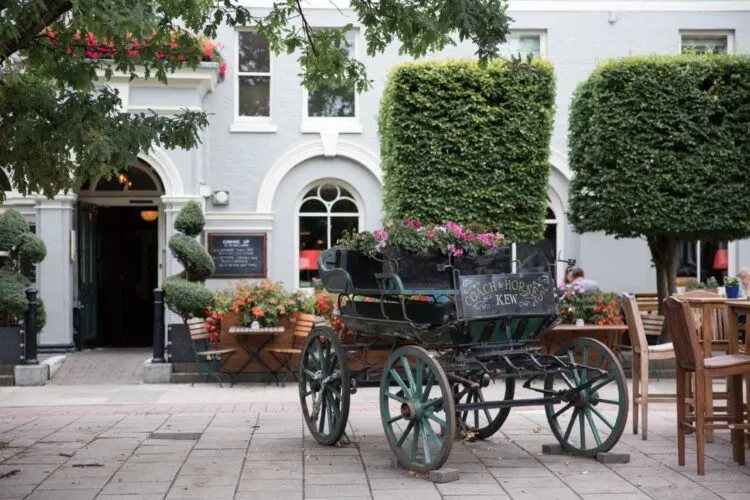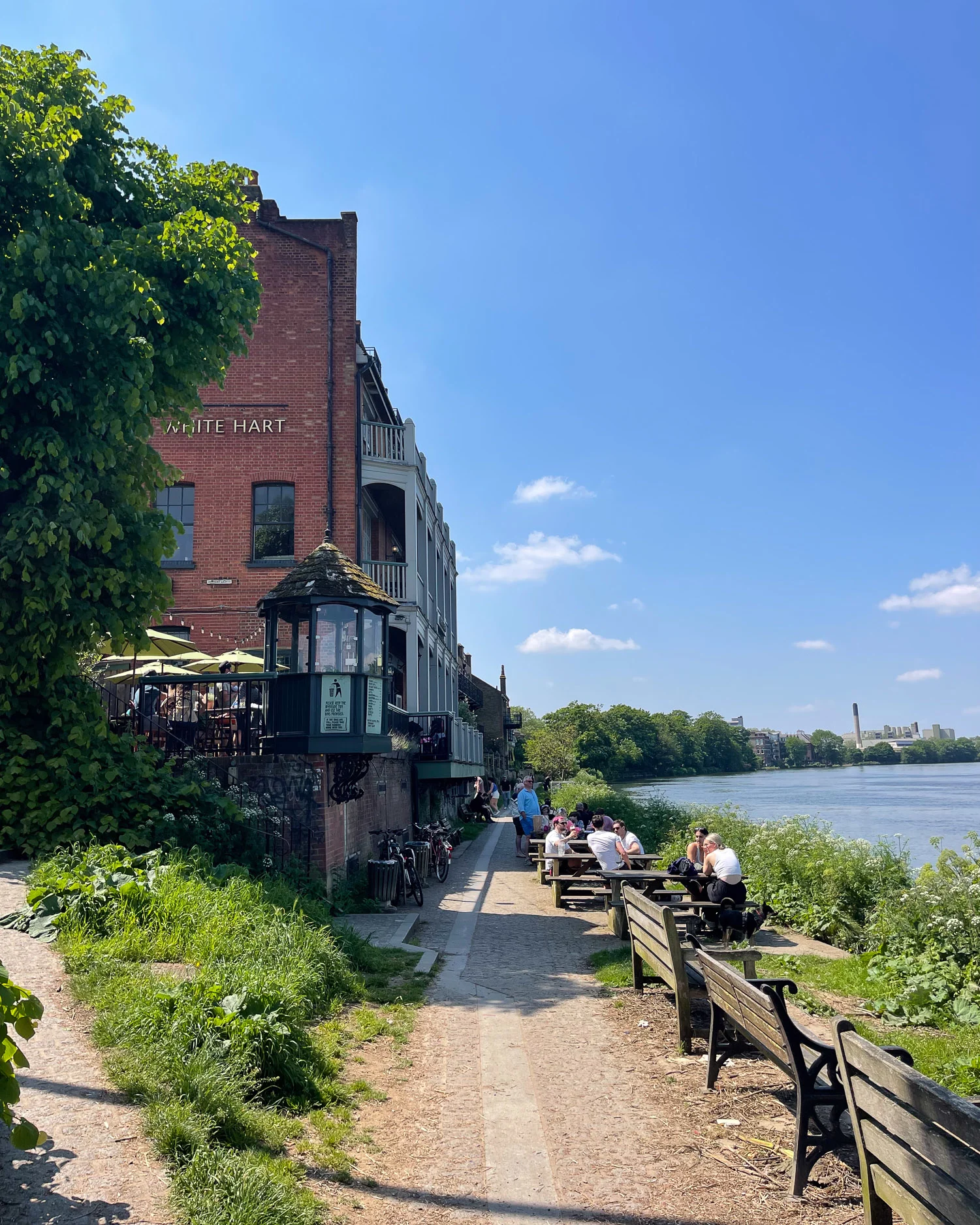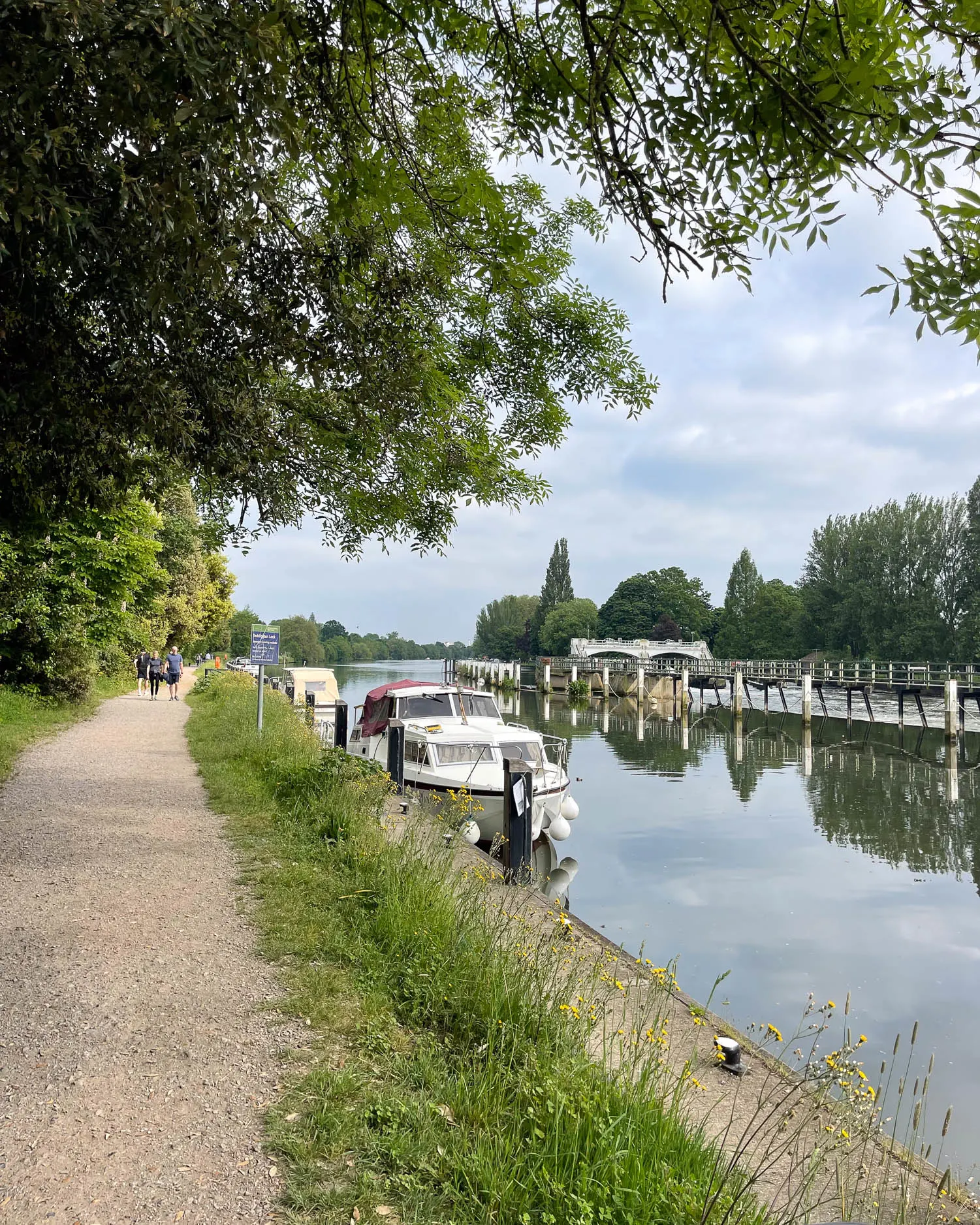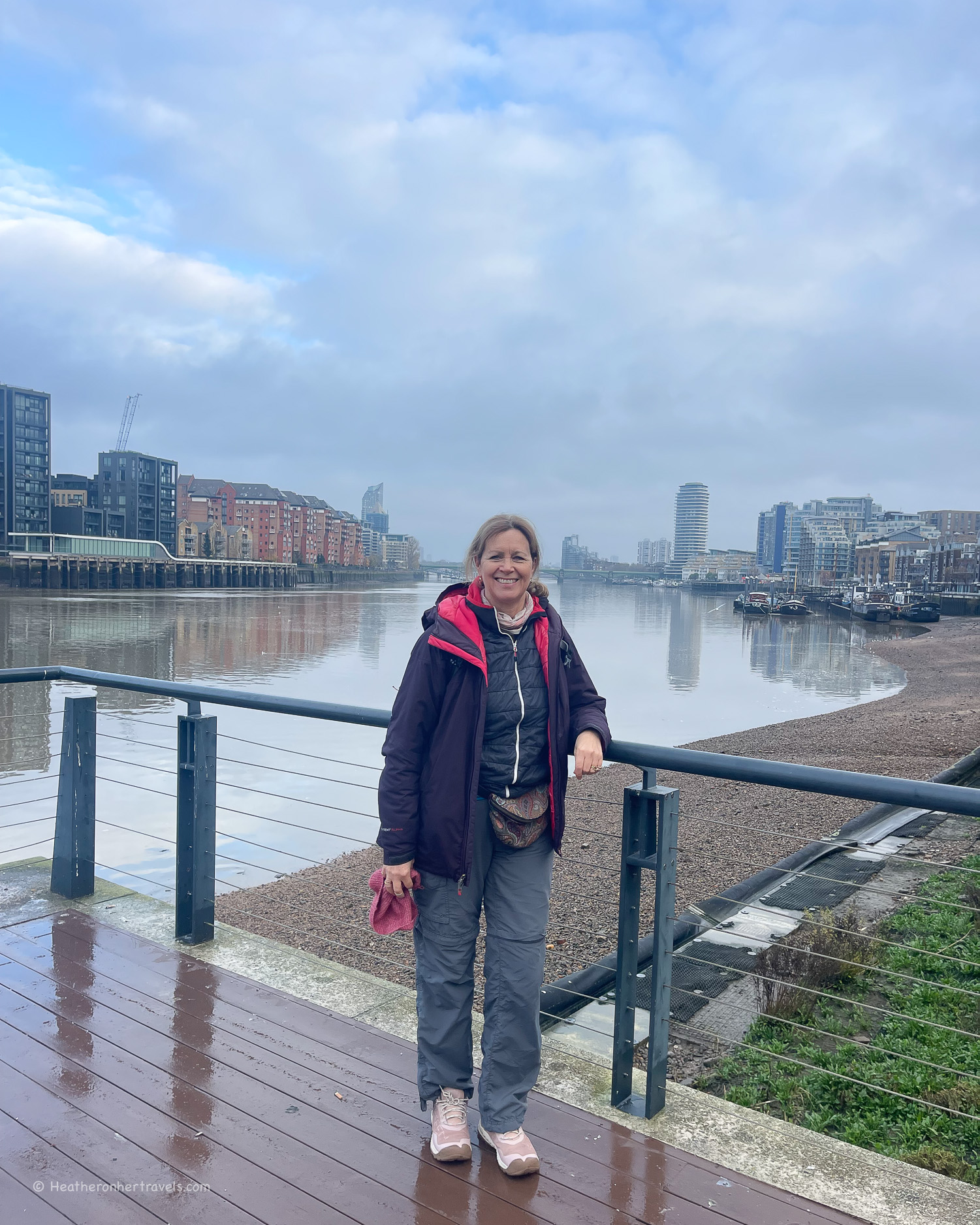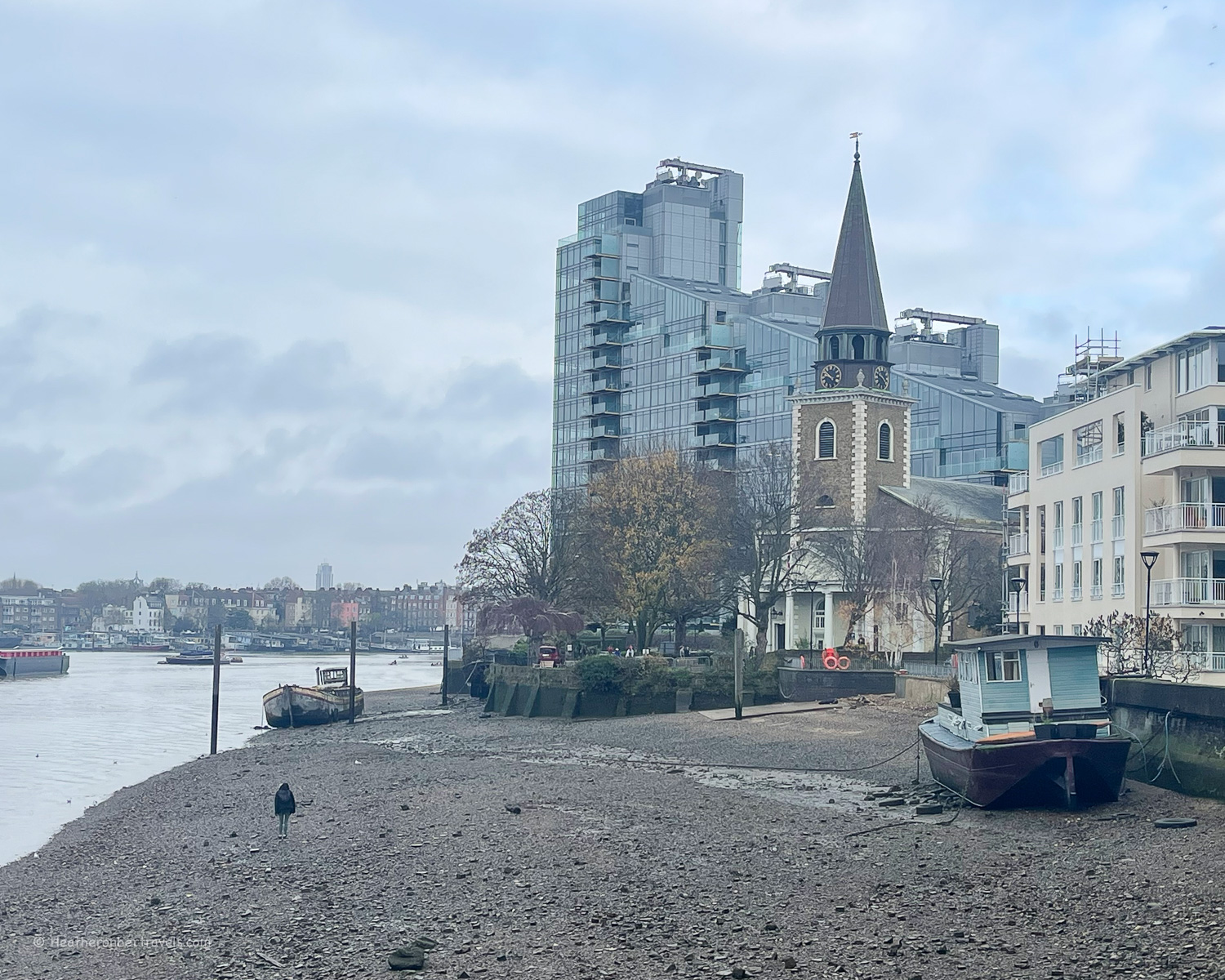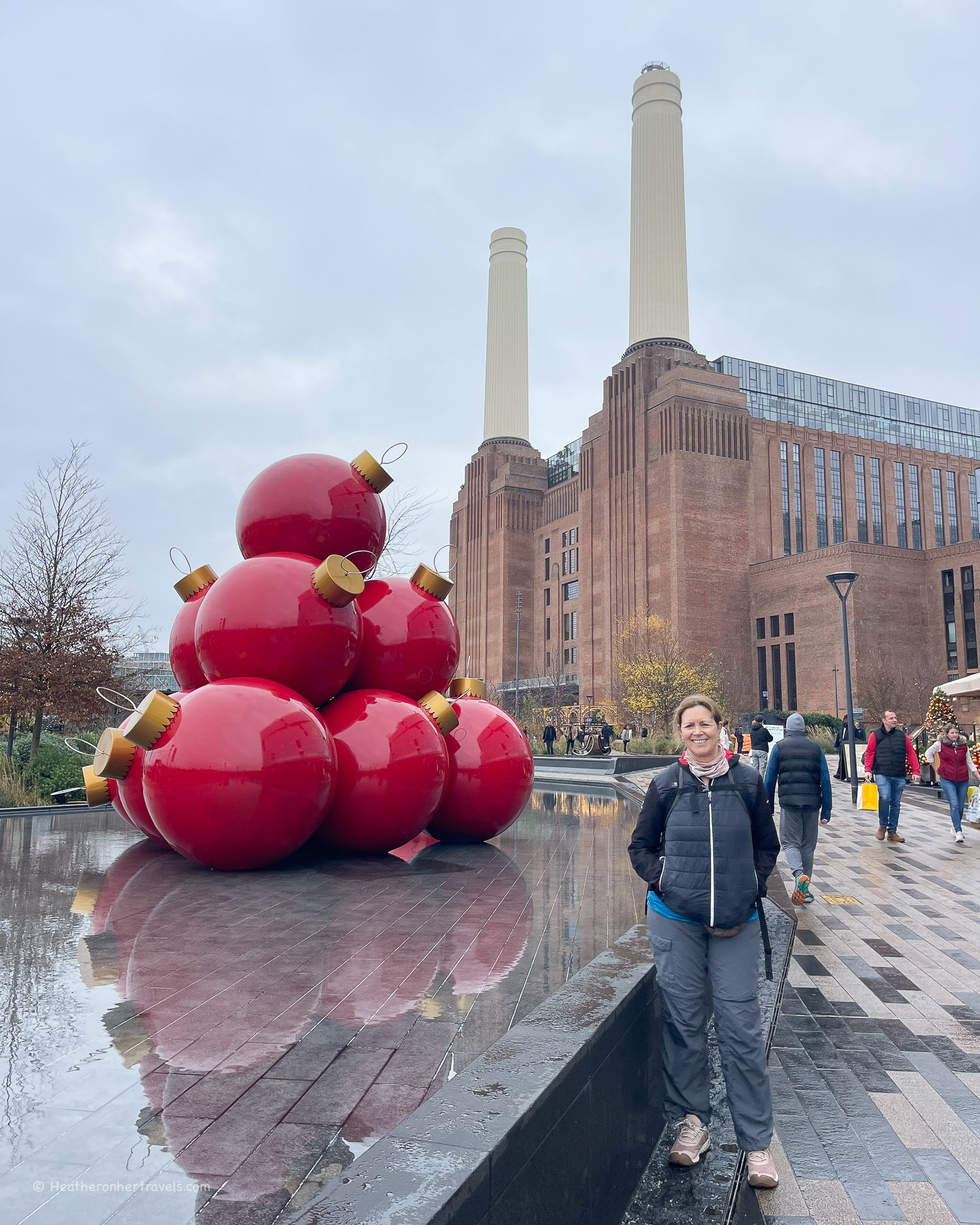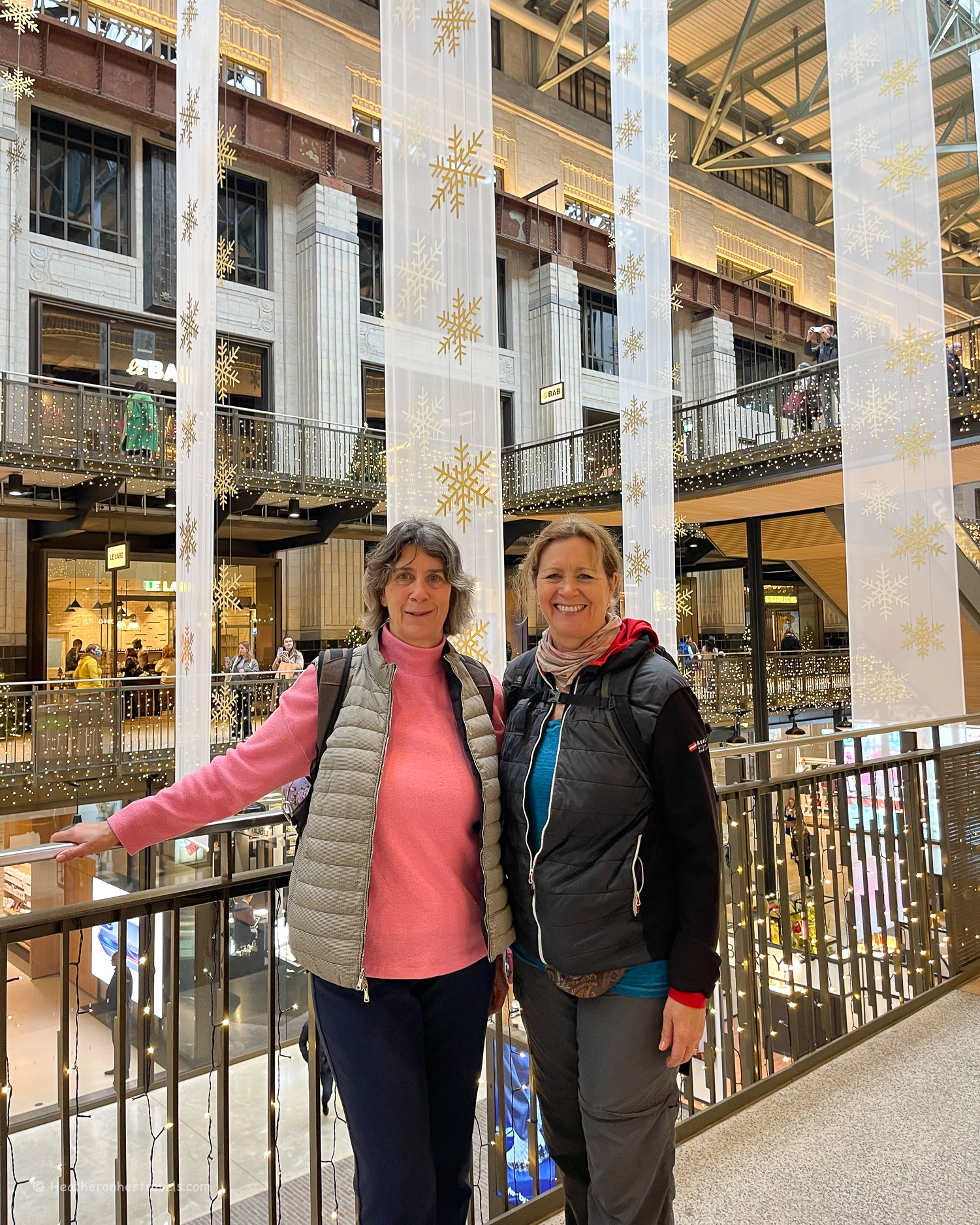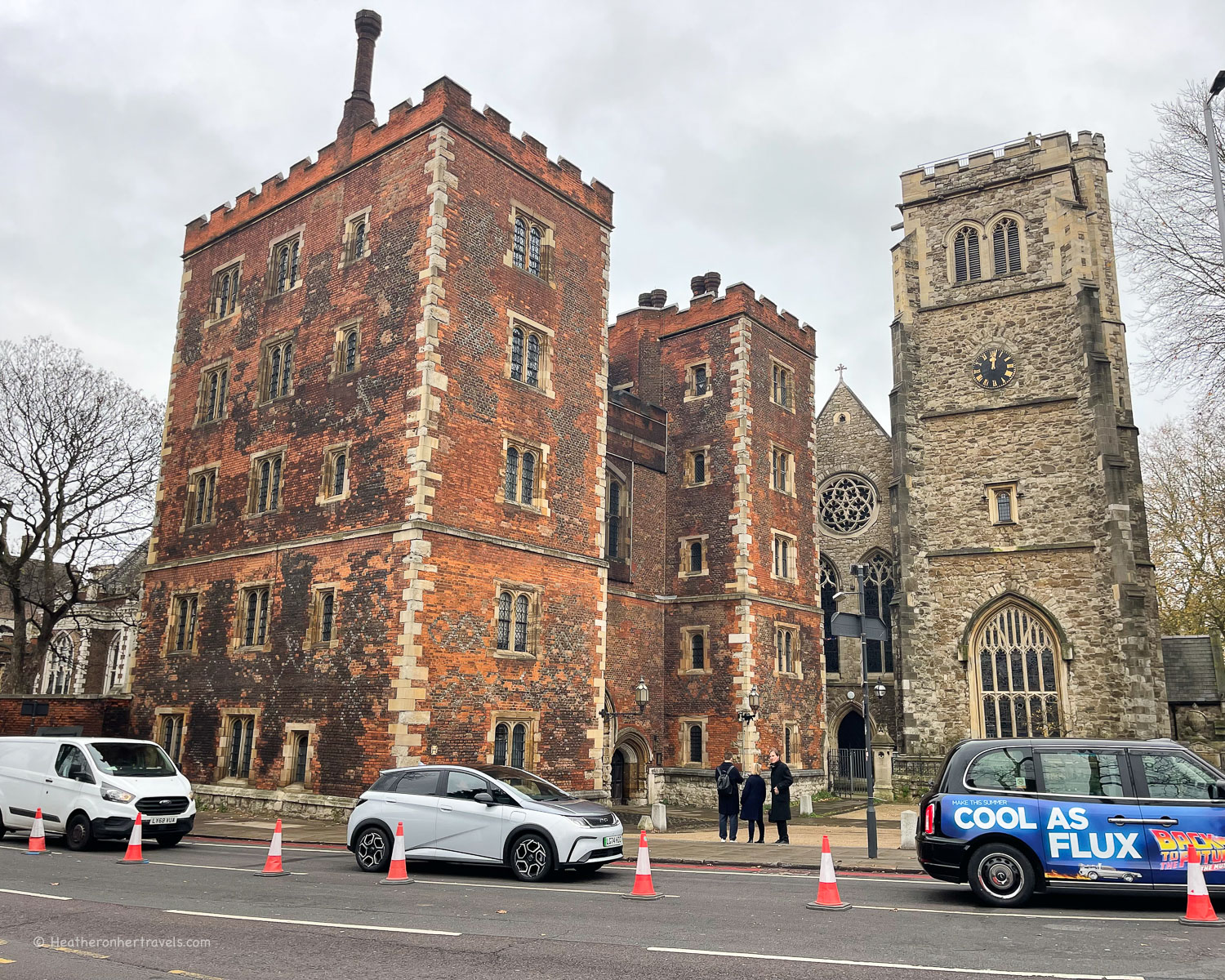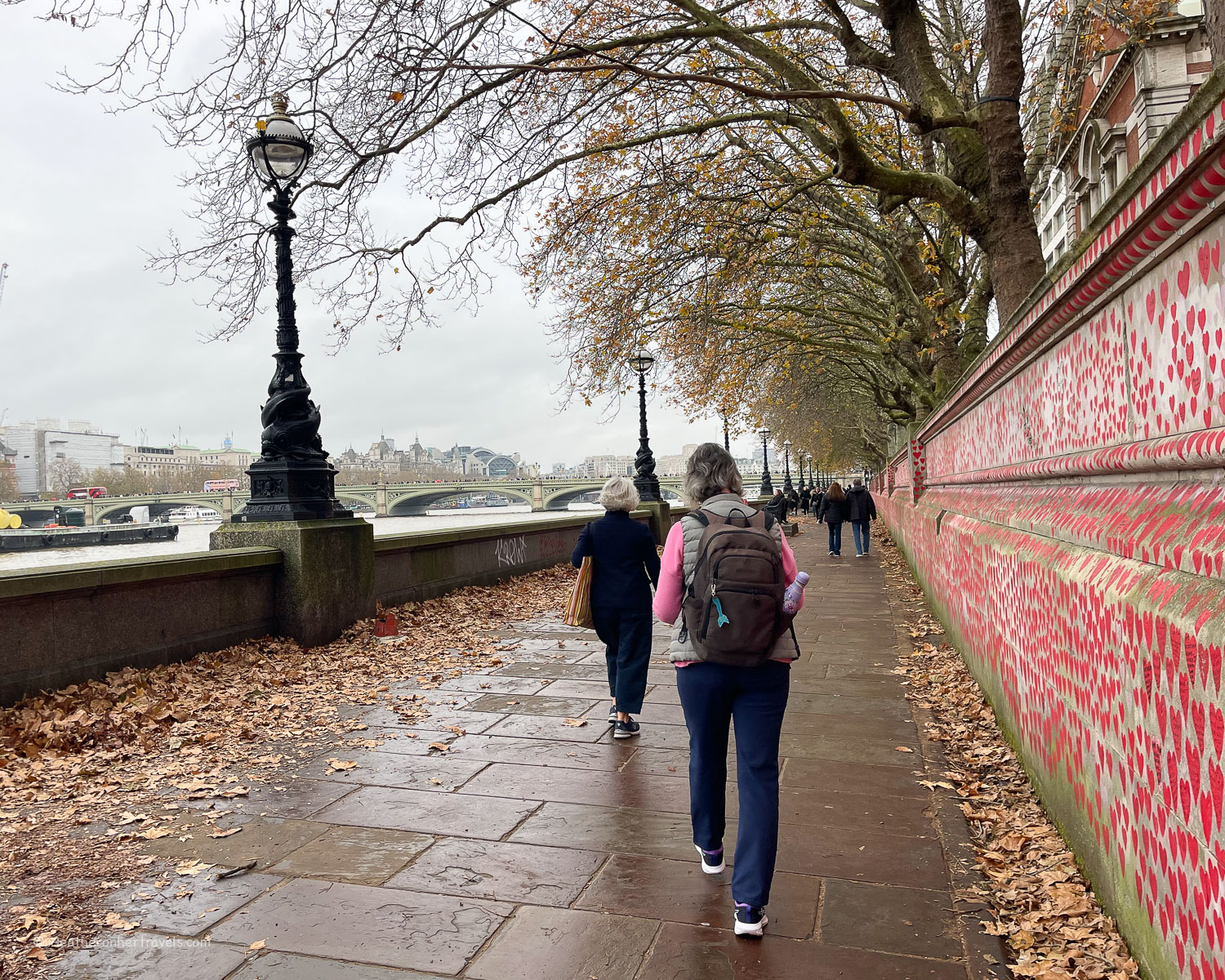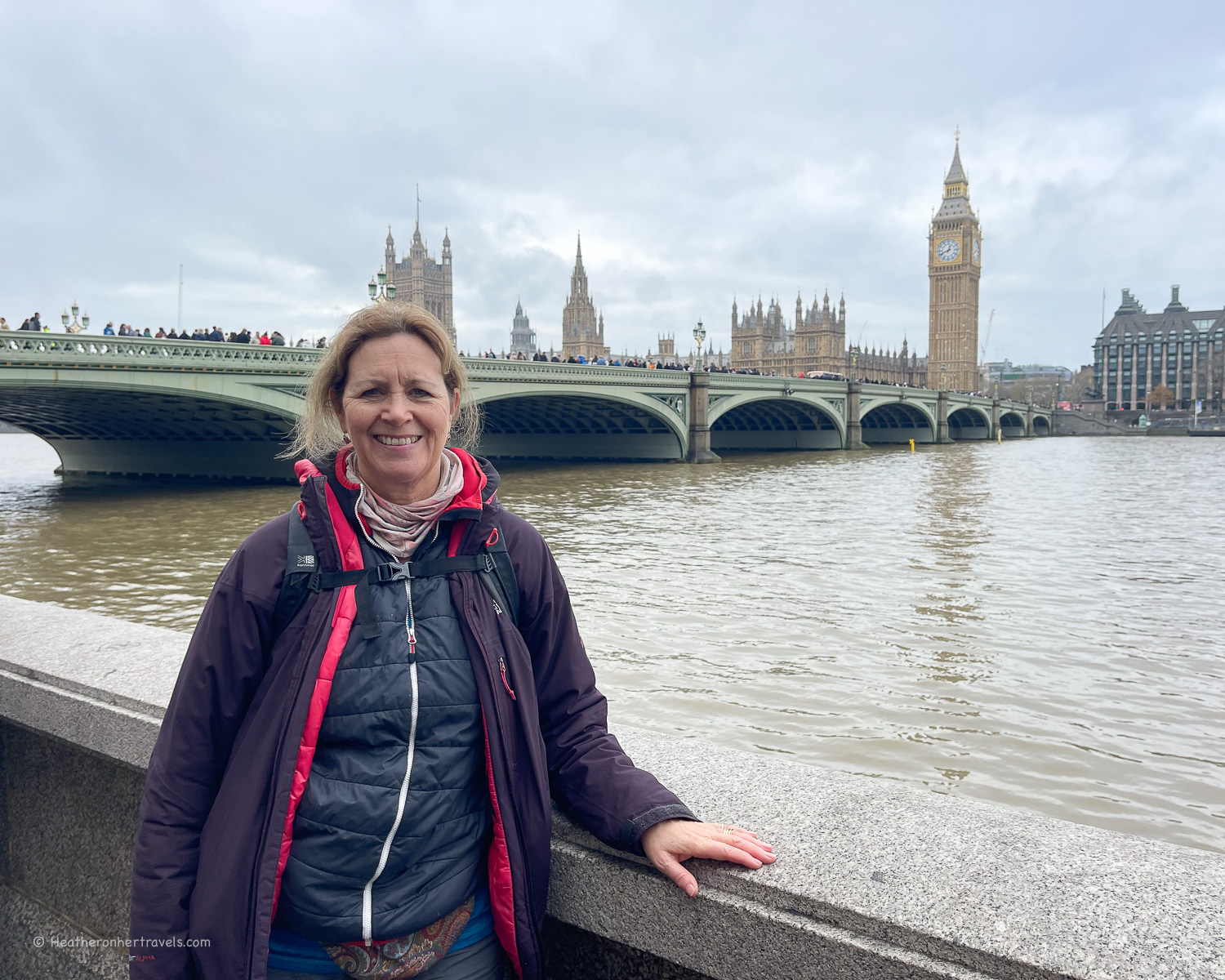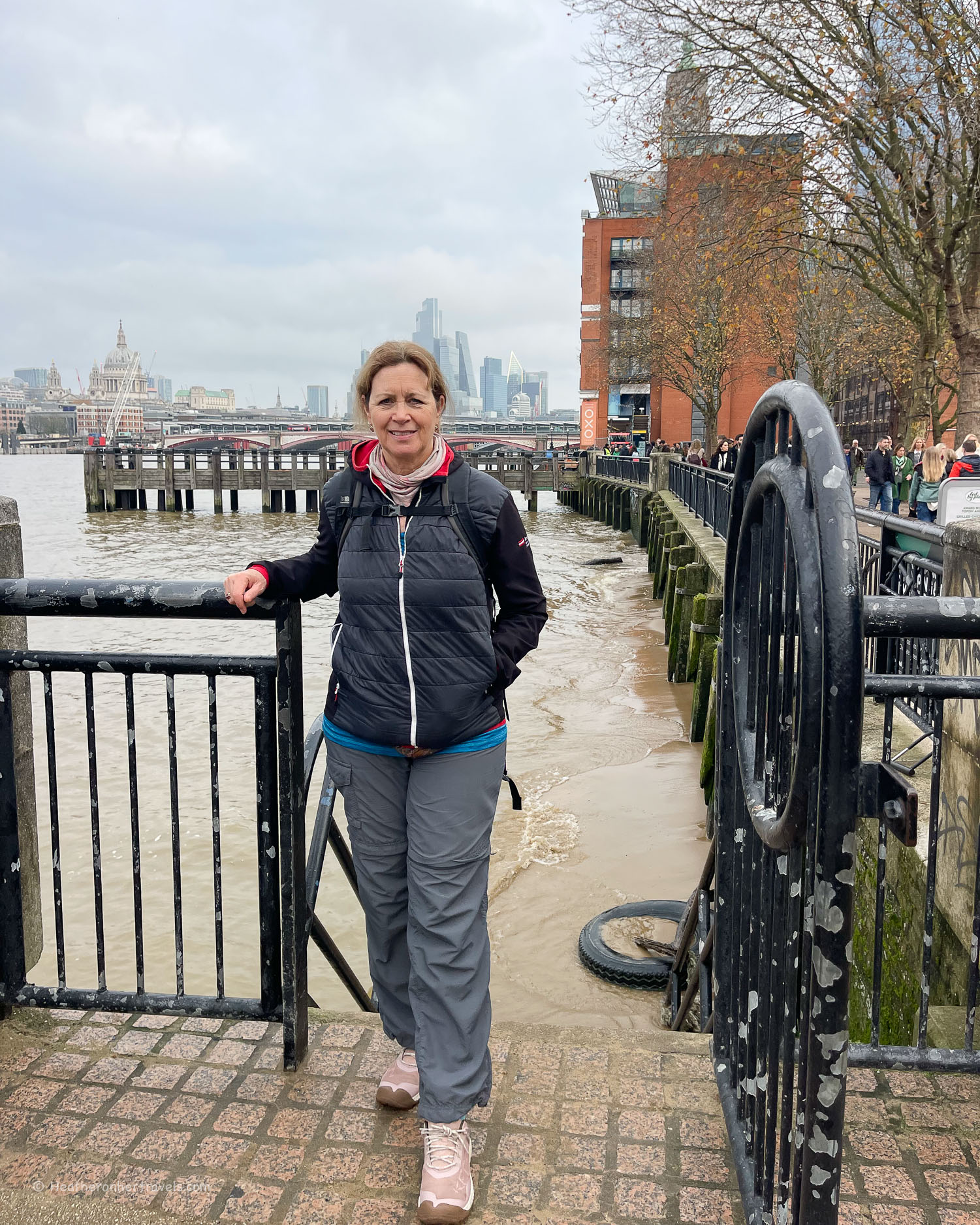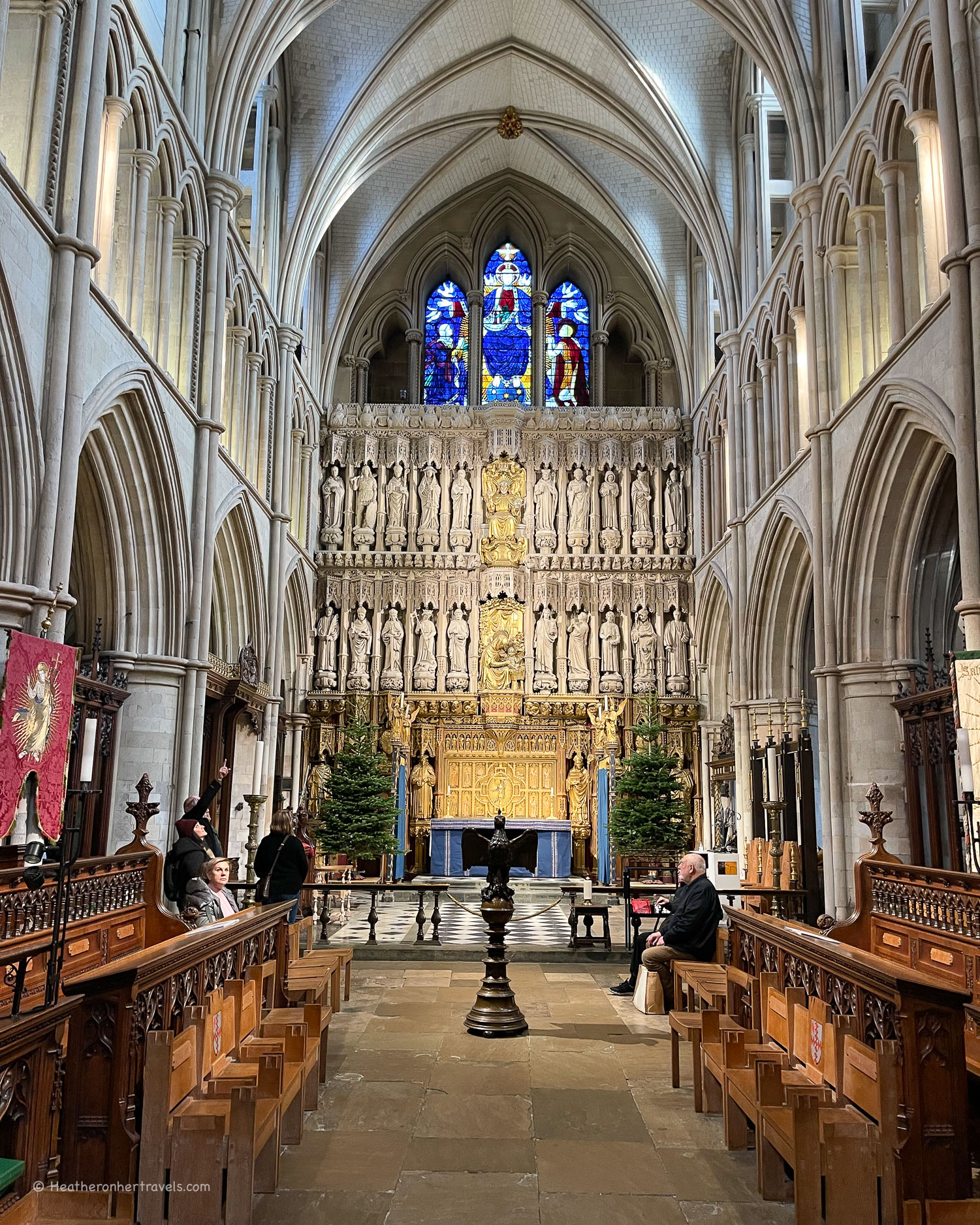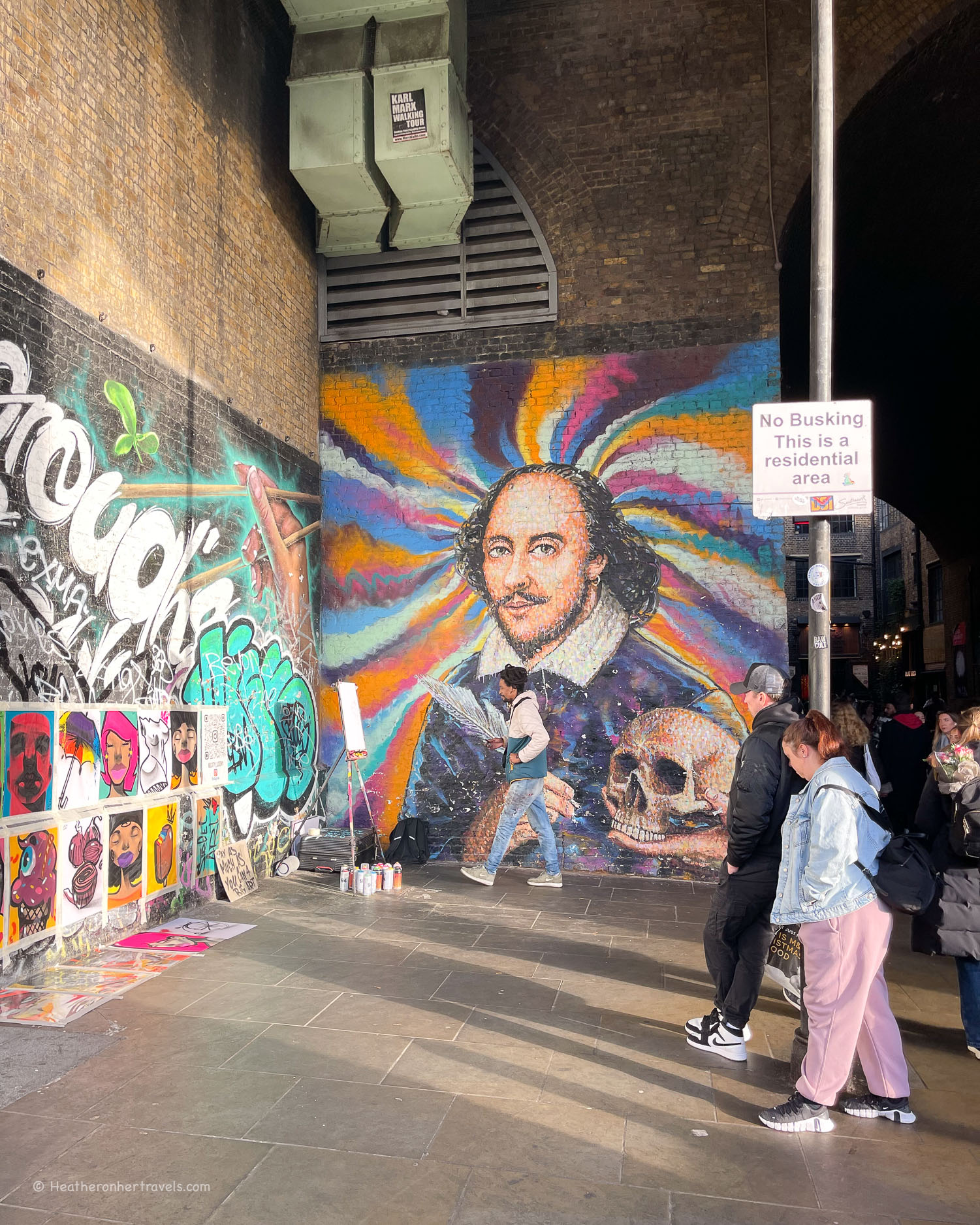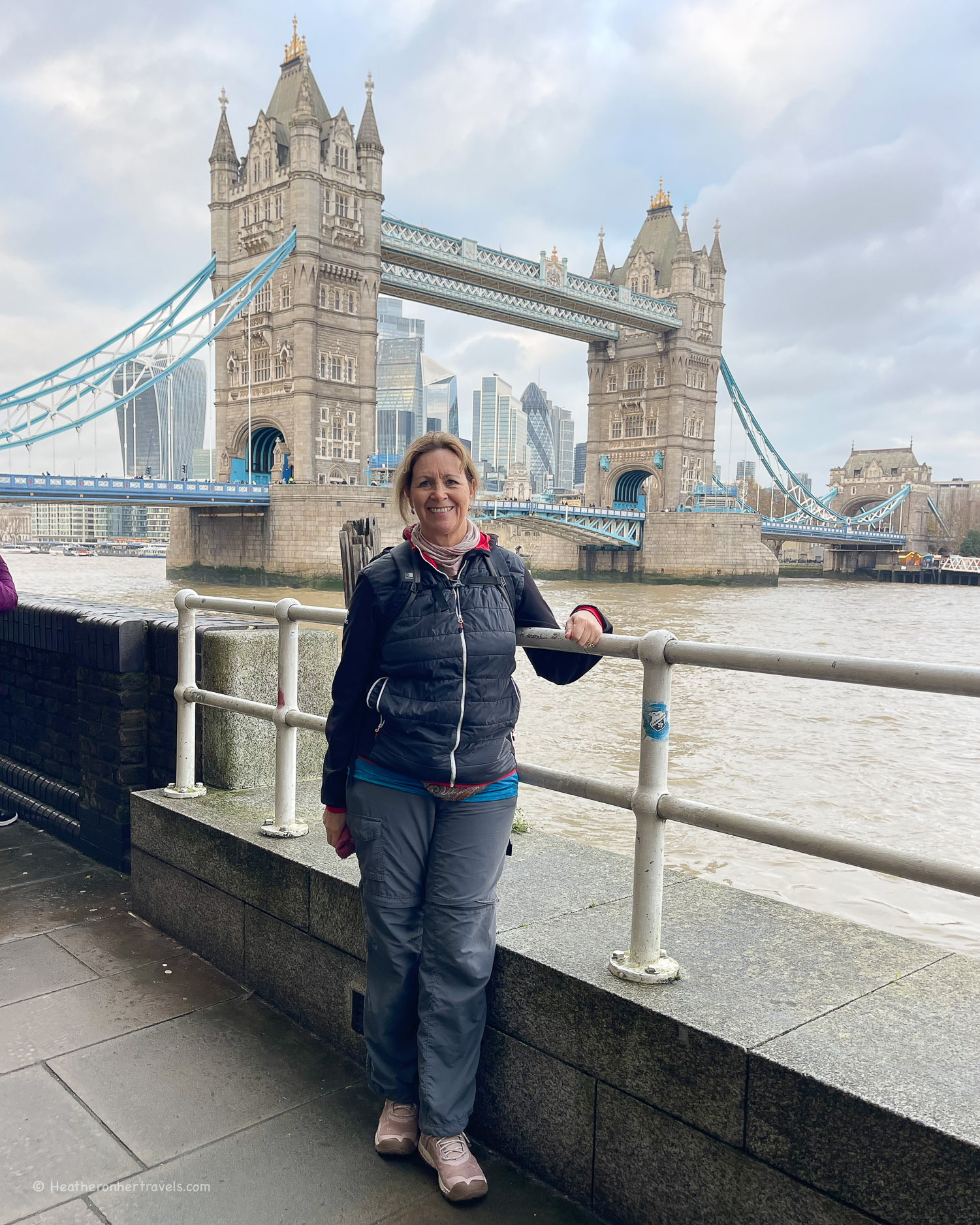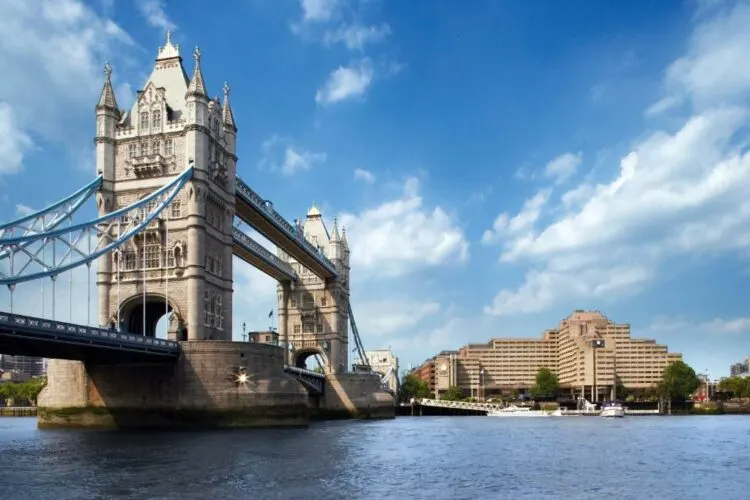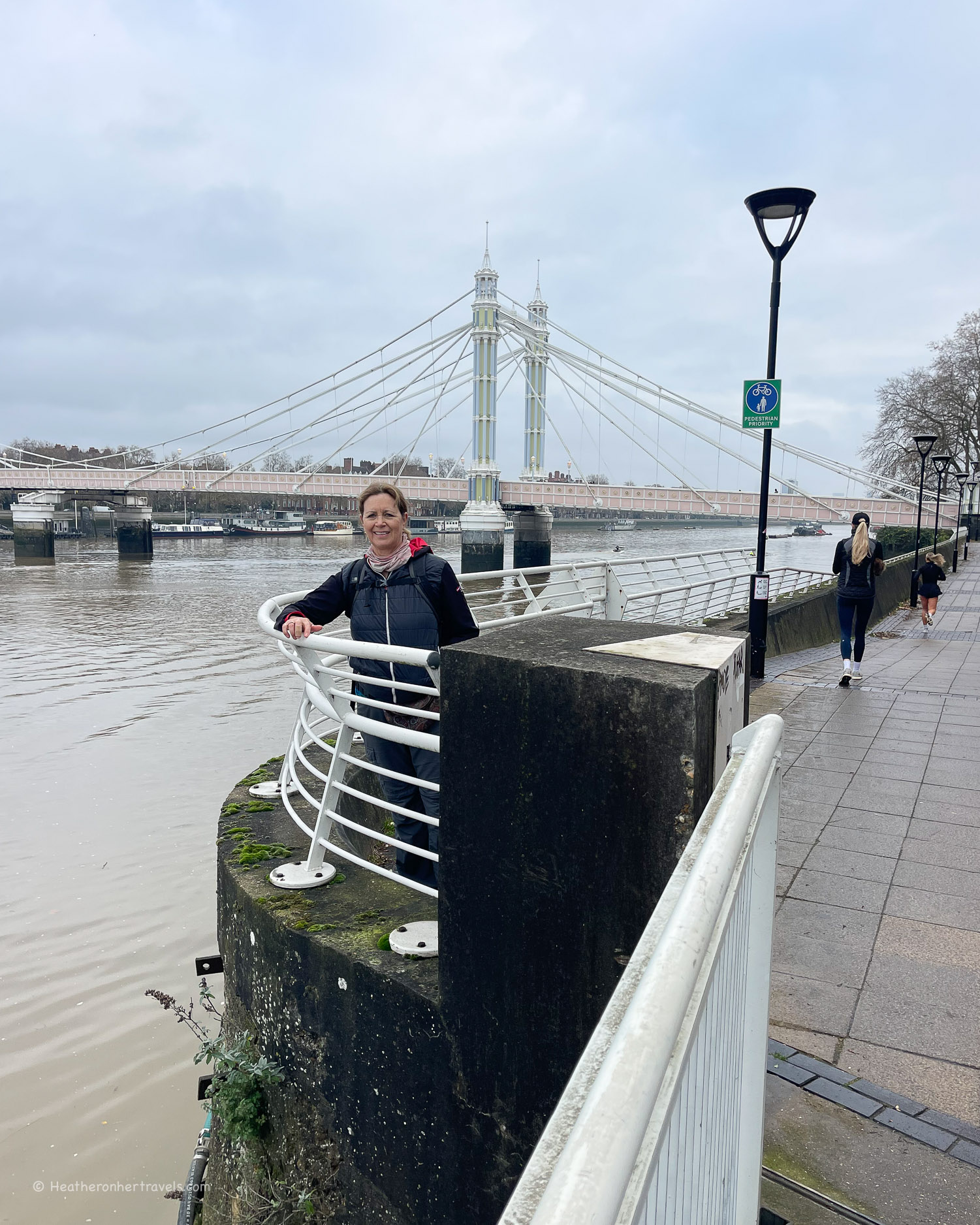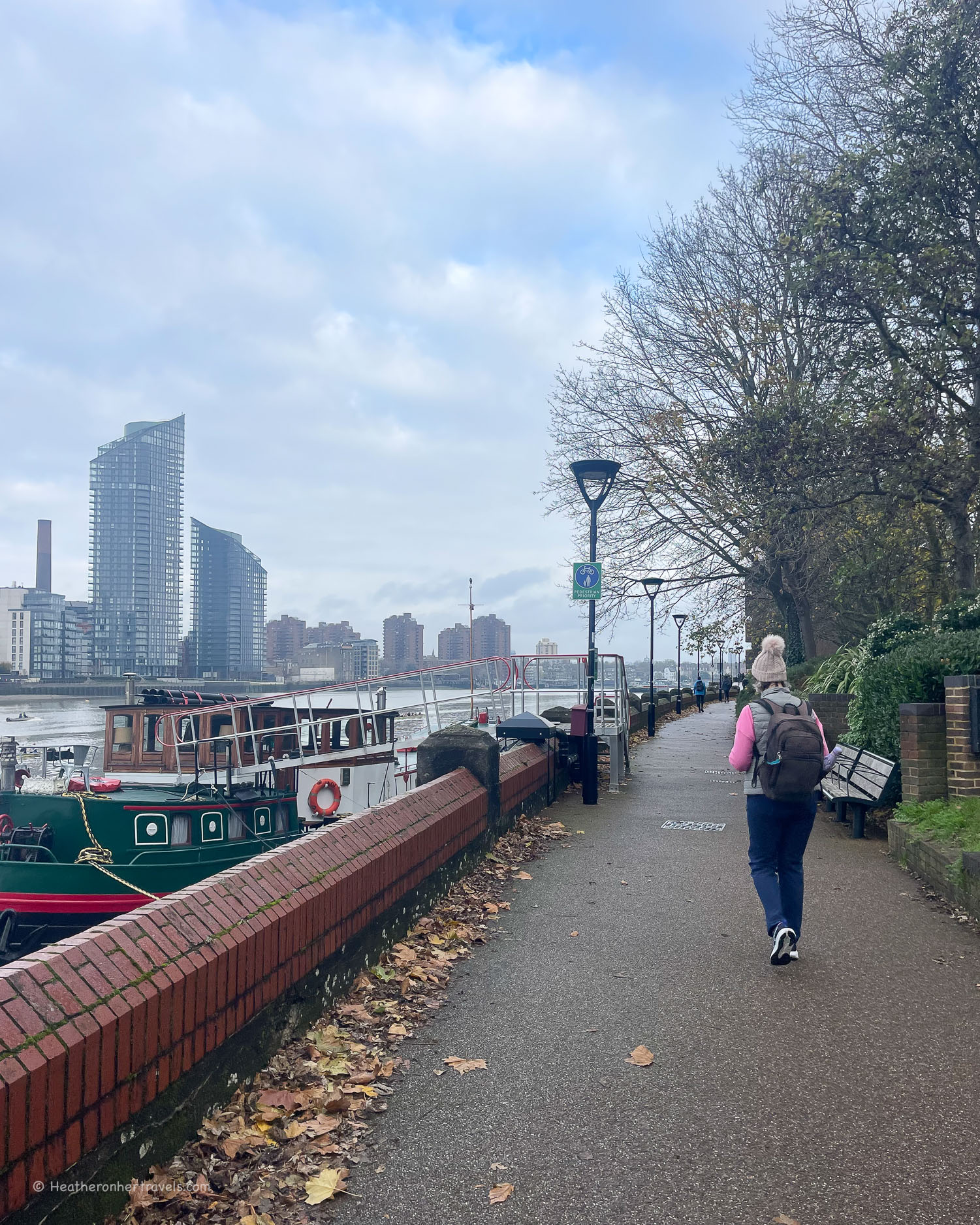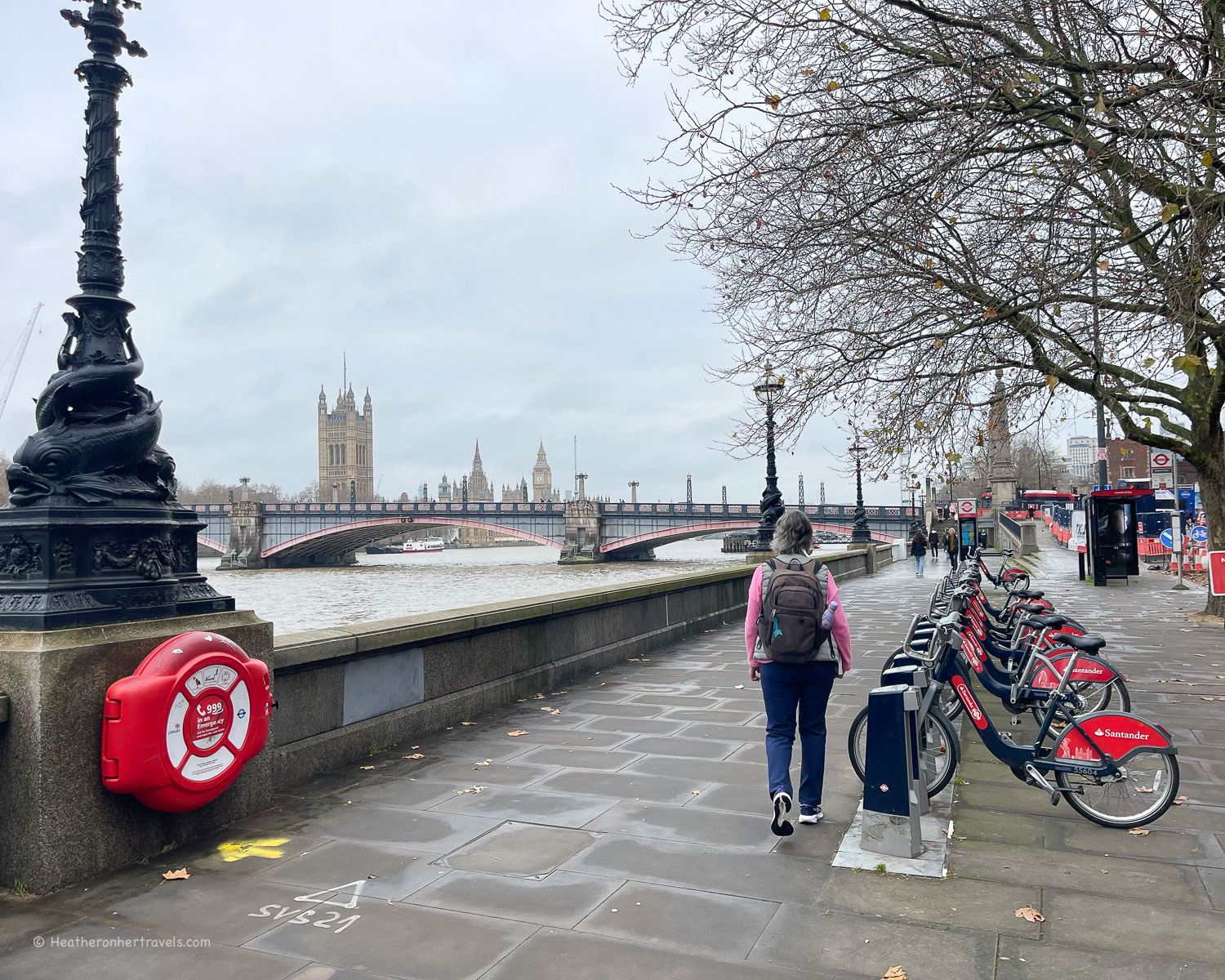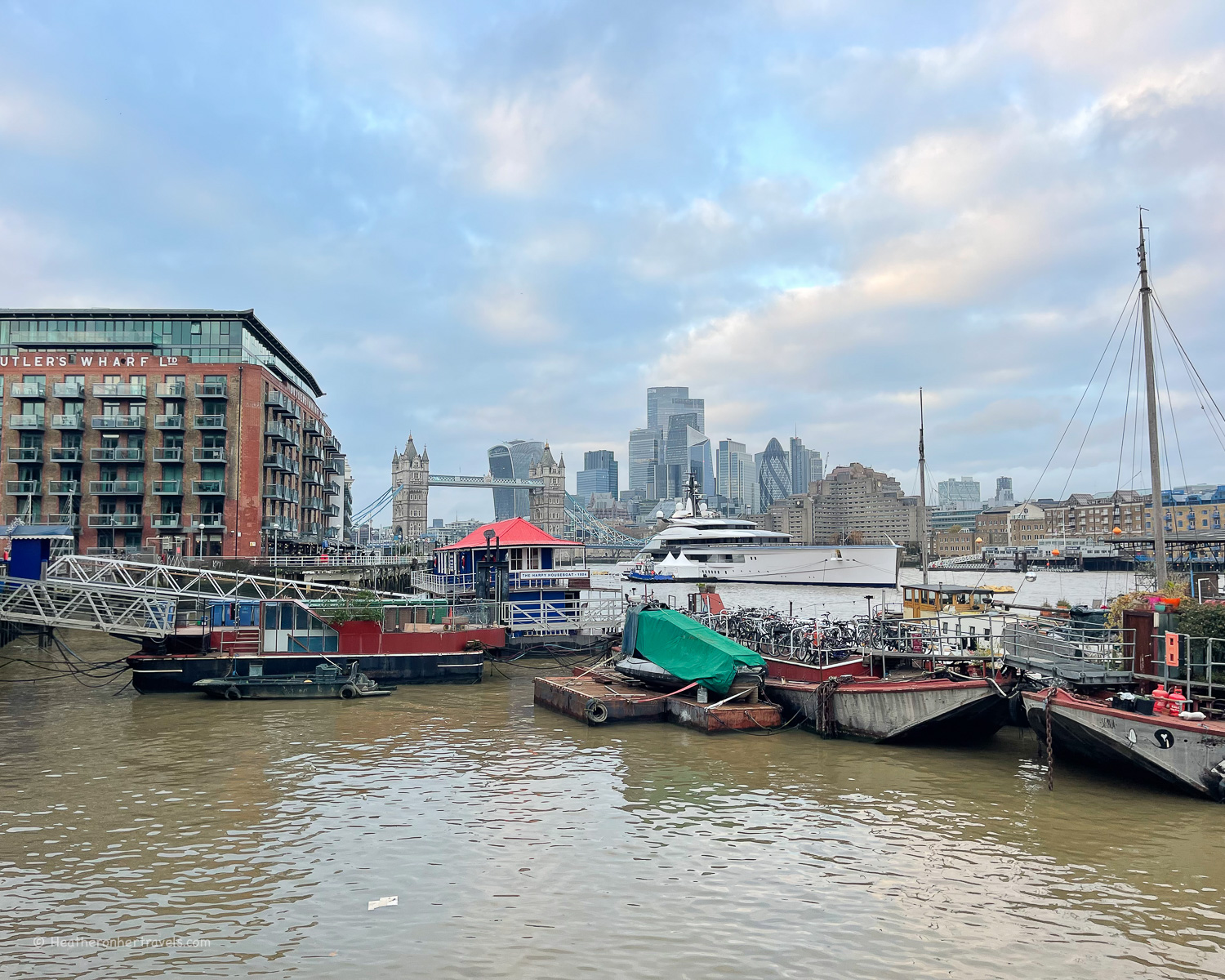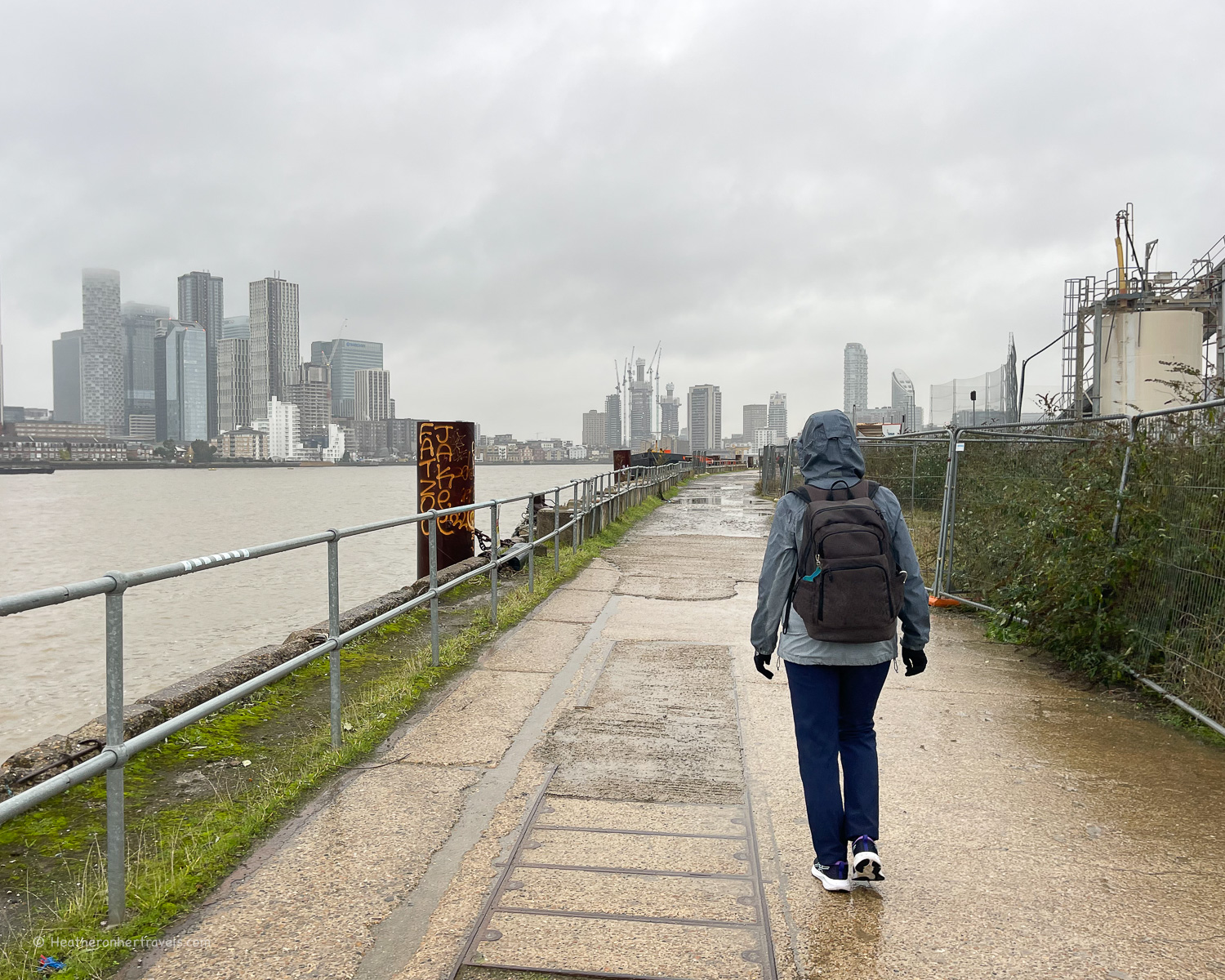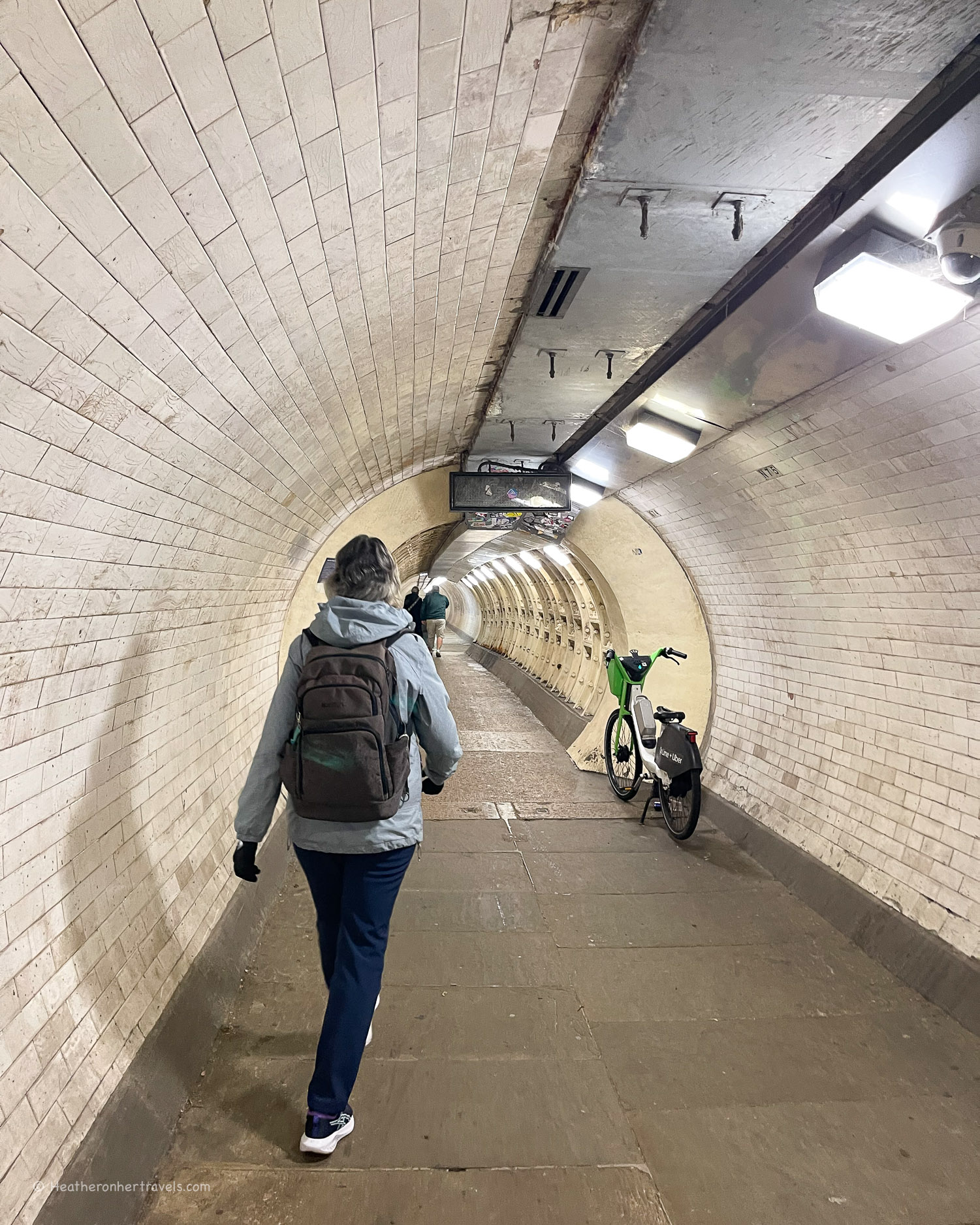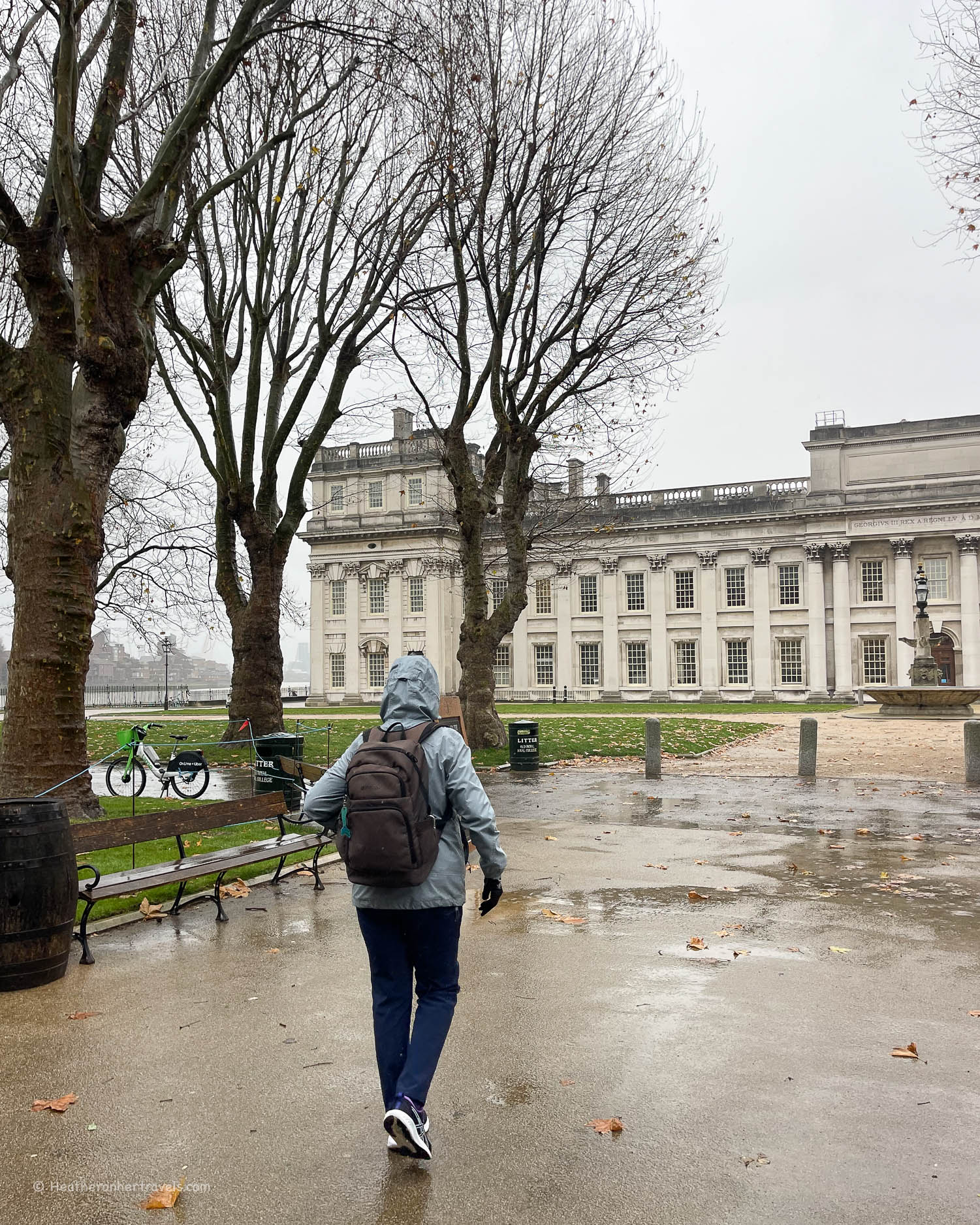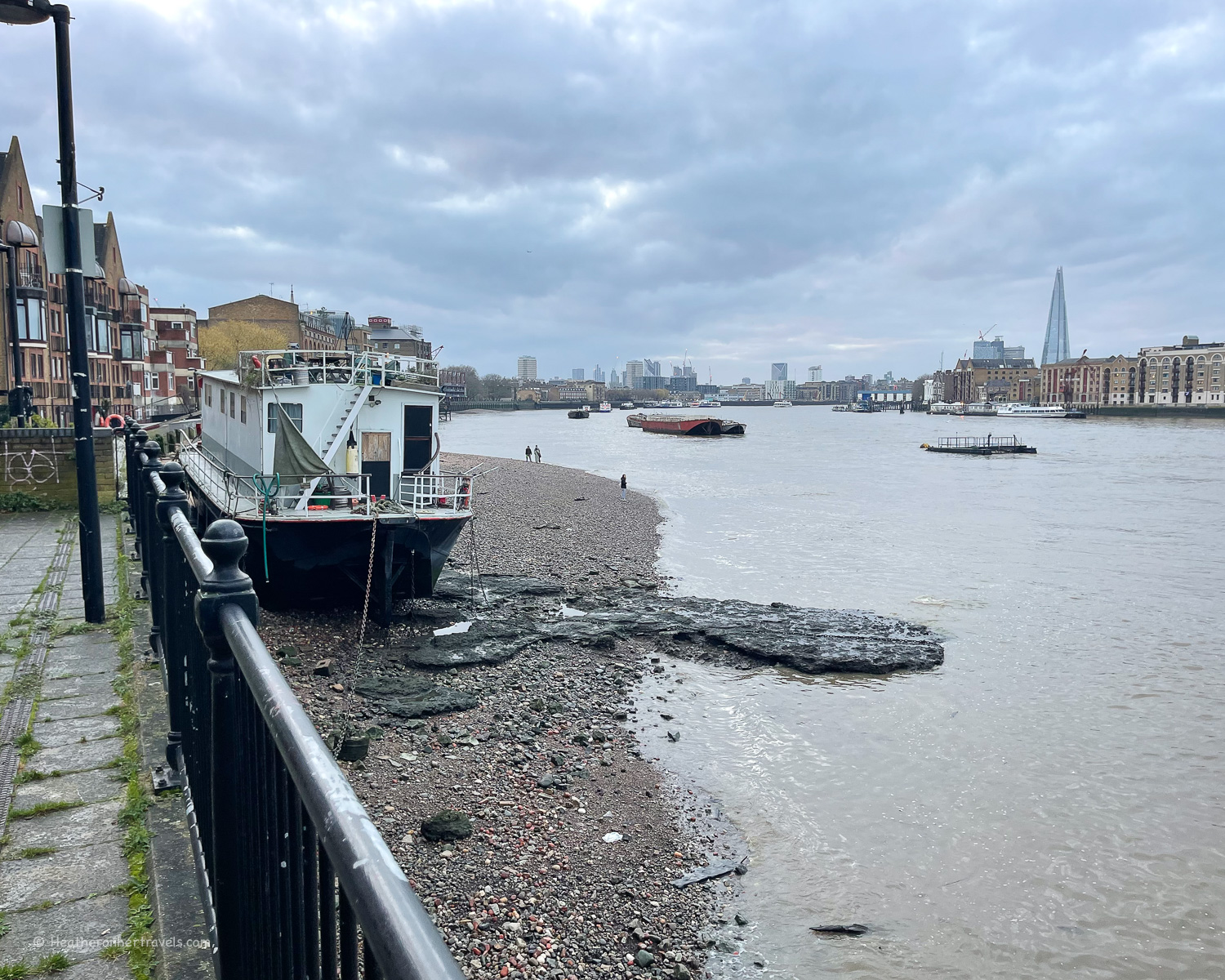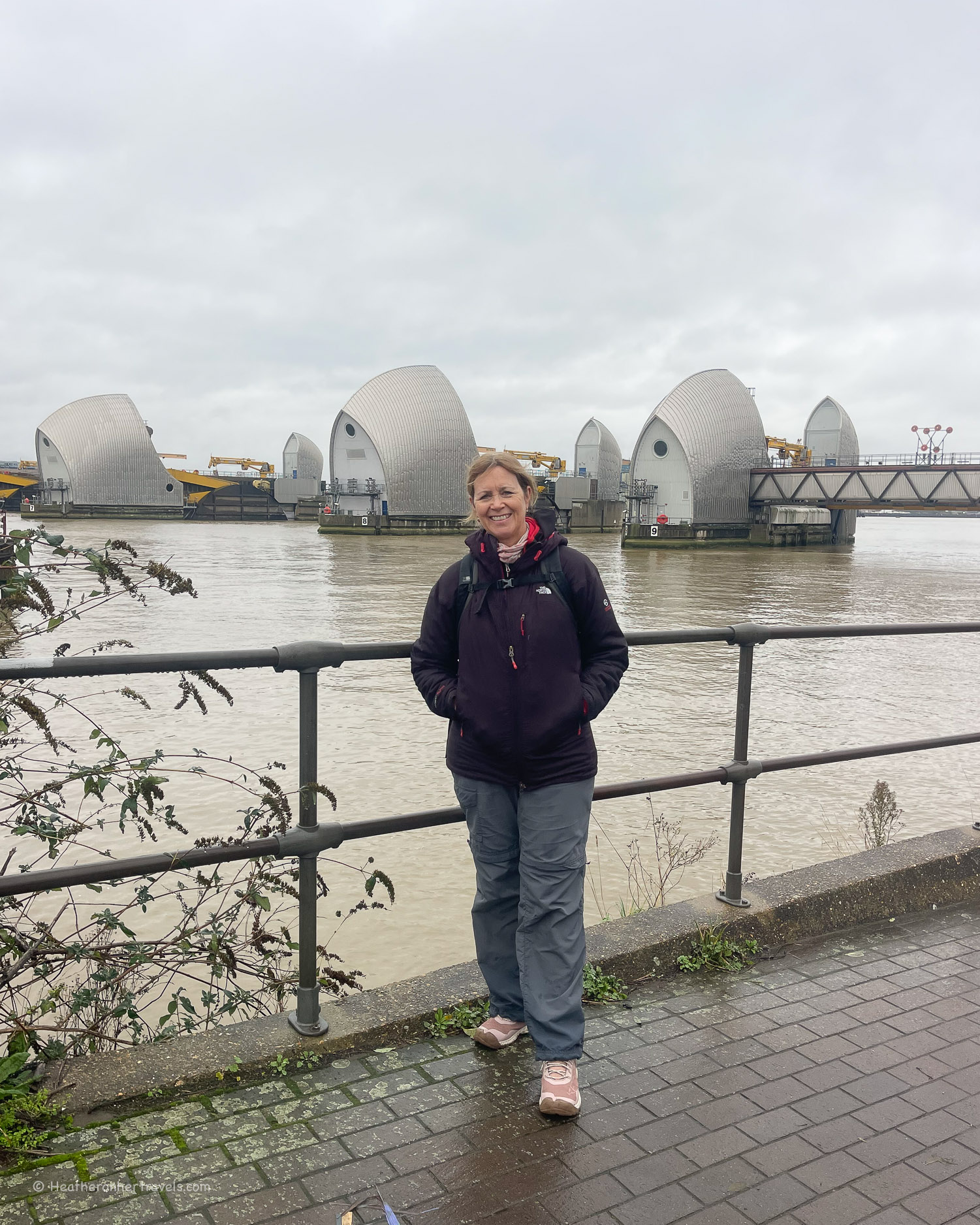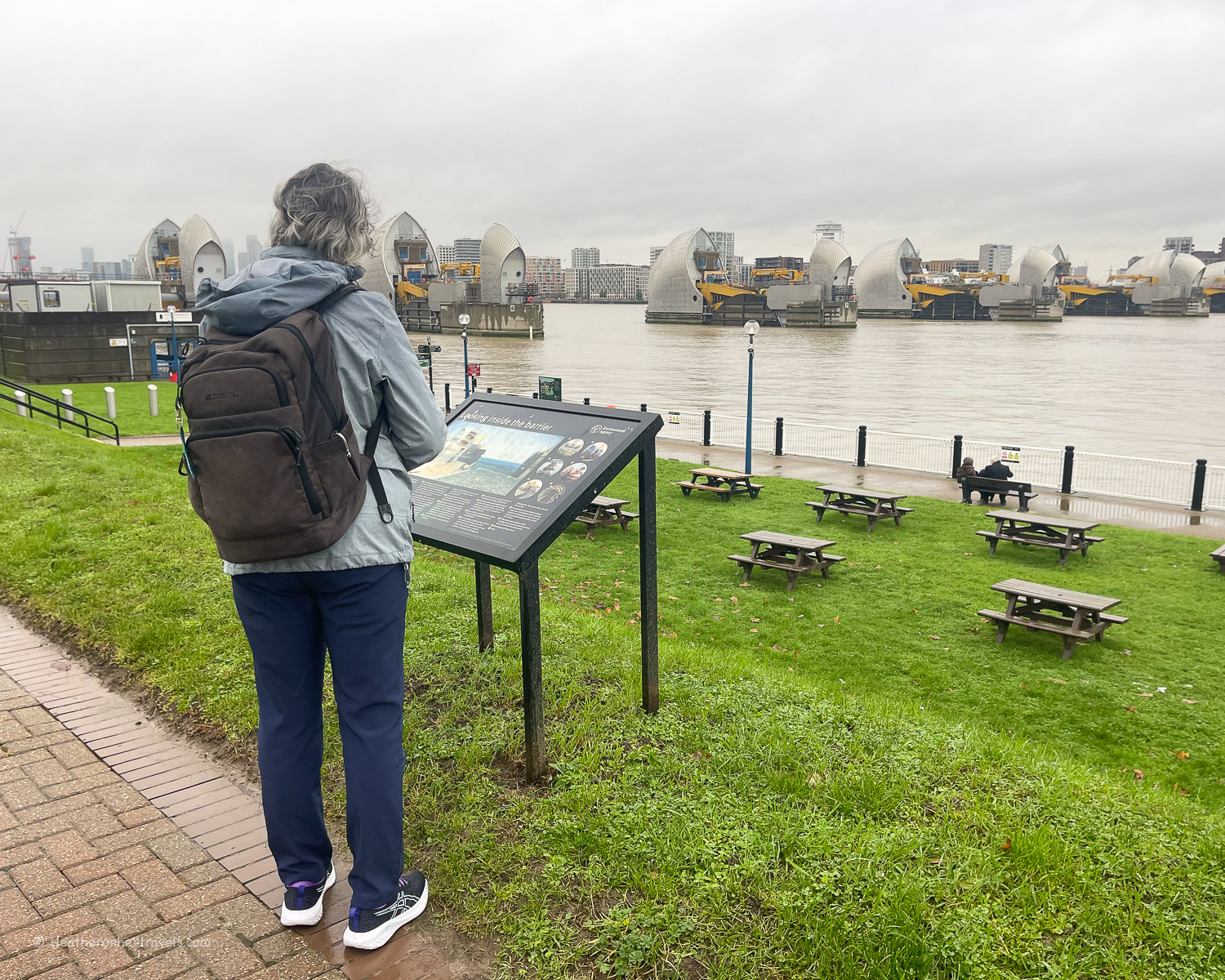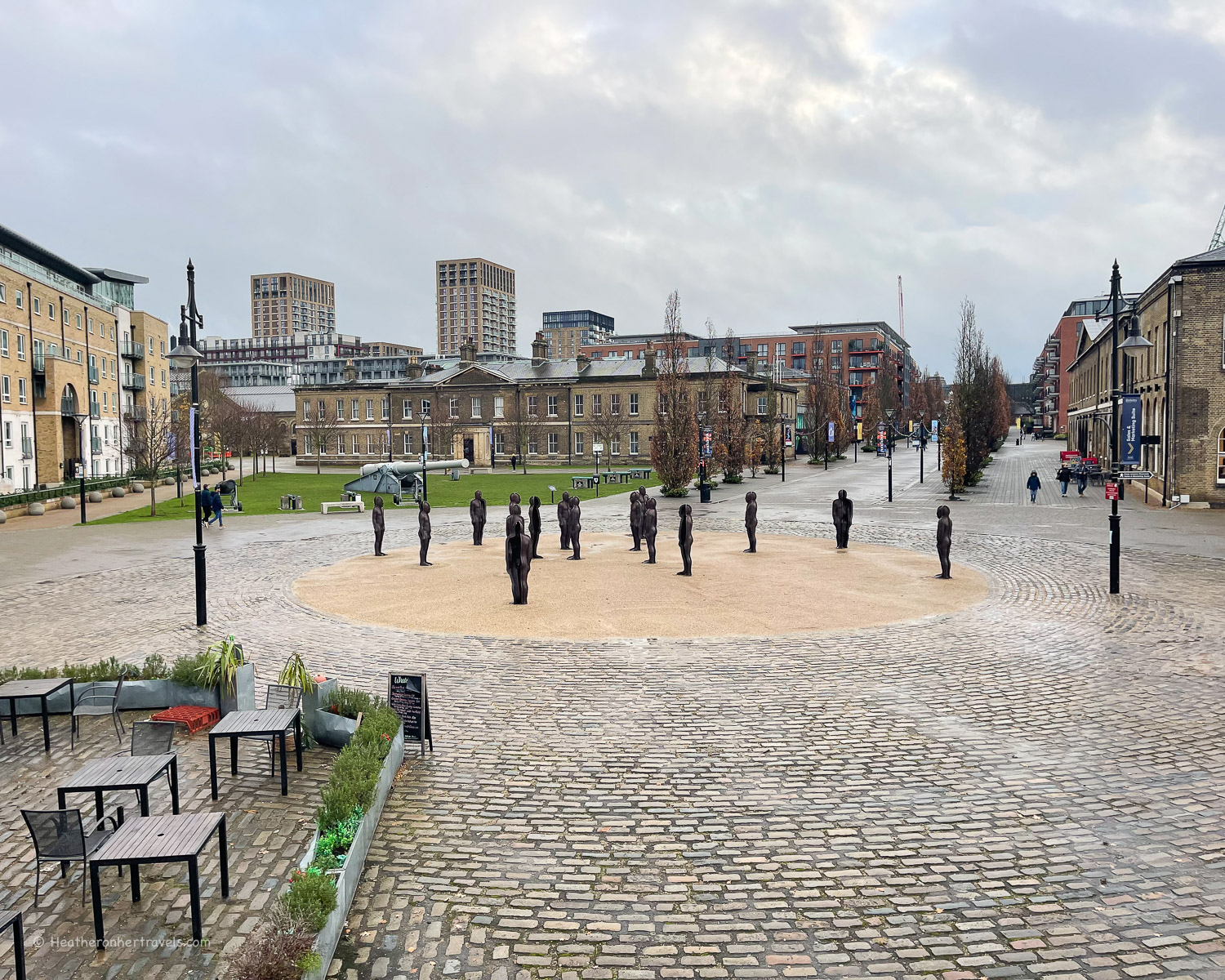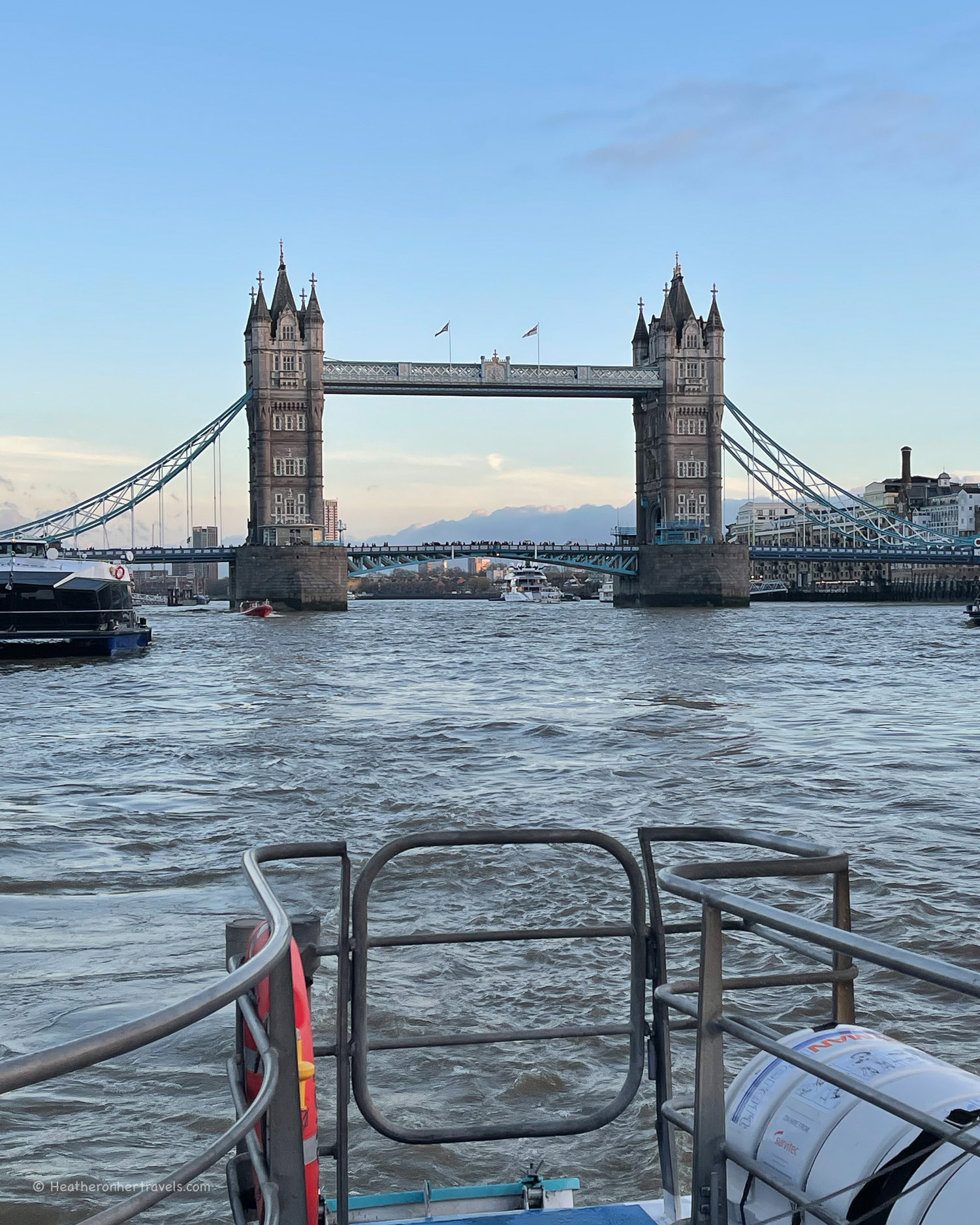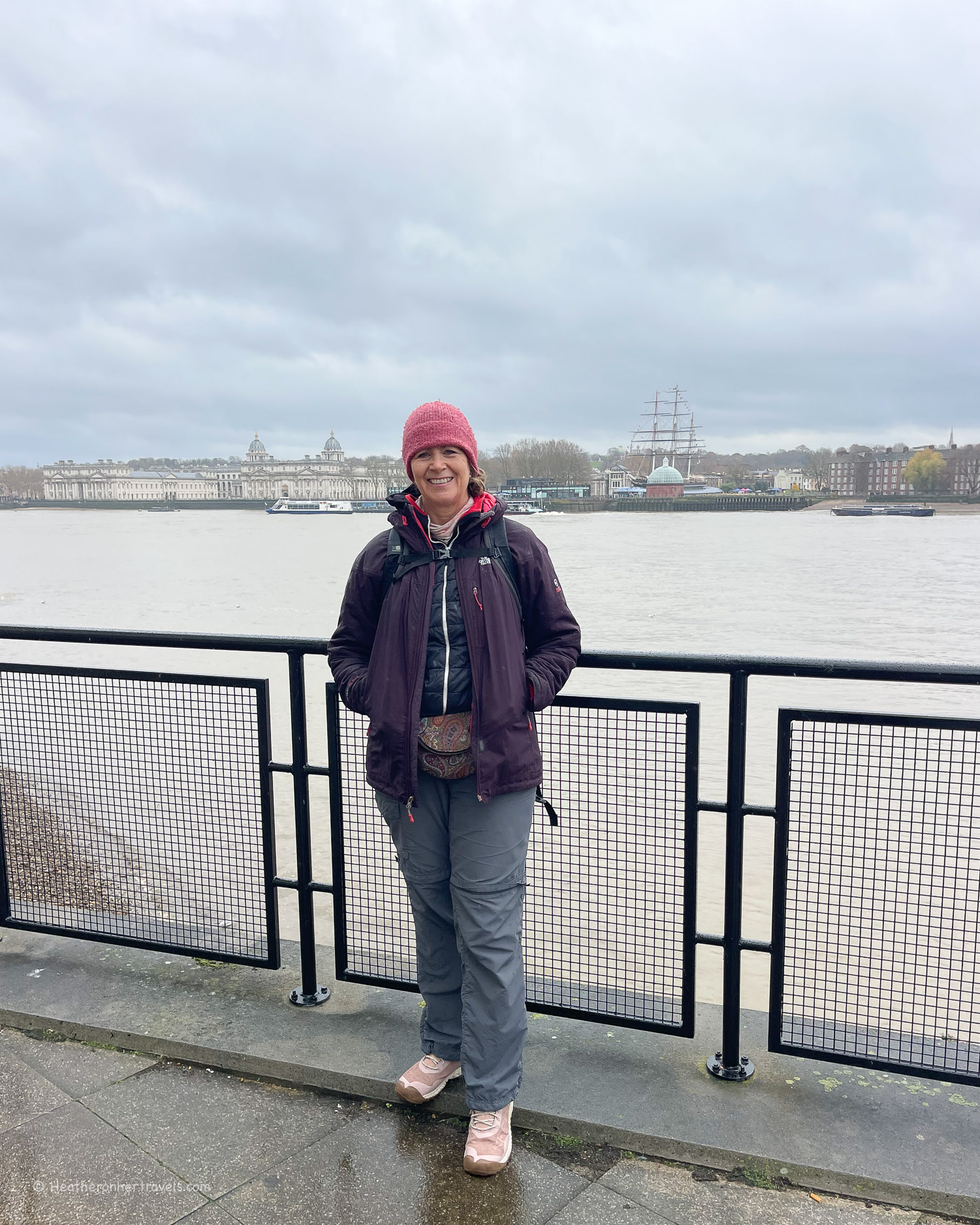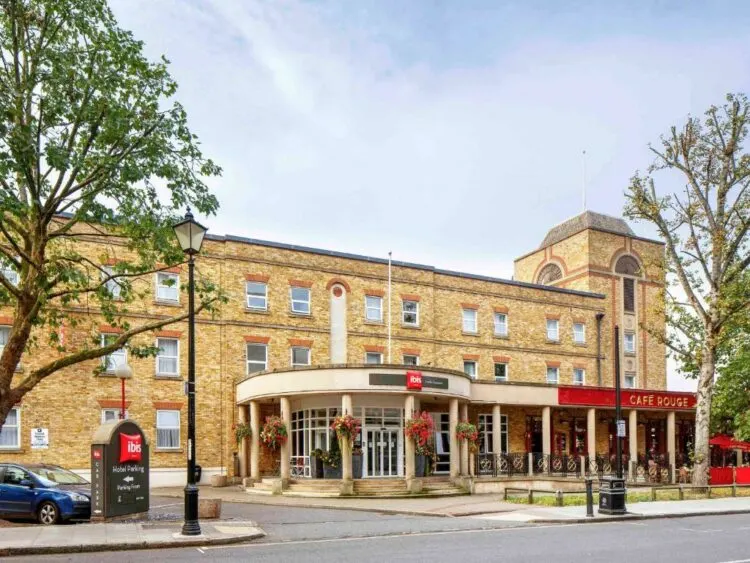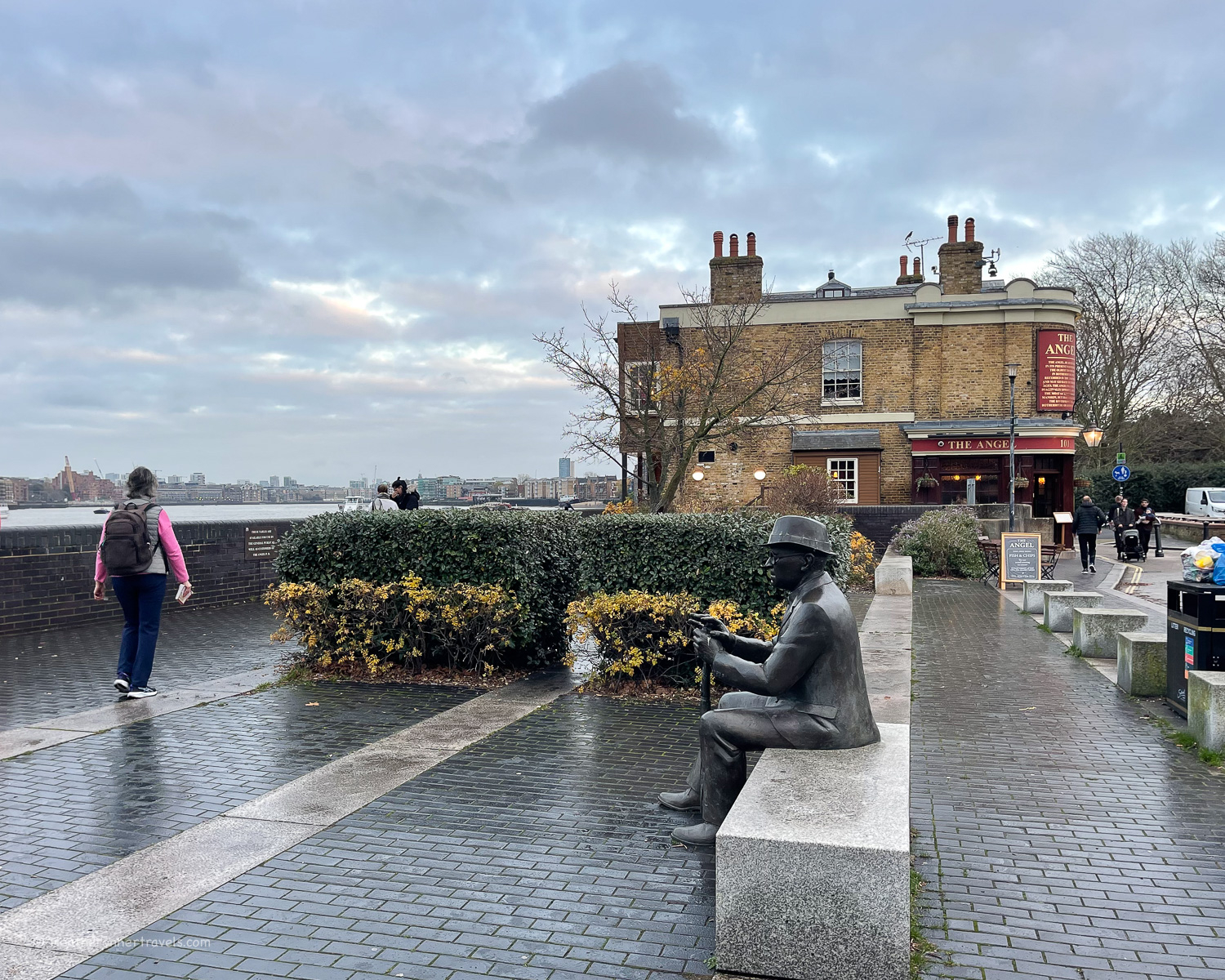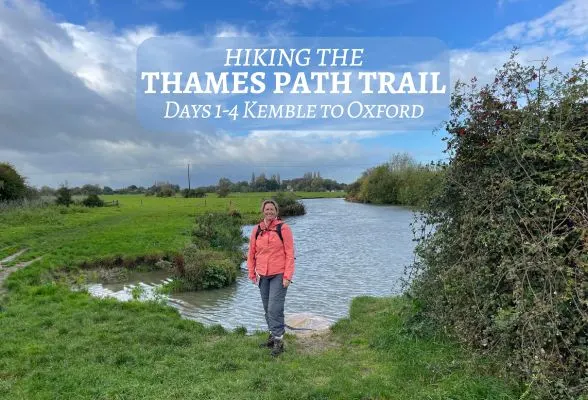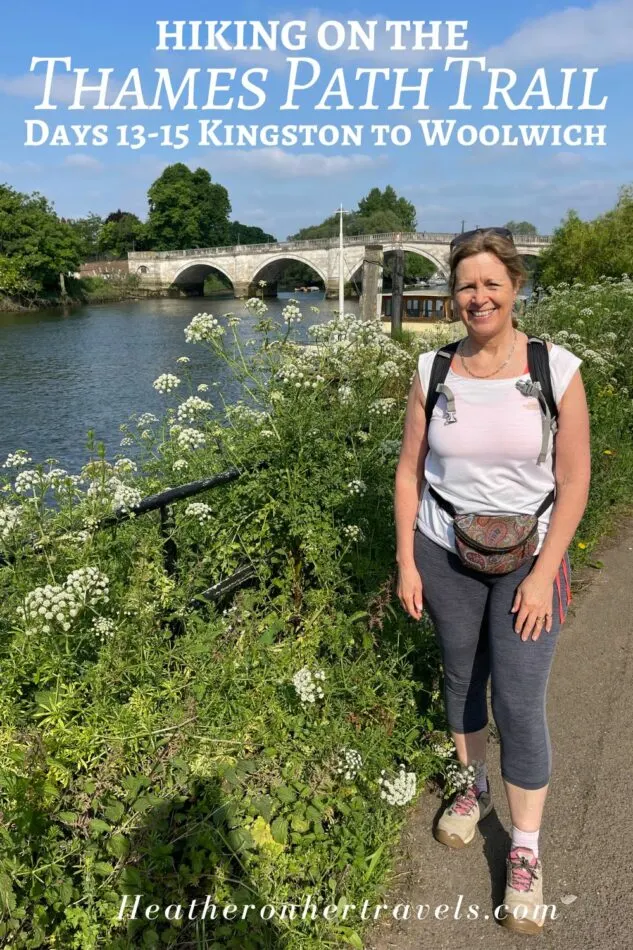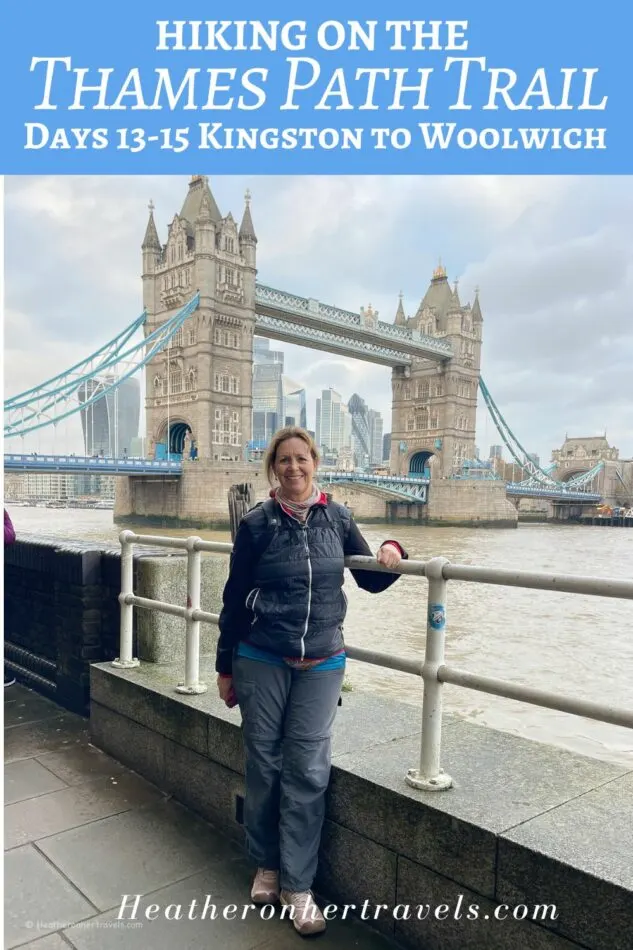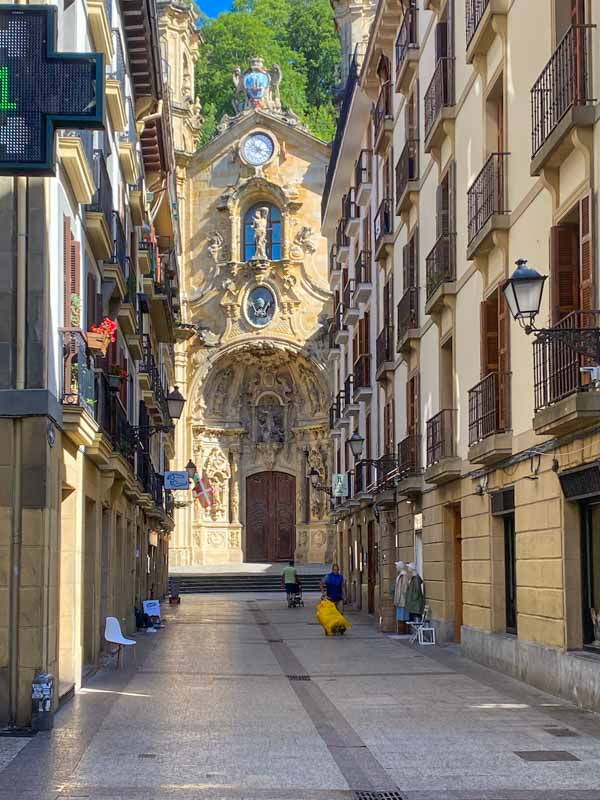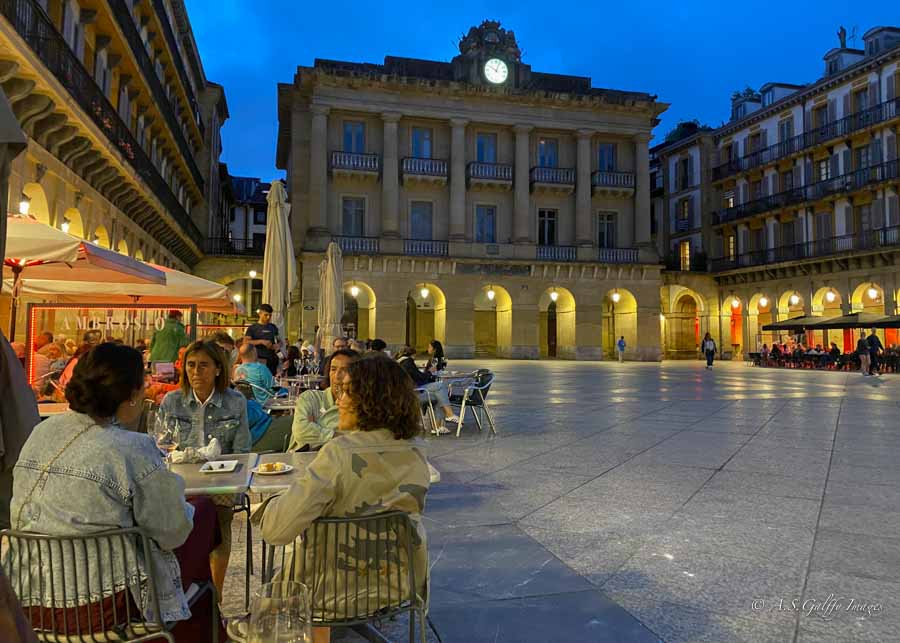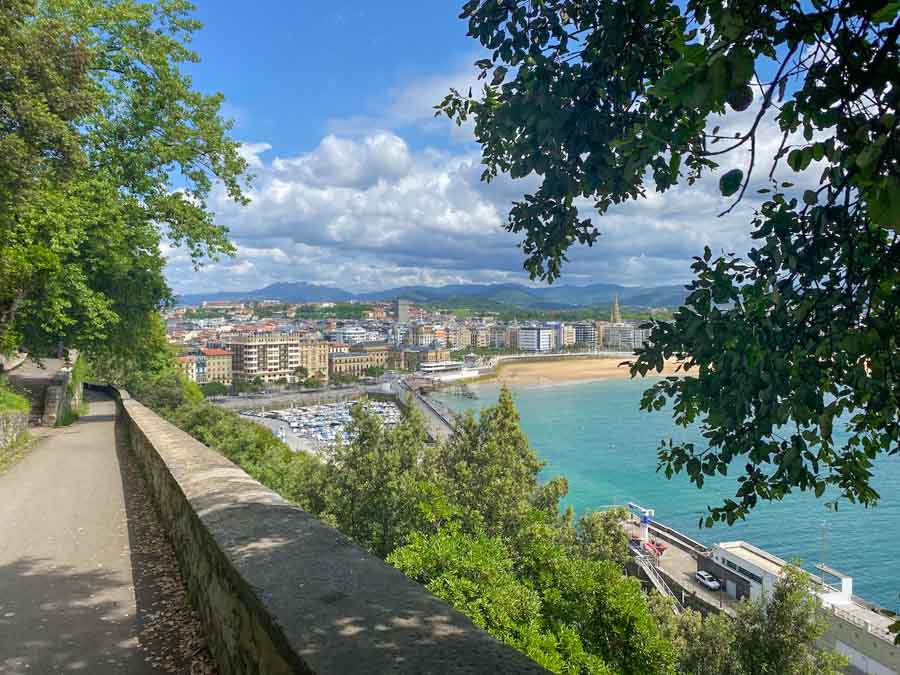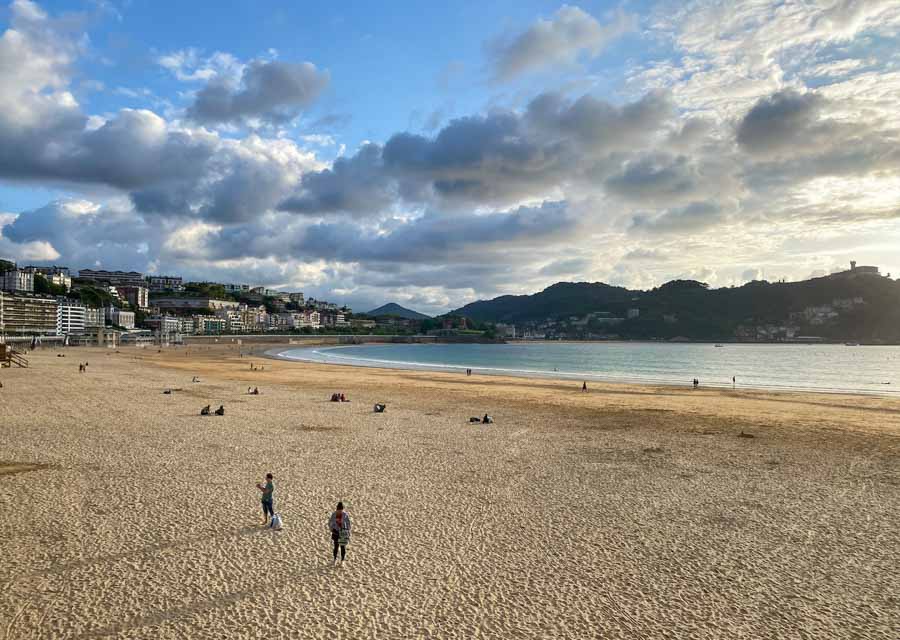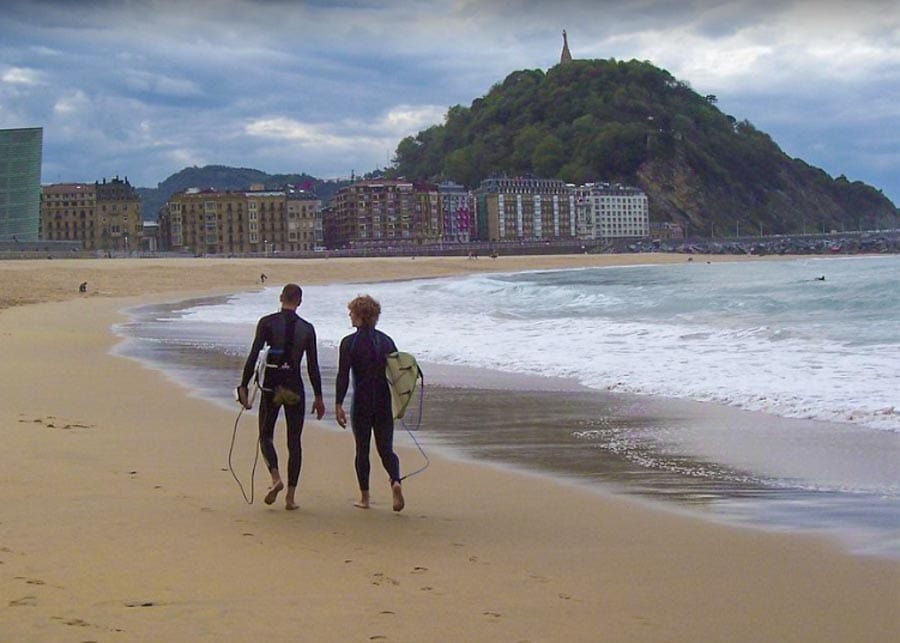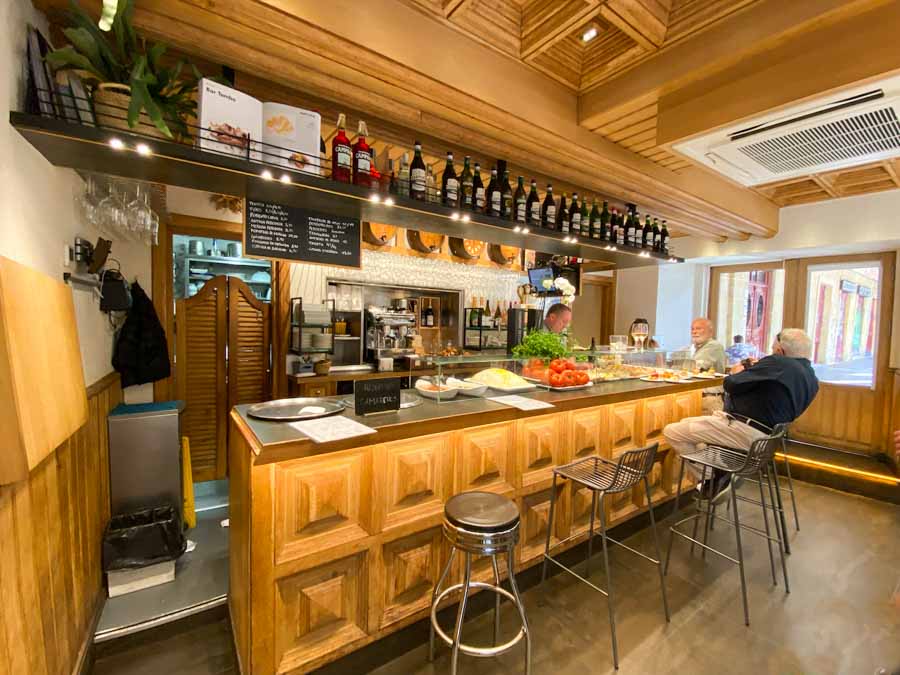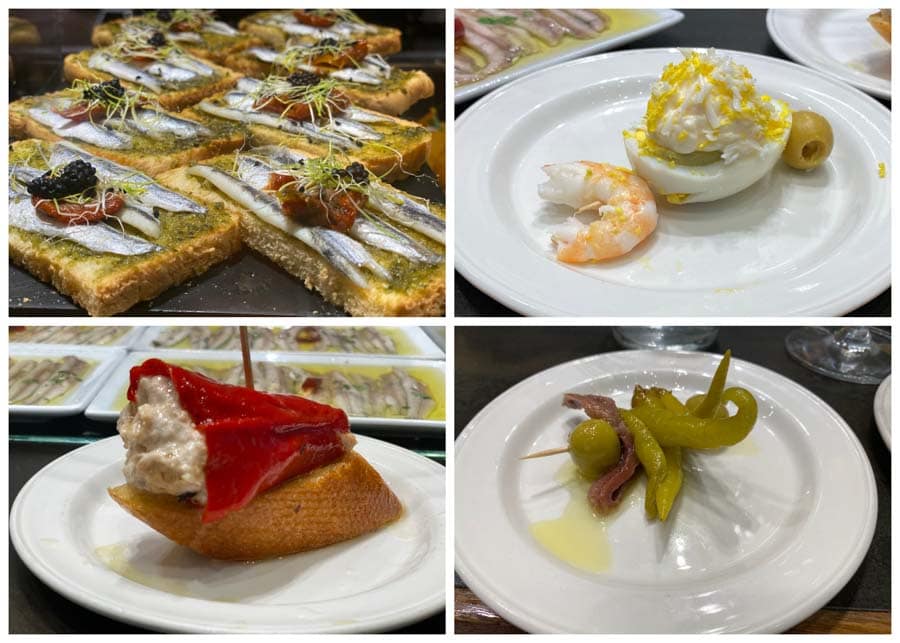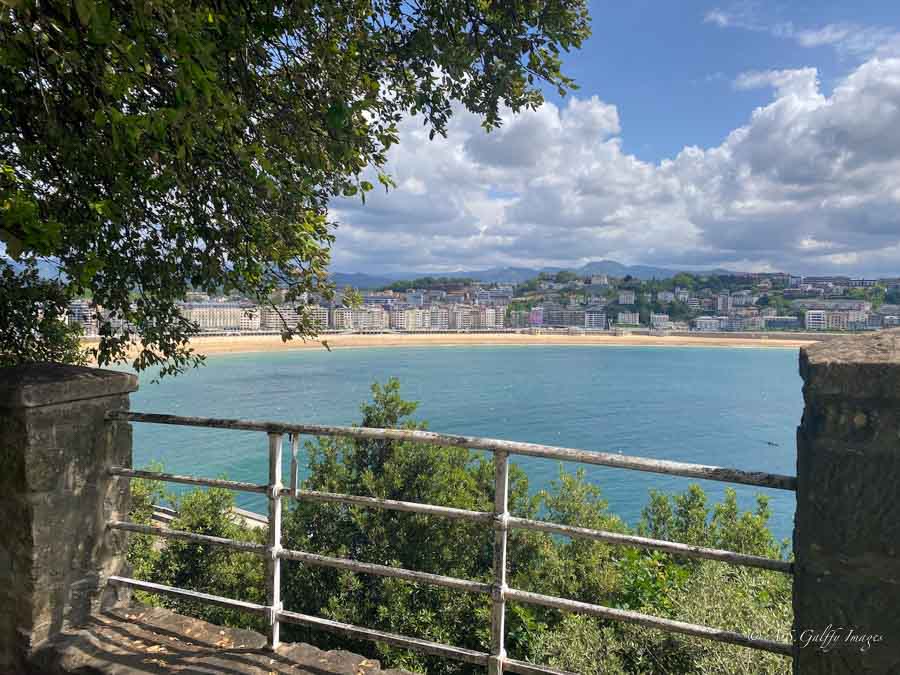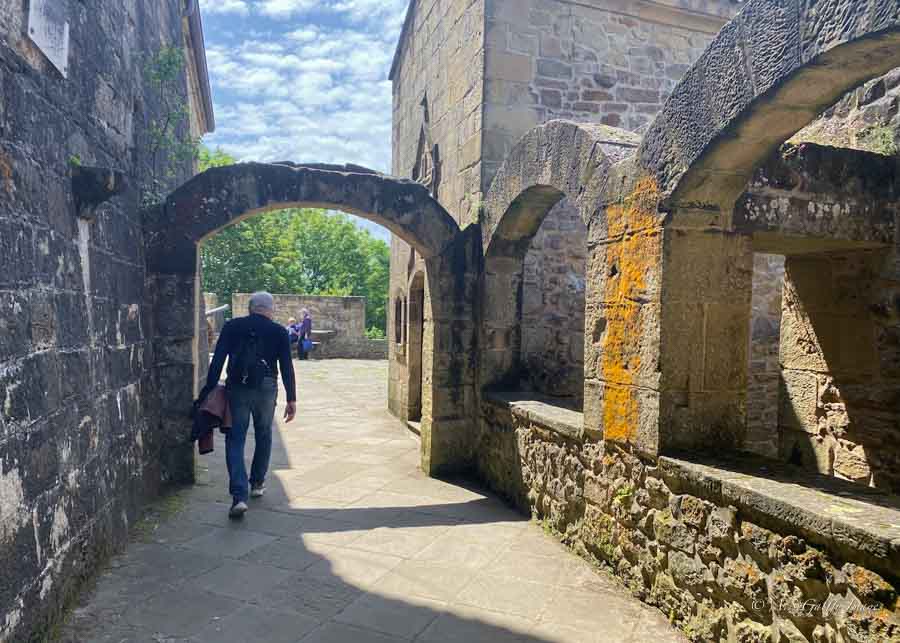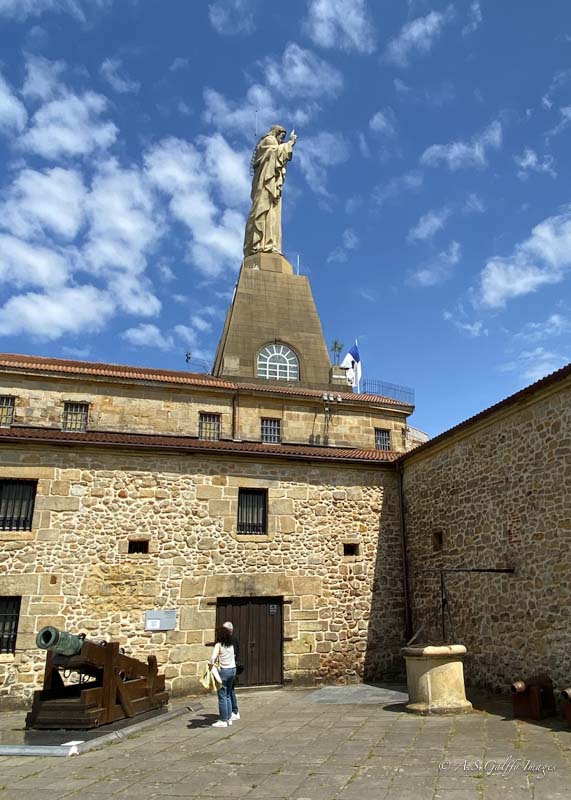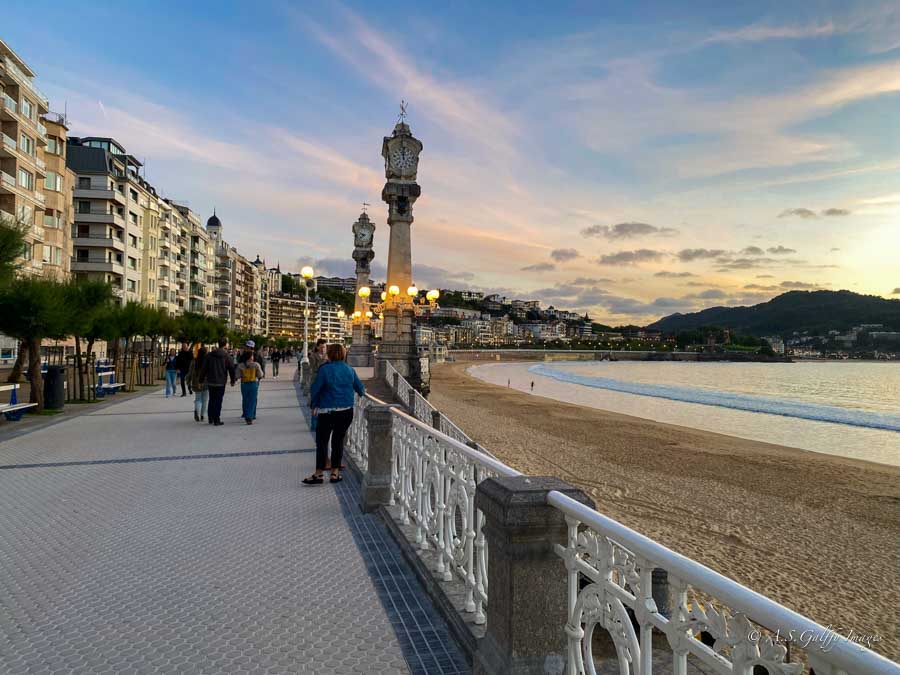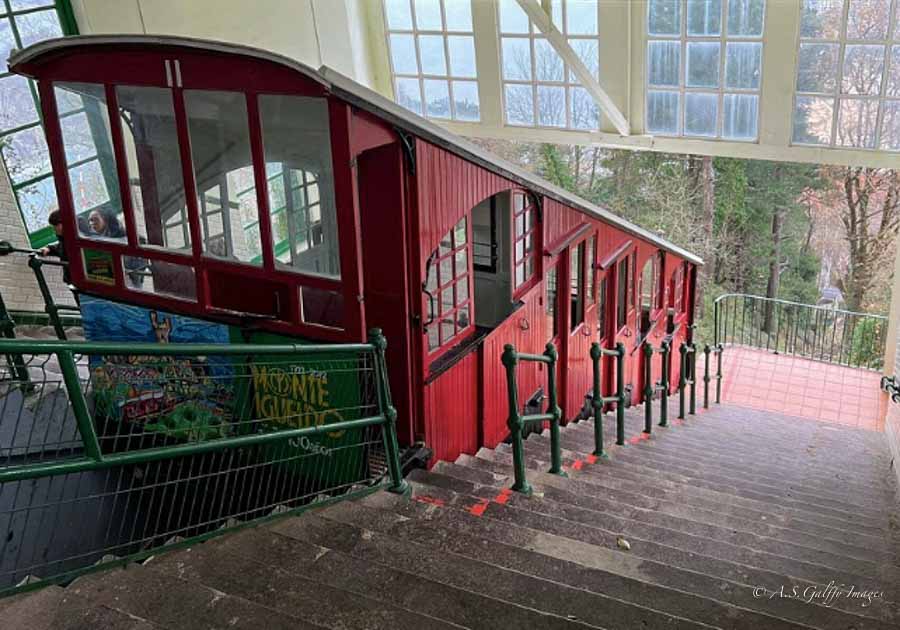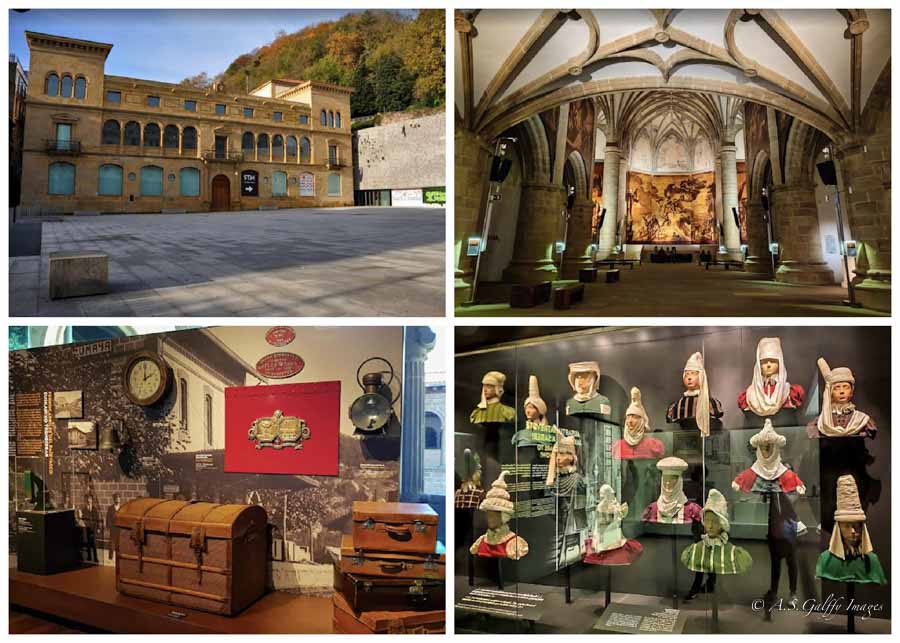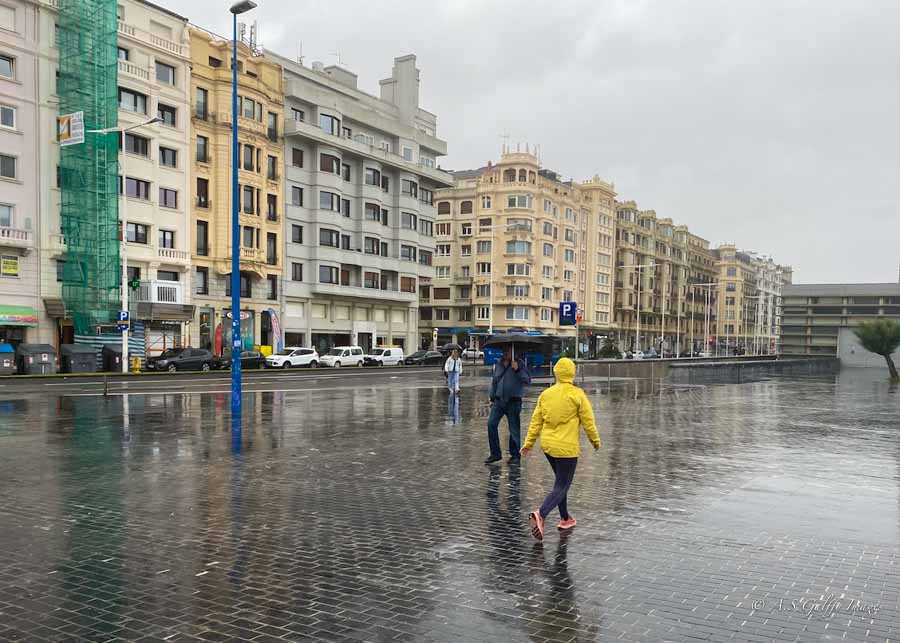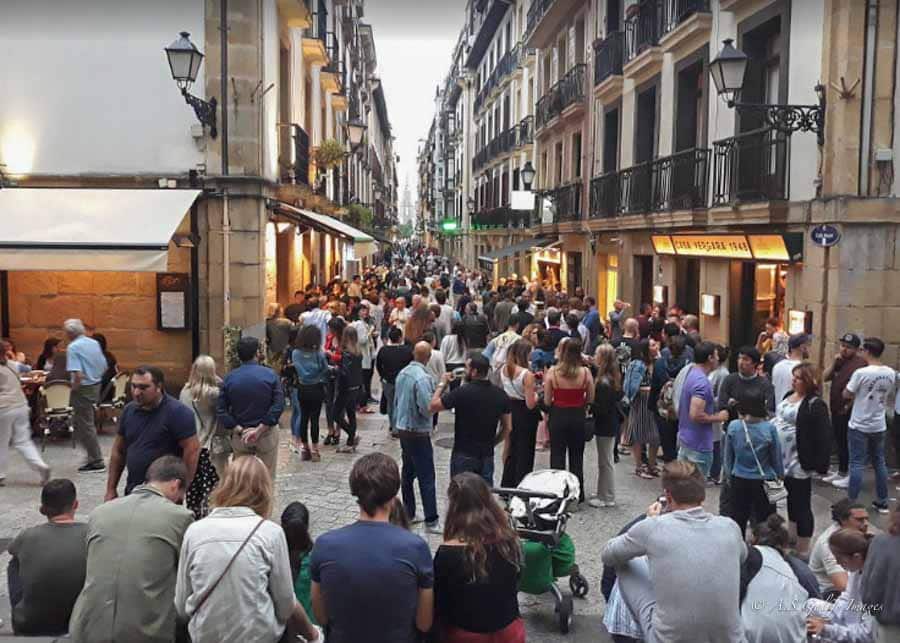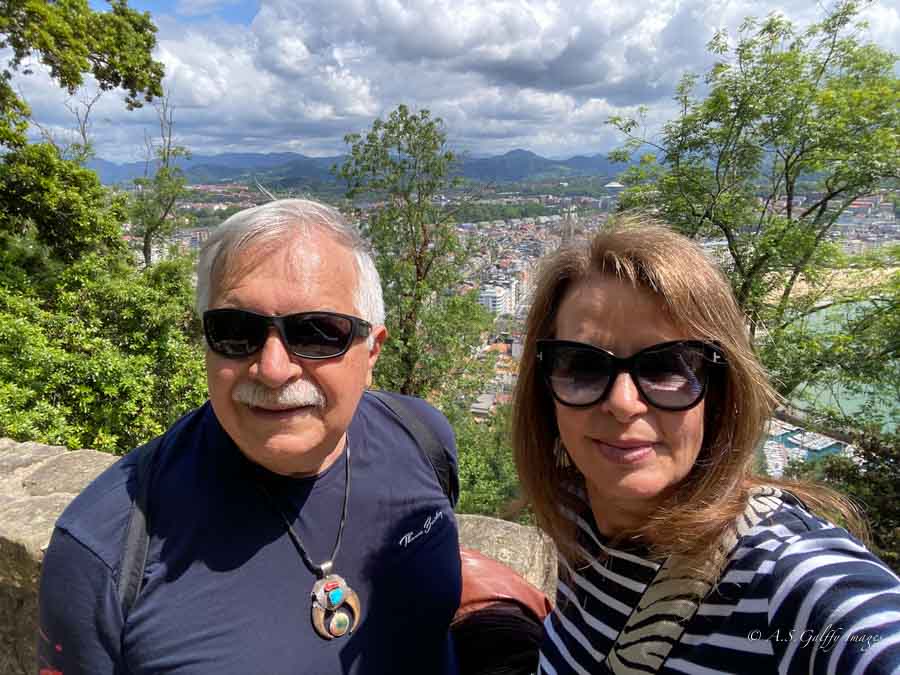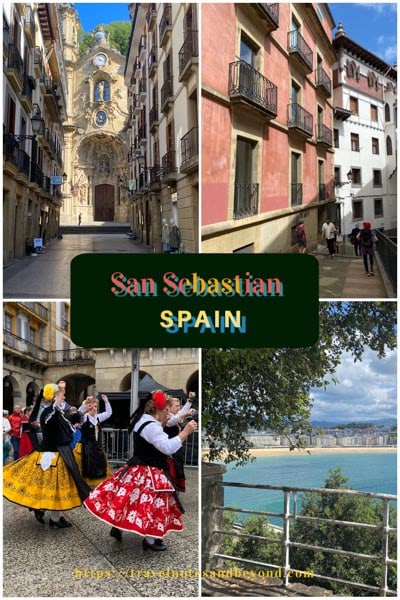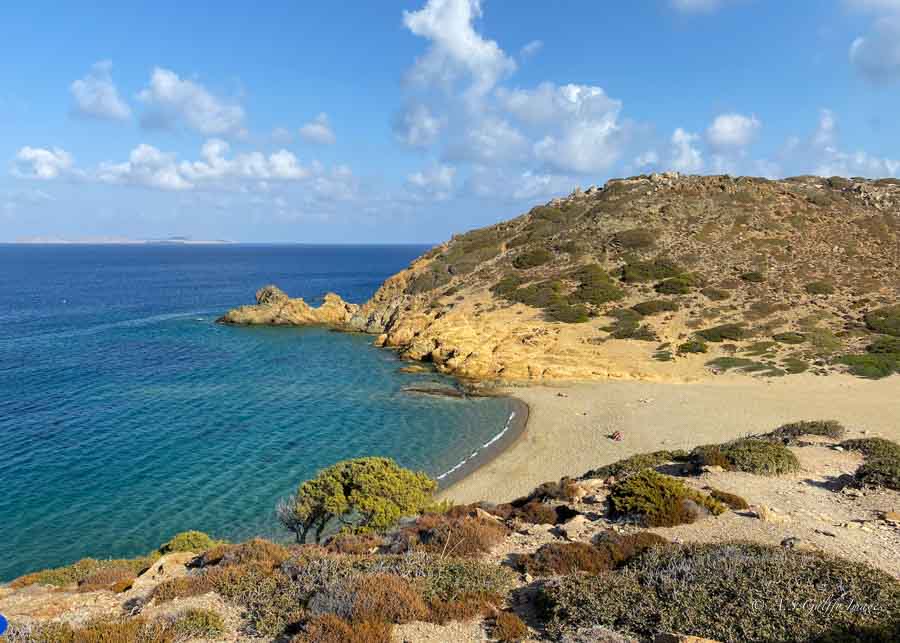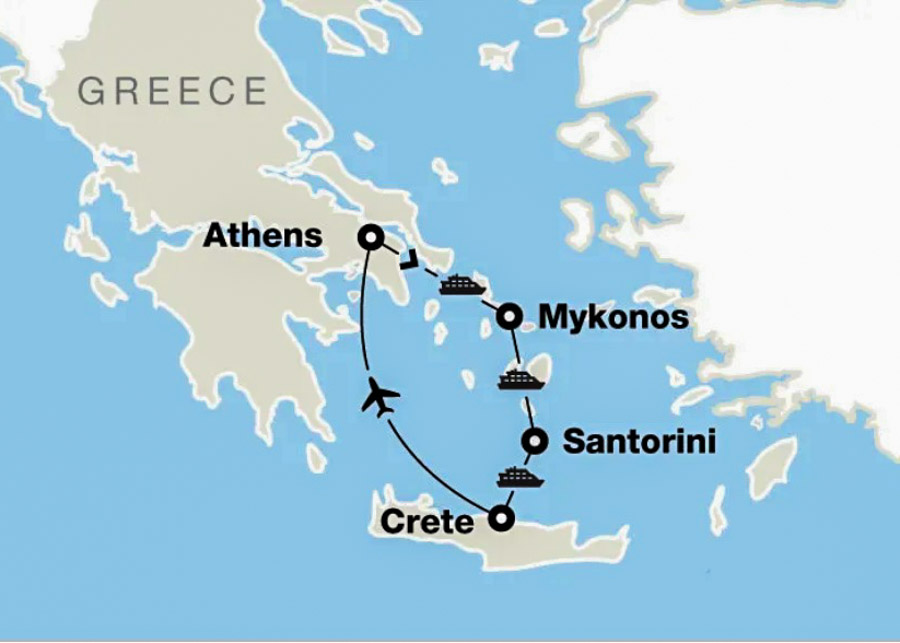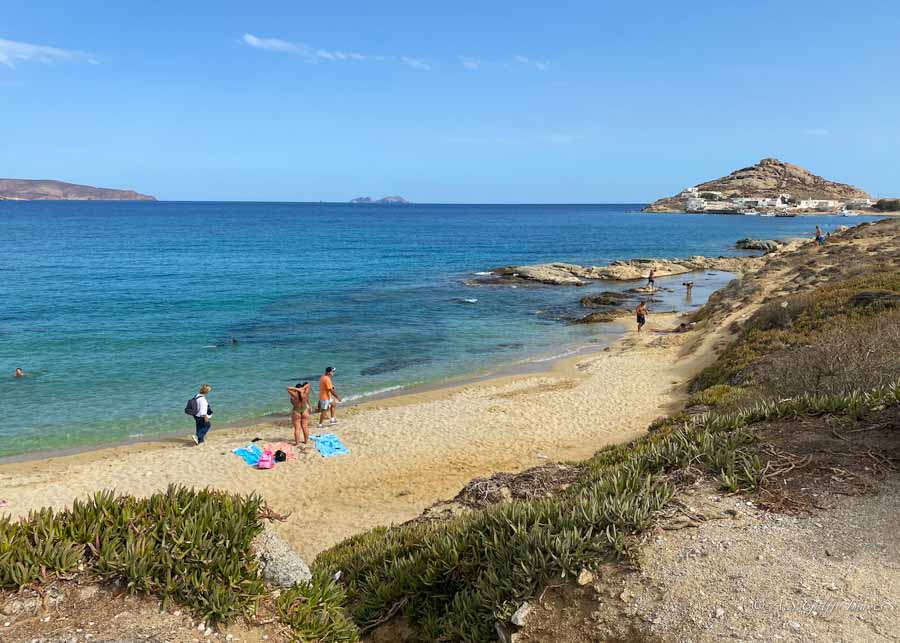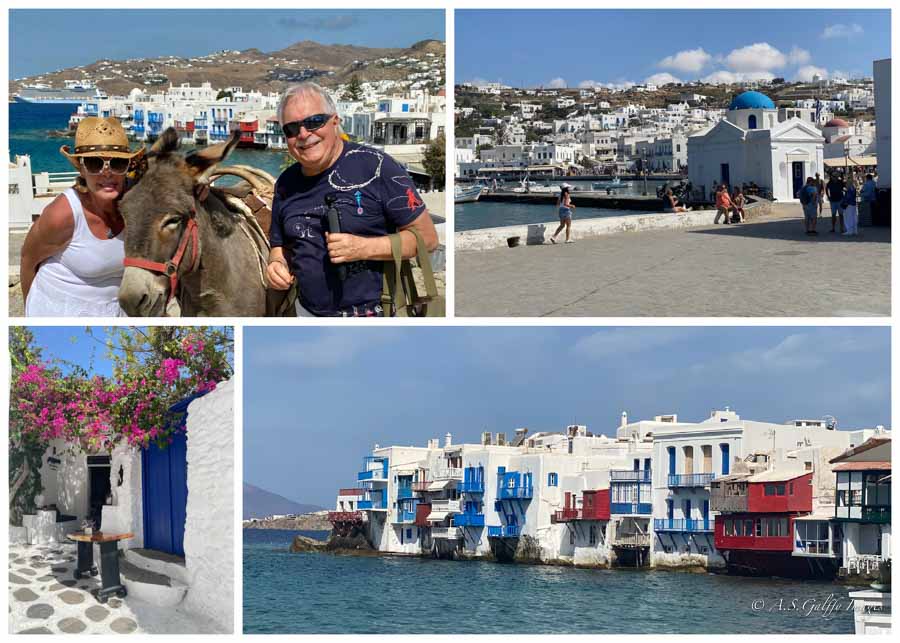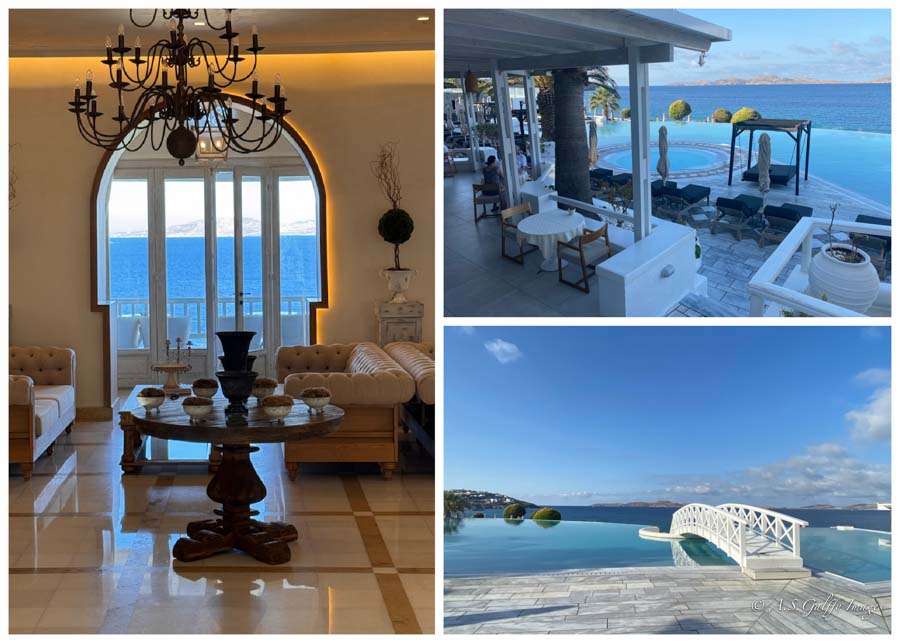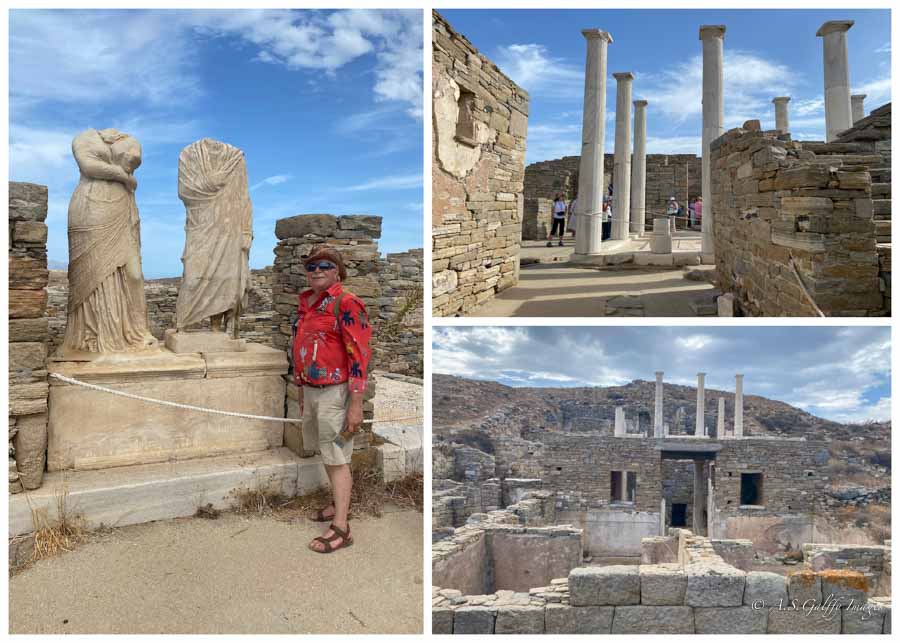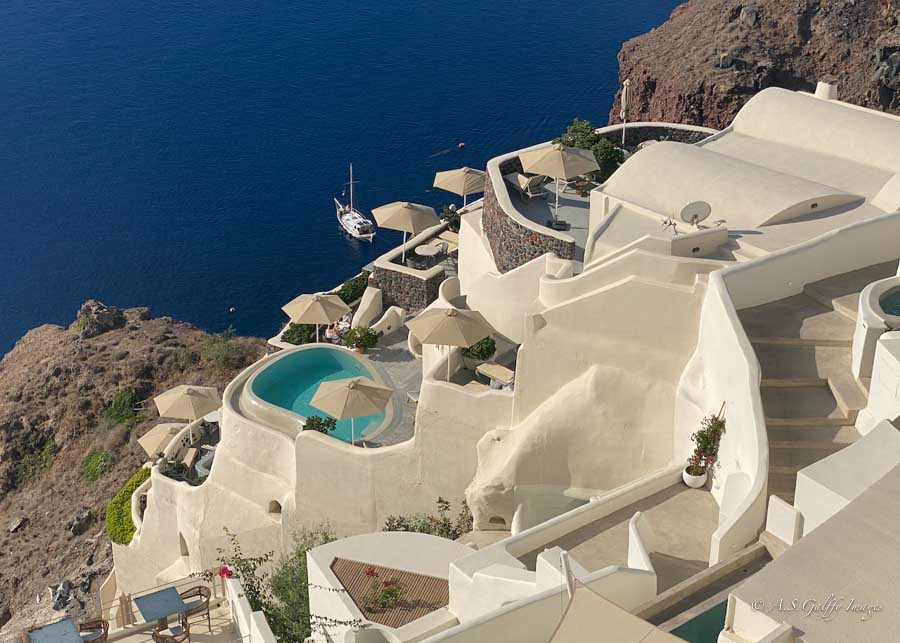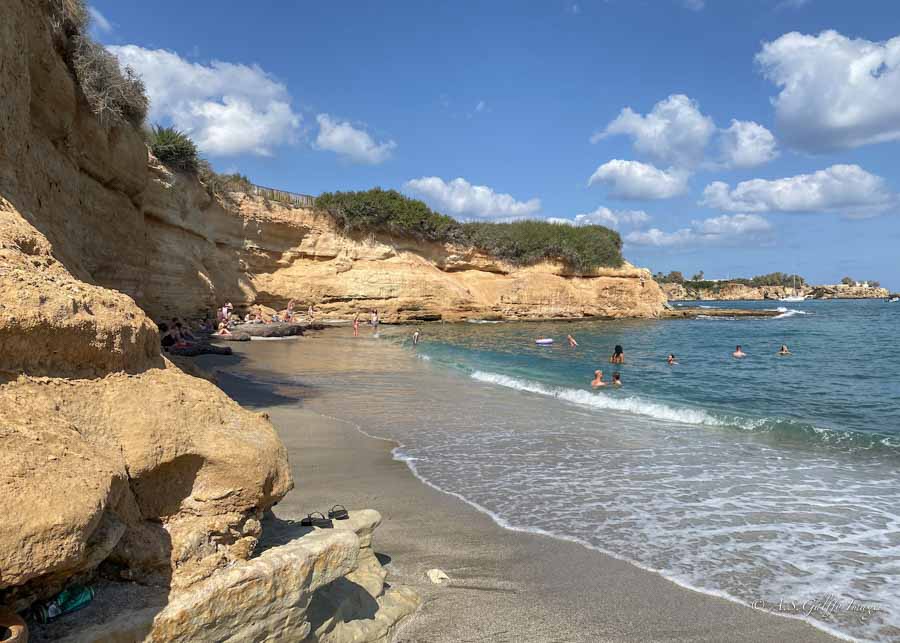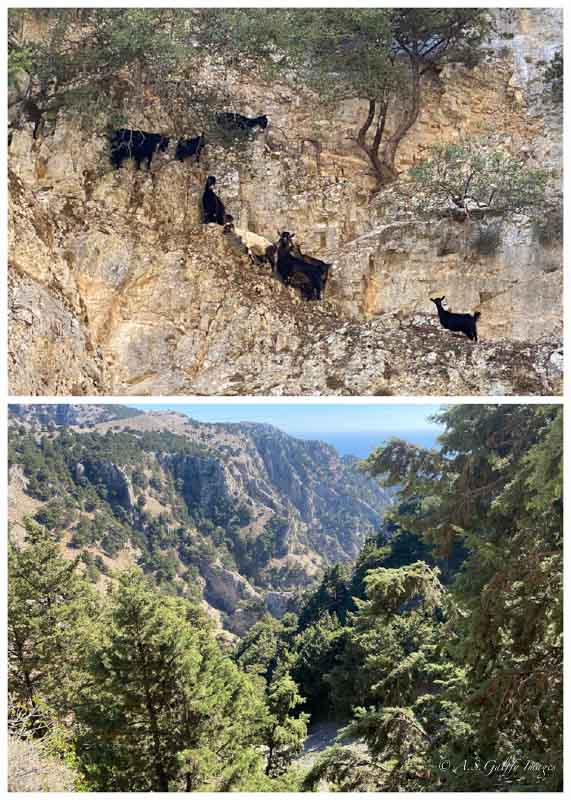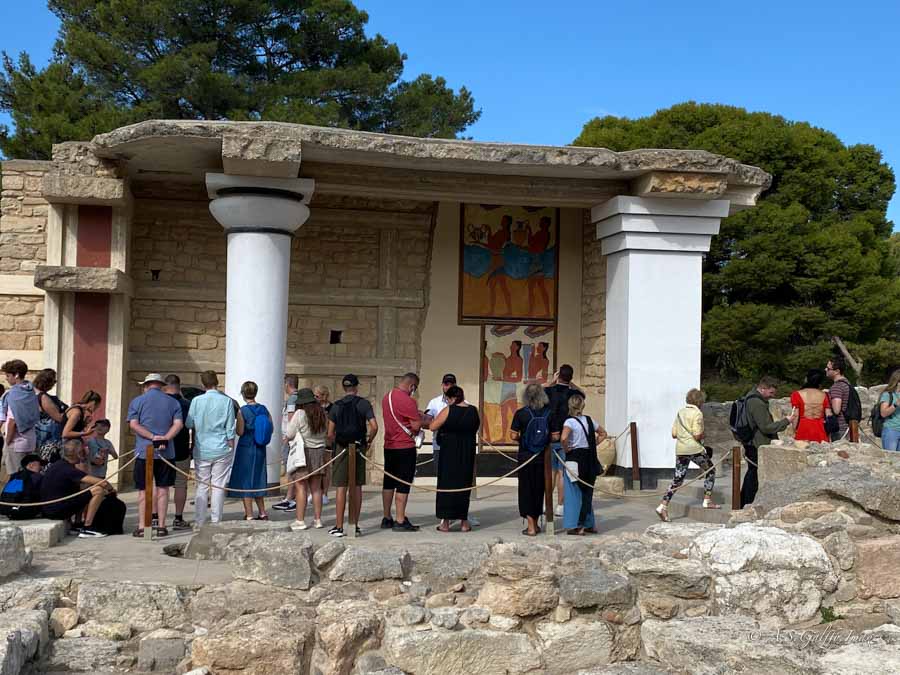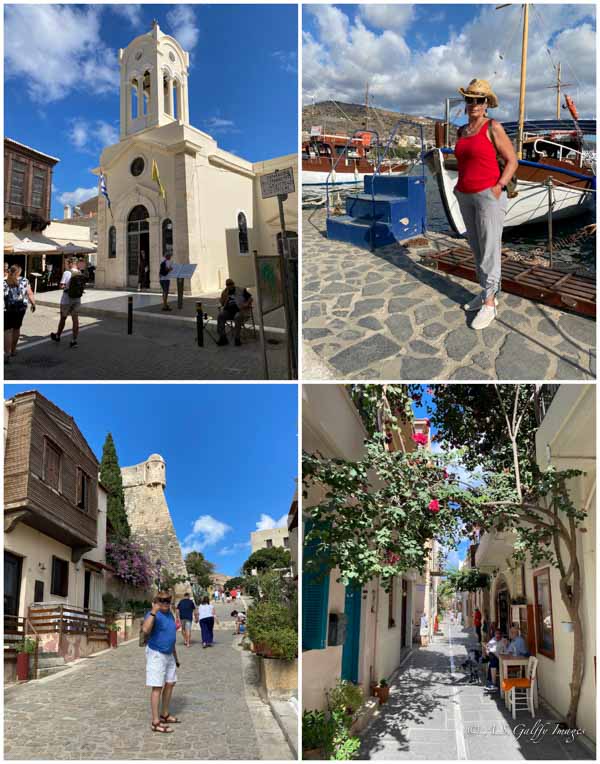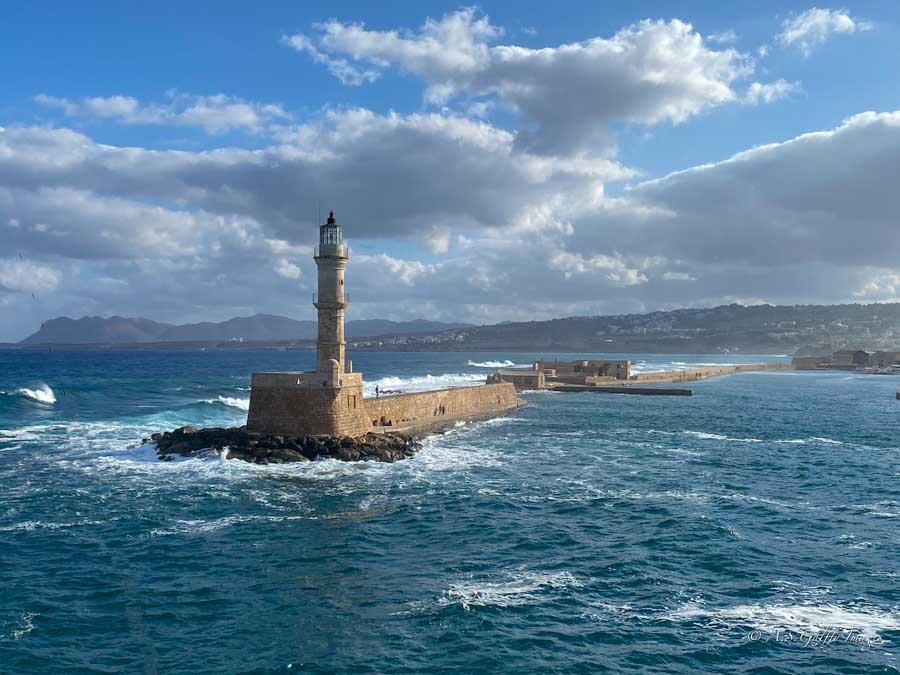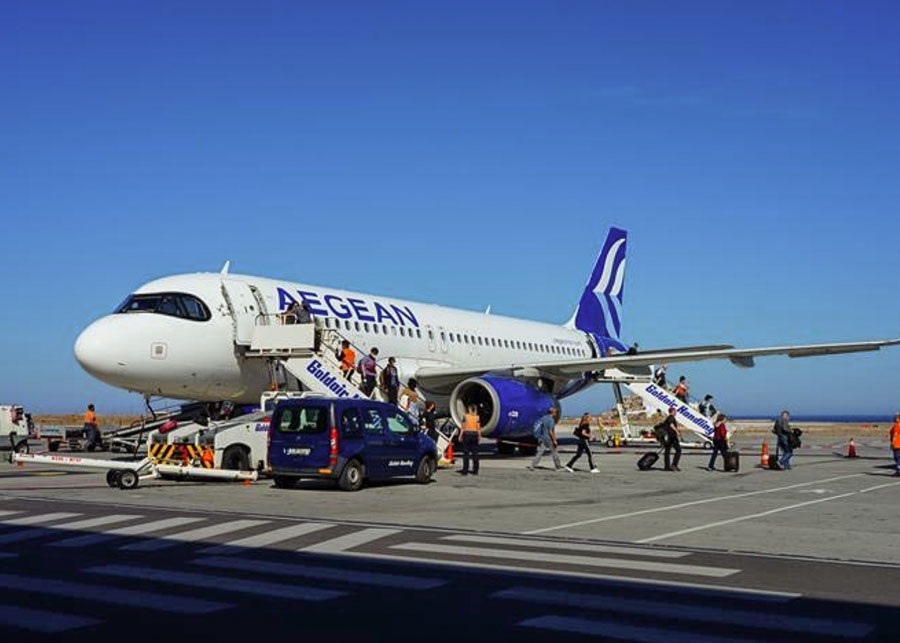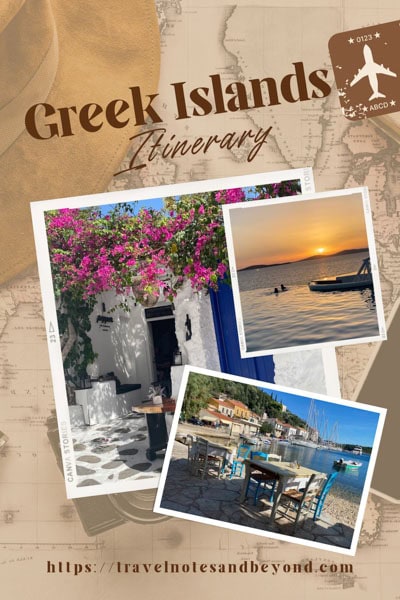The lights are twinkling in the trees, the baubles are up and the Bristol Christmas Markets are in full swing. Yes, Christmas in Bristol is well and truly here! I love exploring my home town at Christmas and here are the top Christmas events in Bristol for 2024, to check out this holiday season.

This article may contain affiliate links that provide commission on purchases you make at no extra cost to you. As an Amazon Associate I earn from qualifying purchases.
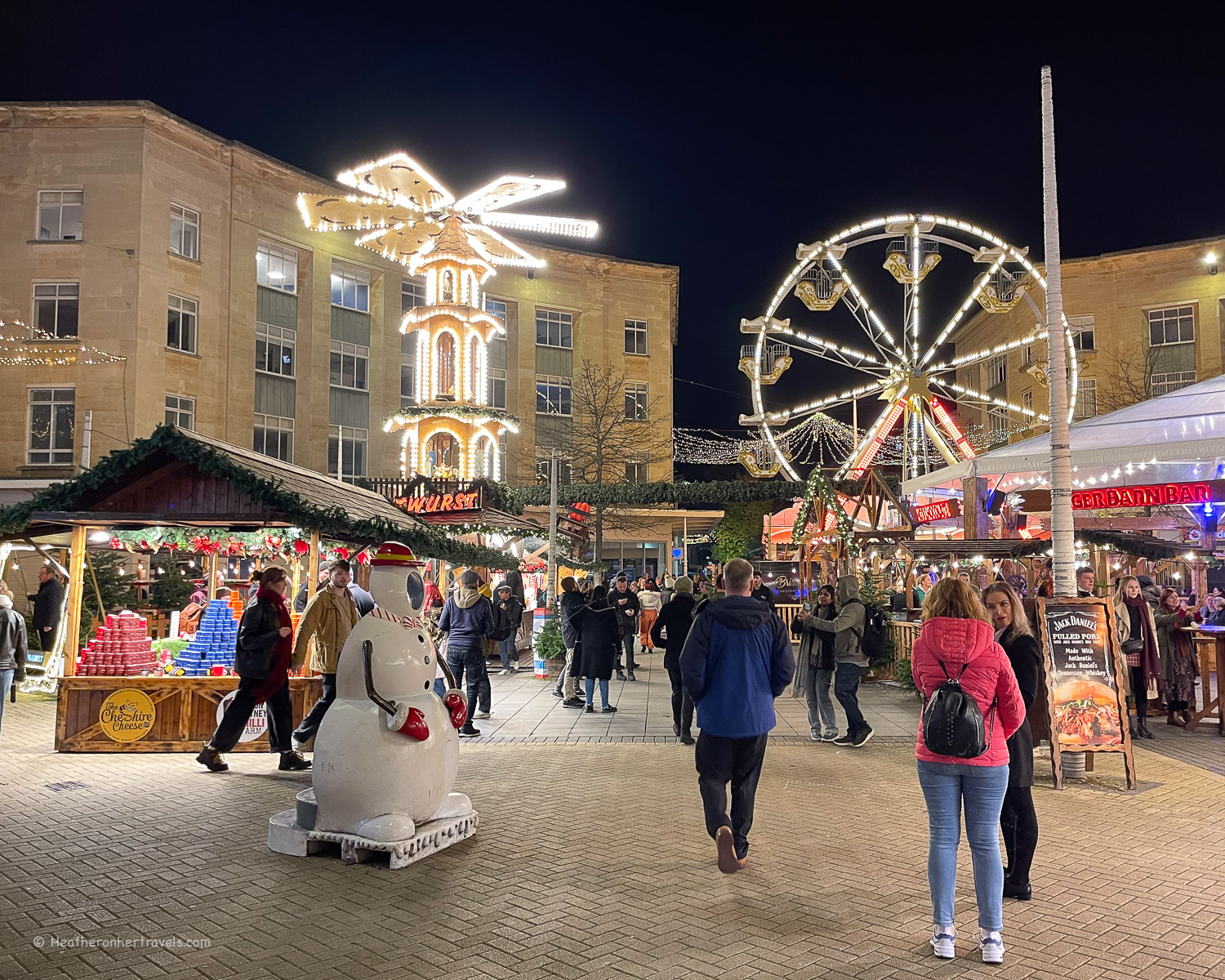
Christmas Markets in Bristol
Christmas markets? You may have visited them in Germany, but did you know we have plenty in Bristol too?
1. Bristol Christmas Market
While walking through the Bristol Christmas Market in the Broadmead shopping area, I was definitely feeling the festive spirit.
At the centre of it all there’s the Jäger Barn Bar, where the shoppers of Bristol were having a drink in the bubble Iglus and ski gondolas, amid the Christmas baubles and wooden carved figures of giants, elves and reindeer. From Thursday through Sundays, the bar will feature live music from local performers.
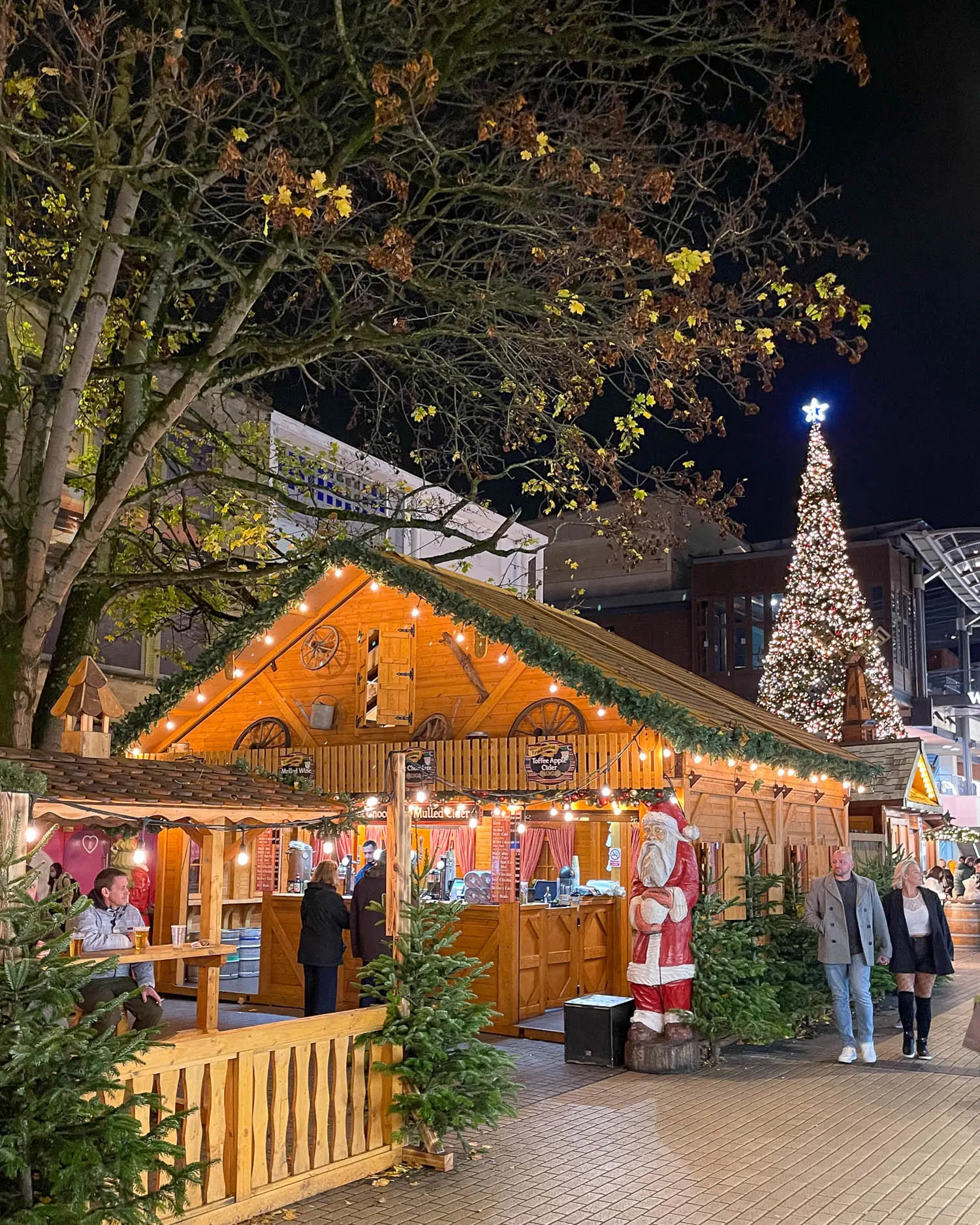
The 15 metre high big wheel offers stunning views over the Christmas Market. New for 2024 is the Christmas Express kid’s train ride and on Merchant Street is the Candy Factory Christmas themed escape room.
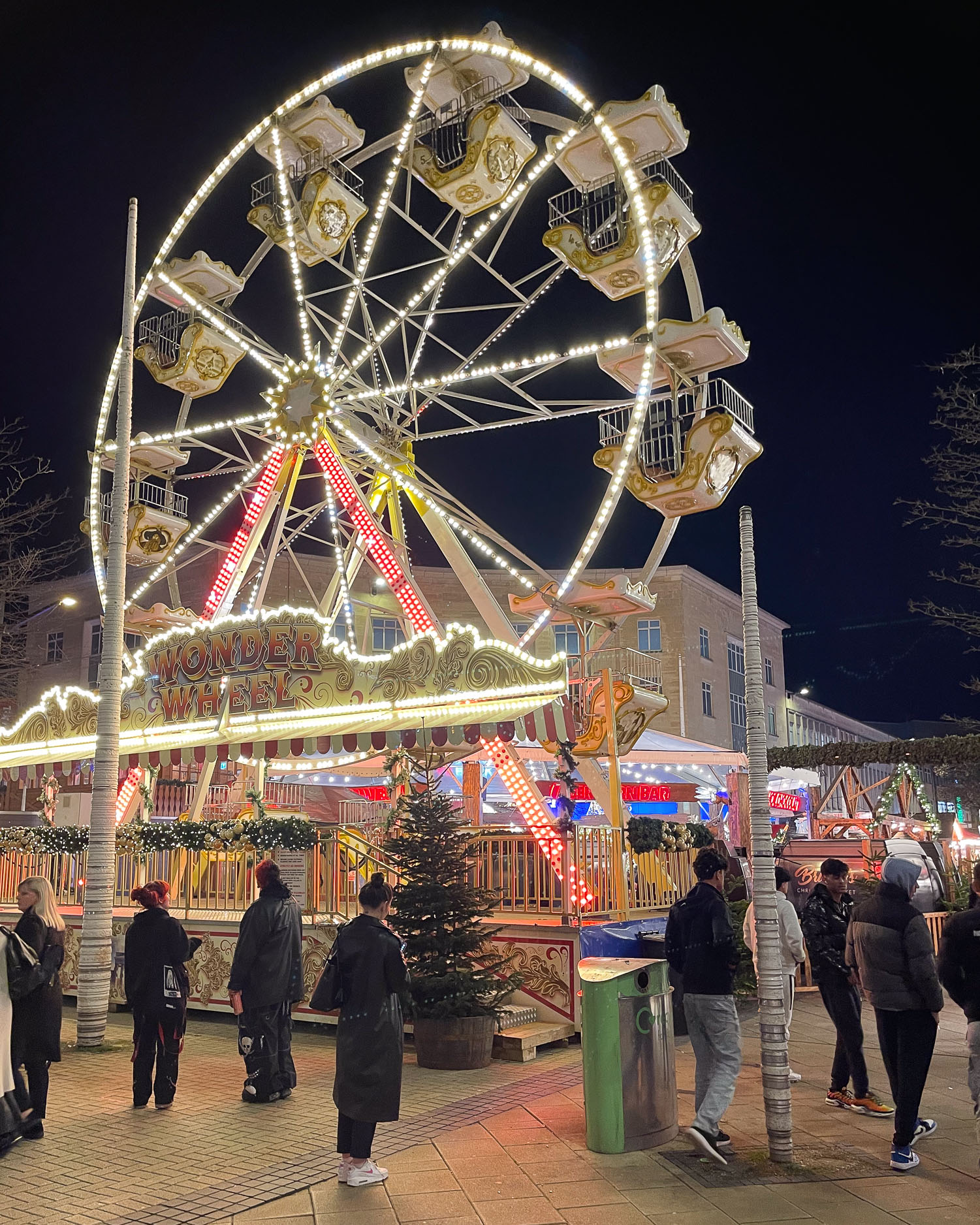
The wooden chalets selling food and gifts stretch towards the Cabot Circus shopping centre. The 35 market stalls are open from 1 November – 23 December 2024 10am-7pm and the food stalls 10am – 10pm.
You may also enjoy: Visiting the Christmas Market in Bath
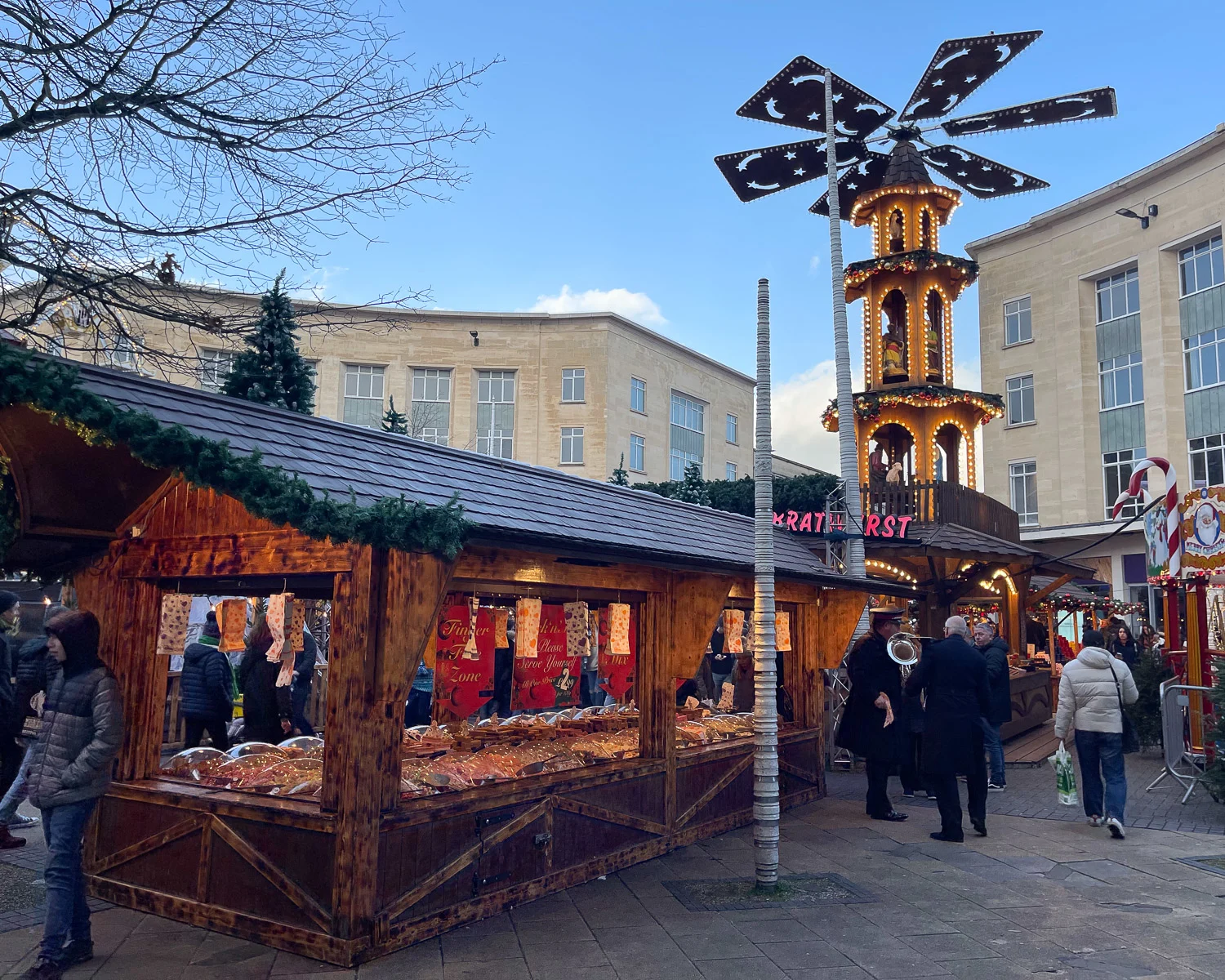
But that’s not all! There are plenty more seasonal markets around Bristol for you to enjoy.
2. Castle Park Christmas Village
New for this 2024 is a Christmas Village in Castle Park, centred around the historic St Peter’s church, which will be illuminated with an evening light show. There will be classic funfair rides, like Dodgems, Walzer and Balloon carousel, as well as activities like the rollerblading, curling and traditional fairground games.
The Castle Park Christmas village will be open 5 Dec – 3 Jan, daily except Christmas Day.
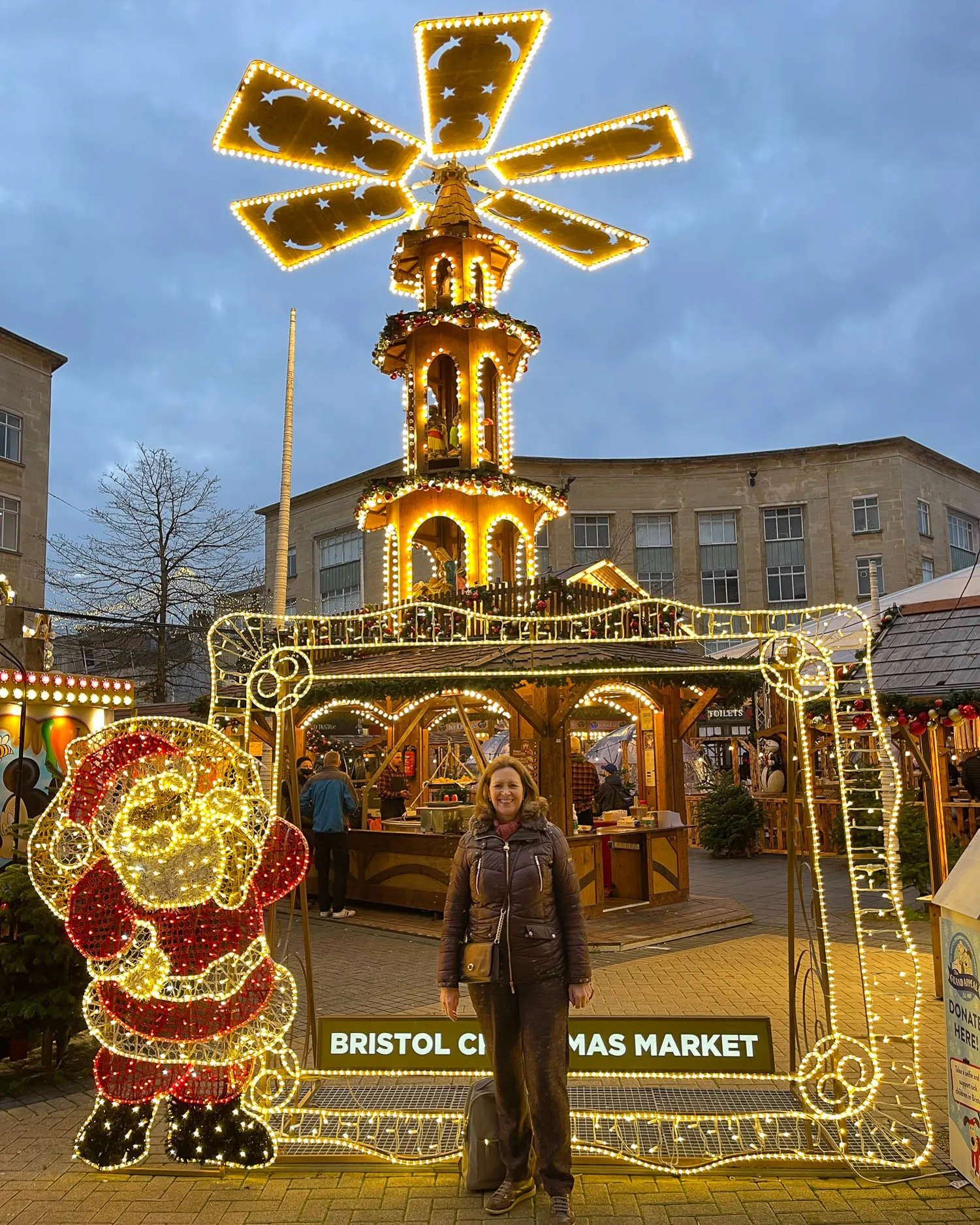
3. Corn Street Christmas Market
In the run up to Christmas, the outdoor markets along Corn Street will also take on a festive flavour. Enjoy the best of Bristol food, vintage and gifts, every Friday, Saturday and Sunday until 10 December, then daily until Christmas eve.
The regular street food markets also run Tuesday and Friday 11am – 2.30pm and the Farmer’s Market runs every other Wednesday 9.30am – 2.30pm. More info: St Nicholas Market website
Discover free things to do in Bristol – 20 things to do that won’t cost you a penny
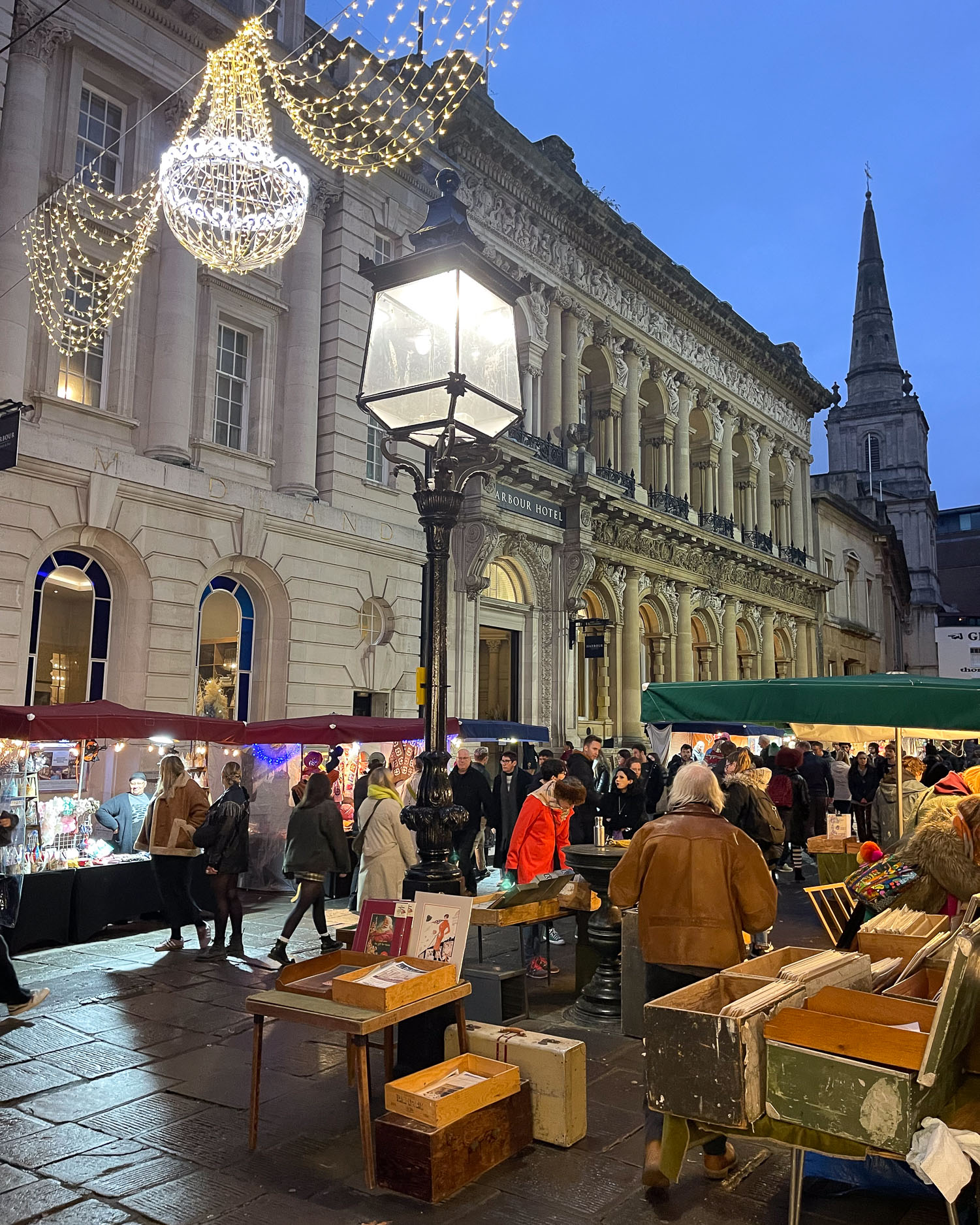
4. Millennium Square – Vintage Winter Wonderland
There’s a Vintage Winter Wonderland with carousels and family friendly fairground rides in Bristol’s Millennium Square, near the harbour side.
The food stalls in Millennium Square sell everything from German Bratwurst and Cheesy Krakauer to Vegan street eats and hot Belgian waffles, so you won’t be going hungry!
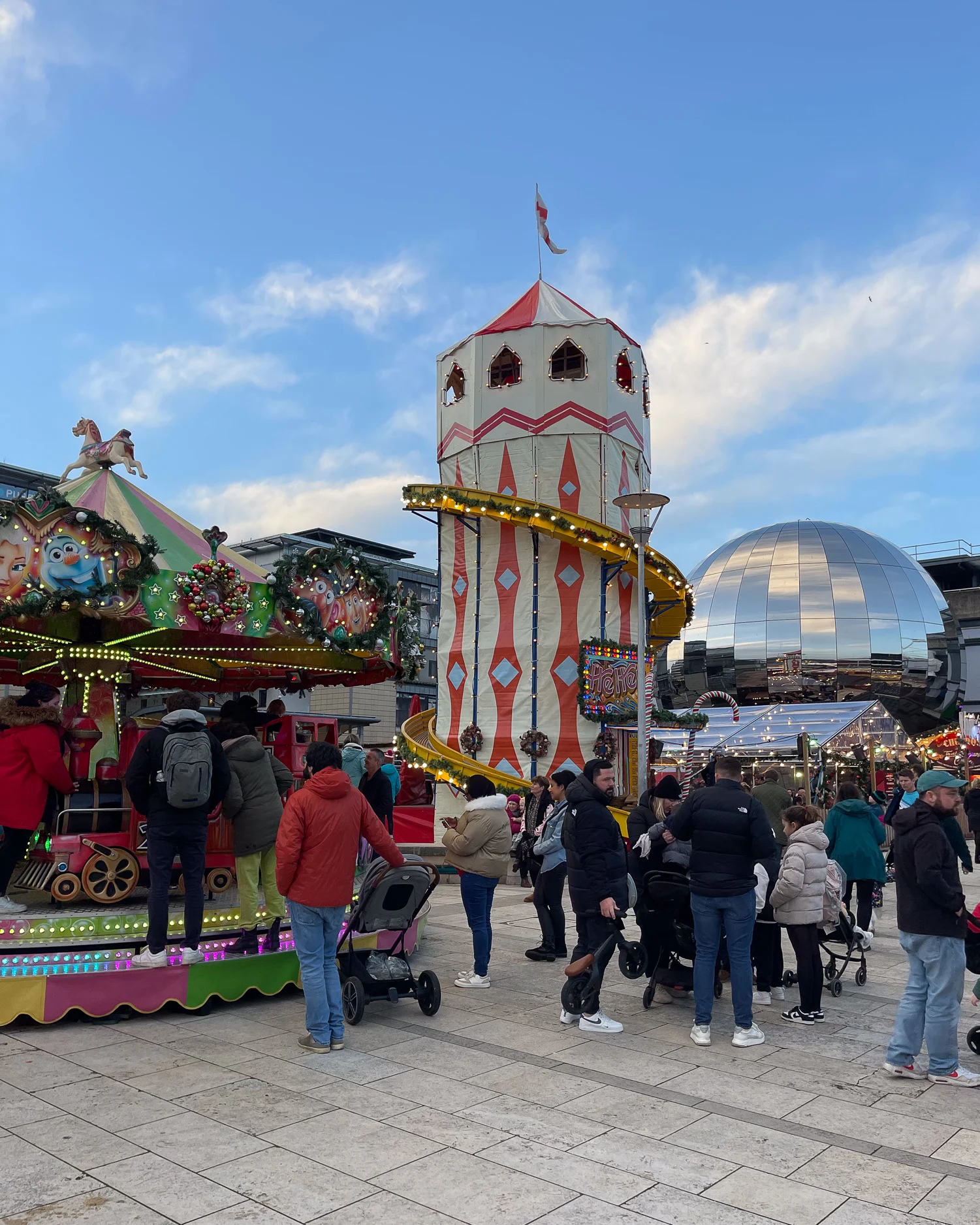
While the kids are having fun on the rides, the adults can enjoy the ski themed Après Bar. Mulled wine and cider will be flowing, with blankets to keep away the chills and live music on Thursdays and DJs at the weekend.
The Vintage Winter Wonderland is open in Millennium Square from 9 November 2024 to 5 January 2025.
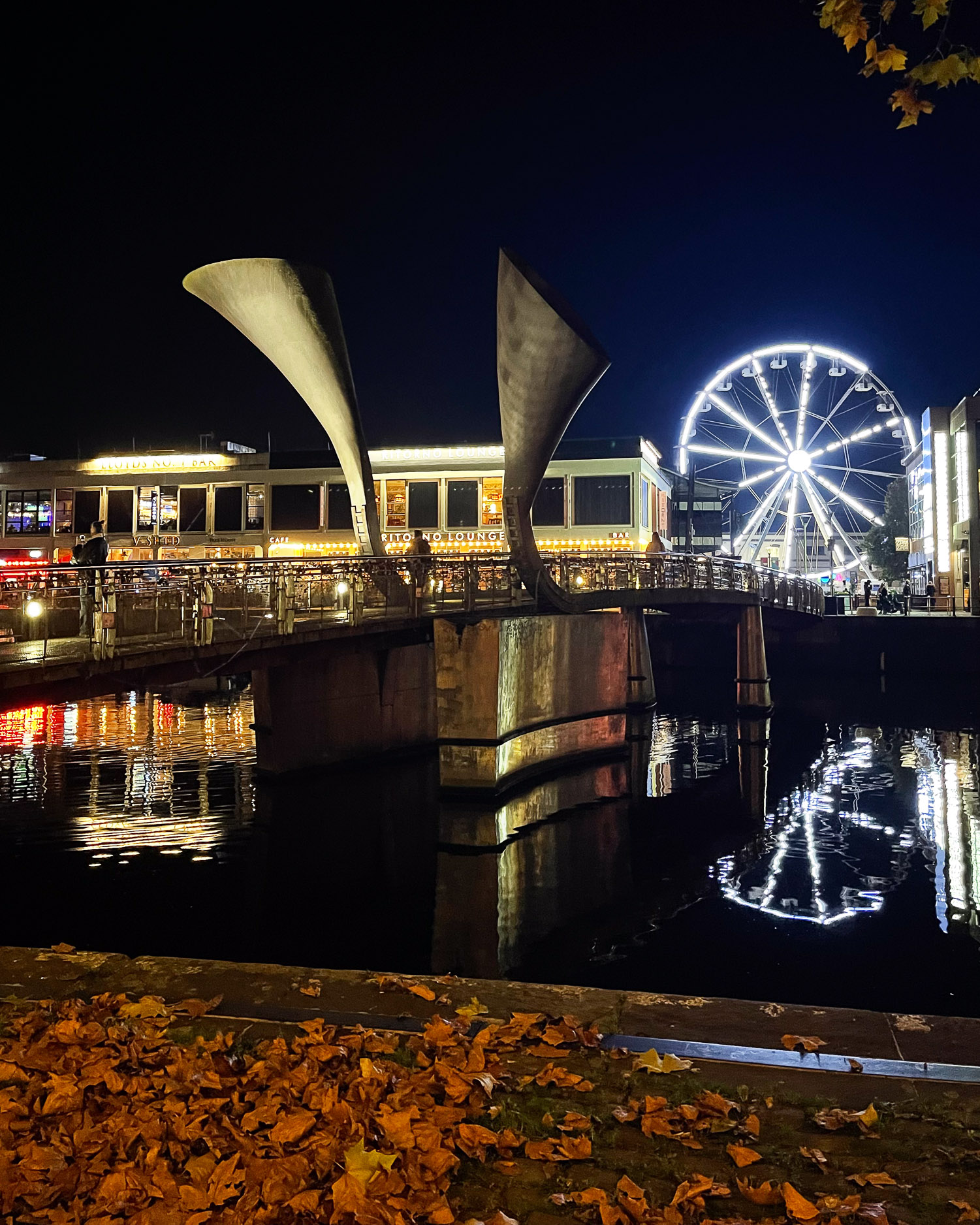
Christmas shopping in Bristol
5. Christmas shopping in central Bristol
For shoppers working their way through the Christmas shopping list, the central Bristol shopping centres of Cabot Circus and Broadmead will have most of your needs covered.
In Broadmead, the Galleries shopping centre is hosting the Bristol Pop up Shop in The Galleries 14 Nov – 24 December 2024 with gifts from 100 of Bristol’s finest designers and makers – find it between Boots and Smiths.
I also enjoy shopping on Park Street, with its strings of lights, where there’s a winning mix of upscale high street brands, independents and vintage. One of my favourites is Diana Porter, if you want to splash out on unique and hand made contemporary jewellery, for that special Christmas gift.
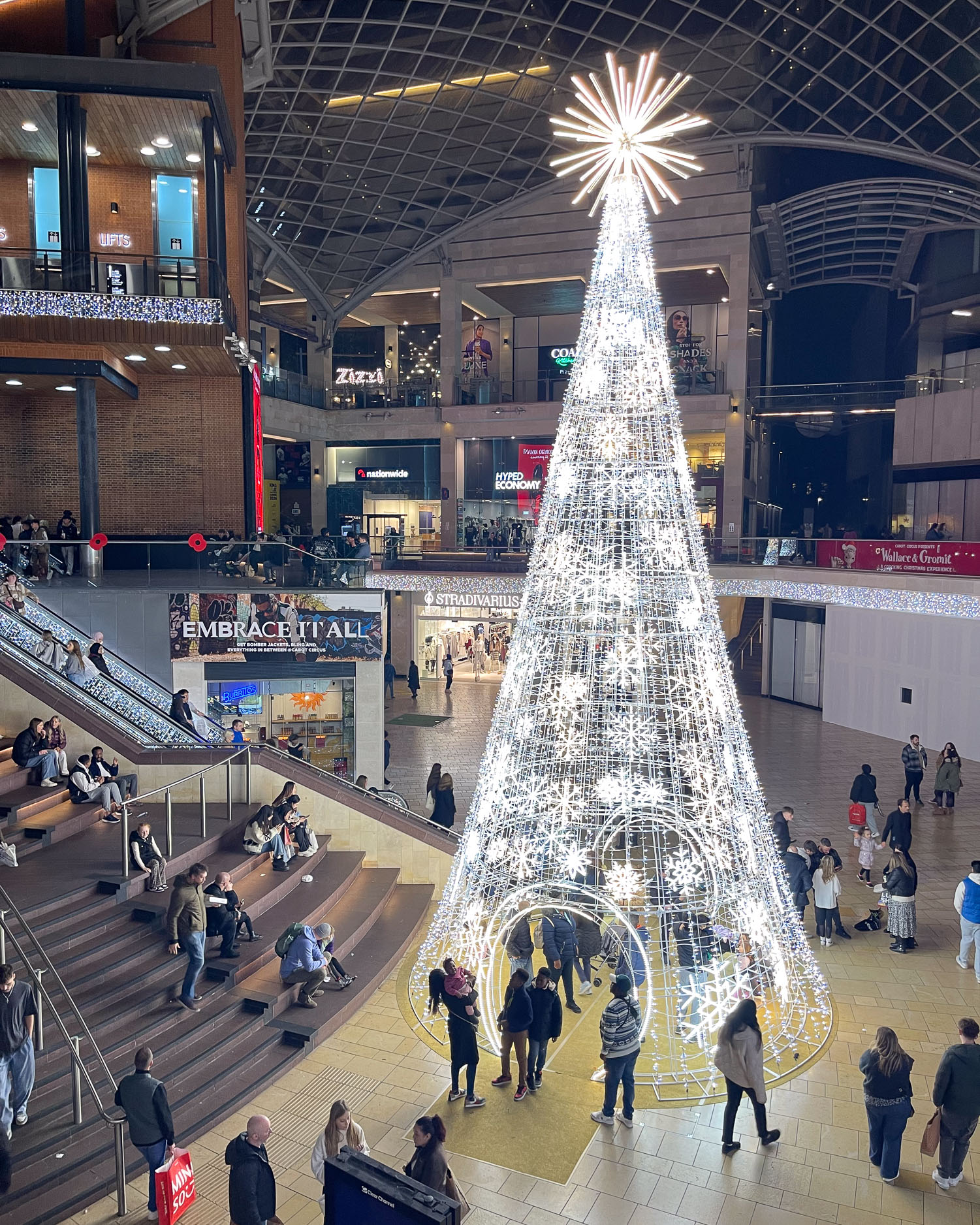
6. St Nicholas Market – Bristol’s indie traders
The indoor St Nick’s Market is a great place to stock on unique gifts from Bristol’s indie traders. In 2024 the indoor market will open Monday – Saturday 9.30 – 5pm with additional Sunday opening 10am – 5pm from 14 November until Christmas Eve.
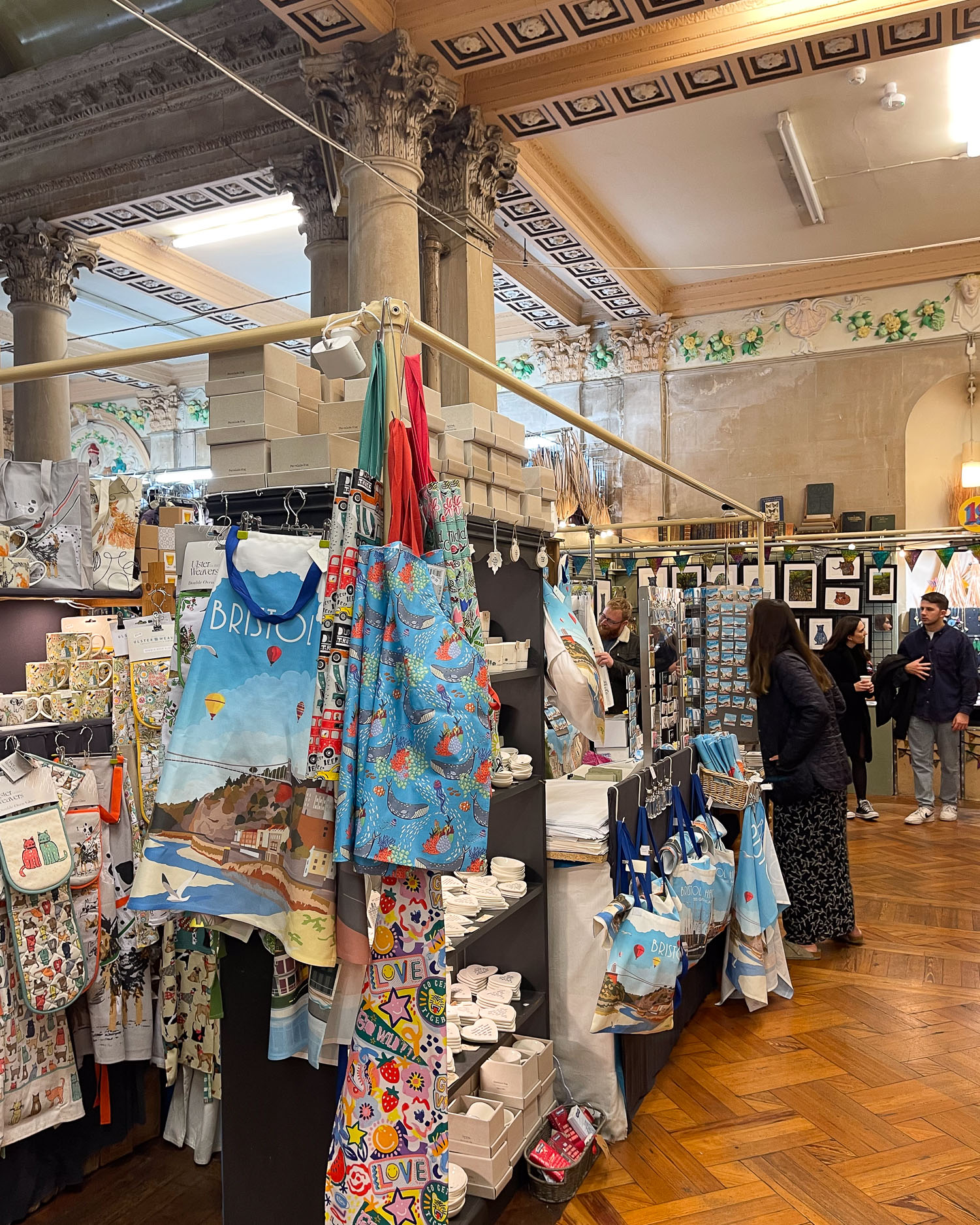
7. Clifton Village – stylish boutiques and cafes
For atmosphere, you can’t beat Clifton Village, where the elegant Georgian townhouses and stylish boutiques make for a charming atmosphere. There’s plenty of opportunity to shop for that party frock or pair of sparkly heels, so look out for tempting Christmas displays in all the shop windows.
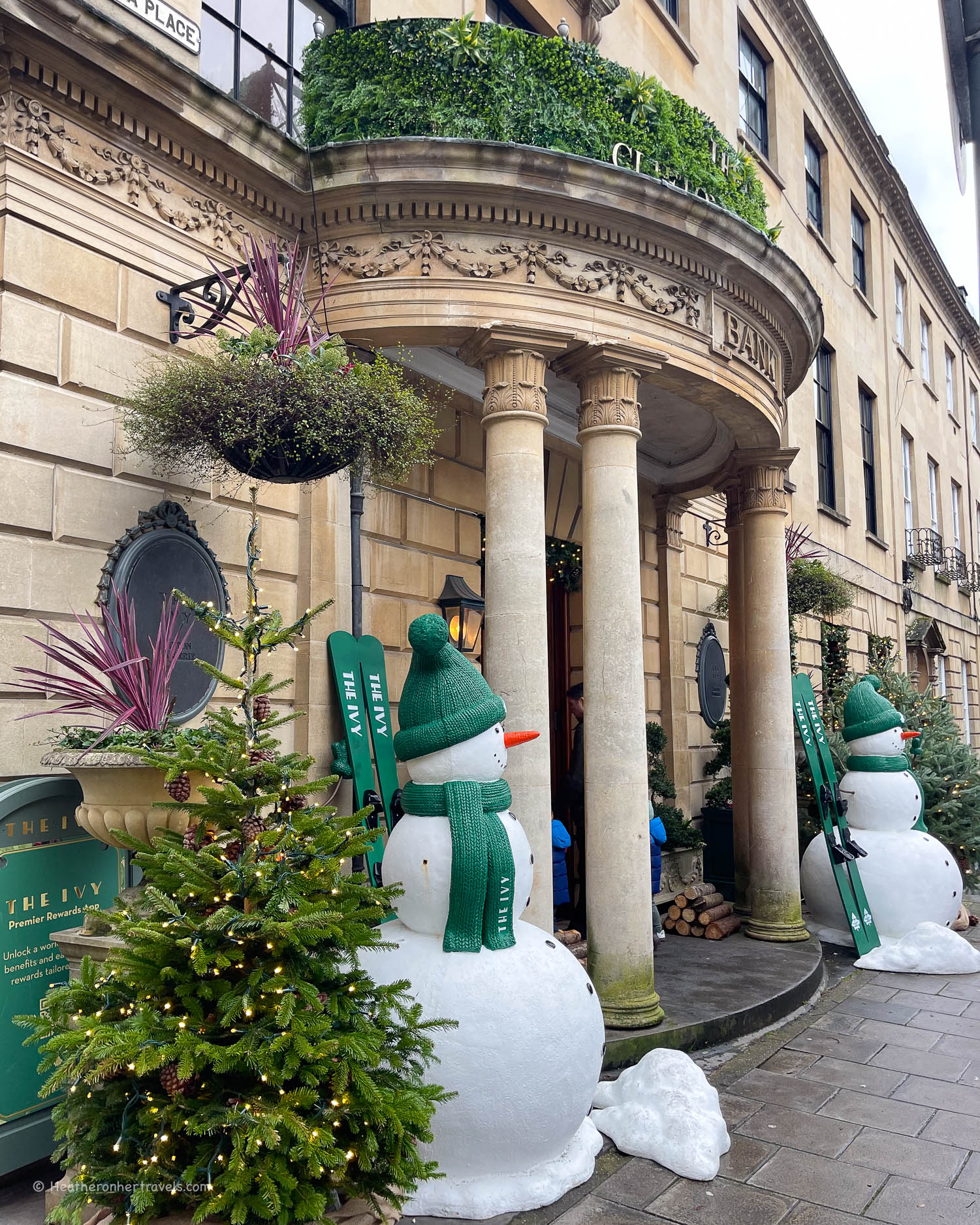
A 50 ft Christmas tree towers impressively over the Mall Gardens, with Community Carol singing and the Clifton illuminations being turned on from 6.00pm Weds 20 November 2024. Clifton Village is full of bars, cafes and restaurants, so it’s a great place to meet friends for brunch or a festive drink.
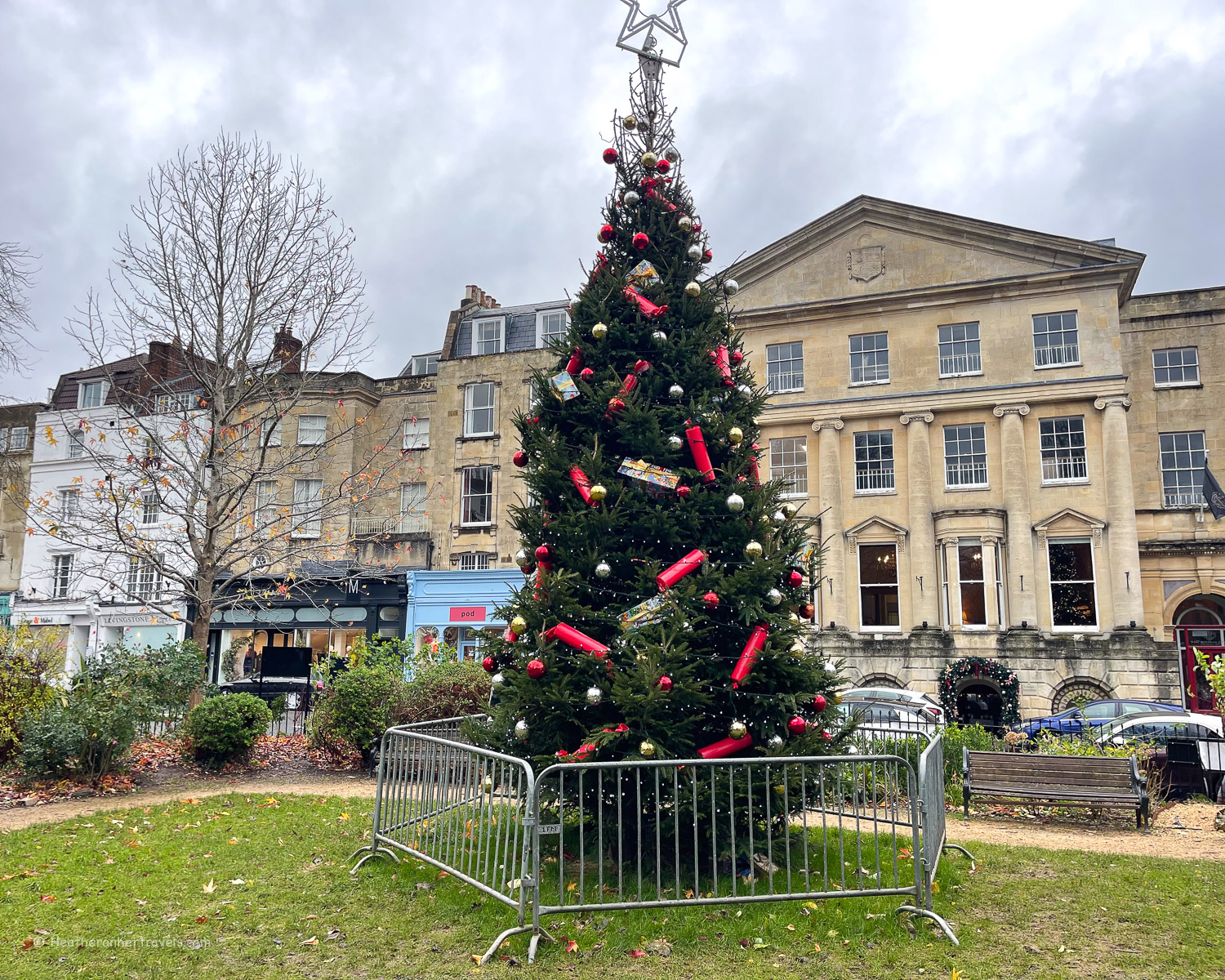
Among my favourite places to get into the Christmas spirit are The Ivy with their festive menus (13 Nov – 2 Jan), East Village Vegan Cafe to brunch while you shop and The Dirty Bird for festive cocktails.
An Elf on the Shelf trail will be in Clifton Village between 23 November and 21 December. Grab a map and search out for hidden elves in the shop windows as you walk around the charming streets of Clifton.
For more info and a full list of events: DiscoverClifton.co.uk
8. Christmas Steps – Bristol’s Arts Quarter
If you’re looking for something a bit more arty in the centre of Bristol, explore the area around the aptly named Christmas Steps, where the Christmas lights will be sparkling and you can get a flavour of medieval Bristol.
The steps once led down to Bristol’s Harbourside where merchants ships from around the world unloaded their cargo onto the quayside and into sugar warehouses, like the one that is now Hotel du Vin.
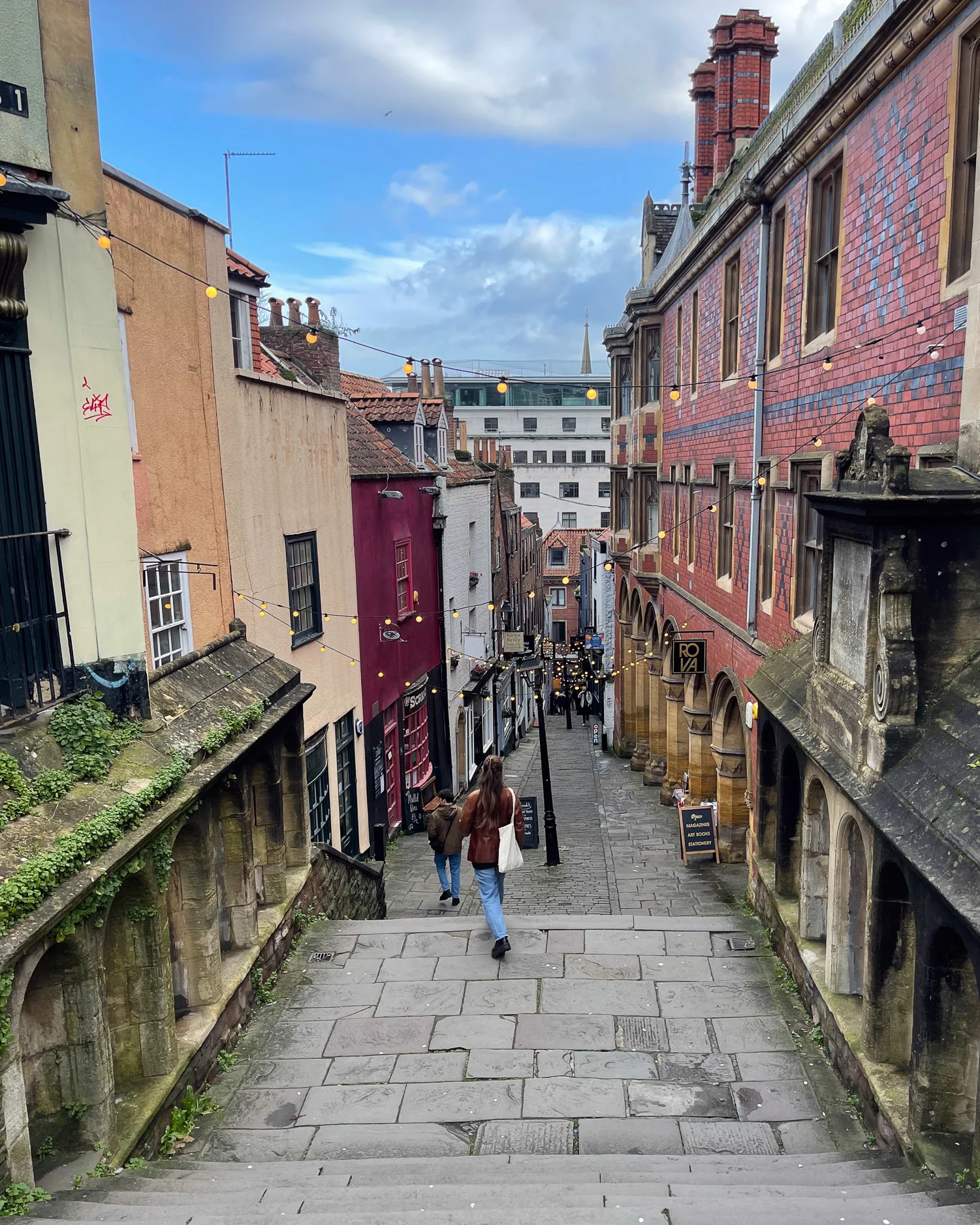
Now the Christmas Steps Arts Quarter is home to 50 small independent businesses on the steps and Colston Street at the top,. It’s worth continuing up the steps to Perry Road for the art galleries and other creative businesses there.
At dusk capture those Dickensian vibes with a photo looking down from the top of the steps, then treat yourself to a gooey cake from Ahh Toots at the bottom.
More info: ChristmasStepsArtsQuarter.co.uk
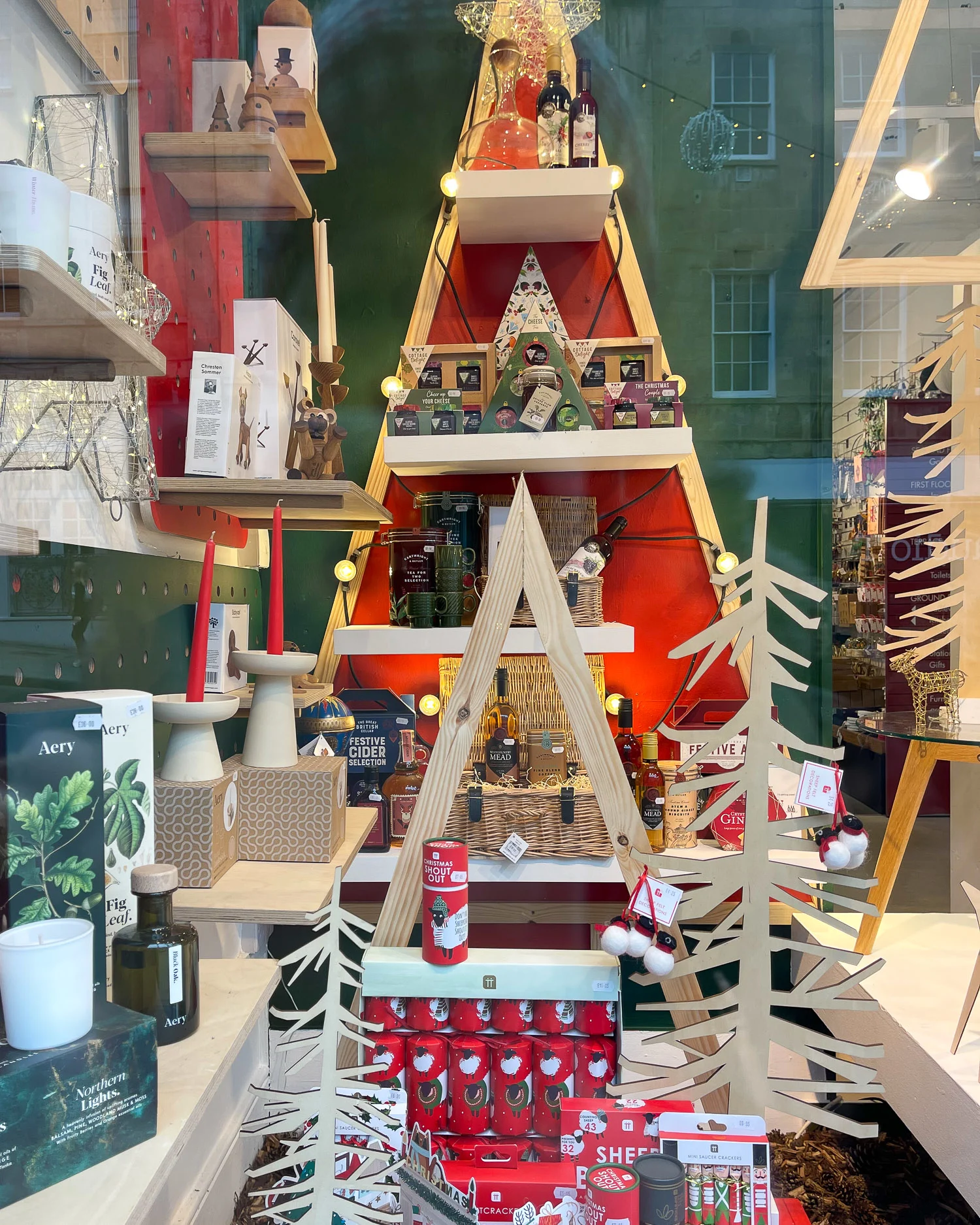
You may also enjoy: Bristol Gifts: 50 gifts that say you love Bristol!
9. Christmas Craft Markets in Bristol
To find original gifts that are unique and often made in Bristol, visit one of the many craft markets around Bristol in the run up to Christmas.
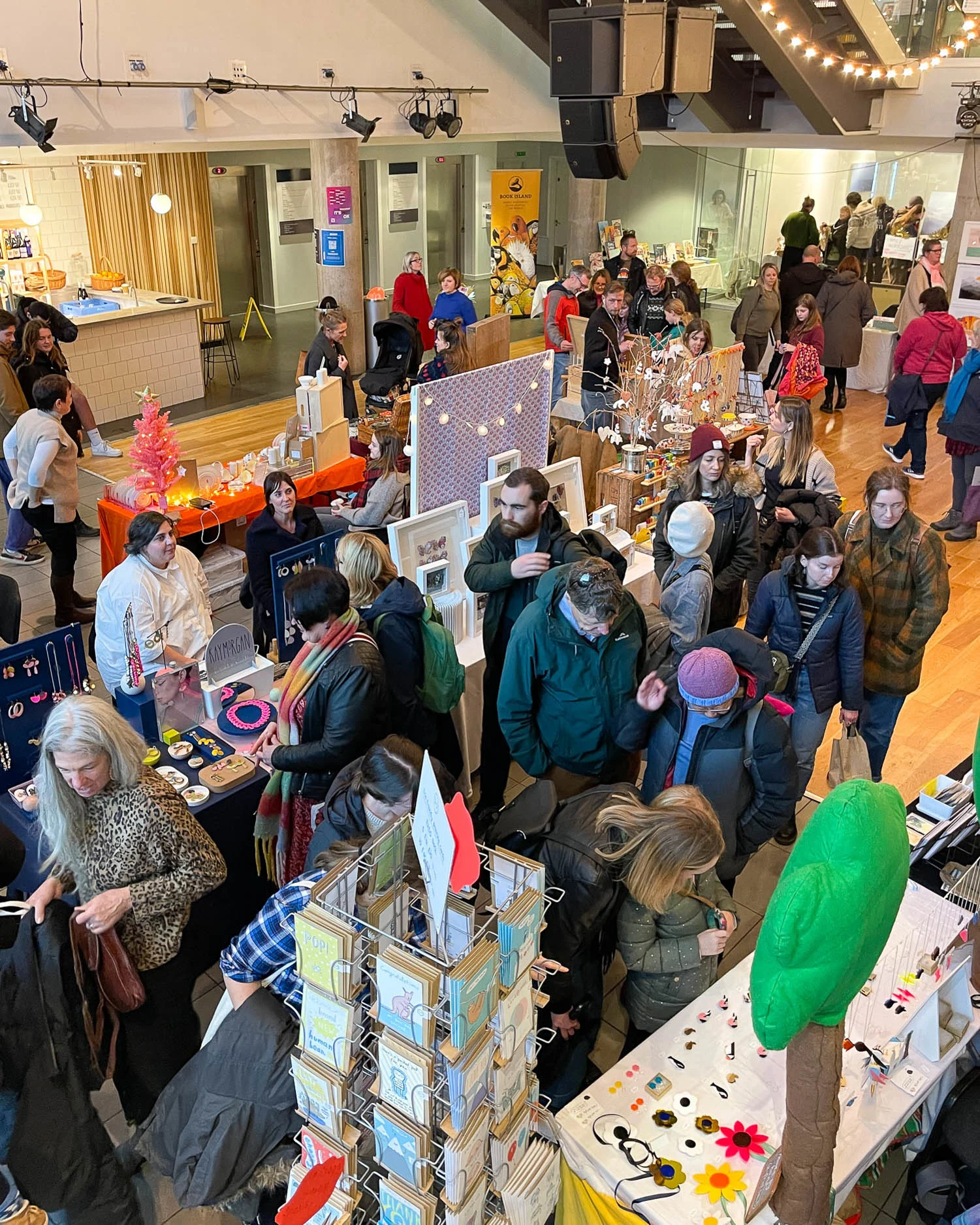
Bristol Beacon Made in Bristol Gift Fair 2024 – The fair takes place on Sat 23 Nov, Sat 7 Dec, Sat 14 Dec 10am – 4pm. Five floors of gifts by Bristol artists and makers.
Bristol Pop up Shop in The Galleries 2024 (On the Ground Floor between Smiths and Boots) – Daily from 14 November until 24 December – a huge range of gifts from 100 of Bristol’s finest designers and makers. The shop is run as a collective and staffed by the artists themselves.

St Nicholas Market 2024 – Open daily – an indoor market in the city’s old Corn Exchange with the largest collection of independent retailers in the city.
Prior Shop Sustainable Design Workshops 2024 – Specialising in sustainable Bristol designers, the Prior Shop in Quakers Friars is hosting several workshops in December, including making Christmas wreaths, festive scented candles and Christmas tree decorations.
Estate of the Arts Winter Fair 2024 – Maker’s stalls among the artists studios in Bedminster on 23rd and 24th November 2024, with hot food and live music.
Future Leap Festive Market 2024 – Sustainable Pop-up Christmas market at 1-3 Gloucester Rd on Sat 30 November, Sat 7 December, Sat 14 December and Sat 21 December 2024 10am – 5pm.
Better Christmas Market 2024 – In the undercroft at St Mary Redcliffe, as part of the Treefest event, an arts and crafts market is being held, with carols, workshops, food and mulled wine. Treefest is a festive display of Christmas trees, each decorated by a different charity or community group. Thurs 5 – Sun 8 Dec 2024

10. Shop for Vintage partywear in Bristol
For some fun party wear, why not shop vintage in Bristol this season? Much of the sparkle we wear during the festive season only gets worn once or twice, so it makes sense to save money and the planet by shopping in Bristol’s many vintage shops.
Good locations to shop, with a range of vintage, dress exchange and upmarket charity shops include Park Street, Broadmead, Gloucester Road and Clifton Village.

Sparks Bristol – the old Marks & Spencer in Broadmead has been transformed into a hub of sustainability in the heart of Broadmead. They have a great selection of vintage clothing, as well as departments for ethical, sustainable and Bristol made gifts.
Vintage personal styling sessions – Meg from Clothmod (She has a stall in Sparks Bristol) runs a 2 hour vintage styling session at Clothing X change in Bristol Broadmead, to help you choose outfits that create your own unique look. There are options to book individual places at her group events, or a session that’s just for you and your friends. Book tickets here.
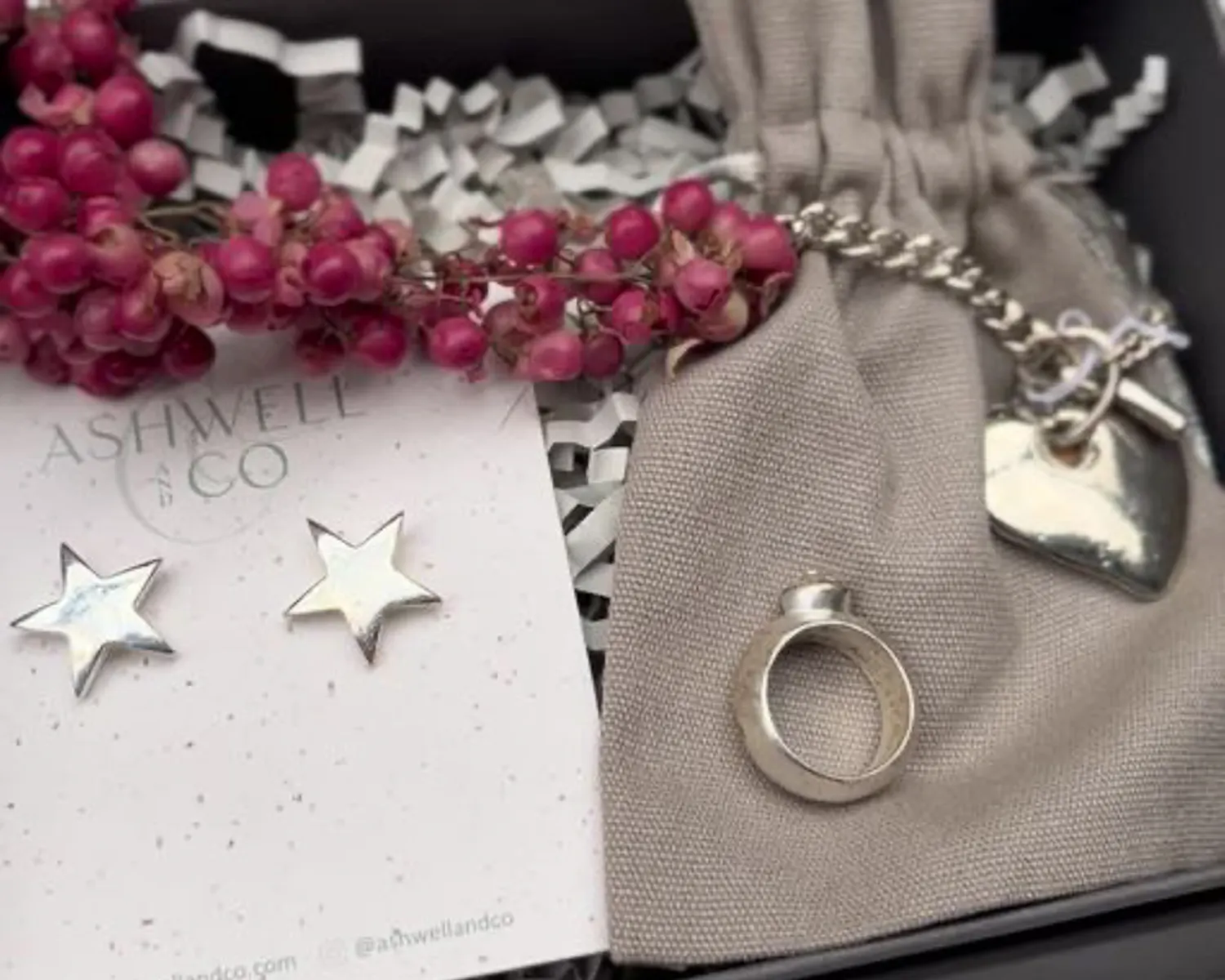
Ashwell & Co – tucked away in the side streets of Clifton, this vintage boutique is just the place to shop for beautiful outfits or accessories with your girlfriends, then indulge in their Christmas afternoon tea.
Foodie ways to get festive in Bristol
11. Sweet treats in Bristol
It seems that minced pies and mulled wine are everywhere and now is the time to savour them, before the Christmas flavours are swept away with the diet books and clean eating of January.
Look out for seasonal flavours, like gingerbread and gorgeous gelato cakes at my favourite gelataria Swoon on College Green.
Recently opened Knoops on Park Street offers endless variations of hot chocolate, with ginger marshmallows and seasonal spice blends.
Also on Parks Street, indulge in a warming hot chocolate at Mrs Potts or book for their Christmas Pudding Club on 13 and 14 December 2024.

If you’re in Clifton Village, the Bar Chocolat Cafe is a cosy space to sip your hot chocolate while browsing for chocolates to gift or enjoy at home.
Over on North Street Bedminster, stock up on festive chocolate stocking fillers at Zara’s chocolates, while sipping a hot chocolate to take away.

12. Festive Pies in Bristol
For something that will warm away the winter chill, Bristolians love to head for Pieminister who have several branches around the city, serving their award winning pies. Find their two restaurants on Broad Quay or on Stokes Croft, with the Festive Christmas pie flavours available from mid November.
There’s also a food stall at St Nicholas Market, where you can buy the pies to take away, or eat at their tables in the market.

Christmas pie favourites include Mistlemoo (steak and port), The Cracker (turkey and cranberry) or Christingle (veggie parsnips, chestnut and cheese). If you’re eating Vegan, they have you covered with The Good Elf, with vegan “turkey”, cranberry and port.
Read about 20 fun things to do in Bristol with your friends
13. Christmas cocktails in Bristol
For a cheeky post shopping drink, head to Dirty Martini. At this stylish cocktail bar on Corn Street the Happy Hour Martinis and selected cocktails are half price. They have some fun Christmas cocktails too, like the Christmas Martini with cranberry juice and orange bitters or Santa’s punch, with rum and pomegranate.

Also just off Corn Street is Brozen, who specialise in unusual frozen cocktails using alcoholic sorbets that are frozen individually using liquid nitrogen.
Or head to Welsh Back, where the The Granary has a late night Granary Club cocktail Bar as well as serving an all day menu in its upstairs restaurant. They are also offering a Breakfast with Santa event on Sat 8 Dec 9.30 – 11am, with a family breakfast, Santa Singalong and present for the kids.
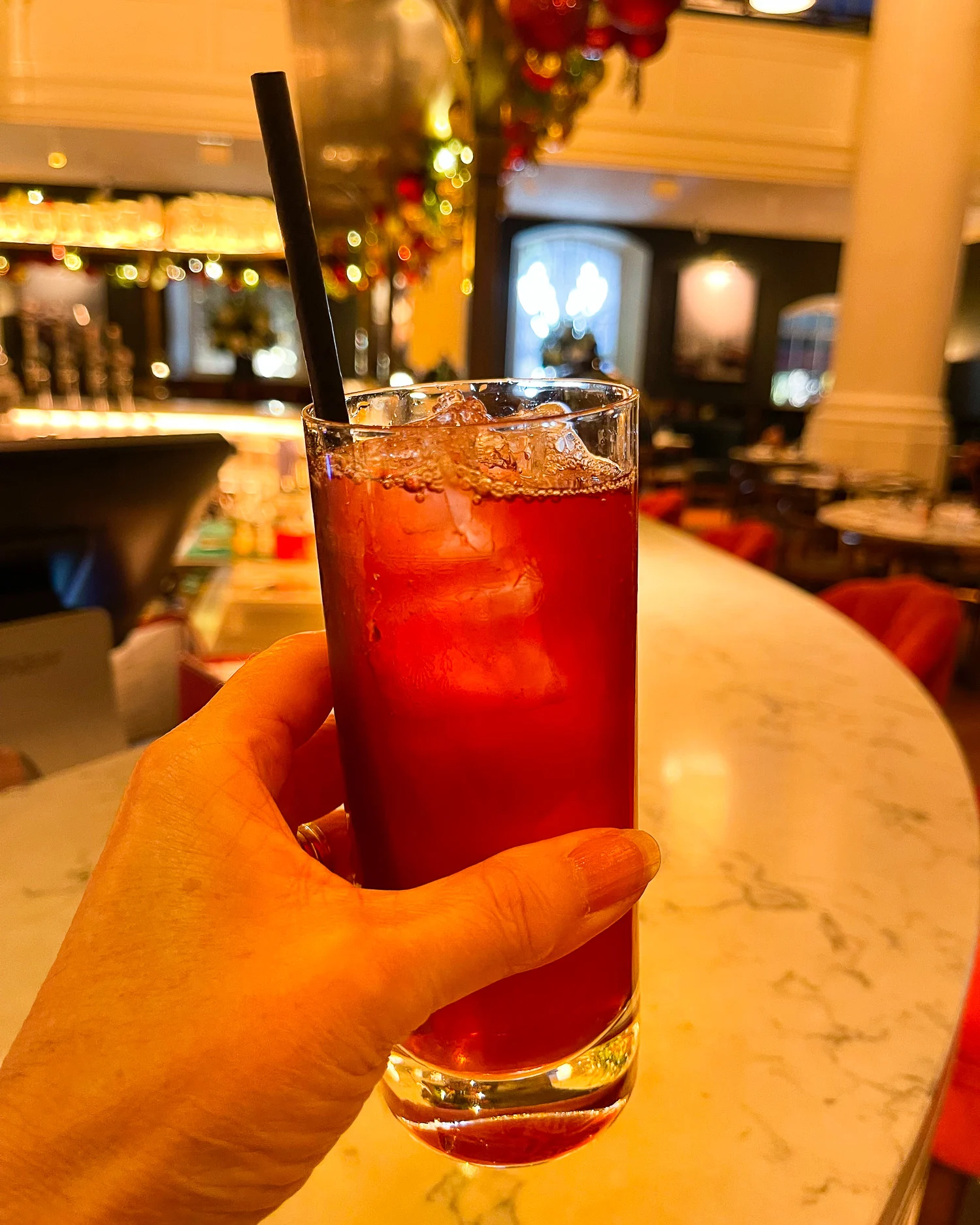
14. Bristol made drinks to take home for Christmas
No self respecting West County Household would be without their cider at Christmas. You can order in from the Bristol Cider Shop for a drink on Christmas afternoon in front of the telly.
They have a cider advent calendar, cider tasting kit and plenty of other gifts for cider lovers. Everything can be delivered in the UK and gift subscriptions are also available.

Check out things to do in Bristol Old City – what to see and where to eat
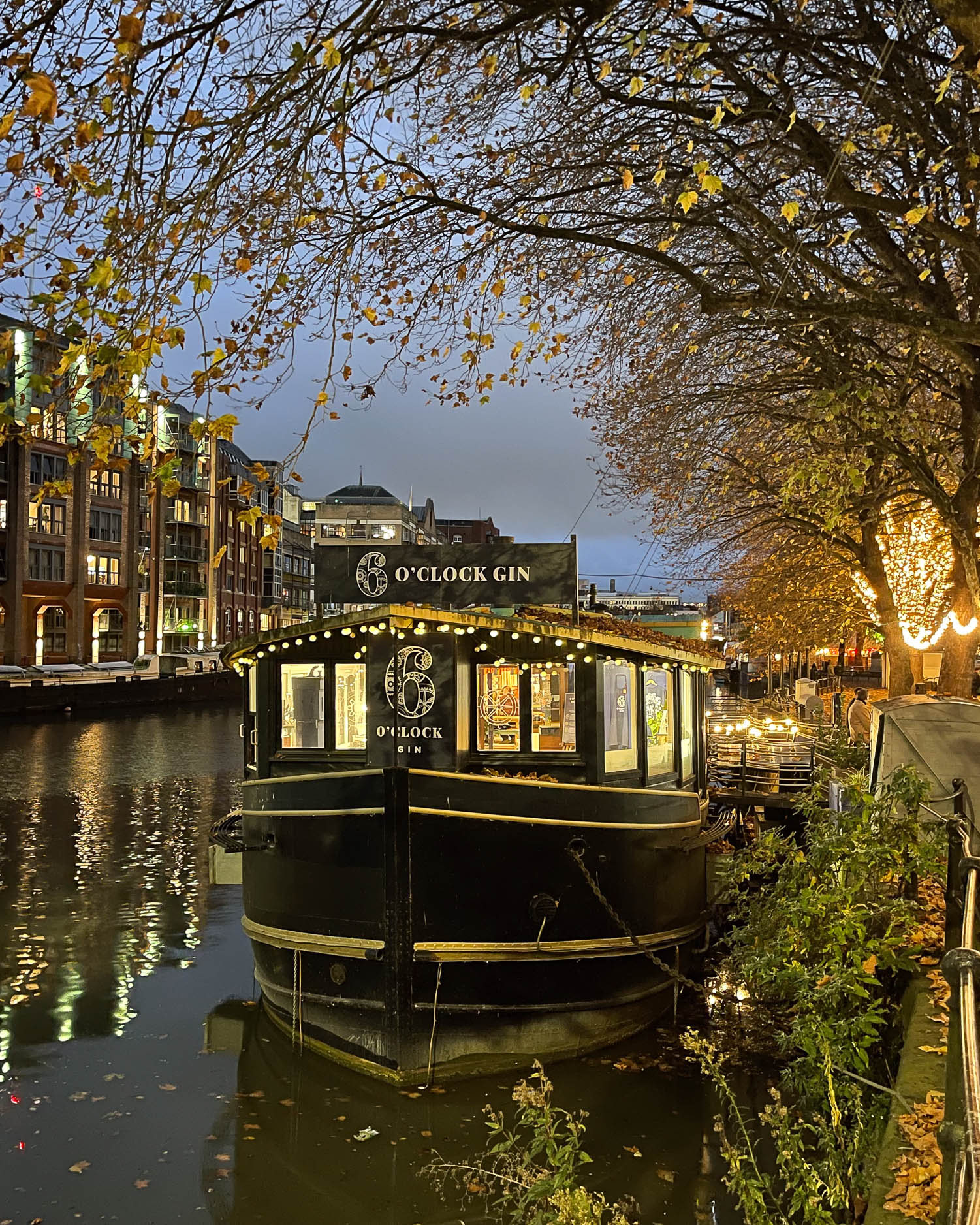
Also look out for the floating gin bar from 6 O’clock Gin at the Glass Boat, which is moored by Bristol Bridge. In addition to the bar area, there’s a shop selling the locally produced gin in distinctive blue glass bottles, with mini sizes that are perfect for stocking fillers.
They have seasonal flavours too, so try the Spiced Orange and Cranberry or the Damson Gin, for a Christmas treat.

15. Food markets in Bristol for Christmas
In the run up to Christmas, the Finzel’s Reach Market is the place to try local street food, with markets on Wednesdays and Fridays offering a huge range of street food over the lunchtime period (11am – 2pm).
Feast on globally inspired street food inspired by Sri Lanka, Asia and BBQ, or stock up for your Christmas table with local beers and ciders as well as artisan sausages and cheeses.
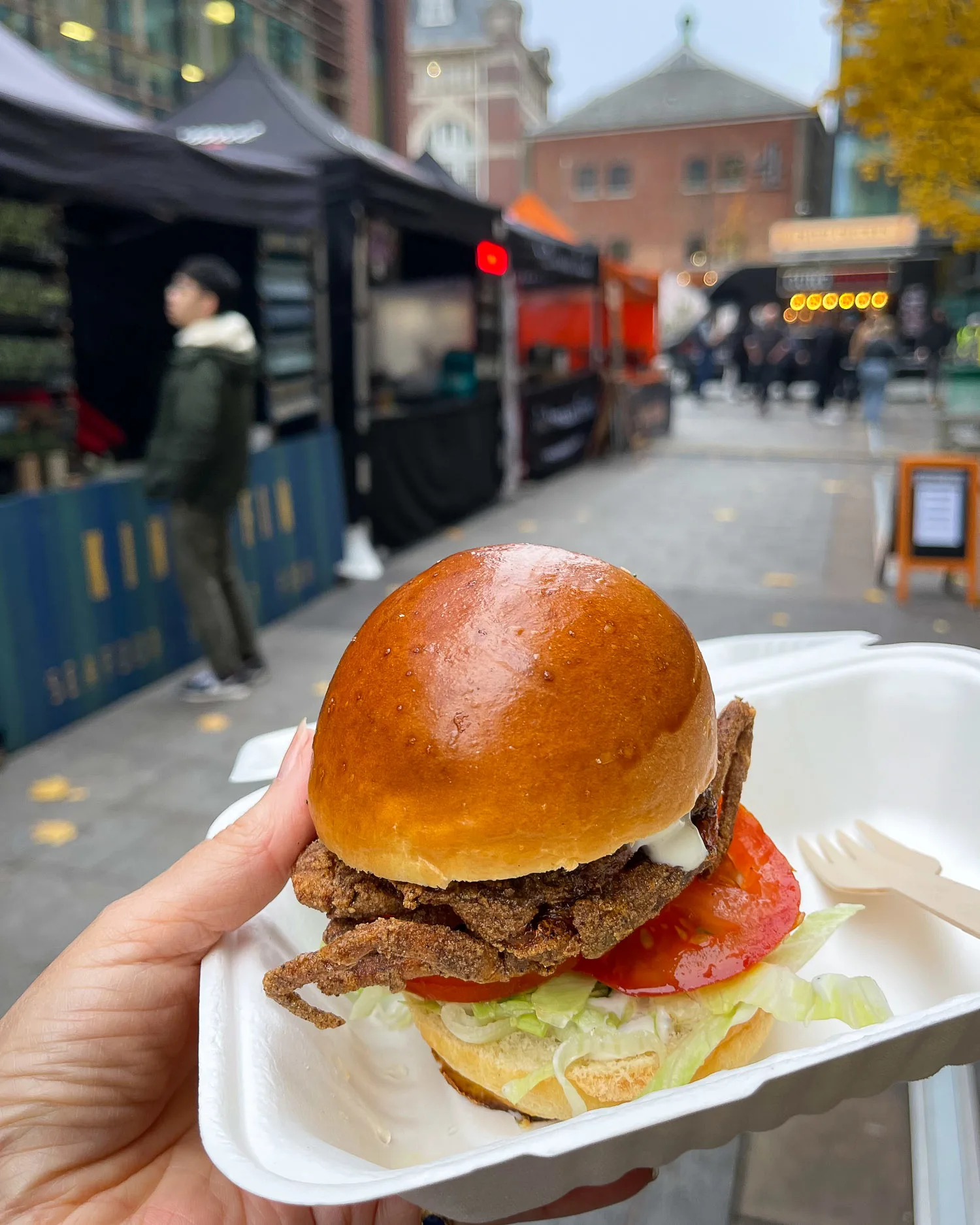
Another wonderful foodie spot is Wapping Wharf, with plenty of choice from Bristol’s finest independent restaurants and food retailers. To launch the Christmas season, they have an event on Thursday 28 November 5.30-8pm, with Father Christmas and live music from the Ambling Band.
Many of the restaurants will be showcasing their Christmas drinks and dishes, from Festive bagels and Turkey Schnitzel Burgers to mulled wine and cocktails.
Christmas Light shows in Bristol
16. Christmas Carol Drone Light Show
The Christmas Carol Drone Light Show, brings to life Charles Dickens’ Christmas classic in the night sky with a 45-minute animated drone light show display, narrated by Matt Lucas.
It’s taking place at the Seat Unique Stadium off the top end of the Gloucester Road on Thurs 19, Fri 20 and Sat 21 December 2024 – book tickets here.
The event is family friendly, with the venue opening 2 hours before the show for a festive funfair and refreshment stalls.
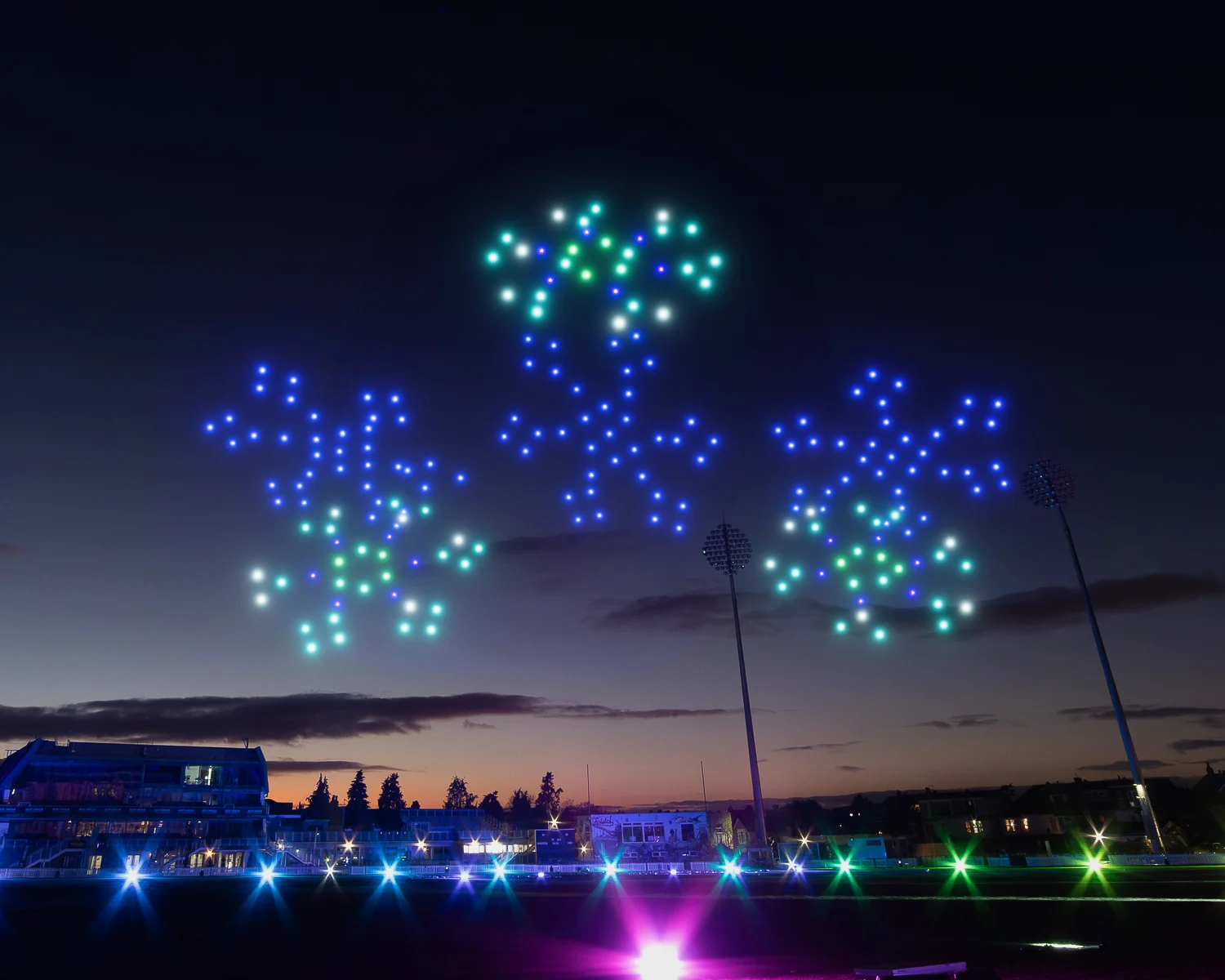
17. Luxmuralis: In the beginning at Bristol Cathedral
In the run up to Christmas, the interior of Bristol Cathedral will be transformed with an immersive sound and light artwork. This year’s experience is themed on a reimagined Nativity story and is suitable for all the family.
Luxmuralis: in the beginning is taking place on Monday 25 to Friday 29 November 2024 and you can book tickets here.
Note that as an immersive experience, the sound levels can be very loud, but the sessions prior to 6pm will be at reduced volume. We attended a session at 5pm and the sound level was perfect for us!
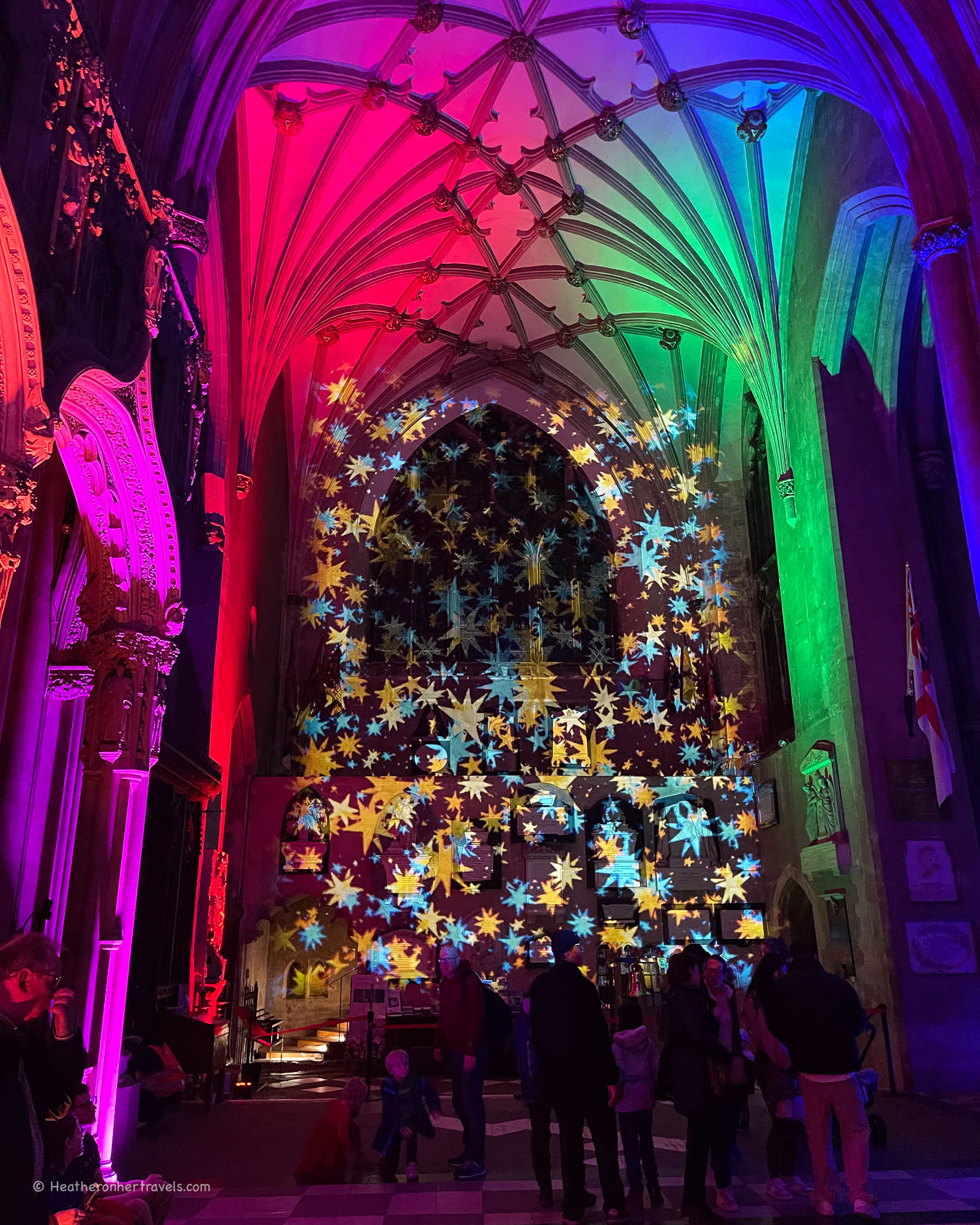
18. More Light Trails near Bristol
Other Christmas light trails within an hour’s drive of central Bristol include:
Avon Valley Adventure and Wildlife Park 2024 – A family focussed Christmas Nights Light Trail around the park through twinkling displays and sparkling trees, with live music in the bar every night. The light trail is from 6 – 31 December 2024. In addition the Avon Valley Christmas Experience offers a day of fun, with timed Christmas show, visit to Santa’s toy factory, gingerbread kitchen and Elf Express miniature railway. Christmas Experience selected dates from 30 Nov – 24 Dec.
Old Down Estate Illumination Trail 2024 – The Festive Illumination trail guides you around Old Down Estate, with music, colour and interactive areas along the way. There’s a festive village, where you can toast marshmallows, sip mulled wine and feast on loaded roasties. Dates from 24 November – 24 December 2024.
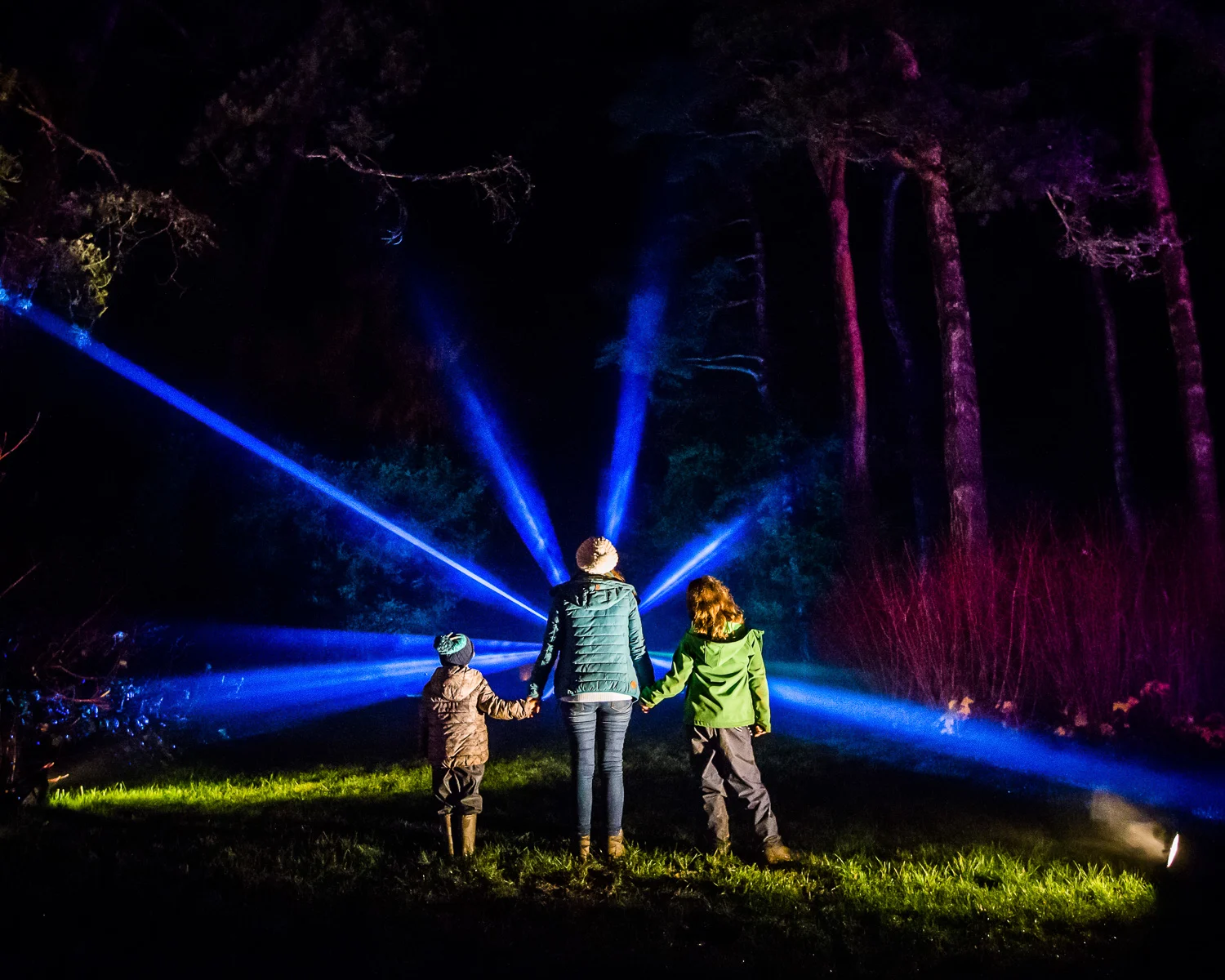
Westonbirt Arboretum 2025 – A brand new Christmas light trail with a million twinkling lights, seasonal sounds in the air and illuminations in the forest. Discover luminous birds roosting in the branches, colourful neon trees, sparkling tunnels of light and the arboretum filled with all the colours of the rainbow. There’s a Christmas village of street food vendors offering festive treats. Selected evenings from 28 November – 31 December 2025.
Longleat Festival of light 2025 – This year’s festival of light features features a “Journey Through Time” from the age of the dinosaurs to historic events and mythology. 800 lanterns are set against the historic backdrop of Longleat House. There’s also a 15 metre high singing Christmas tree, Santa’s train and a light projection on the facade of Longleat House. Selected dates from 8 November until 11 January 2025.
Sudeley castle Spectacle of Light 2025 – An illuminated trail around the beautiful castle grounds, with a chance to meet characters from the fairy tale Sleeping Beauty. There’s festive food available on the castle terrace, with hot chocolate, donuts and spiced mulled wine. Dates from 21 November – 30 December 2025.
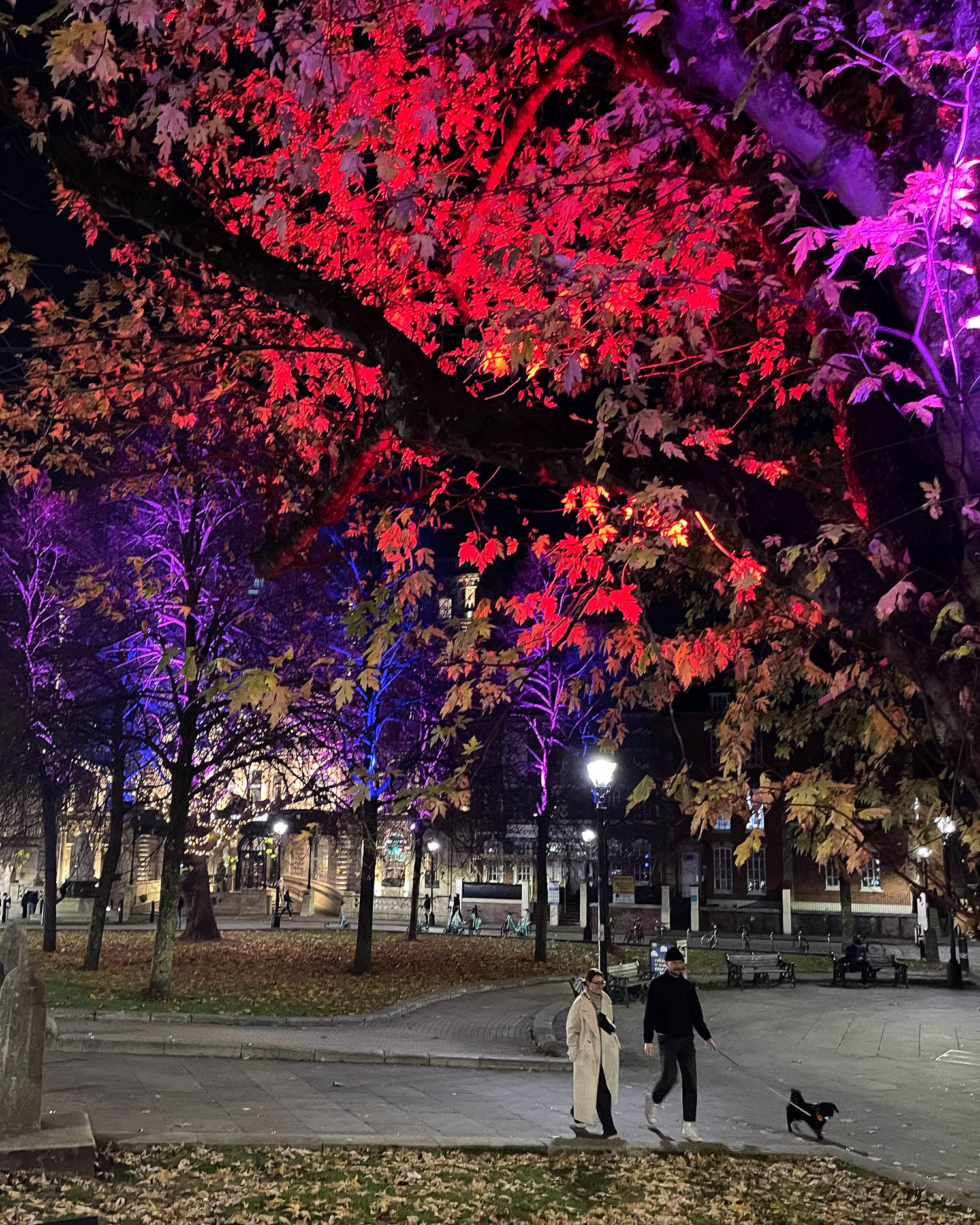
Christmas in Bristol with the family
19. SS Great Britain Victorian Christmas
Bristol’s leading visitor attraction, SS Great Britain, is a great choice to keep the family entertained over the school holidays.
Celebrations kick off on 26 November 2024 with the Christmas Light Switch On 4.30-6pm, when the 20ft Christmas tree in Brunel Square will have its lights switched on. This free event is just outside the main SS Great Britain site.
Look out for the Victorian Christmas weekend on 7/8 December 2024 (included in the SS Great Britain ticket). The dockside will be transformed into a festive winter wonderland with local bands and choirs, “Ragged Victorian” characters and falling snow.
You can meet Old Father Christmas, dressed in his traditional green robes, as well as make a Victorian Christmas card or enjoy some festive food.

Other events include festive lunches in the First Class Dining room and a Christmas Wreath Workshop on 1 December. More info: SS Great Britain Website
20. Wallace and Gromit Christmas Experience
New for 2024, the historic Friary Building at Quakers Friars has been taken over by Wallace and Gromit: A Cracking Christmas Experience. During this 30 minute, family friendly experience, you can immerse yourself in hands on activities at Wallace’s Christmas workshop and help him save Christmas.
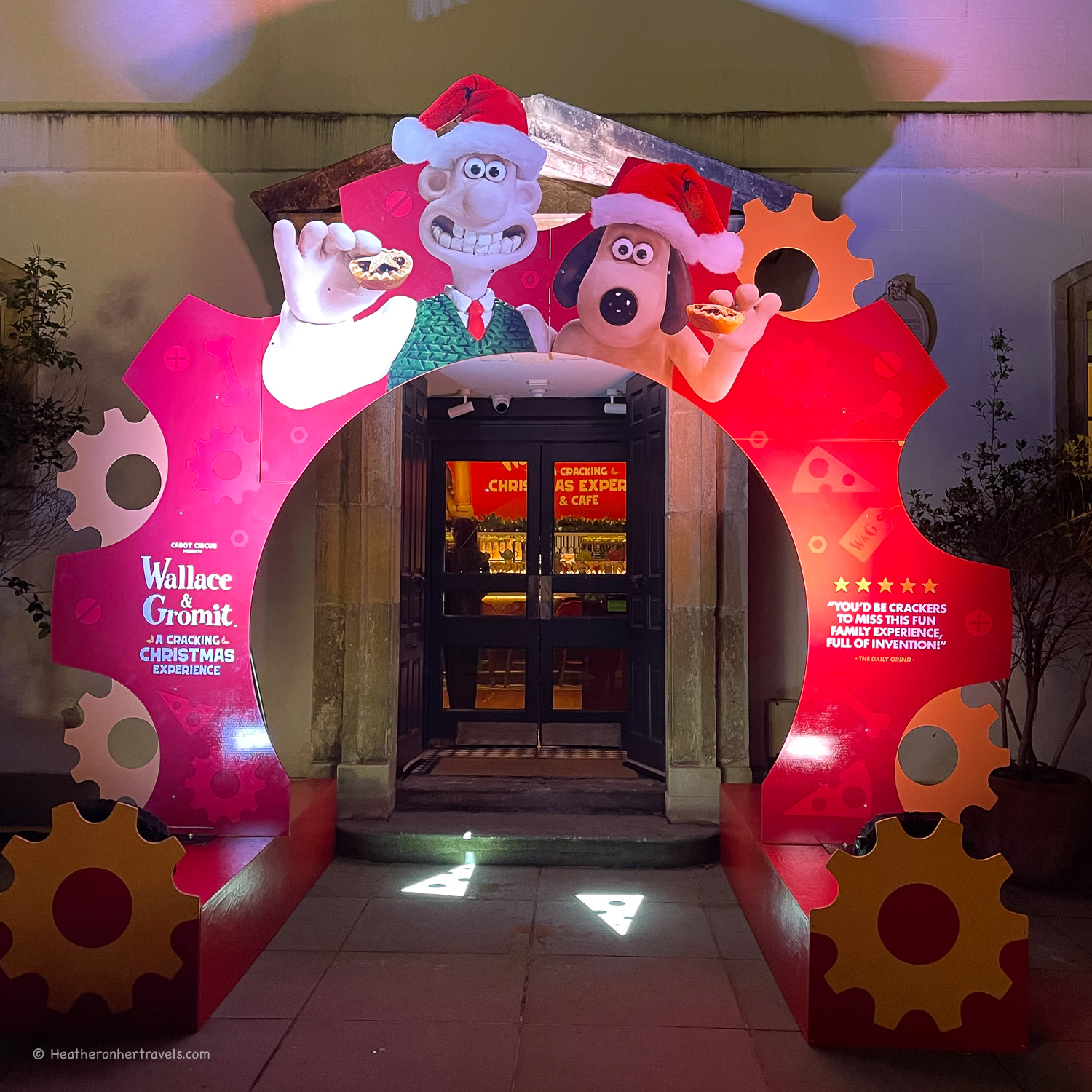
This is partly a performance, with puzzle solving, cheesy jokes and festive Christmas themed inventions, and partly an interactive play session.

After you’ve helped Wallace save Christmas, relax in the Wallace and Gromit cafe and have a souvenir photo taken with Wallace and Gromit. The experience runs on select days 16 November to 24 December and you can buy tickets here.
21. Retro-Mega-Mas at Wake the Tiger
Wake the Tiger ‘Amazement Park’ is one of those difficult to describe but truly original Bristol experiences. An old paint factory has been transformed with 40 colourful and immersive spaces. It’s a bit like walking through the film set of a sci-fi film and trying to imagine the story behind this lost and dreamlike world.
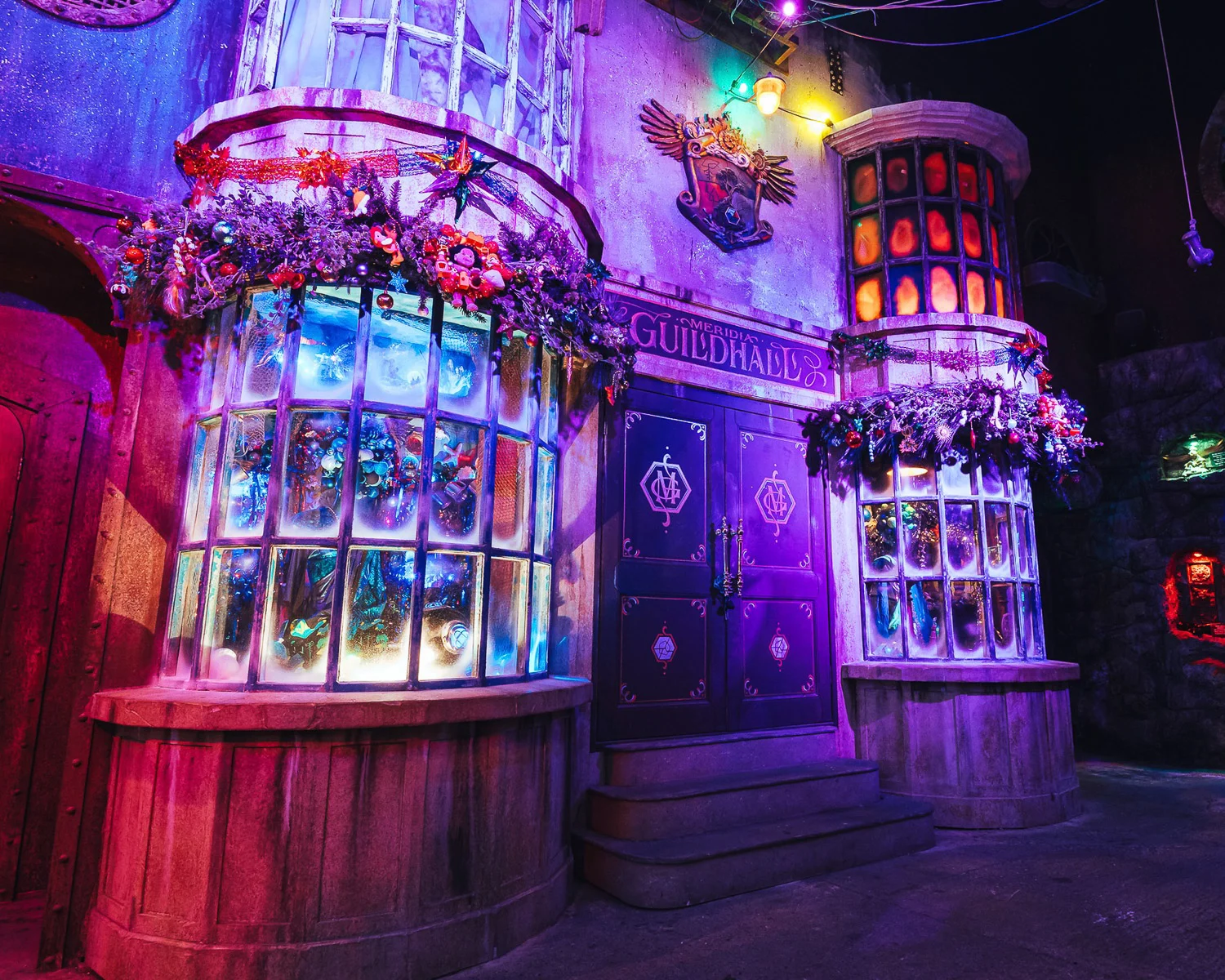
For the festive season, this experience has been layered with surreal retro objects, vibrant nostalgic toys and robots singing classic Christmas songs. The whole thing can be enjoyed by any age and is perfect to capture those social media moments.
Retro-Mega-Mas is taking place 9 November 2024 – Mon 6 January 2025 – book tickets here
22. Elf on the shelf in Bristol
The giant Elf on the Shelf trail returns for 2024, with the Scout Elf appearing at locations around Bristol between 22 November – 24 December 2024. More information on locations here
Snap a selfie with one of the Scout Elfs around Bristol and post it on your socials, tagging @redcliffeandtemplebid or @bristolbid for a chance to win a prize of a £500 Love Bristol gift voucher.
23. Sail with Santa from Bristol Ferry
On weekends in December Bristol Ferry are offering a Sail with Santa experience. Together with Santa’s elves, you’ll sail around Bristol Harbour on the search for Santa.
Once you’ve found him, Santa will climb on board with gifts for the little ones to continue the trip with you. The experience includes a gift for the children, festive snacks and a drink for the grown-ups.
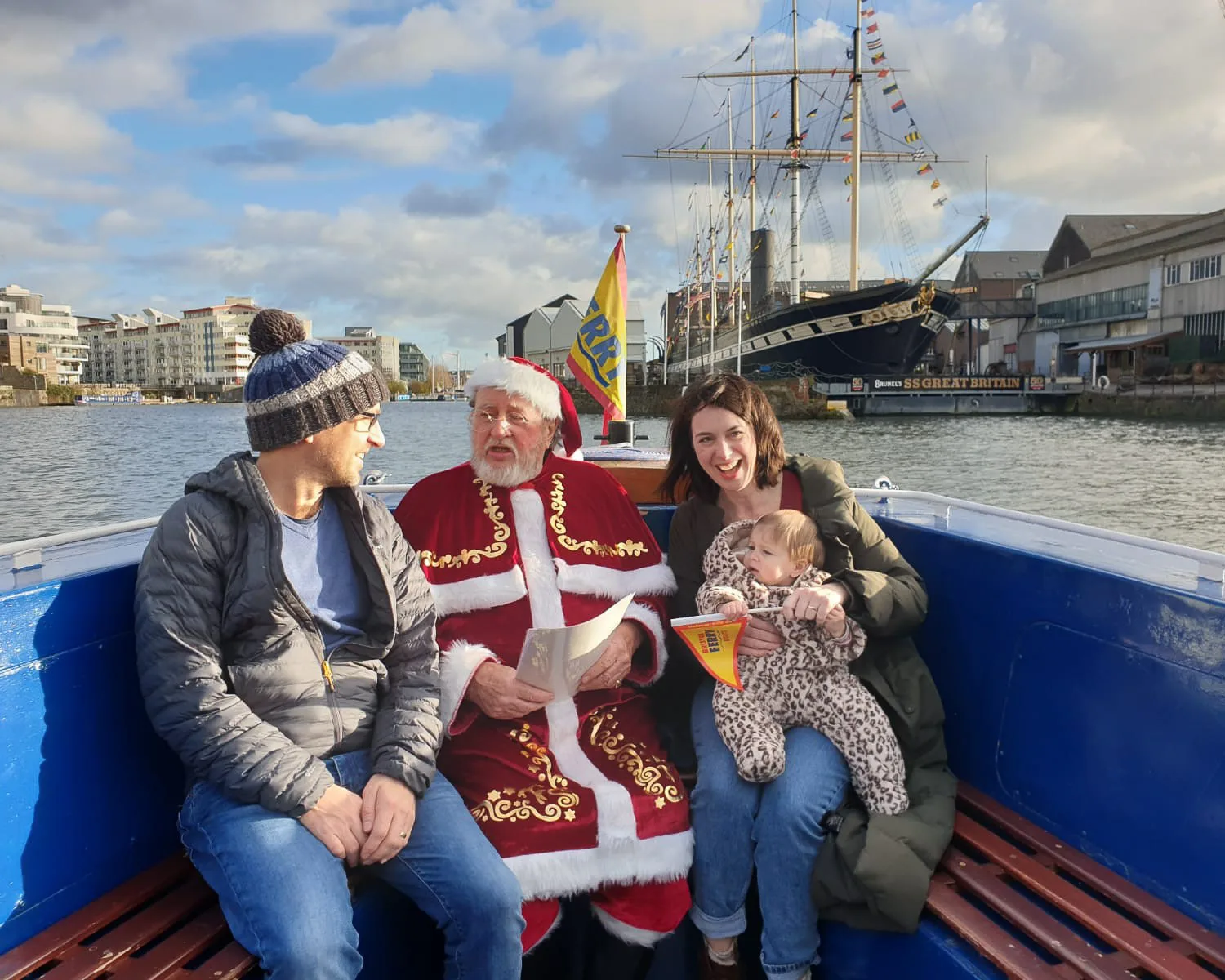
24. More Bristol holiday activities 2024
Bristol City Museum & Art Gallery – Bristol’s free city museum is one of the best for pre-school and primary school age children. All areas are buggy friendly, with a large ground floor cafe area alongside the Curiosity play area for under 5’s. There are free drop-in family activities throughout December as well as Special Event days. More info: Bristol Museums Website
M-Shed – This free museum on the harbour side, is a great place to visit with the family over the Christmas holidays. It features personal stories and objects that highlight Bristol’s past and present. More info: M-shed website
Bristol Aquarium – During the school holidays look out for Fishmas Families events (Sat 21 Jan – Sun 5 Jan) where children can meet Charlie the clownfish to receive a gift and pass a message on to Santa Claus. There’s a winter trail around the Aquarium and some festive family crafting activities. More info: Bristolaquarium.co.uk
We the Curious (formerly At Bristol) – Bristol’s hands on science centre offers two floors of interactive experiences for all ages. It’s the ideal place for a day out during the Christmas holidays, where you can play, discover or create, mess around in the Rainbow Restaurant or make music in the Studio. Check their website for what’s on: Wethecurious.org
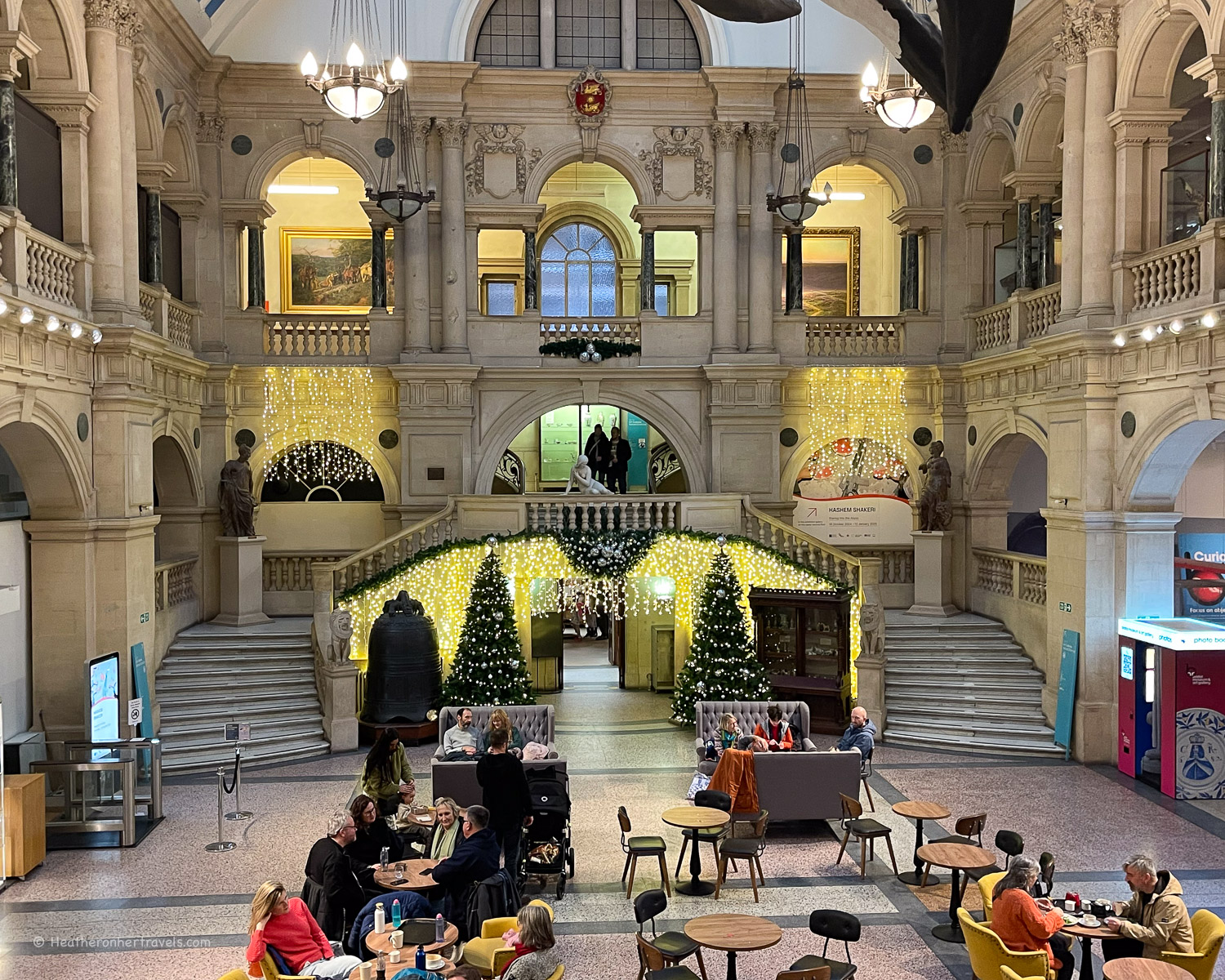
A Theatrical Christmas in Bristol
Christmas wouldn’t be Christmas without a visit to the panto or Christmas show. Preferably with lots of cheesy Bristol jokes that likely only us locals will understand. In Bristol there are numerous entertaining and thought provoking theatrical shows, including many that are suitable for younger children.
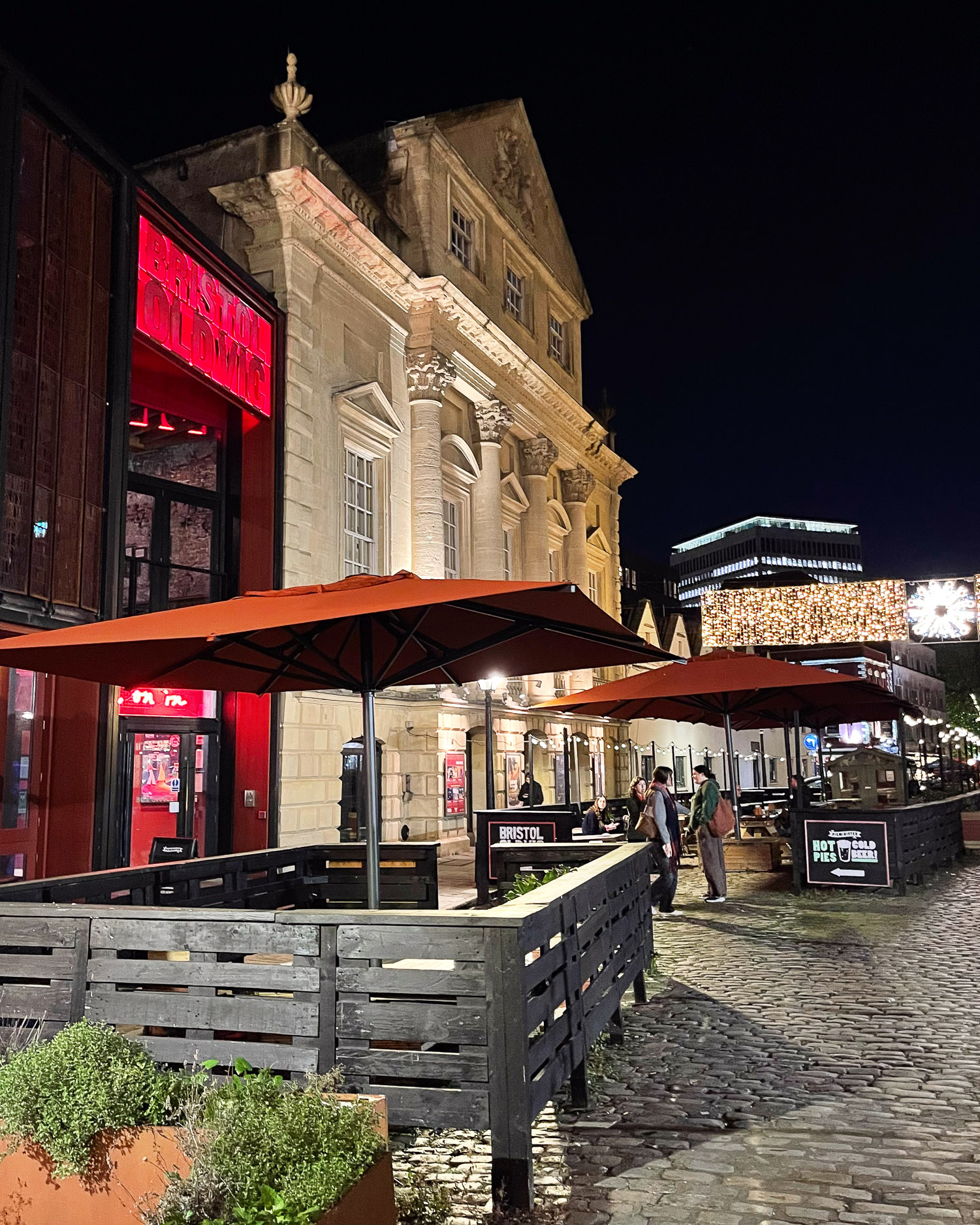
25. Christmas shows at Bristol Old Vic
We really enjoyed our night out to see the performance in the magical setting of Bristol Old Vic, where the beautifully restored Georgian theatre is married with a creative modern extension housing the foyer and bar (a G&T paired with a Pieminster pie for me!)
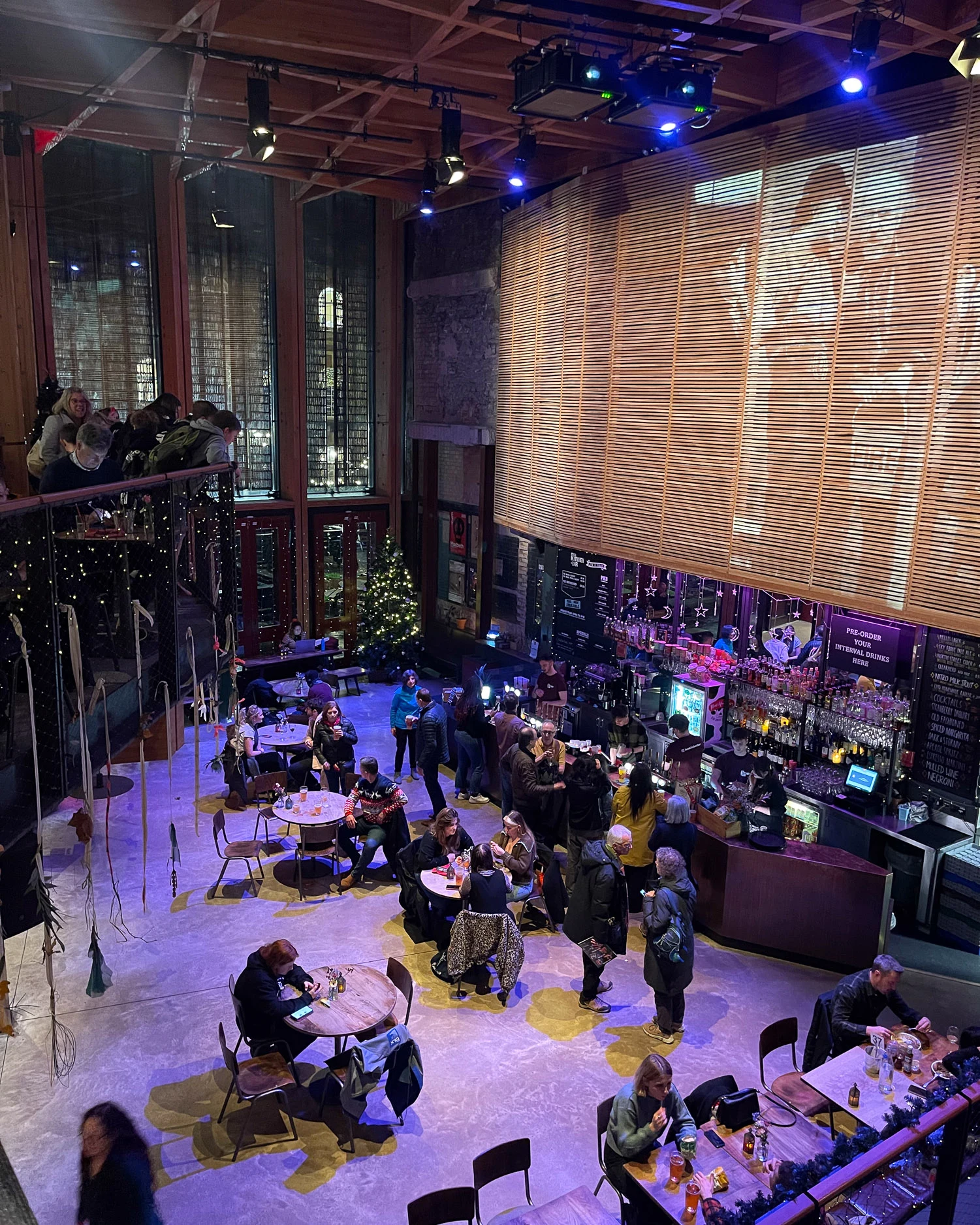
For 2024 Bristol Old Vic is staging The Little Mermaid over the Christmas period from 5 December 2024 to 11 January 2025.
Sereia, the Little Mermaid lives in the Southern Waters with her friends the sharks, rays, seahorse and anemones. But her friend Coral is bleached white and sickening.
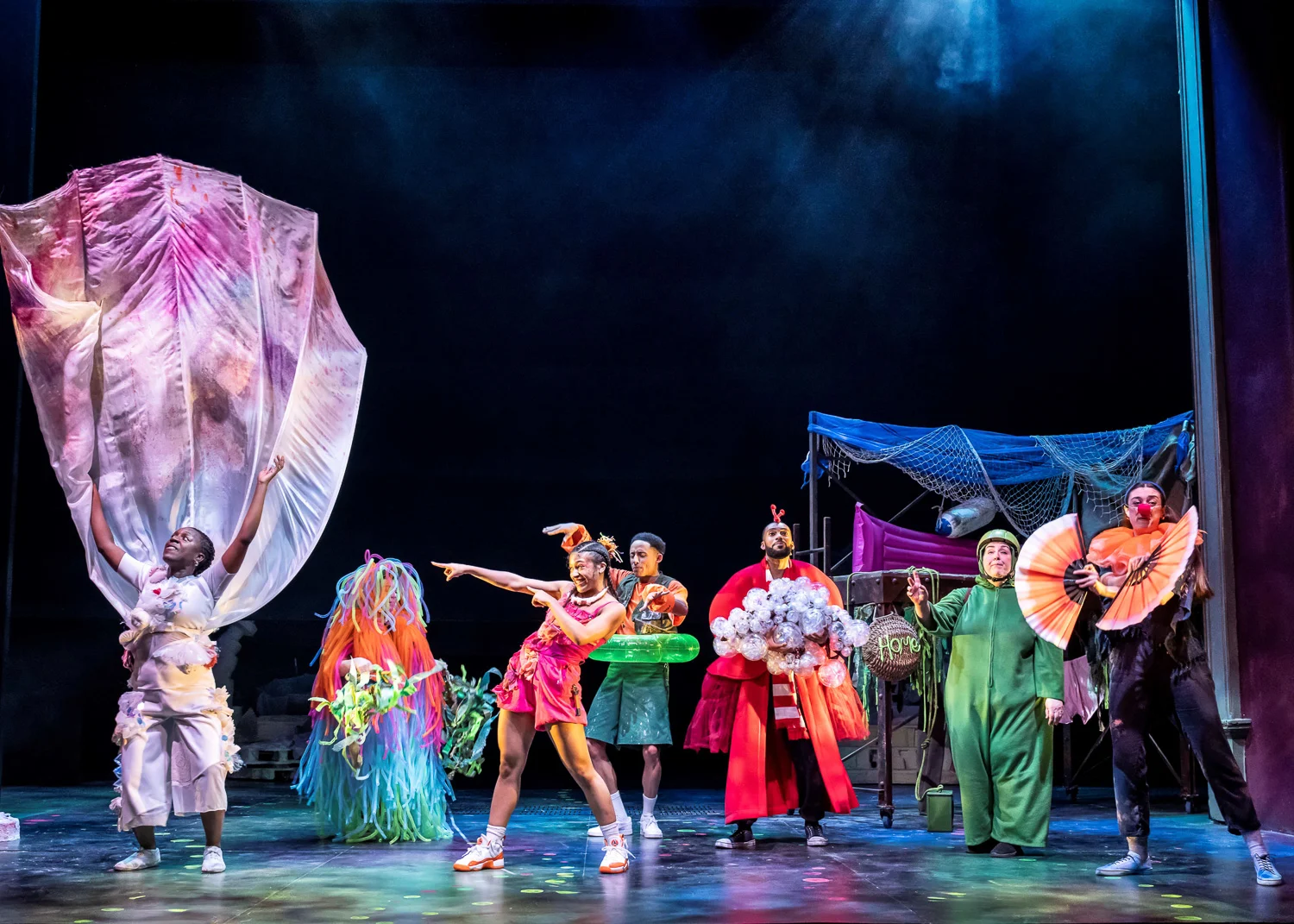
It seems that Coral’s estranged sister Inky Slick is to blame as the pipeline sunk by the Open Tide corporation is leaking. Can balance be restored in the Southern Waters?
The Little Mermaid won’t give up on her friends and after meeting DJ-to-the-fishes Kai, she gives up her tail to live on land and enlist Kai’s help.
We loved the way that aerial acrobatics, dance and music are used to convey the underwater world of the Southern Waters, as the Little Mermaid and her friends swim above the stage. While definitely not a Panto, this production of The Little Mermaid has plenty of comic moments with a few Bristol references sprinkled in.
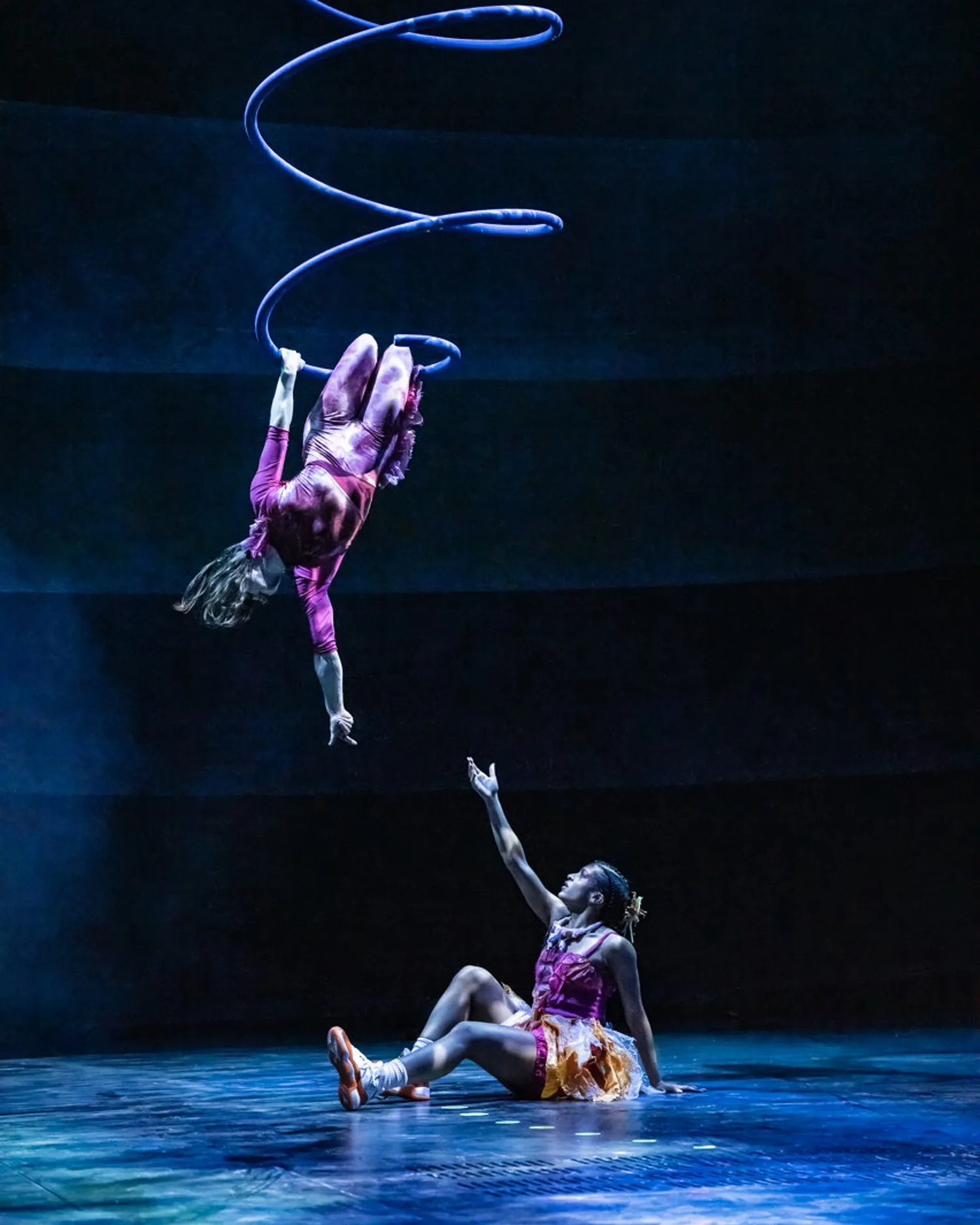
We were in awe of the supremely talented cast, who played all the parts with comedy and song, switching from fishes to oil barons. The costumes are fantastically imaginative and the two on stage musicians seemed to play a different instrument in each scene.
We can highly recommend Bristol Old Vic’s production of The Little Mermaid, with its feel good message of hope and strong eco theme (as you’d expect in Bristol!)

Also at Bristol Old Vic in their Weston Studio for 2024, but aimed at younger audiences, is Little Red. Join Little Red in the deep dark woods for music, adventure and overcoming the monsters in a modern re-telling of the classic tale of Little Red Riding Hood.
The bar and foyer of Bristol Old Vic cleverly fuses the old and modern parts of the theatre, creating a great space to meet friends for a pre-performance drink and a pie from Pieminster.
26. More Bristol theatre shows
The Hippodrome’s Christmas shows are always worth seeing. Their 2024 panto is Goldilocks and the Three Bears featuring some well known TV and comic personalities. Goldilocks’ circus is under threat from an evil rival circus owner but, with the help of the Three Bears, the Big Top can be saved from ruin! From 5 Dec 2024 – 5 January 2025

Tobacco Factory Theatre offers Hansel and Gretel, an adaptation of the famous fairy tale by the Brothers Grimm. Lost in the dark forest, Hansel and Gretel come across a tiny gingerbread cottage, decorated in sugar and chocolate – but what’s inside? From 28 November 2024 – 19 January 2025 in the Factory Theatre ( suitable for children aged 5+)
Also at the Tobacco Factory for 2024 is a comic take on A Christmas Carol, starring Craig Edwards as the mean and miserable Scrooge. 9 December 2024 to 5 January 2025 in the Spielman Theatre, suitable for children aged 12+.
For younger children (aged 2+) Me… is the story of a cute baby penguin, told with puppets amid the shimmering stars and glistening snow. 5 December 24 – 5 January 2025 for daytime performances in the Spielman Theatre.
The Redgrave Theatre in Clifton is running a classic pantomime of Jack and the Beanstalk for 2024. Expect audience participation, sing-alongs, jokes and dazzling costumes. 11 December 2024 – 5 January 2025. There are also a few shorter runs of festive productions through late November and December – check the website for details.
The Wardrobe Theatre in Old Market is running Snow Baby, a magical children’s Christmas show with puppetry, storytelling and original music. Runs 20-30 December 2024 (suitable for children aged 3-8 and their families)
A musical Christmas in Bristol
27. St Georges Bristol Christmas concerts
We always try to fit in a visit to St George’s Brandon Hill for one of their concerts in the week before Christmas, from the community choirs where we often have a friend performing. The choirs are pleasingly colour coordinated, often looking as if they’ve chosen all the colours from the Quality Sweets tin.
The music is a mixture of reworked pop favourites, carols and foot-tapping Christmas oldies. There are some comic moments and high jinks thrown in, often led by choirmaster David Ogden.

For Christmas 2024 look out for City Voices, Gasworks Choir and City of Bristol Choir, as well as more traditional carol services and choral Christmas concerts at St George’s in December.
28. Bristol Beacon Christmas events
Following their reopening last year Bristol Beacon is now running a full programme of events for 2024. In the run up to Christmas there’s a huge range of performances from rock and pop to comedy and classical.
Look out for their Christmas themed events, such as a film screening of The Snowman, with live orchestra. Check the website for details of seasonal performances and markets.
29. Christmas at the Spiegeltent
During the Christmas season, the Spiegeltent big top is erected on the Harbourside, with a Christmas at the Spiegeltent programme of cabaret and musical entertainment. Their dinner and cabaret events are popular for groups of friends or work colleagues, who want to celebrate with a Christmas party atmosphere.

However, the programme includes many more cabaret based events that are family friendly. You can also enjoy live music (Bridgerton in concert by Candlelight) musical film screenings (Cary Grant’s To Catch a Thief) and kids discos.
Christmas in Bristol with the animals
Away in a manger and all that! Animals are a big part of the Christmas story so a visit to some of Bristol’s animal attractions at Christmas seems quite appropriate.
30. Christmas at Noah’s Ark Zoo Farm
Noah’s Ark Zoo Farm just outside Bristol have plenty of Christmas activities in December. Meet Santa in his library, come for one of Santa’s storytelling sessions or dress up as a Nativity character in the Home Educator’s session.
There are Christmas Markets on 30 November – 1 December and a Brass Band performing holiday classics on 1 December. Wonky Christmas trees are on sale in the Farm shop and festive treats can be found in the Food Barn.
There’s an impressive amount of space for the animals around the zoo as well as the range of activities in the play areas and animal experiences. The regular programme includes daily talks and you can see giraffe, rhino and lions at the zoo, as well as plenty of smaller domestic and farm animals.
31. Christmas at Bristol Zoo Project
Bristol Zoo Project – Bristol Zoo has moved to the Wild Place site is on the northern edge of Bristol. For Christmas 2024, they have a festive family art trail, featuring Shaun the Sheep from Aardman animations (9 Nov – 12 Jan). On Sat 7 December 10am – 2pm there’s also a Festive Thank You event, with carols, market stalls and craft activities.

During the school holidays, you’ll find wildlife encounters with lemur, giraffe, cheetah, zebra, bears, wolves and eland in large and natural enclosures. The conservation themed outdoor play area Explorer’s Basecamp is also open, with something for all ages and abilities. Check the website for details of animal talks and feeding times, with refreshments available in the Courtyard Cafe.
32. Bristol City Farms for free family activities
If you’d like to take the kids to the farm over the Christmas holidays St Werburgh’s City farm is open daily 9am-4pm (free) and there’s a winter fair Sunday 1 December 2024.
Windmill Hill City Farm is open daily 9am-4pm (free) and has the Windmill Hill Market on Saturday 7 and Sunday 8 December 2024 as well as some other seasonal family events.
A spiritual Christmas in Bristol
There’s plenty of fun and celebration at Christmas, but in our household we try not to forget the spiritual part of the holiday. We like to go to Midnight Mass with our extended family and fit in a carol service during Advent.
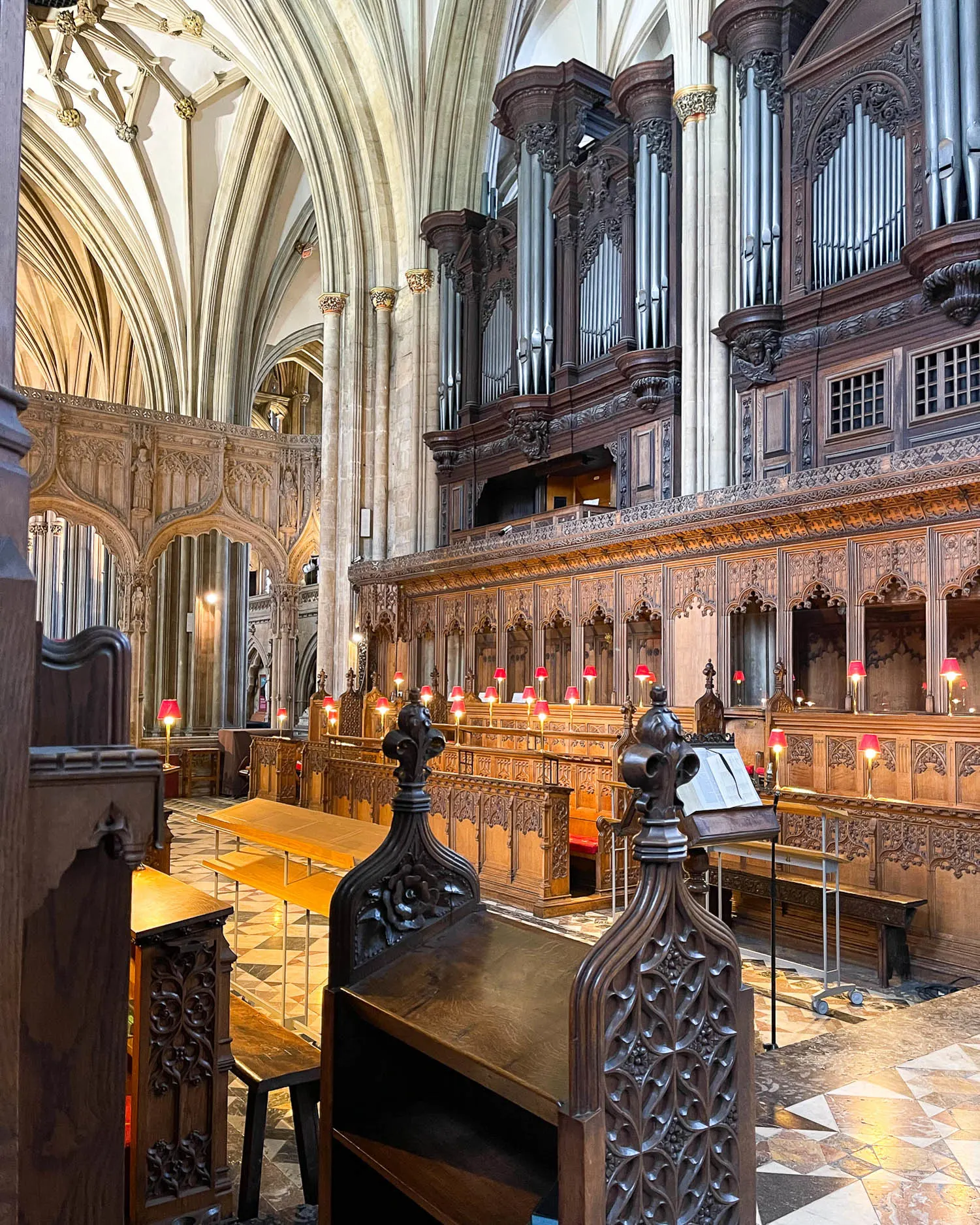
33. Bristol Cathedral Christmas Events 2024
Bristol Cathedral – The beautiful cathedral on College Green is even more special during Advent when there are Advent services on all the Sundays in December.
Throughout December the cathedral holds carol services including Advent Carols (1 Dec) Carols by Candlelight (13 & 14 Dec), Shoppers’ Carols (17 Dec), Toddler’s Carols (18 Dec), Festival of lessons and carols (20 Dec) and Family Carol Service (22 Dec). There are also the usual evensong, Christmas eve and Christmas day Eucharistic services of Christmas.
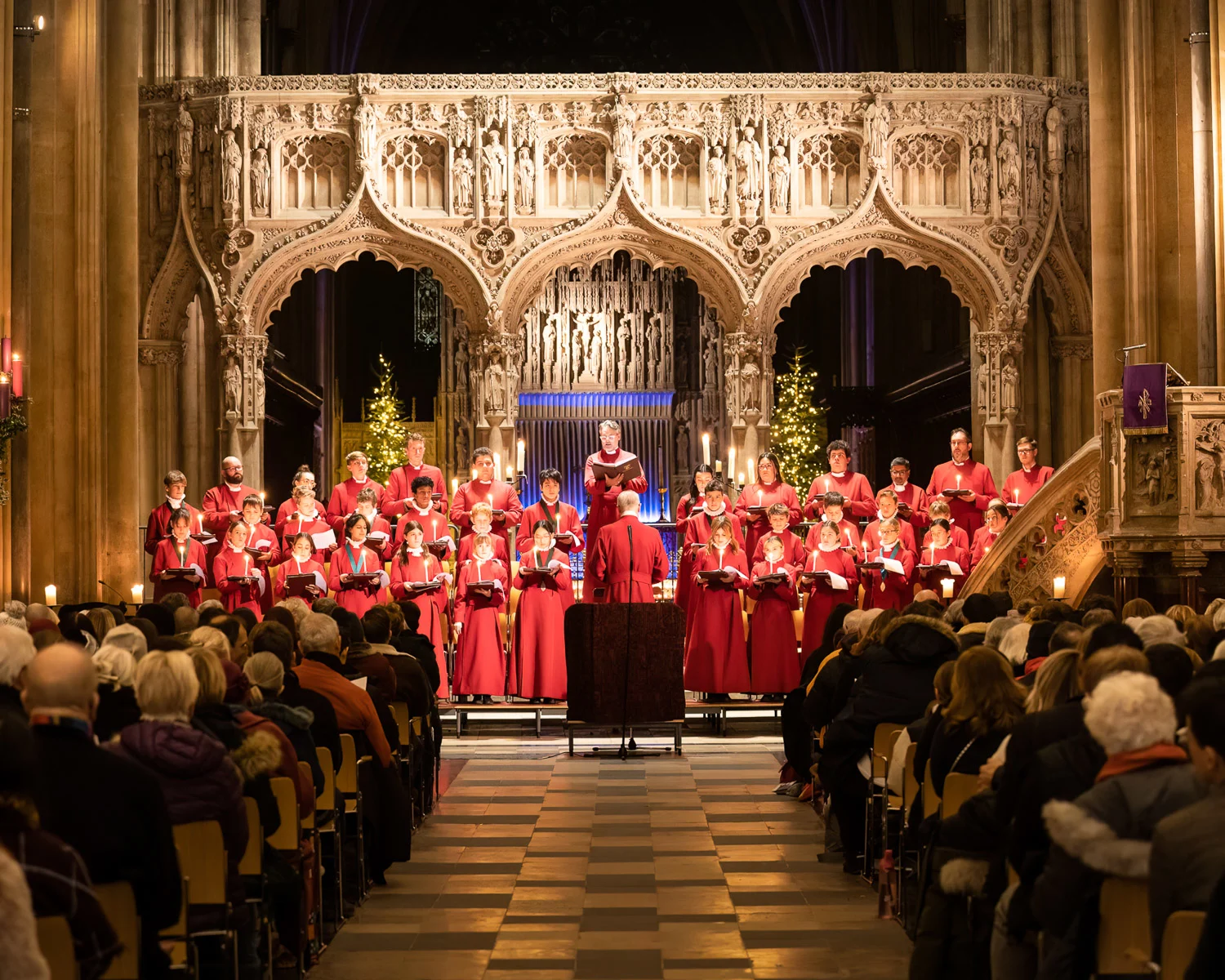
New for 2024 is the “Beer and Carols” (Thurs 19 Dec) on College Green, outside the Cathedral. This informal event sees the Cathedral Choir accompanied by the band of St Nicholas Church performing all the carol classics, with the audience invited to join in. There’s a pop up bar with drinks from Bristol Beer Factory, so you can have a pint with a sing along.
Just across College Green on Park Street is the beautiful Lord Mayor’s Chapel, a hidden gem of Bristol’s history, which is open to visit on Thursday and Saturday, with services every Sunday.
34. John Wesley’s New Rooms
John Wesley’s New Rooms are a treasure, tucked away in the centre of Bristol’s Broadmead area. The Grade 1 listed building is the oldest Methodist preaching house, founded by the preacher John Wesley. Wesley, together with his brother Charles, started the Methodist Christian movement in the 18th century.
In the rooms above the chapel, the old preacher’s lodgings have been transformed into a fascinating museum about the life of John Wesley in Bristol and the times he lived through, including the abolition of slavery.

Christmas activities at the John Wesley New Rooms include lunchtime carols at 1pm on 11 Dec and evening carols at 6pm on 11 Dec.
The Charles Wesley House nearby on Charles Street, is where Charles Wesley lived and wrote many of his famous hymns like “Hark the herald angels sing”. The Georgian house is currently undergoing renovation but there’s a digital Christmas tour available to view online.
35. St Mary Redcliffe
Most churches in Bristol will have Christmas Carol services as well as the Christmas religious services, so check what’s on at your local church.
At St Mary Redcliffe, activities include a Nine lessons and Carols (14/15 Dec), Family Christingle Service on 22 Dec and Salvation Army Carol service on 17 Dec.
There are also several ticketed Christmas concerts, like the Nadia Eide Christmas Concert (2 Dec), Christmas Star Concert (12 Dec) and Vivaldi Four Seasons by Candlelight (21 Dec).
Within St Mary Redcliffe the Treefest (5-8 Dec 24) is a festive display of Christmas trees, each decorated by a different charity or community group. There’s music, refreshments and a Christmas market too.
36. Christmas gifts from Bristol
We Bristolians love to support our independent businesses. There is so much creative stuff going on around the city that it’s easy to spend your money locally, rather than sending it to the online giants.
Love Bristol Gift Card – the ideal gift for the West Country lad-or-lass-about-town. Spend the gift card at over 160 different food, drink, shopping, accommodation and attraction venues around Bristol City Centre.
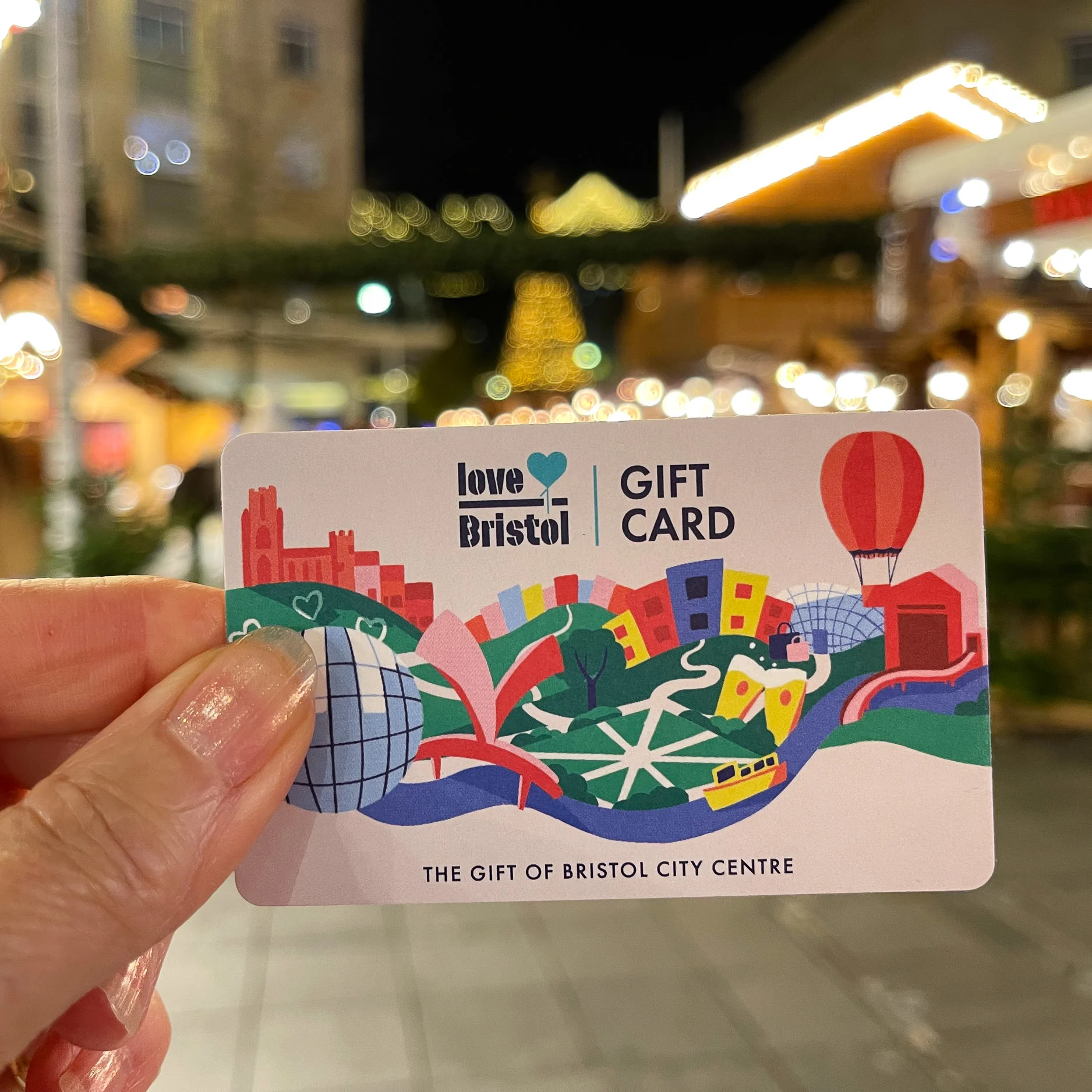
Yuup – the place to find unusual Bristol experiences that are ideal for gifting. This is perfect for those who don’t need more “stuff” in their life but would appreciate a fun activity they can enjoy together.
There are lots of festive pre-Christmas activities too, such as wreath making, Christmas card printing or chocolate workshops.

On my gift list for experiences to try after Christmas are:
Food Tours of Bristol – They run mouthwatering food tours in Wapping Wharf and Broad Street in Bedminster.
St Nicholas Market and Blitz experience – this unique tour takes you into the cellars under St Nicholas Market.
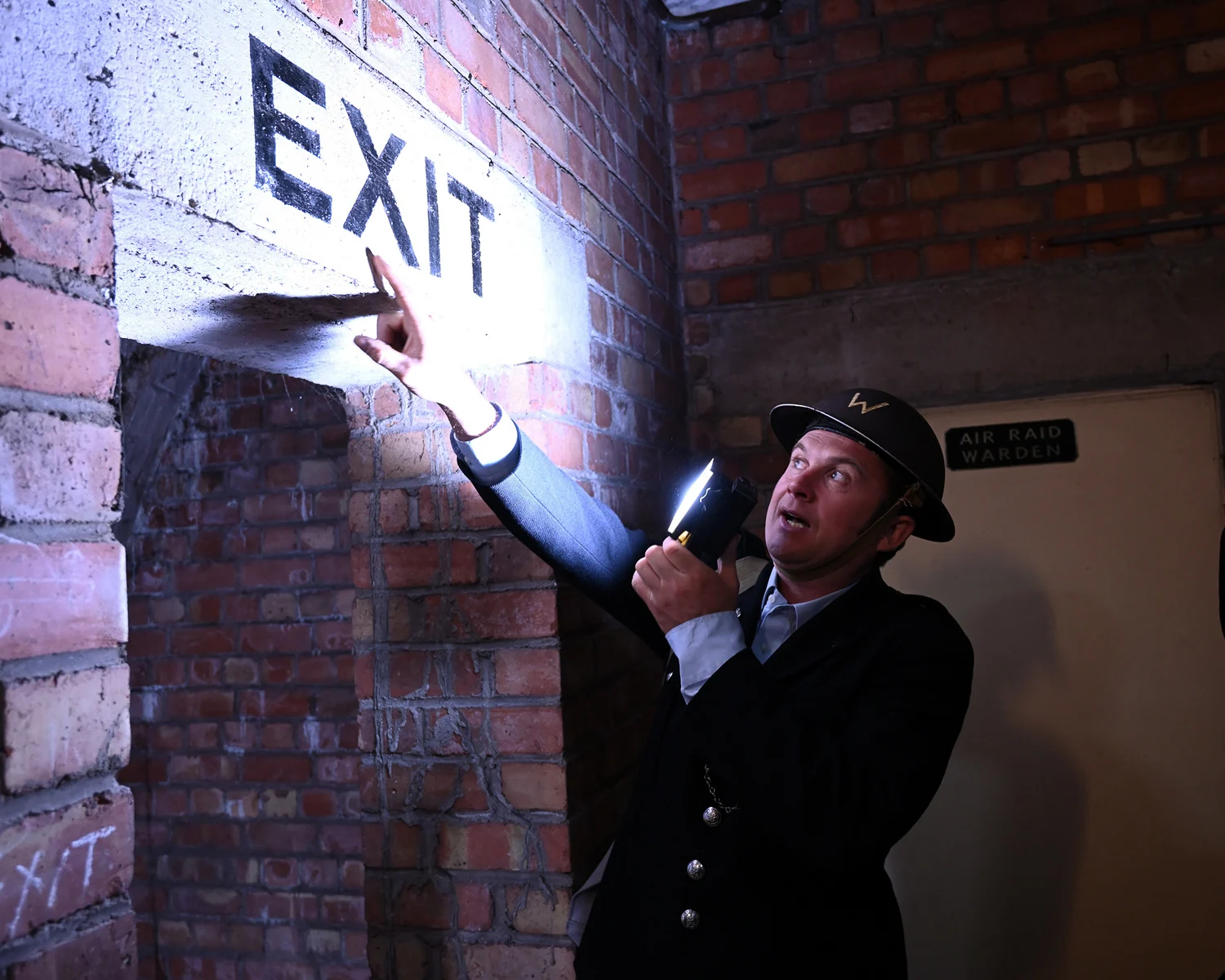
Bristol’s Quirkiest Corners Tour – run by the highly knowledgeable Martin Booth, editor of Bristol 24/7. I can personally recommend this walking tour which we tried last year. Even Bristol locals like us discovered plenty of hidden corners that were new to us.

Both Bristol Balloons and Bailey Balloons offer flights or gift vouchers from £169. If you want to get a feel of what it’s like to drift over Bristol in a balloon, read my article about the Bristol Balloon Fiesta.
37. Charity giving at Christmas
While it’s lovely to celebrate Christmas with gifts for our loved ones, I also try to make some charity donations at this time of year. Bristol suffers from a big issue of homelessness and if you’re out and about in the centre you’ll probably observe this.
However you can help spread good cheer, through the instant payment donation points you can see around Bristol city centre. Whenever you’re out shopping and see one, consider making a donation. It helps local charities make Christmas a better time for those who, like baby Jesus on that first Christmas, don’t have a place to go.
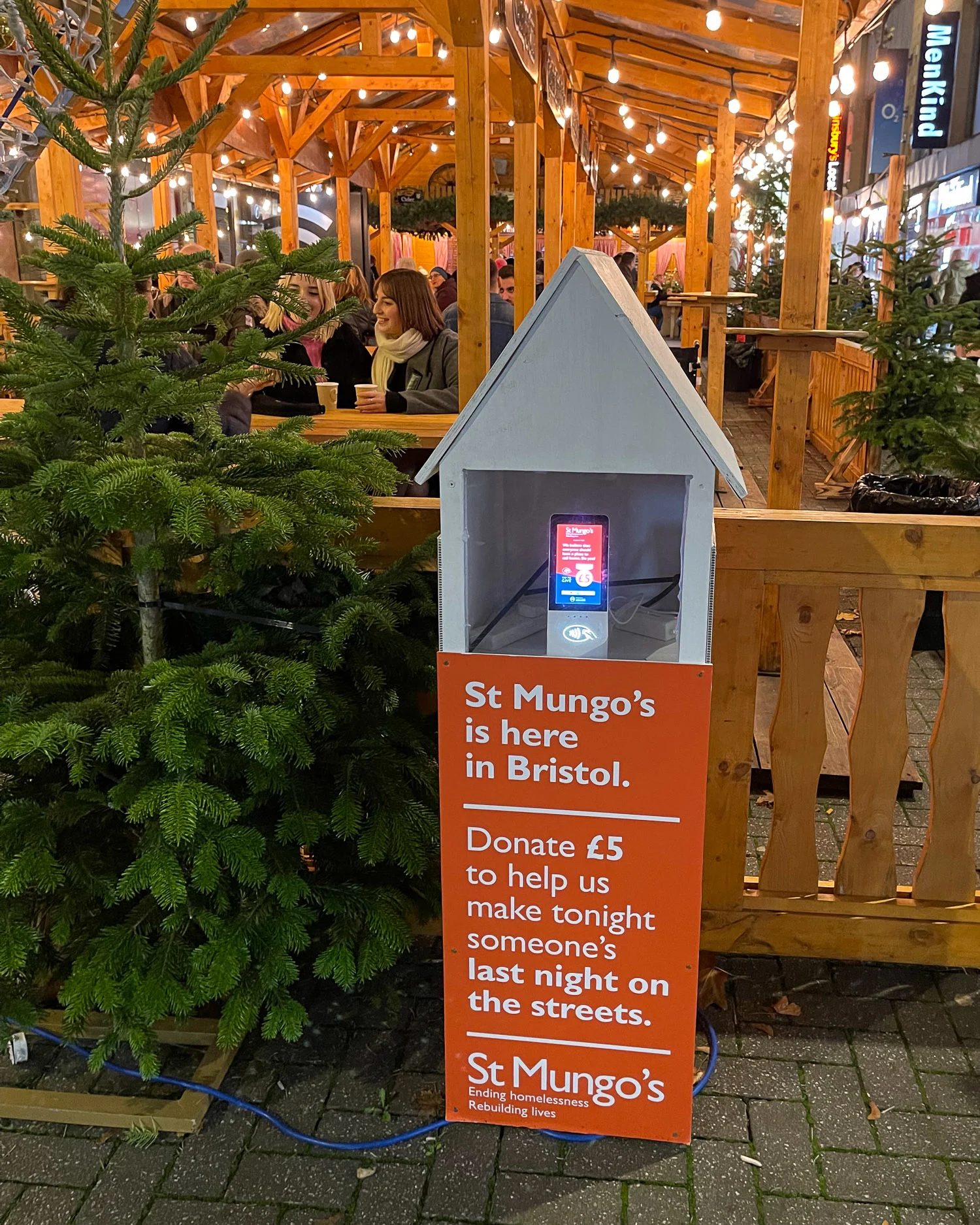
To donate online, my favourite local Bristol charities supporting the homeless over Christmas are Caring in Bristol, St Mungo’s Bristol and The Salvation Army.
Also follow the work on instagram of Natacha @thebeautyofcaring_cic who provides beauty treatments in Bristol for vulnerable men and women. You can contact her to support her work via instagram.
38. Christmas Events around Bristol
While most of the things I’ve mentioned are within the central area of Bristol, there are some other fun Christmas activities that are just outside Bristol. Some of the best light trails and Christmas activities include:
Westonbirt Arboretum – Christmas light trail with a million twinkling lights, seasonal sounds in the air and illuminations in the forest. Dates from 29 November – 31 December 2024
Tyntesfield – This National Trust house is decorated in Victorian Winter fashion. There are carol concerts in the chapel, craft making sessions and Christmas trails. New for 2024 is a carousel in front of the house and a Dickensian street scene in the chapel courtyard. Open daily in December except 24 / 25 Dec.

Wookey Hole Winter Wonderland 2024 – The caves are decked with over 100,000 lights, with tickets including a Santa’s grotto and Christmas theme circus show. The winter wonderland takes place on weekends from 23 November and daily from 21 December – 24 December 2024.
Longleat Festival of light 2024 – This light trail features a “Journey Through Time” from the age of the dinosaurs to historic events and mythology. 800 lanterns are set against the historic backdrop of Longleat House. Dates from 9 November until 5 January 2024.
Mendip Activity Centre 2024 – The toboggan slope is decked out with fairy lights, with twilight tobogganing from 8 November until 5 January. There’s also a woodland walk to a magical grotto, to find toasted marshmallows and hot chocolate.
Christmas at Stourhead 2024 – The National Trust estate is lit up with festive illuminations, sparkling tunnels of light and trees lit up in jewel like colours. Dates from 29 November – 1 January.
Avon Valley Adventure and Wildlife Park 2024 – A family focussed Christmas Nights Light Trail around the park with twinkling displays, sparkling trees and live music. There are many other family activities including a Santa show, gingerbread kitchen and Elf Express miniature train. Dates from 30 Nov – 24 December.

Sudeley castle Spectacle of Light 2024 – An illuminated trail around the beautiful castle grounds, with a chance to meet characters from the fairy tale Sleeping Beauty. Dates from Dates from 22 November – 30 December 2024.
Old Down Estate Illumination Trail 2024 – The Festive Illumination trail guides you around Old Down Estate, with music, colour and interactive areas along the way. Dates from 24 November – 24 December 2024.
Where to stay in Bristol for your festive break
There’s still time to book a cheeky weekend in Bristol to get into the Christmas spirit, eat some great food and shop for unusual and thoughtful gifts. If you’re looking for a hotel in Bristol, read on for my recommendations;
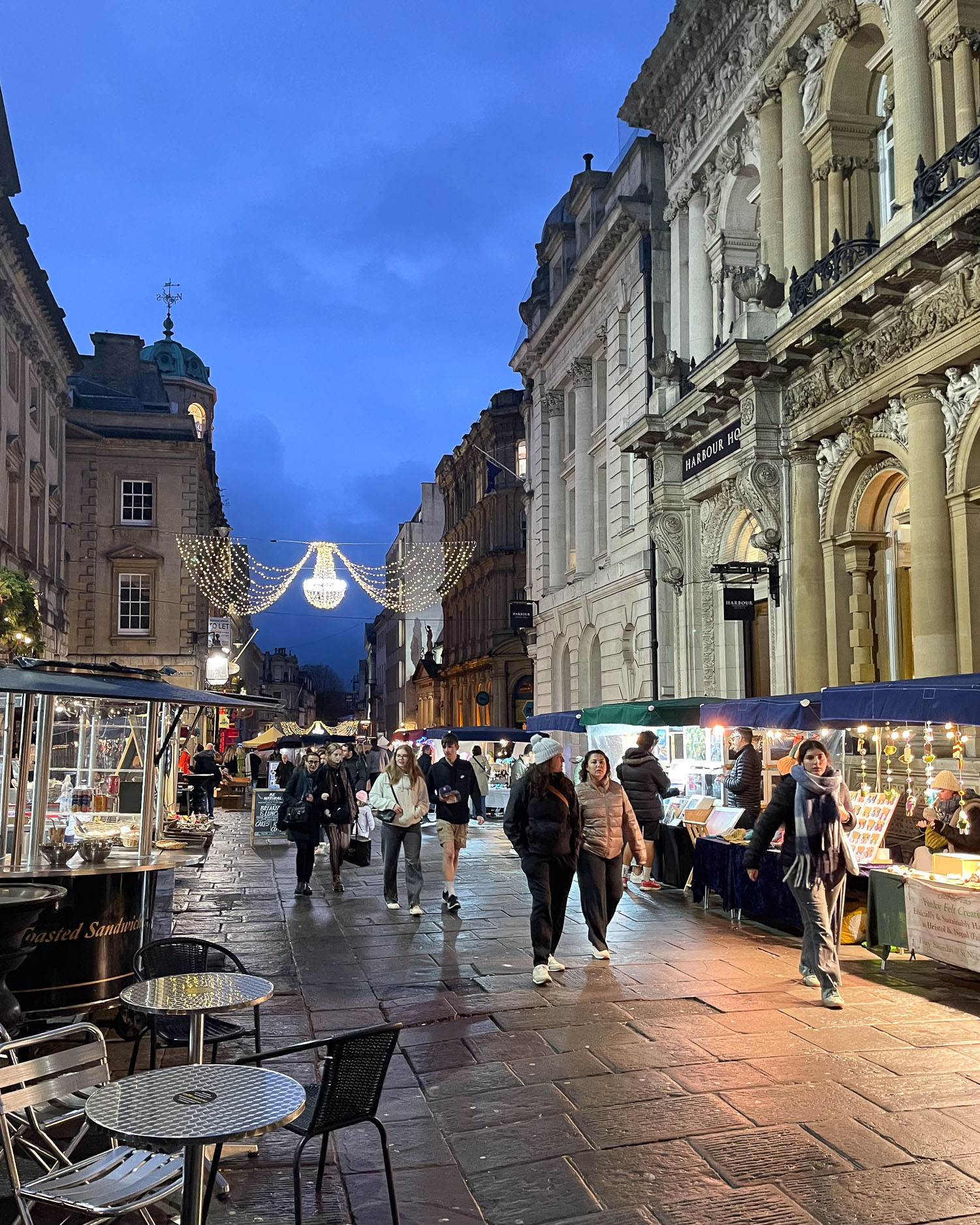
Best budget accommodation with character in Bristol
If you want stylish accommodation that won’t break the bank, these are the places we recommend for best value, with rooms typically £100 – £120.
Brooks Guest House (Old City) – A boutique guest house in St Nicholas Market with cosy, contemporary rooms, centrally located in the heart of the Old City. Excellent value for stylish guest house accommodation.
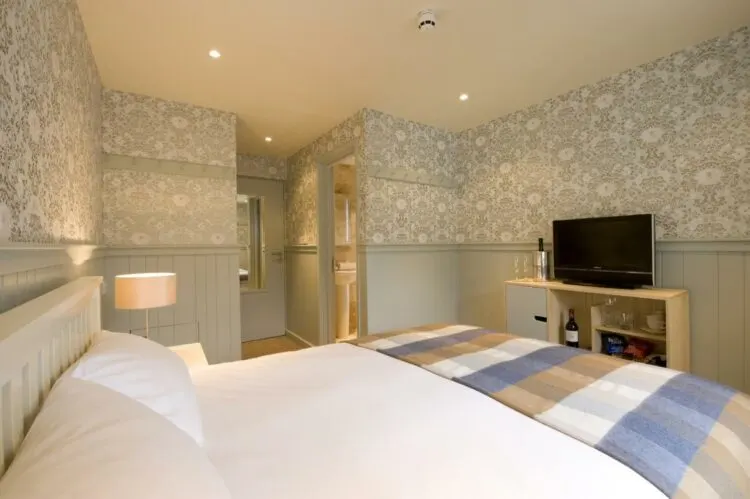
Stay at the Brooks Guest House – a small boutique hotel in the heart of Bristol Old City
Rodney Hotel (Clifton Village) – The hotel is in a mellow stone Georgian building, in the heart of picturesque Clifton Village. The rooms can be small and the decor a little dated, but this is reflected in the price, and you can’t beat the location.
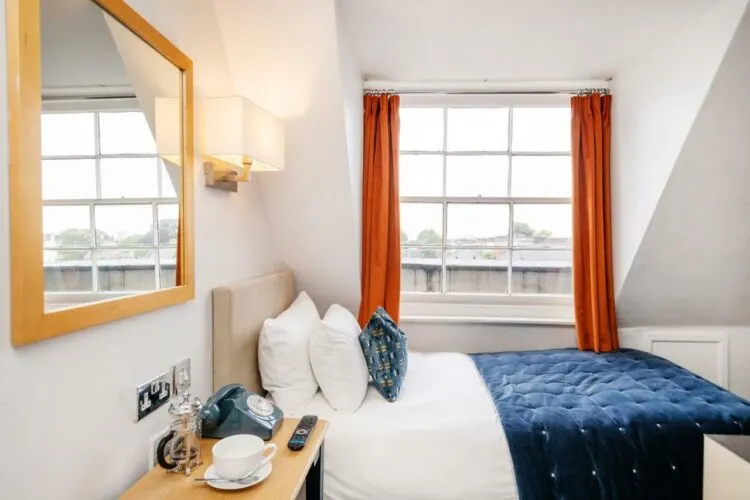
Stay at the Rodney Hotel – centrally-located in the historic village of Clifton
Beech House (Clifton) – If you prefer the flexibility of self-catering accommodation, Beech House is an excellent choice. It’s within walking distance of both the city centre and Clifton Village. The decor is stylish and contemporary and there are a choice of small apartments, with the studios offering good value for money.

Stay at the Beech House – stylish boutique apartments conveniently located in Clifton
Best Hotels for friends in Bristol
If you are visiting Bristol with a group of friends, these hotels offer stylish accommodation with plenty of facilities and room options. With plenty of rooms to fill, these hotels operate variable pricing so check different dates for the best rates.
The Bristol (Harbour side) – The perfect harbourside location with a 1960’s modernist facade and boutique-style rooms that overlook the waterfront. Ideal for both weekend and business travellers.
Clayton Hotel (Old City) – a modern, contemporary hotel with 255 rooms, behind the facade of the historic Everard’s print works. Located in the heart of Bristol’s Old City.
Mercure Bristol Grand Hotel (Old City) – This grand Victorian hotel with 186 rooms has been renovated in contemporary style, decorated with artworks from the city’s street art scene.
Best luxury hotels in Bristol
If you are travelling as a couple and want to treat yourself, these are the places we recommend for a touch of luxury and individual service.
Artist Residence (City Centre) – Located minutes from the city centre in a historic Georgian square. Rooms are individually designed in eclectic, boutique style and full of artworks.

Stay at the boutique Artist Residence hotel located in an old boot factory in the heart of the city
Harbour Hotel and Spa (Old City) – a luxurious hotel and spa, that was formed out of two iconic bank properties in the heart of Bristol’s Old City. The decor is quirky and contemporary, there’s an excellent seafood restaurant in The Jetty. An underground spa features some of the old safe doors in what was formerly the bank vaults.
The Avon Gorge Hotel (Clifton Village) – Overlooking Brunel’s Clifton Suspension Bridge, in Clifton Village, this historic hotel has been renovated in contemporary style.

Stay at Bristol’s historic Avon Gorge Hotel overlooking the Clifton Suspension Bridge
Or, check out more hotels in Bristol to plan your pre-Christmas break.
More information on visiting Bristol
For lots of information on visiting Bristol check out the official tourism website of Visit Bristol.
Read Next
Explore the free things to do in Bristol – 20 things to do that won’t cost you a penny
Pin It
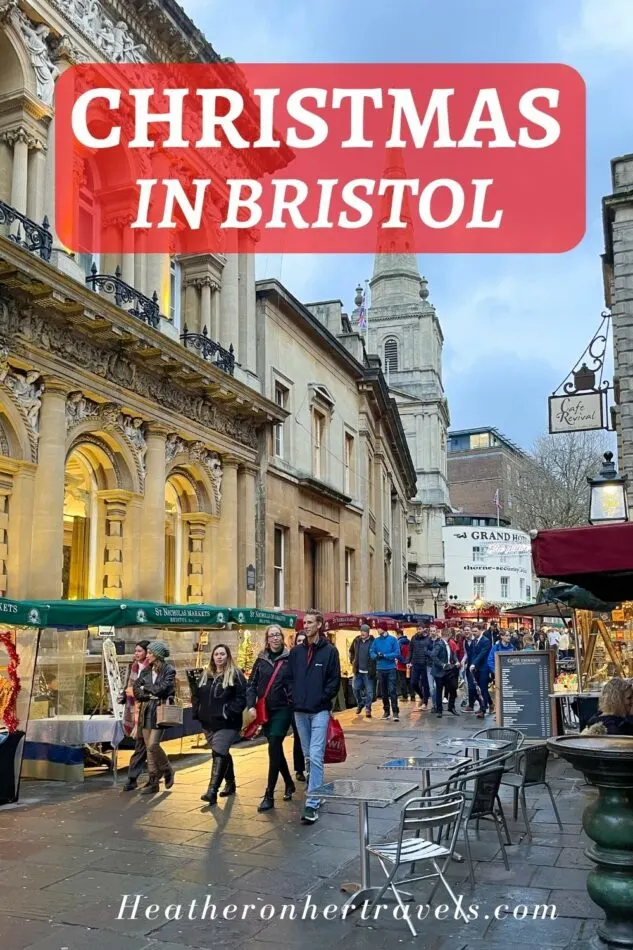
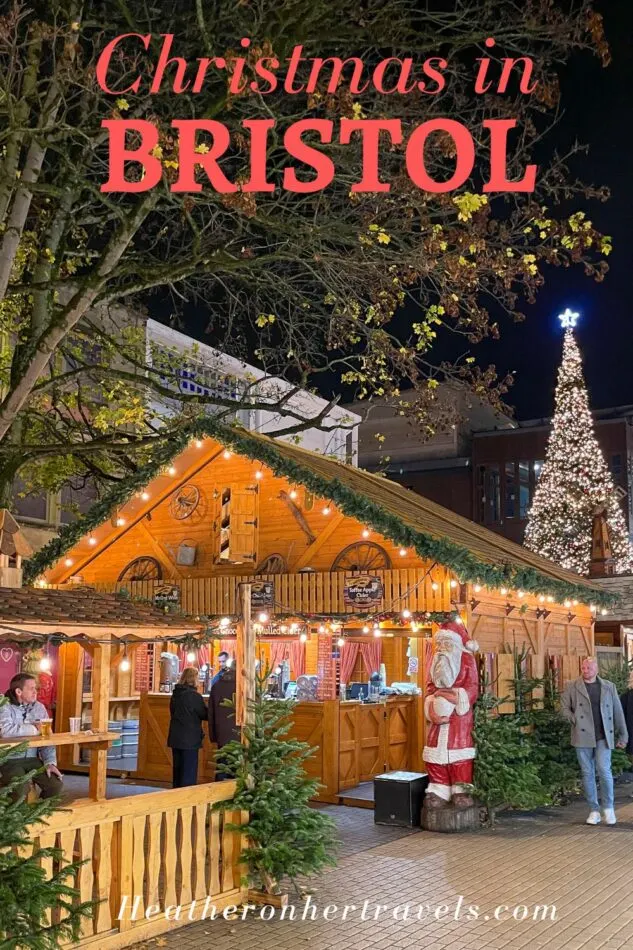


Thanks to Visit Bristol for hosting* some of the activities mentioned in Bristol
* More info on my policies page
This article is originally published at Heatheronhertravels.com




